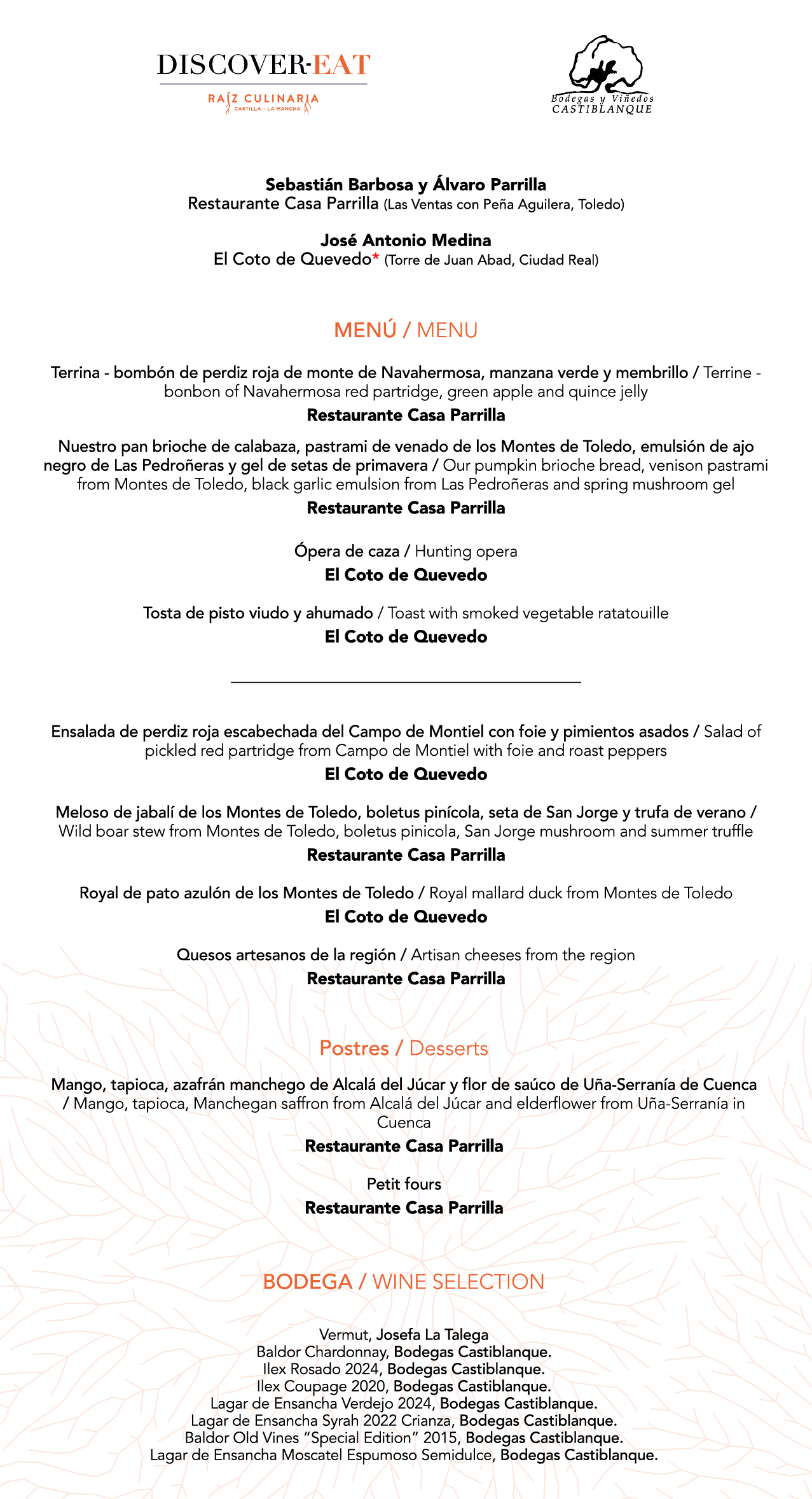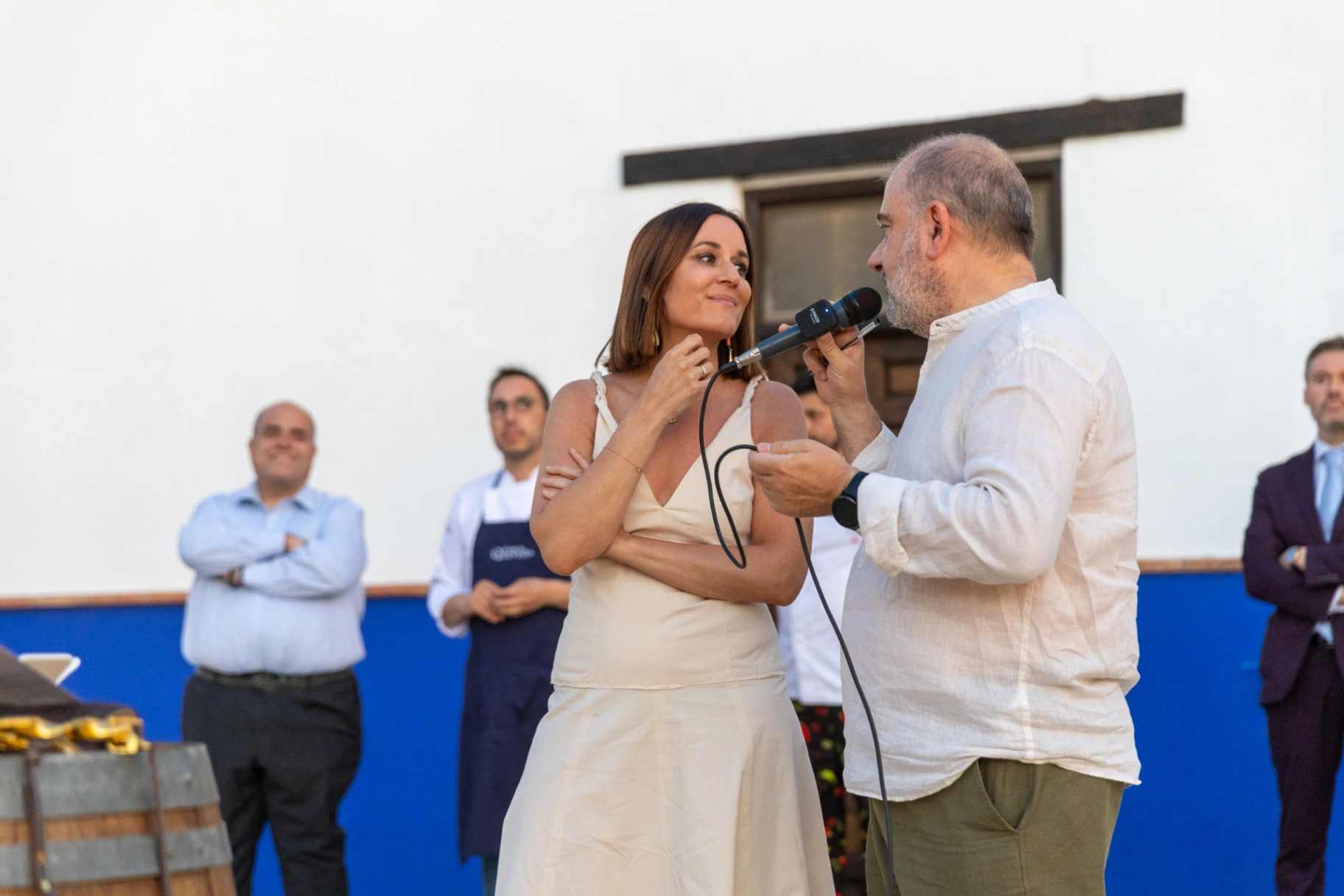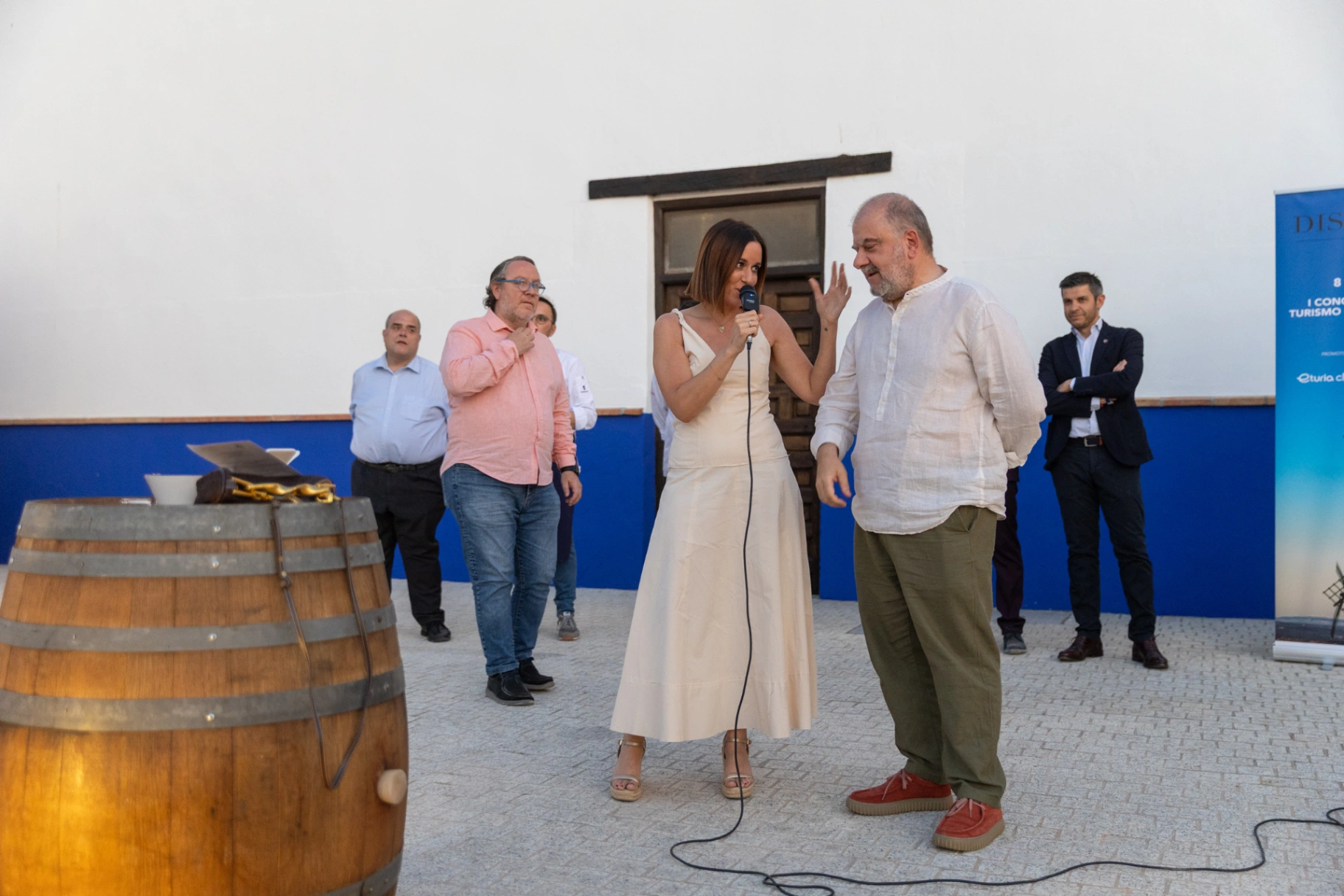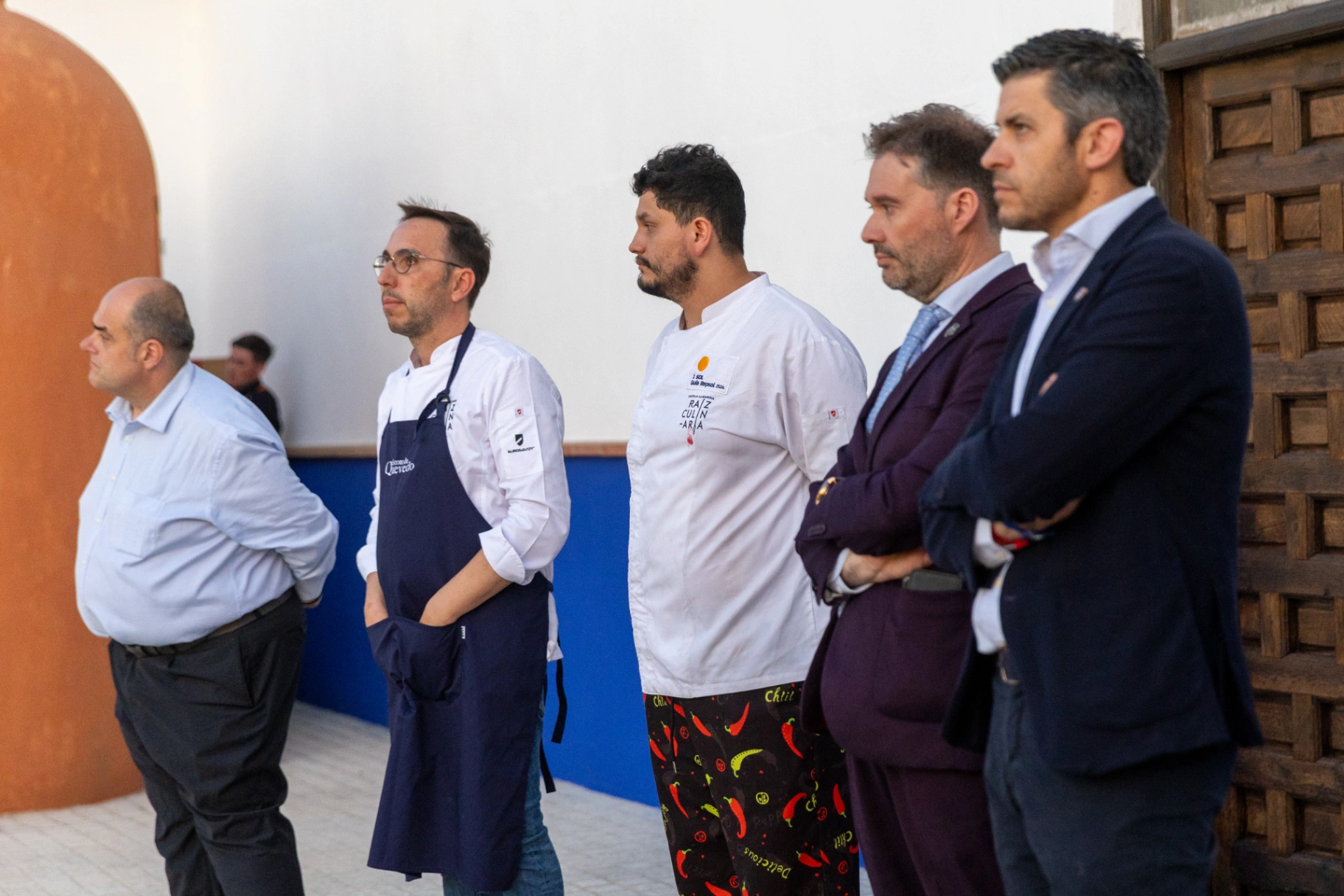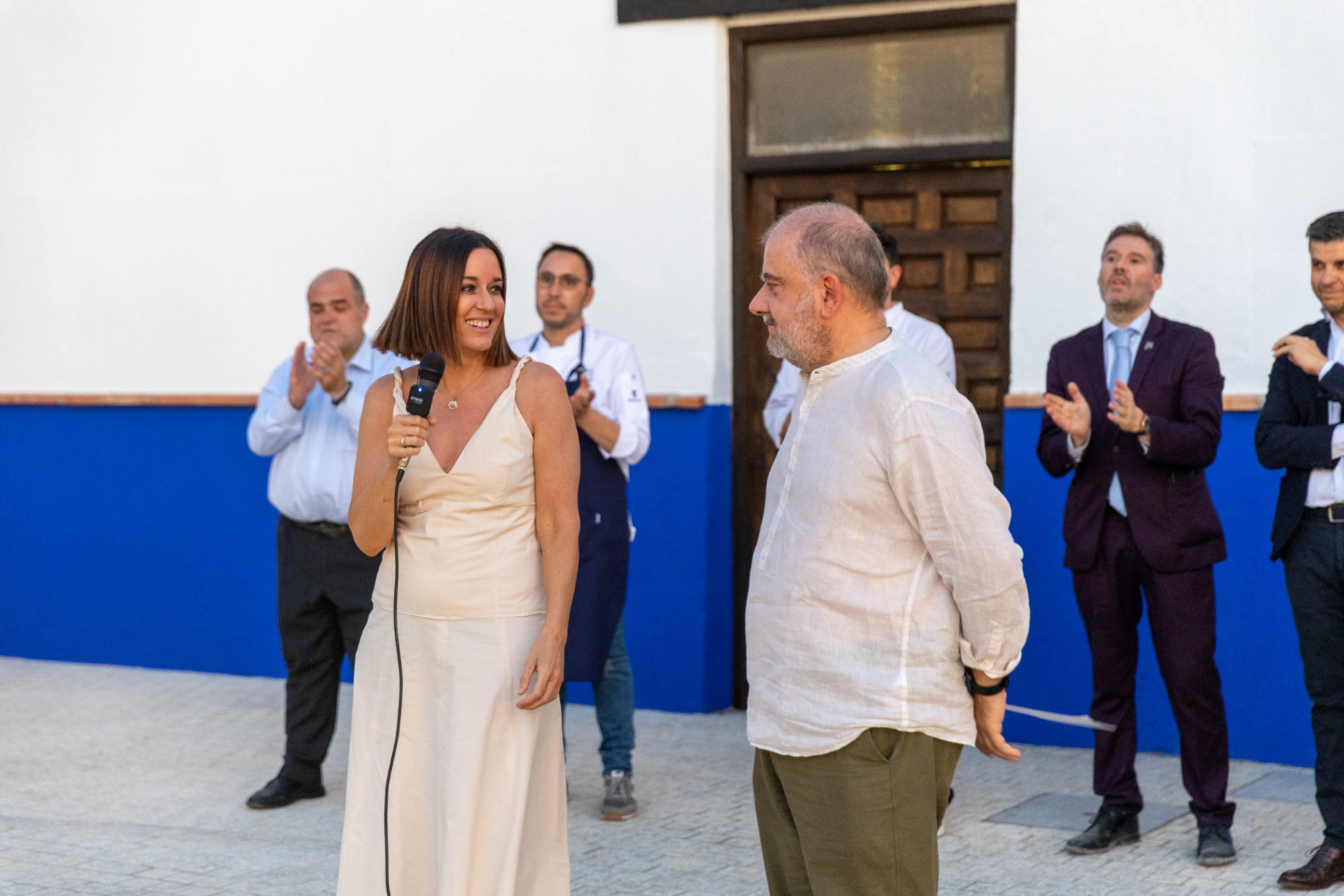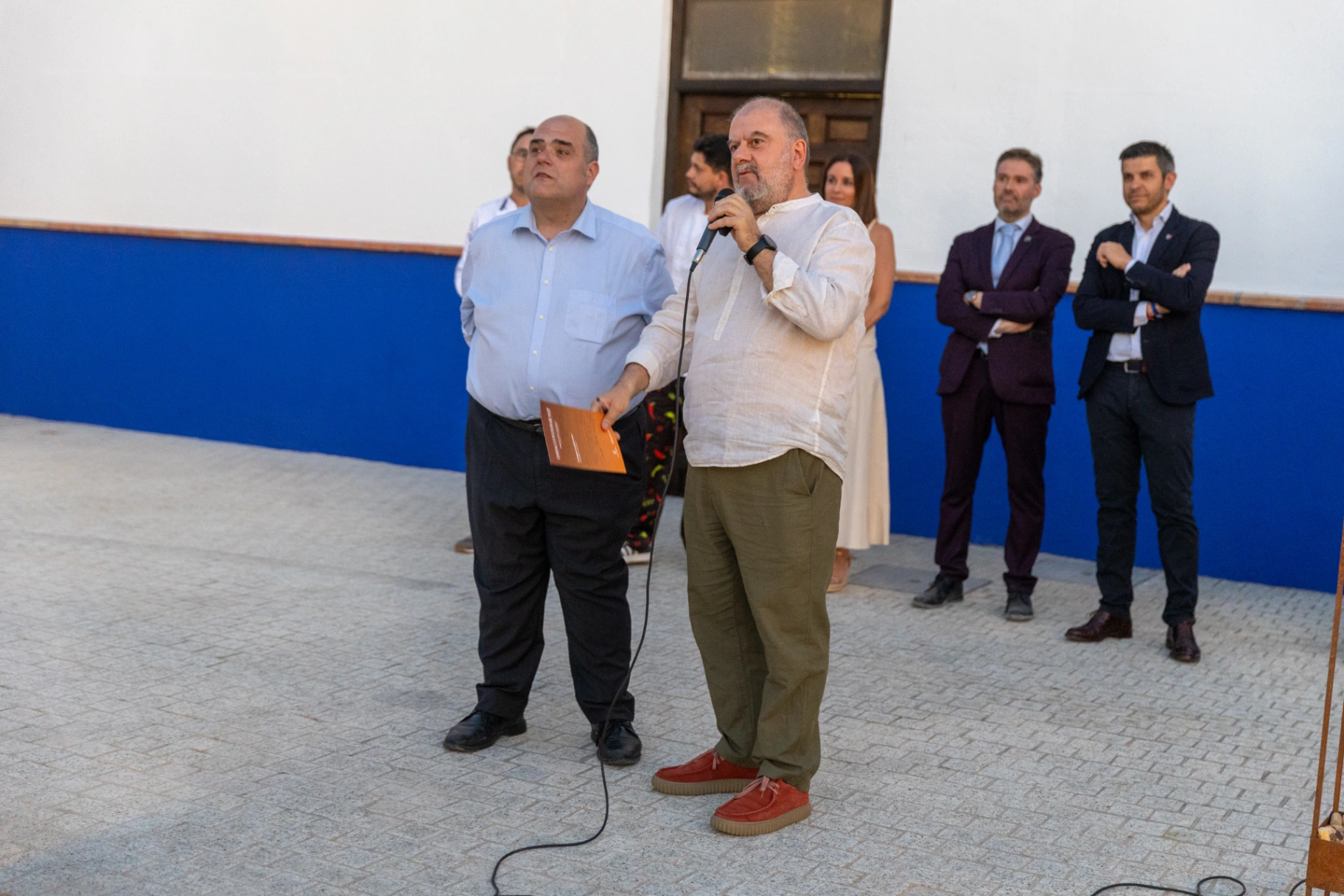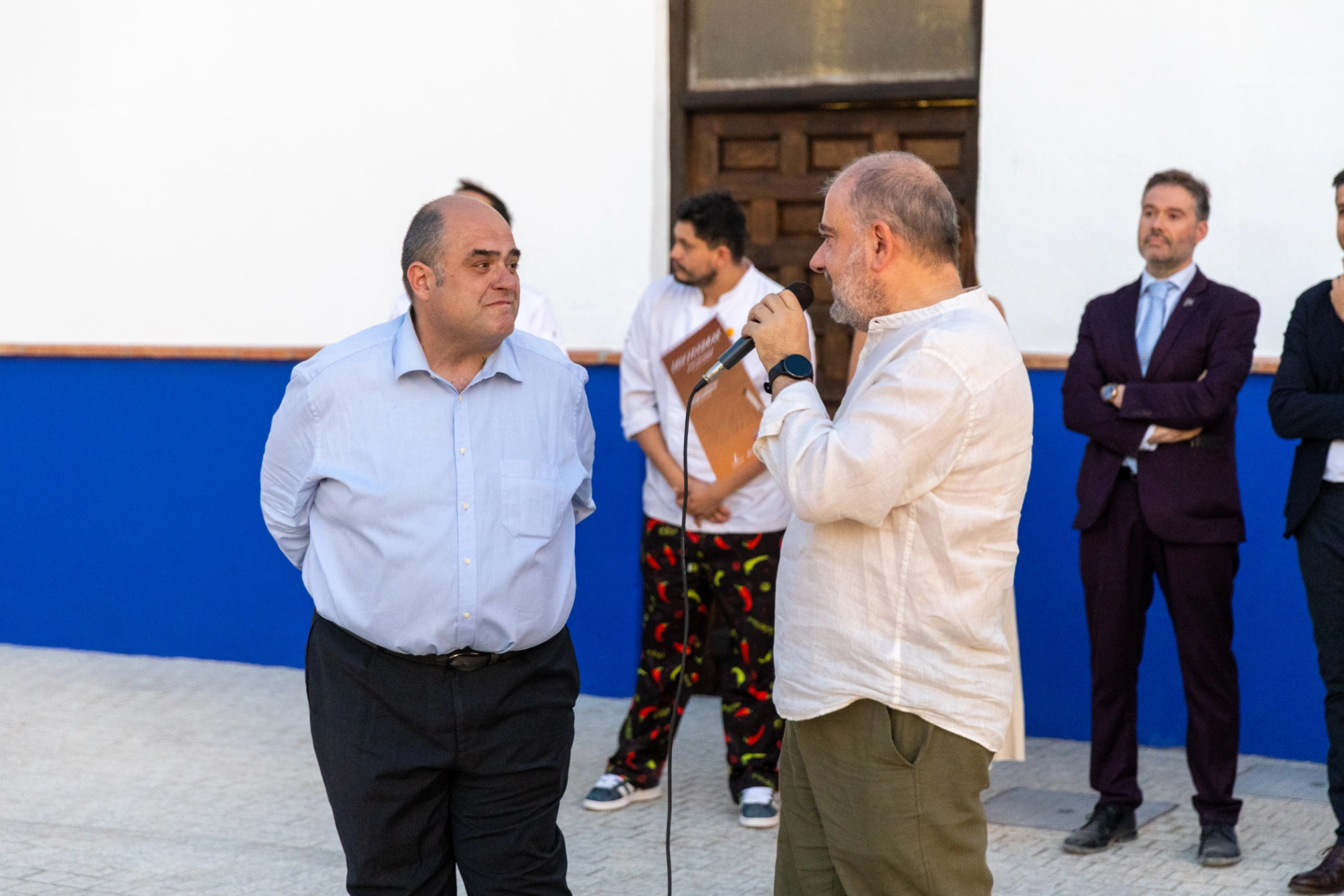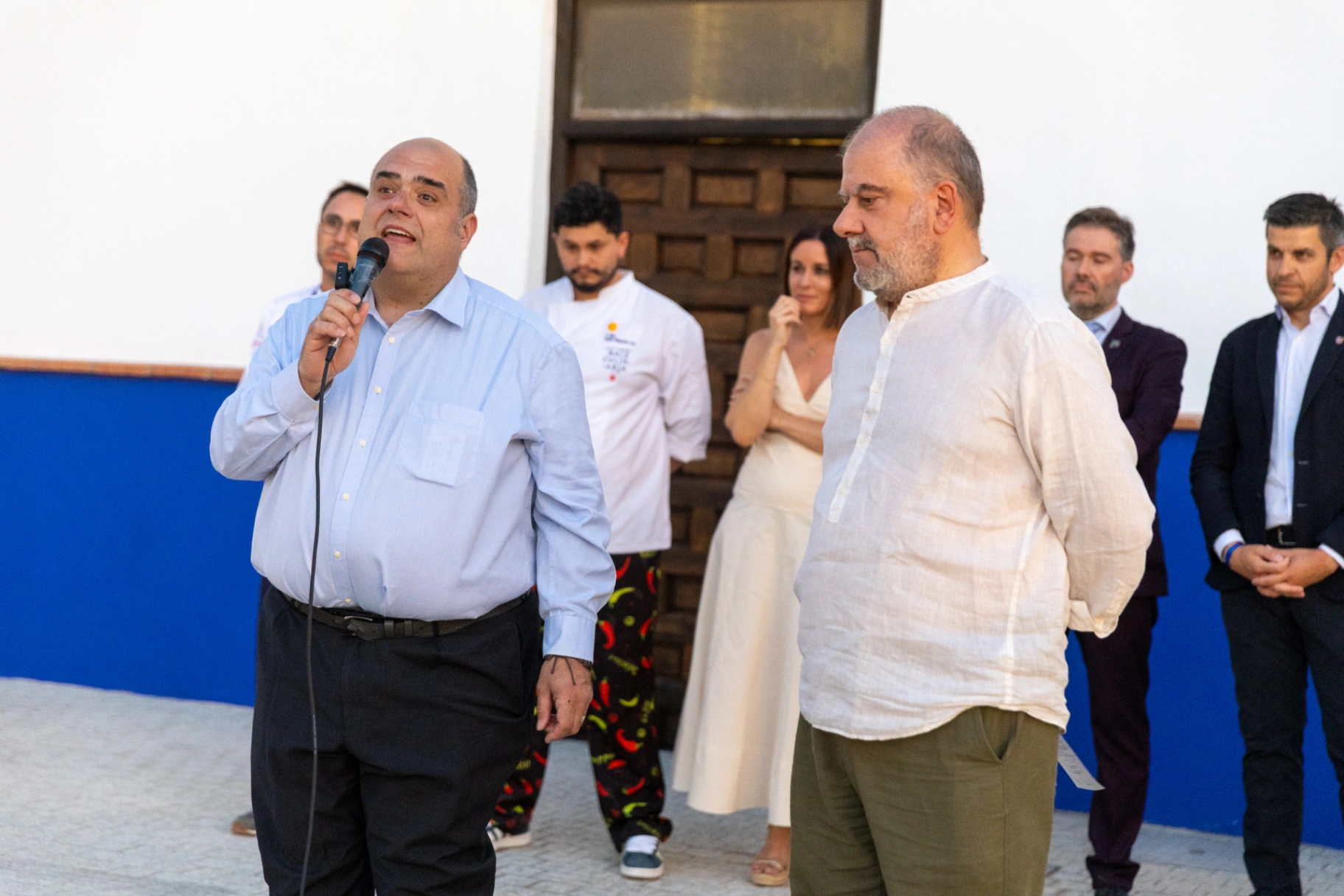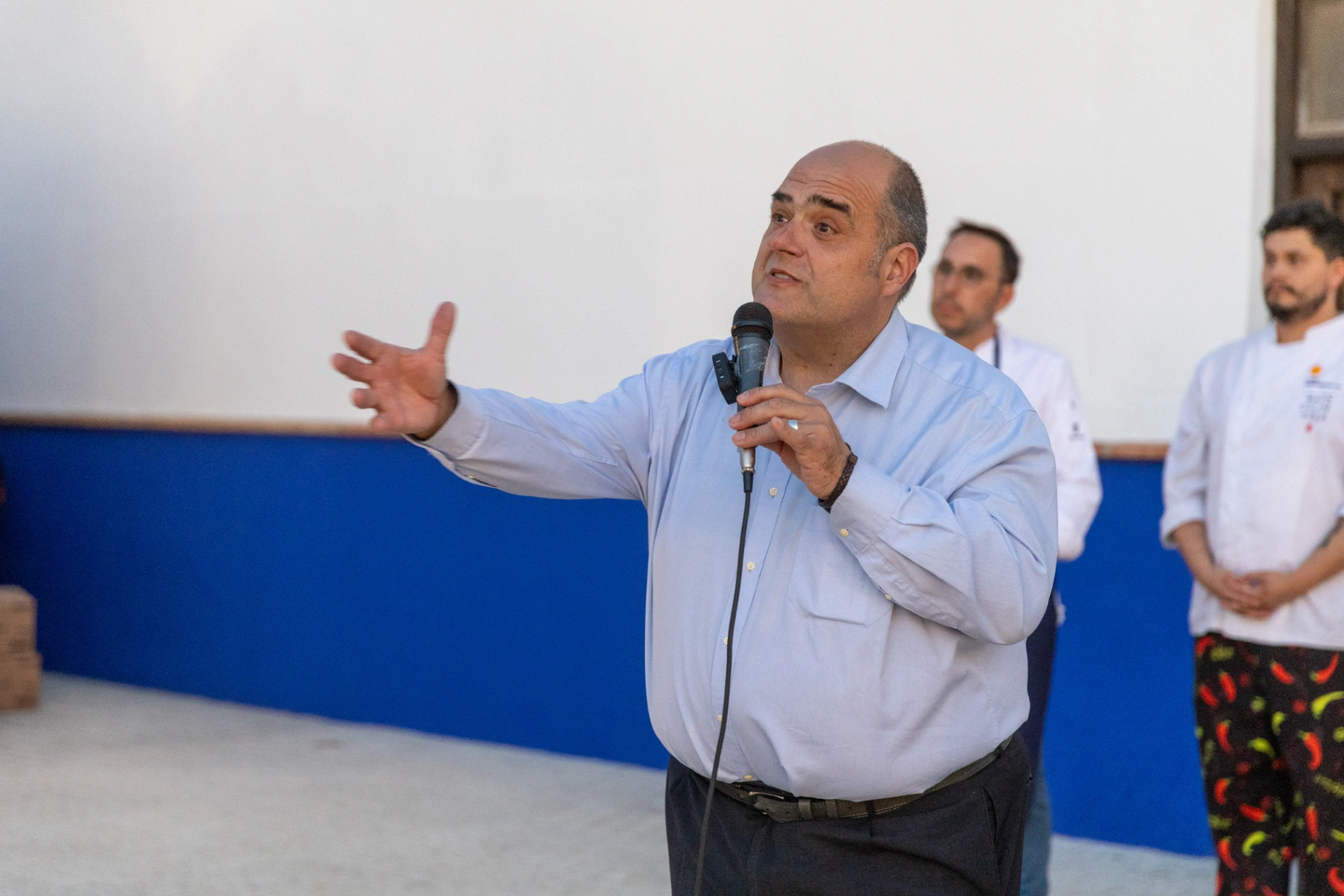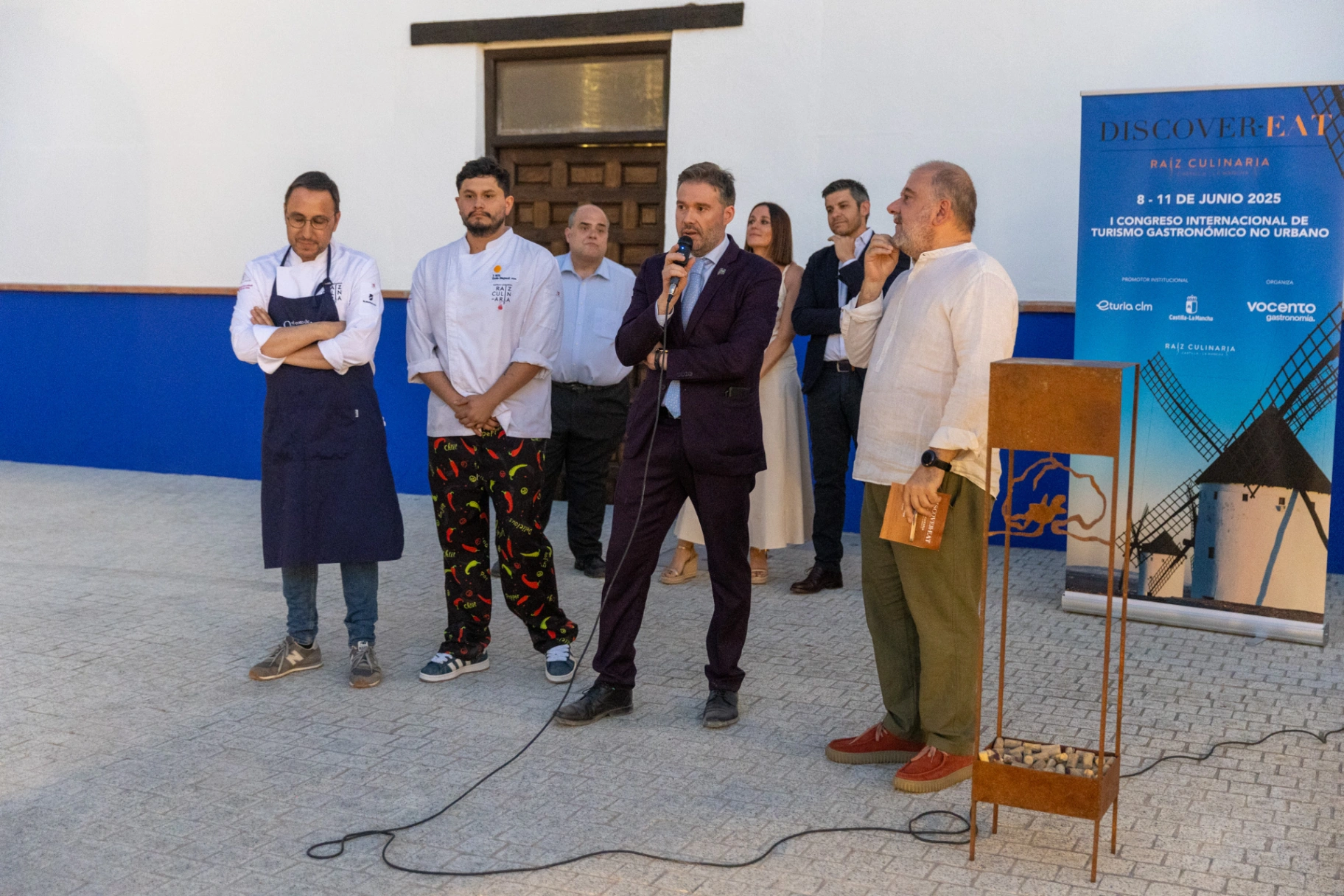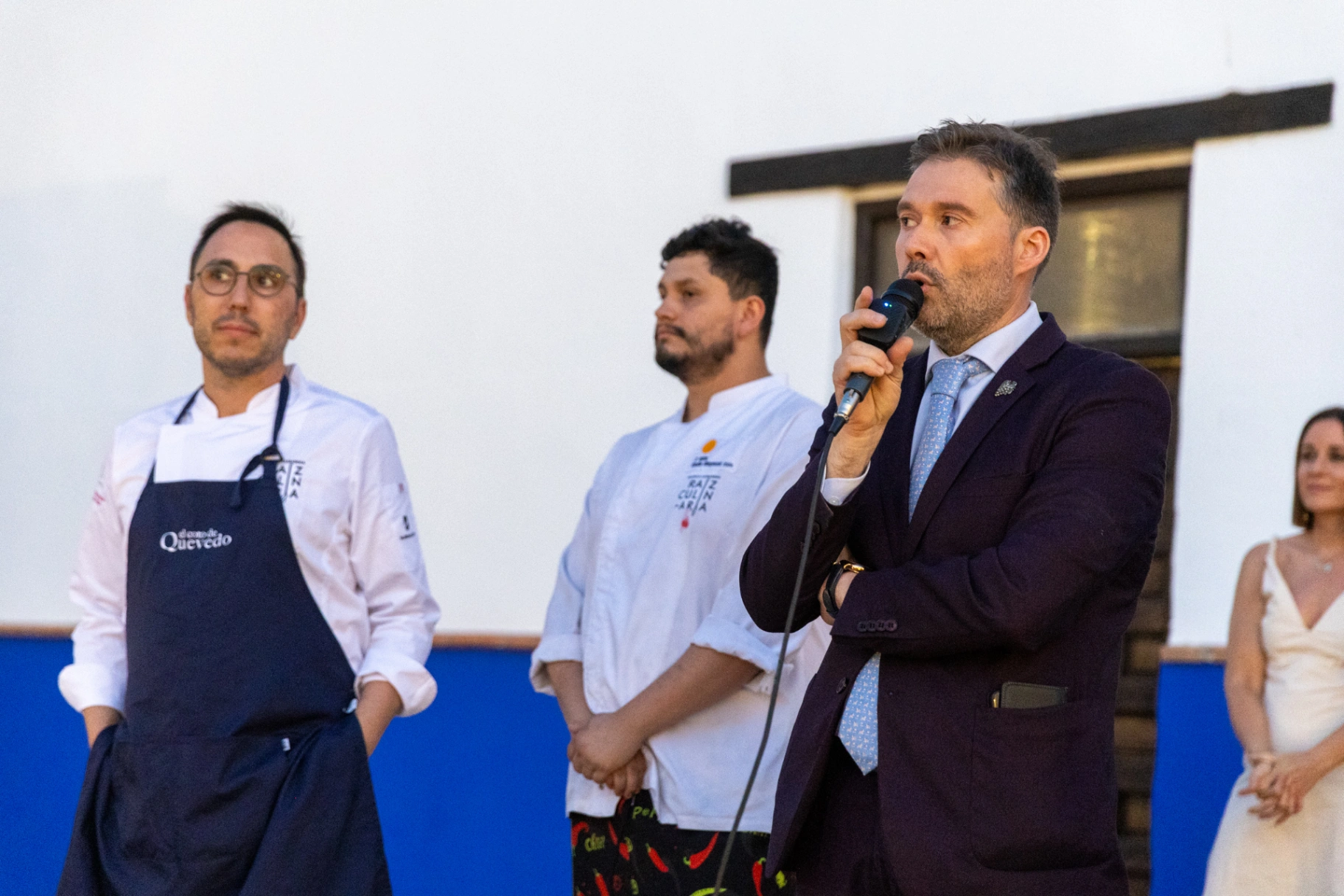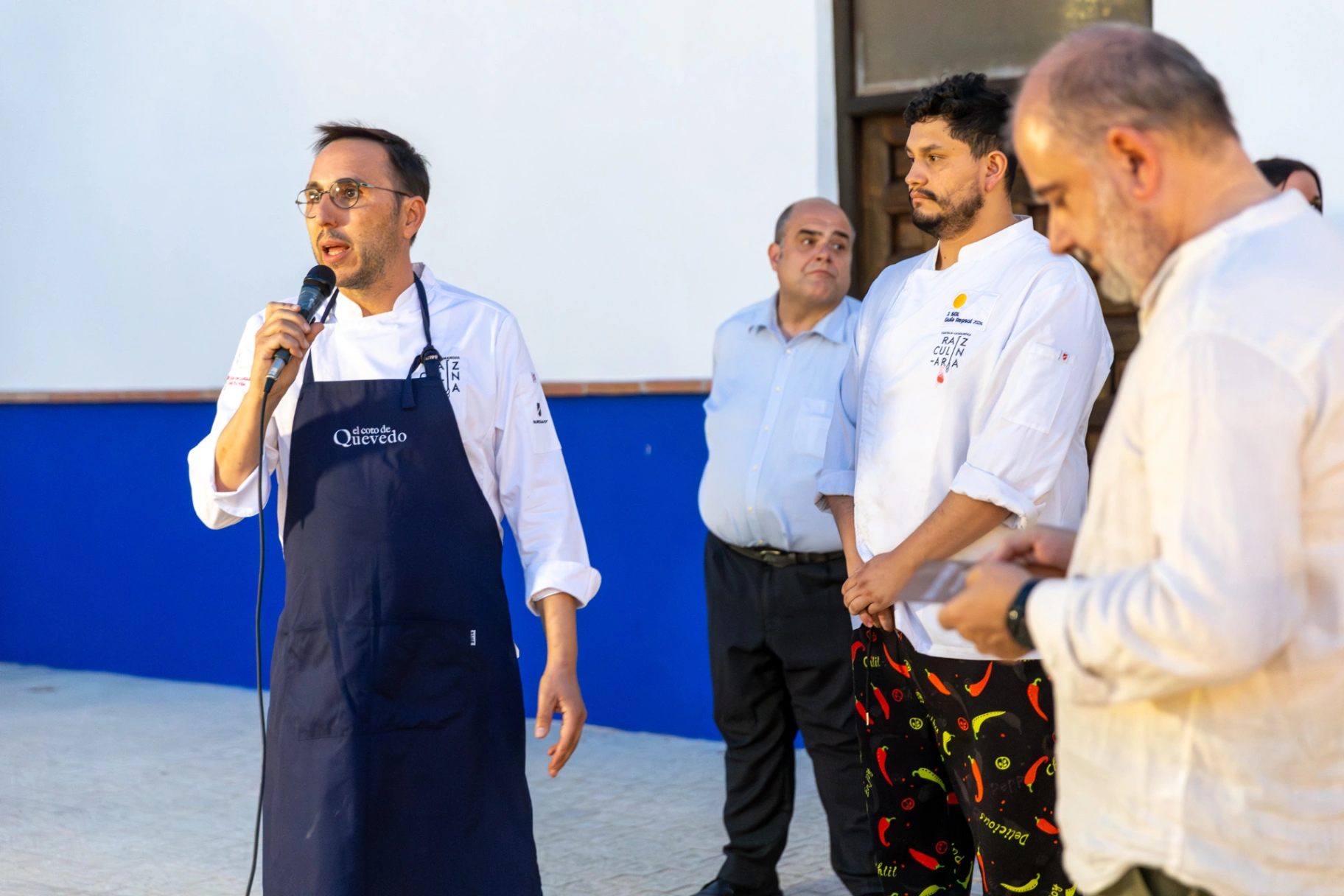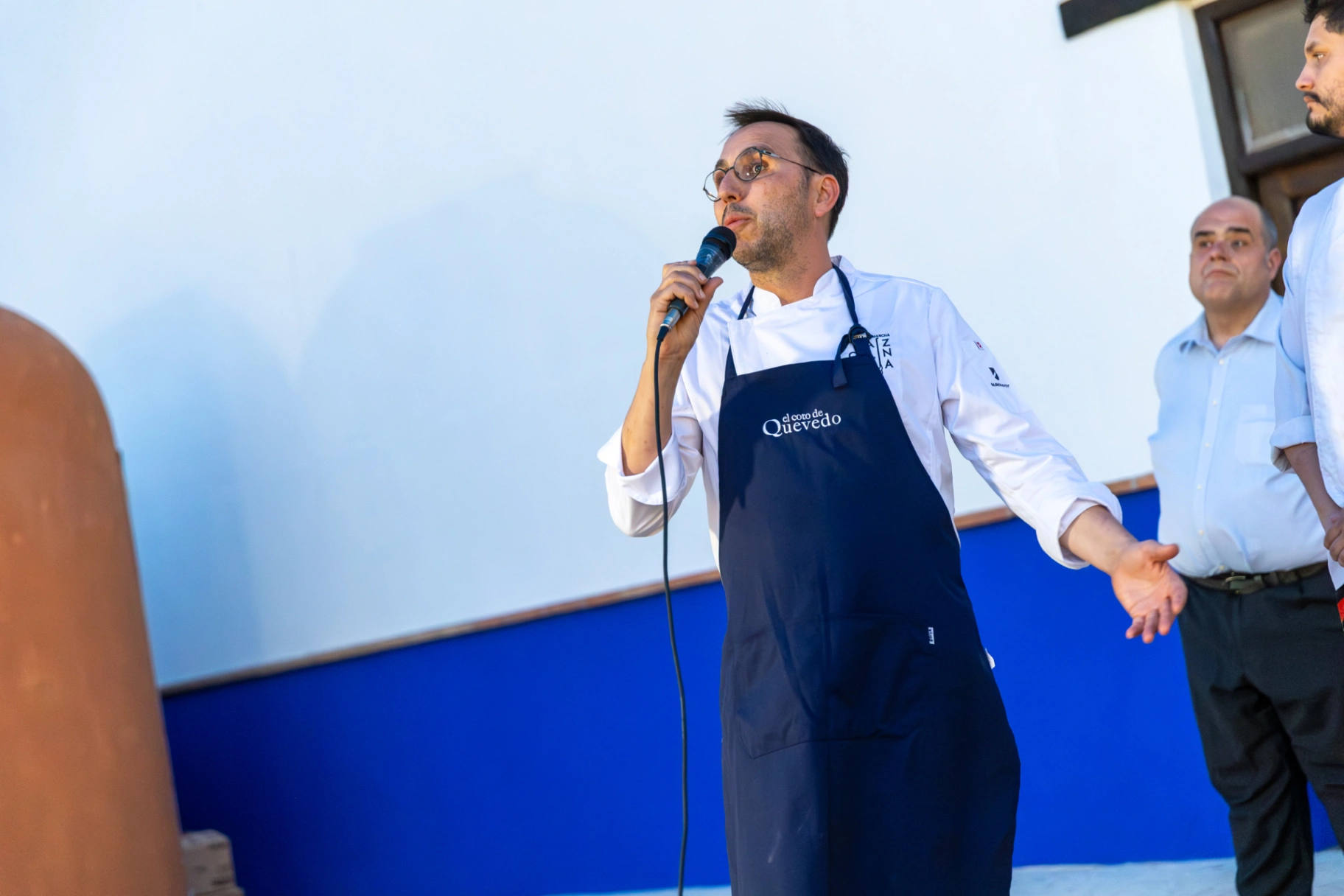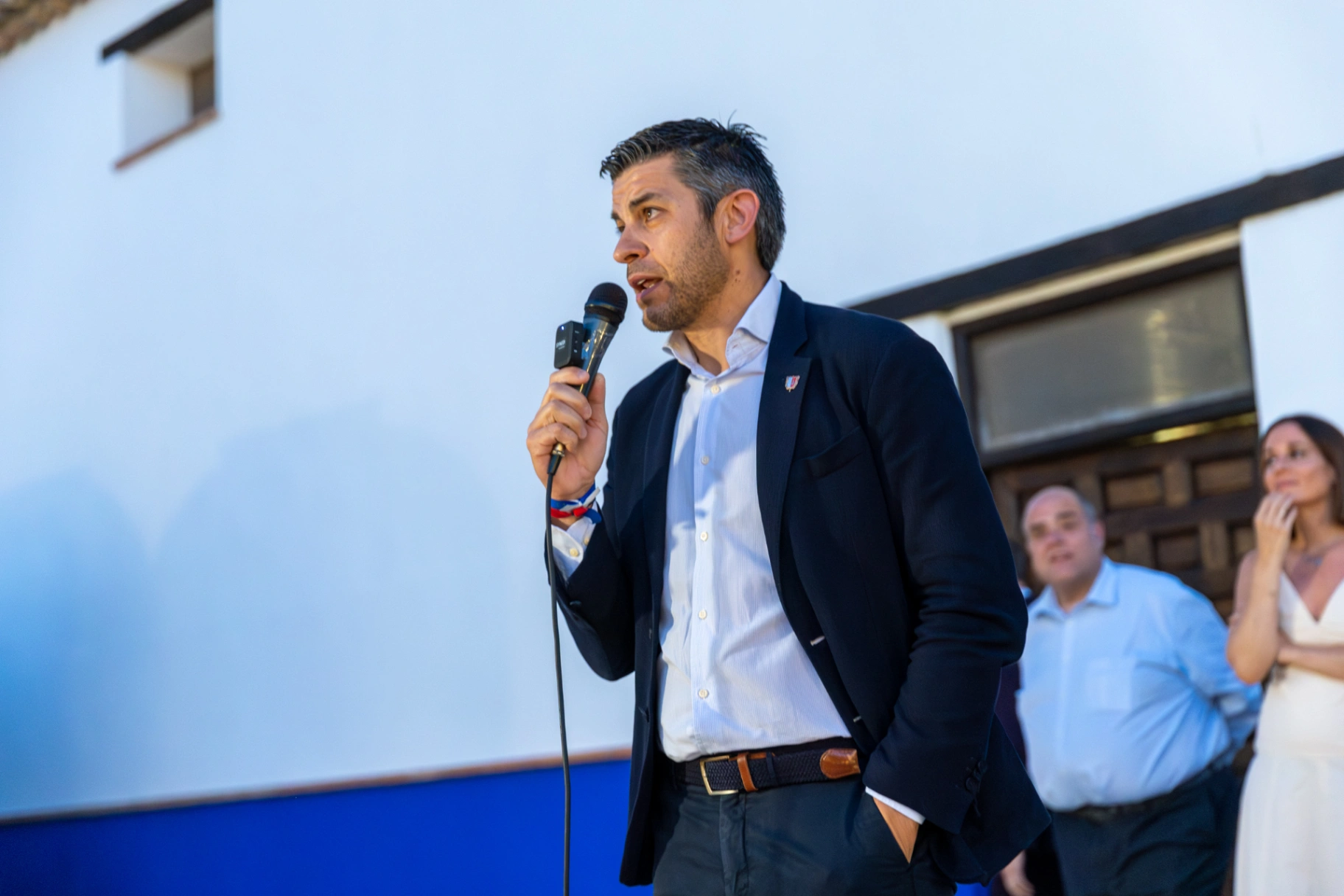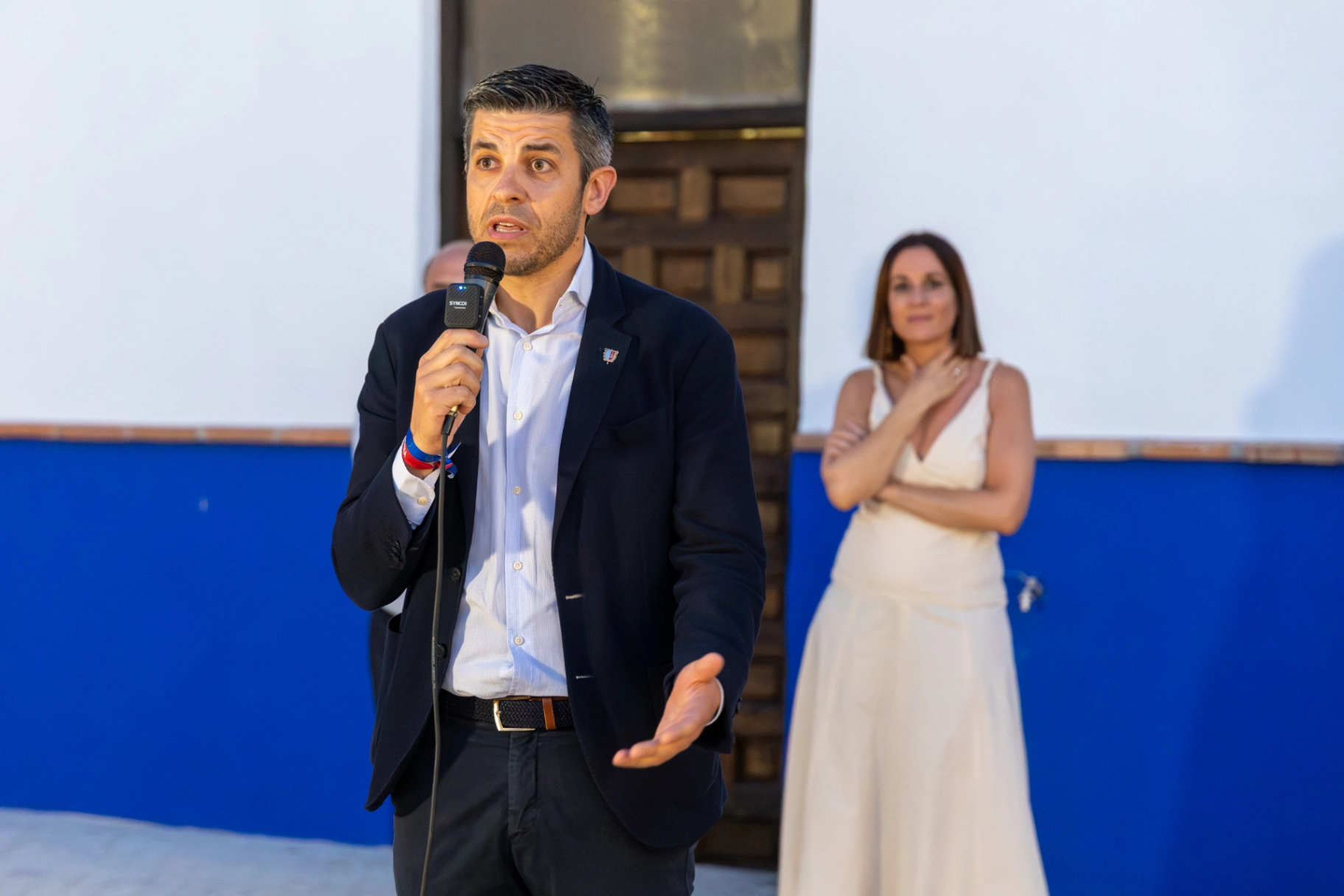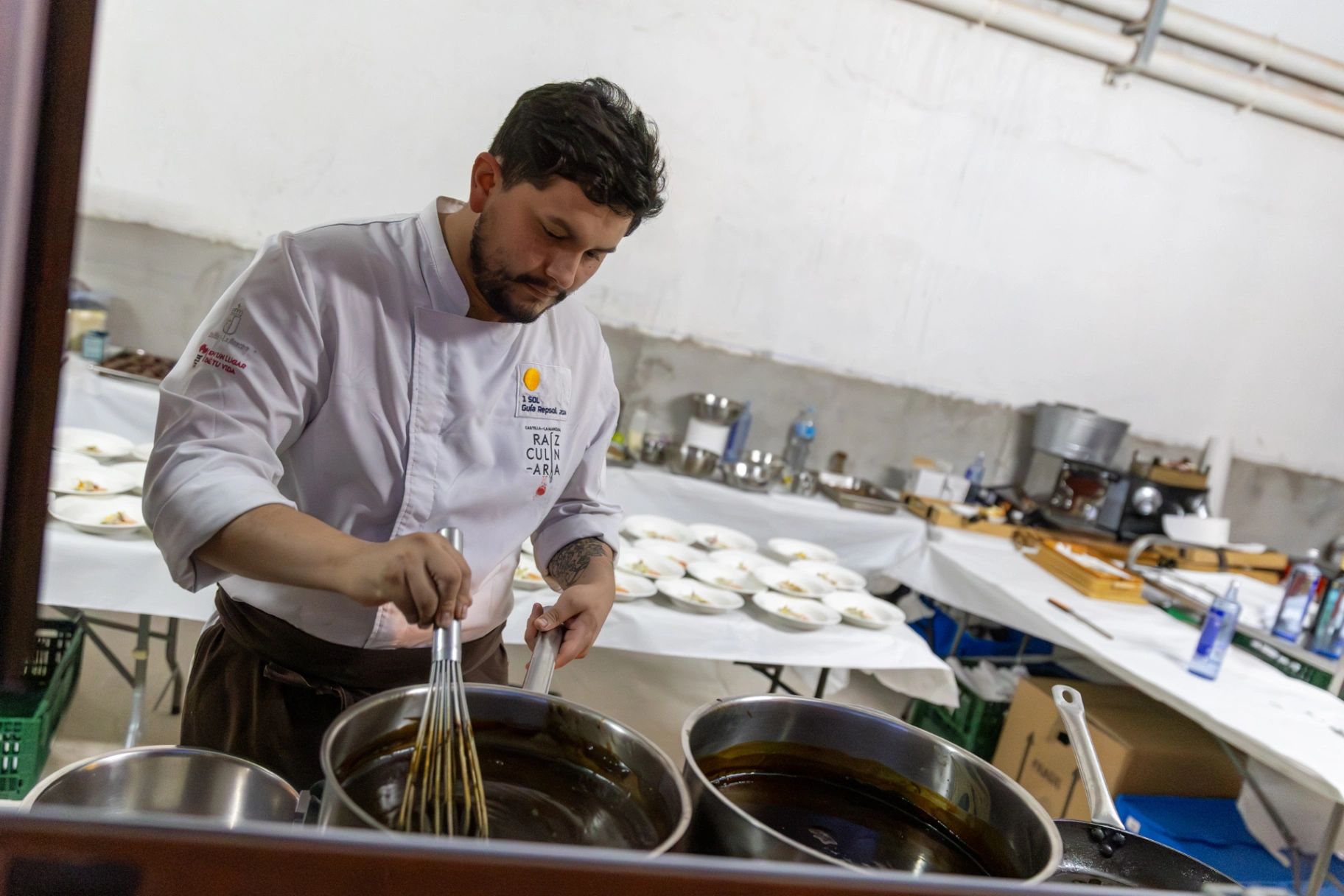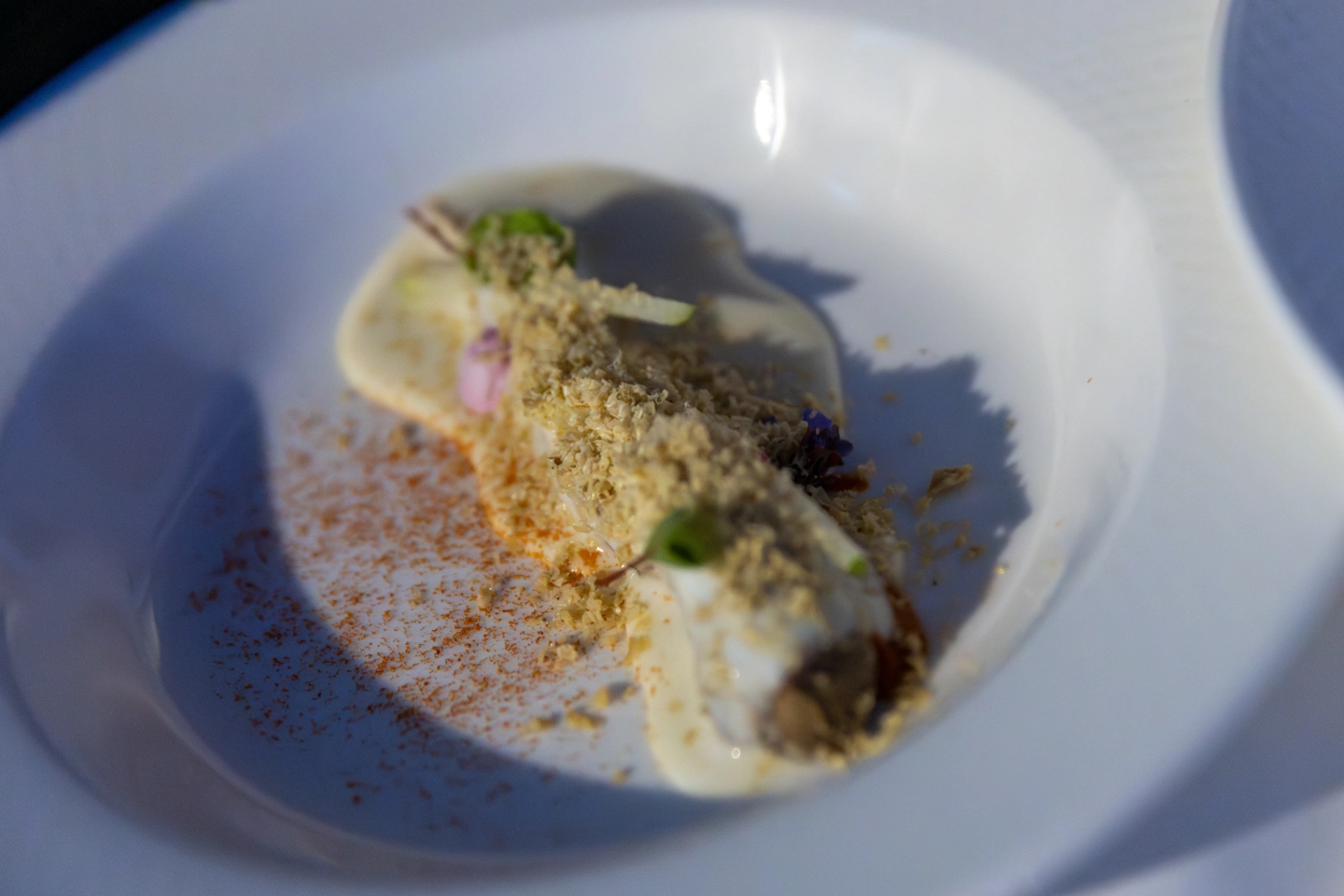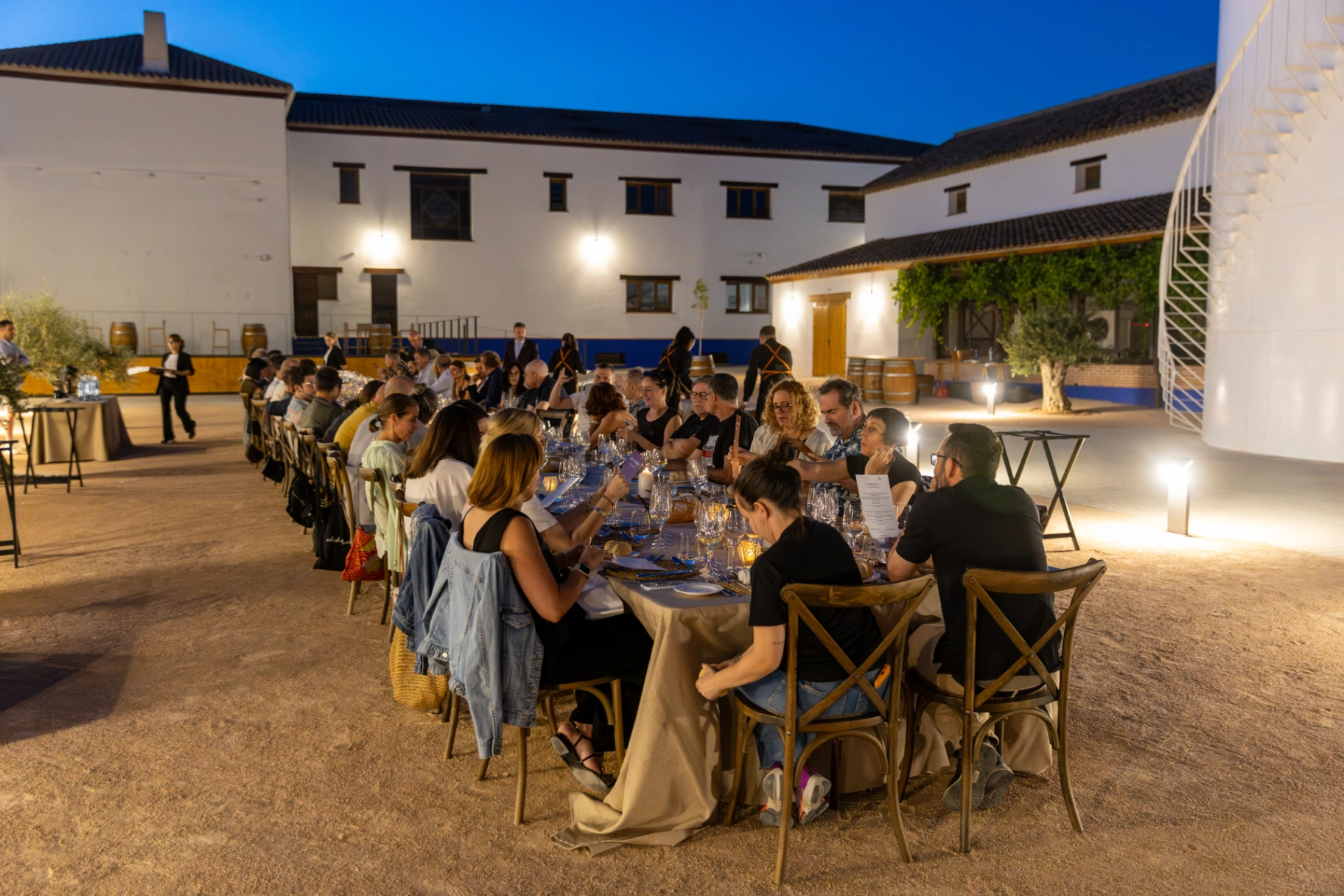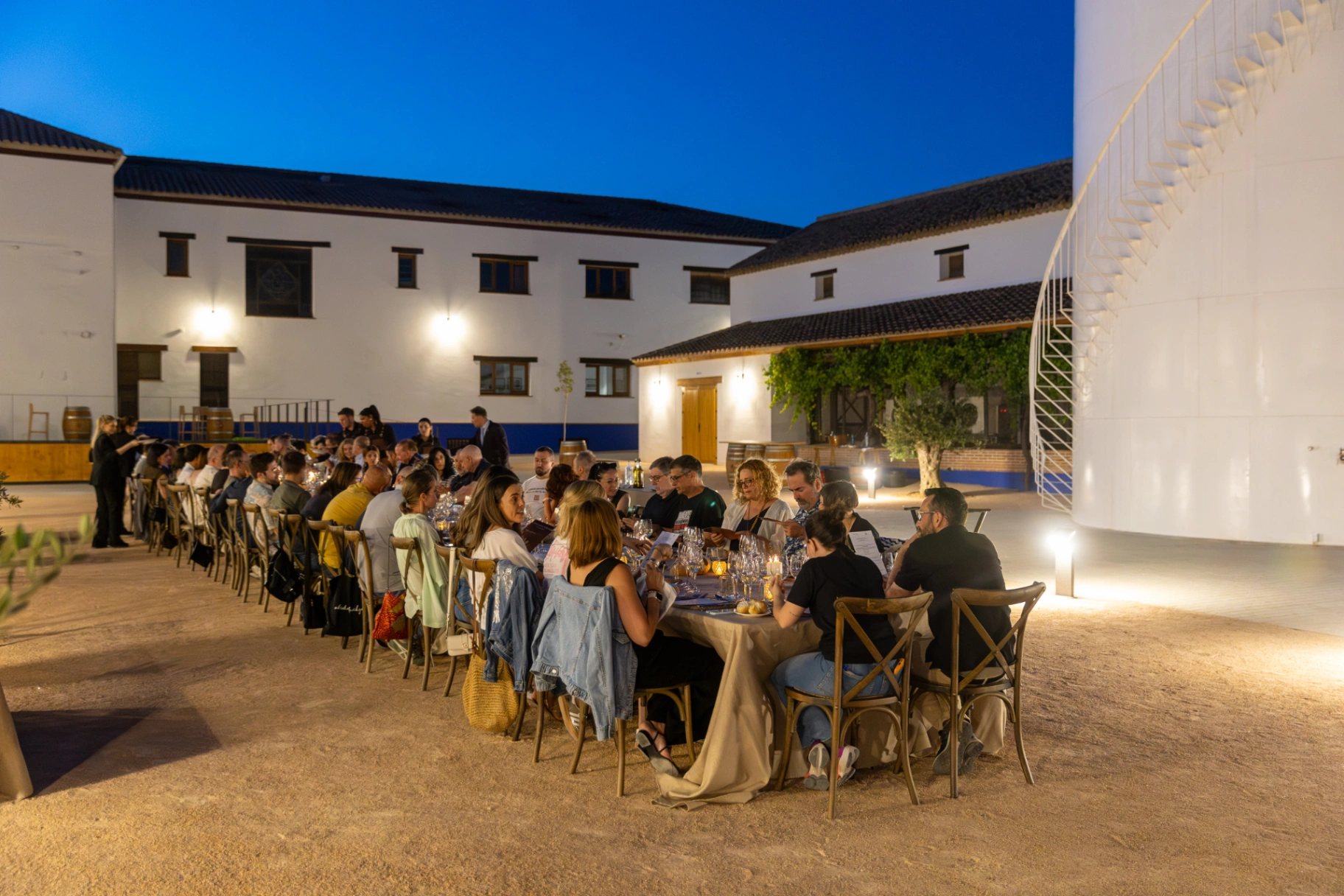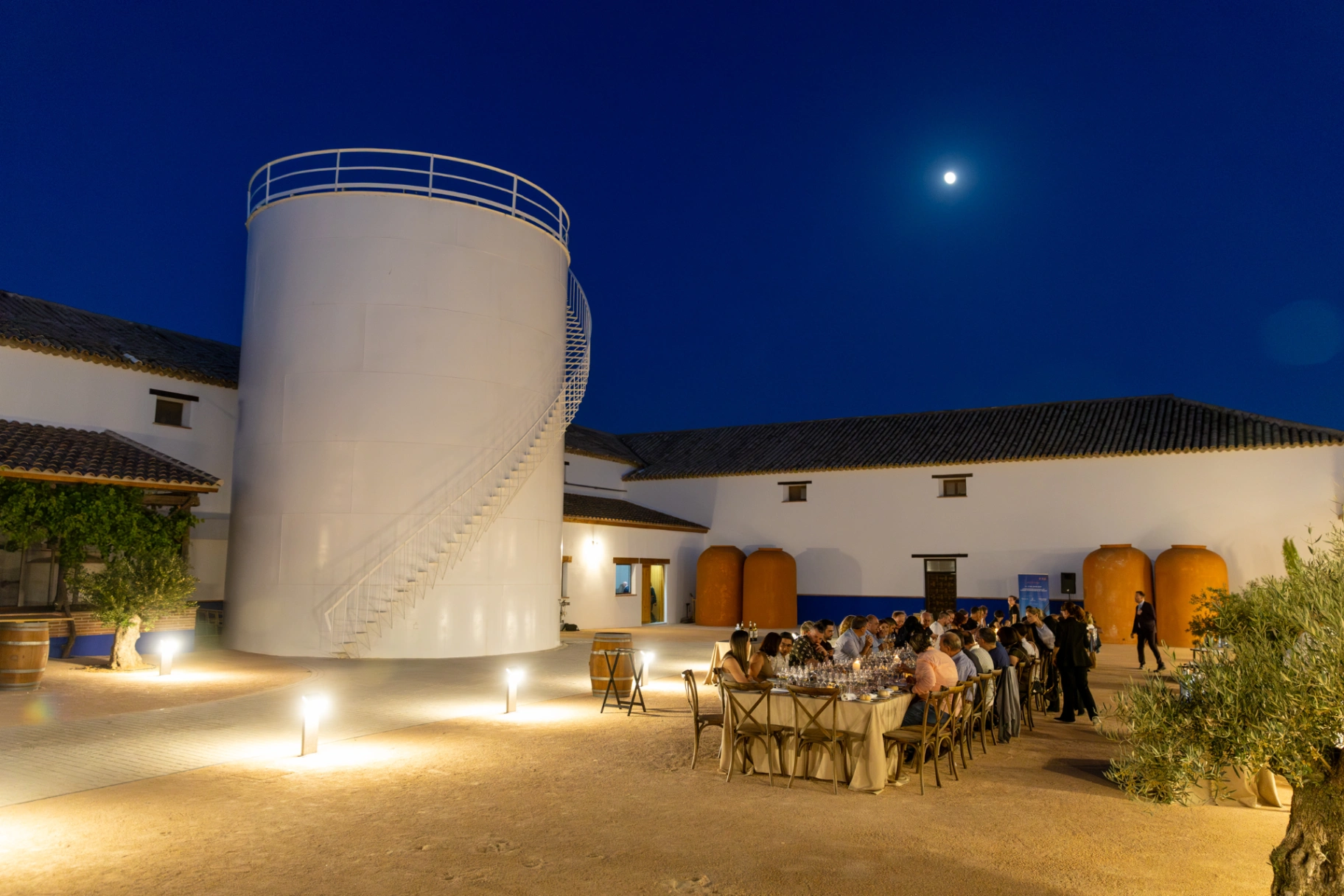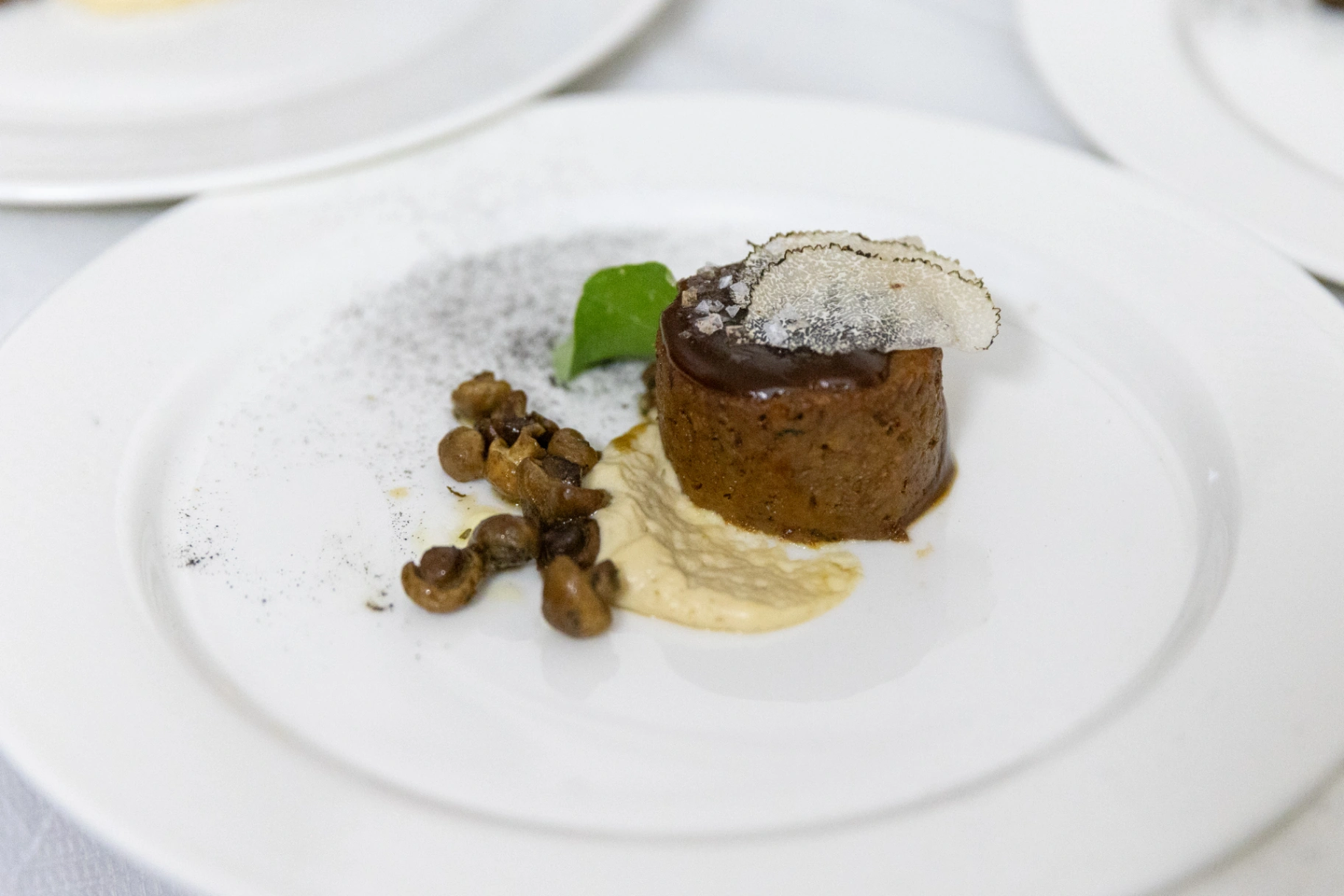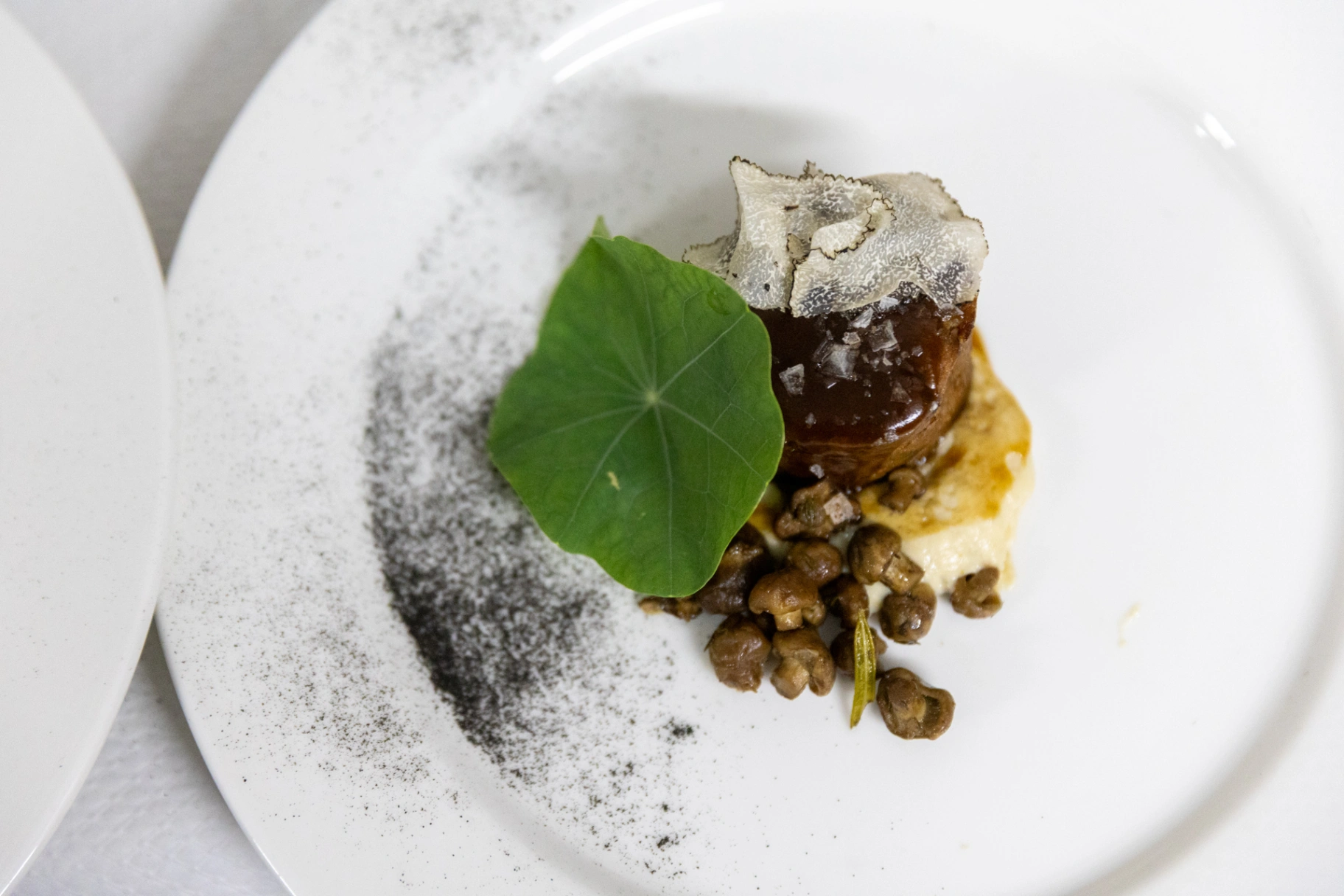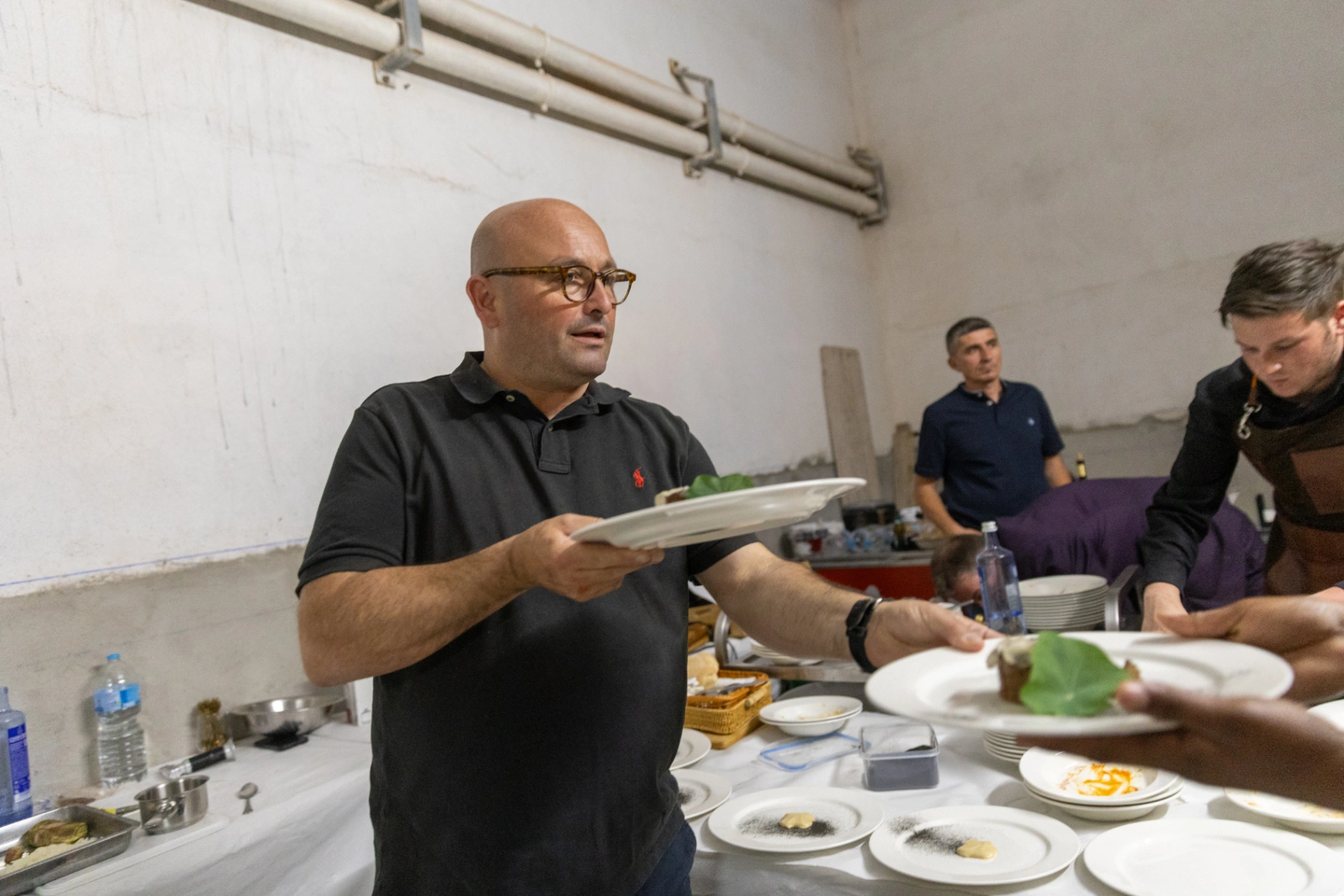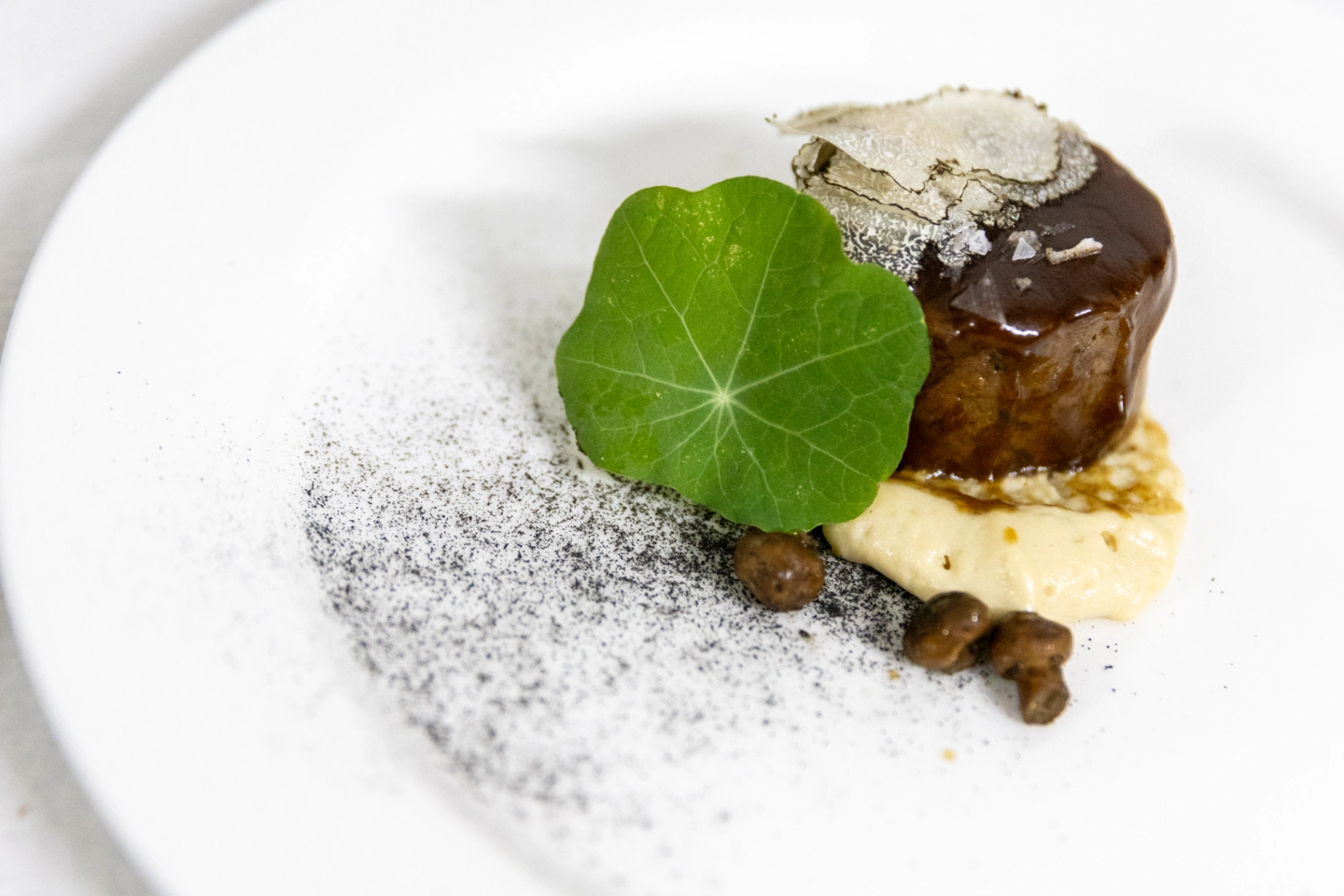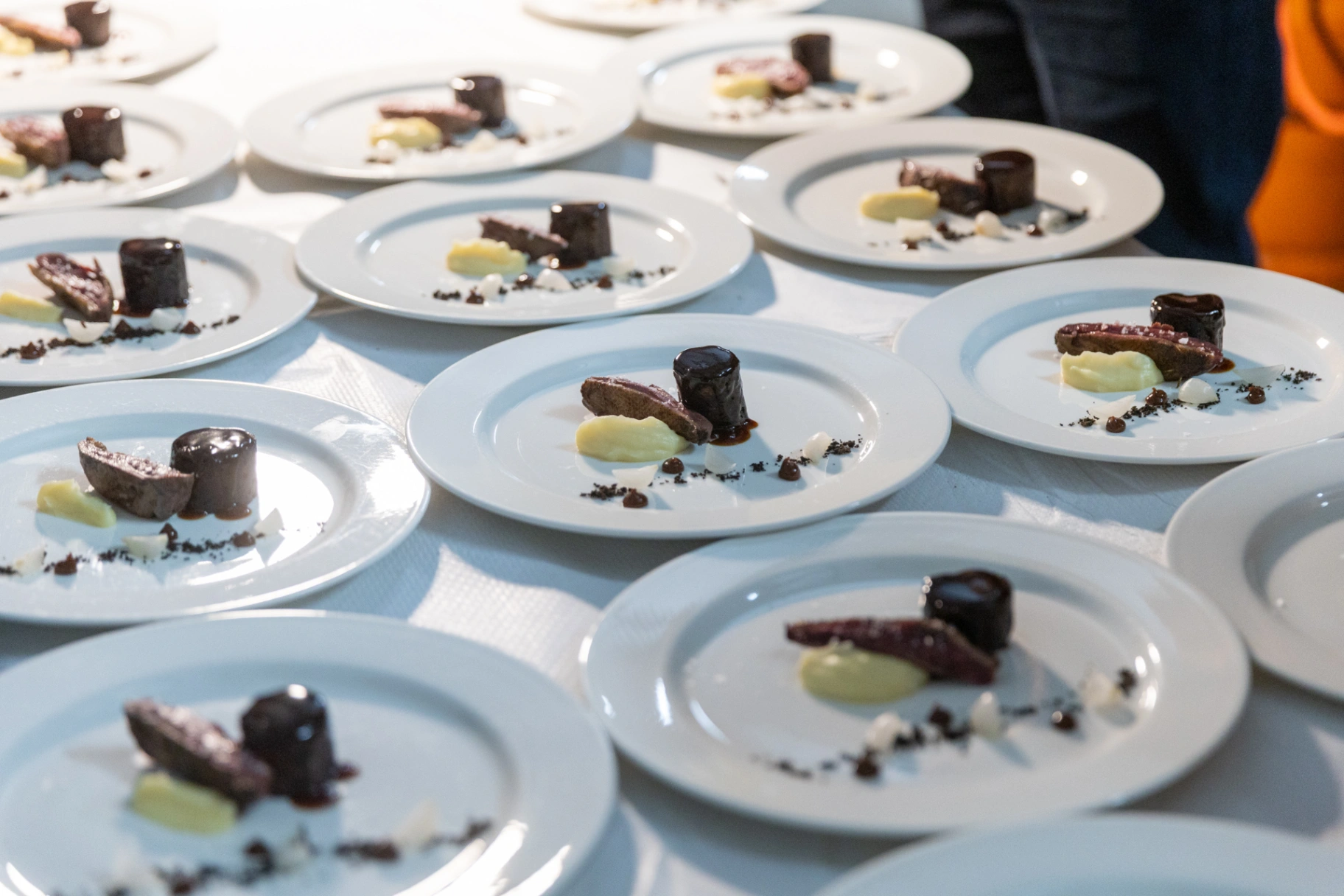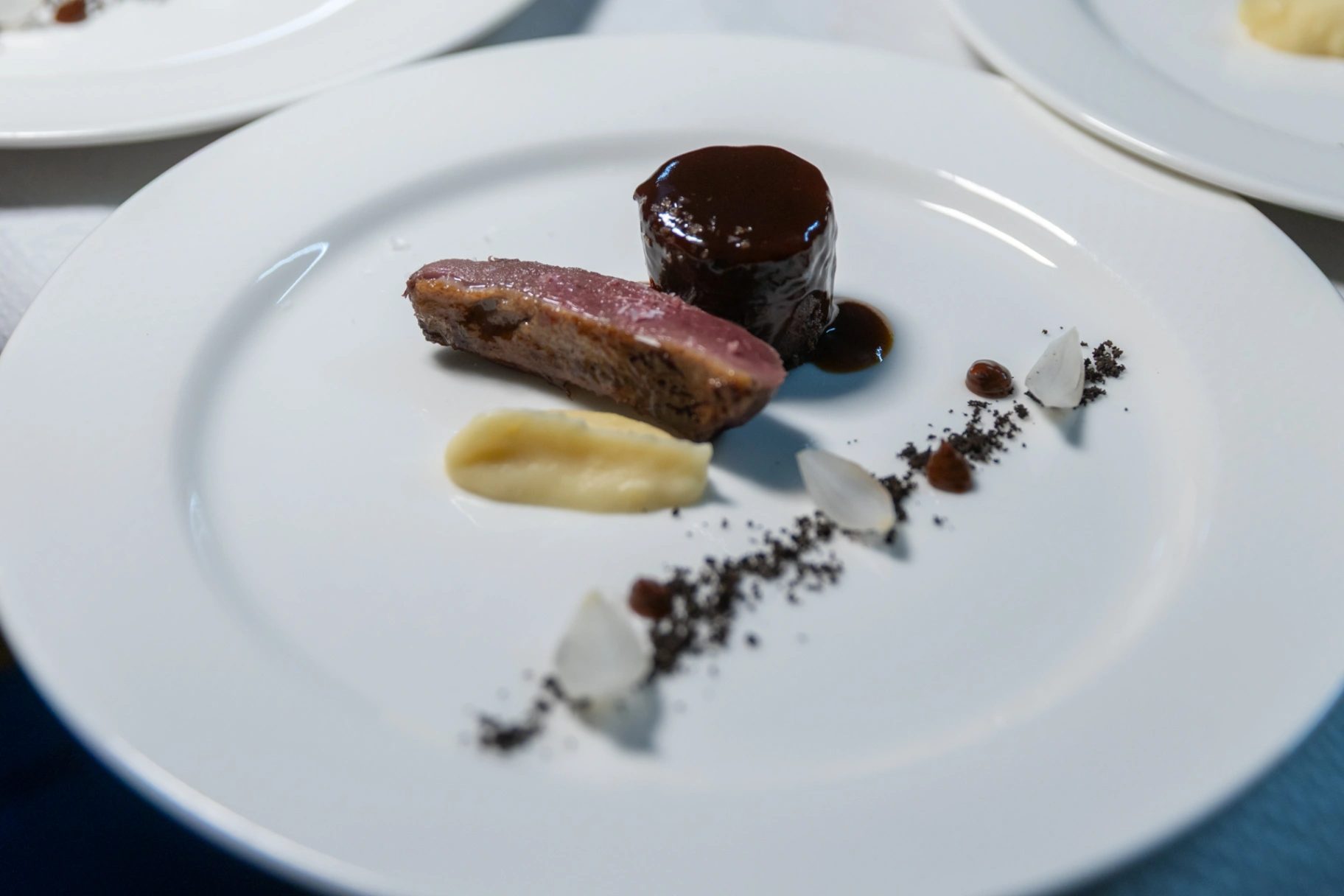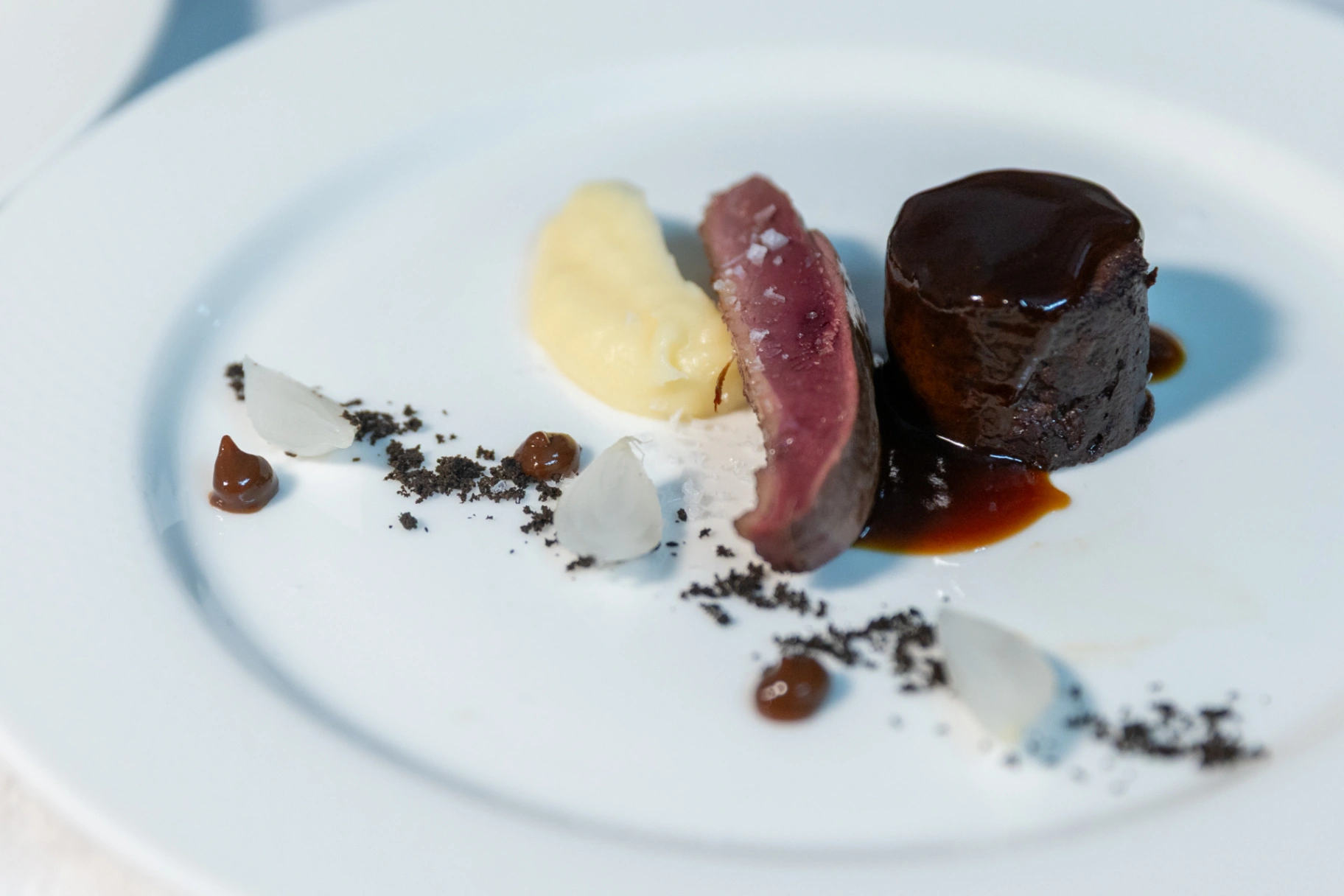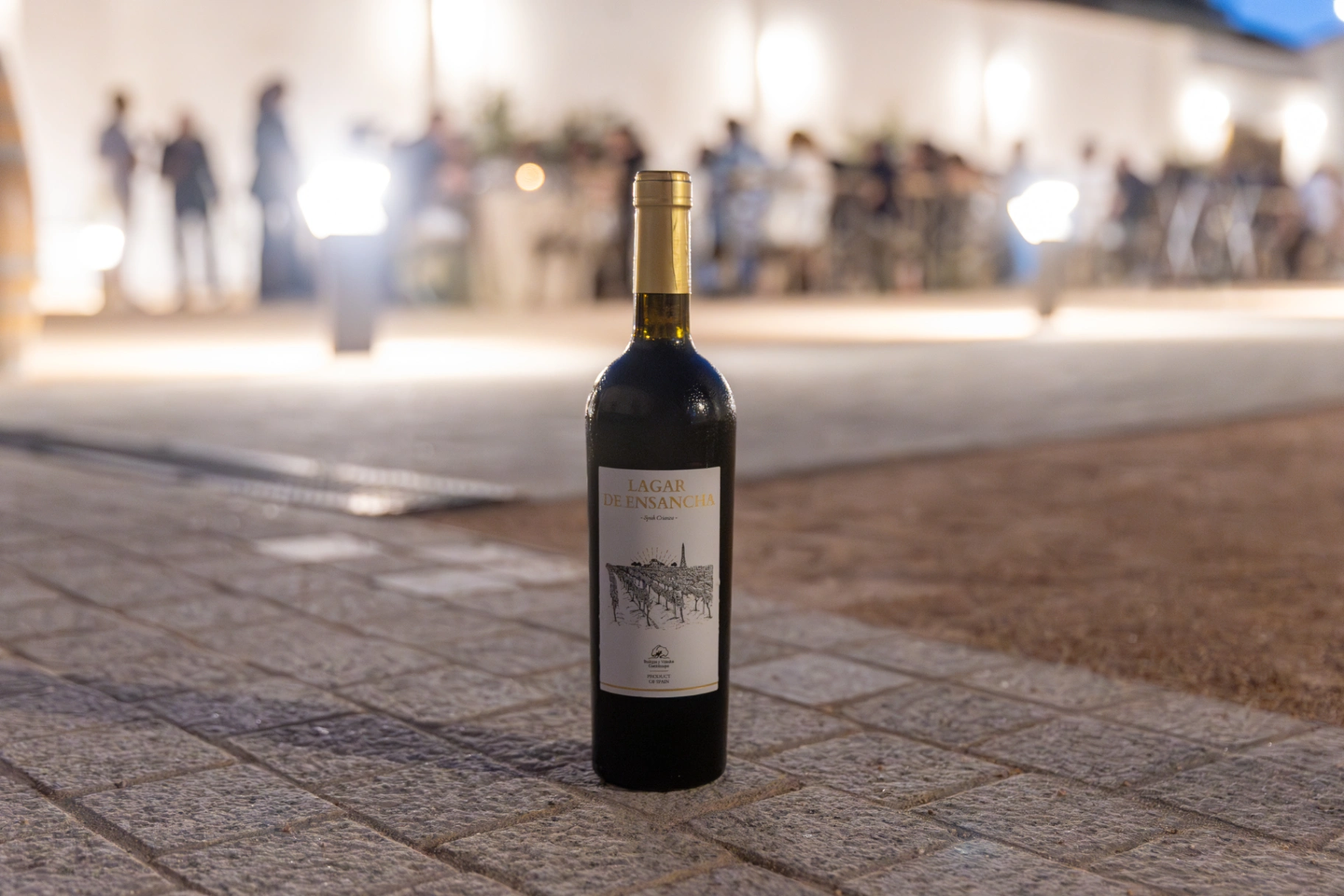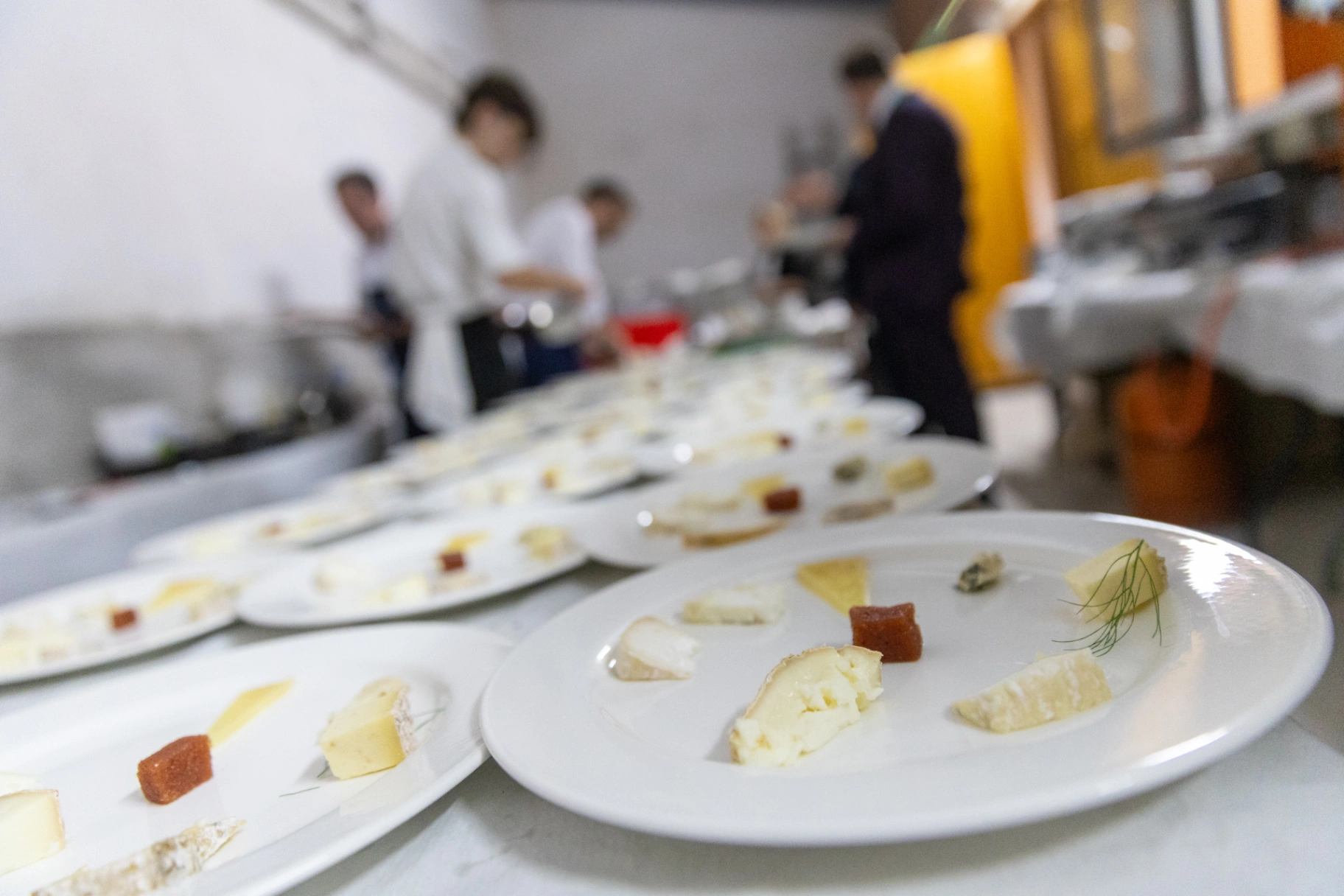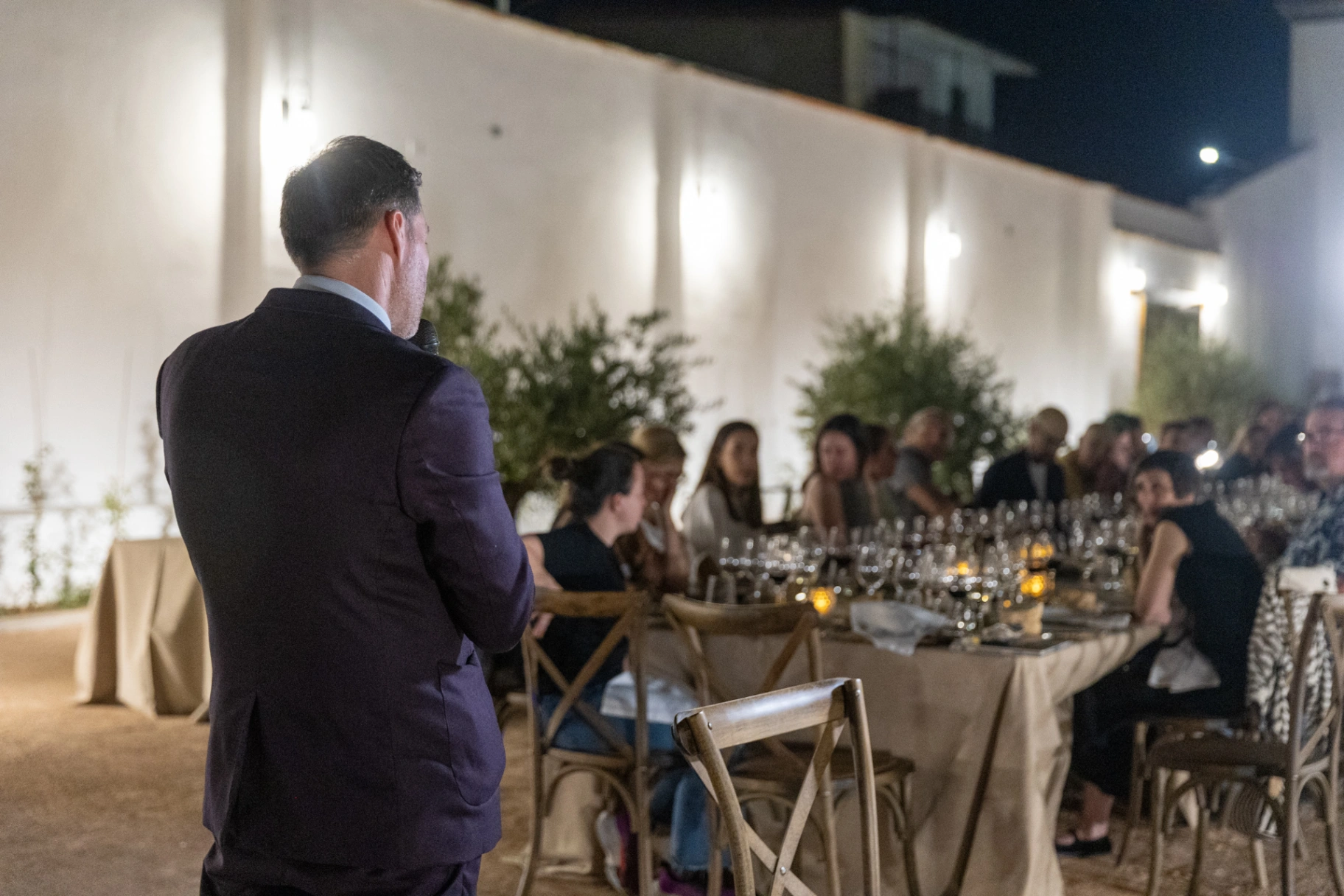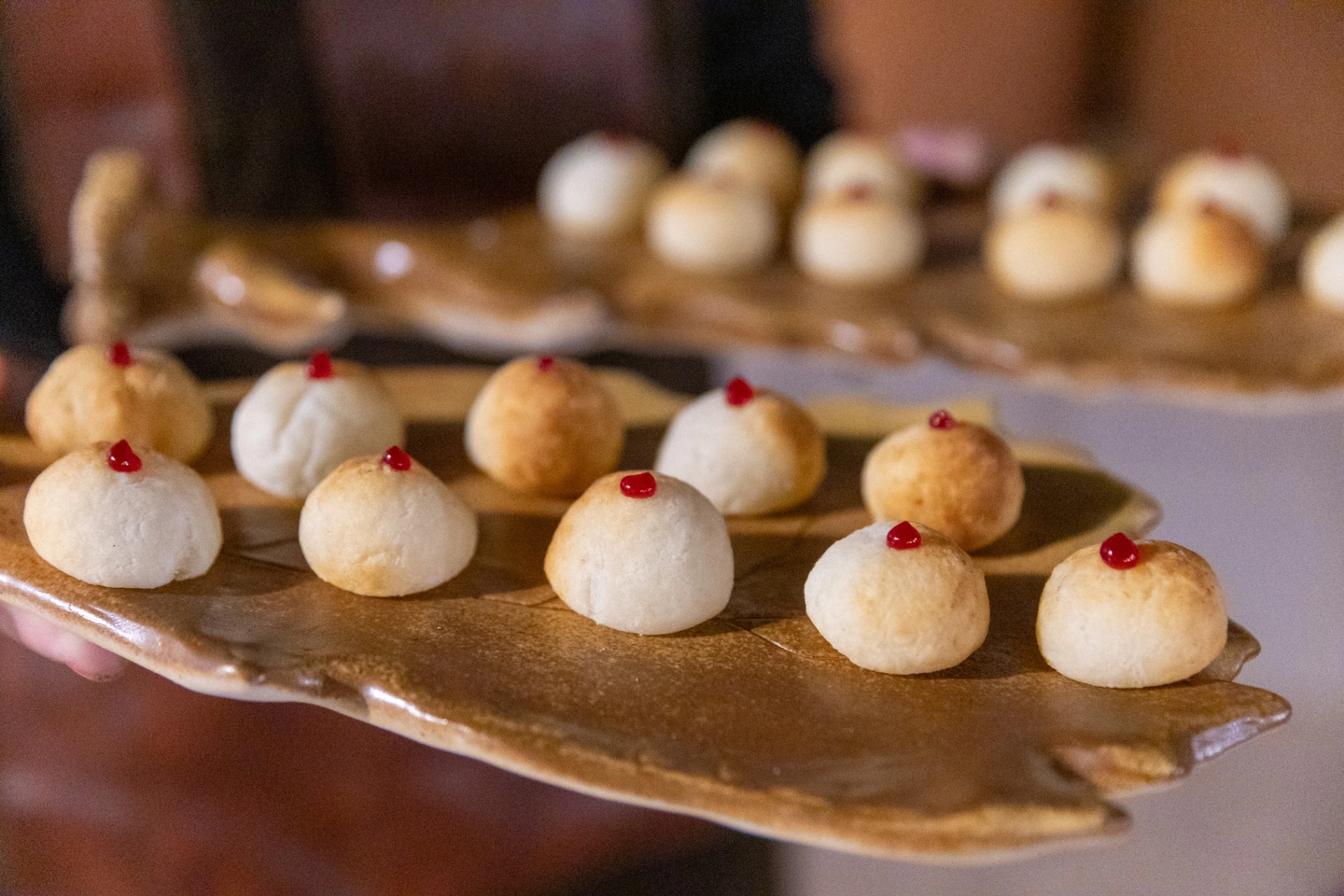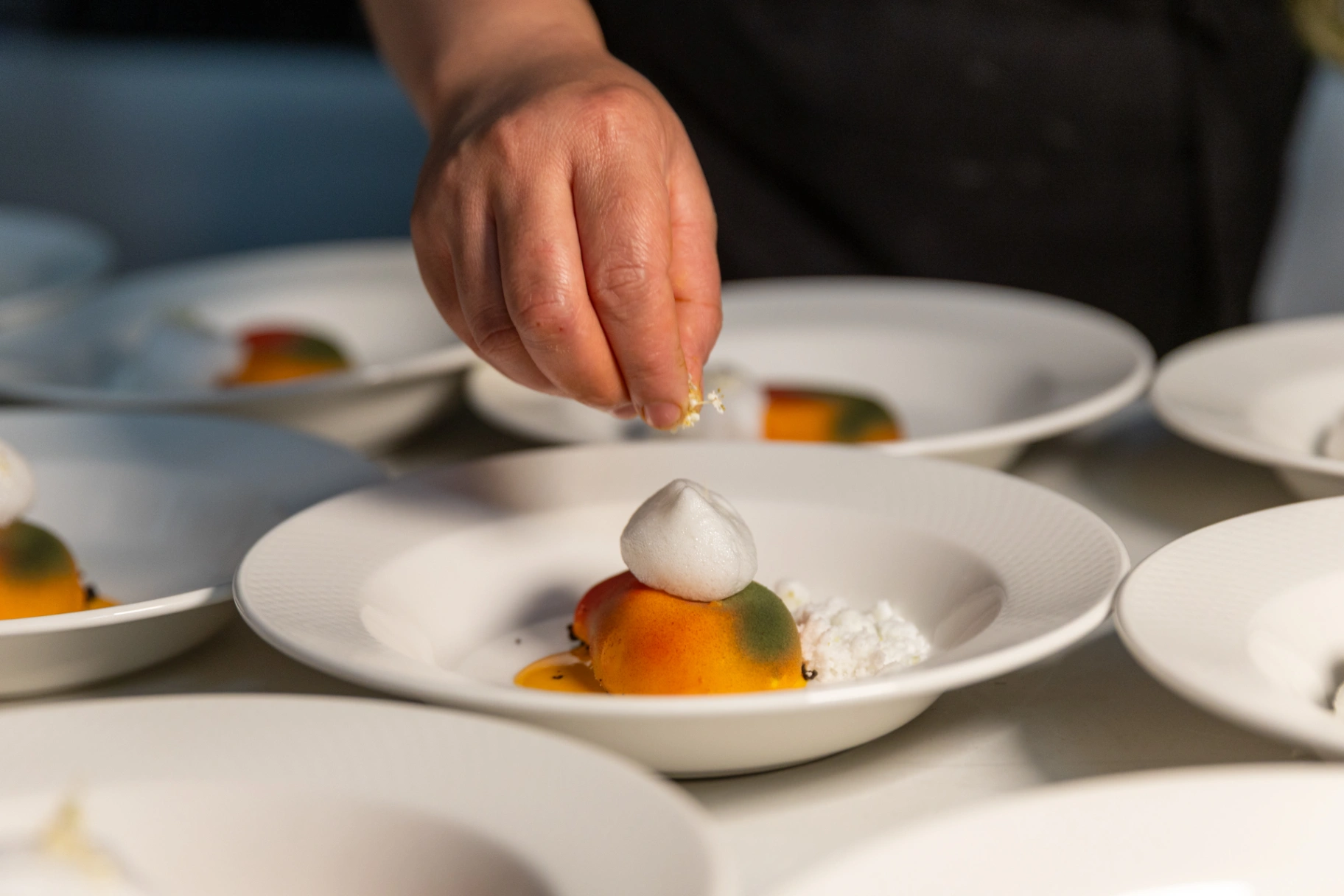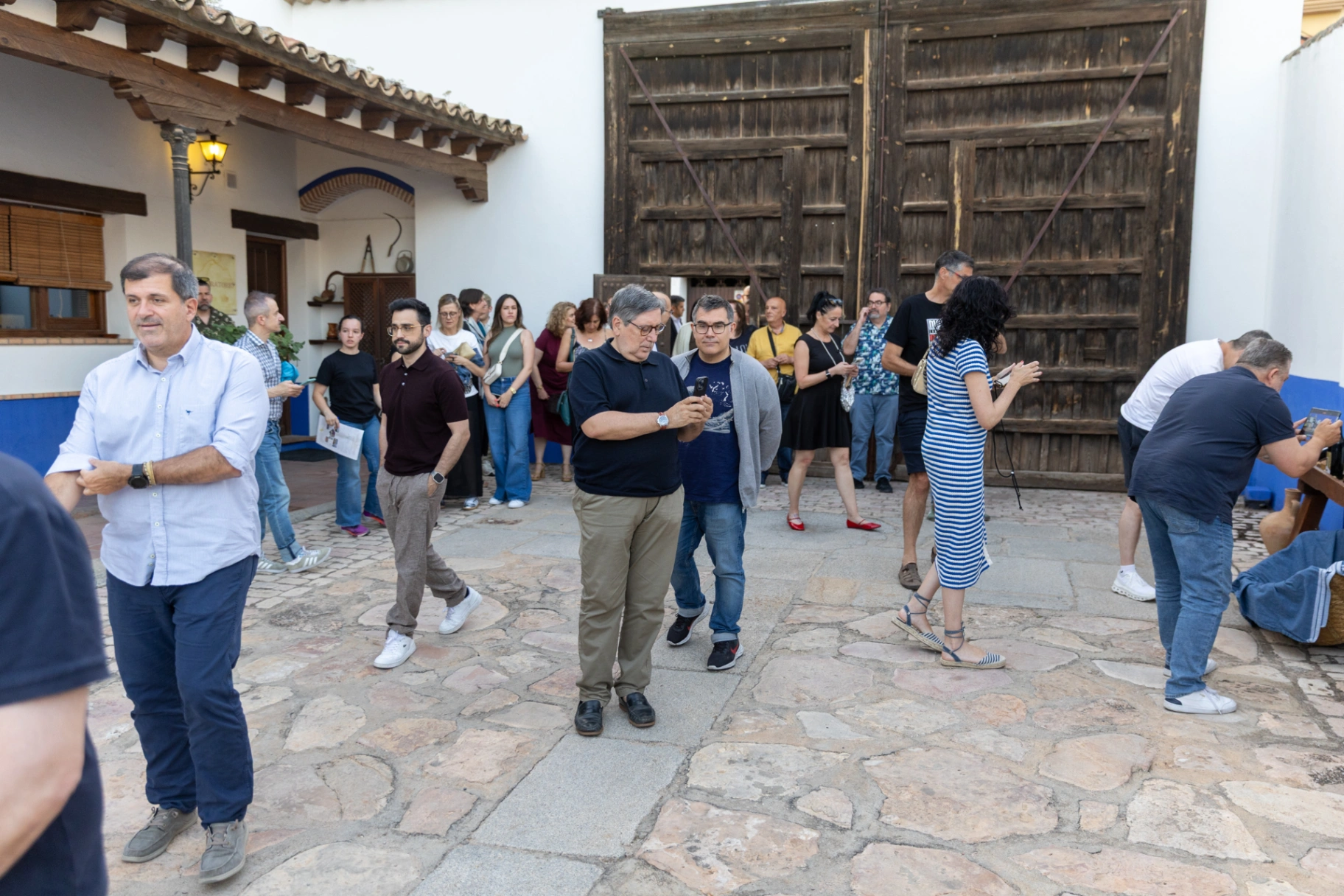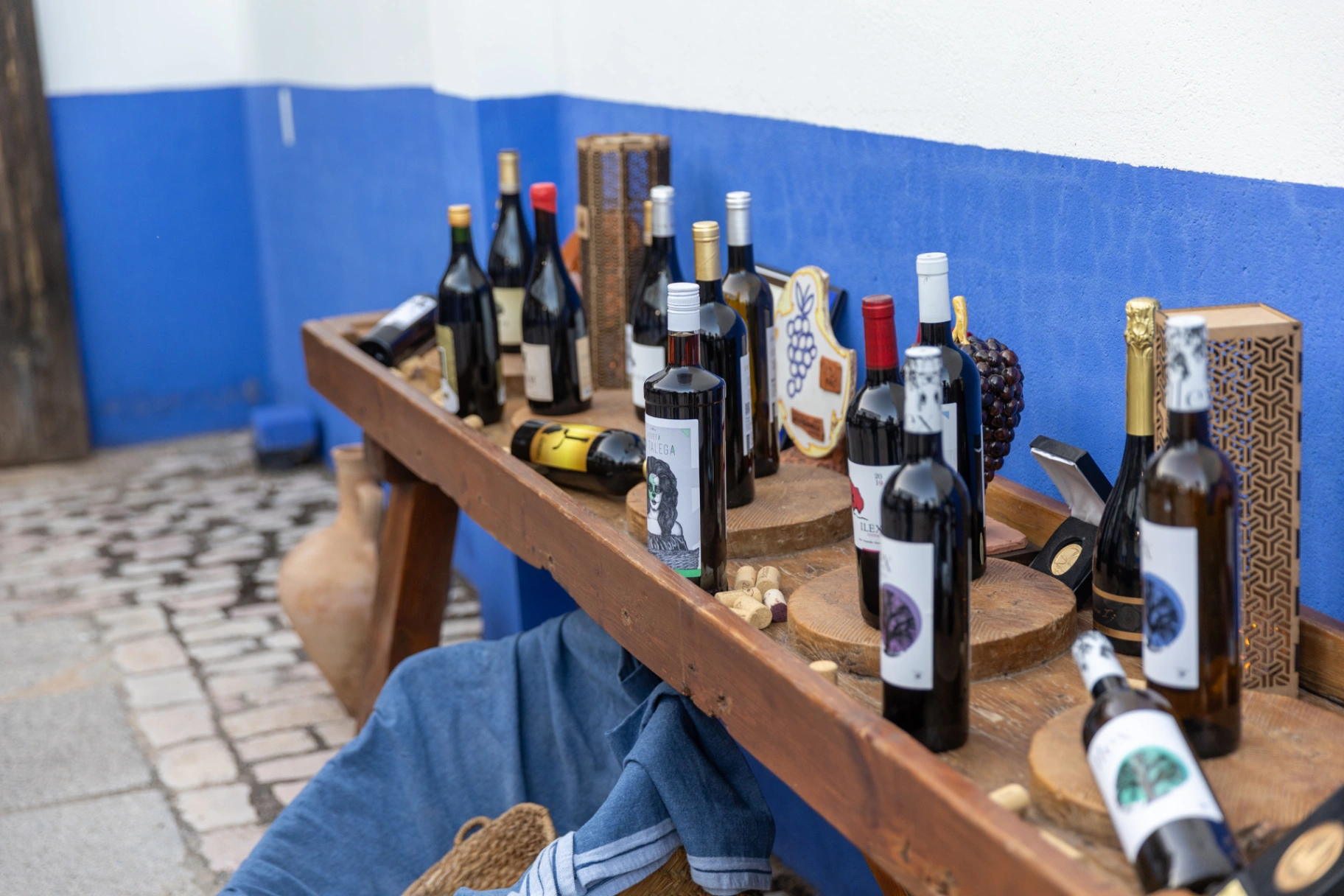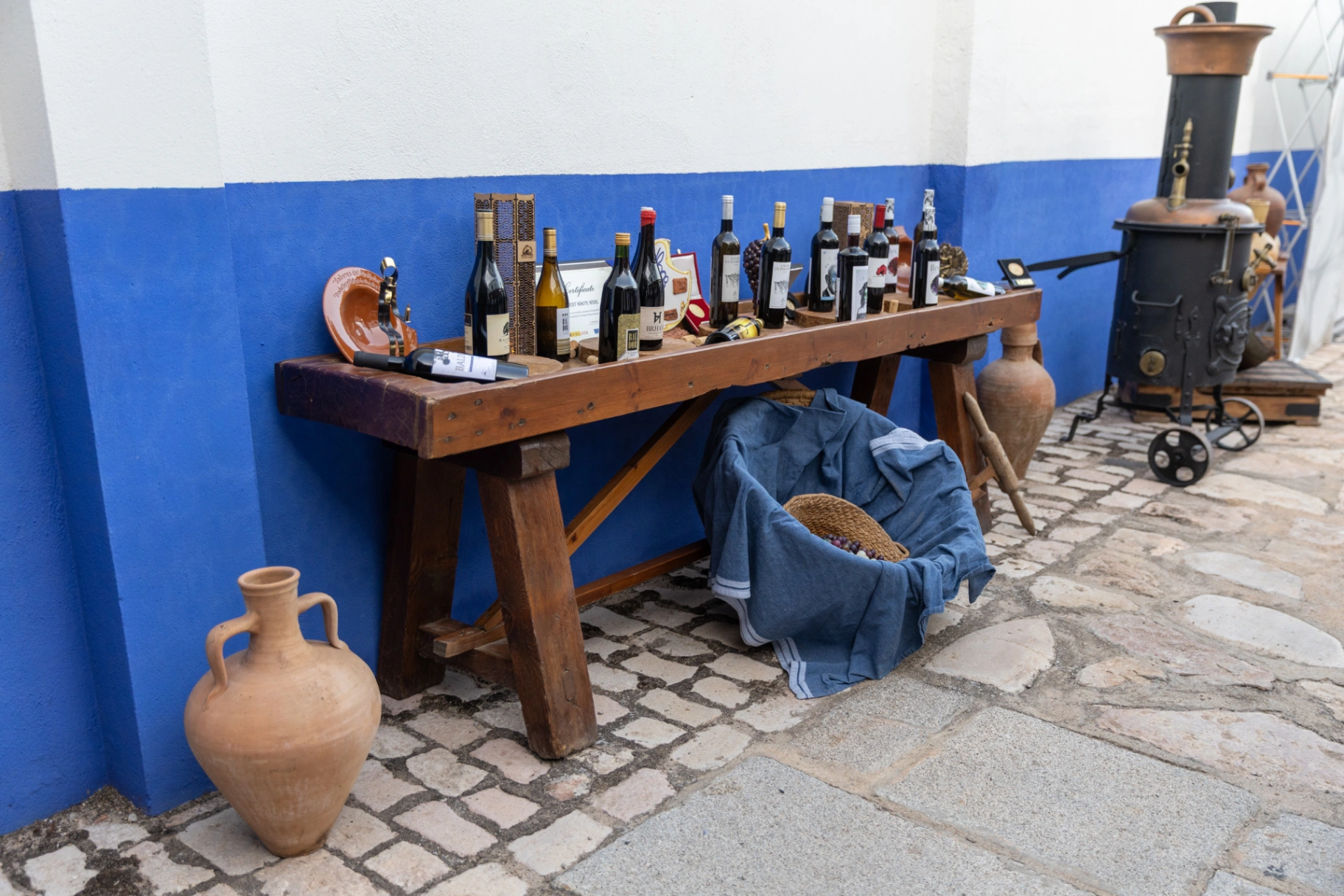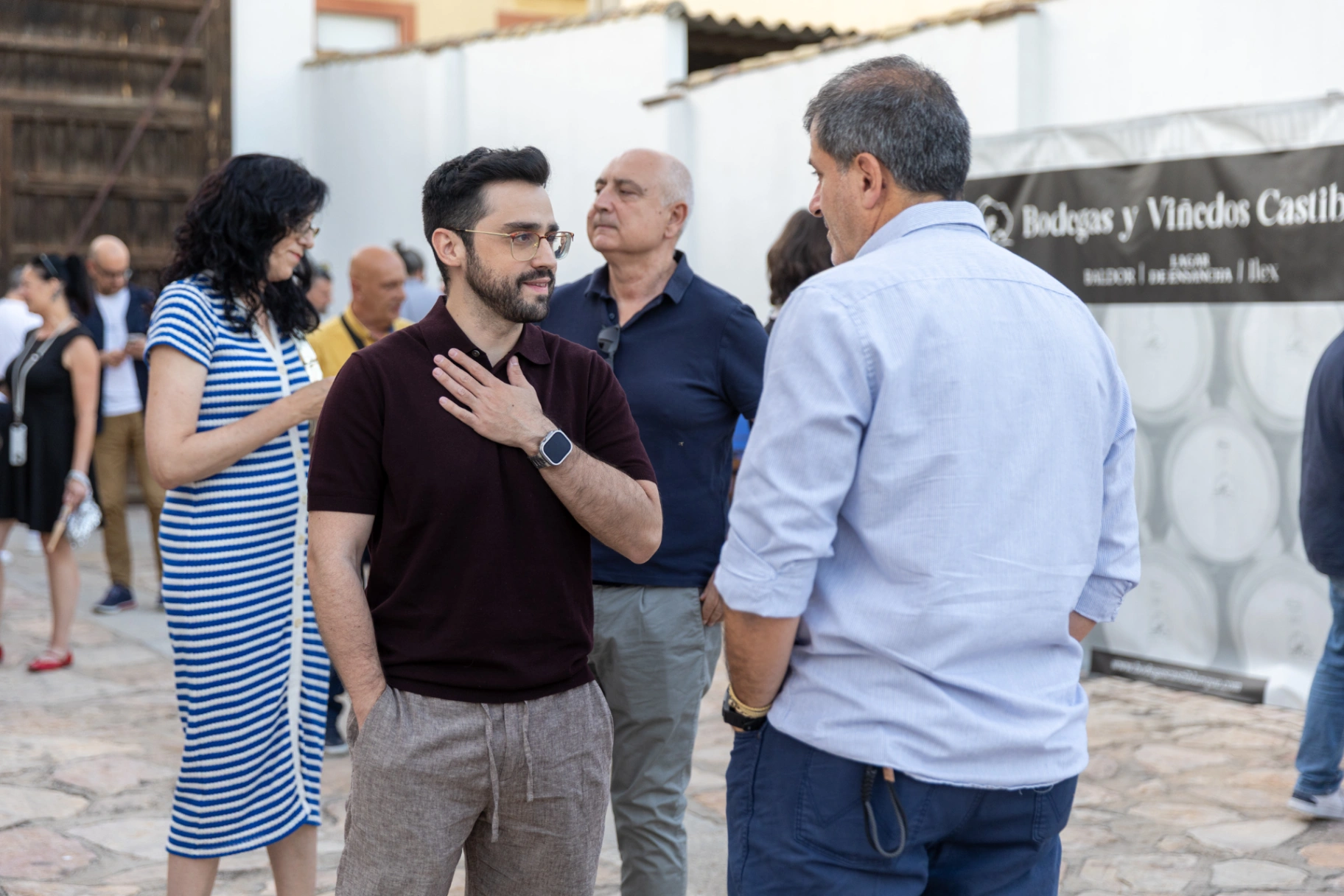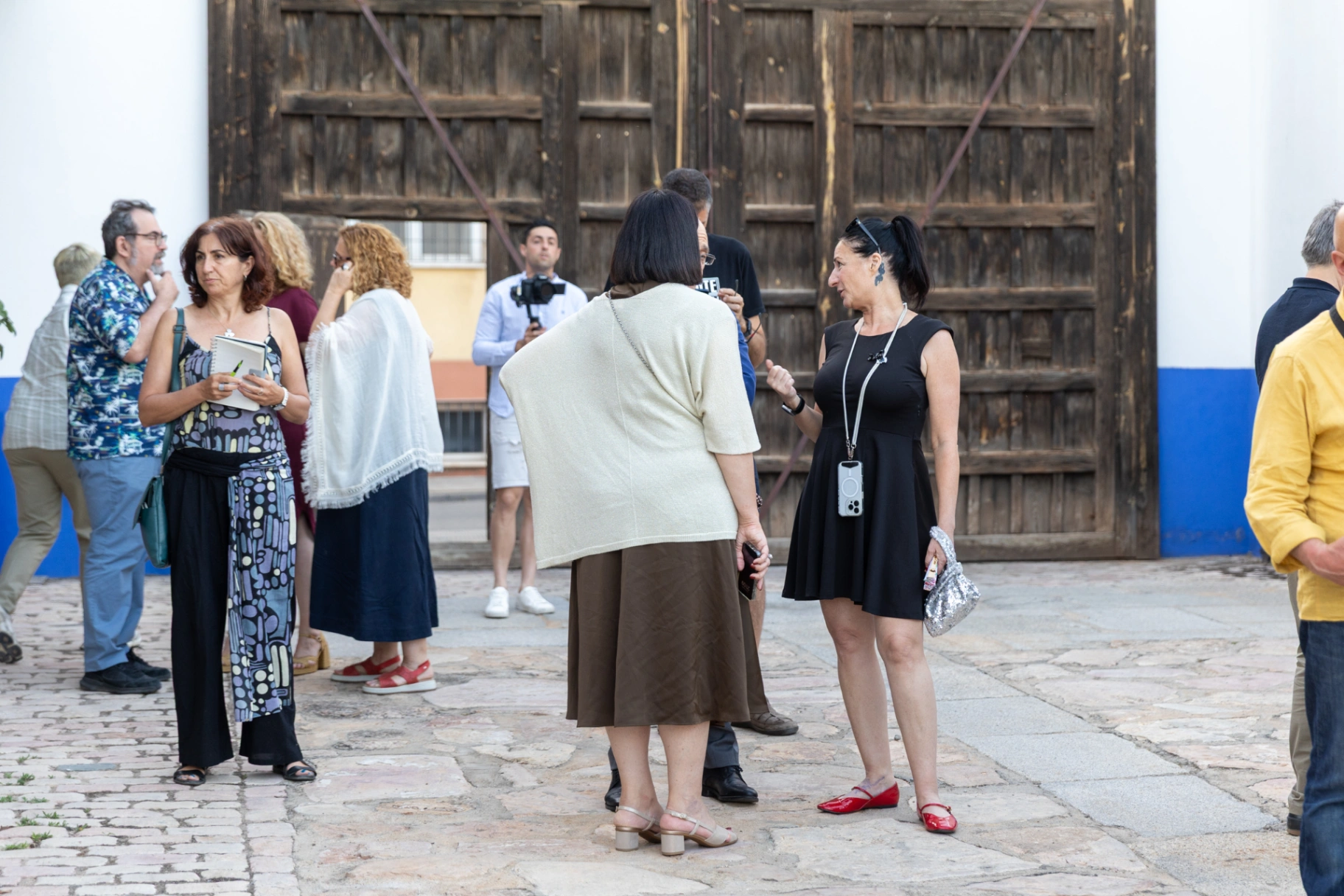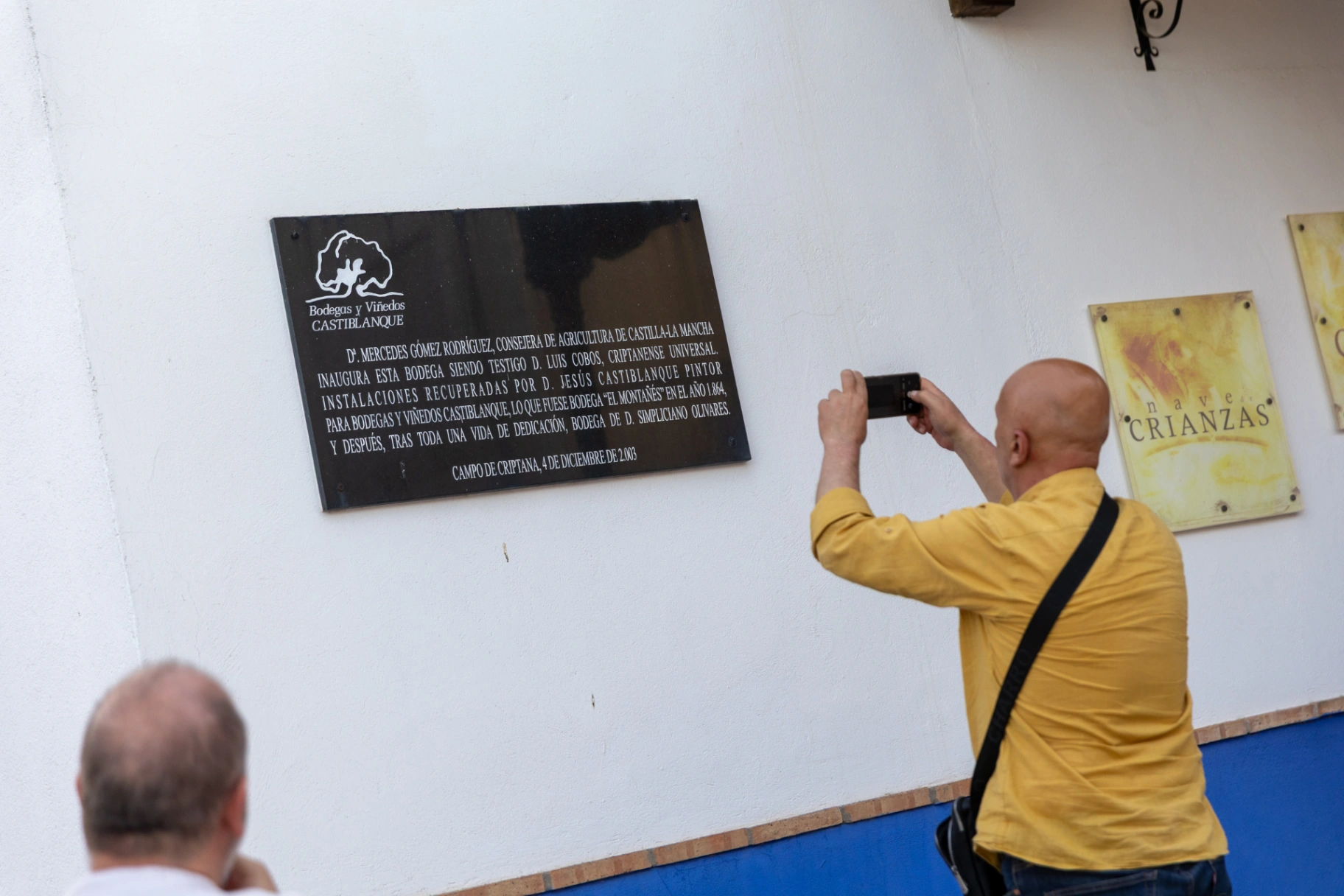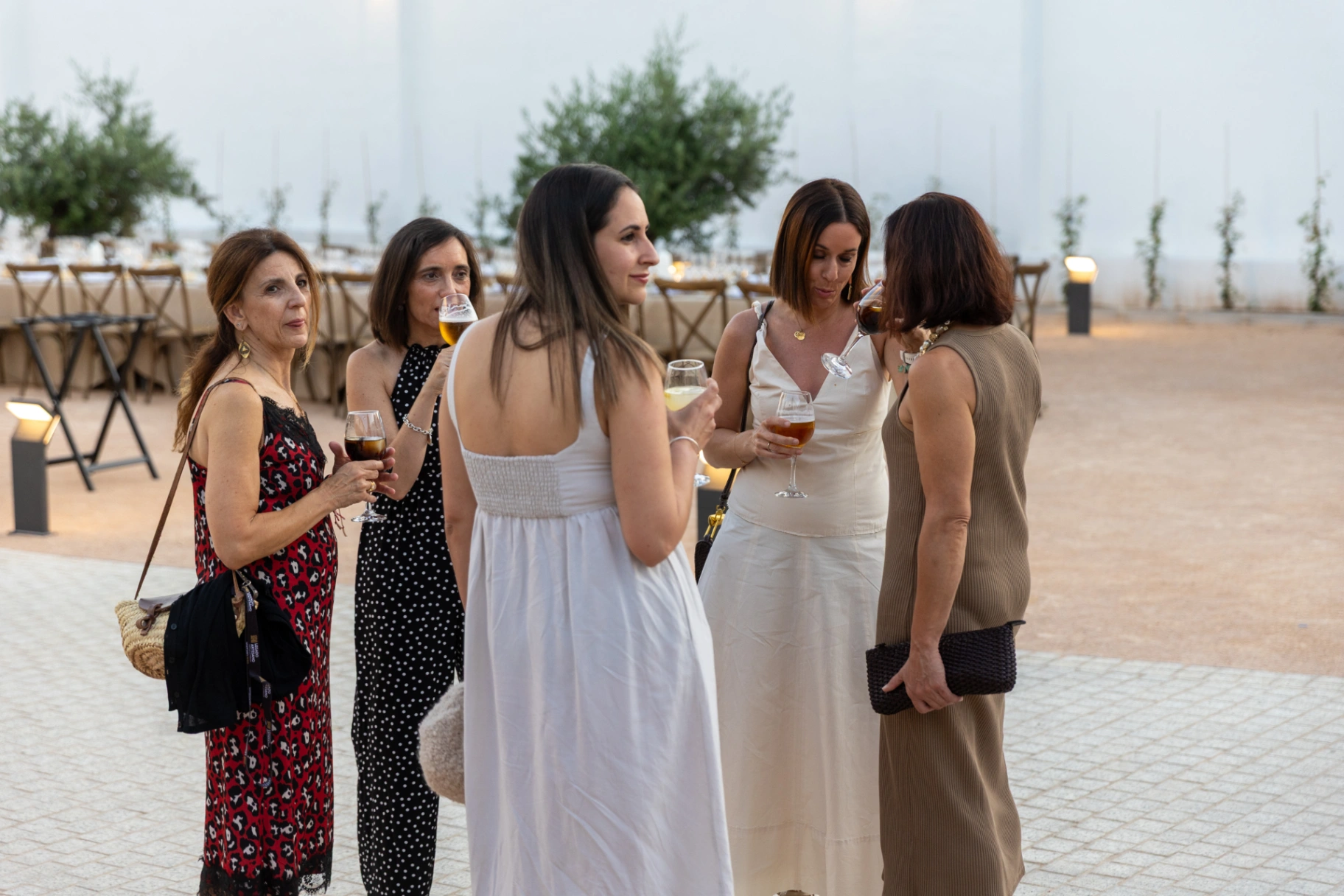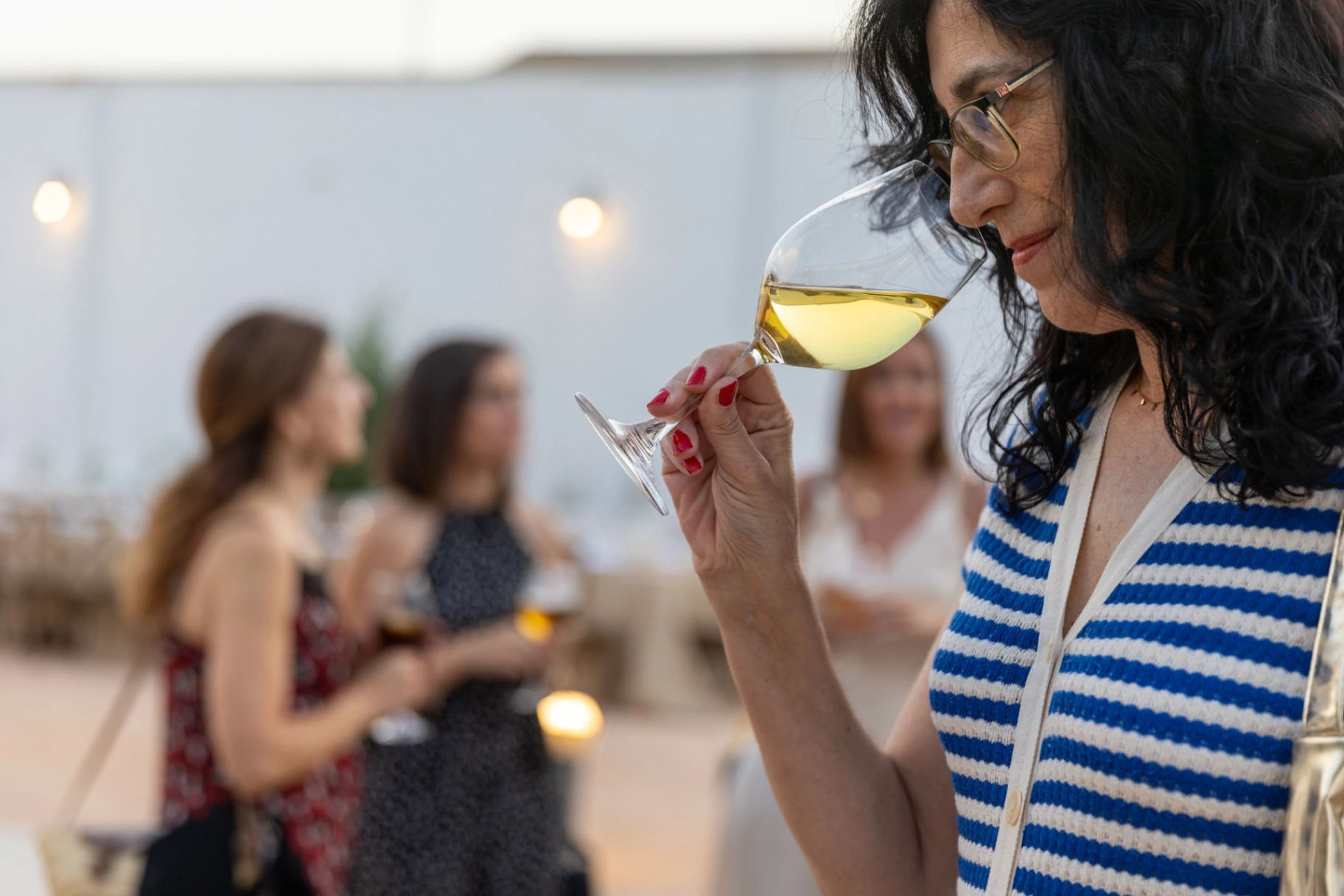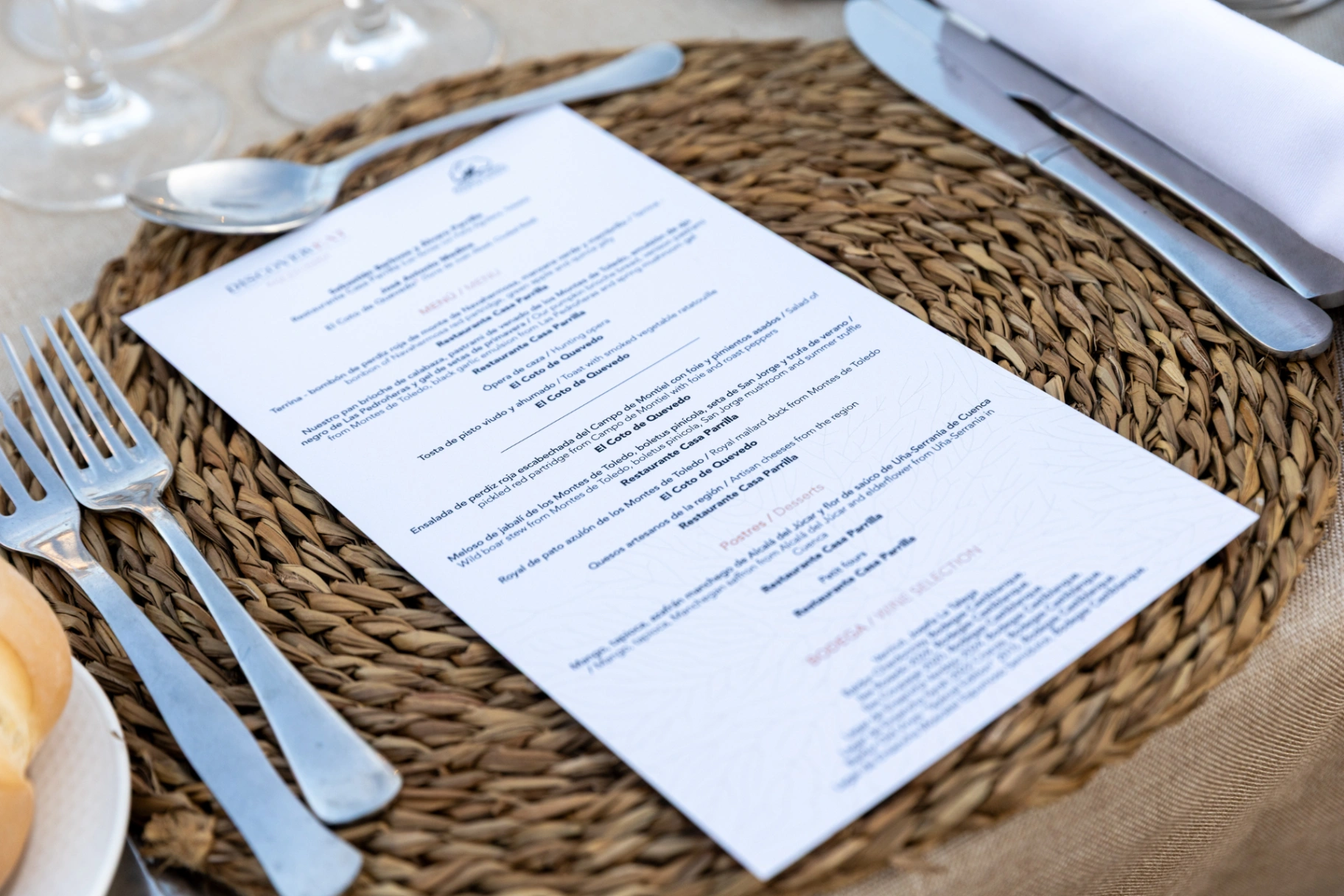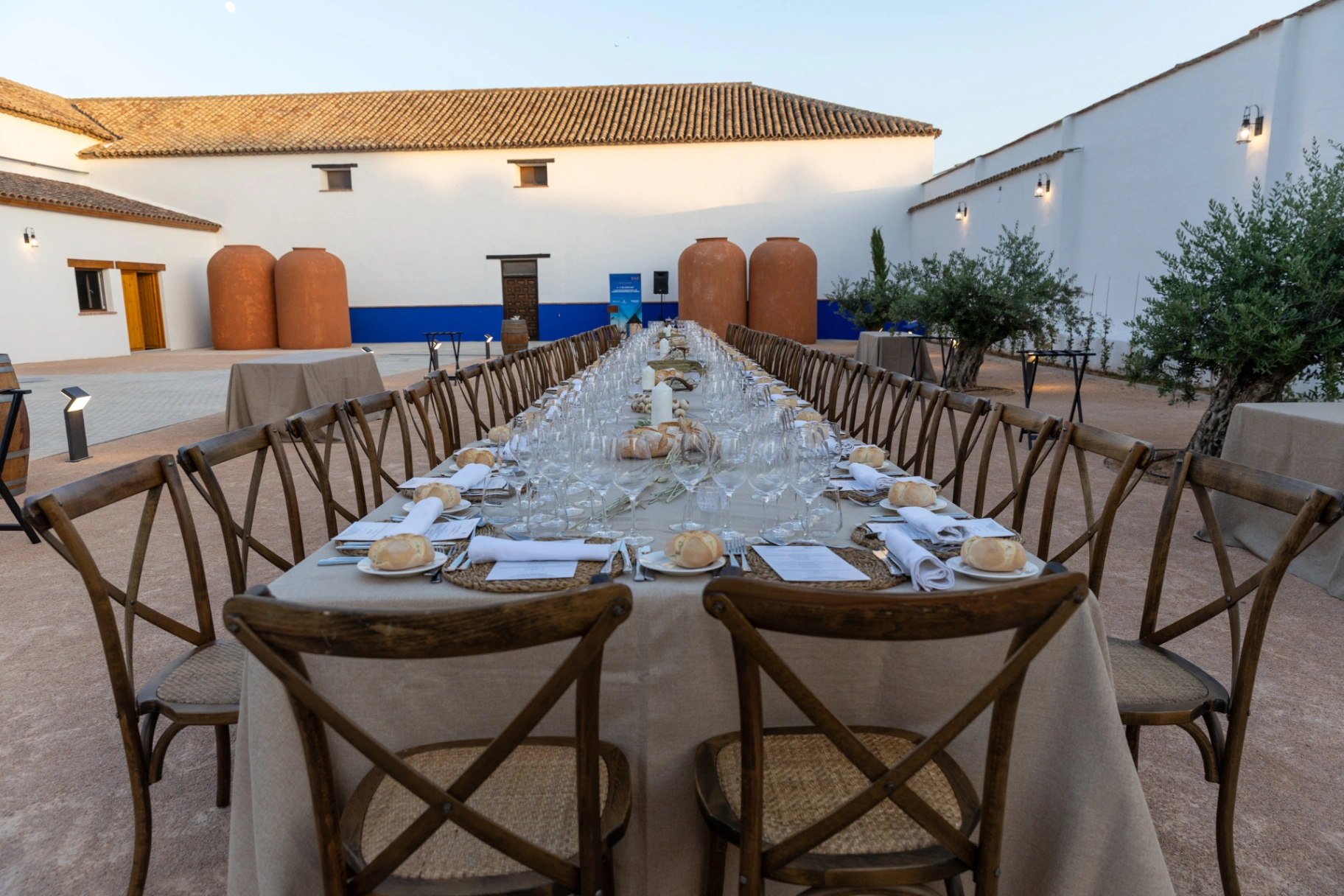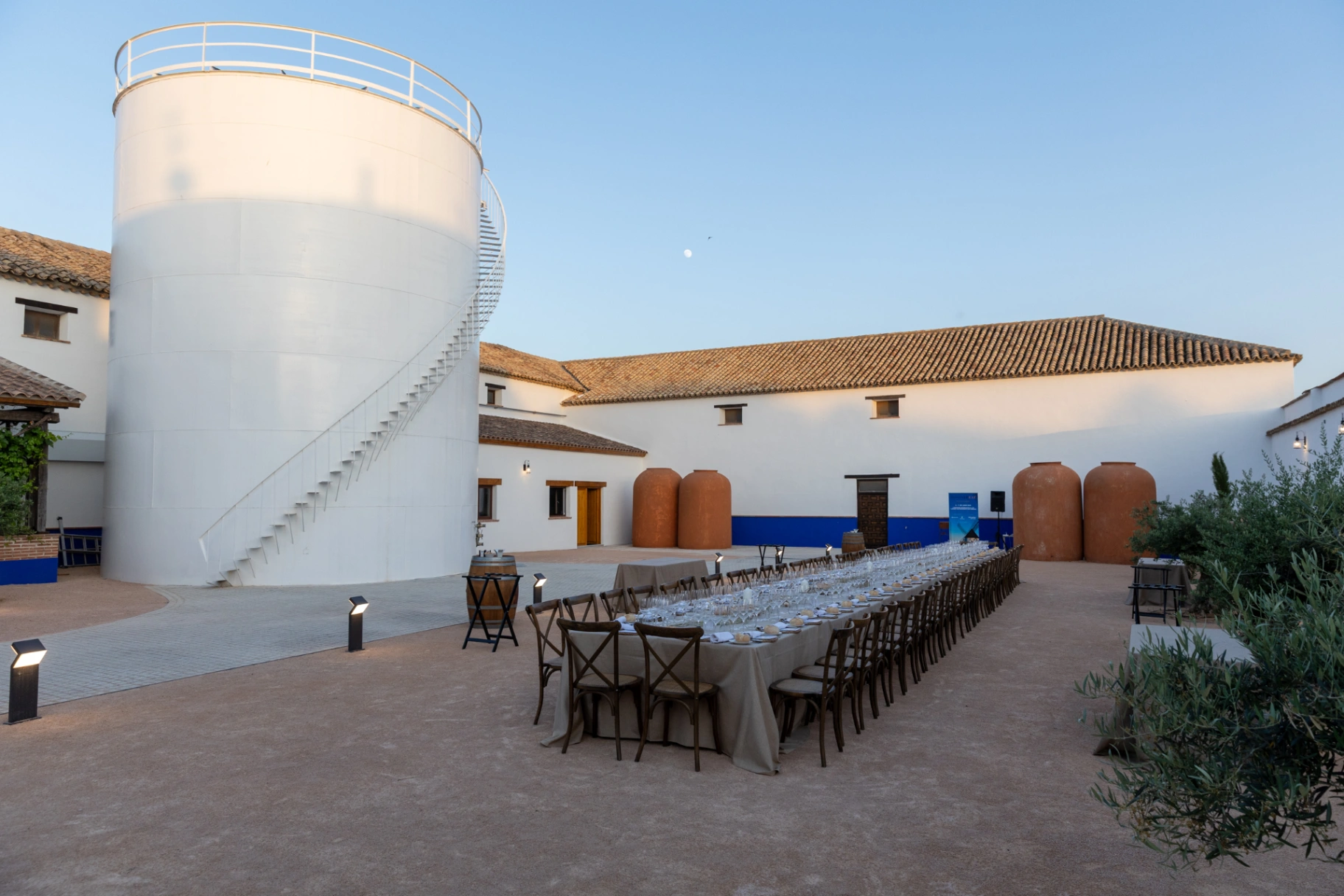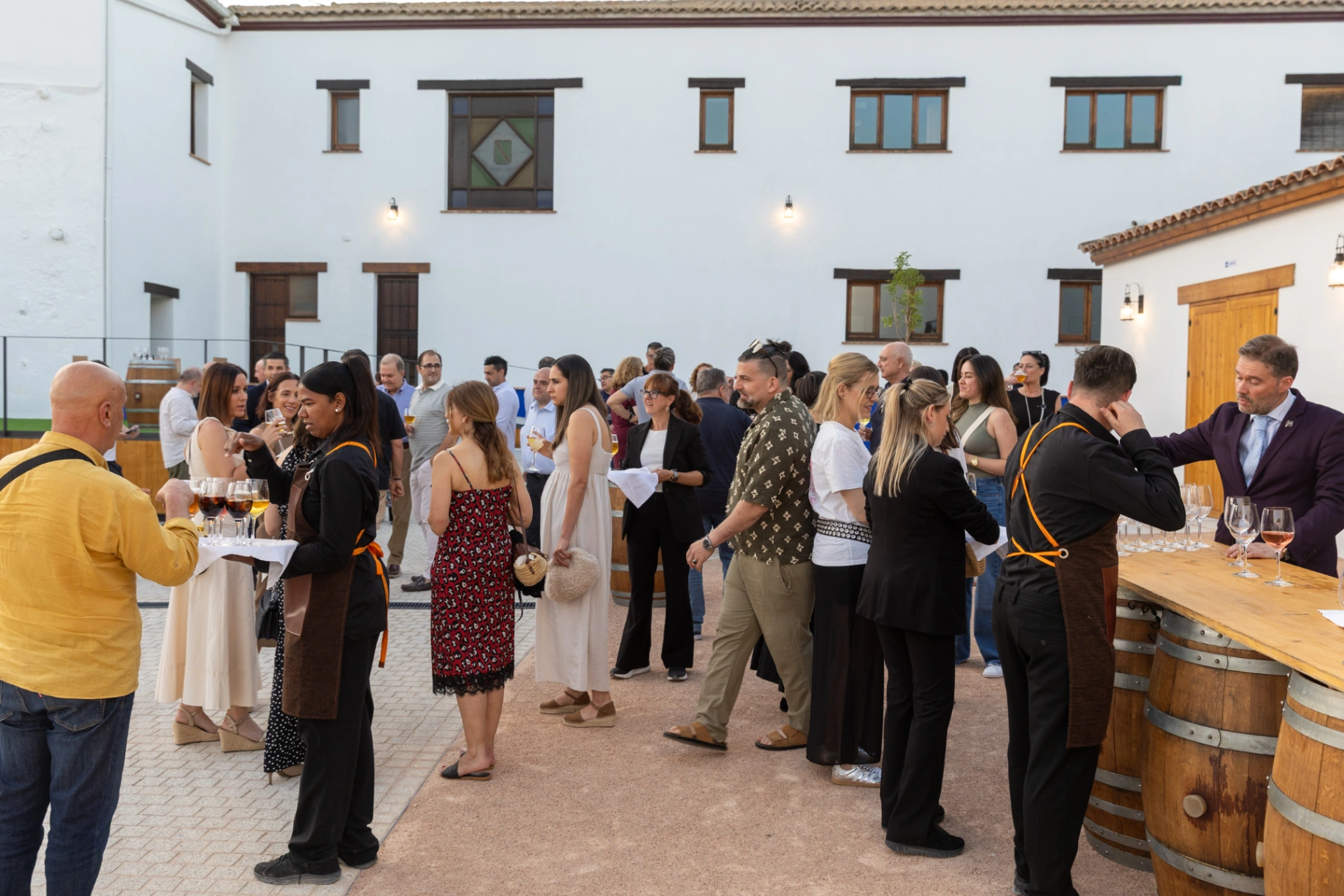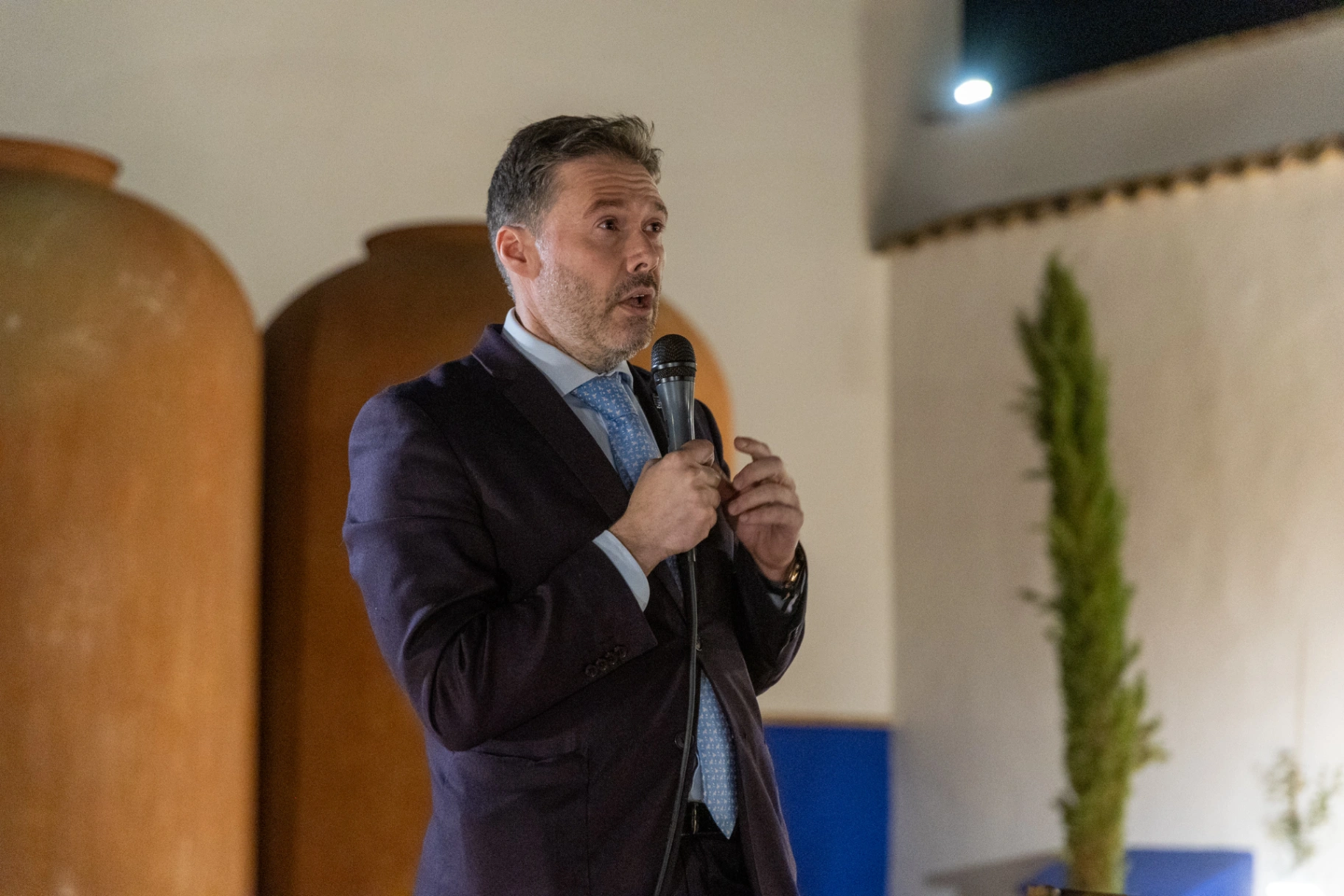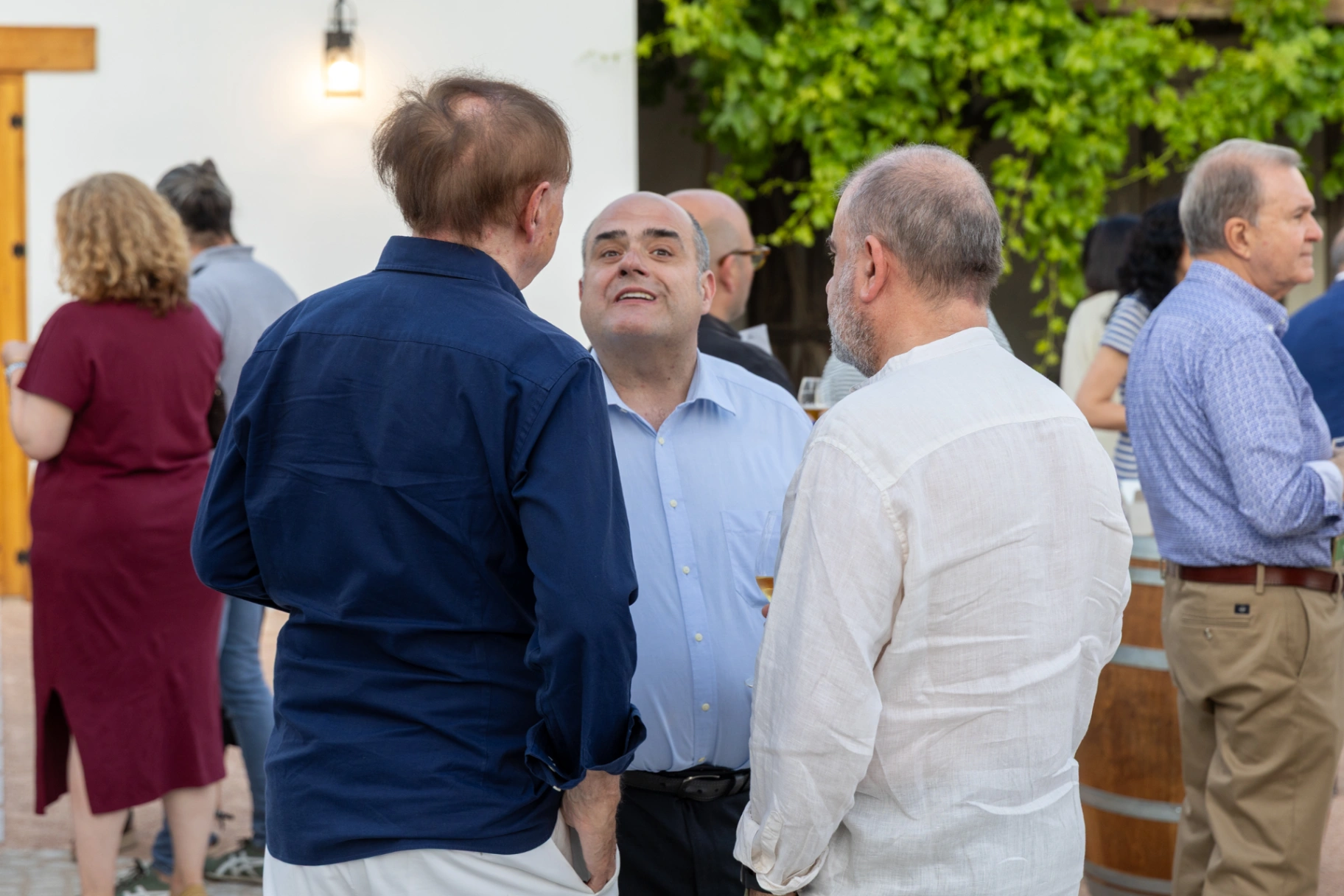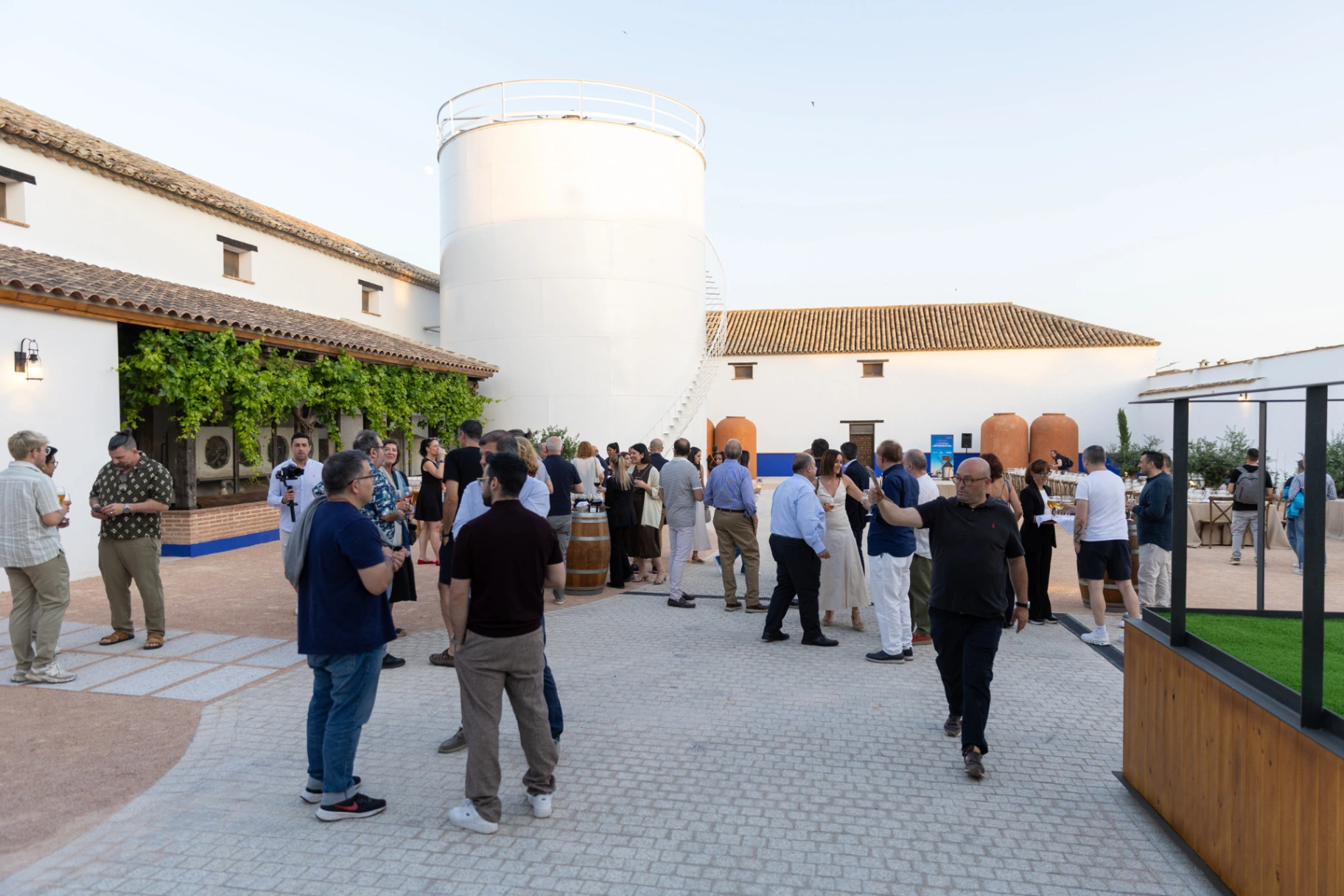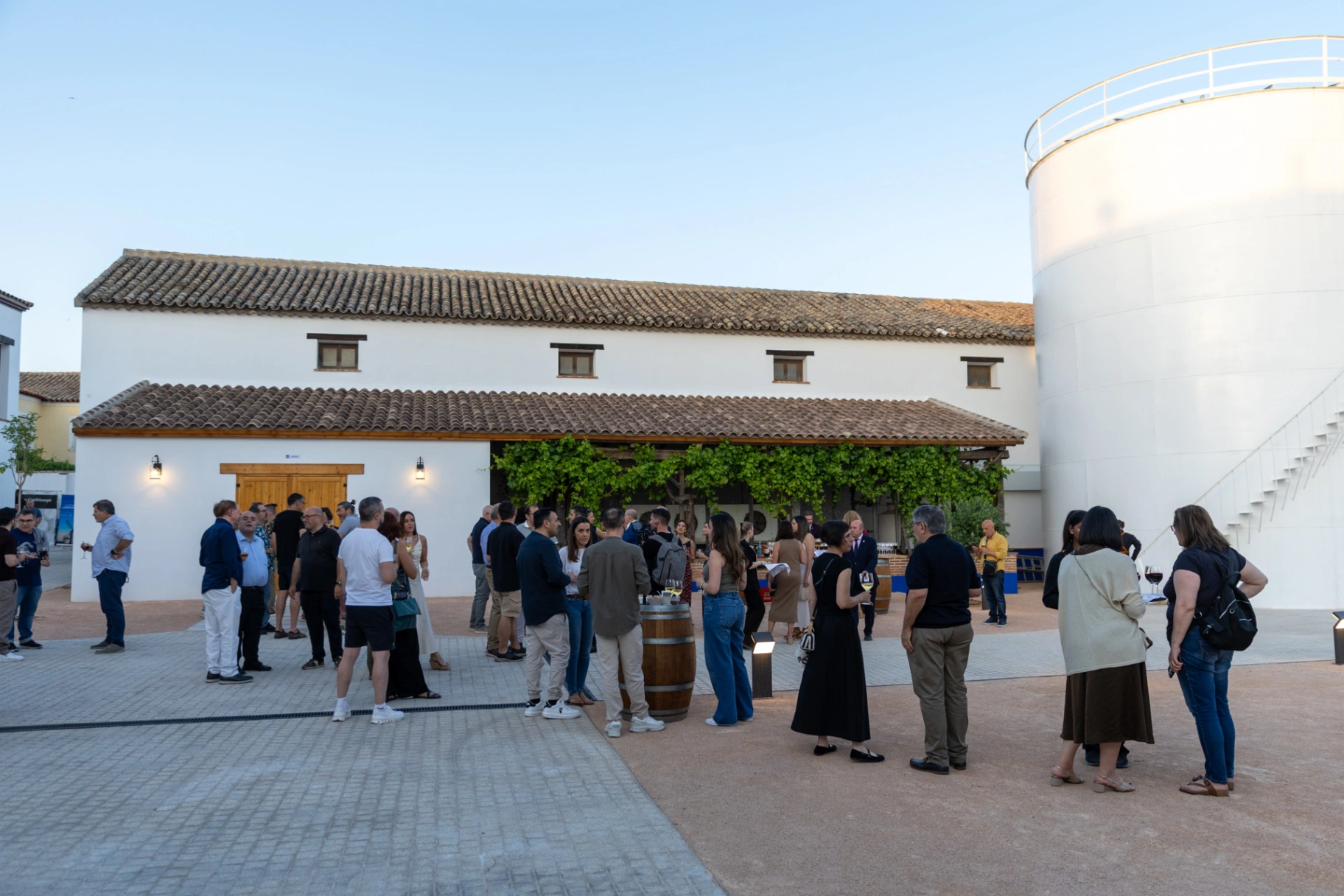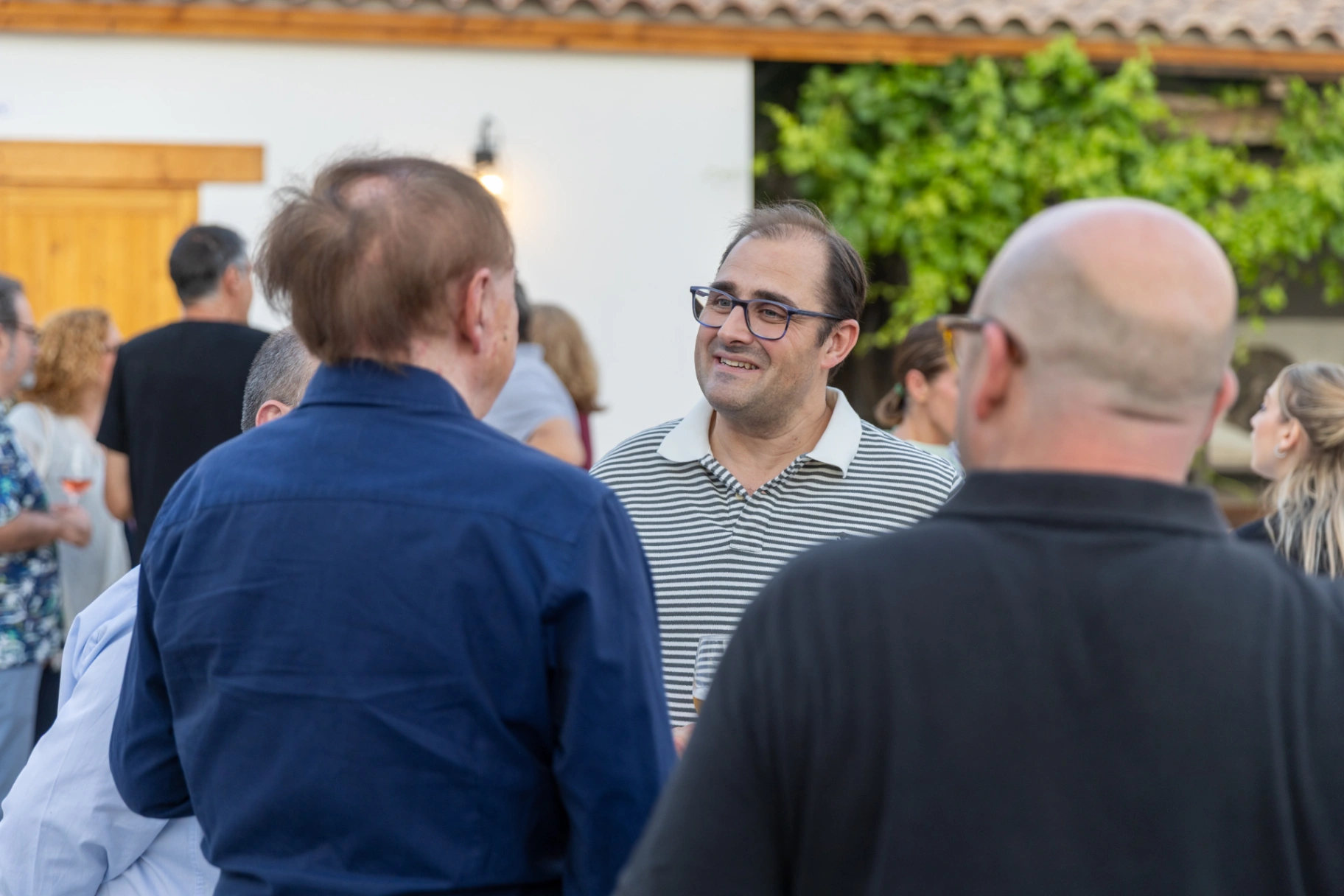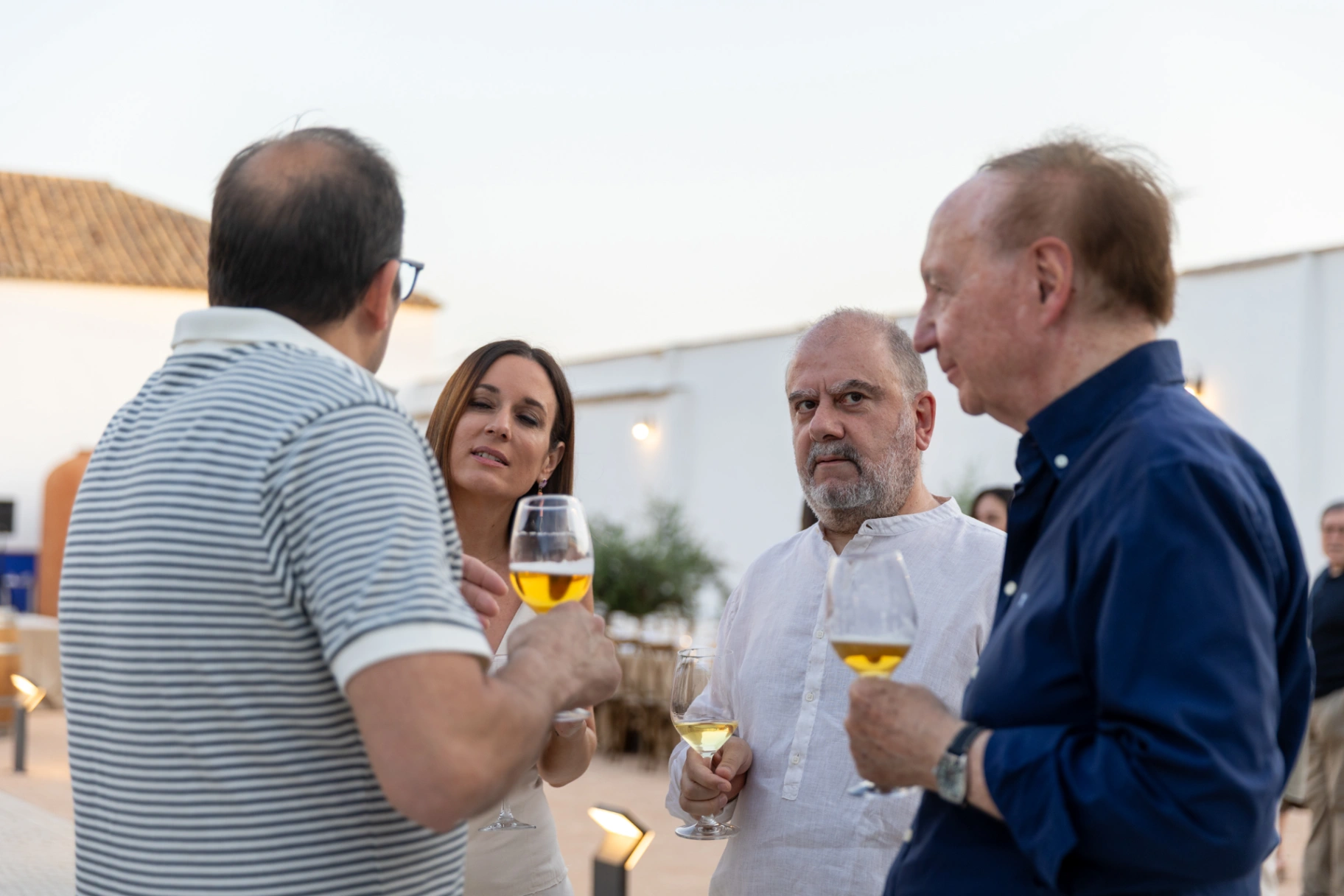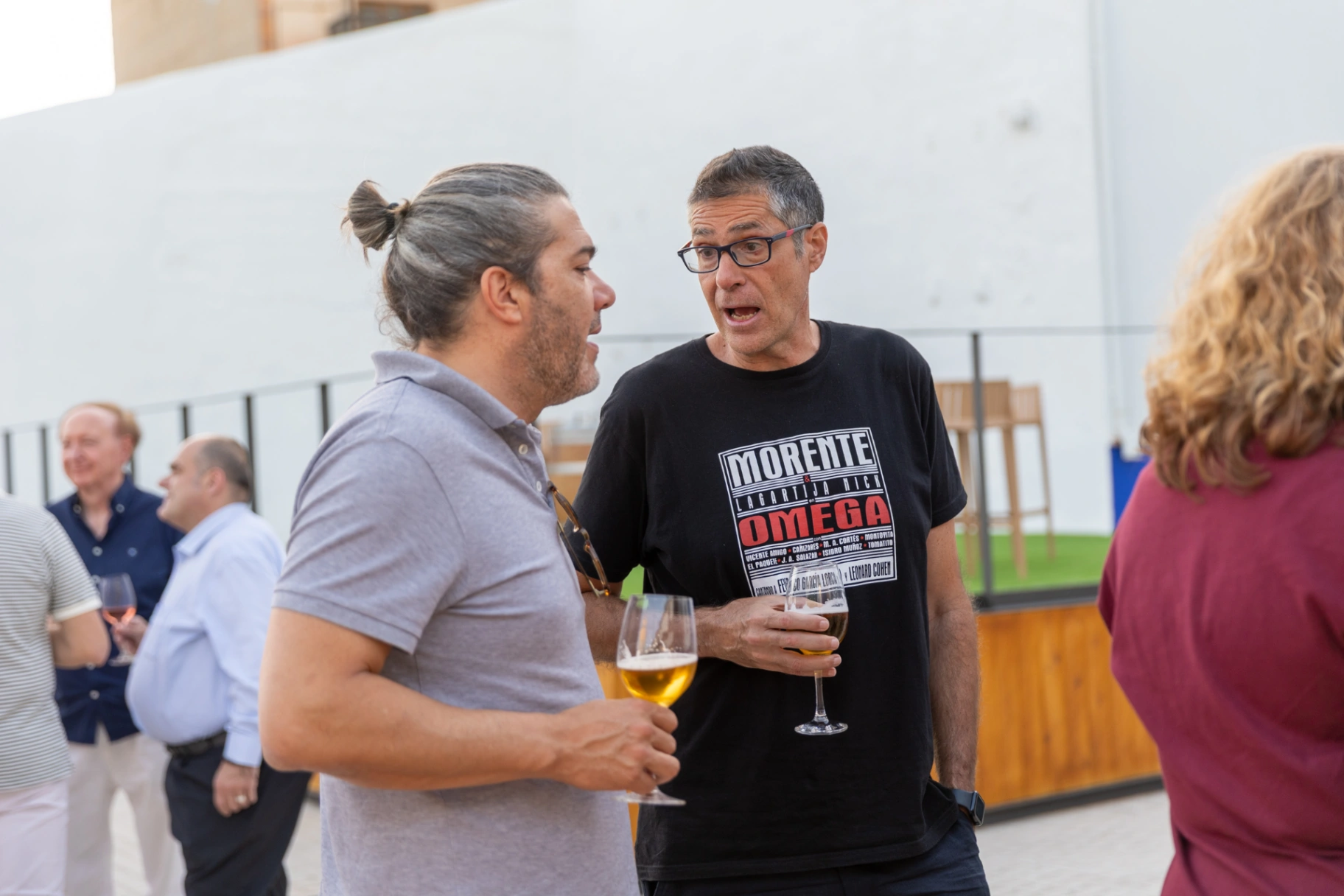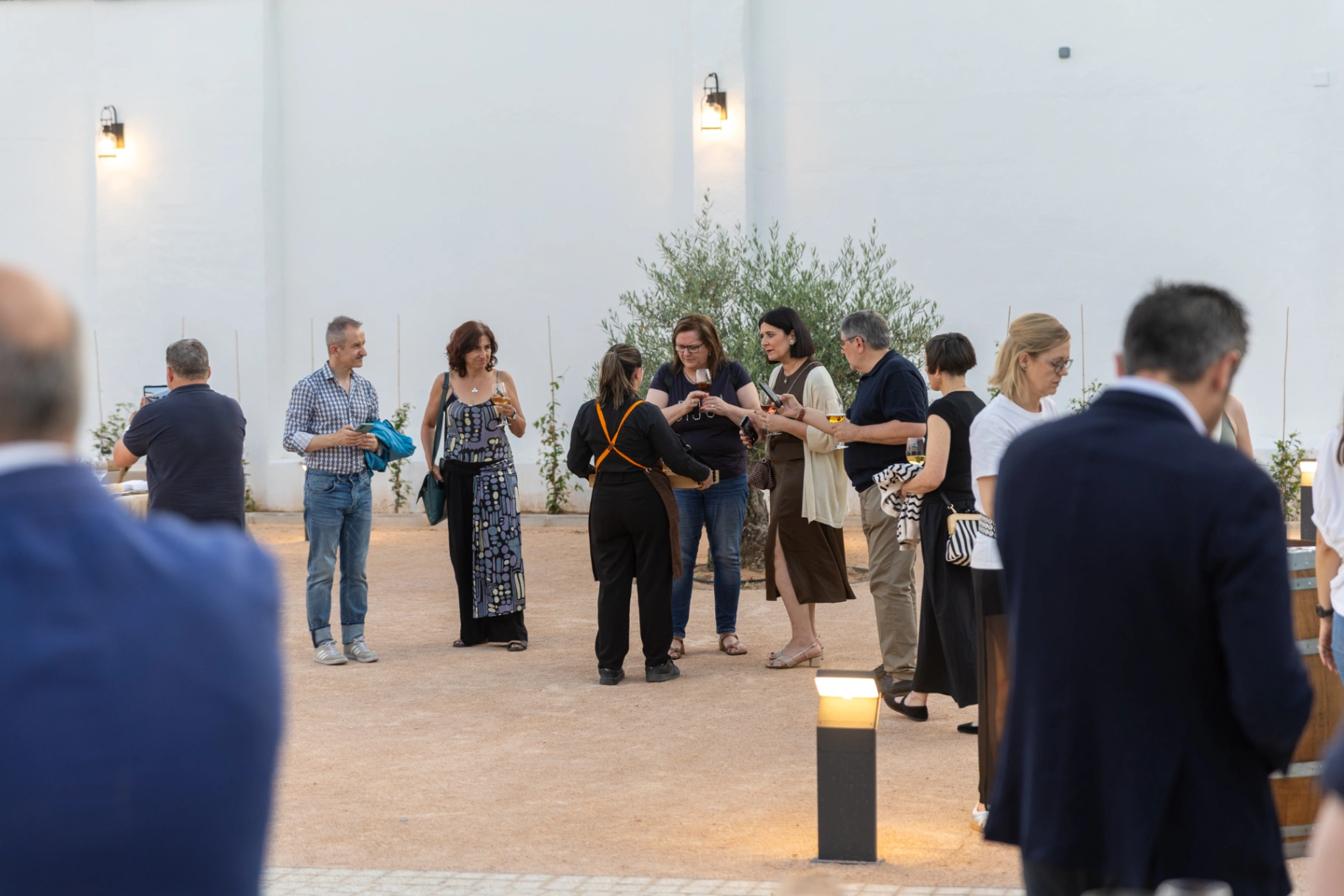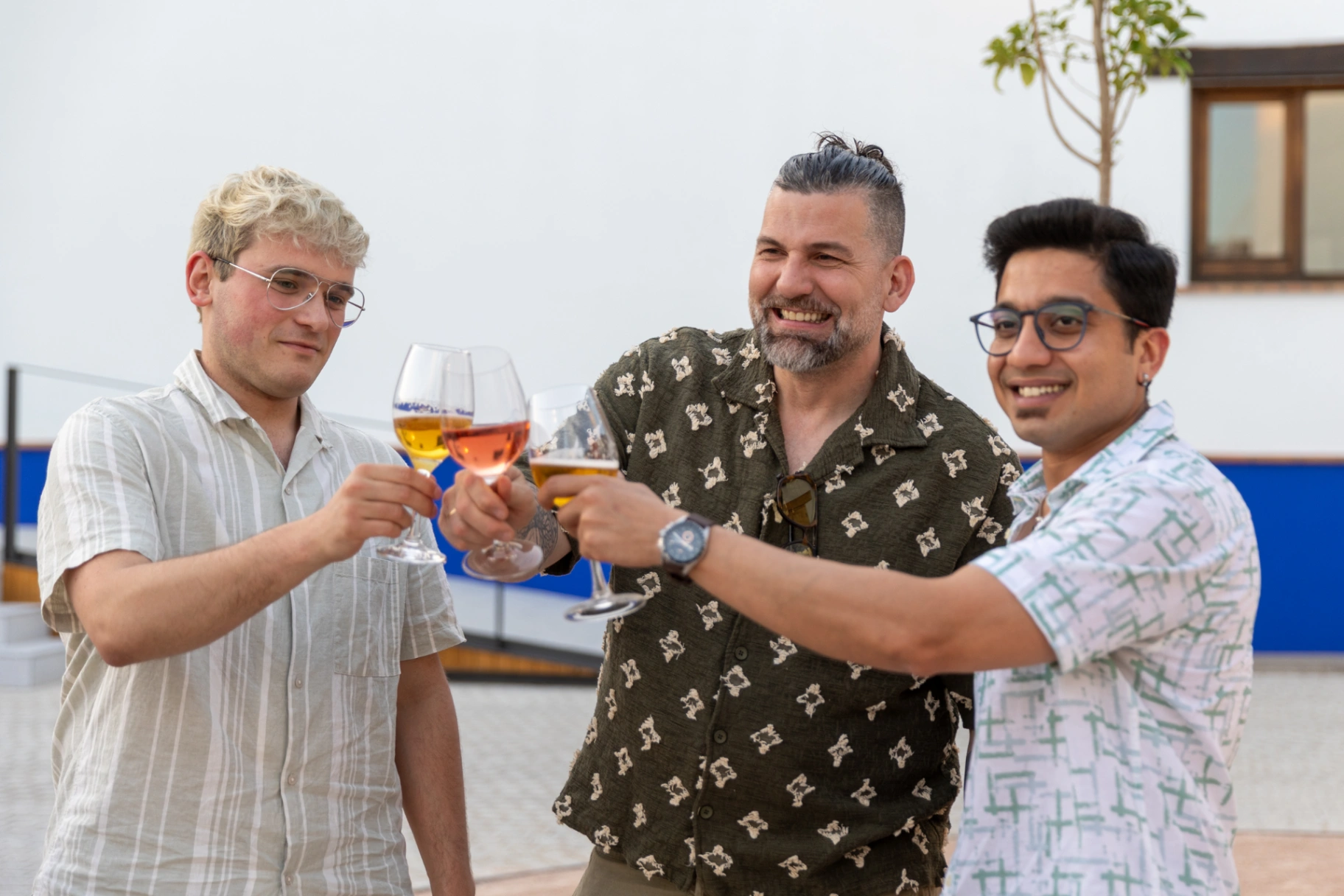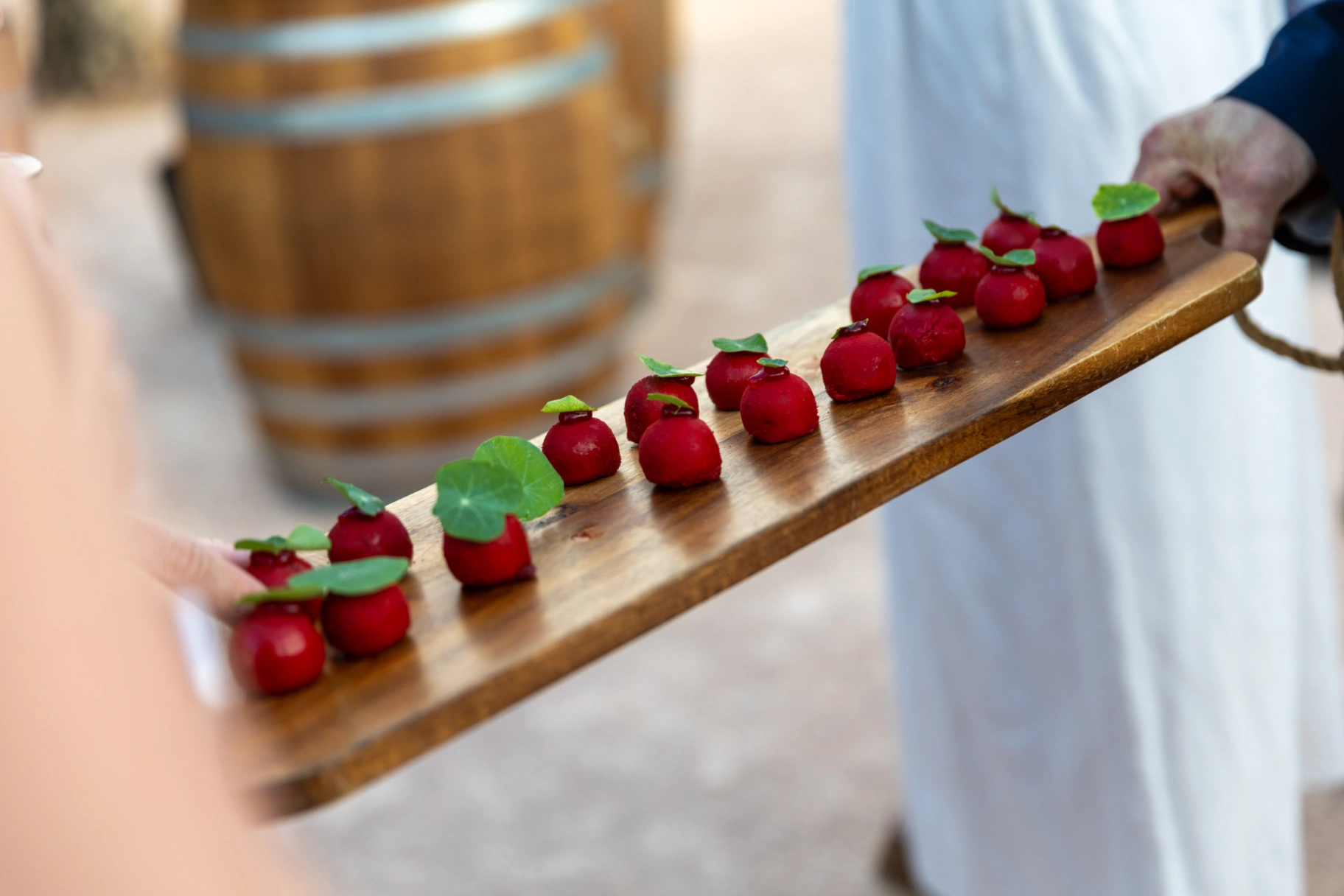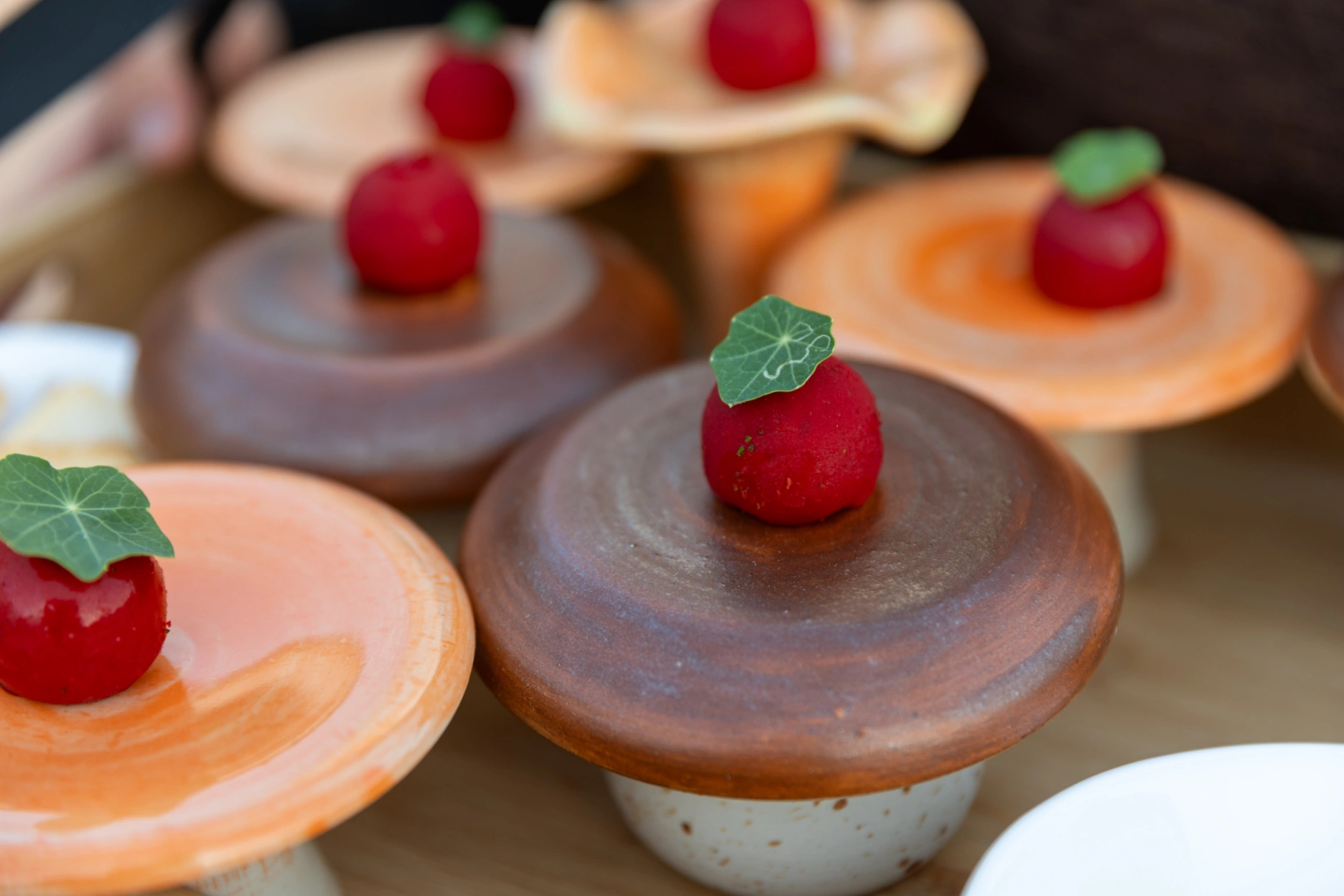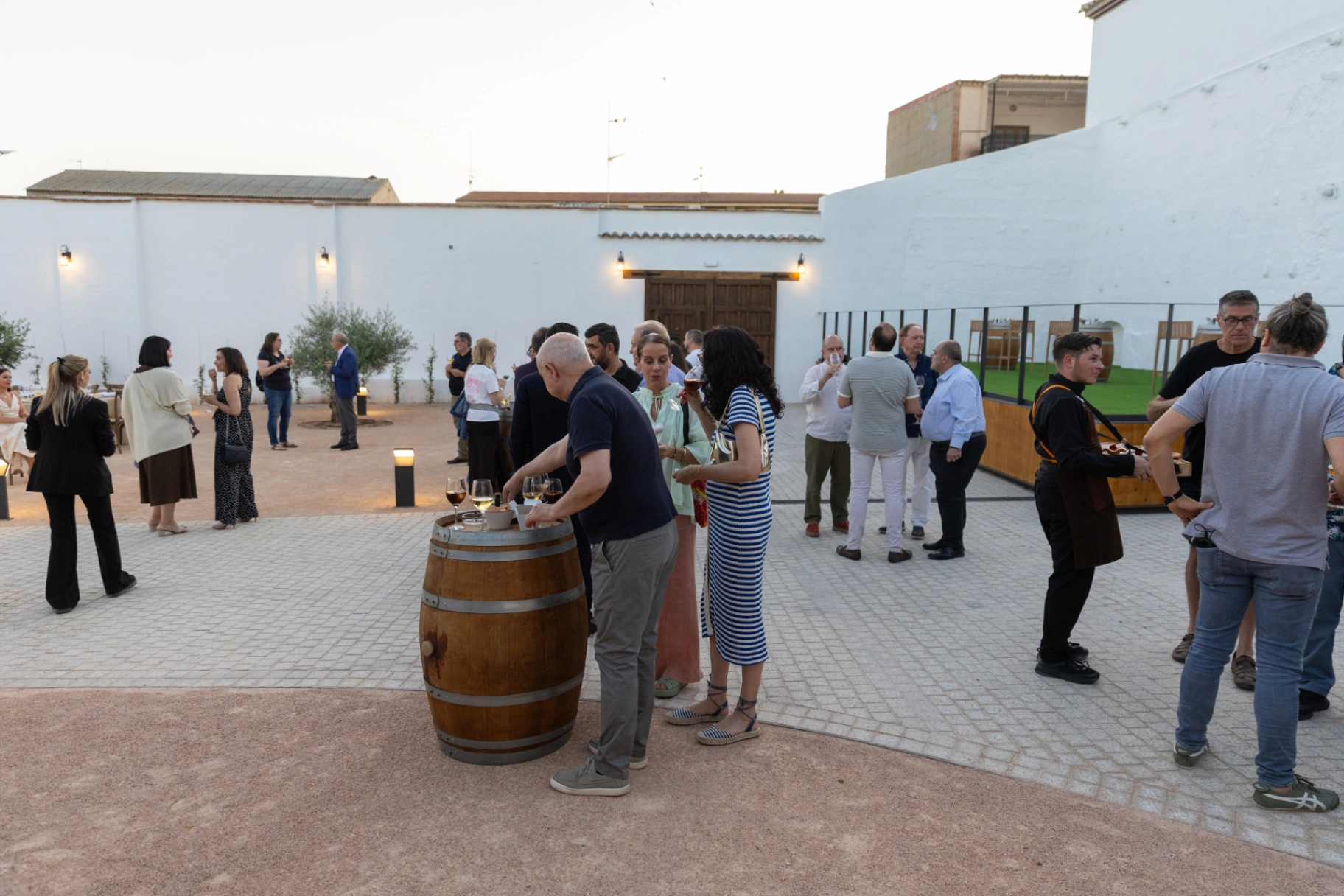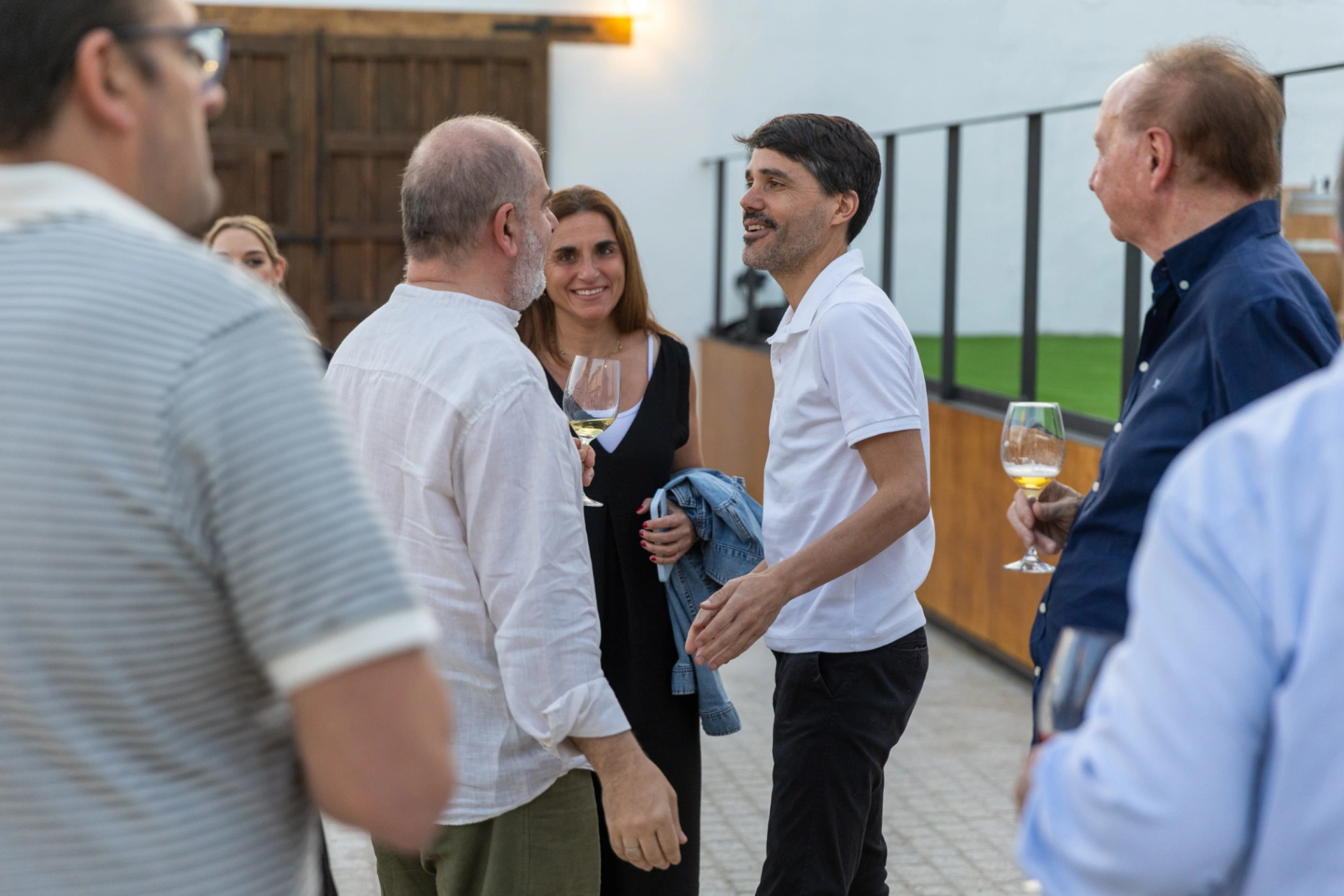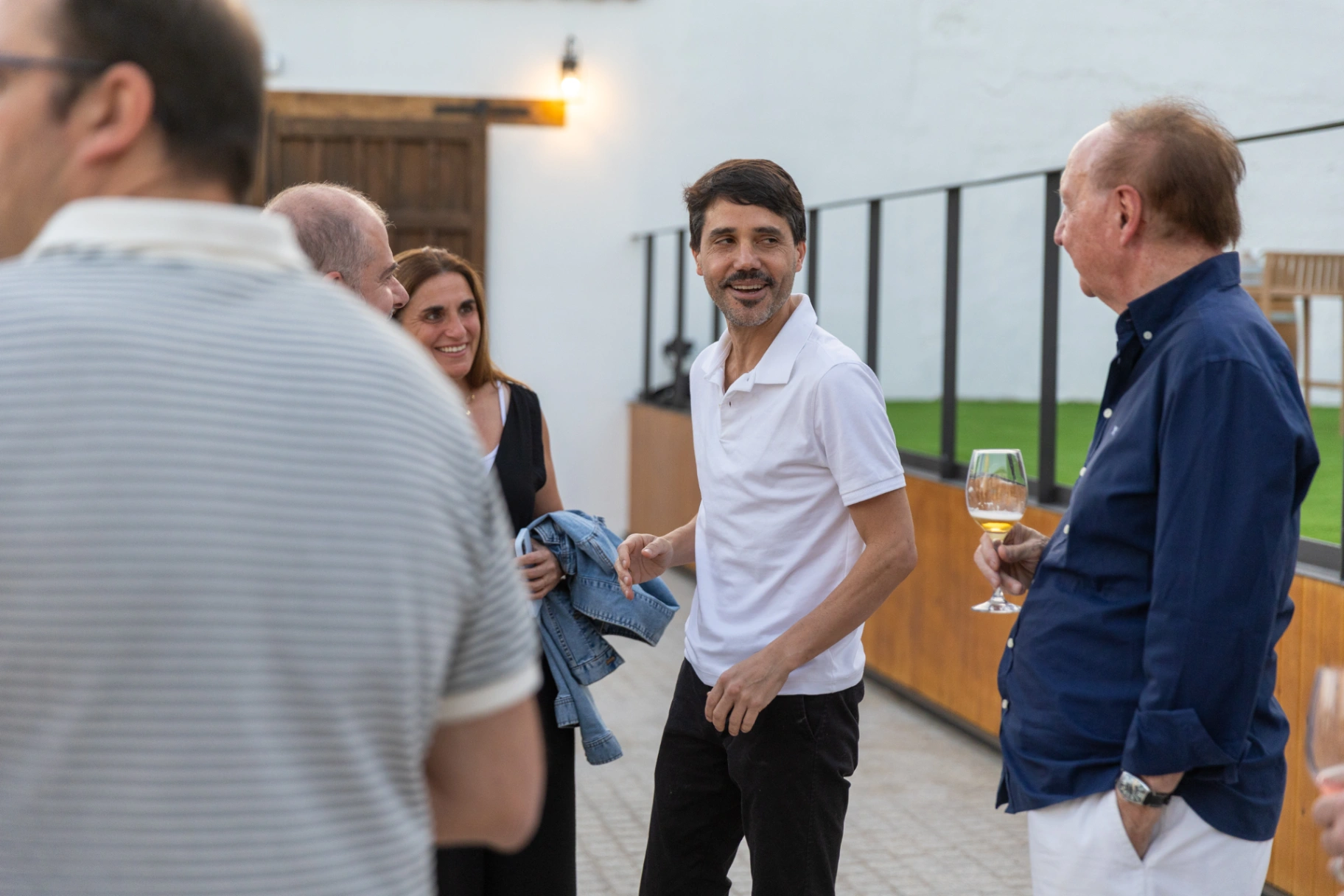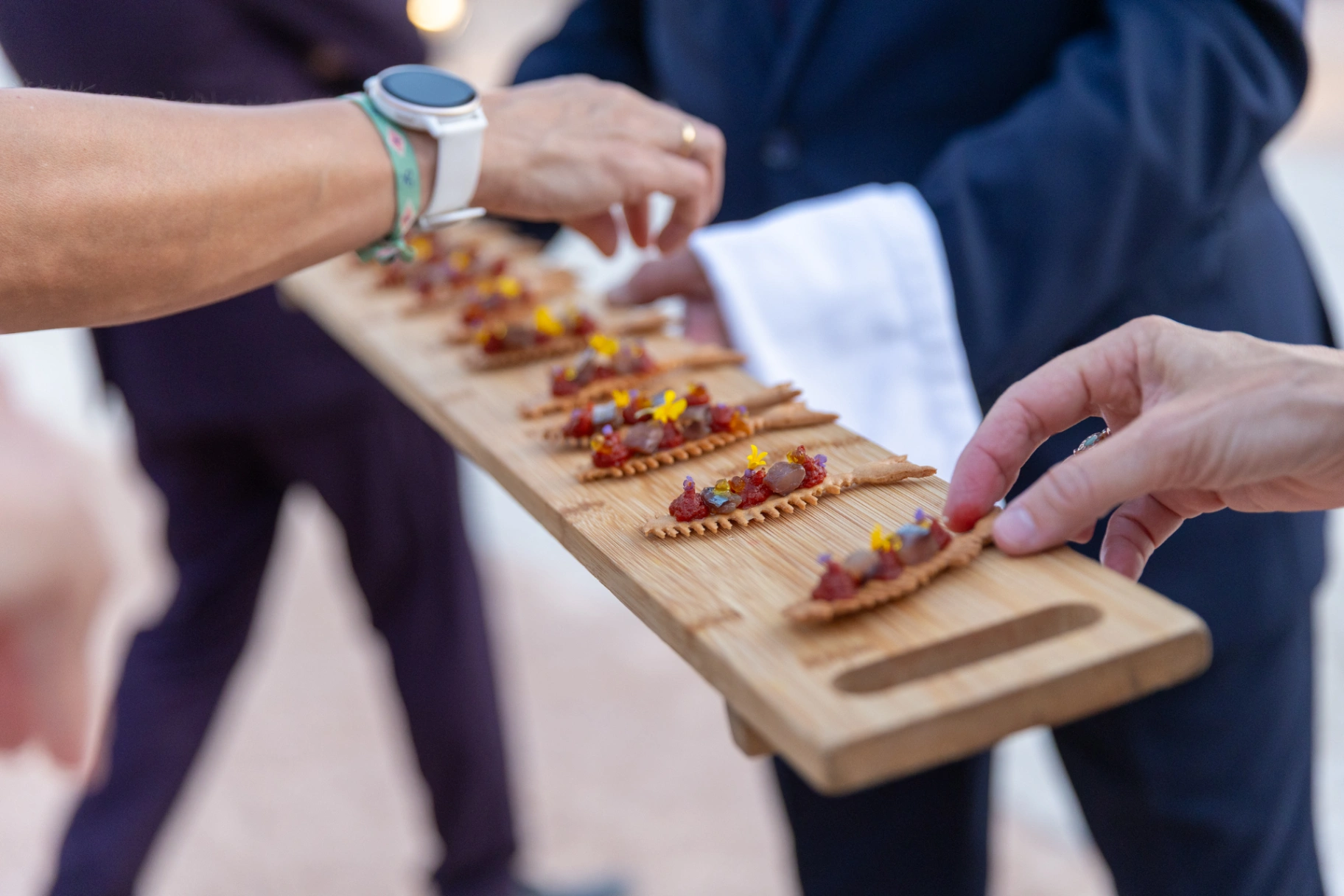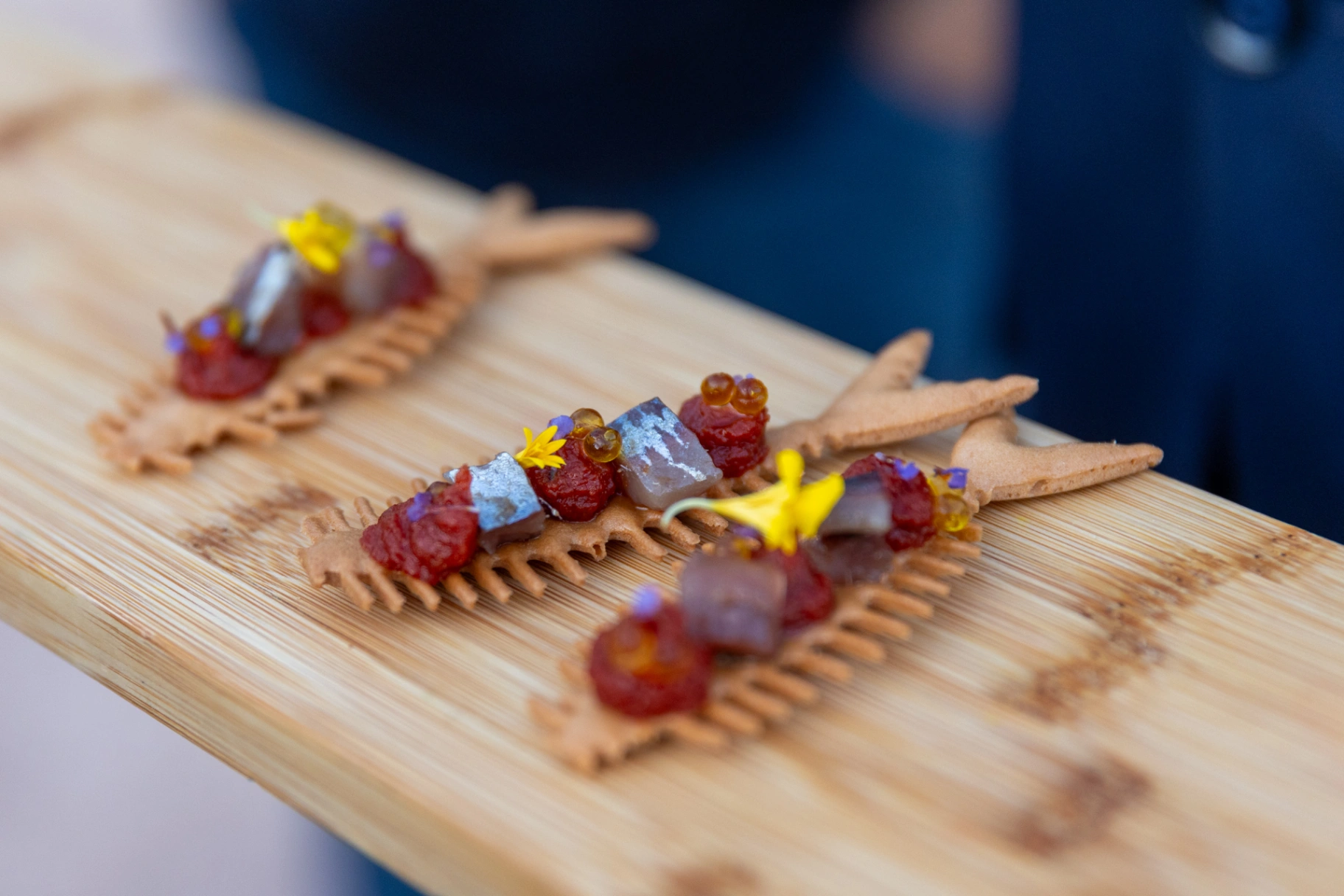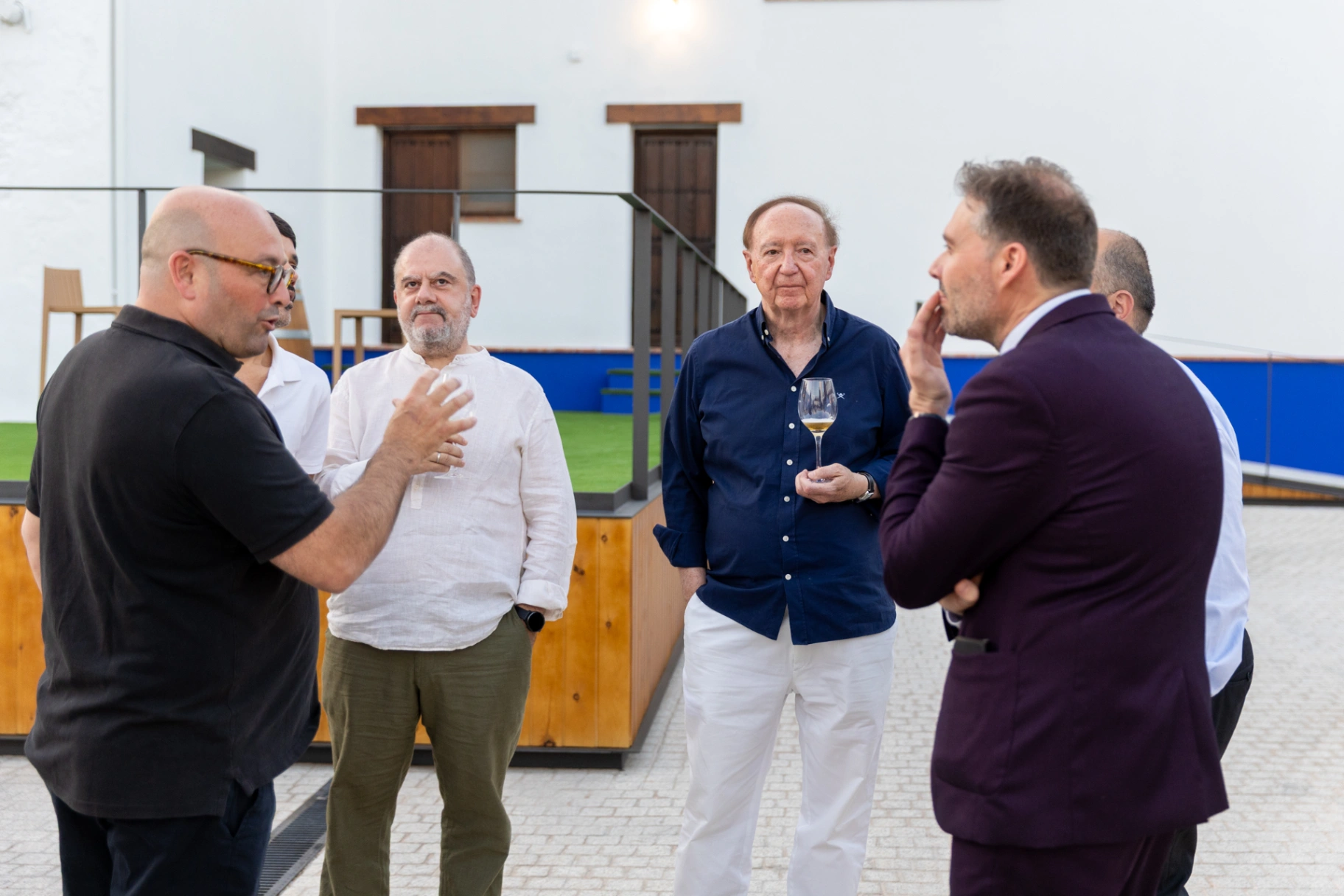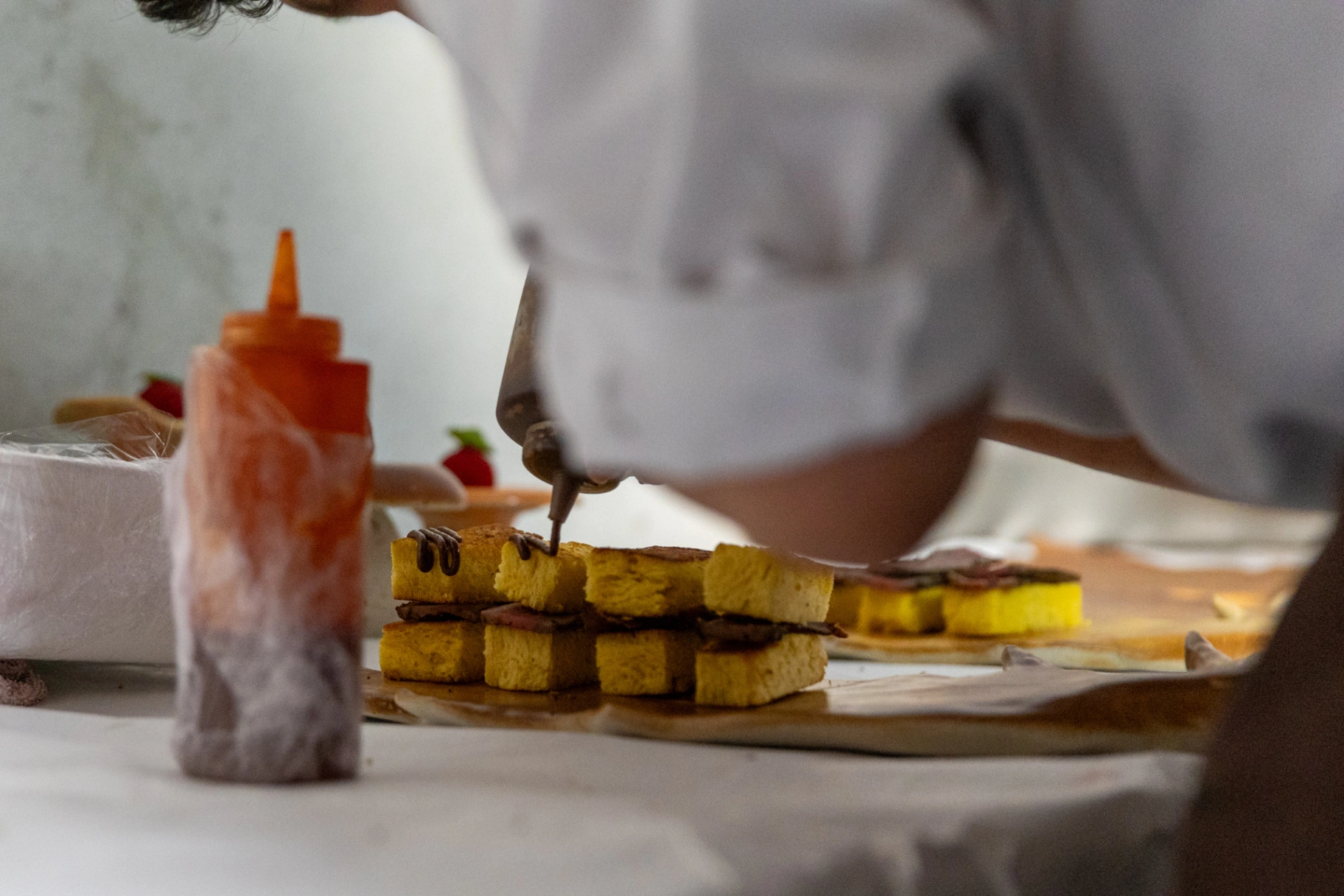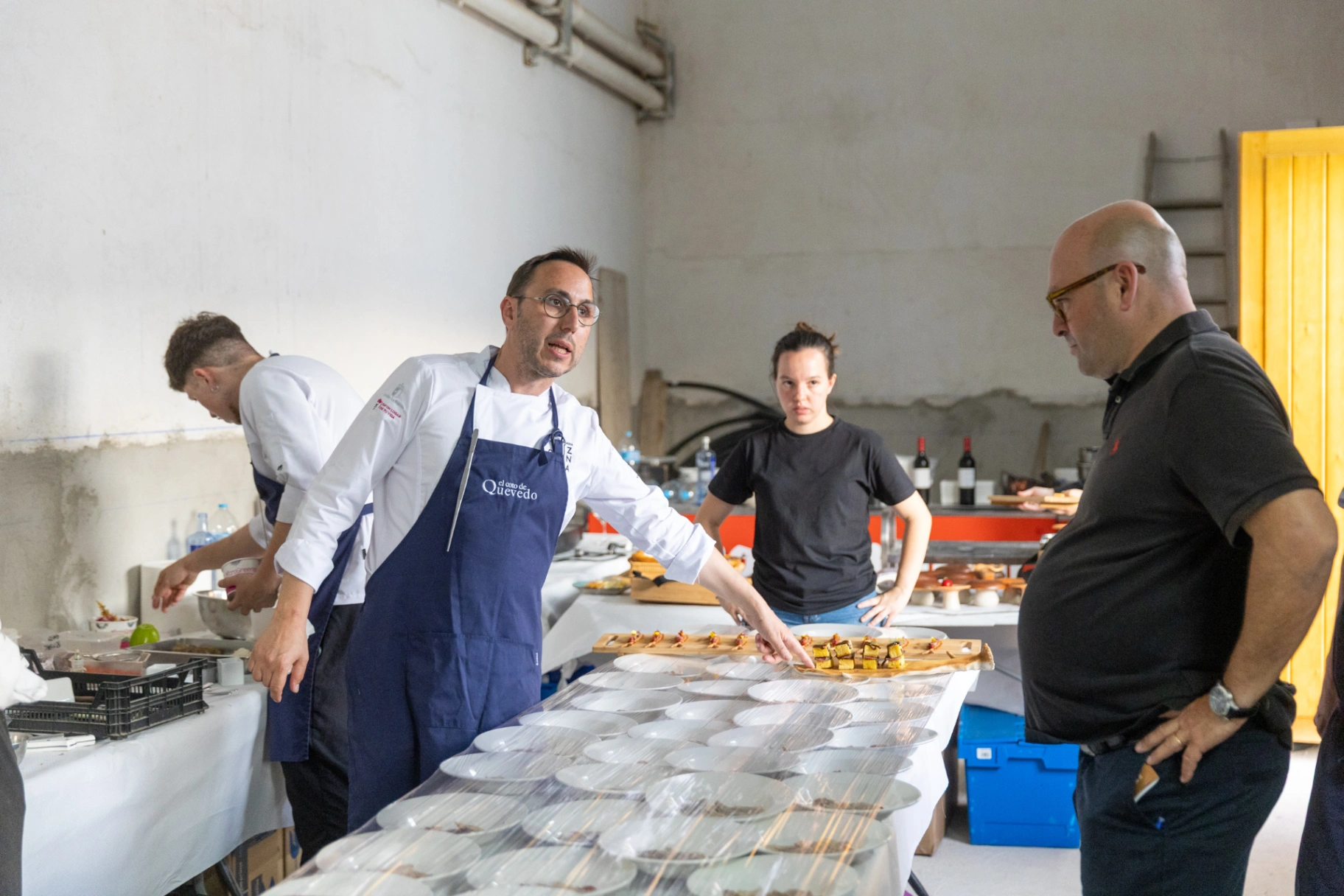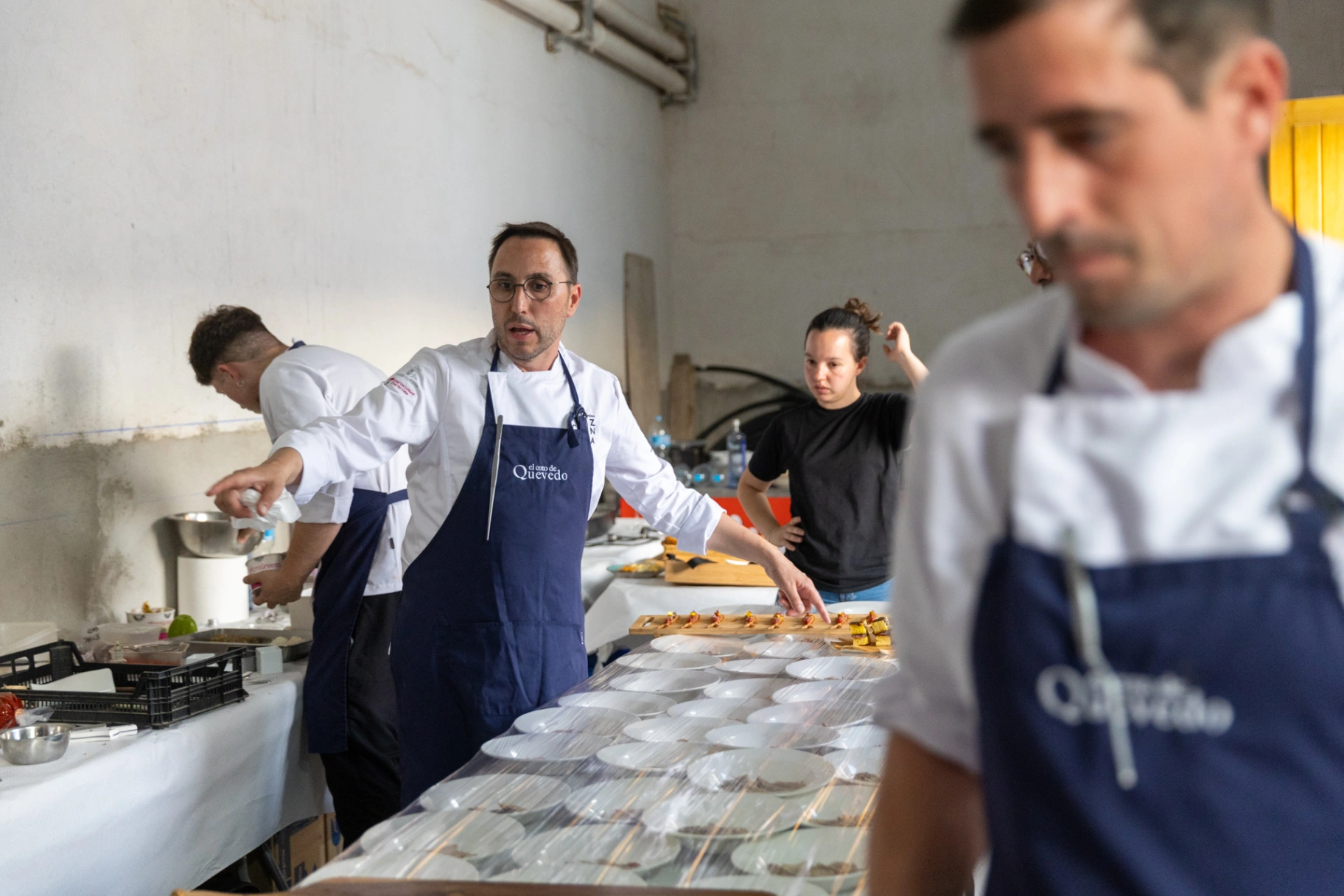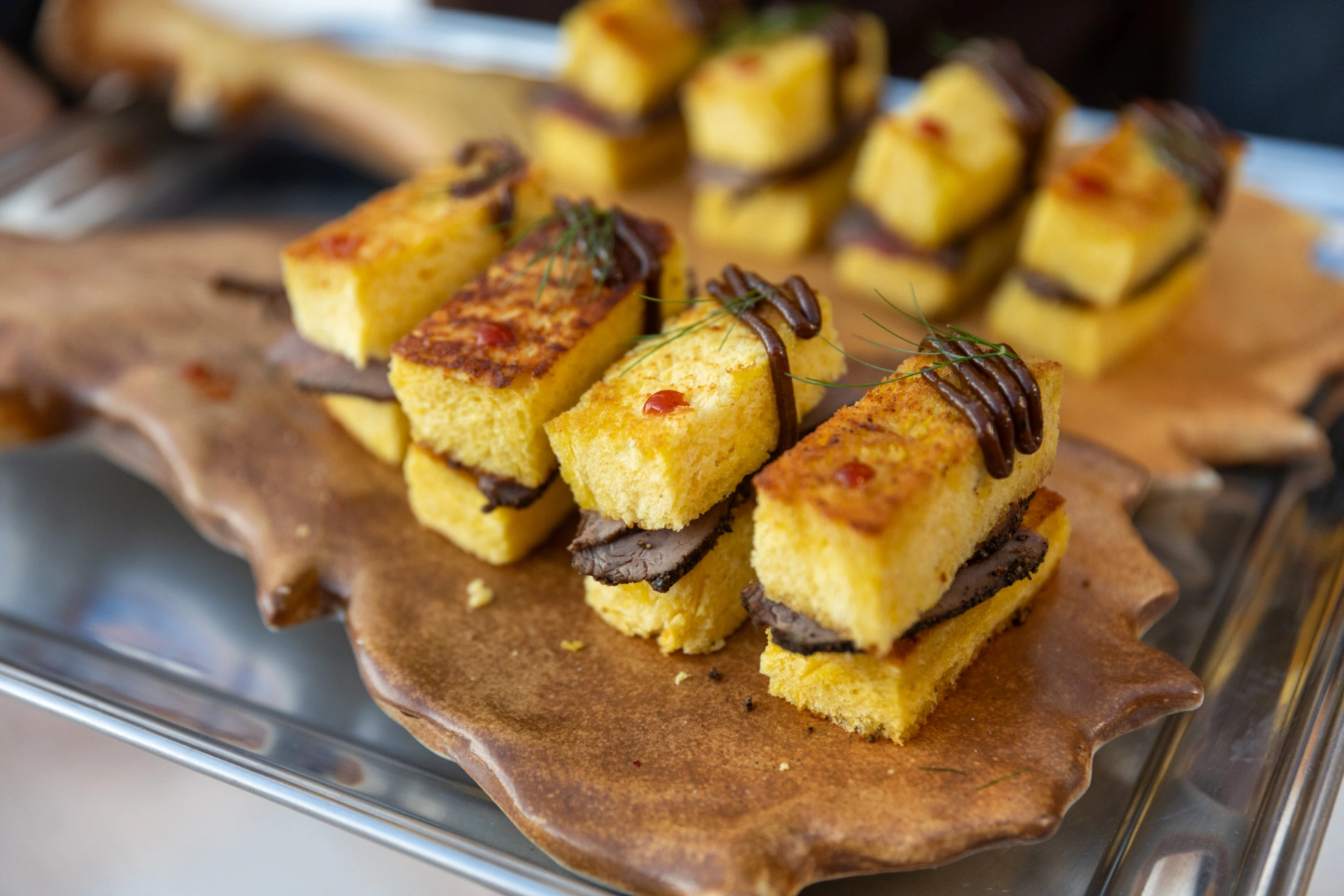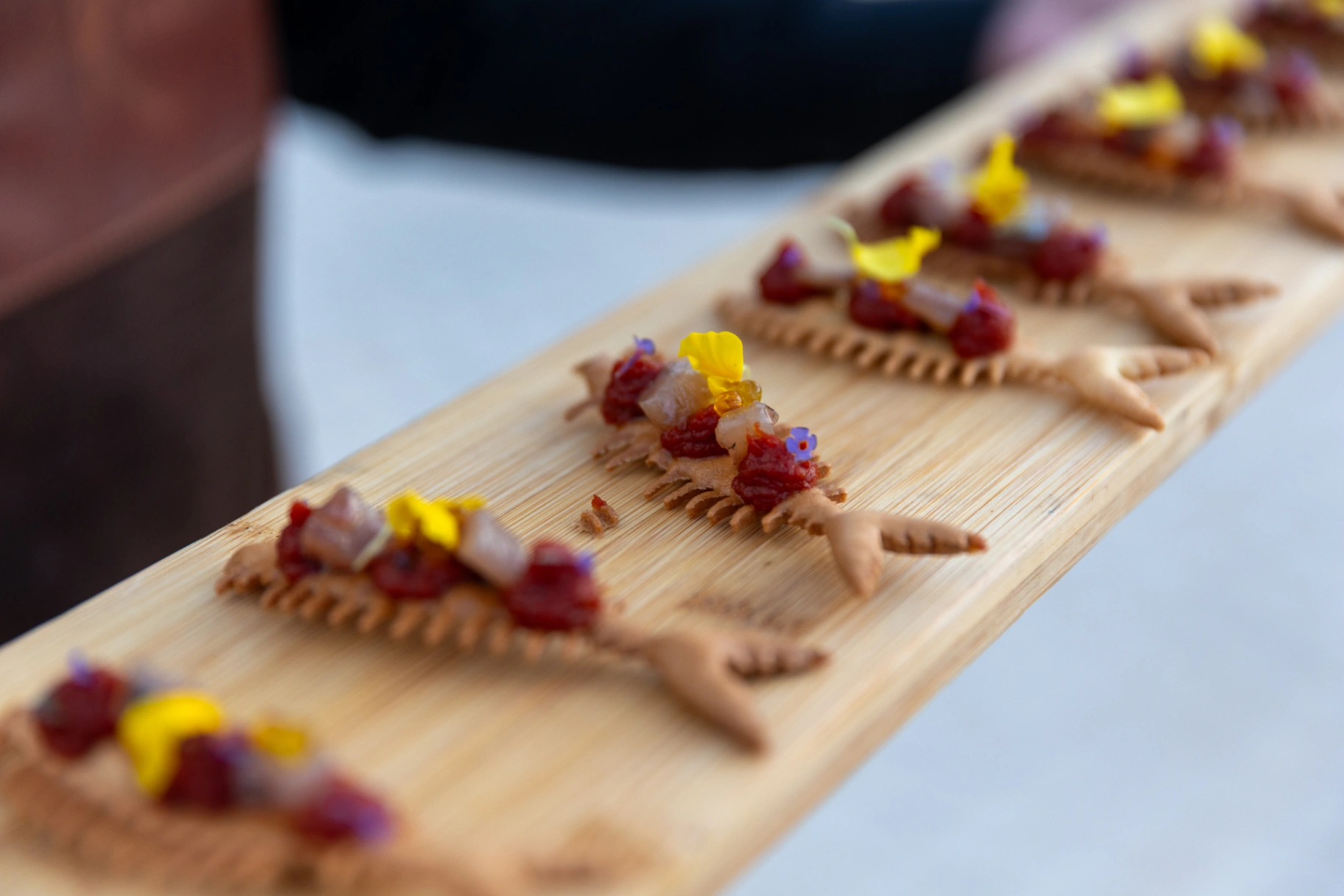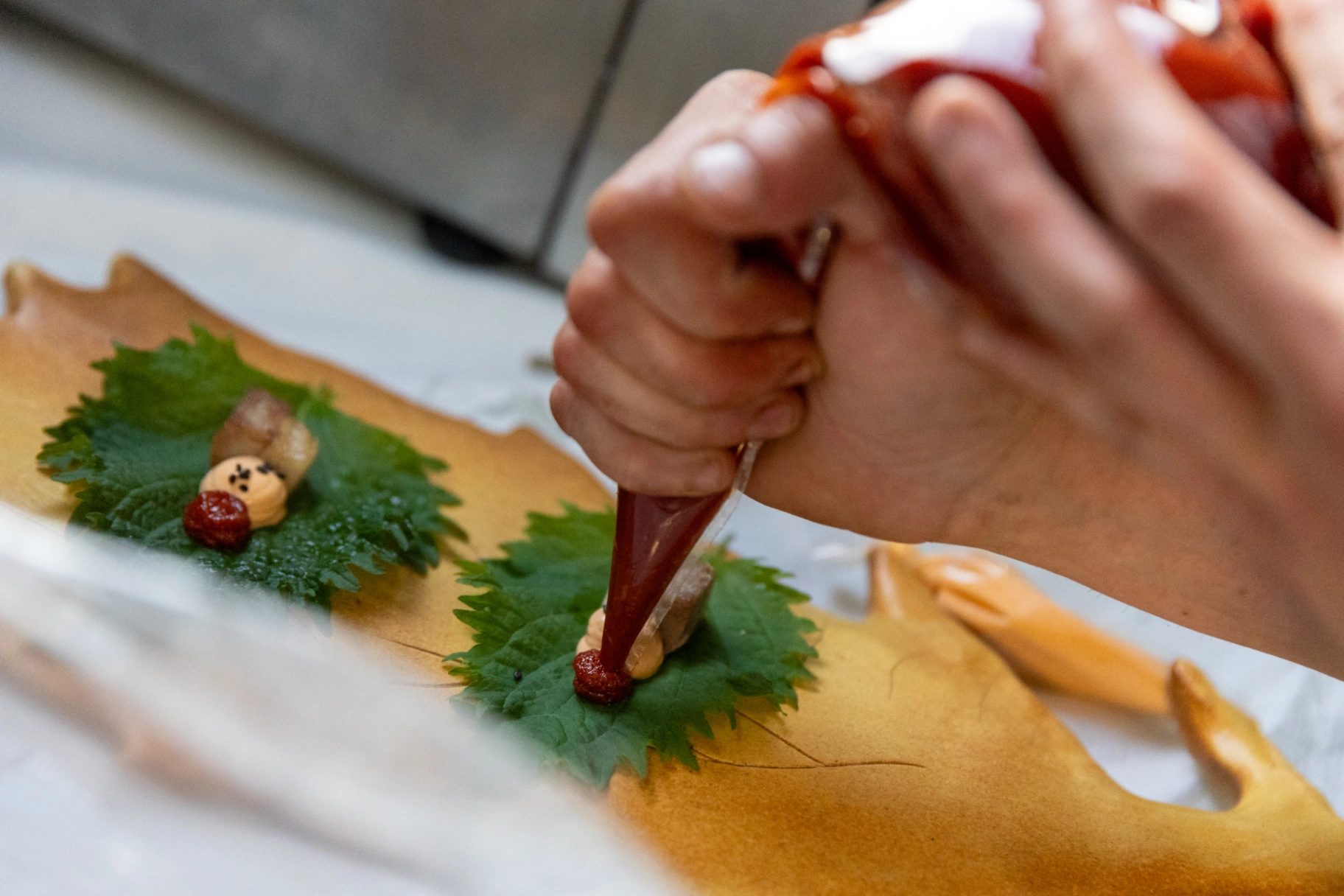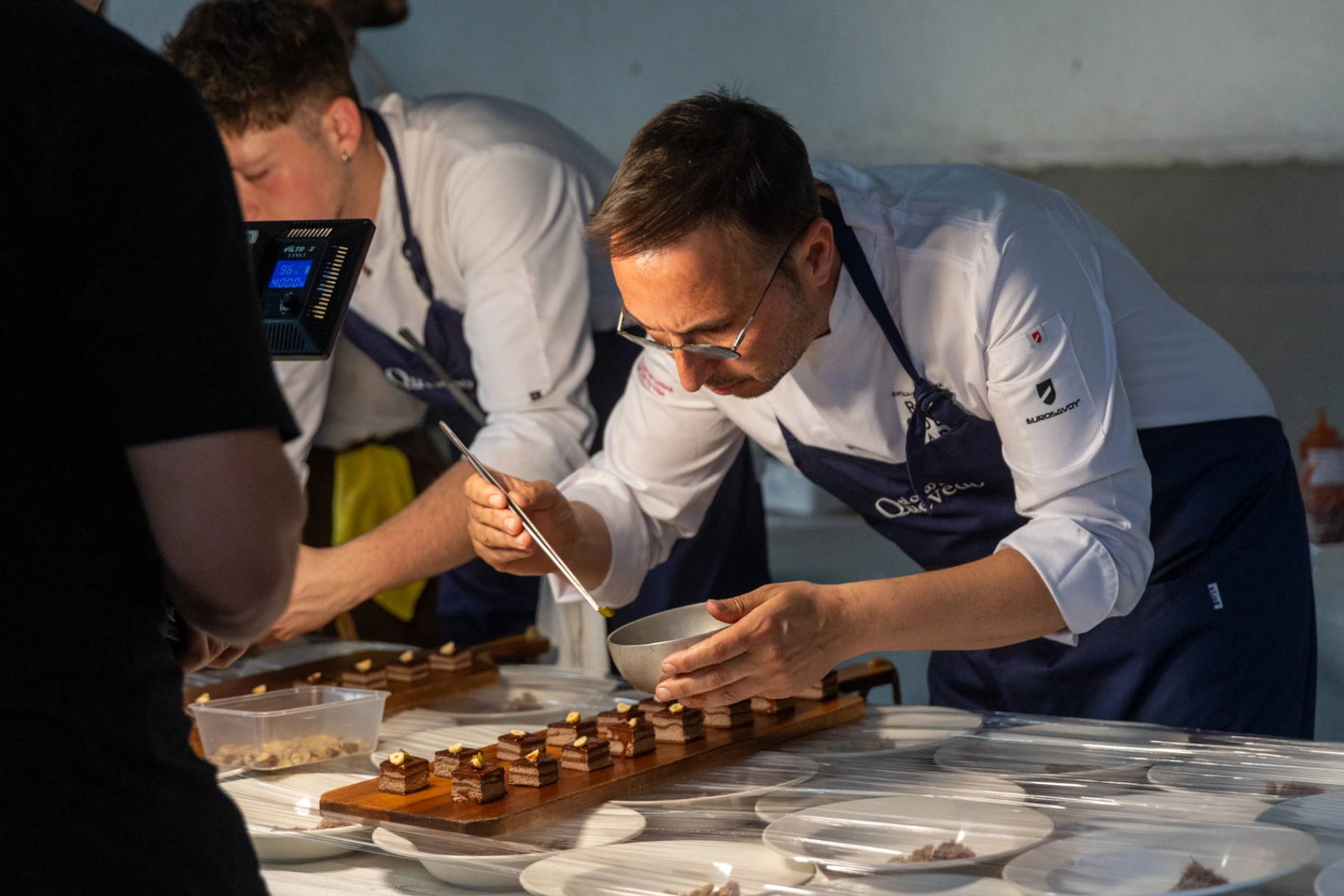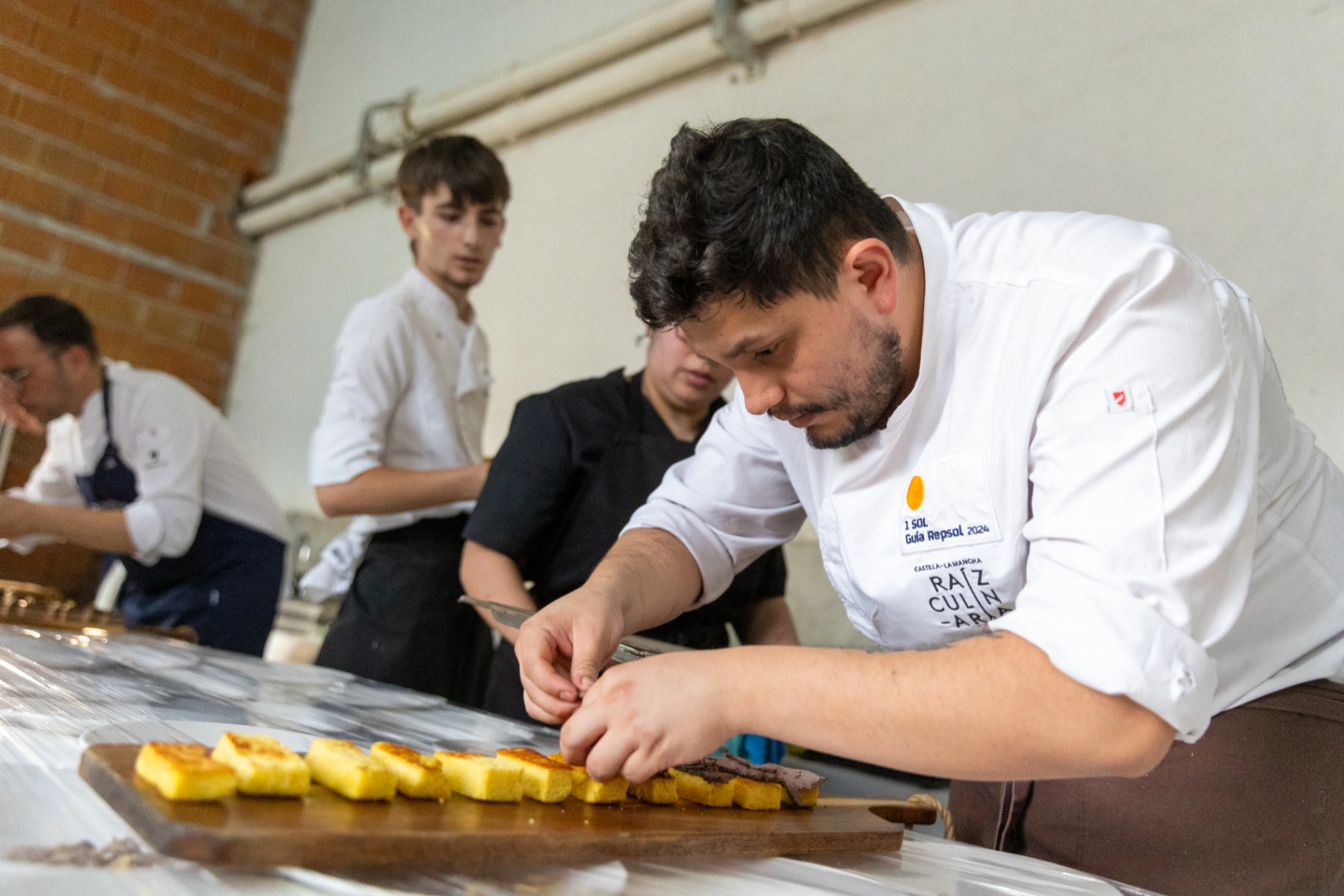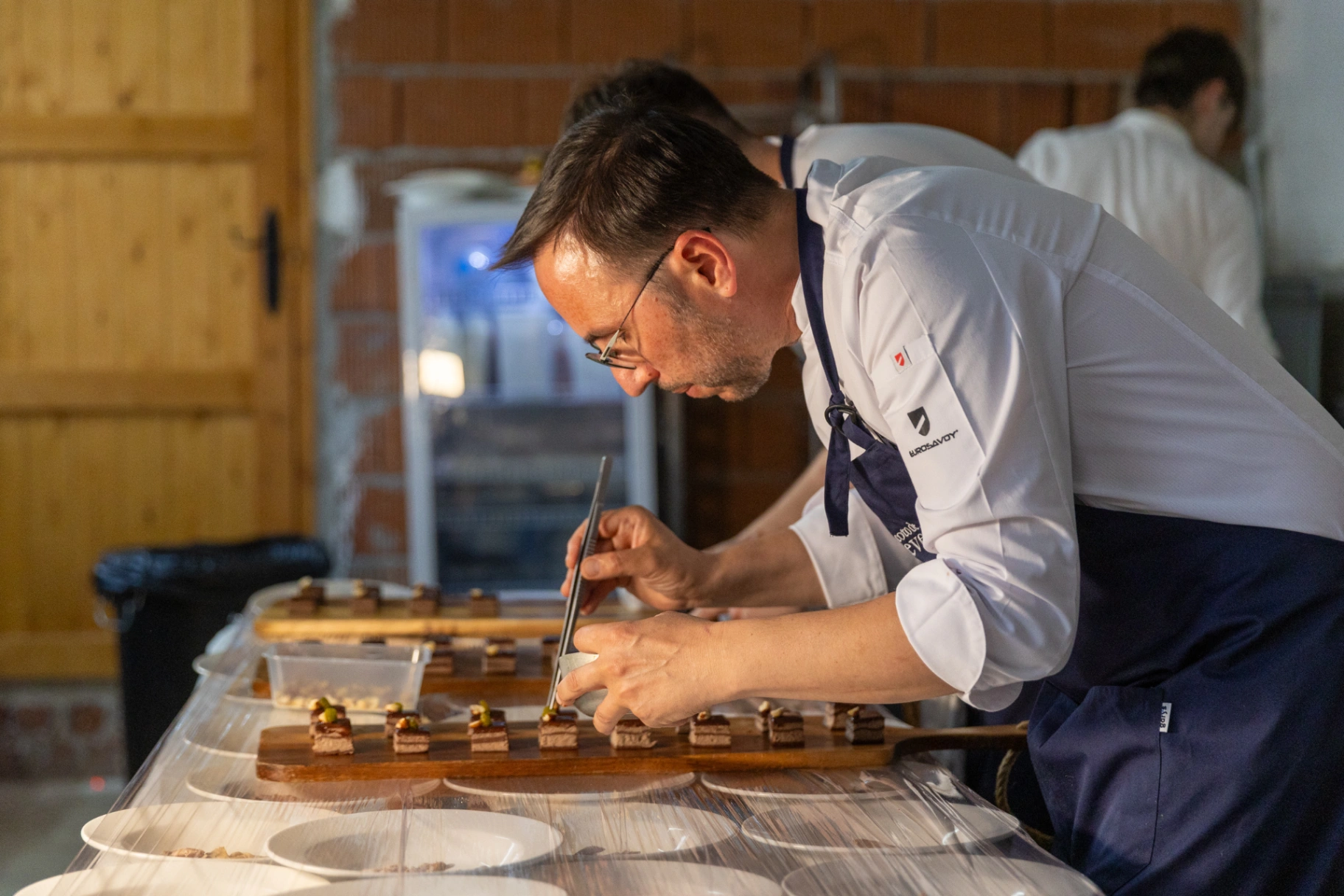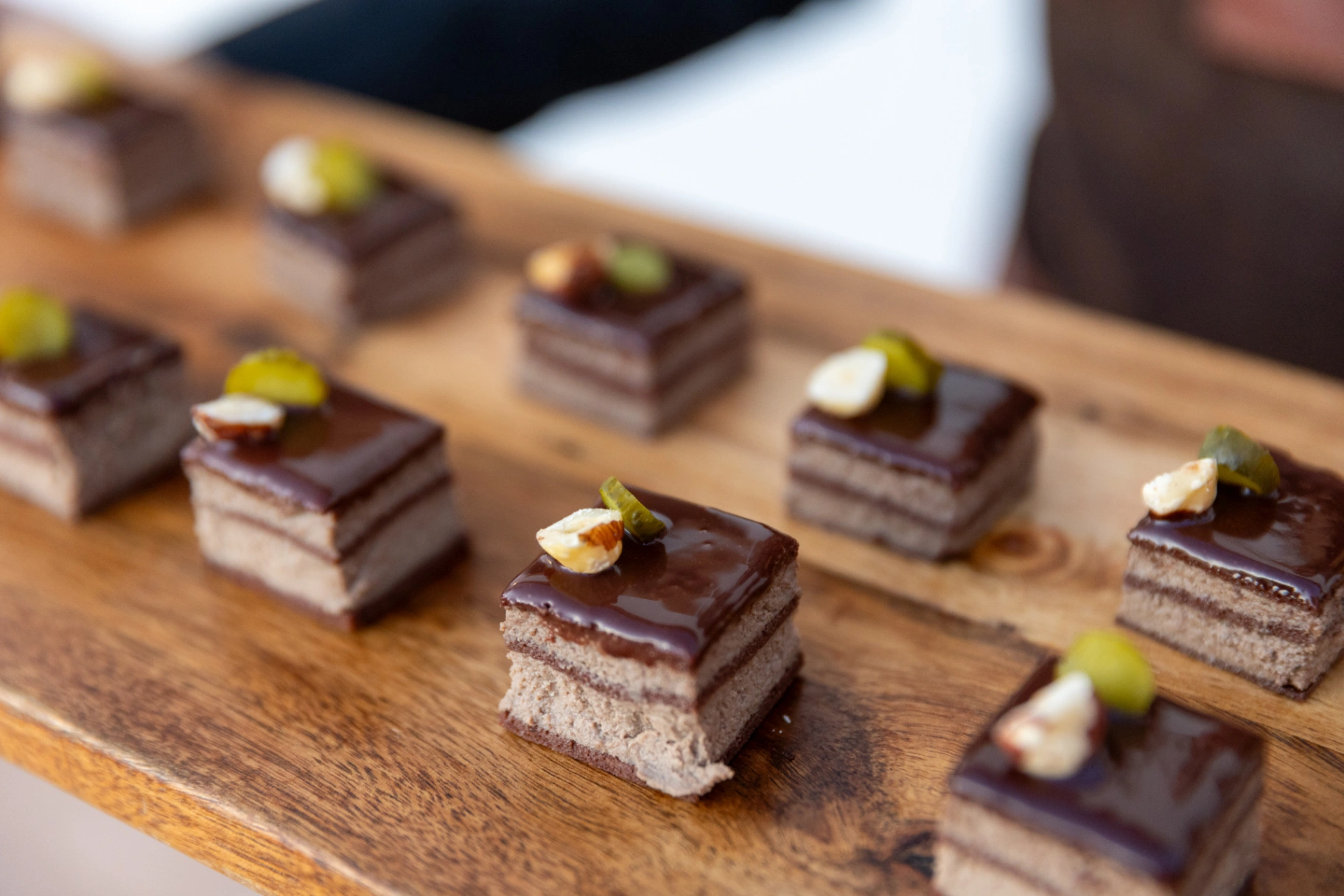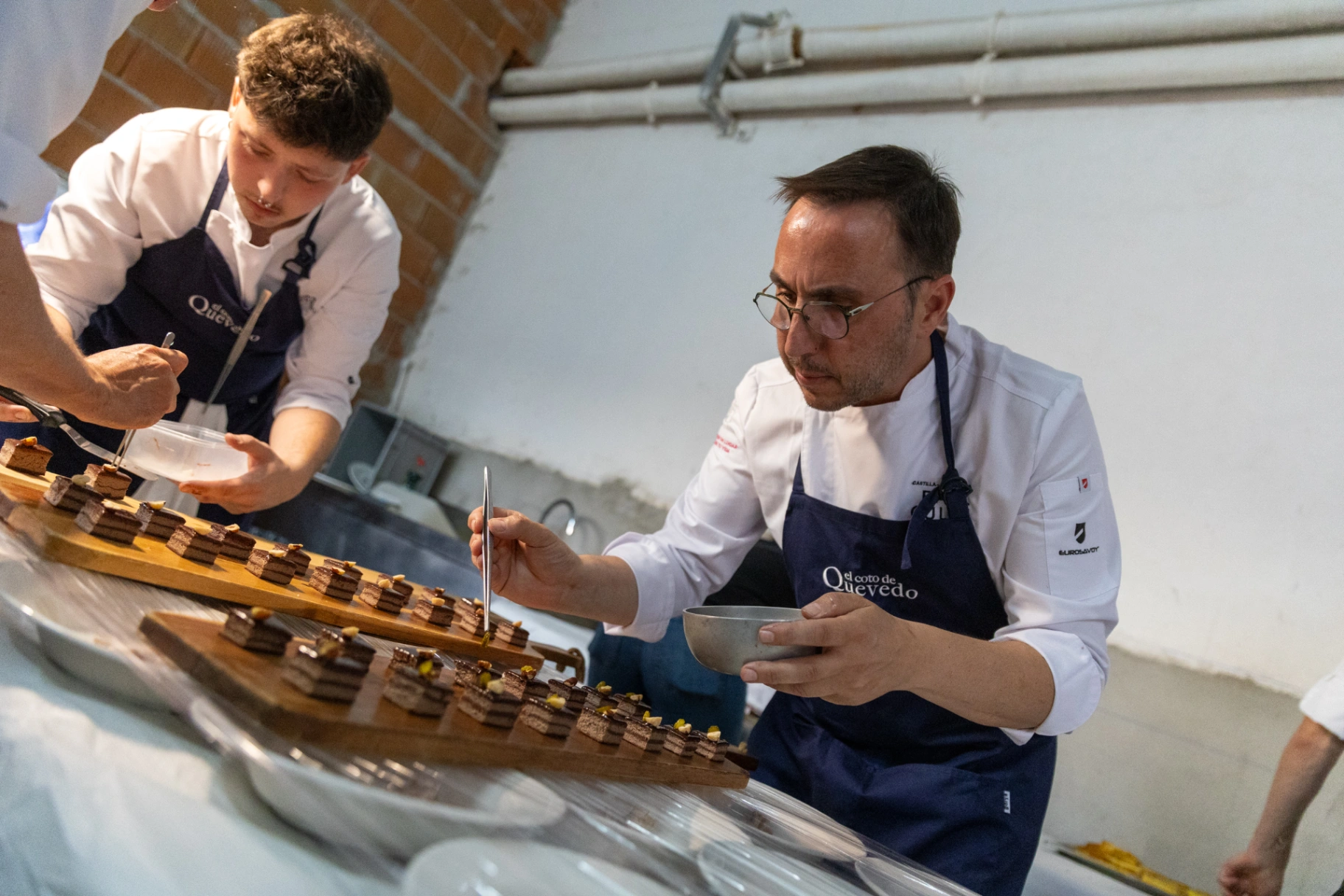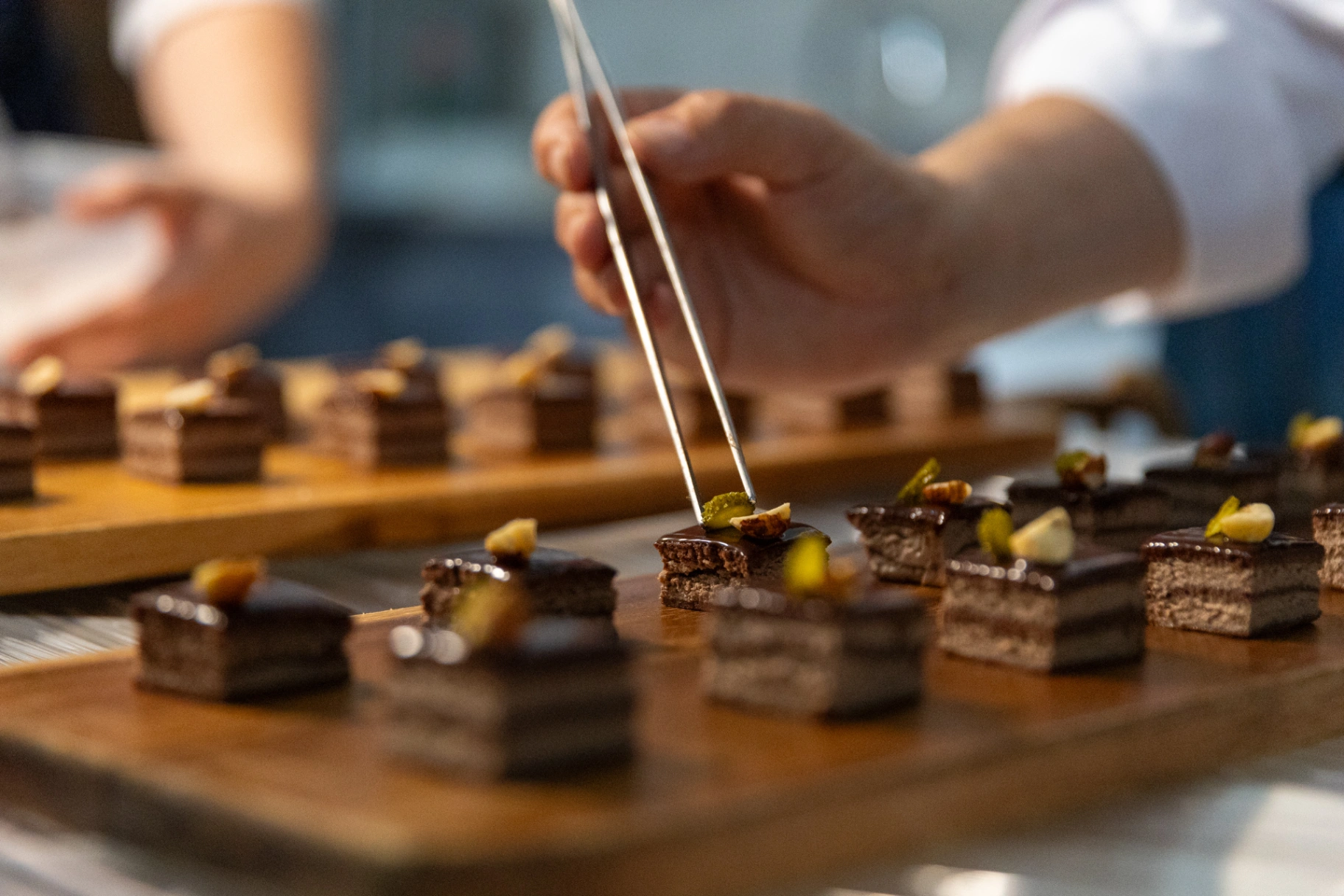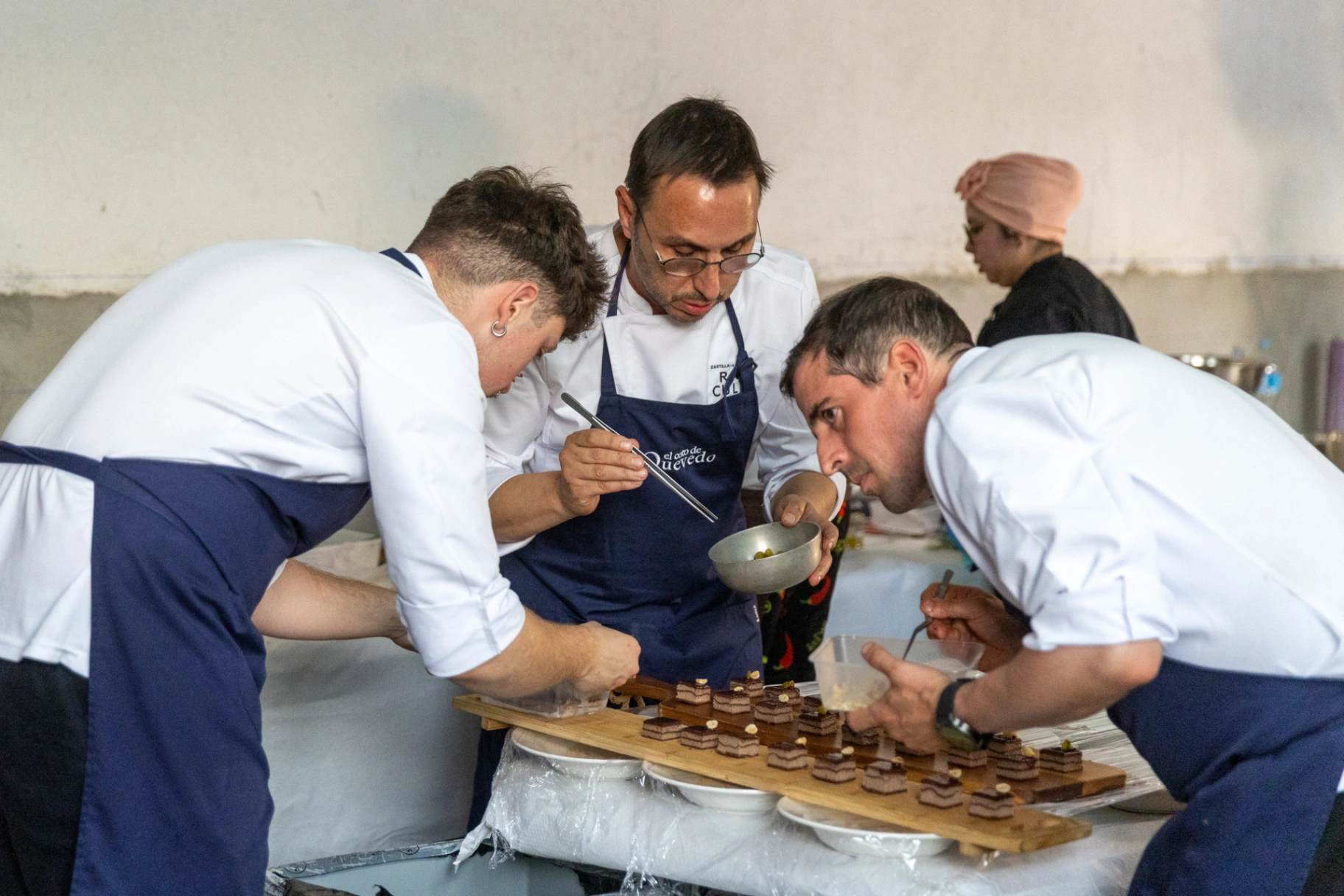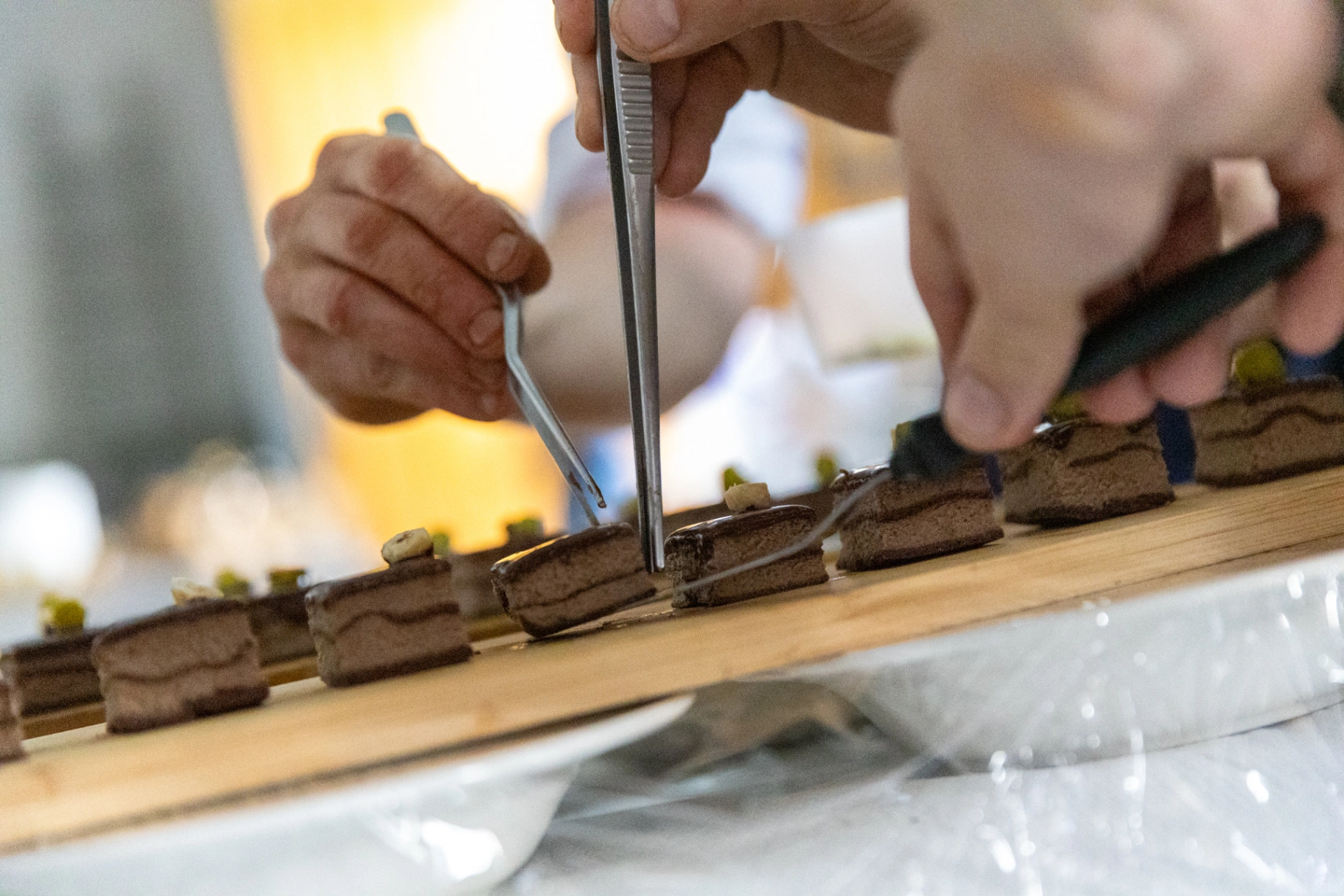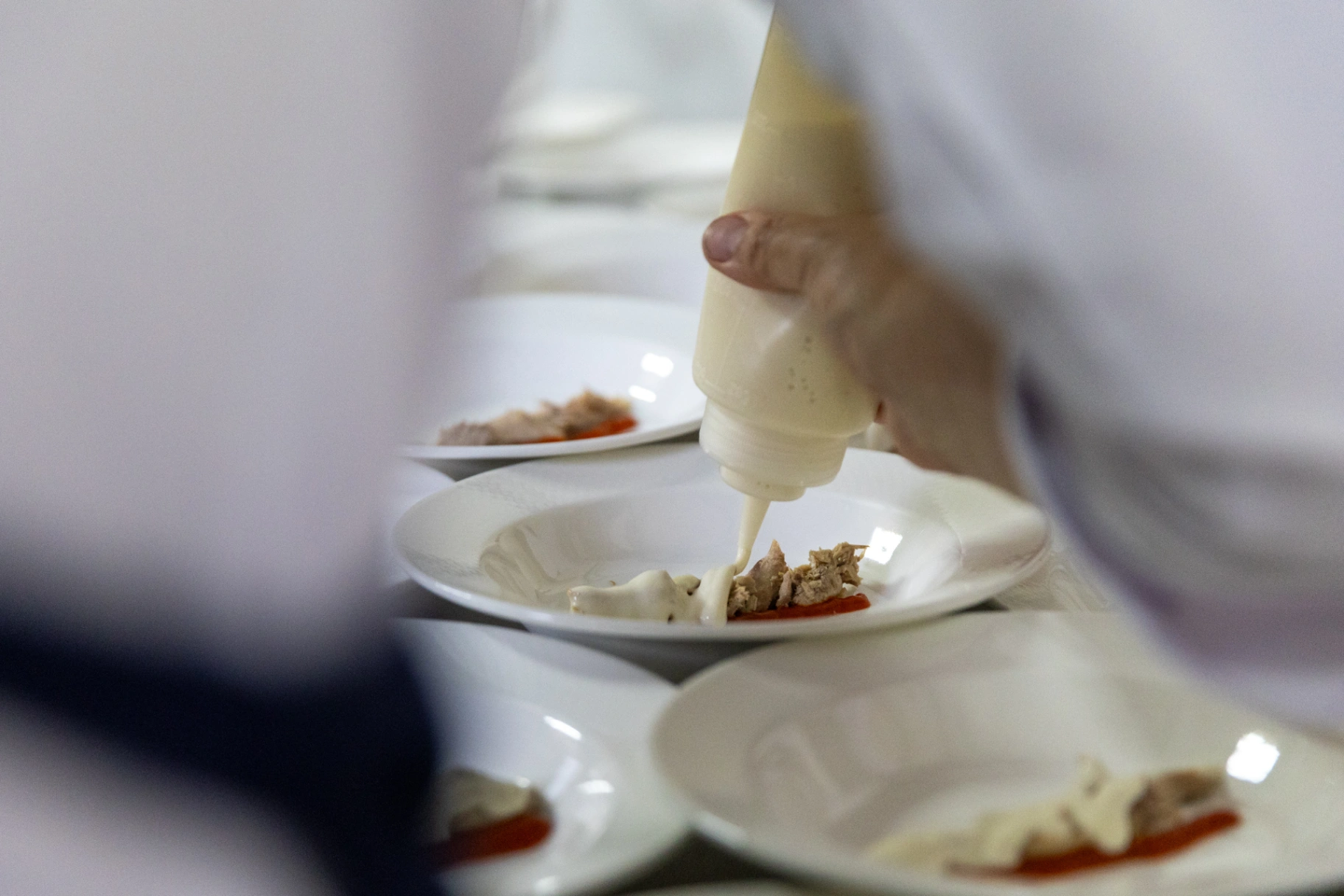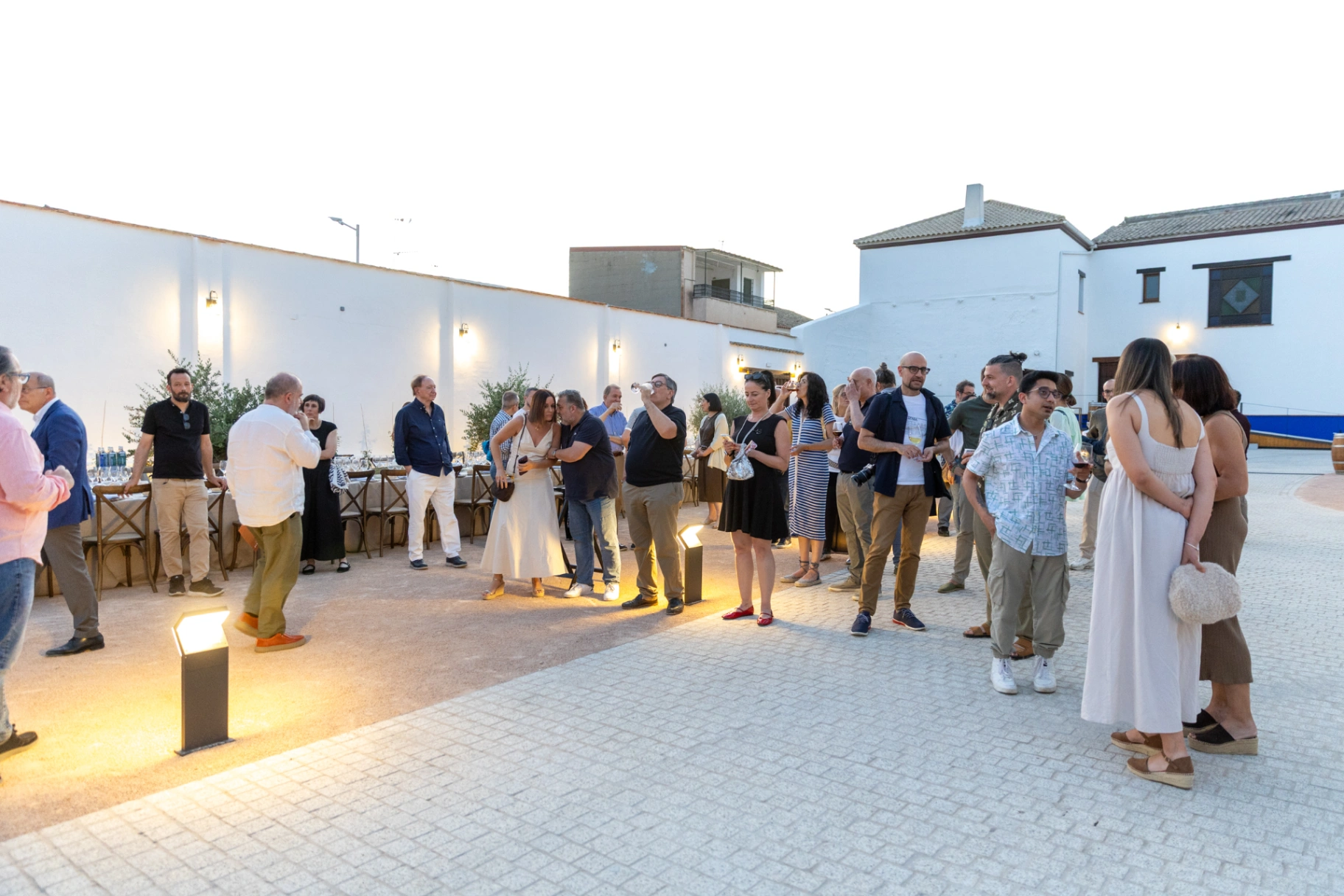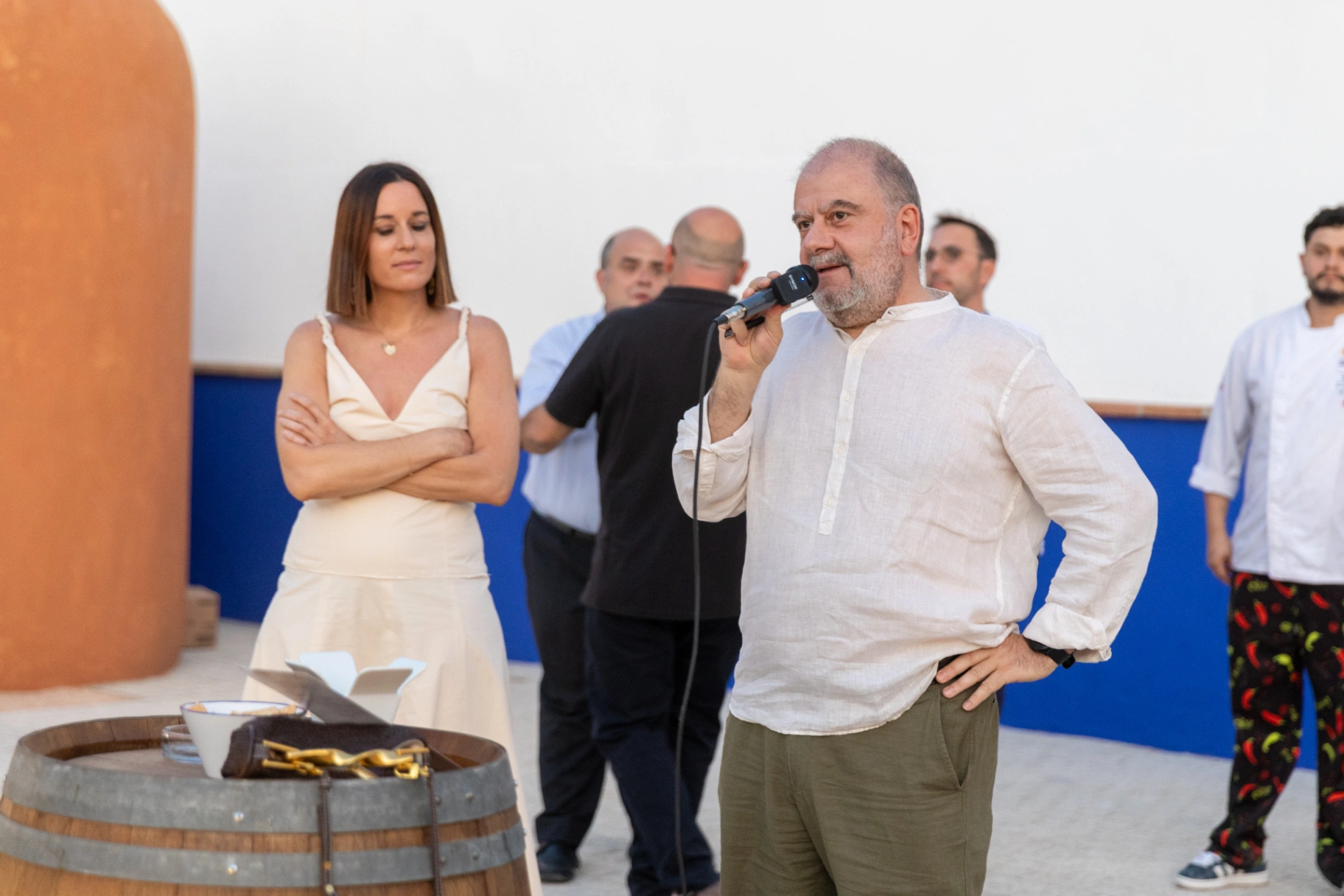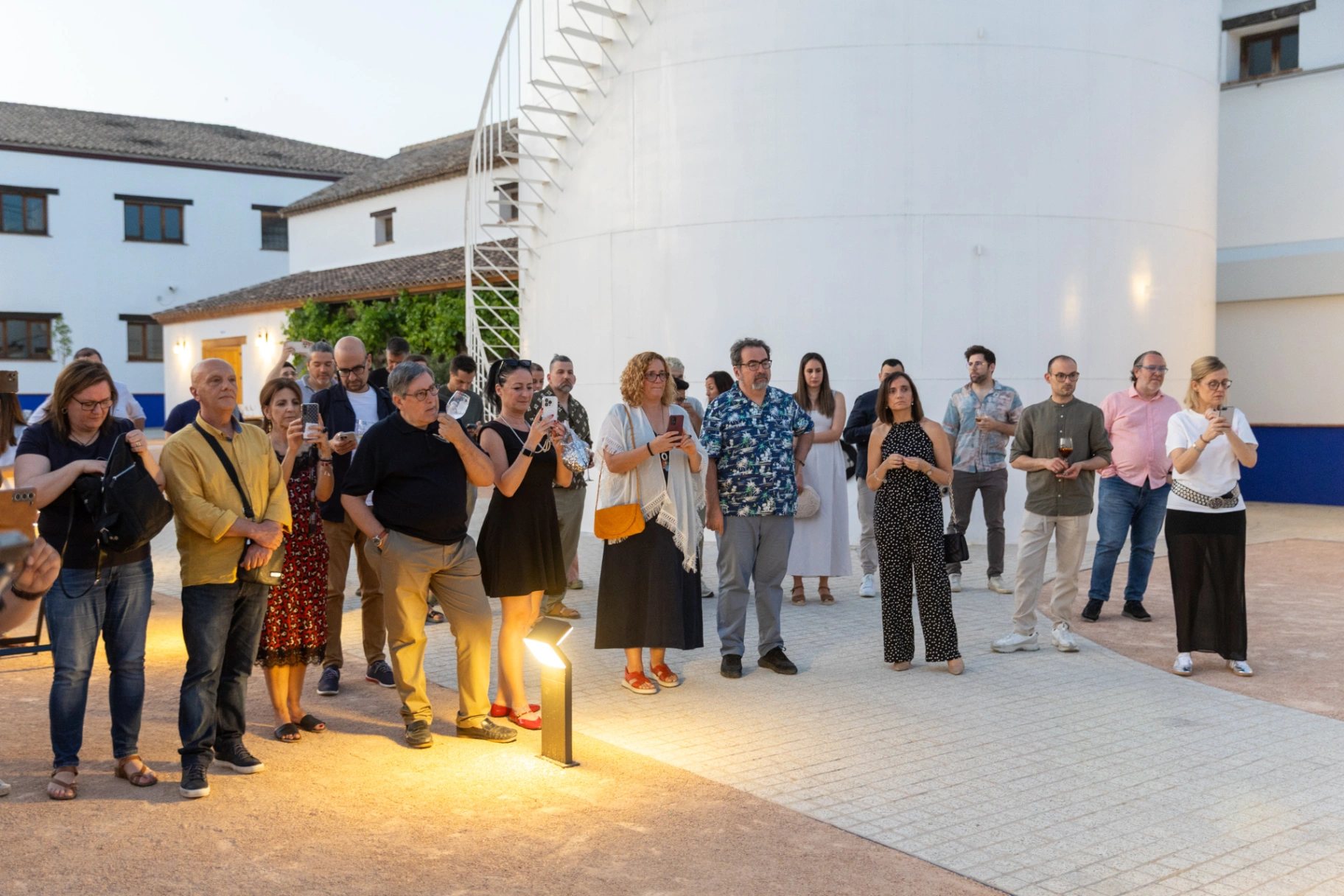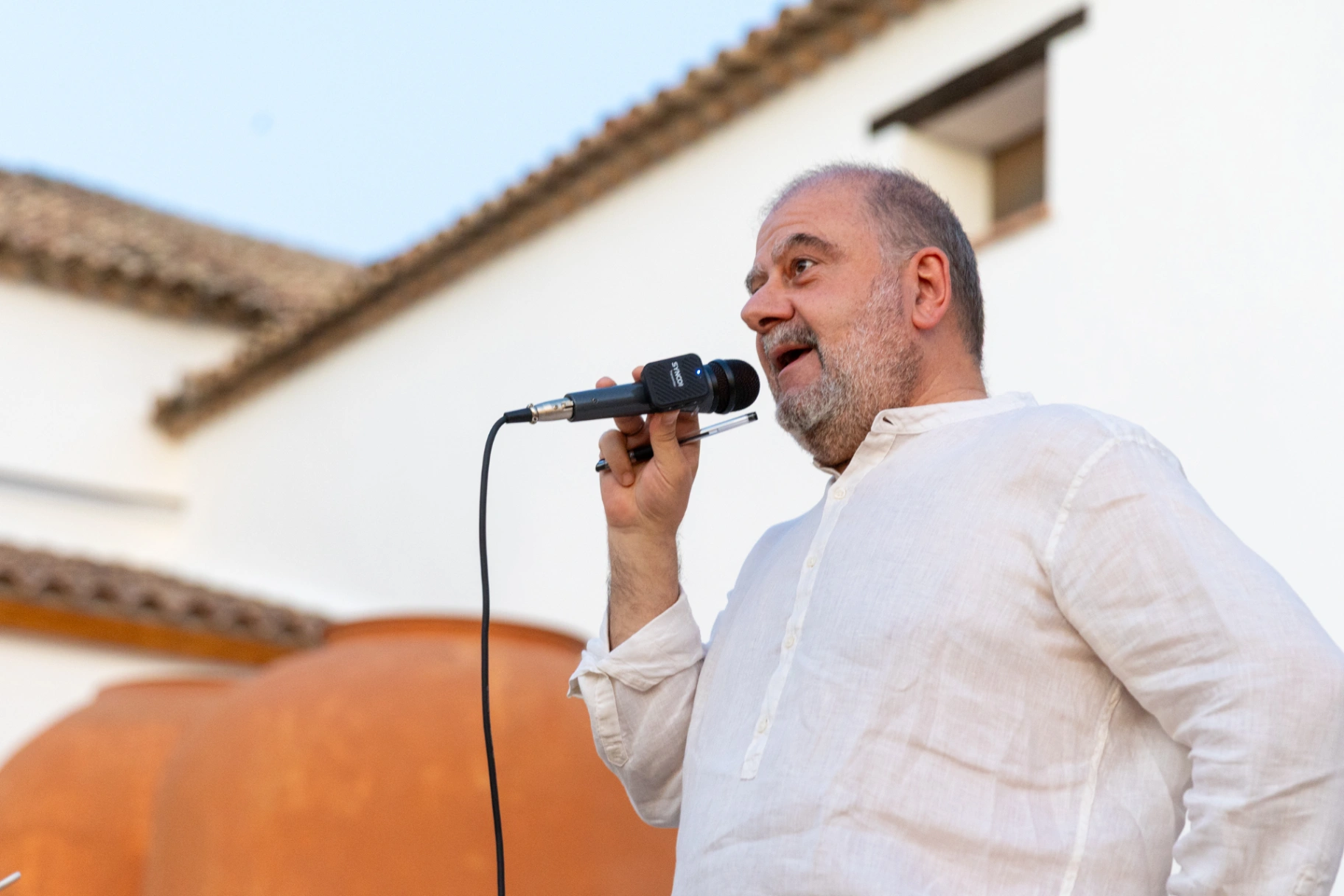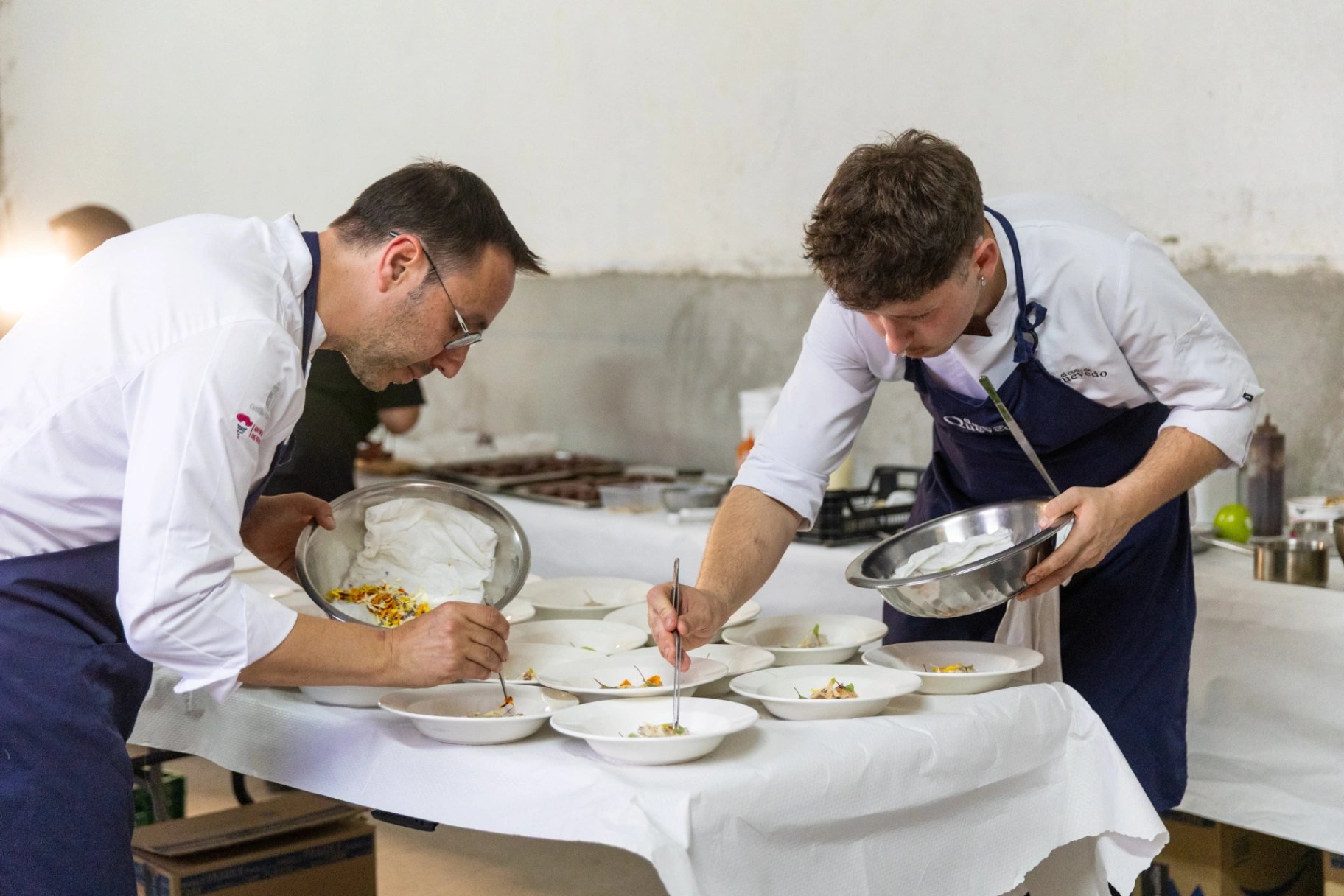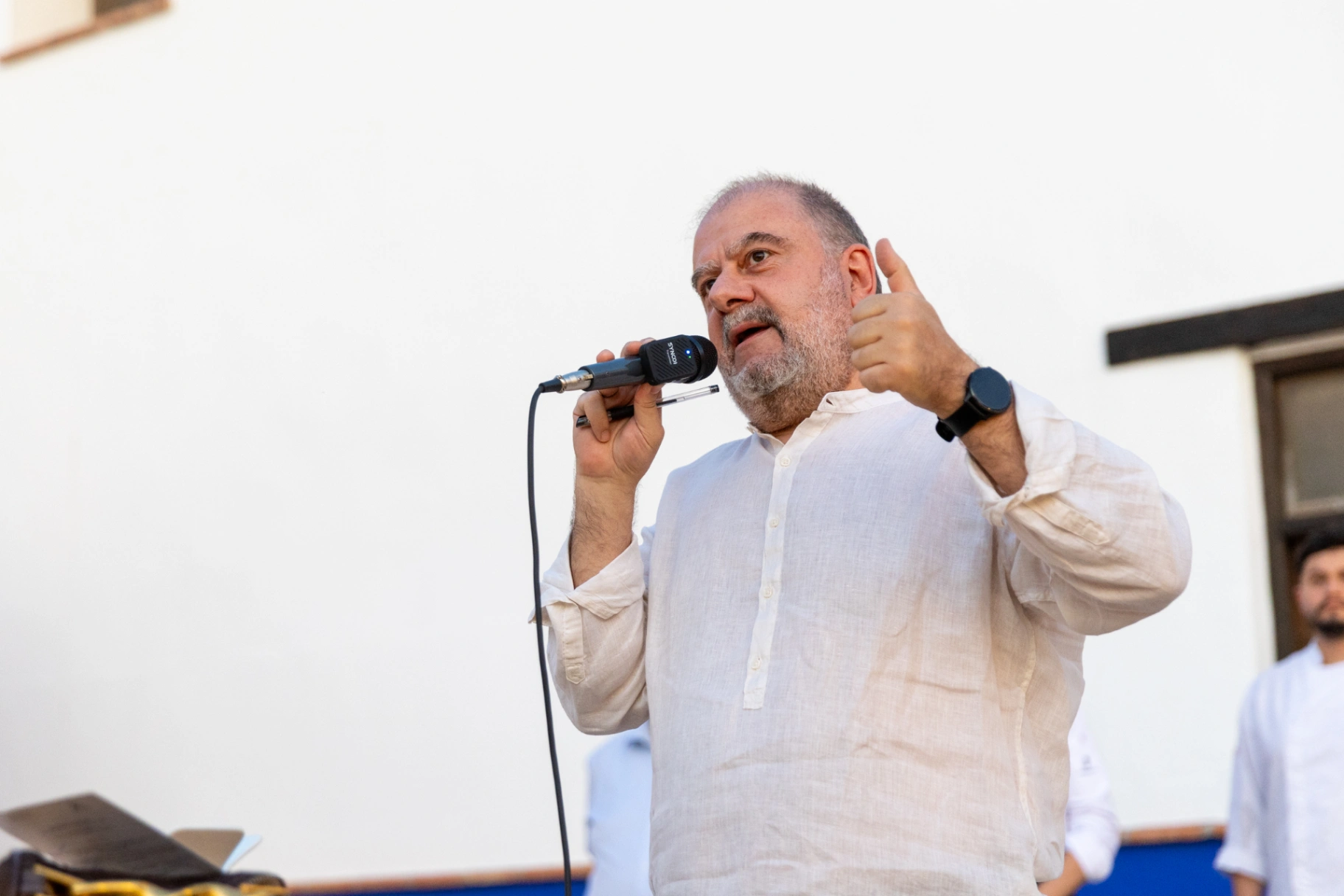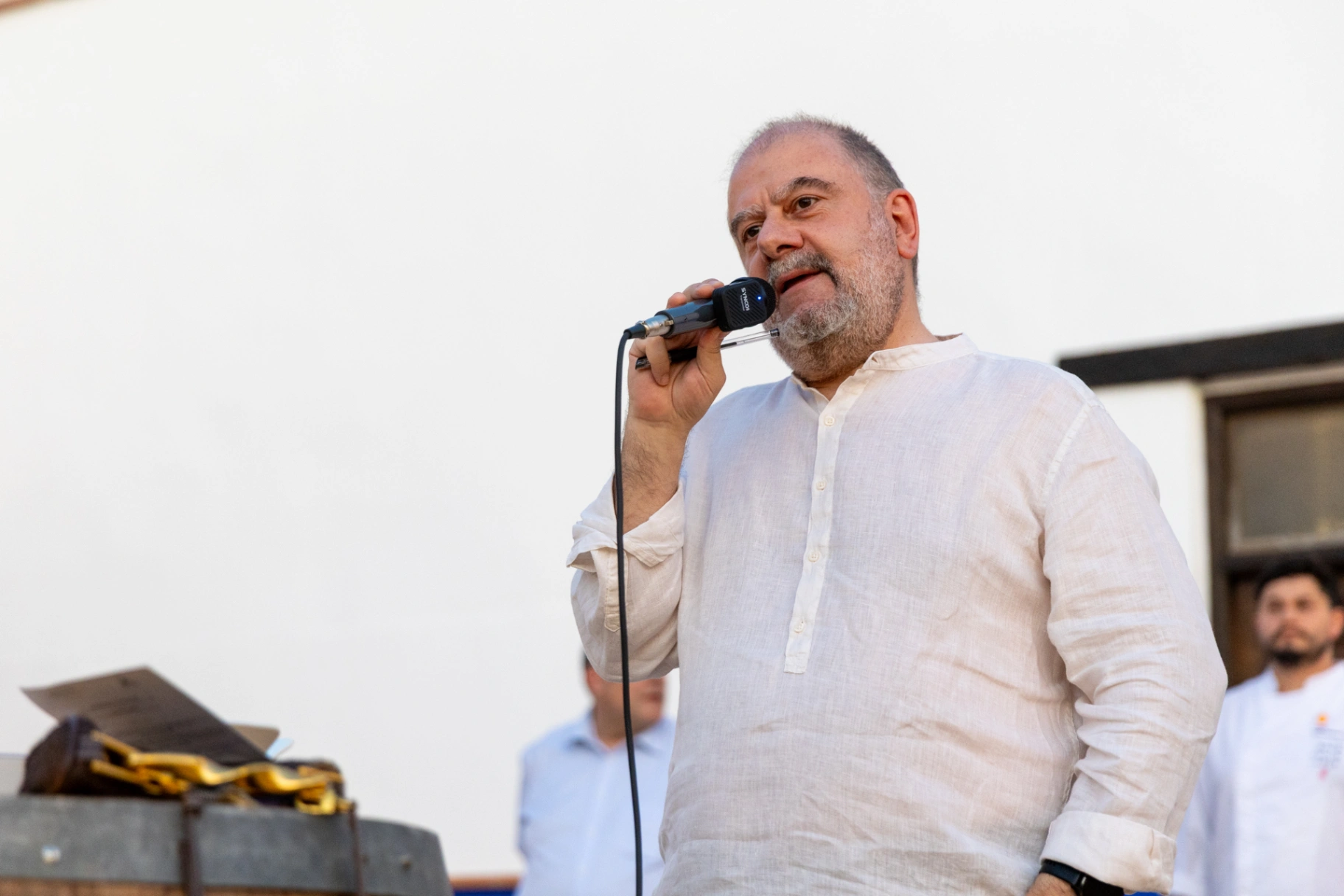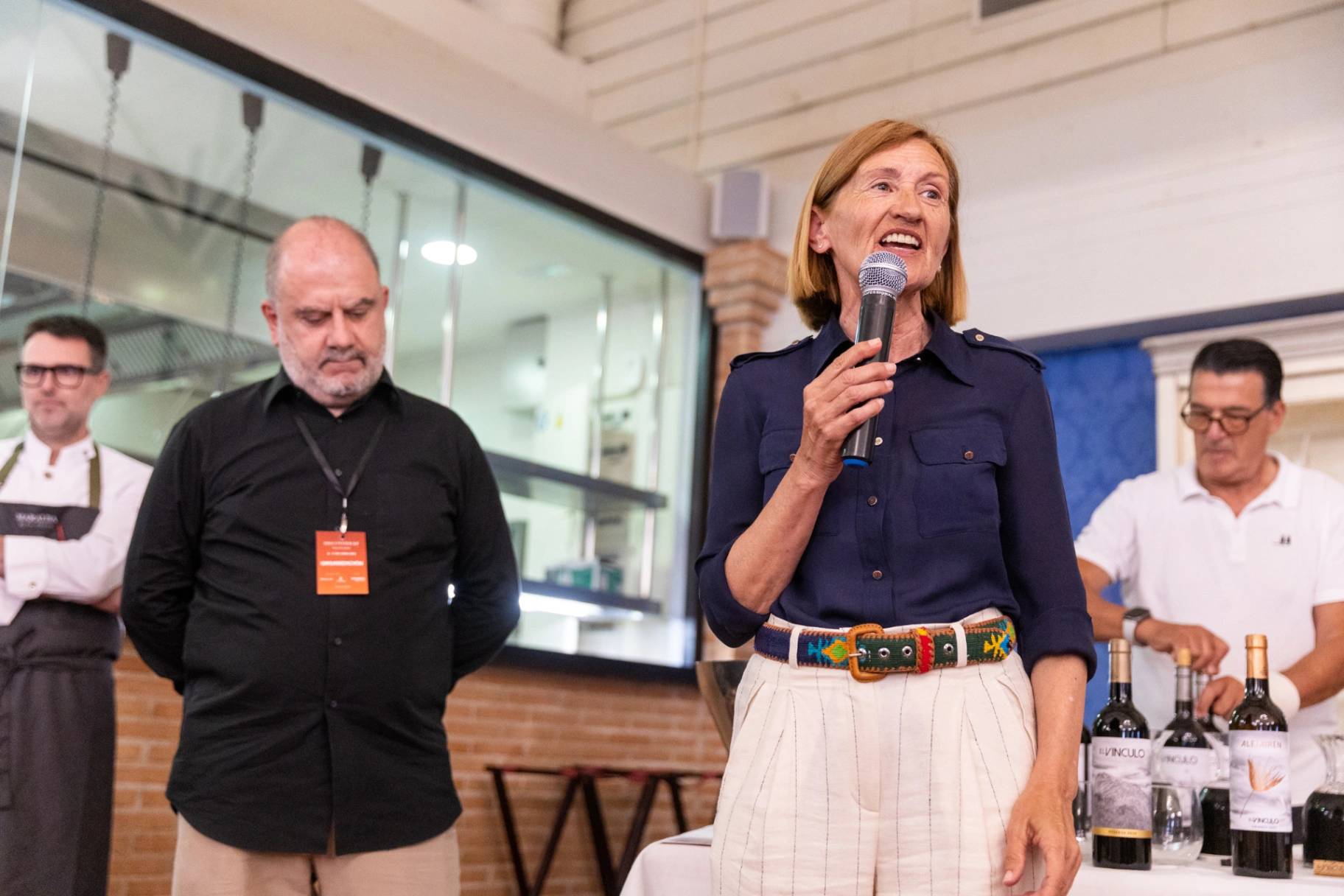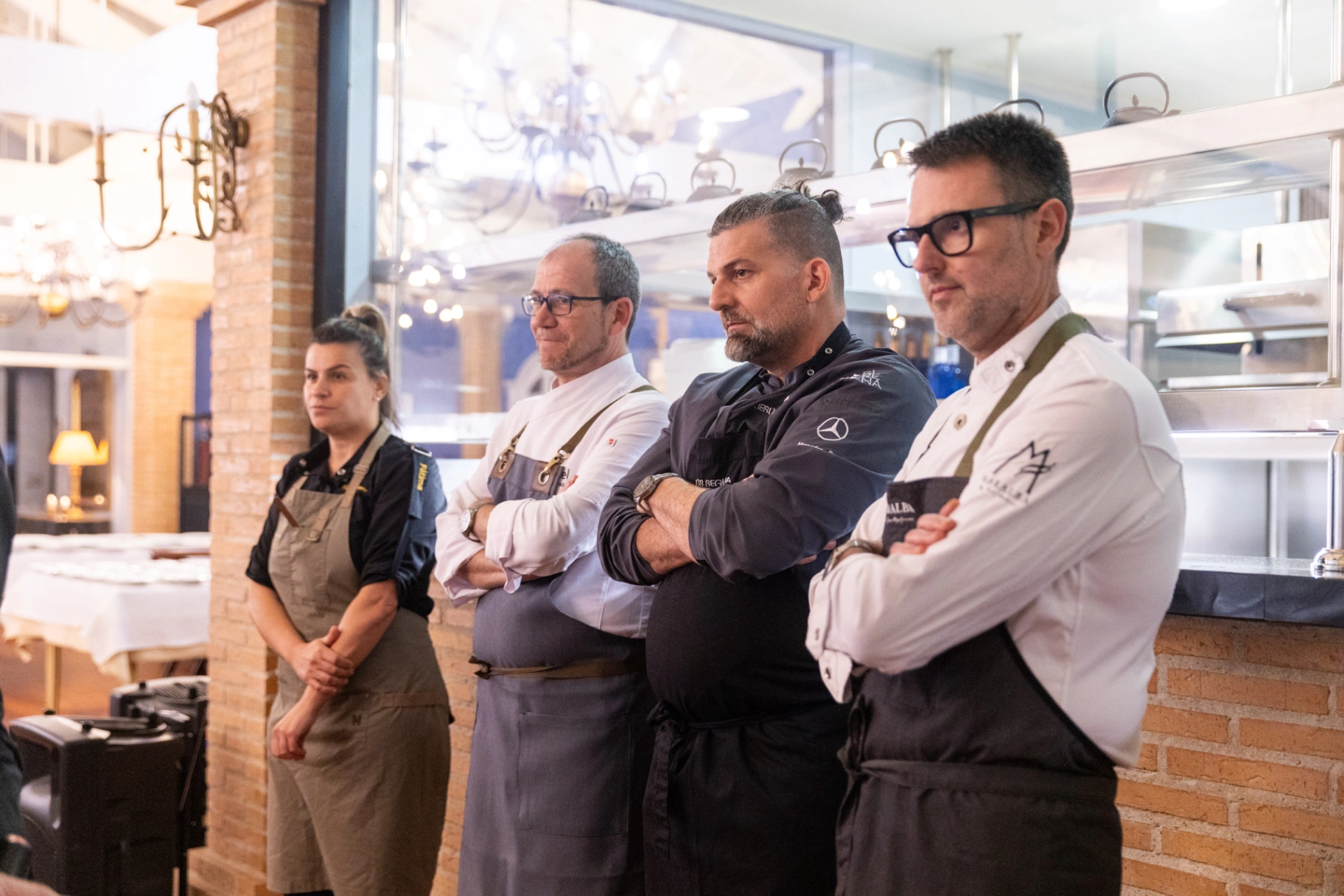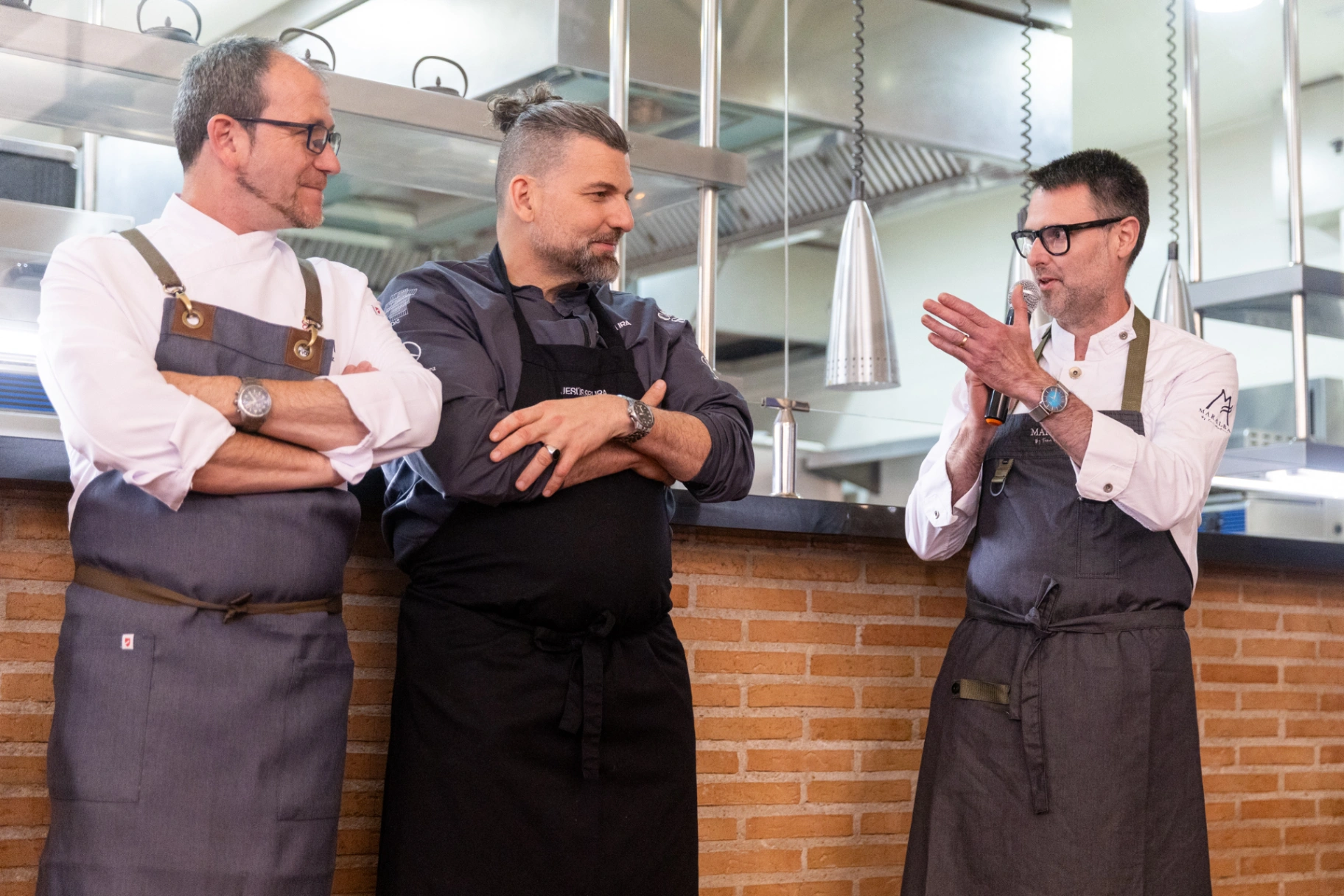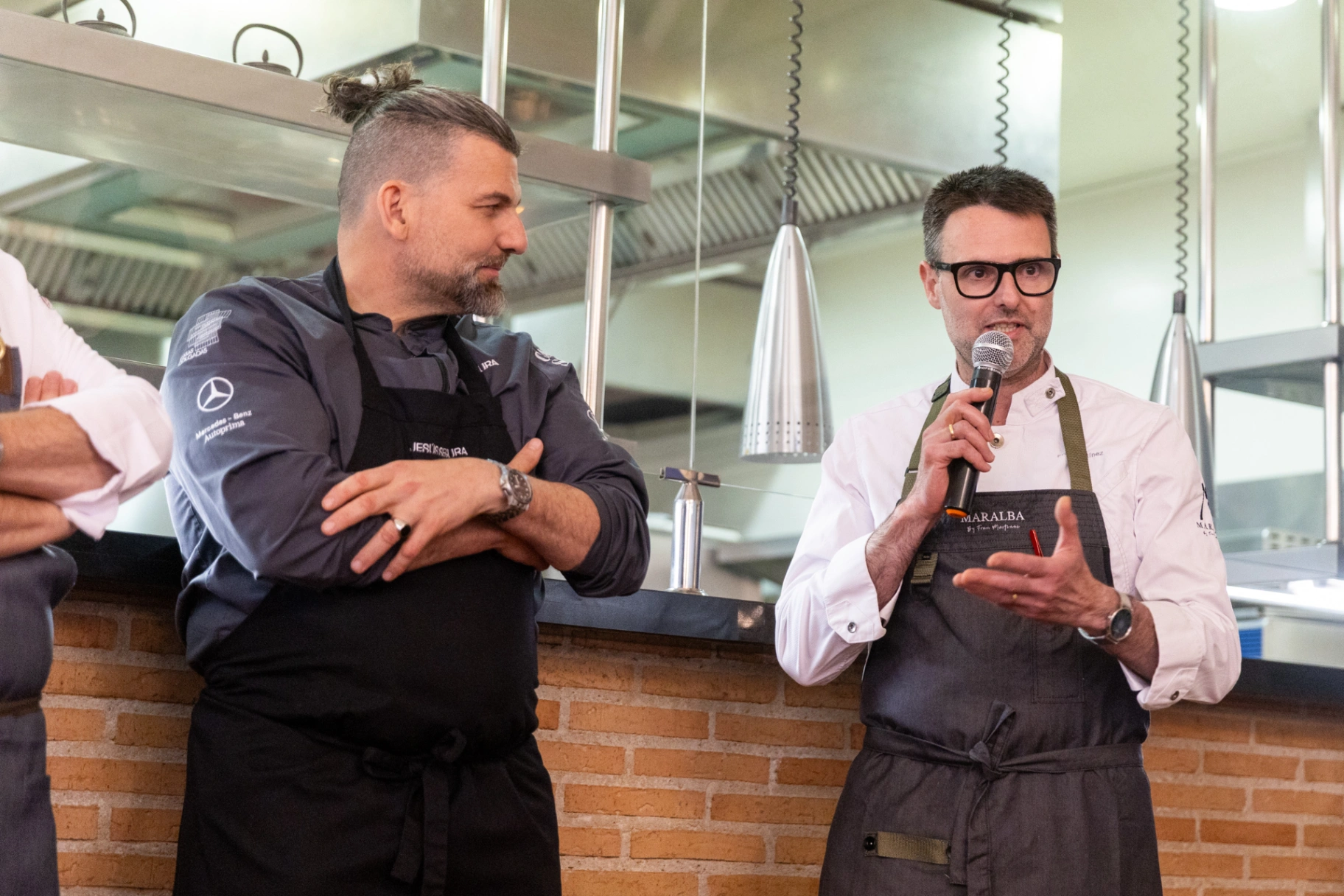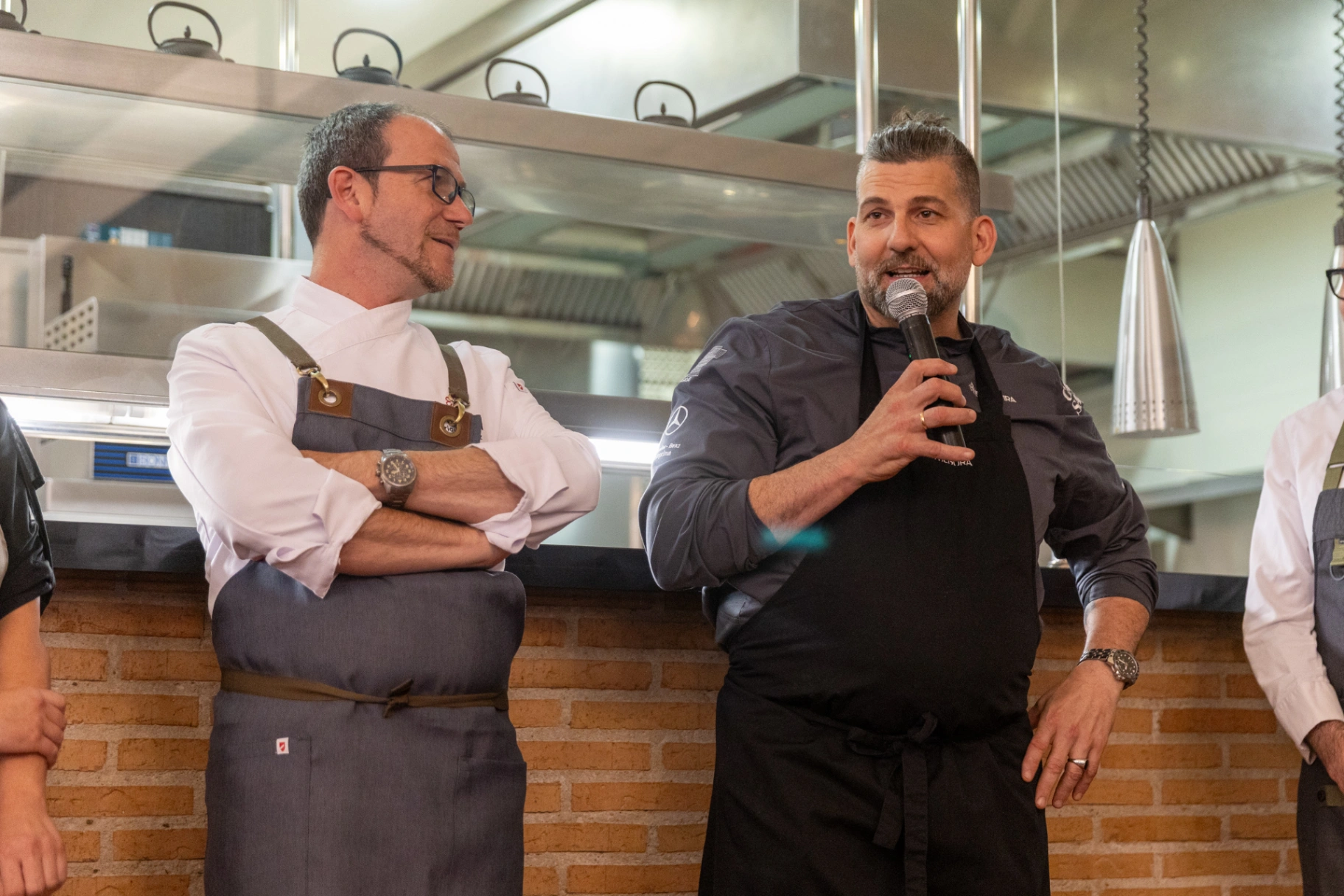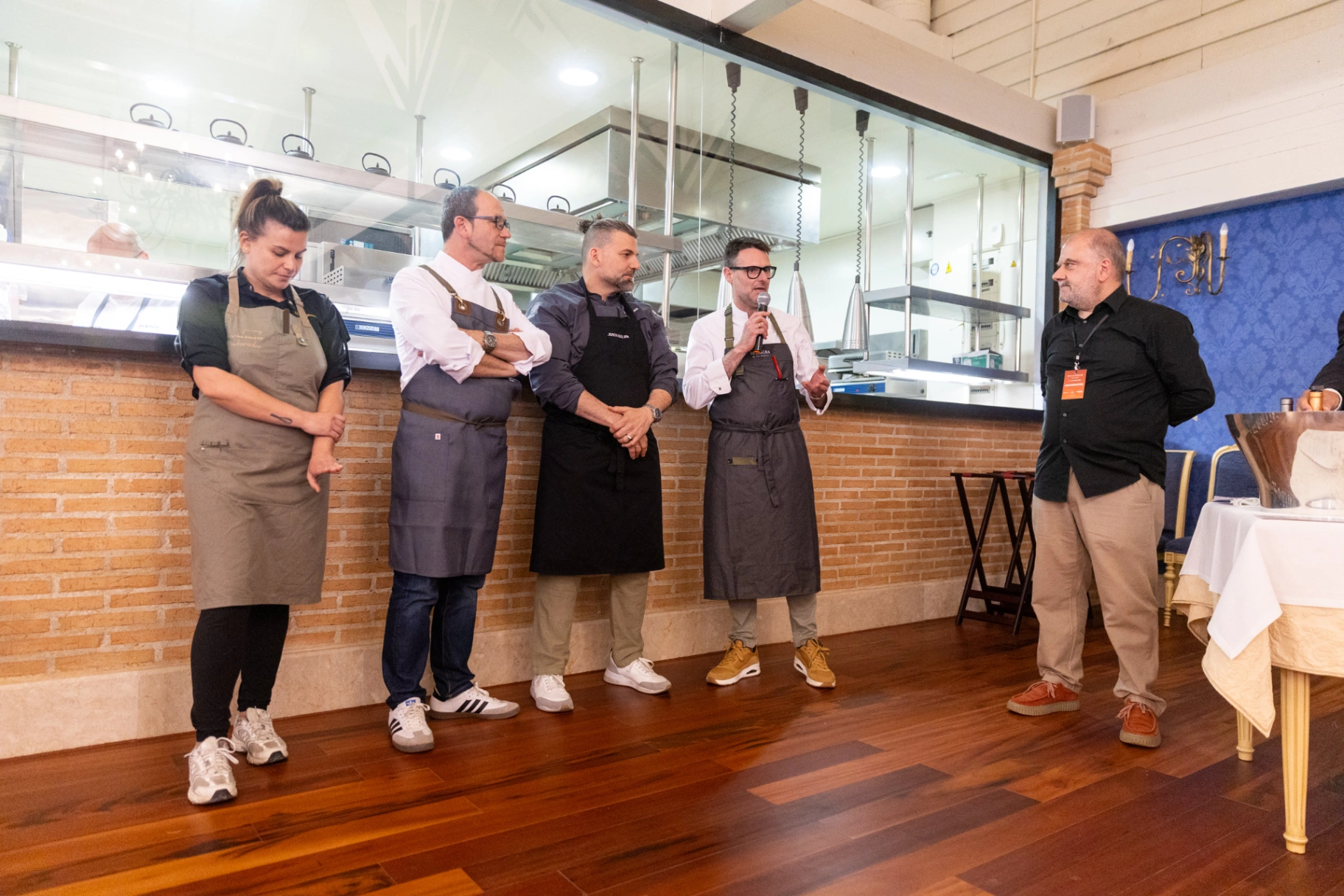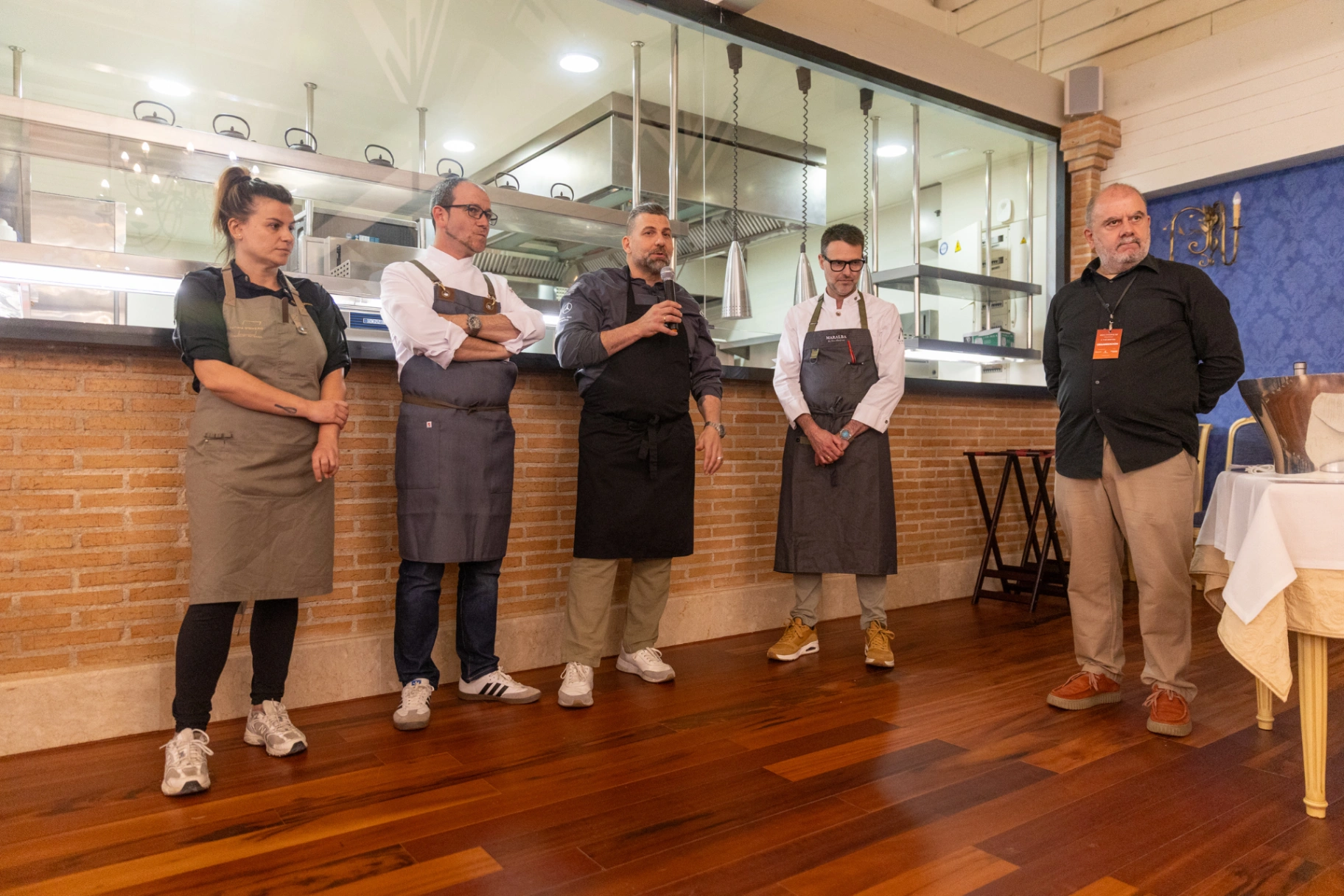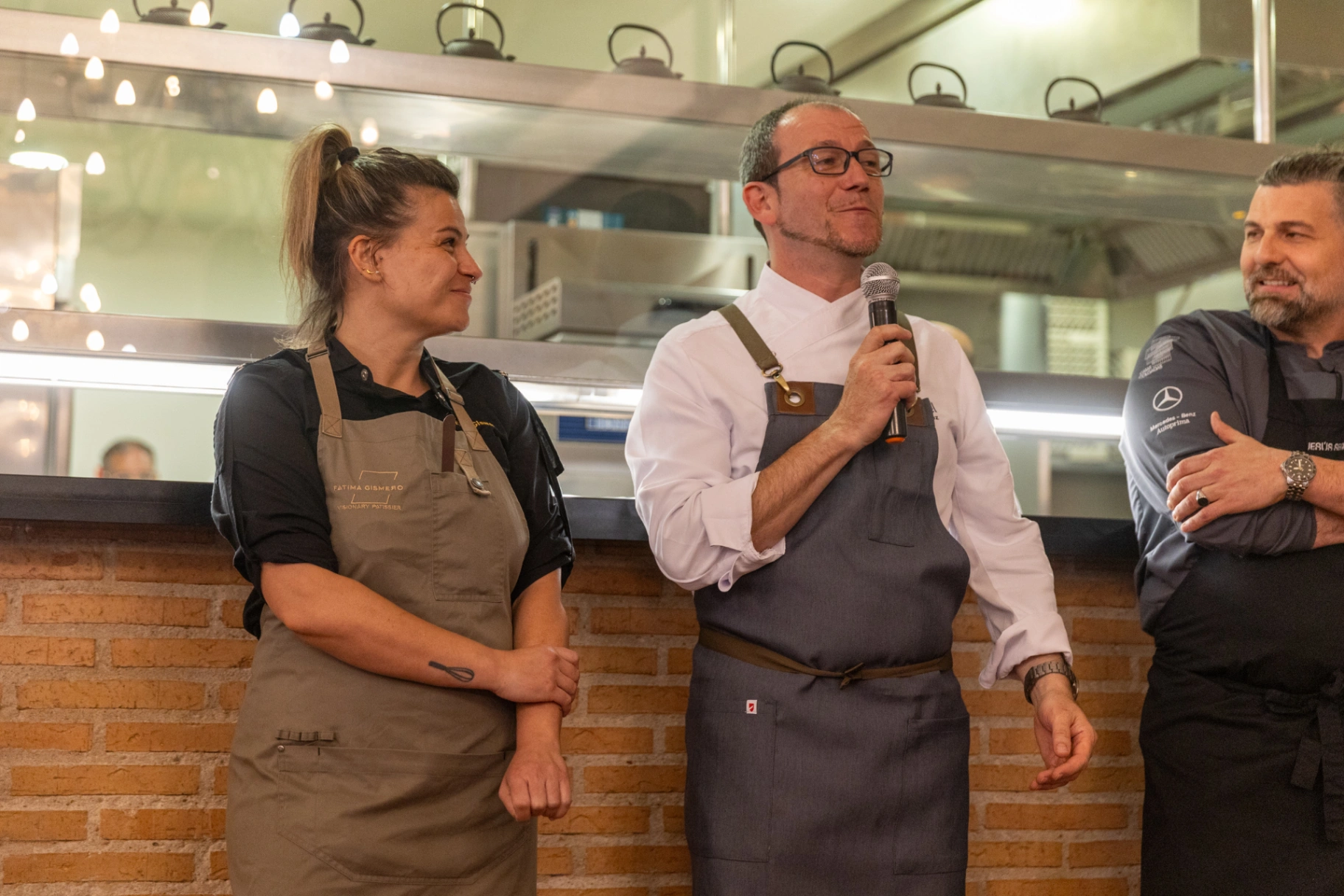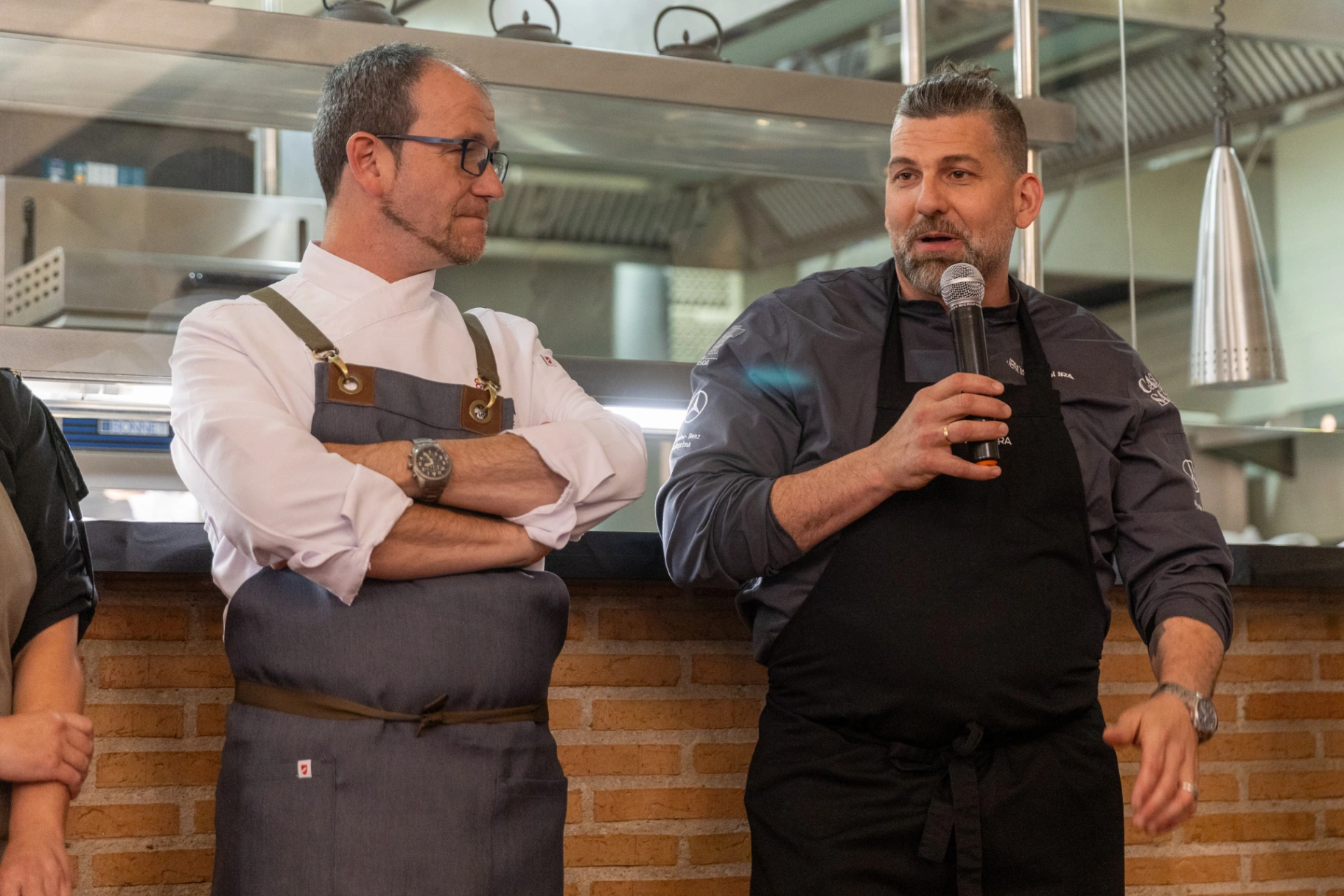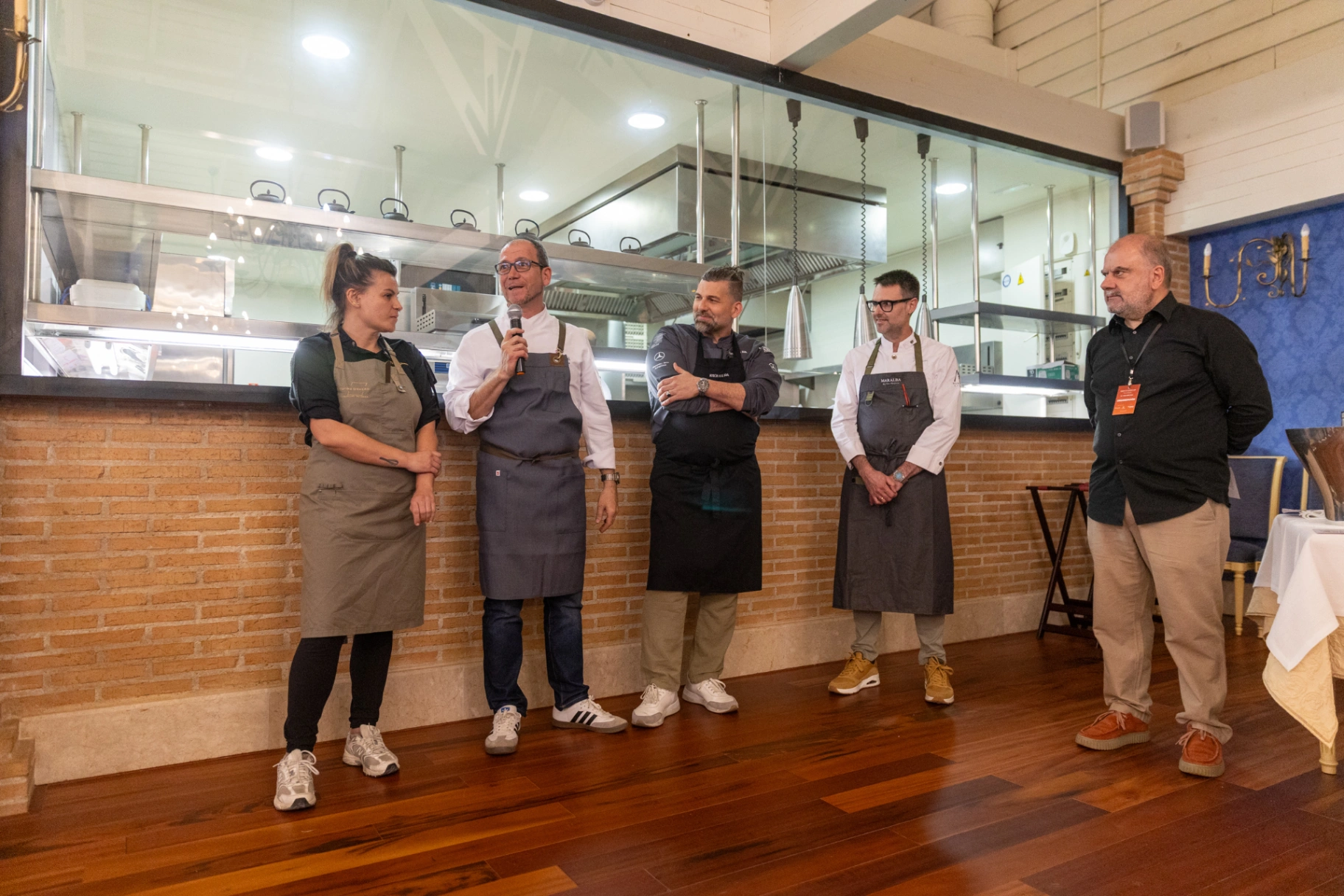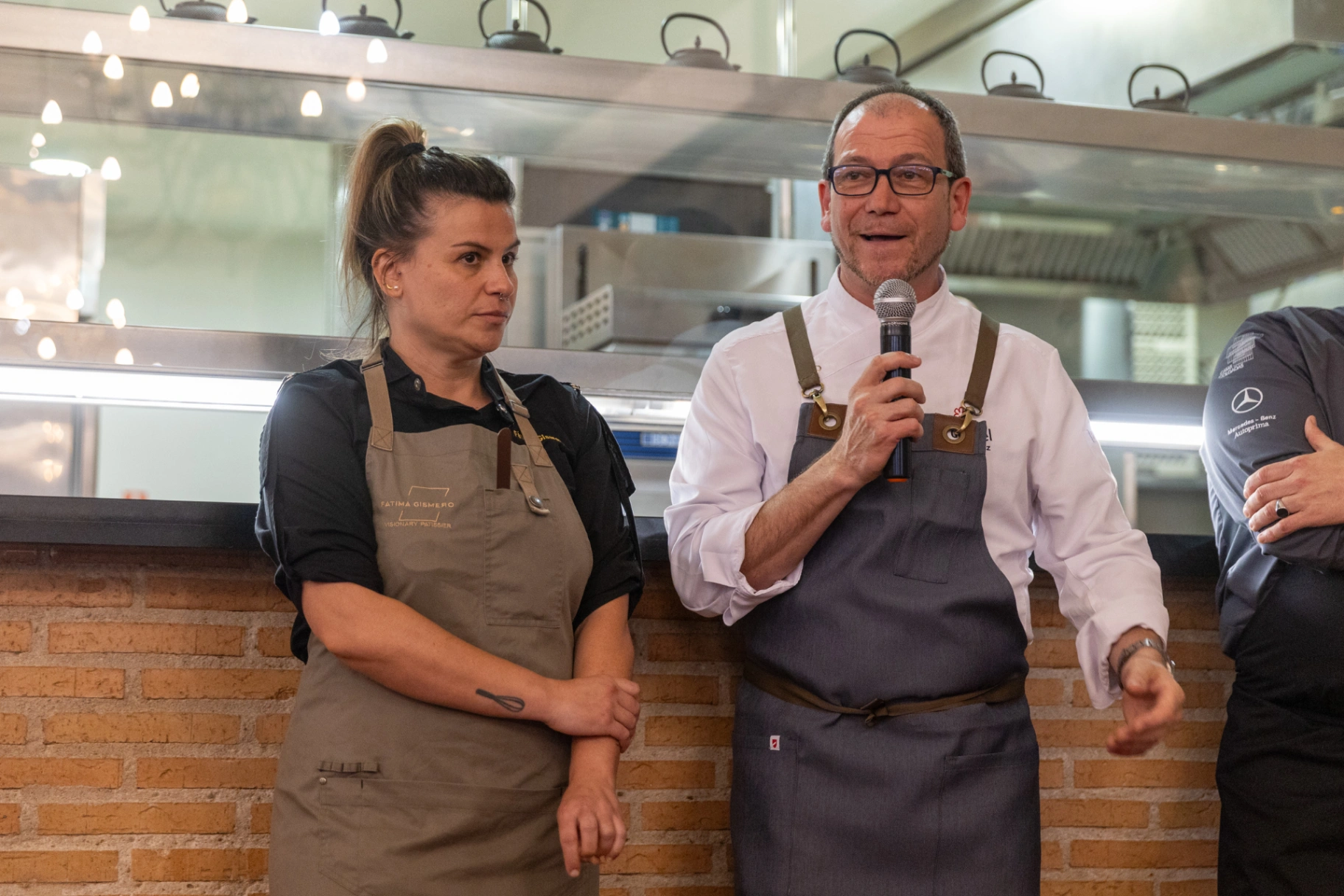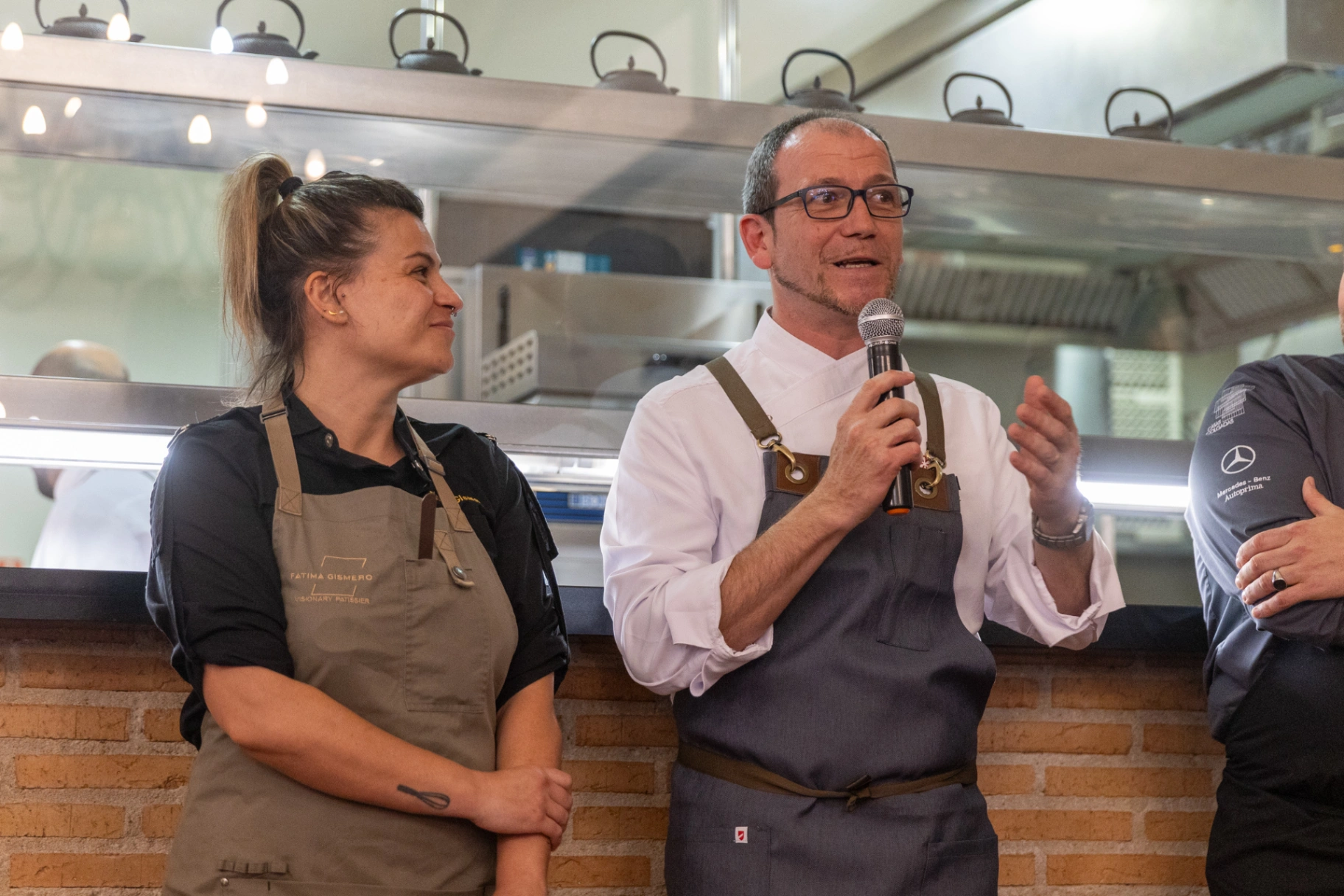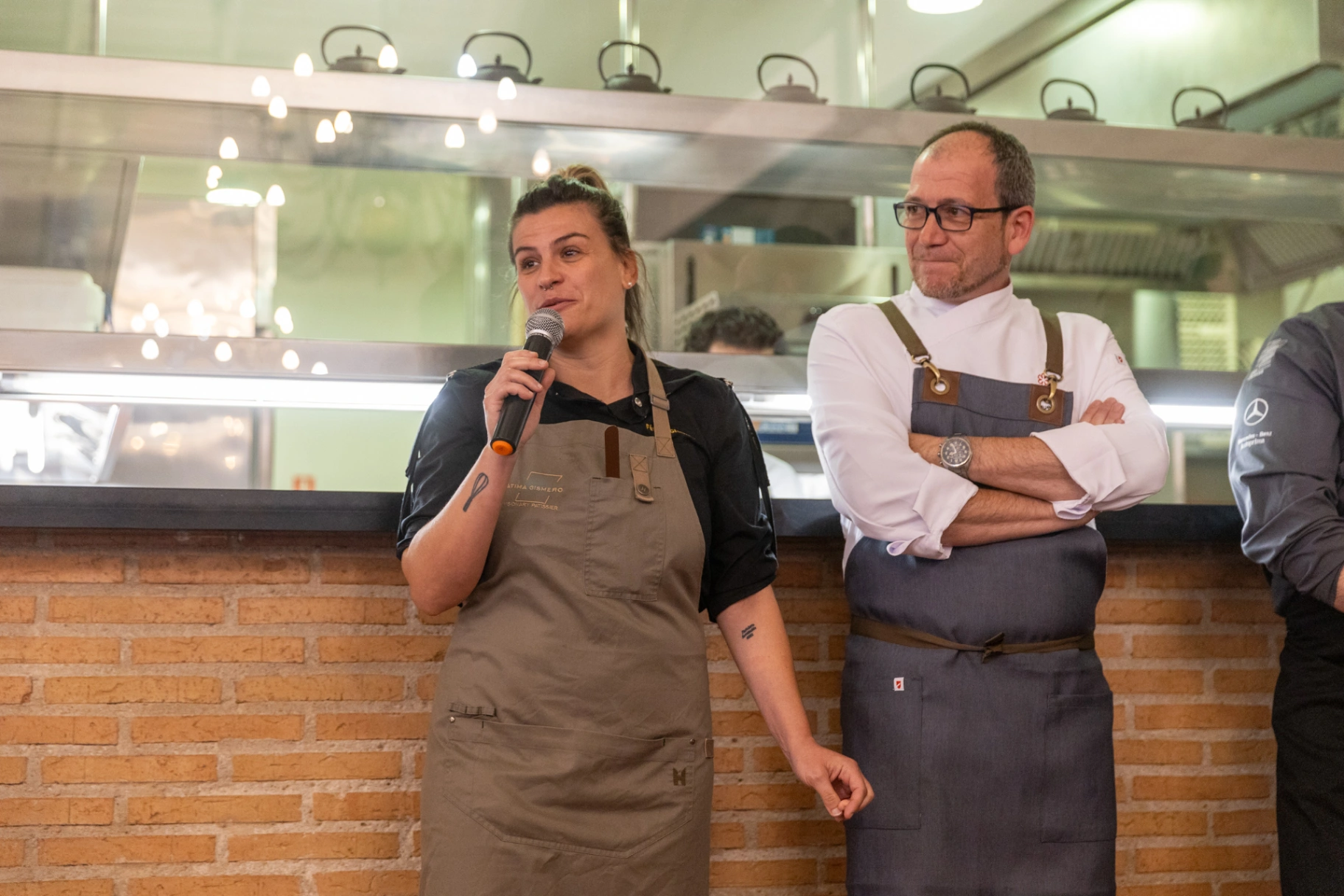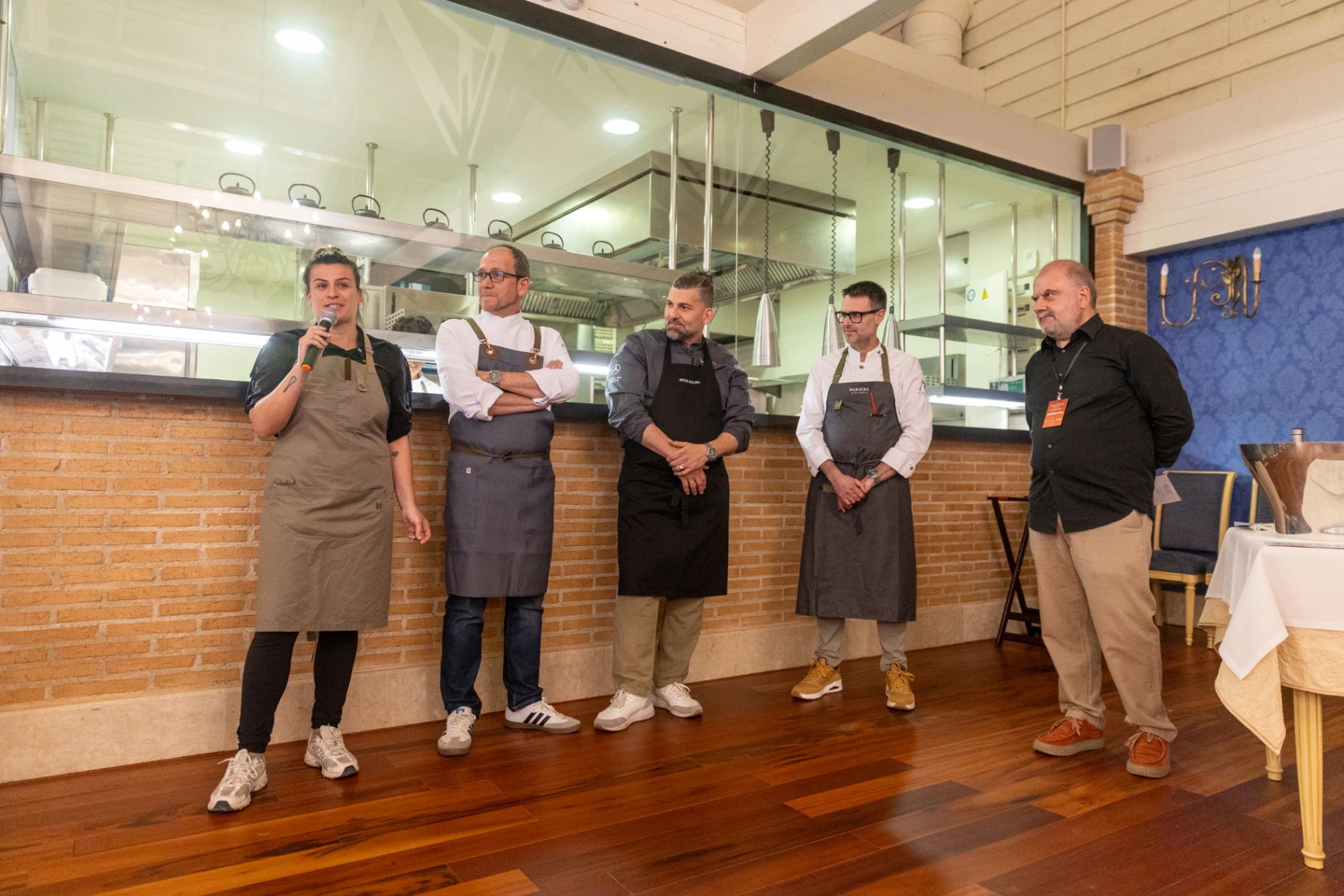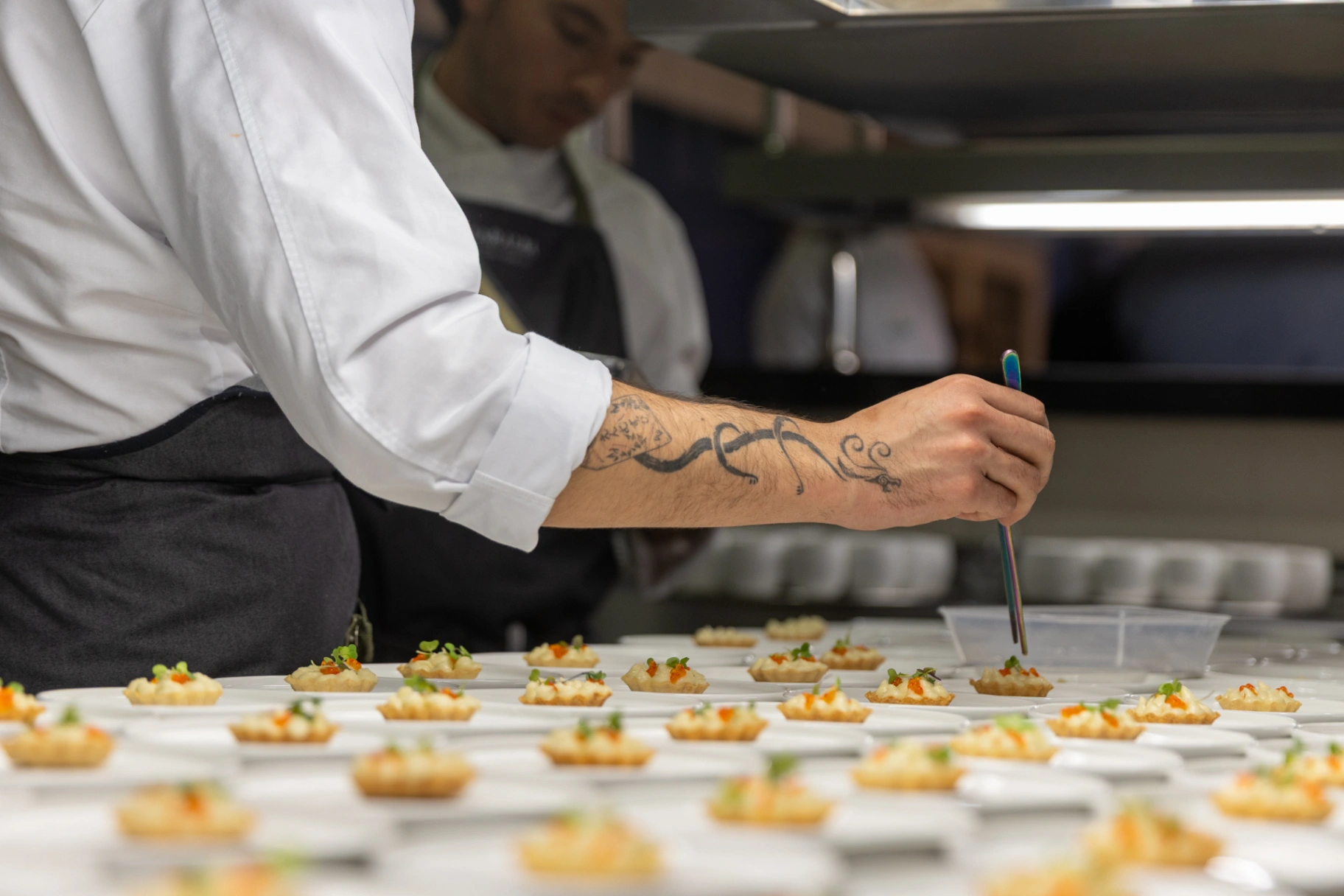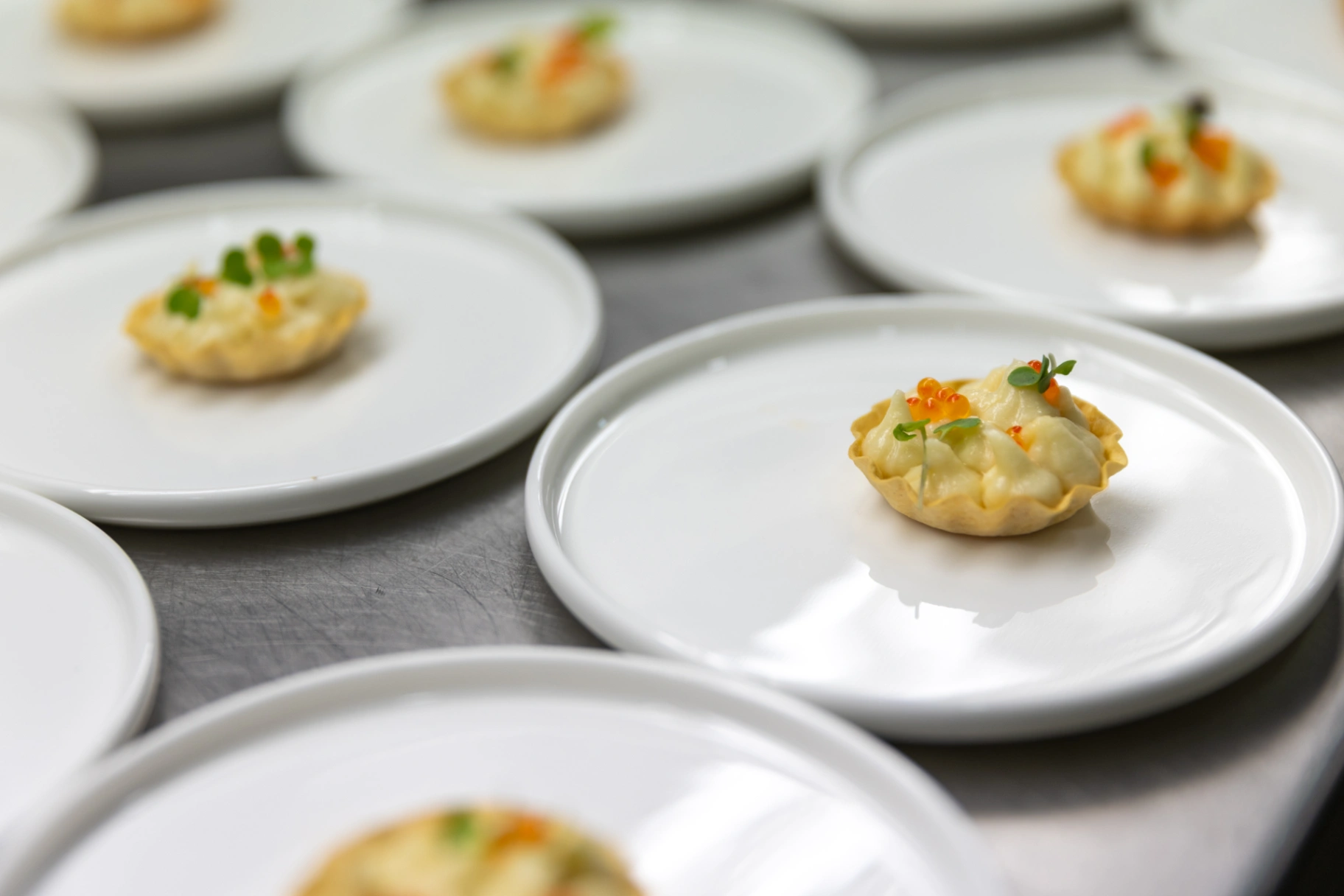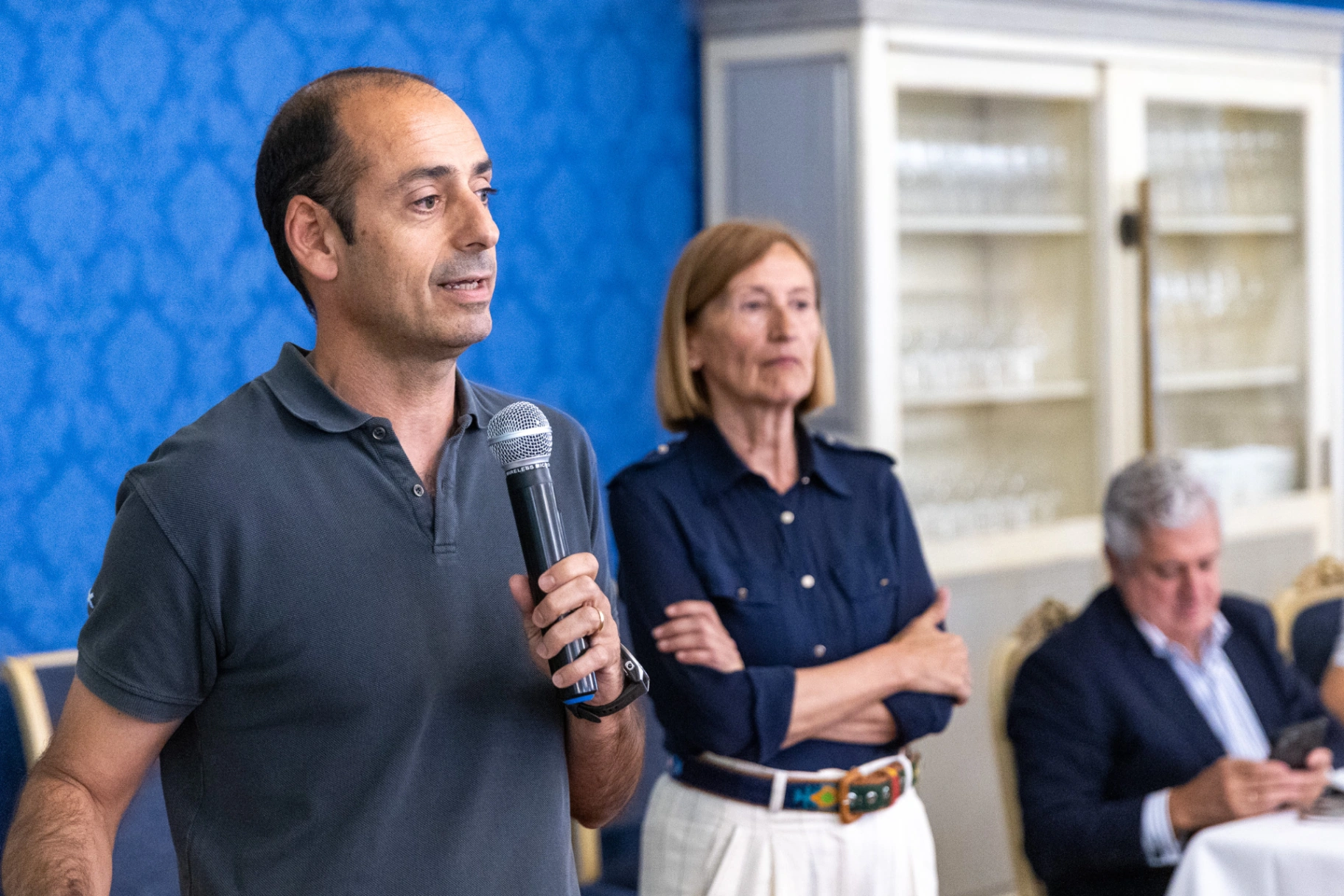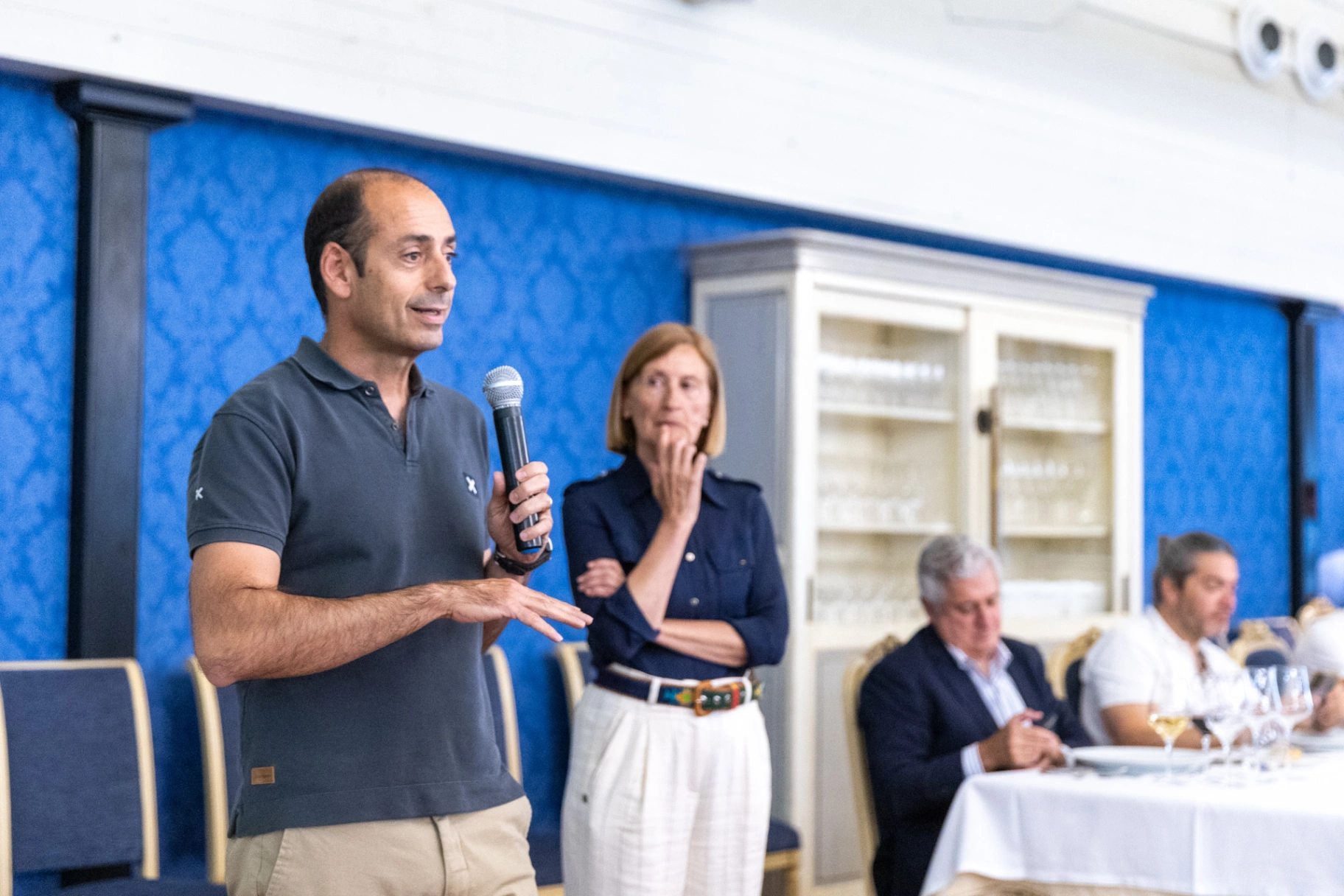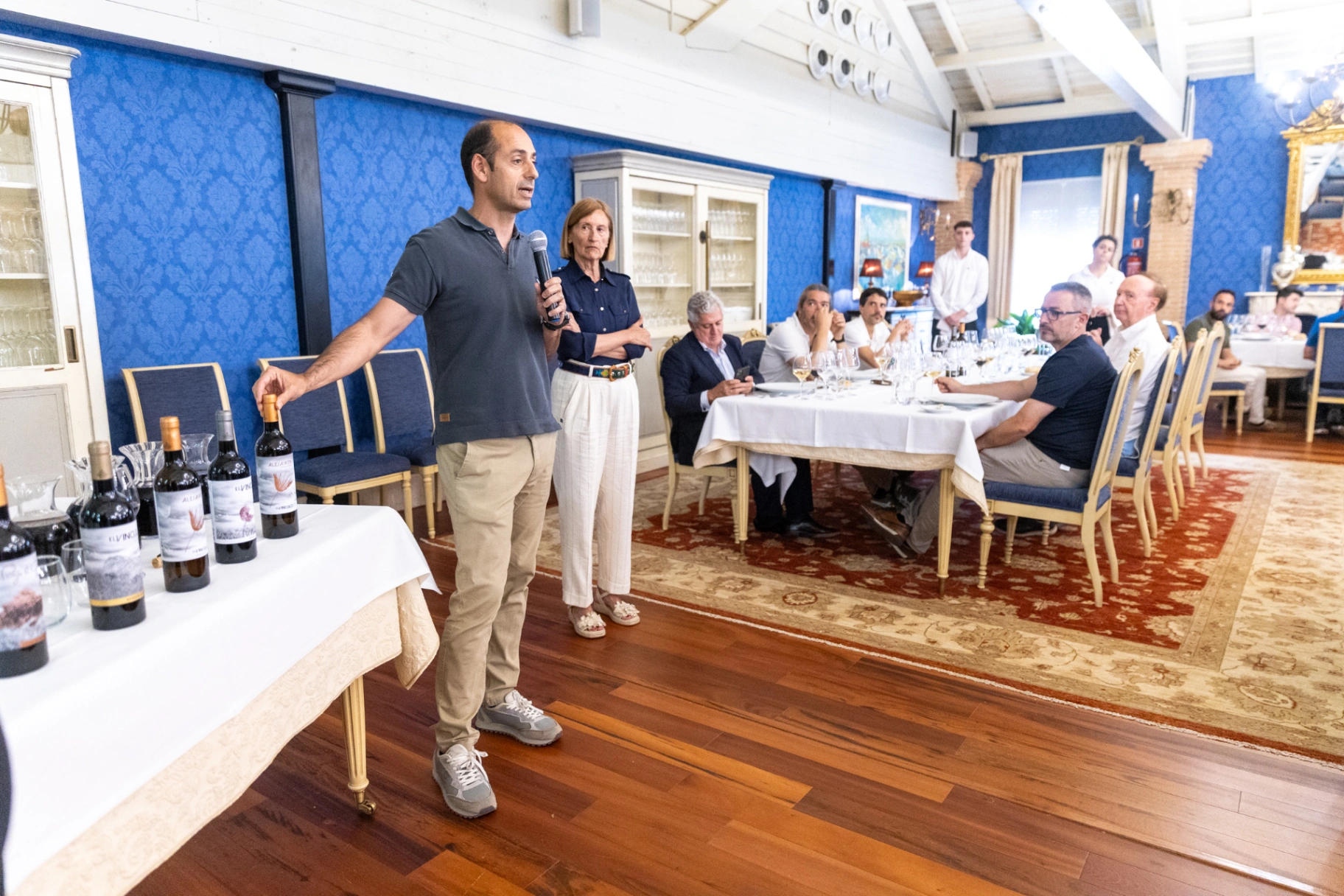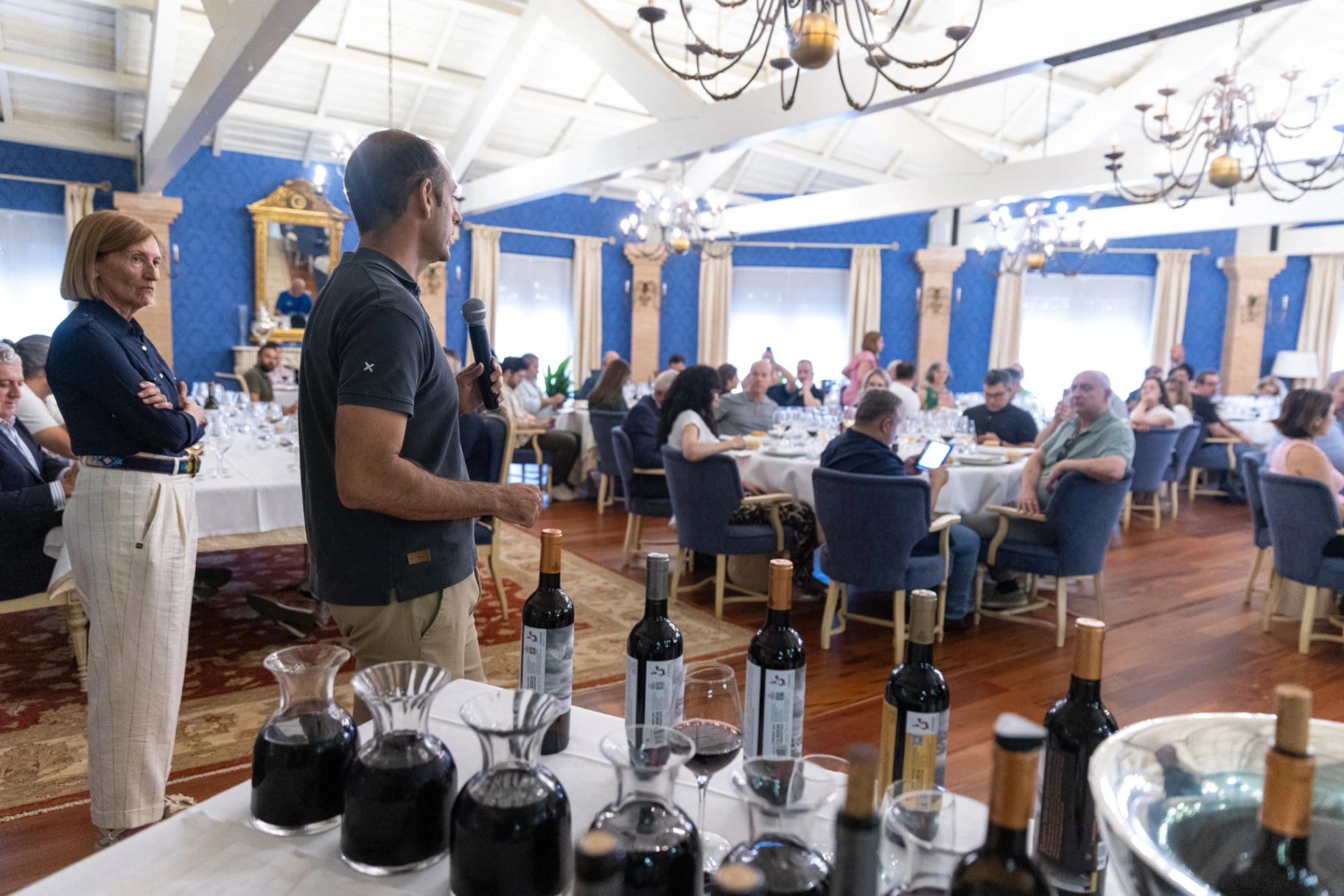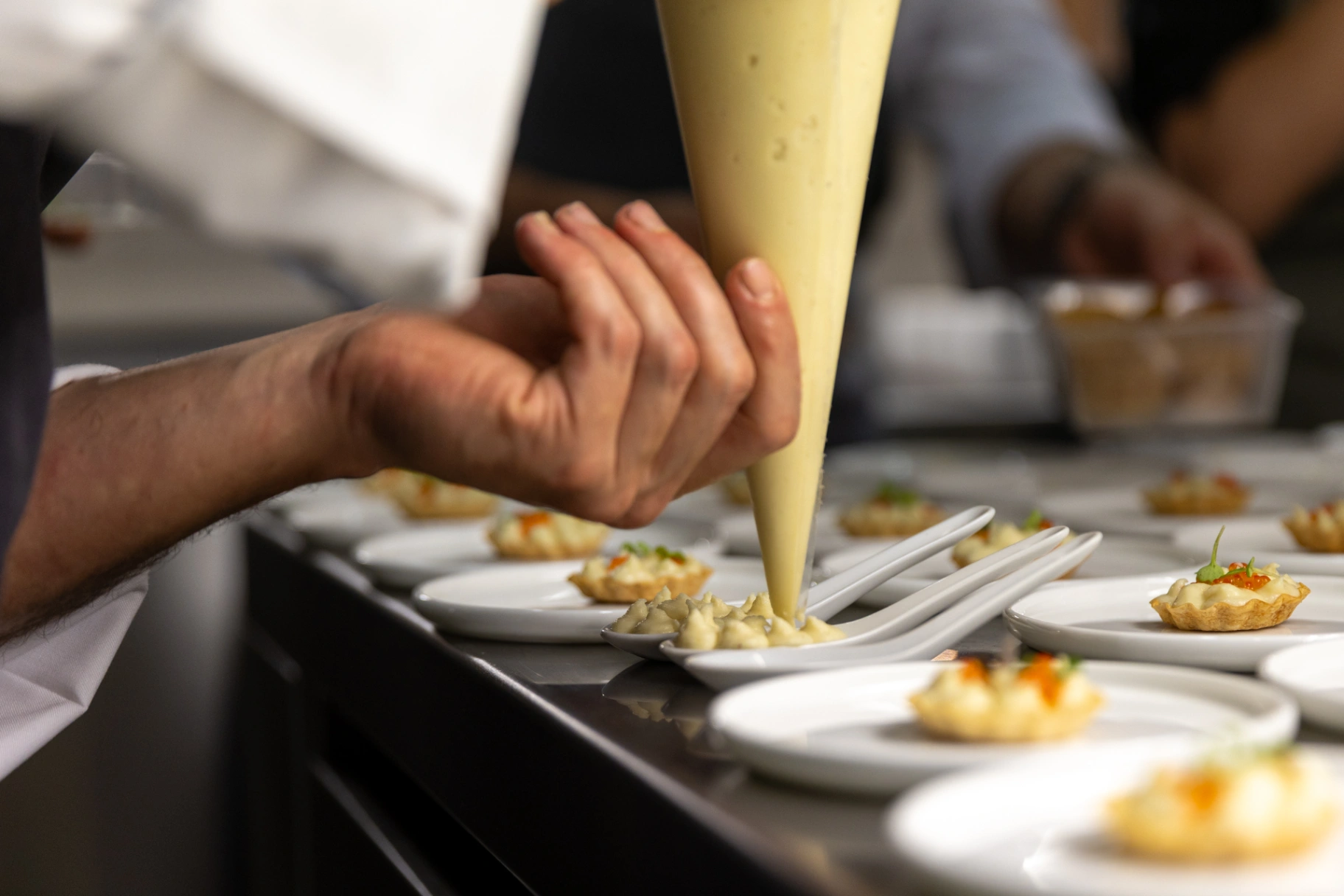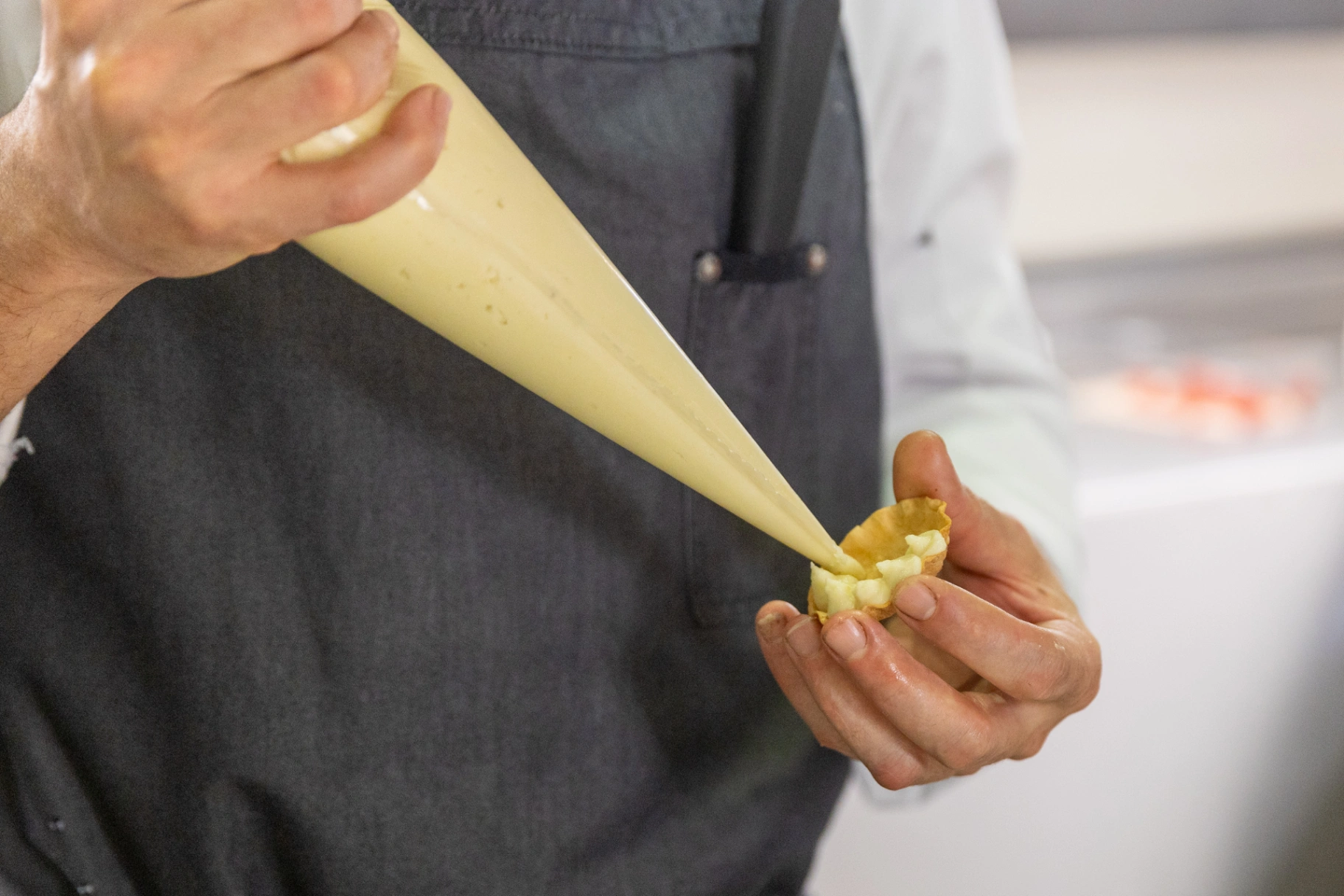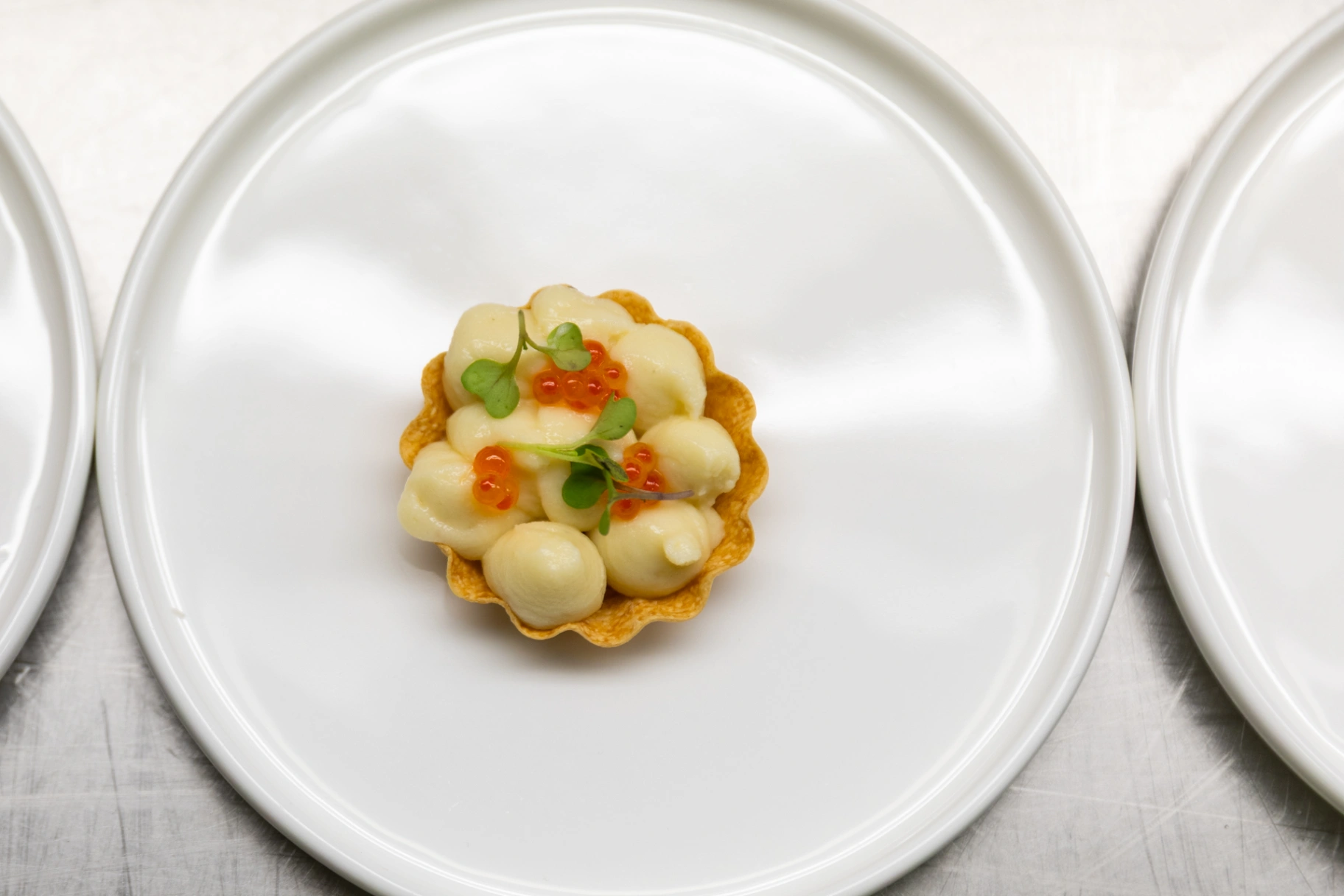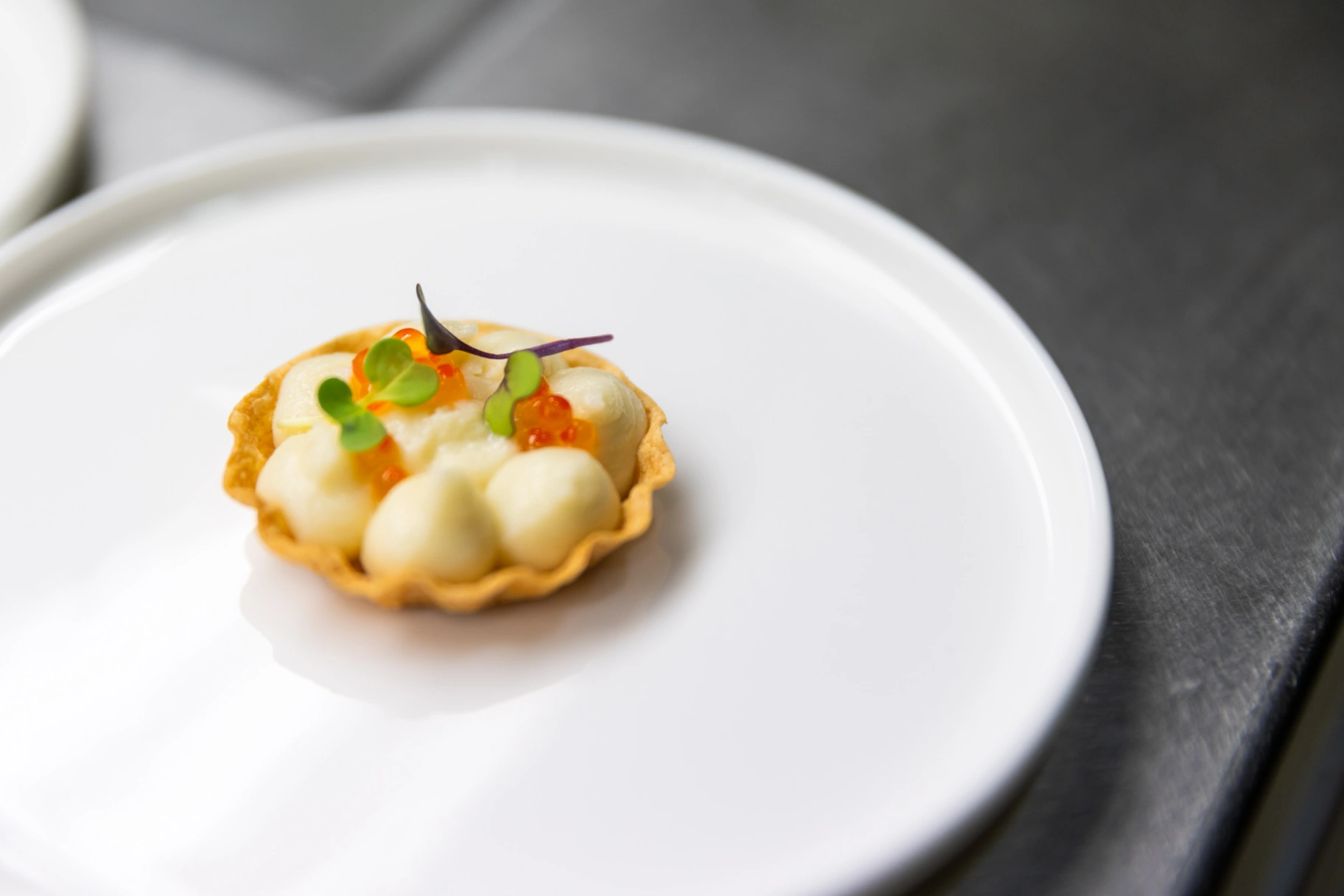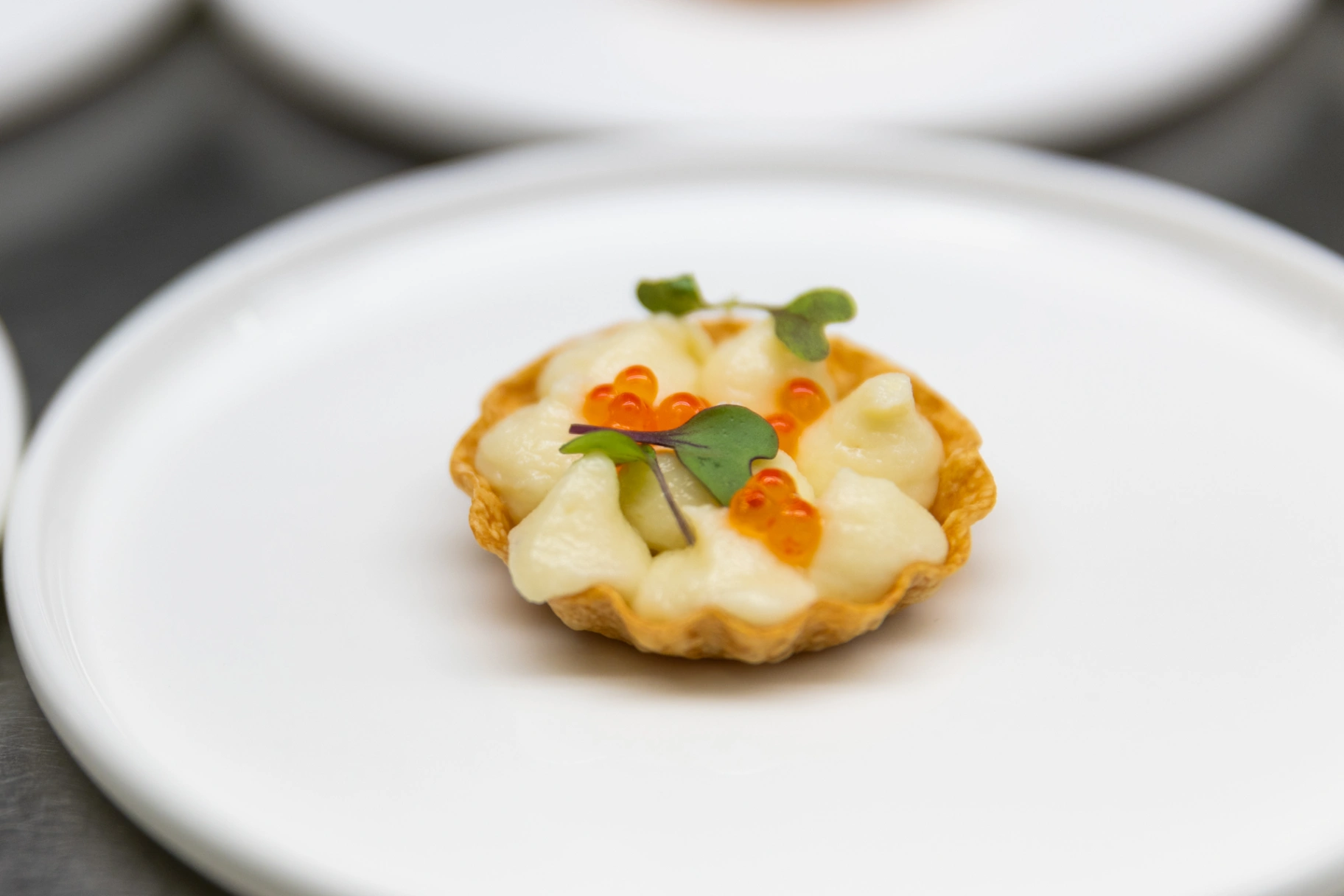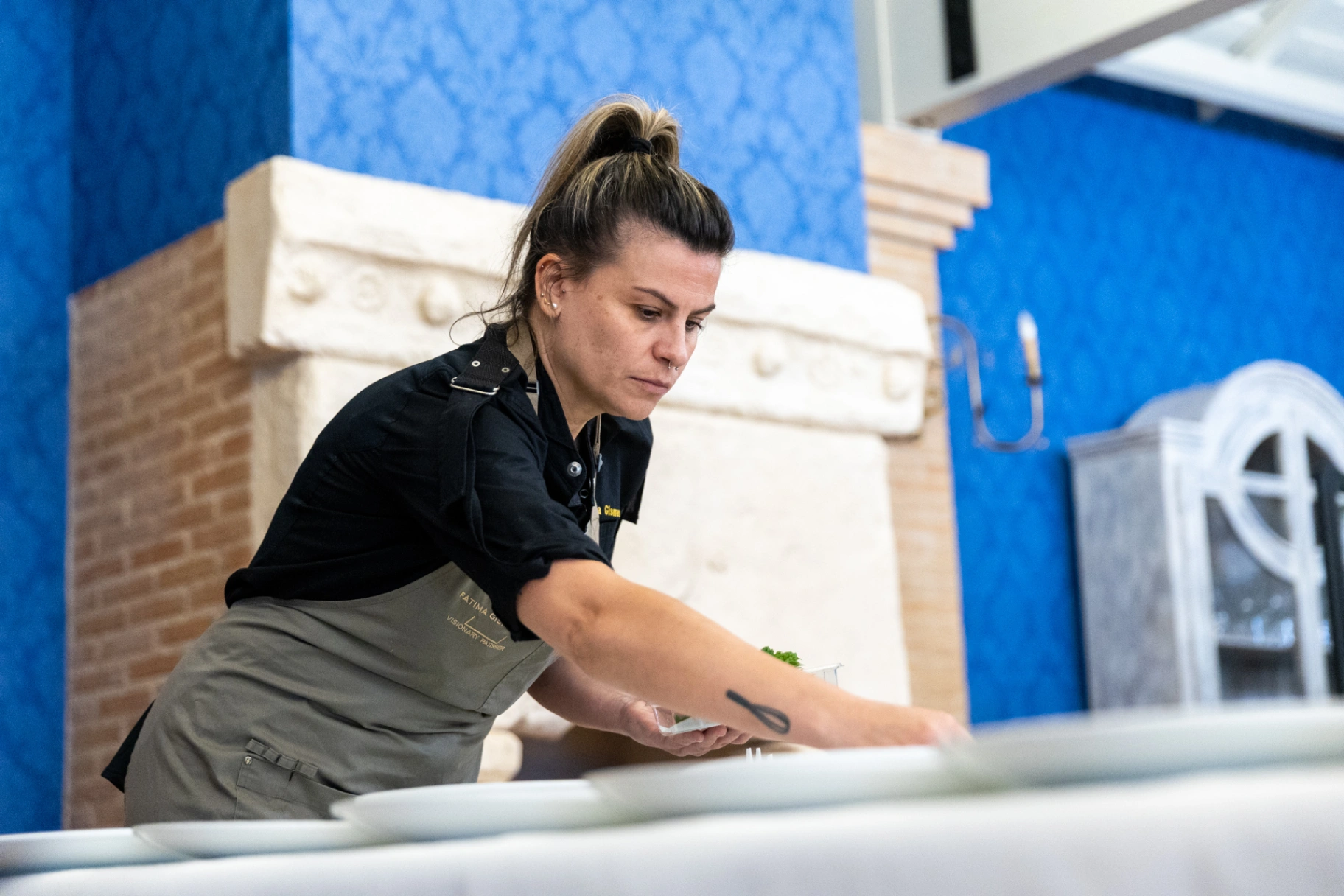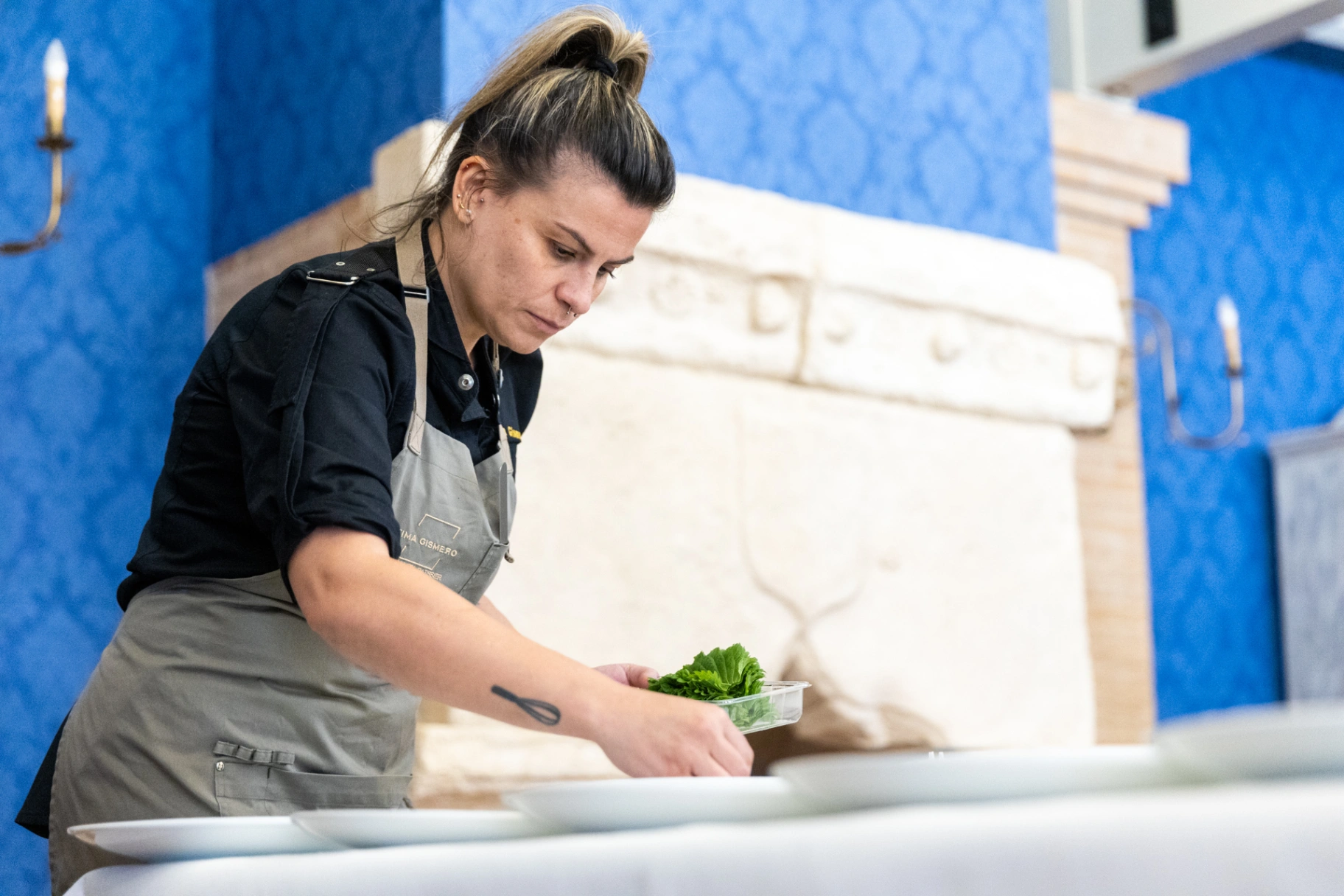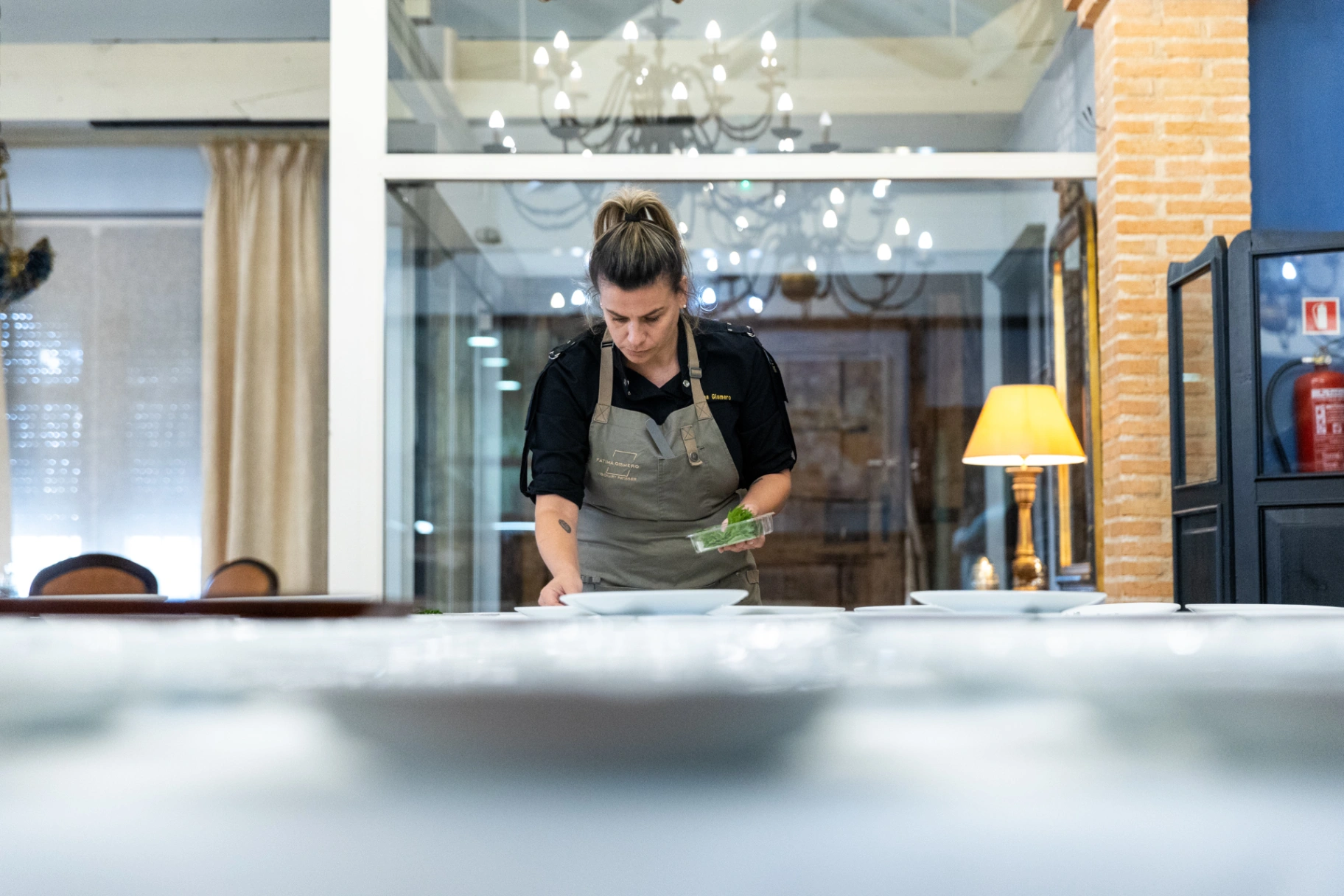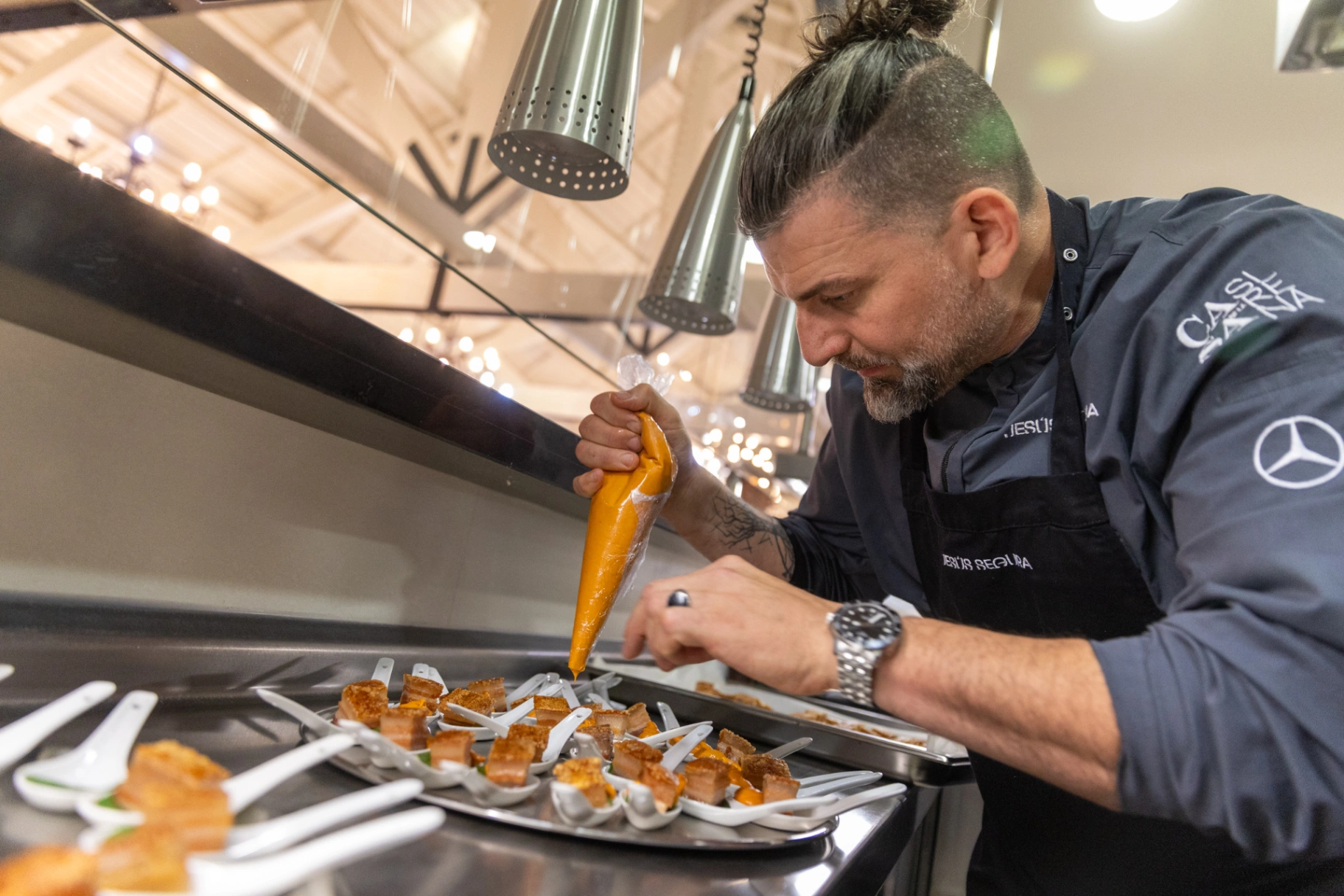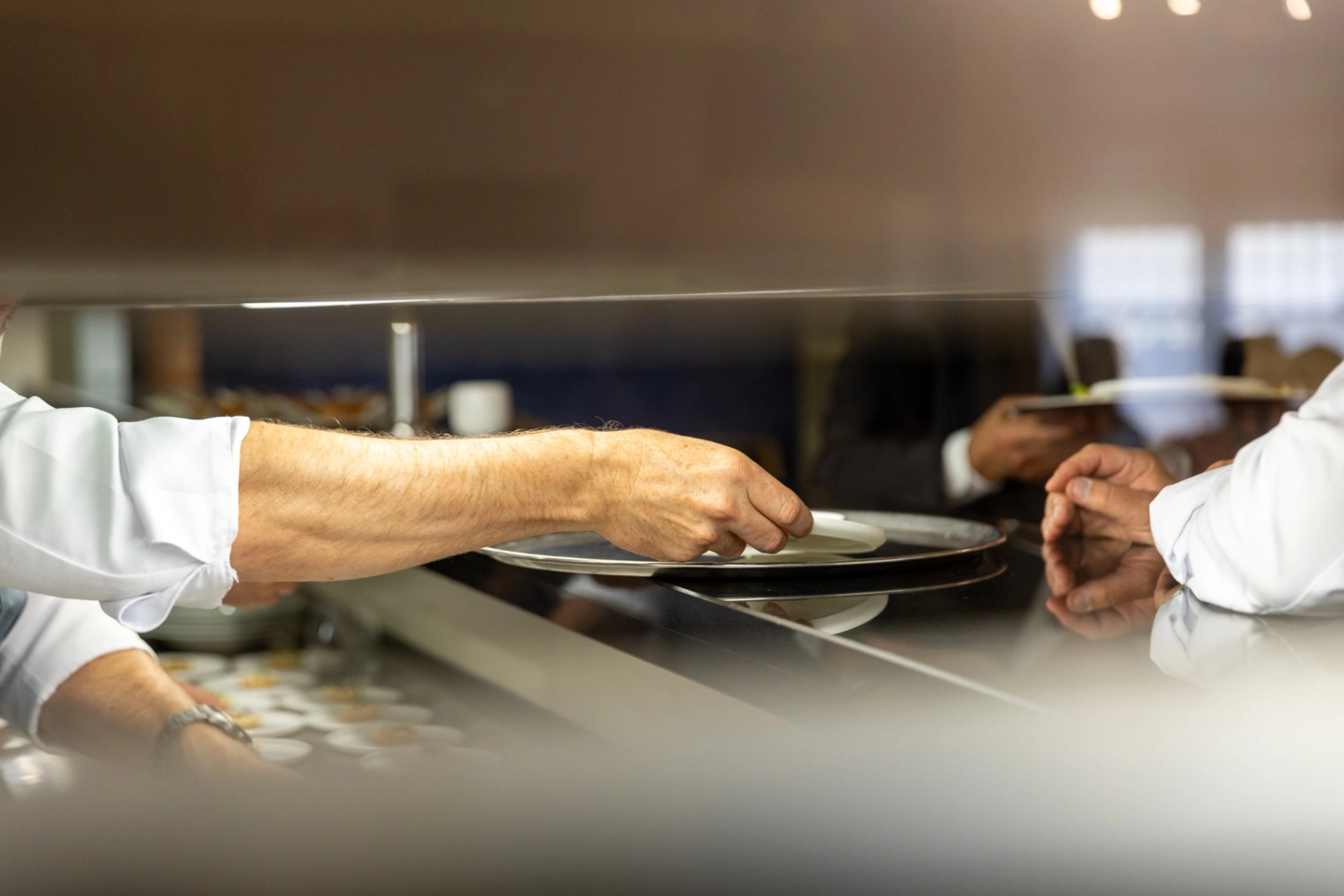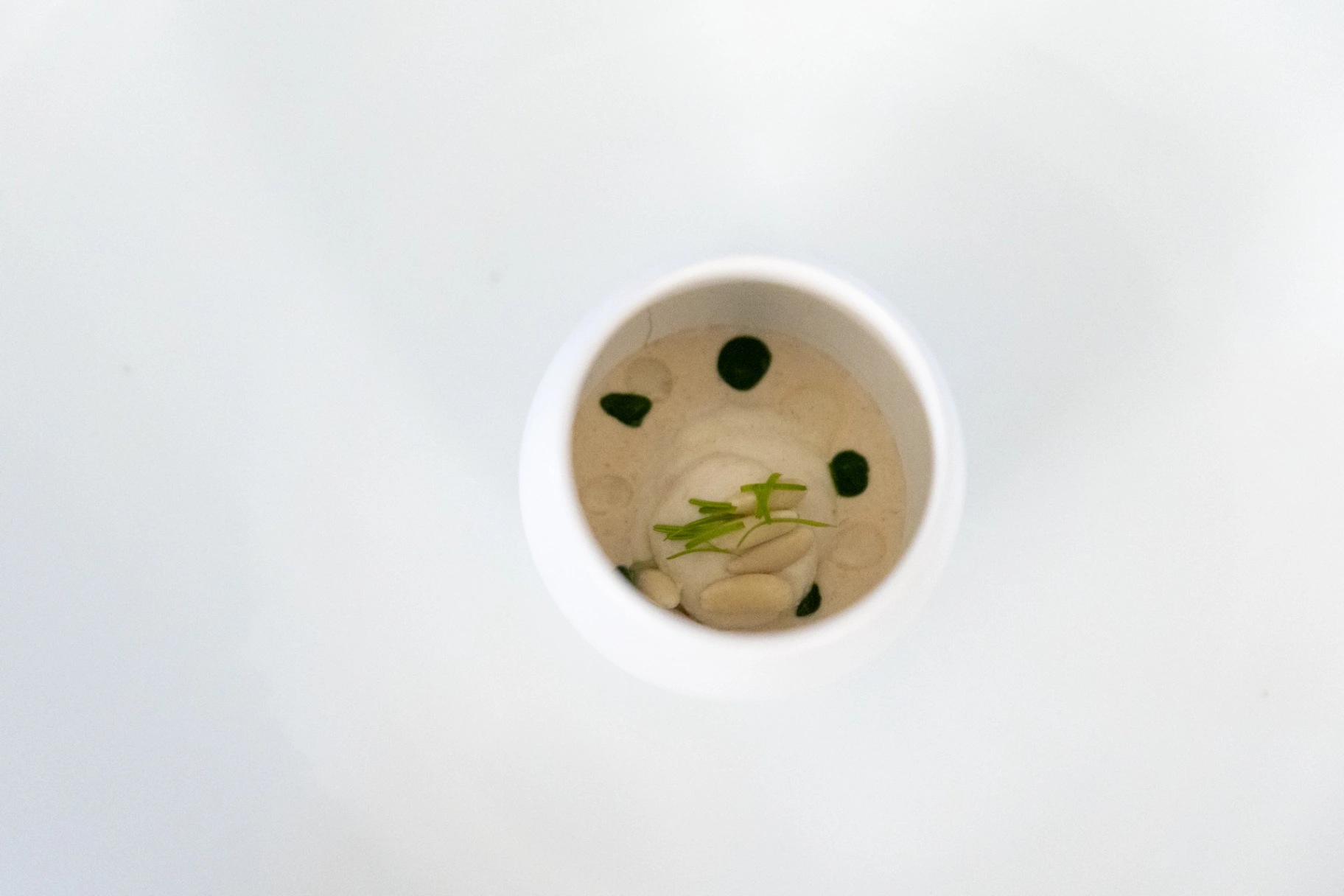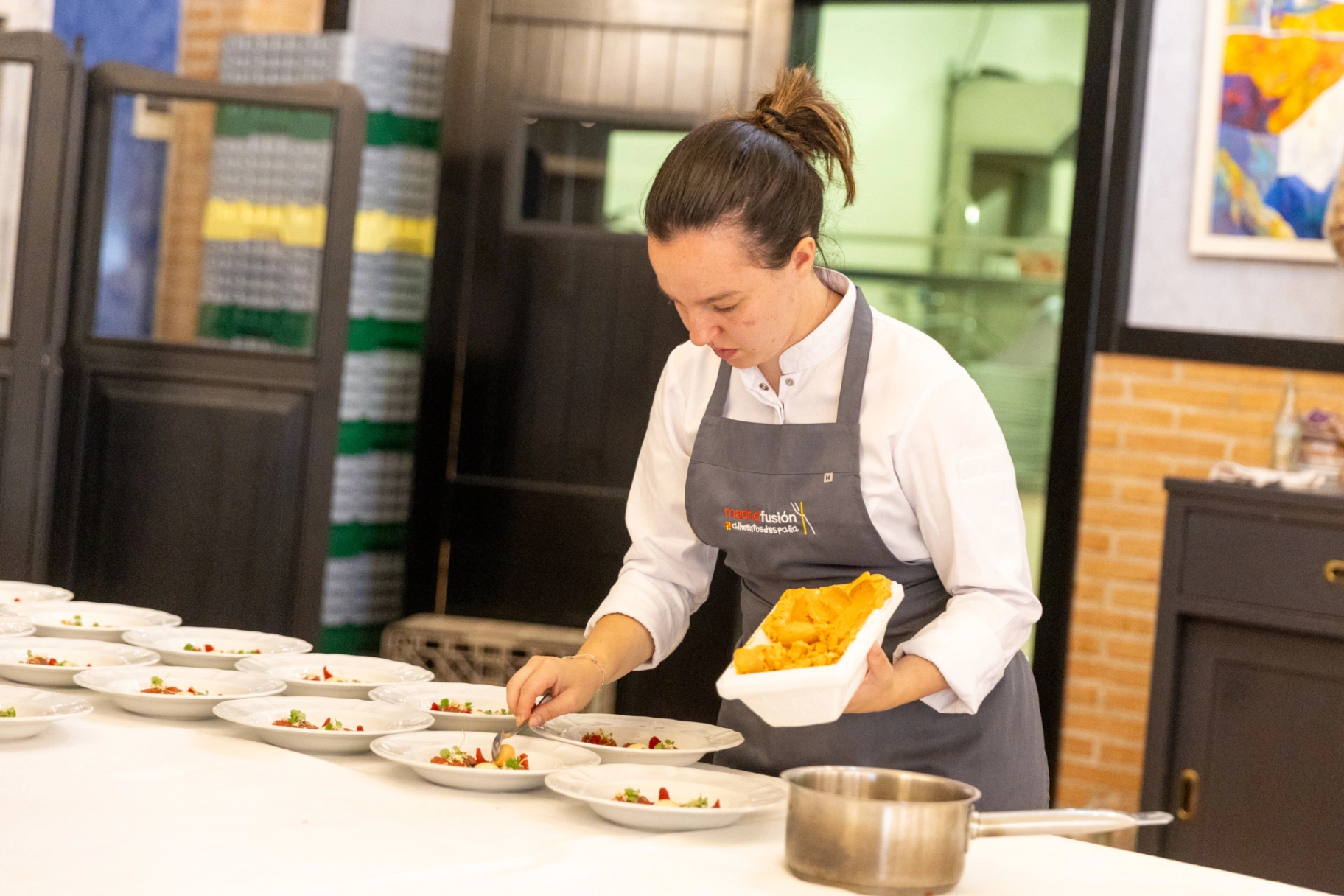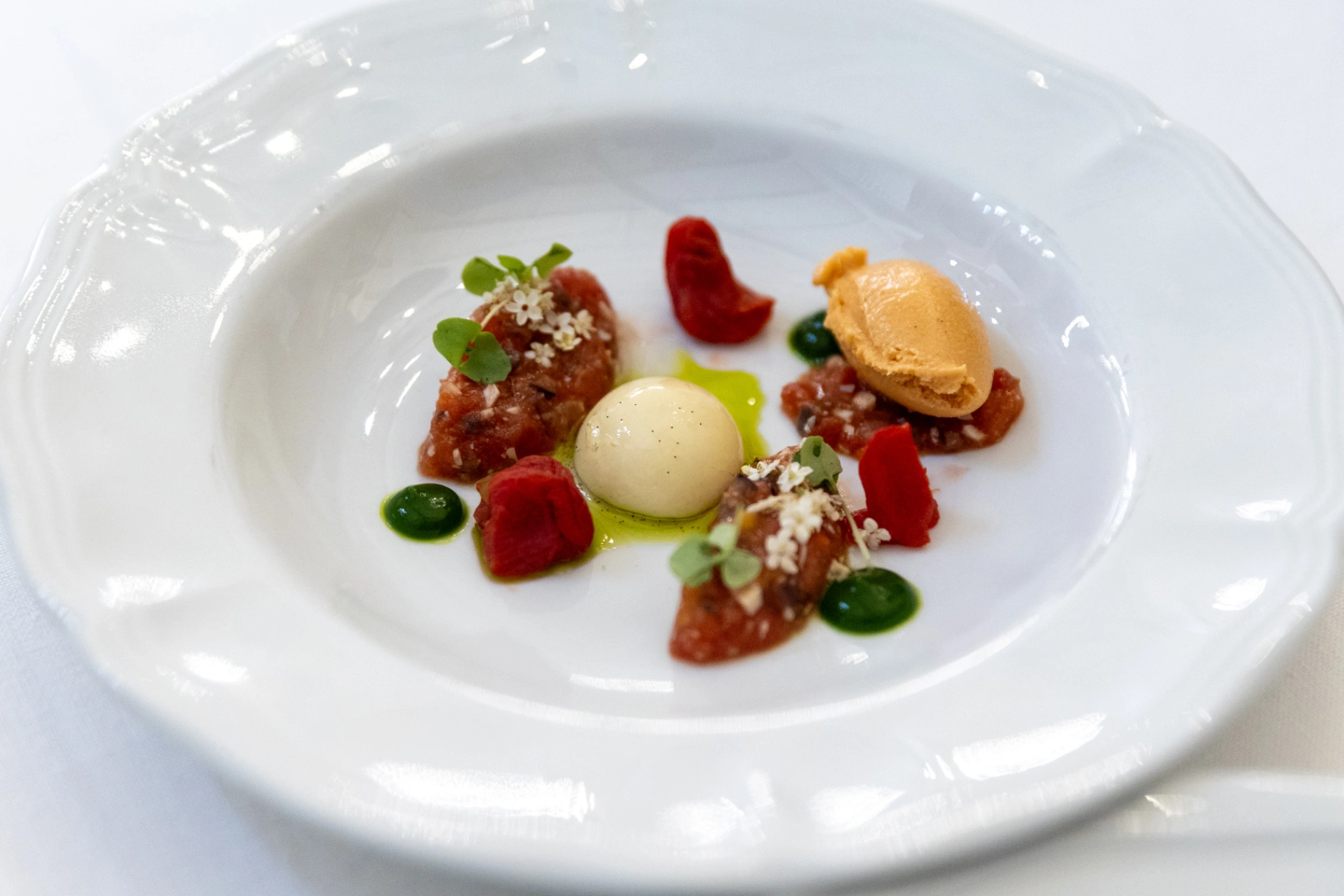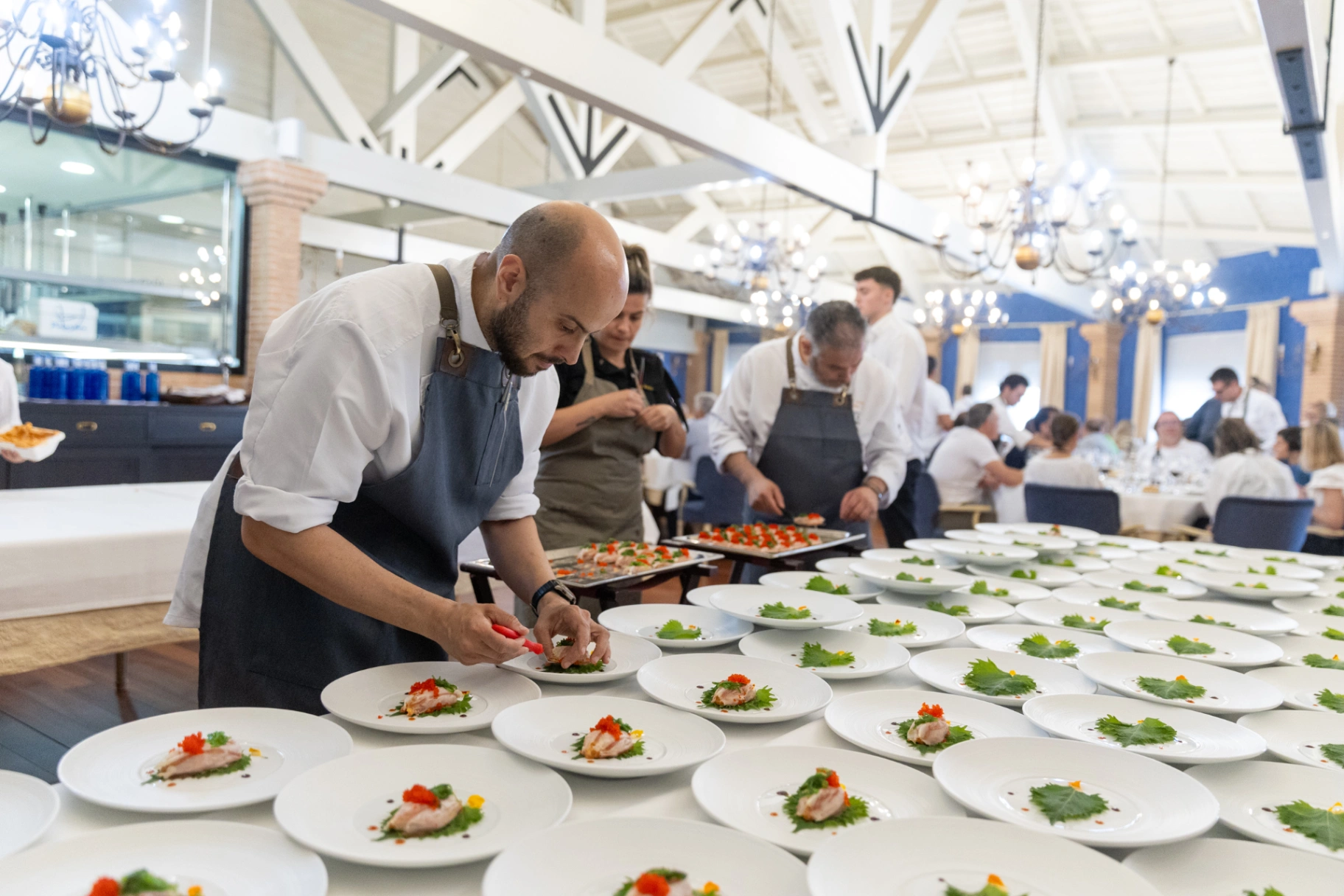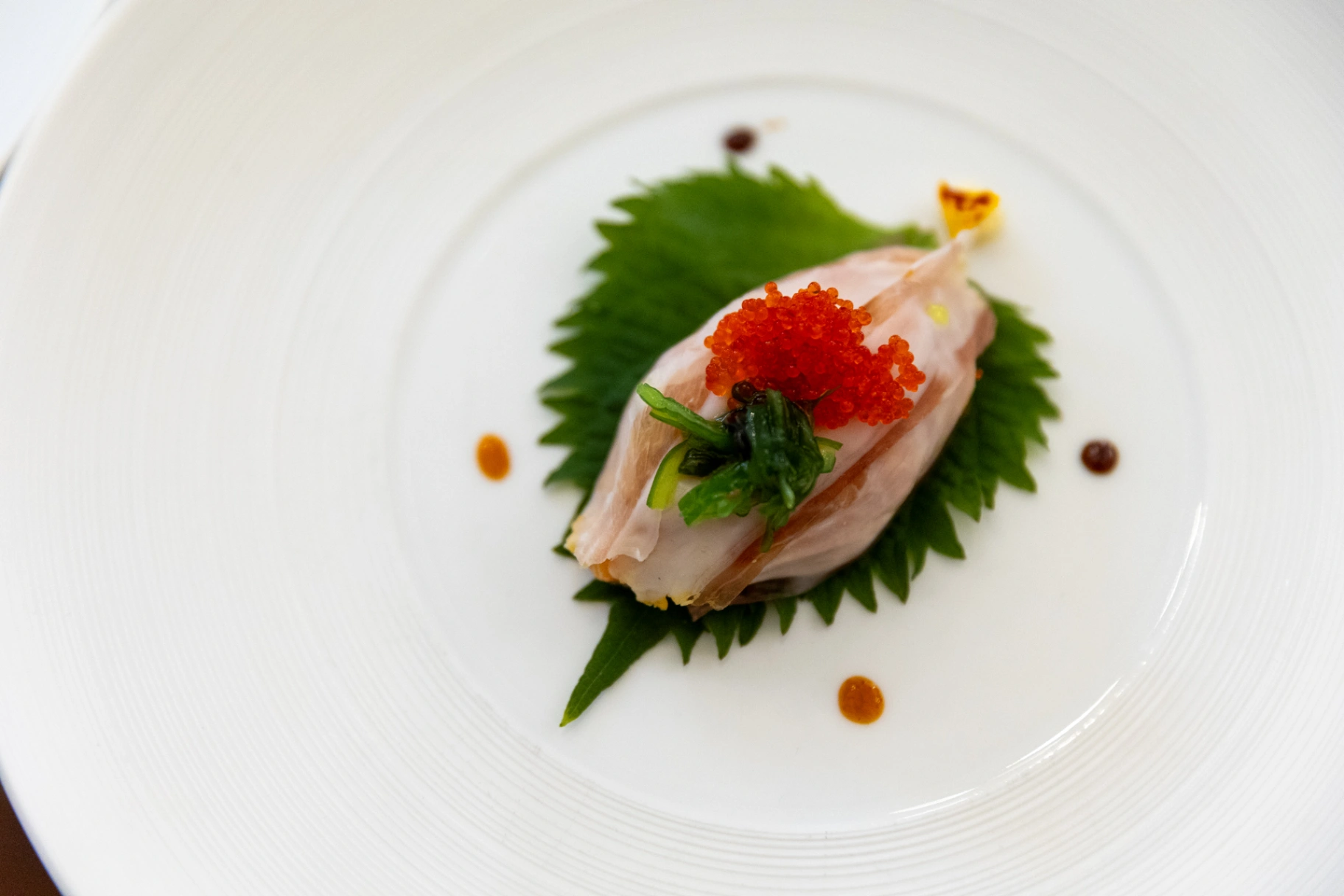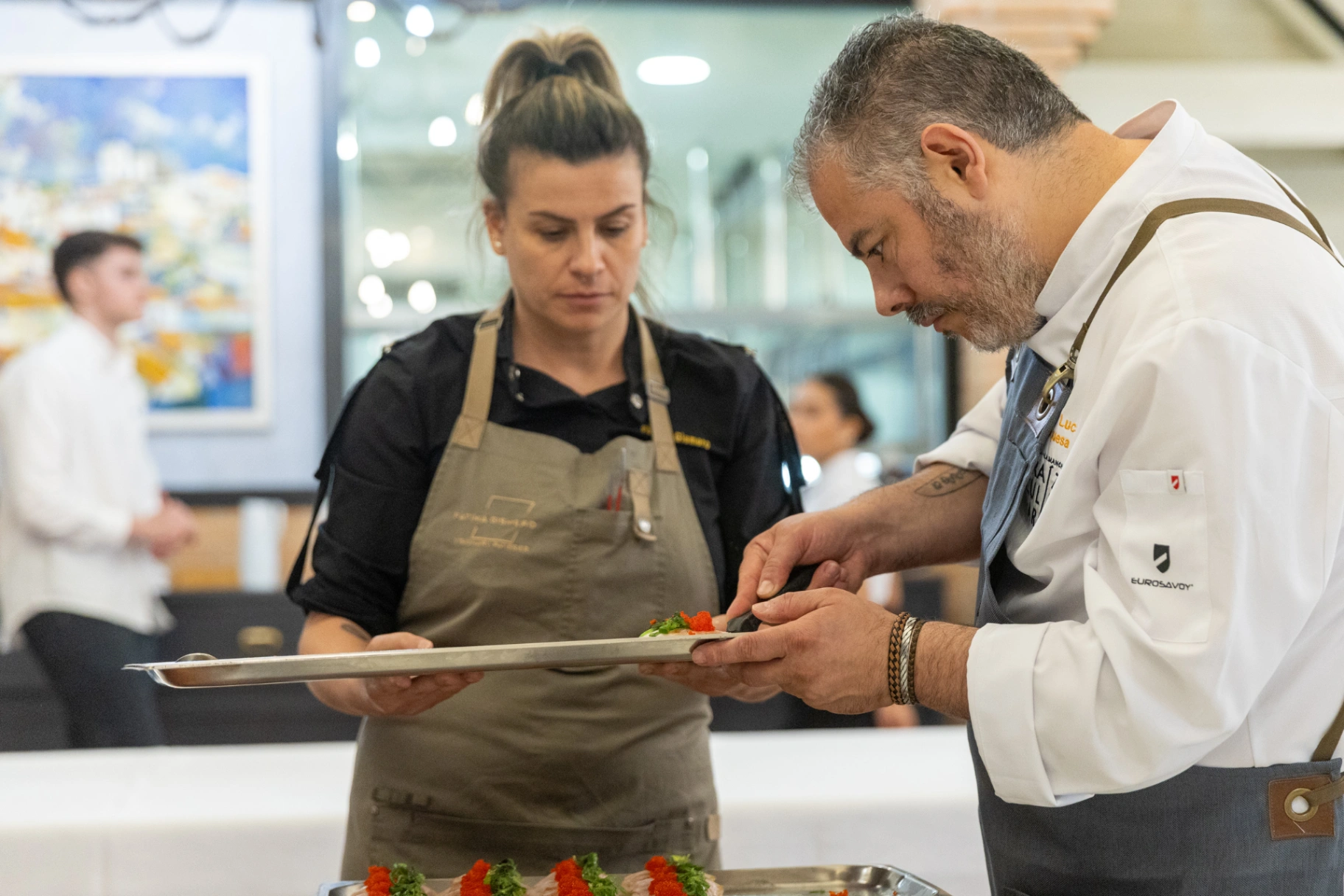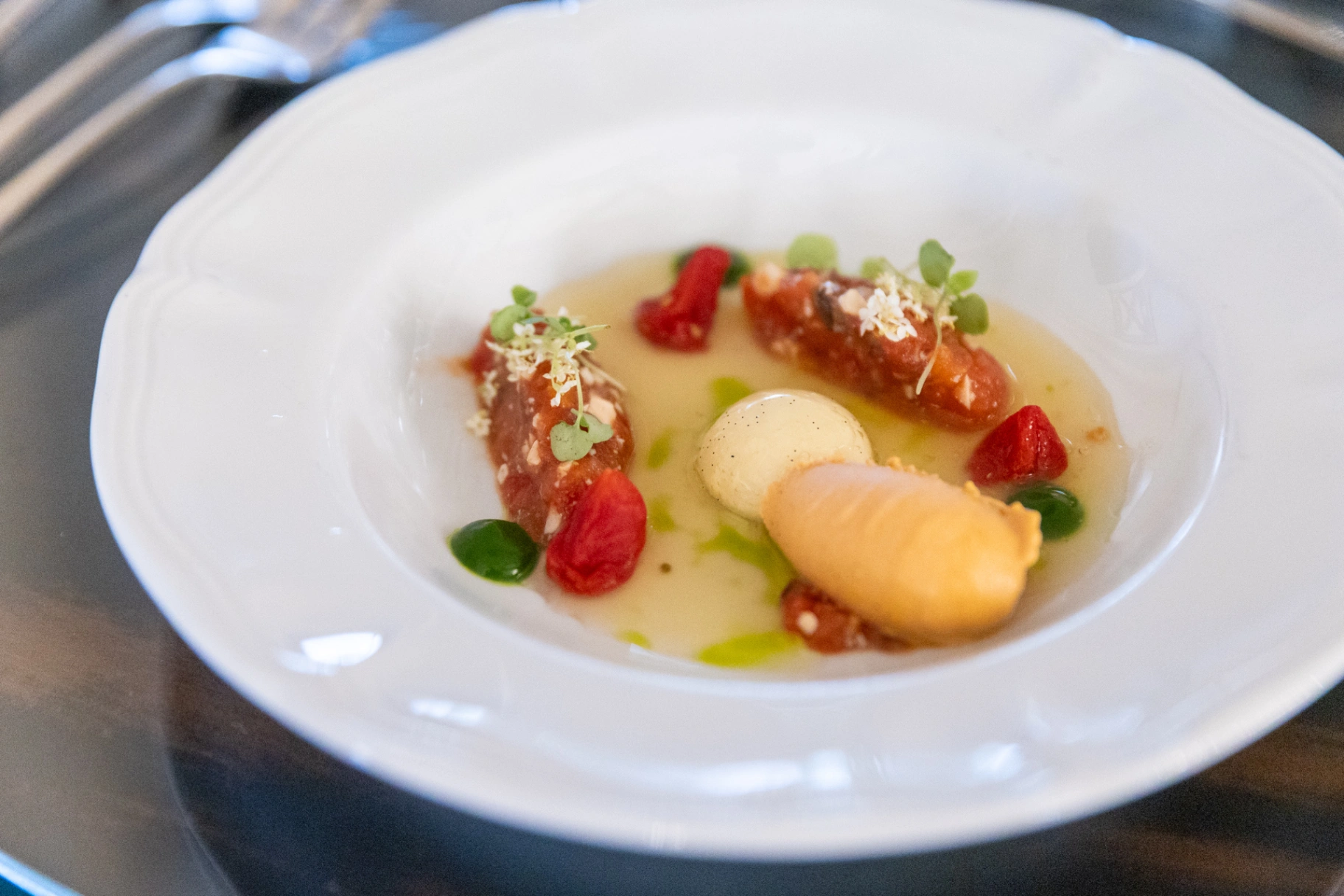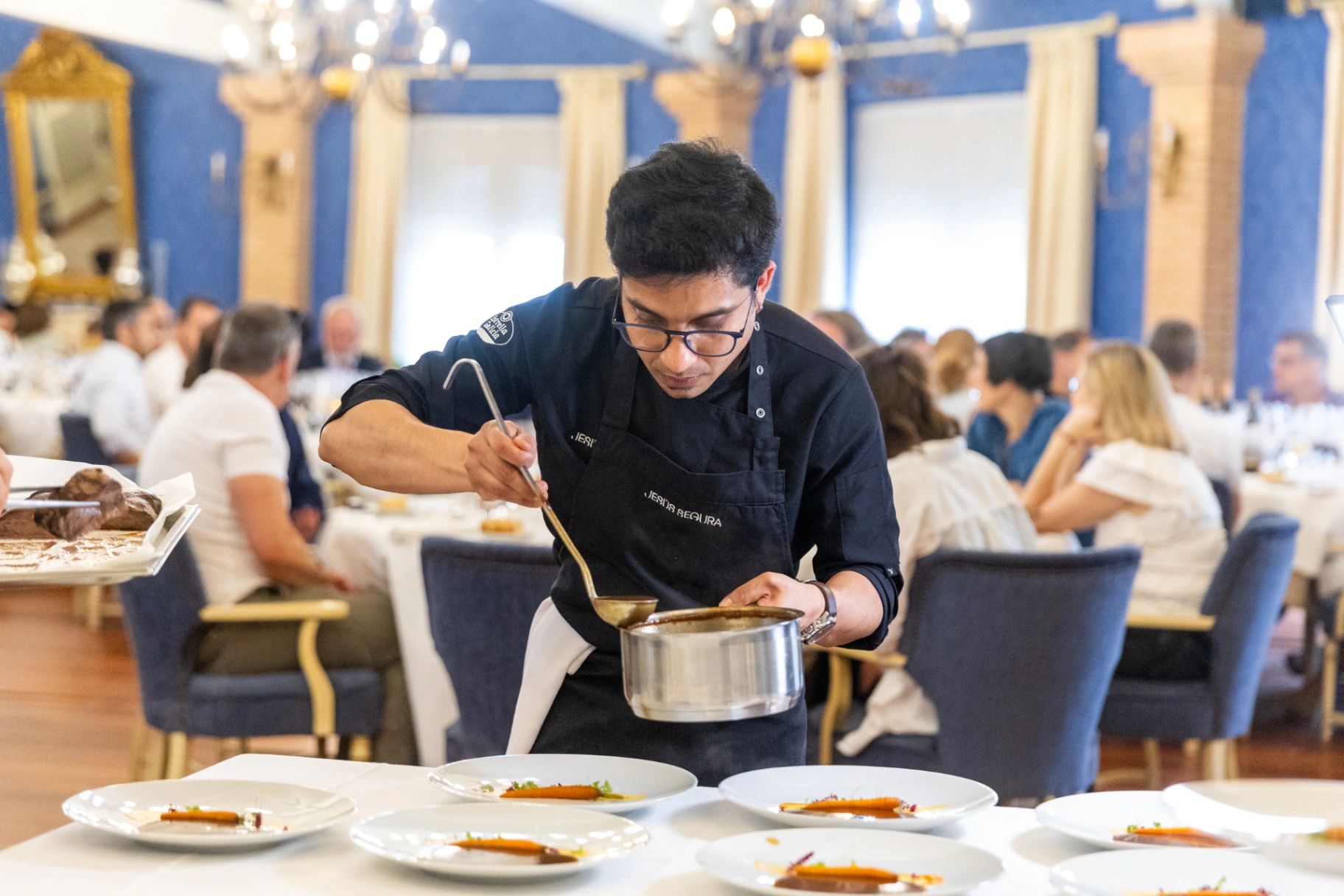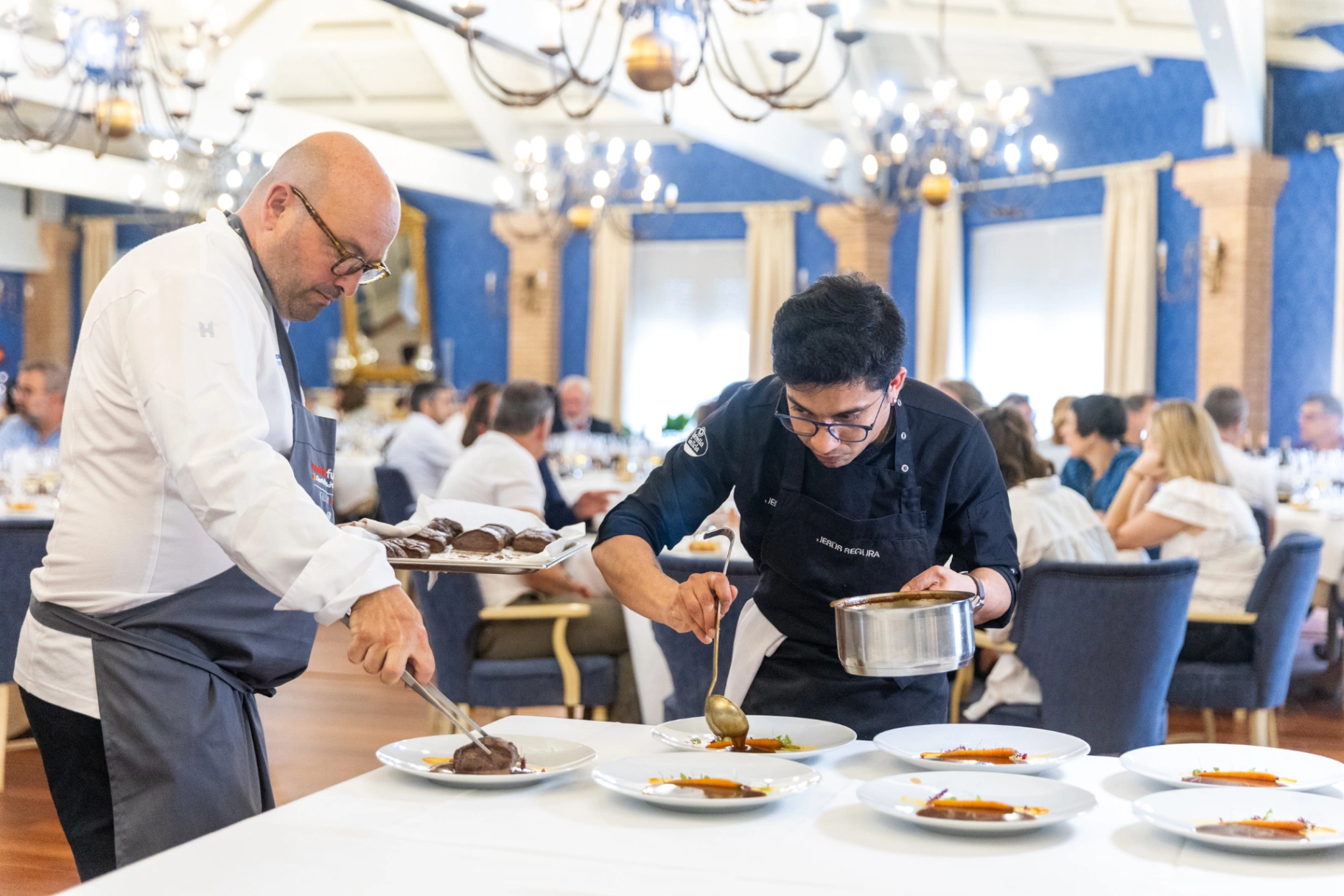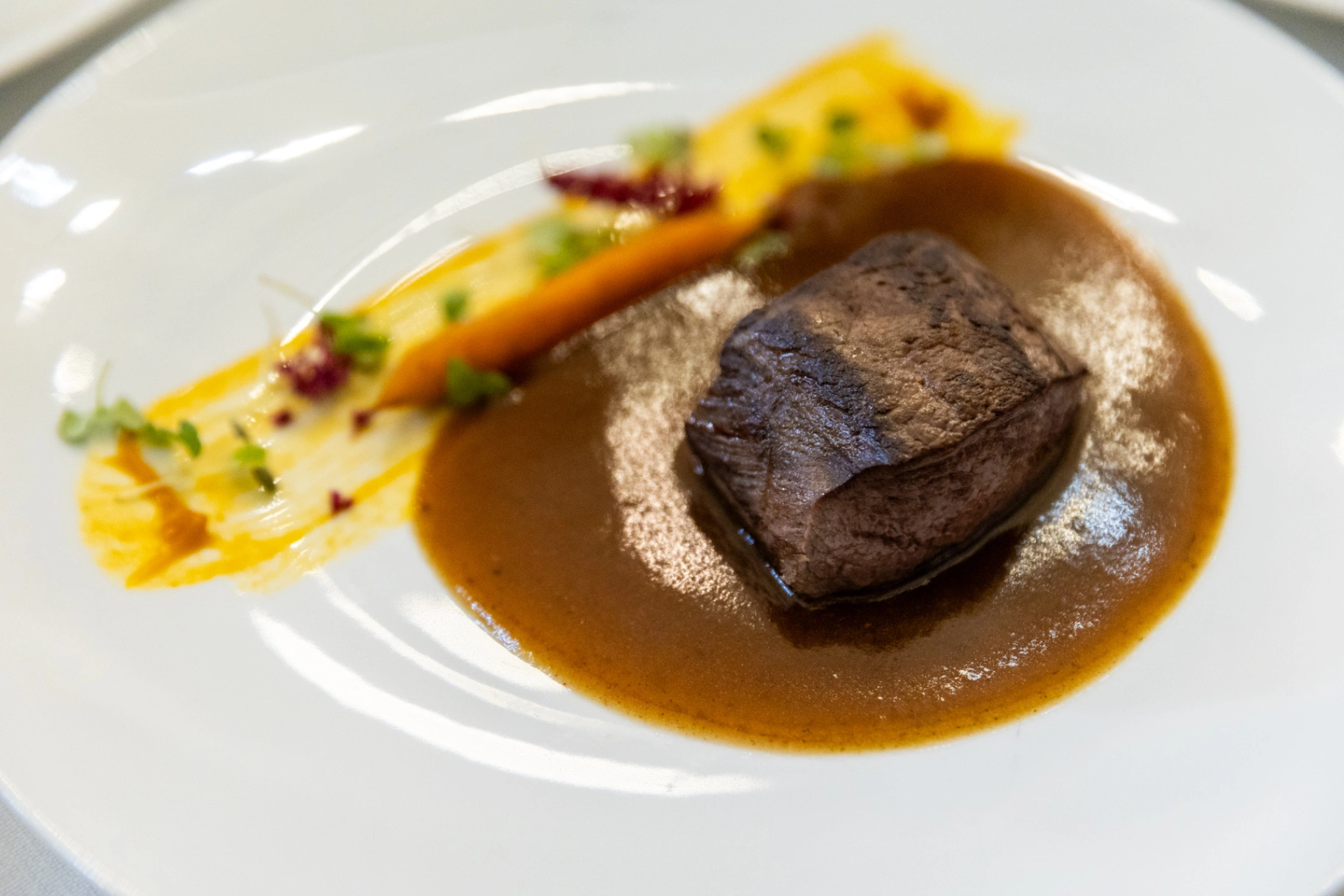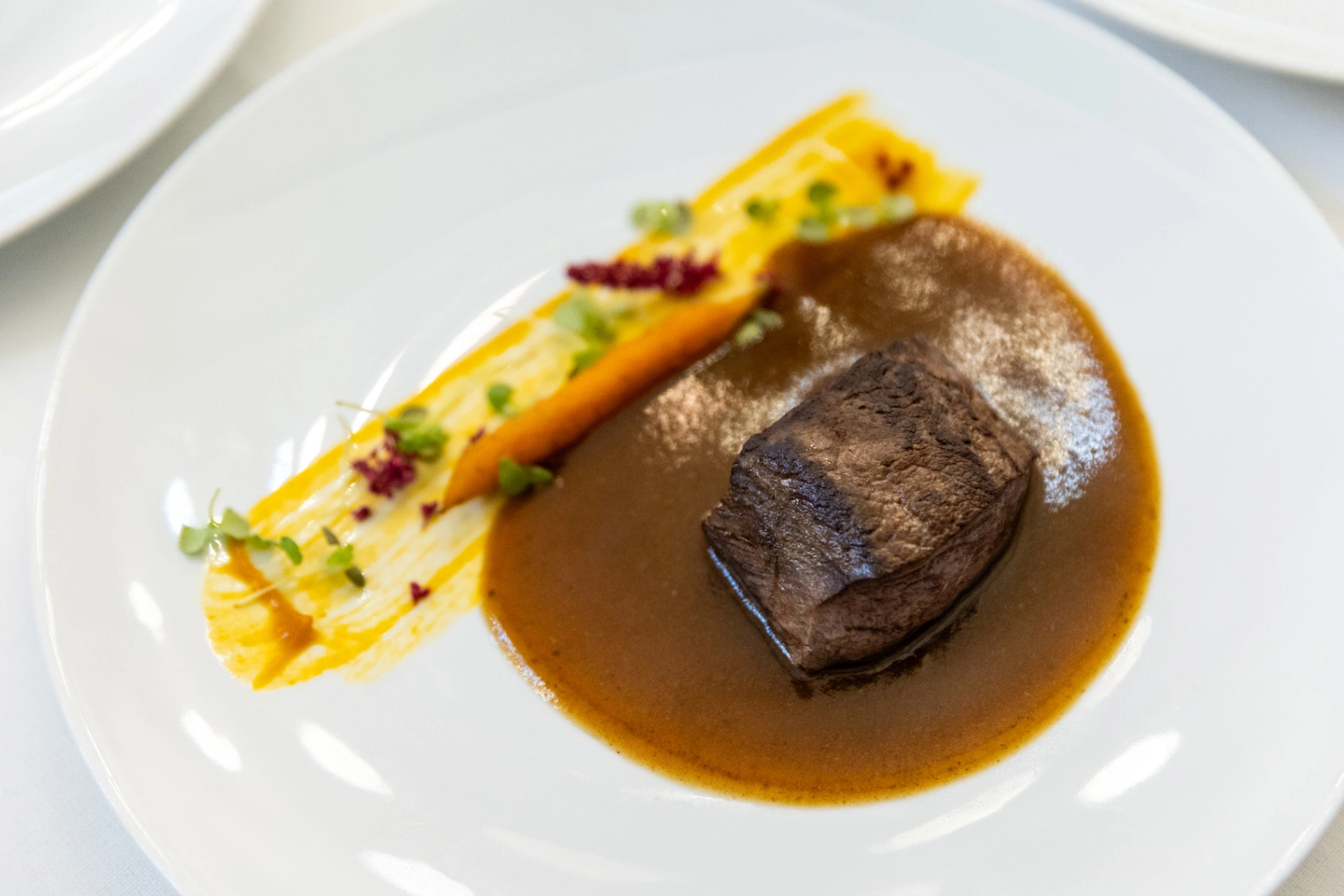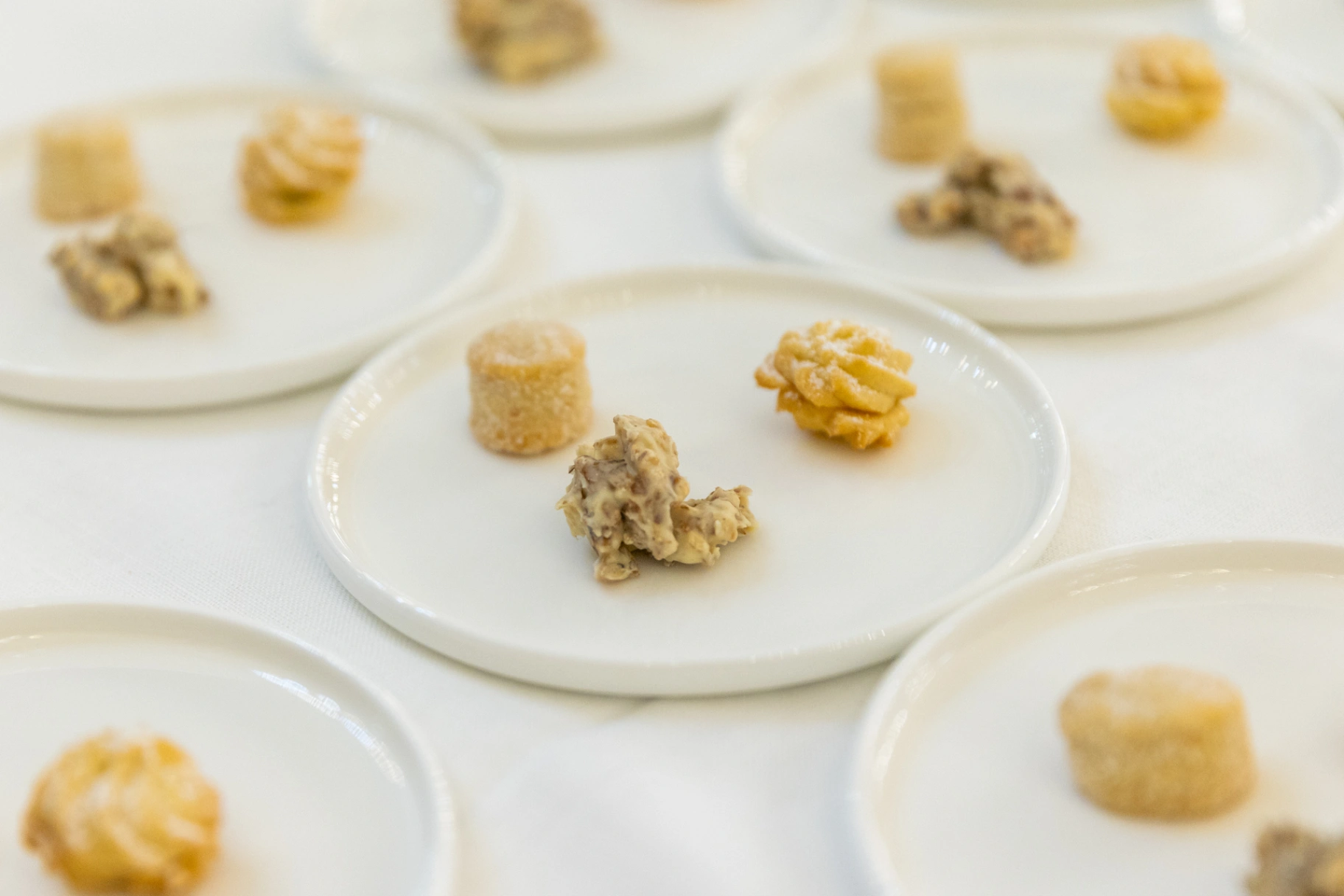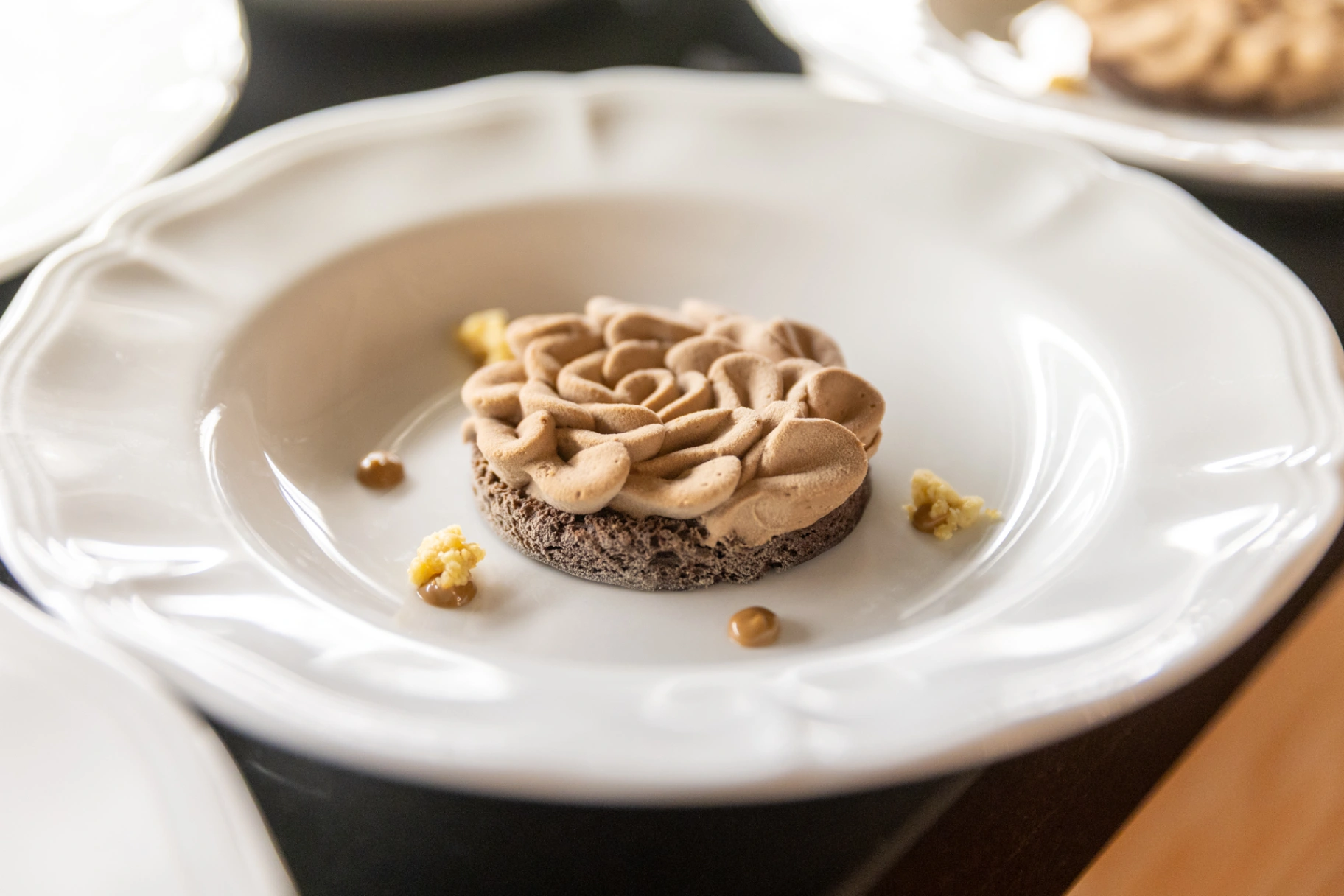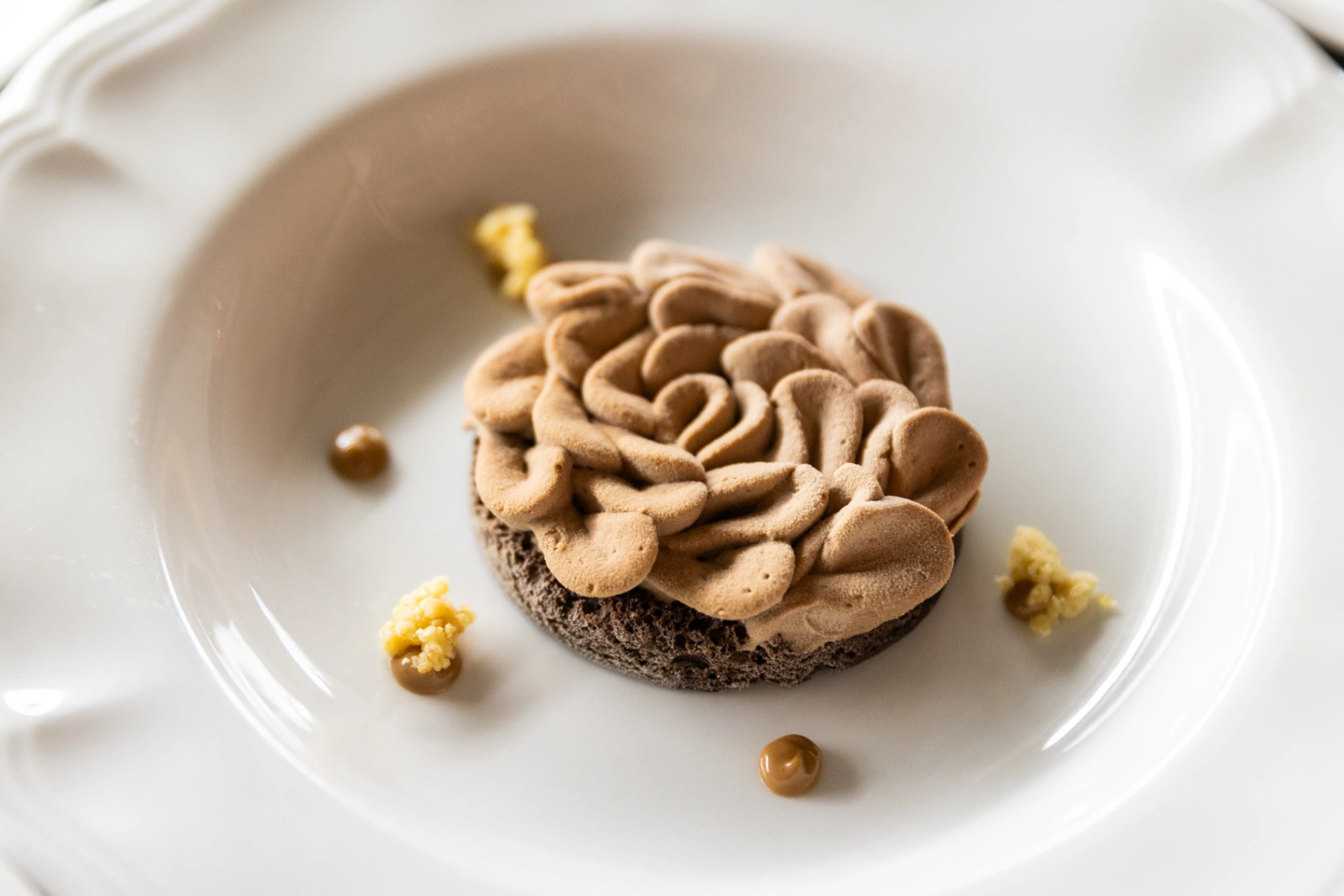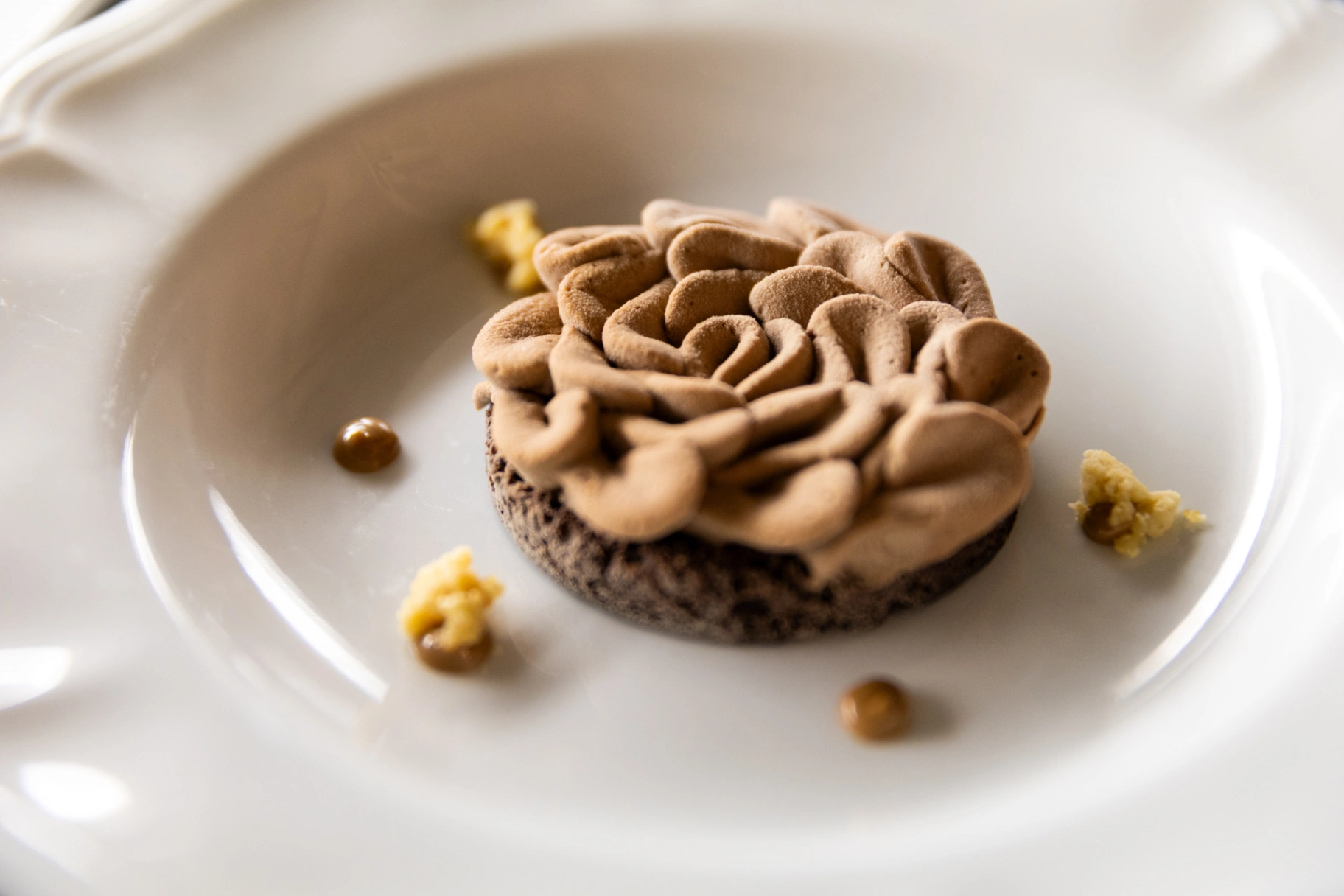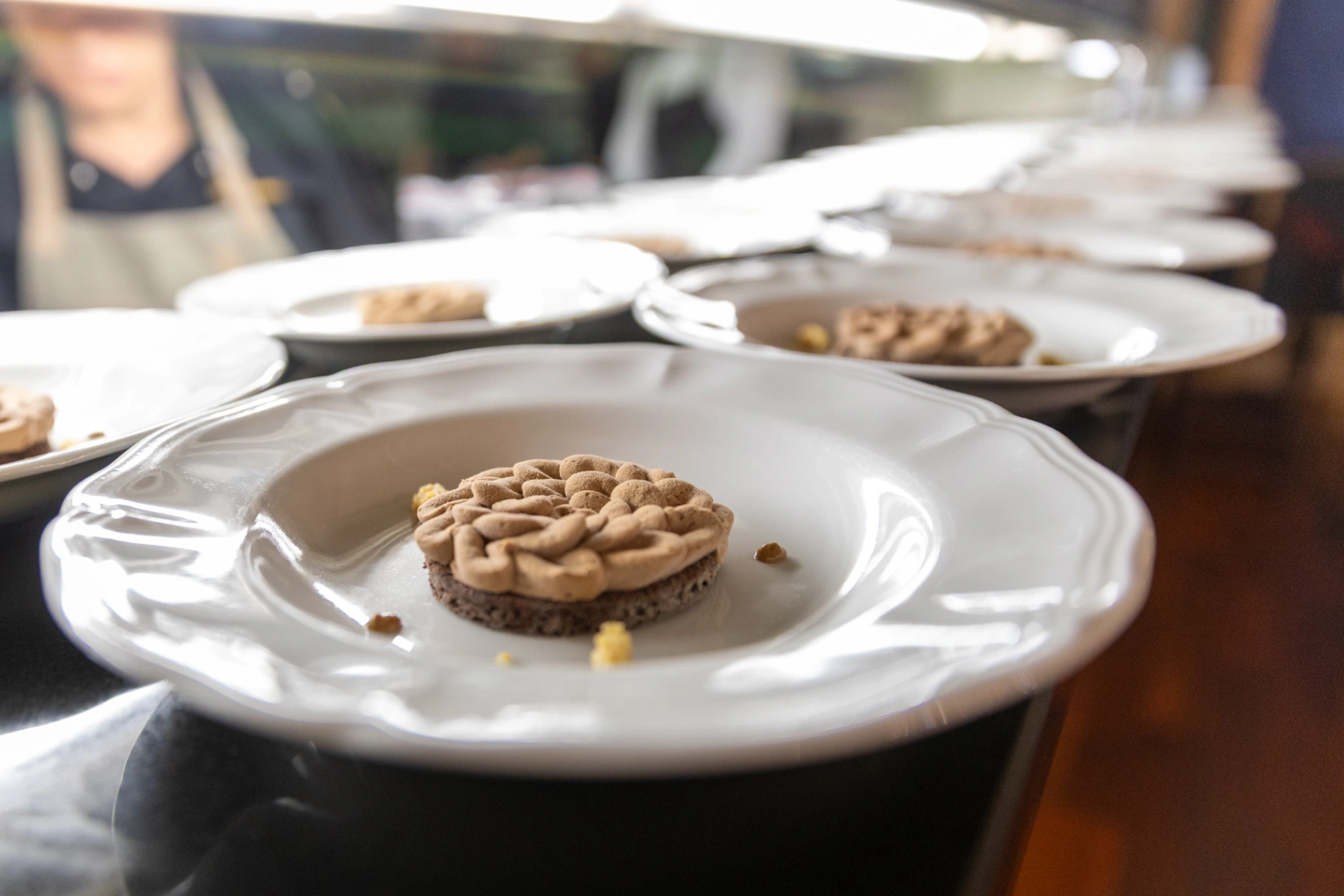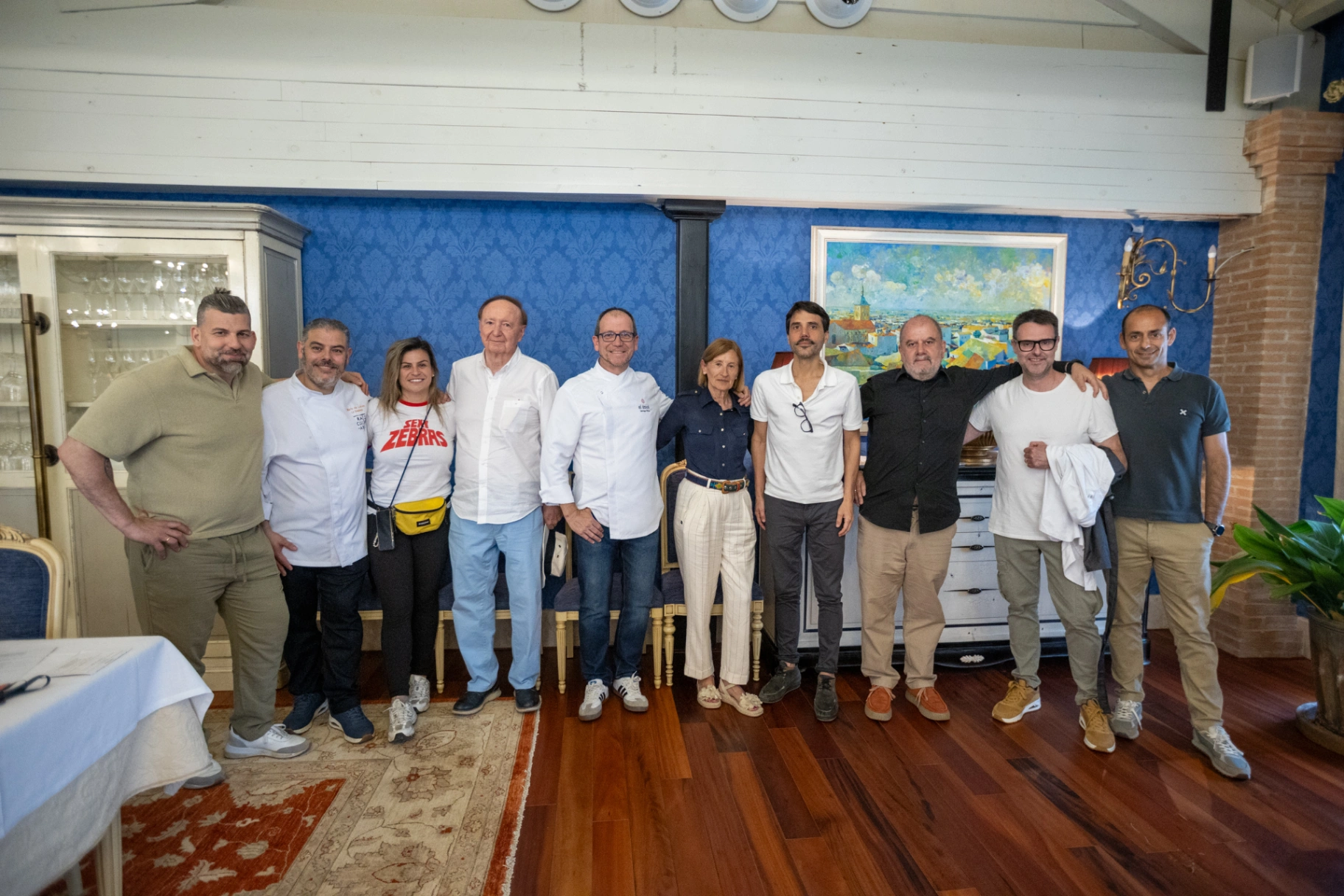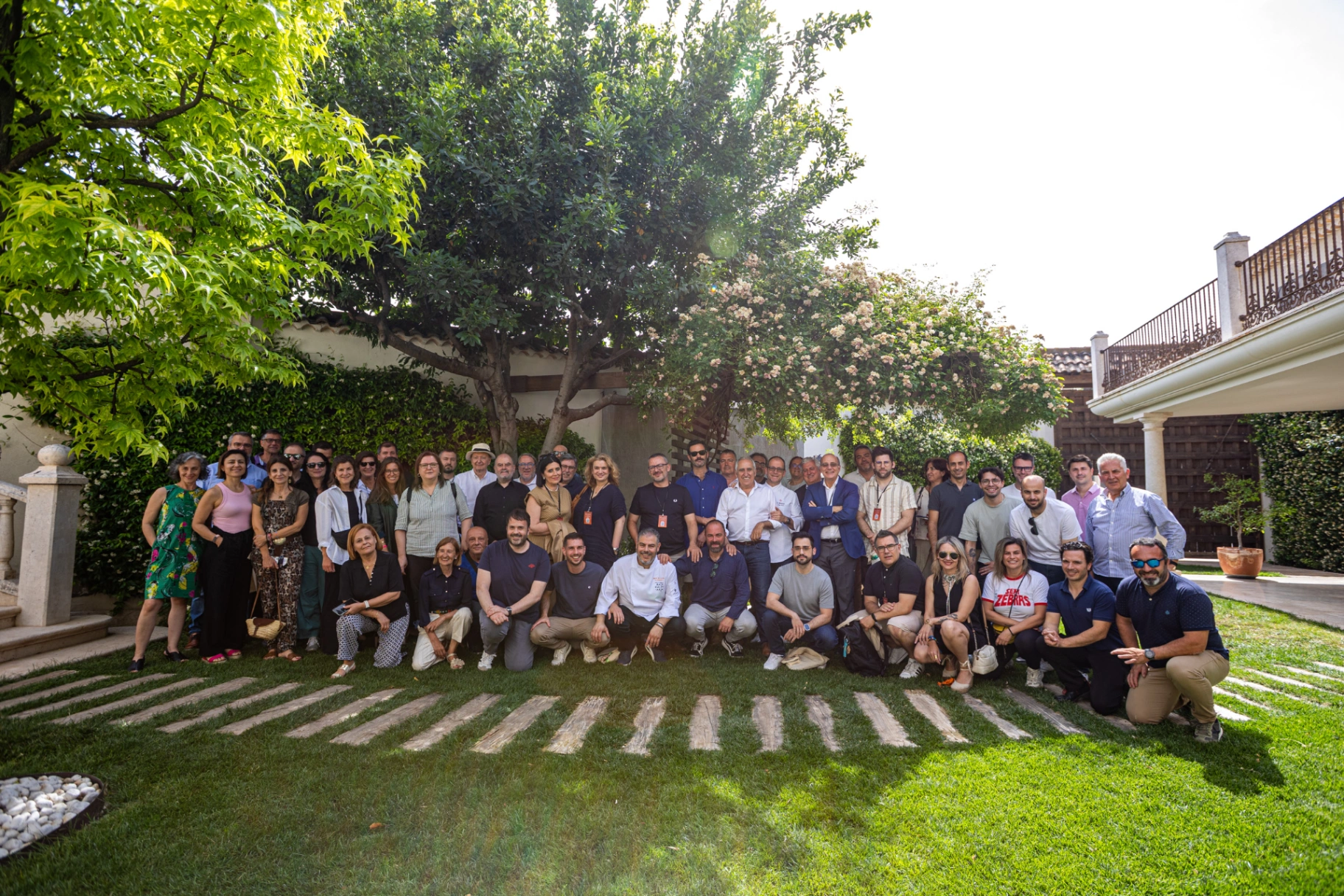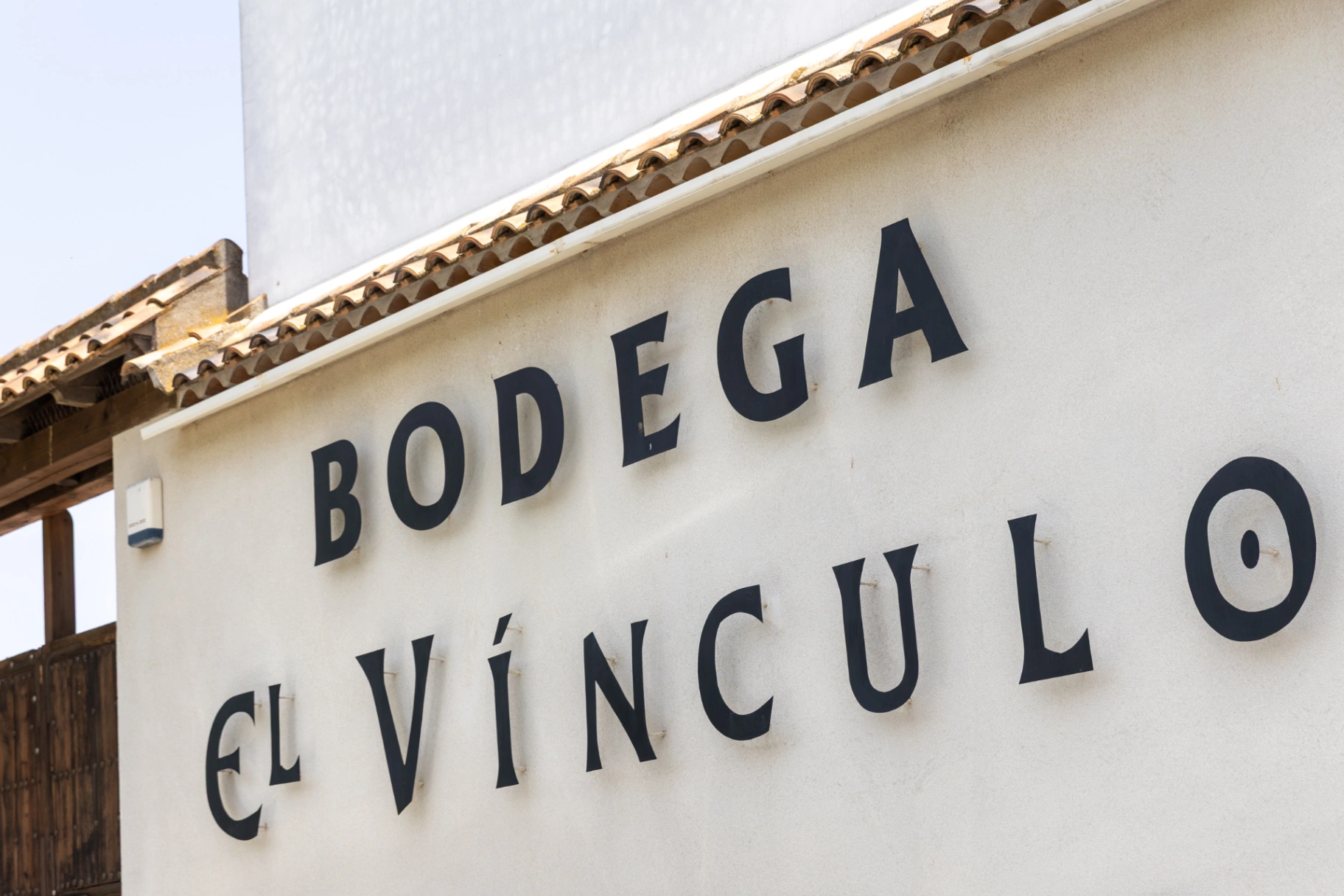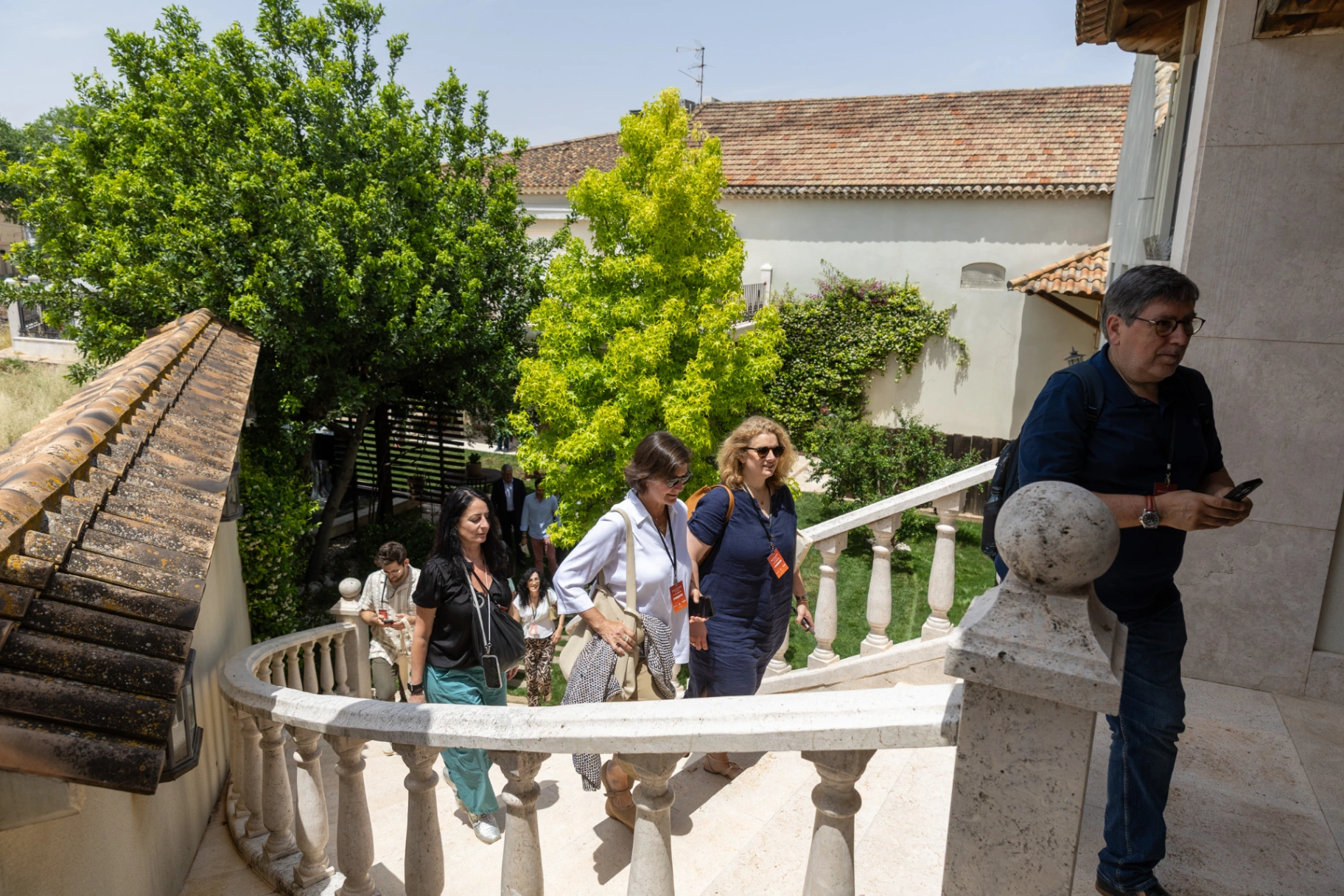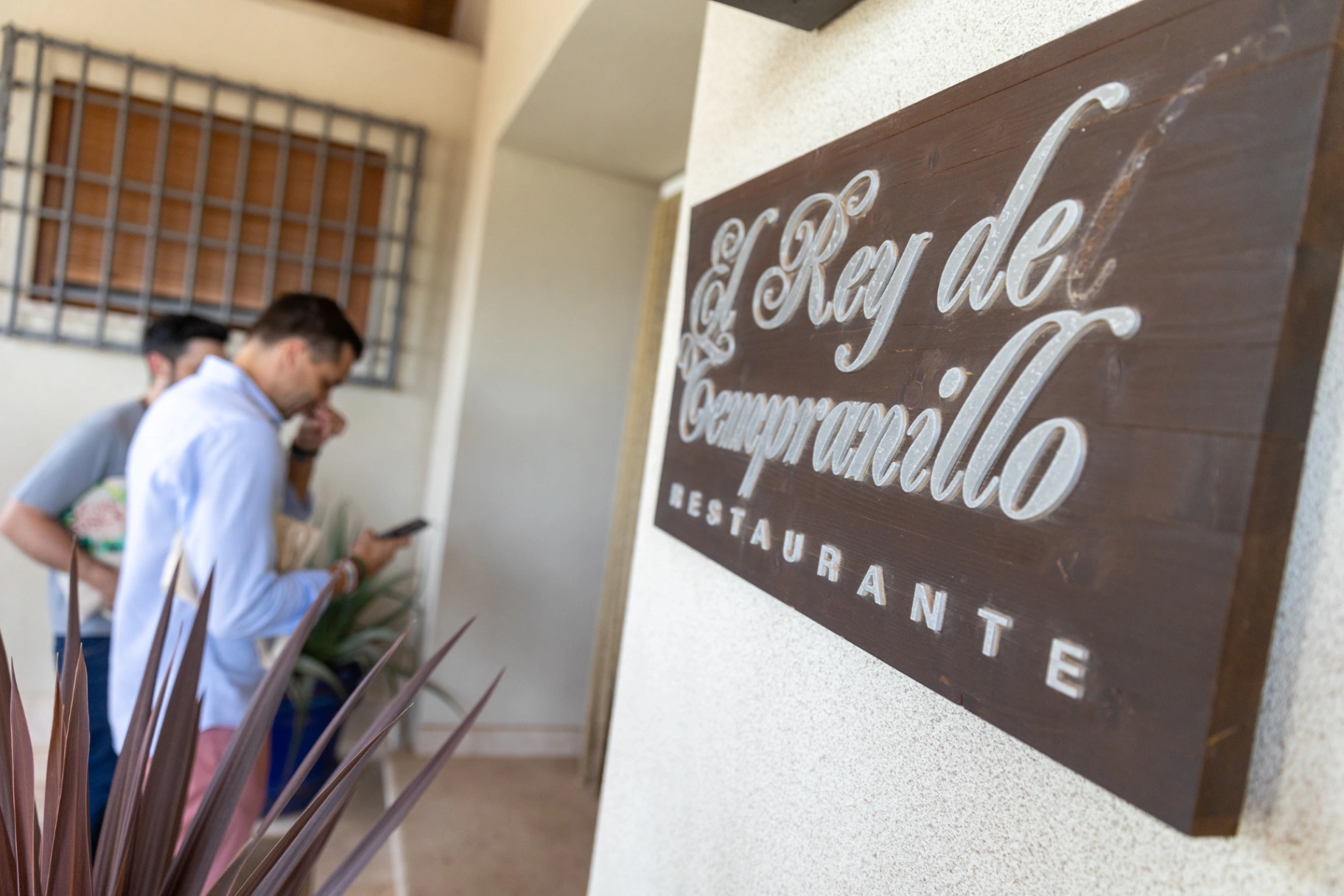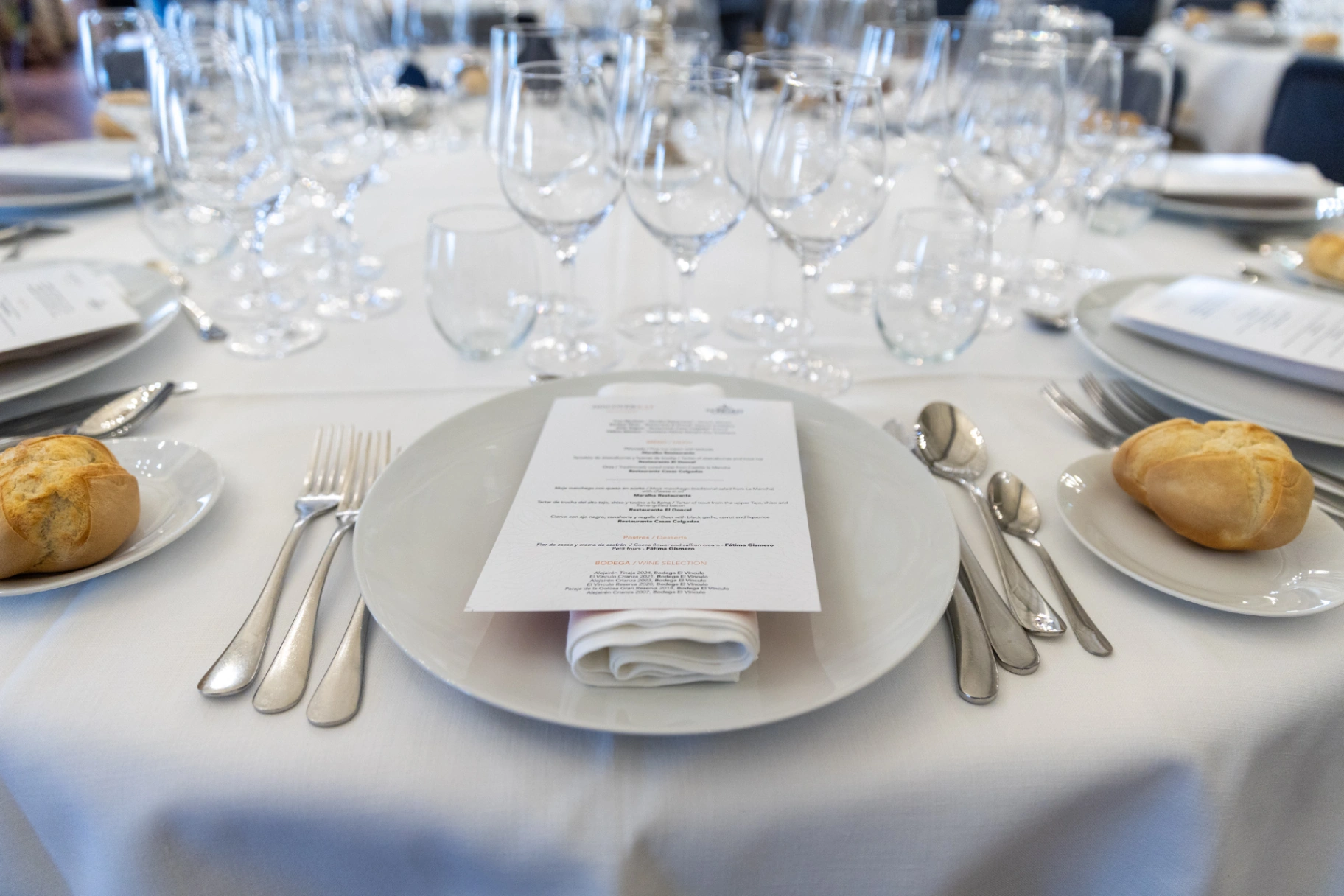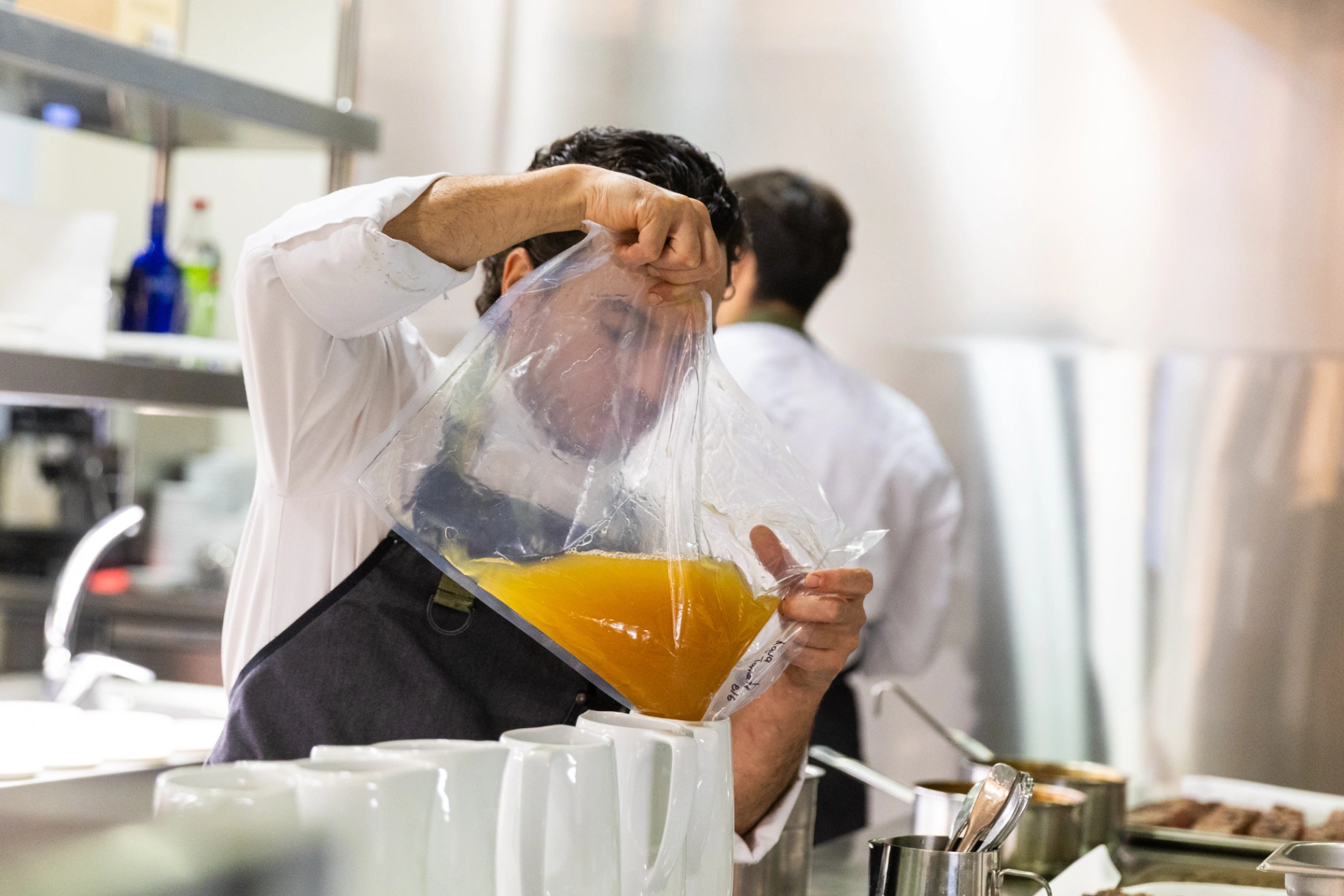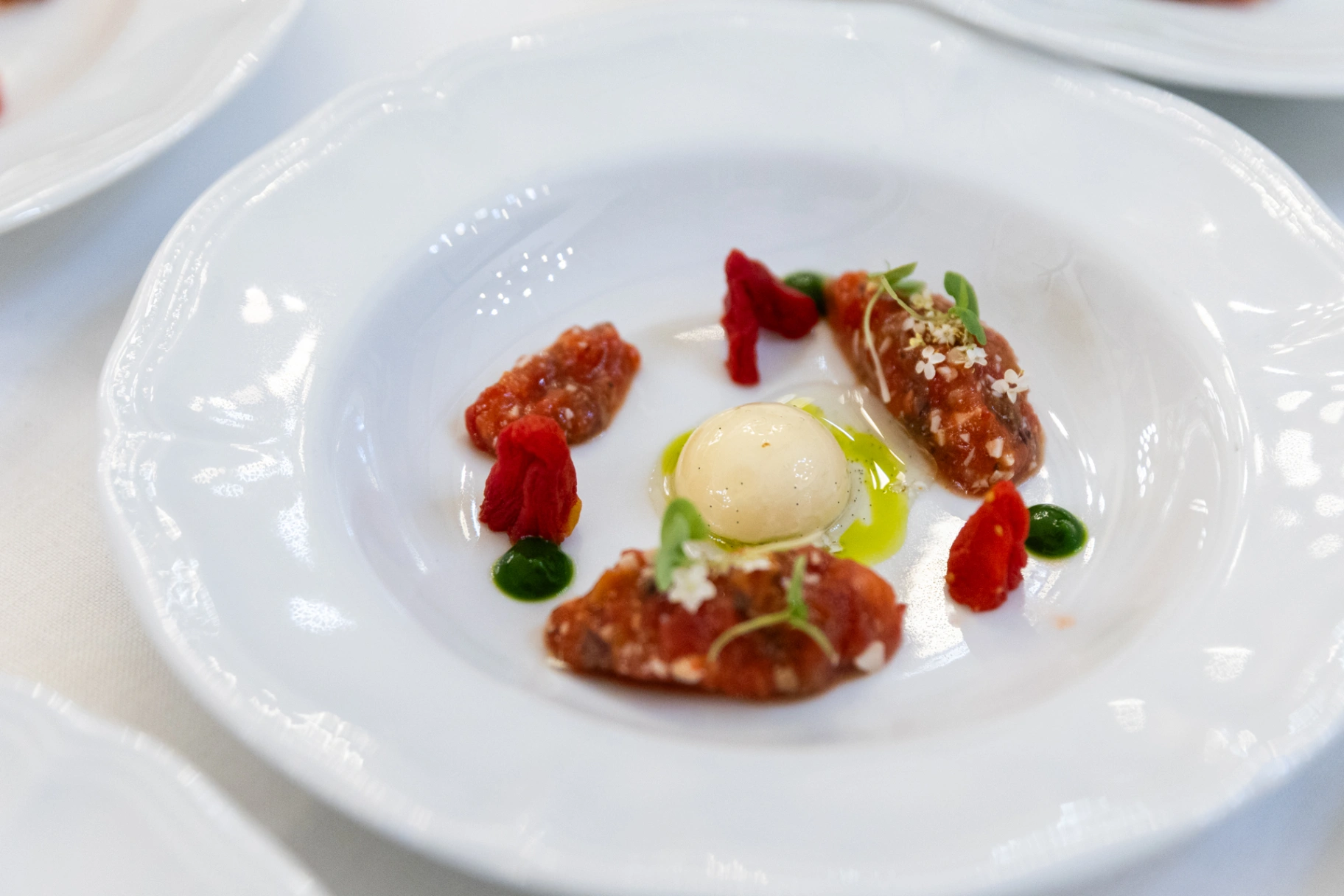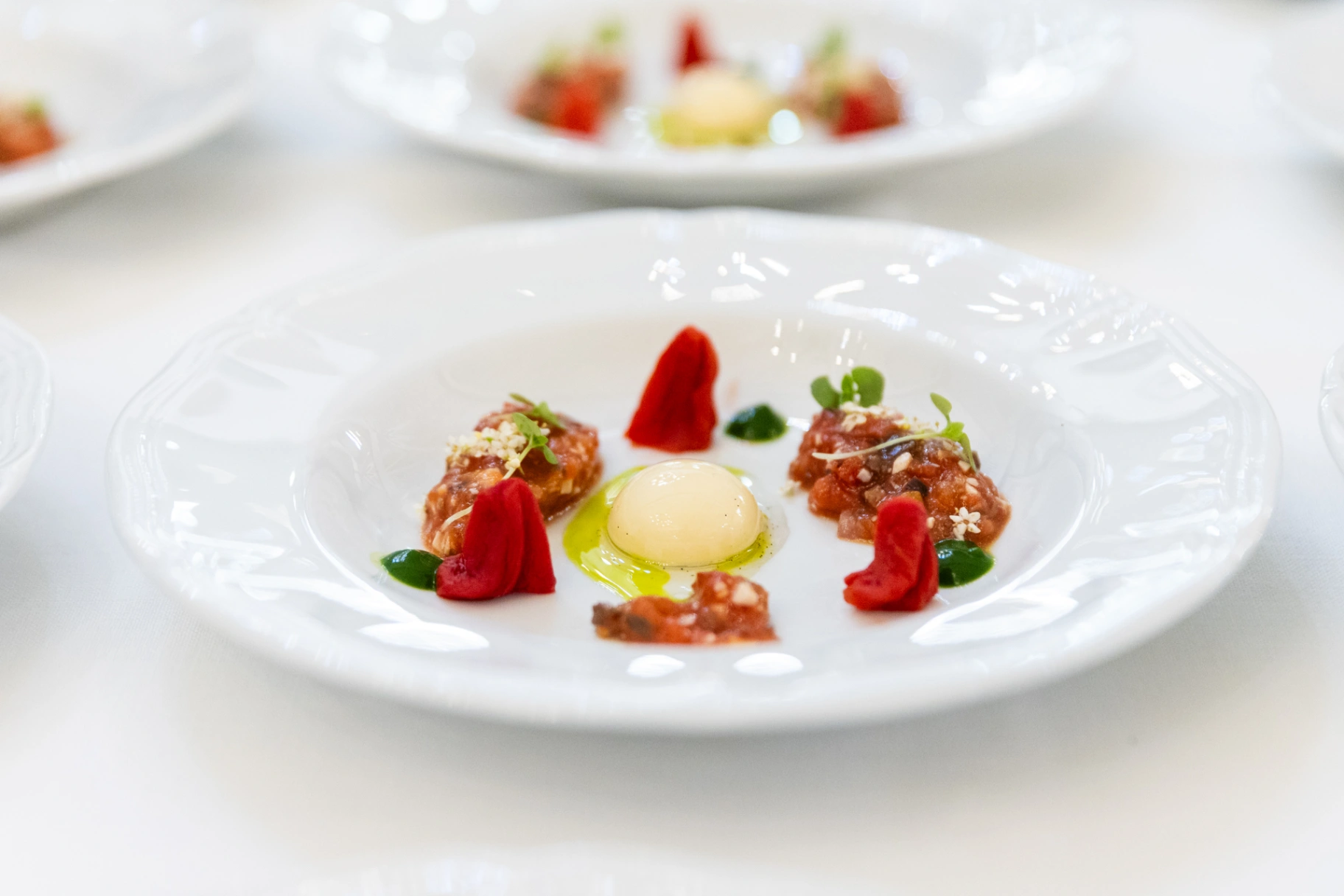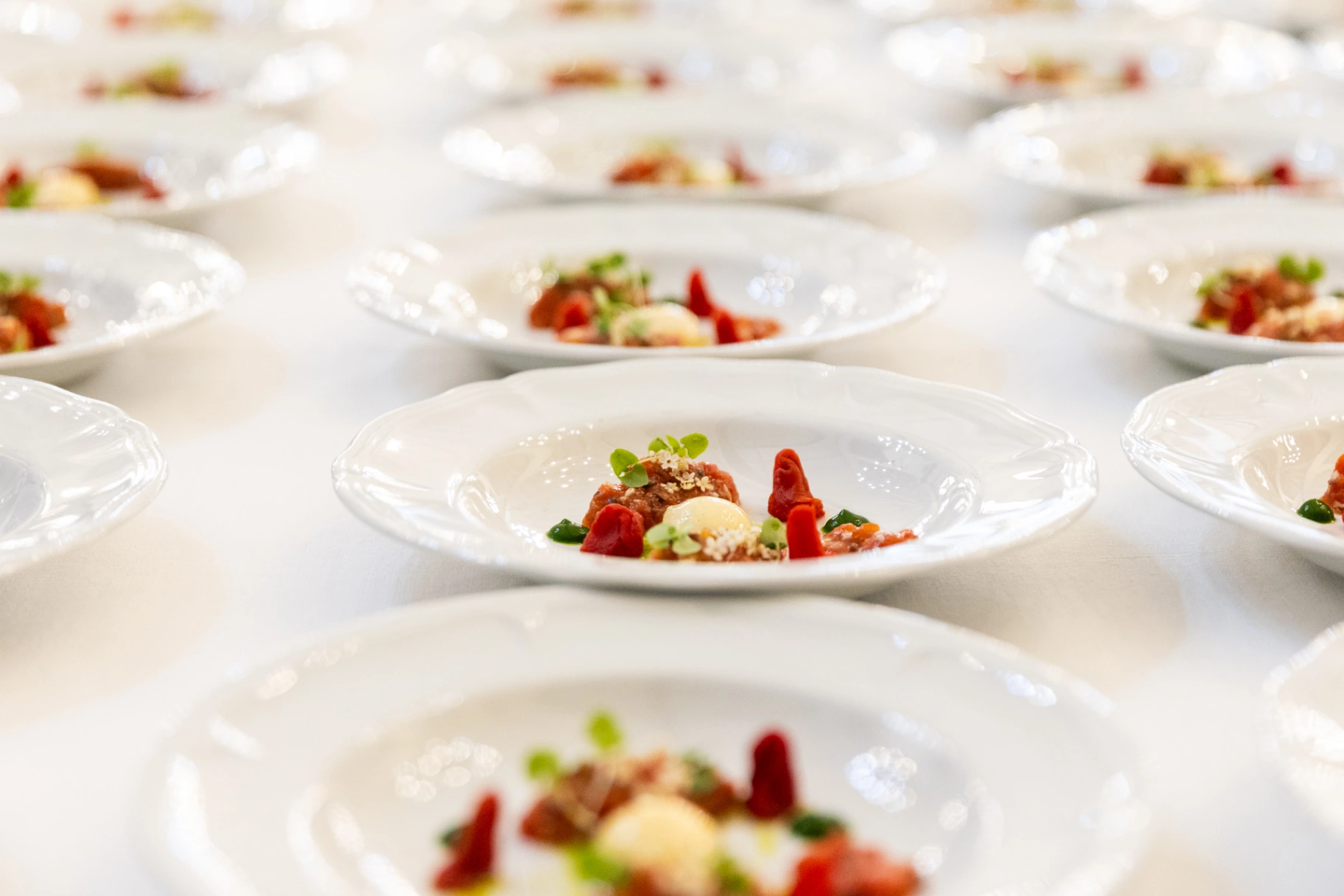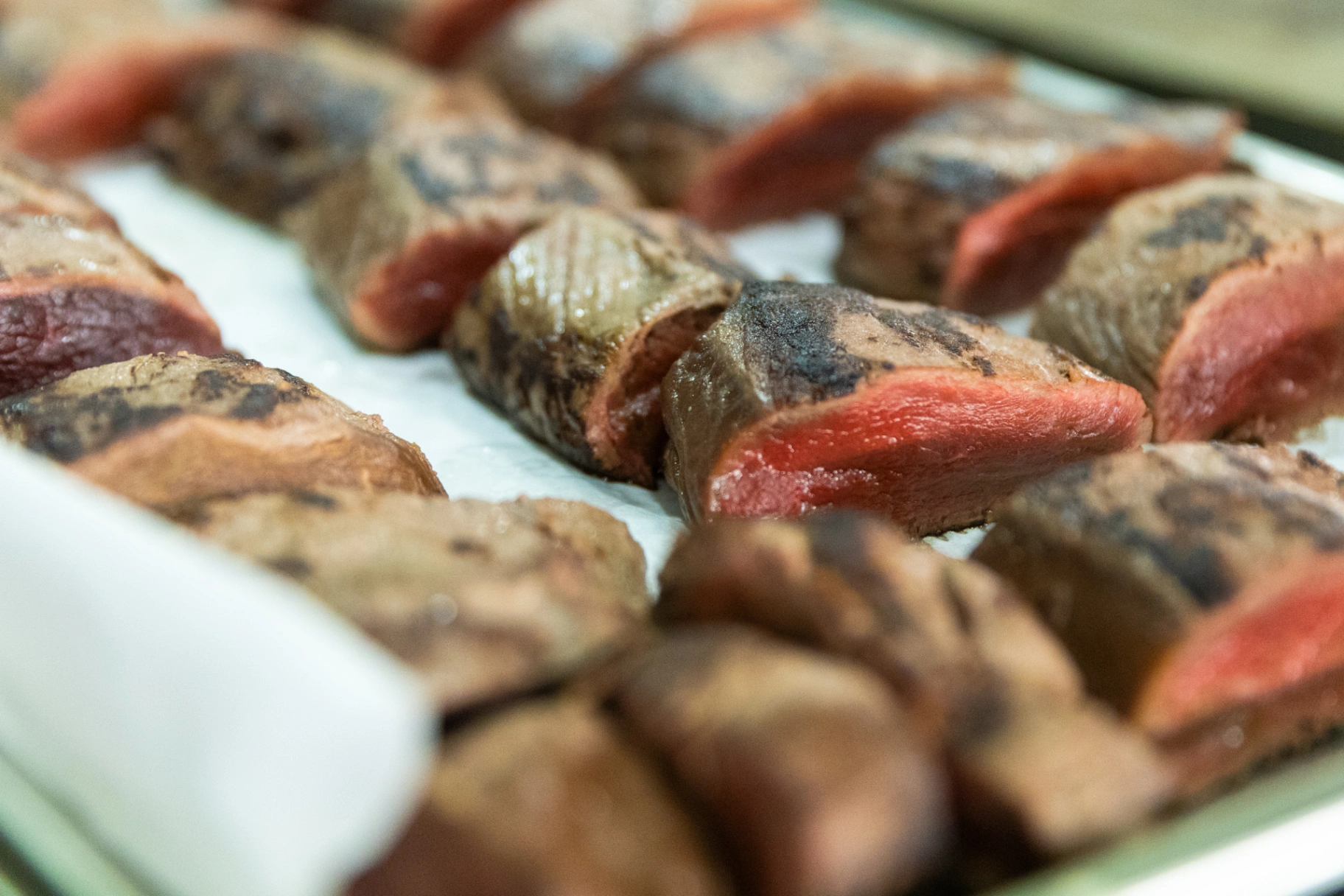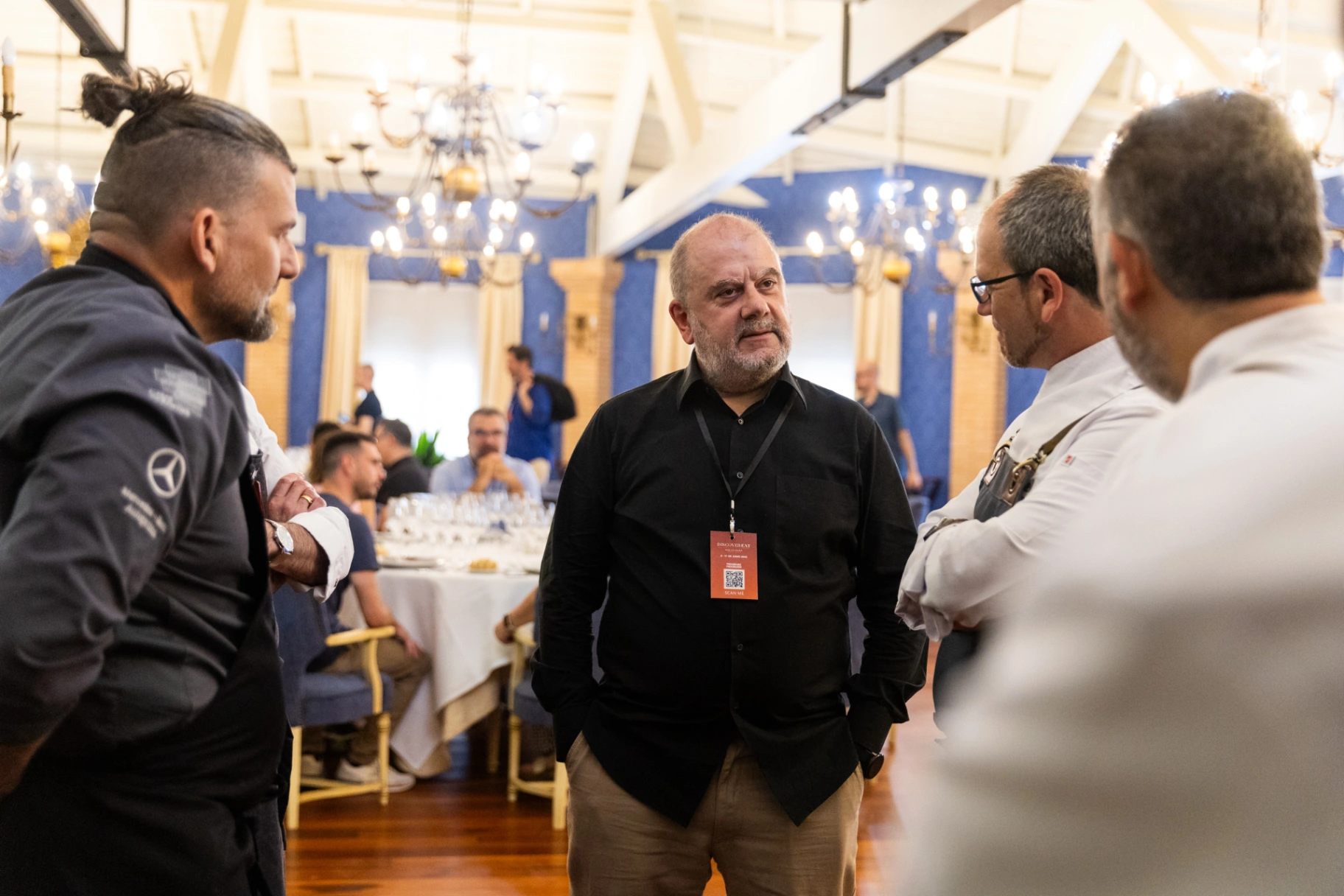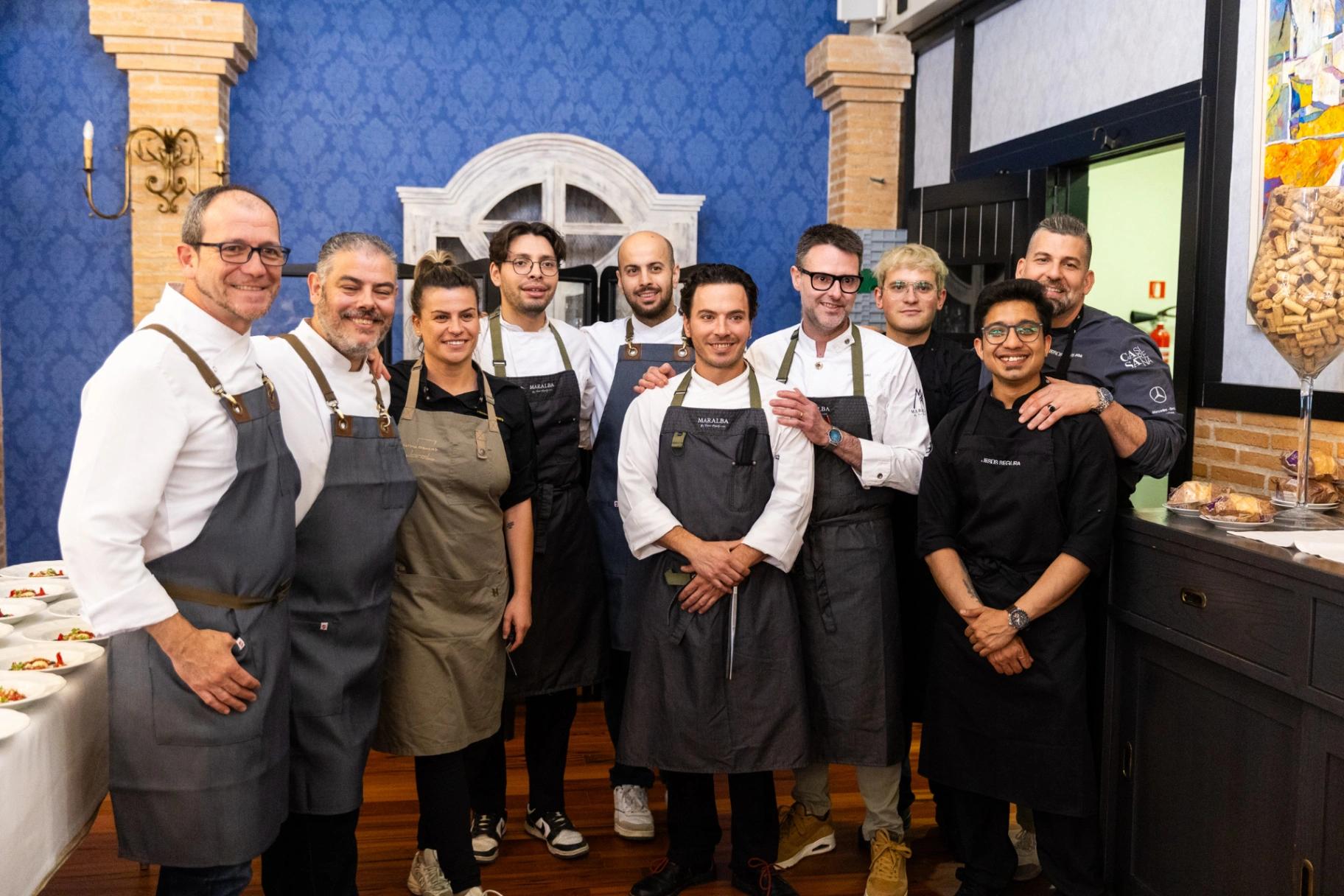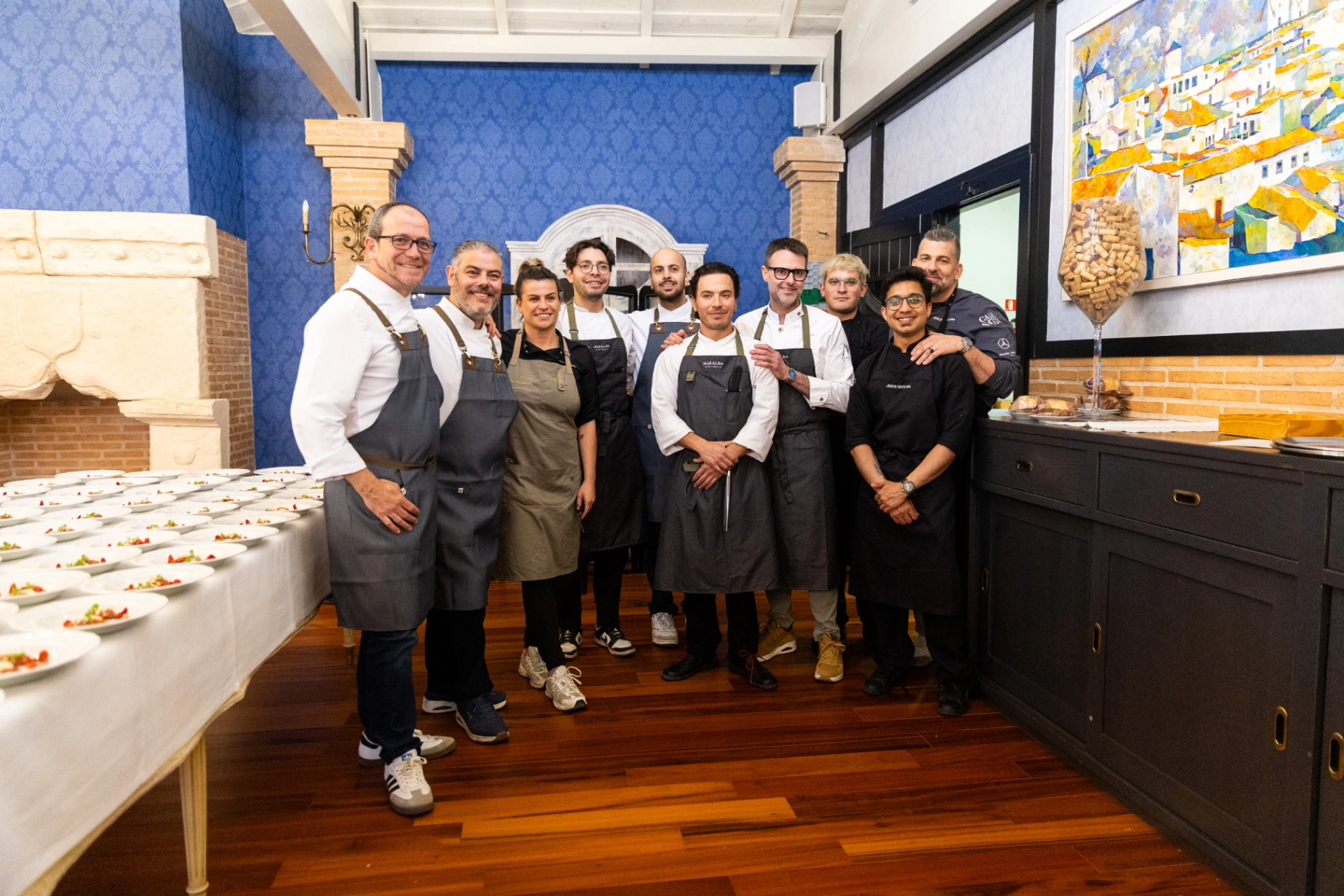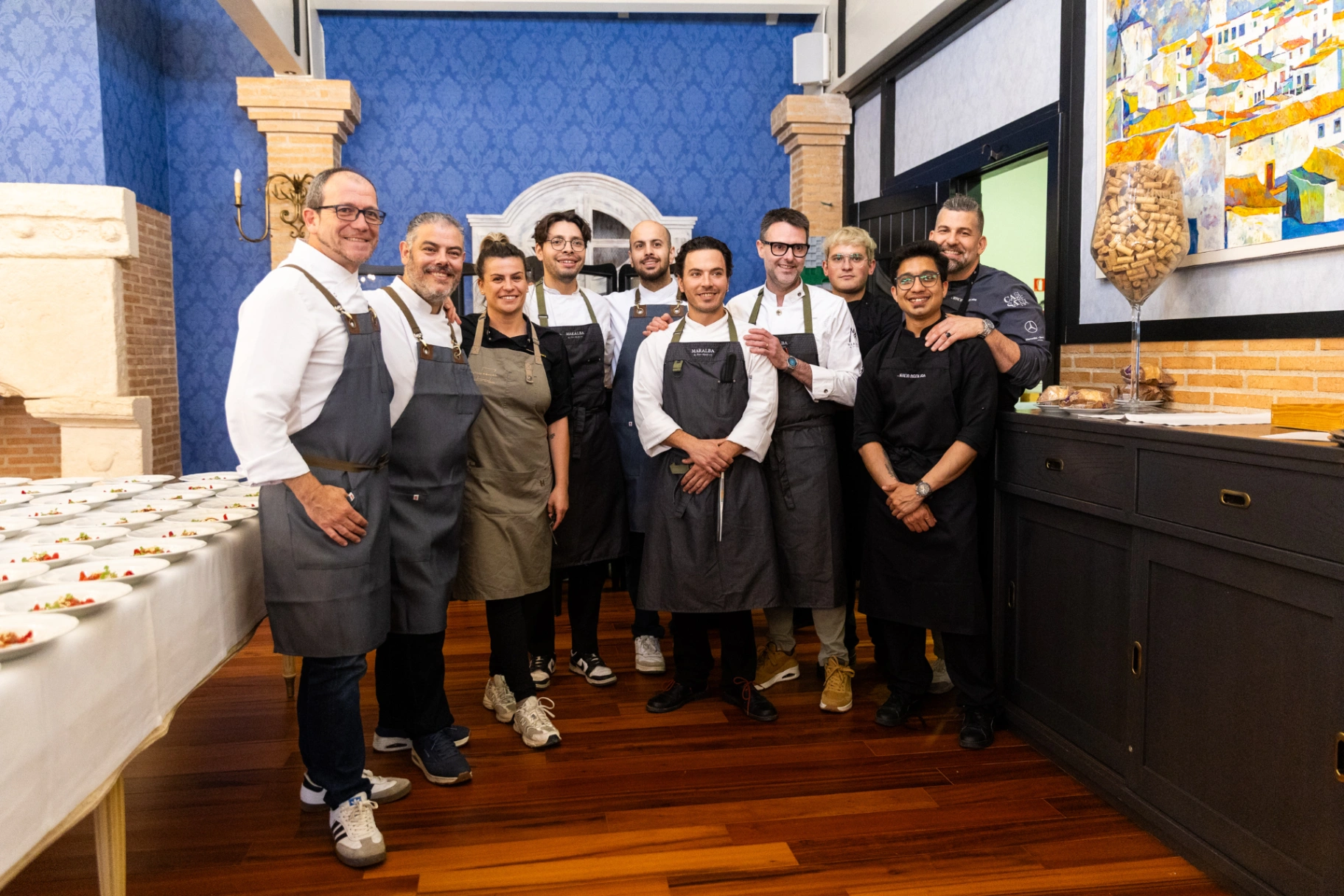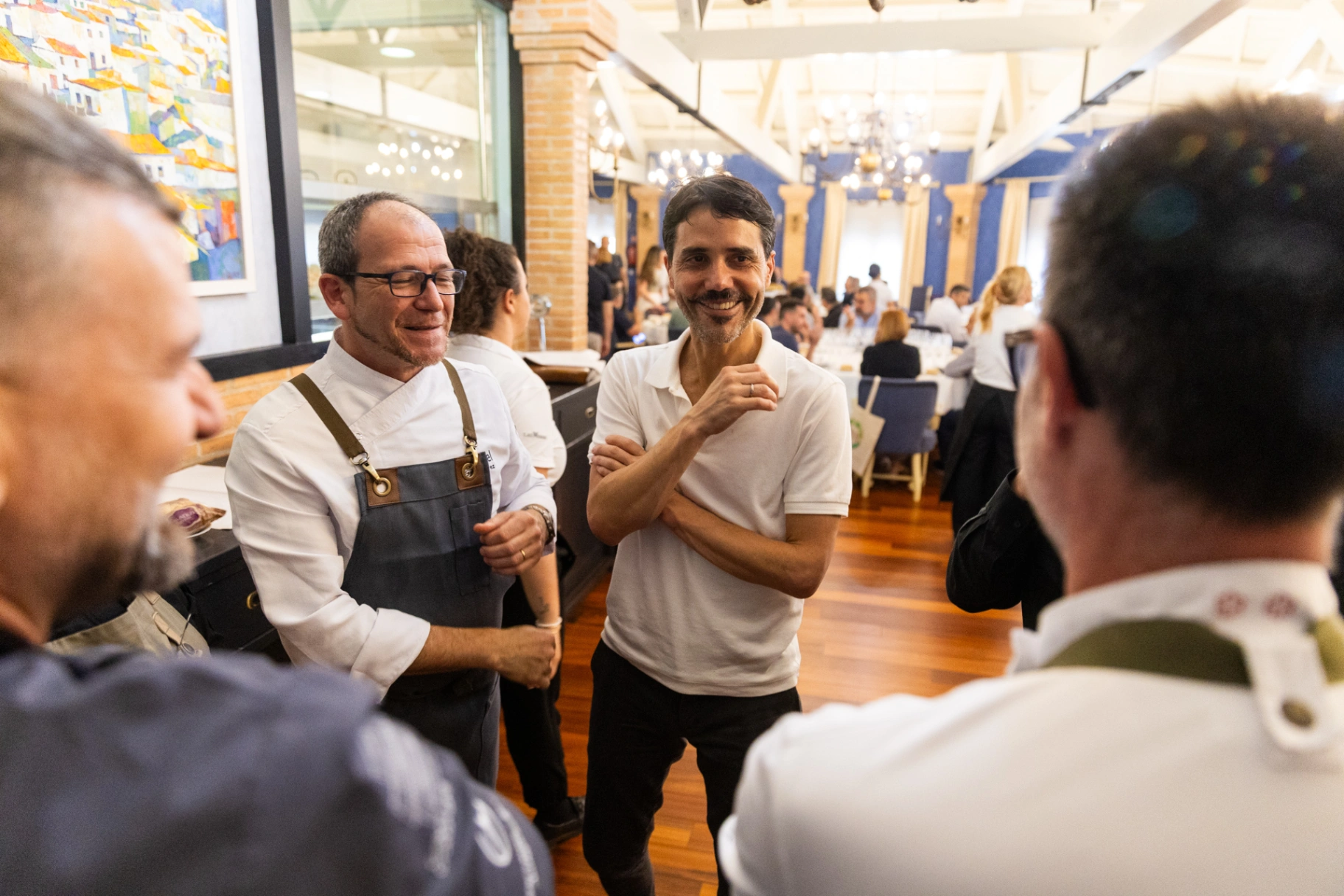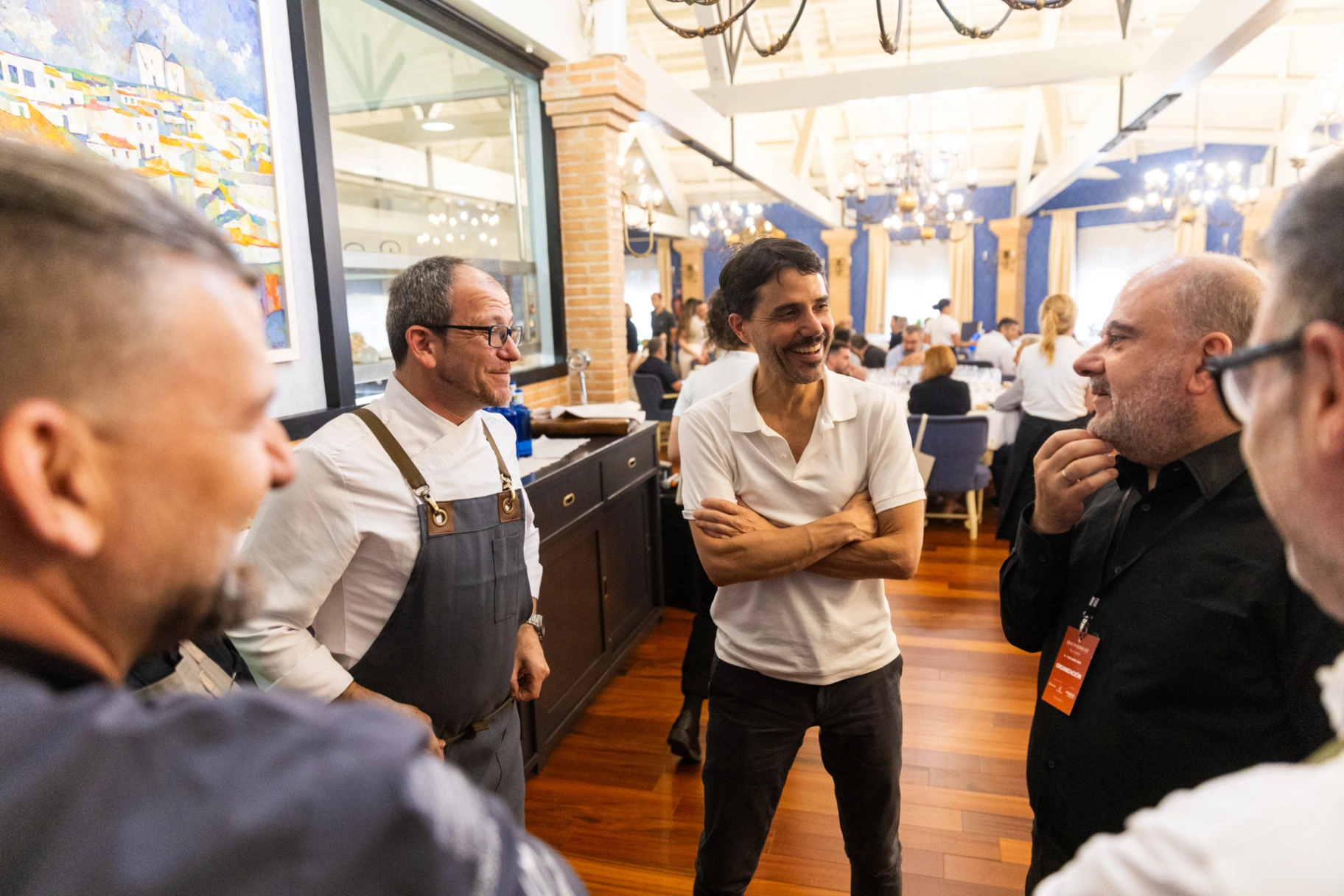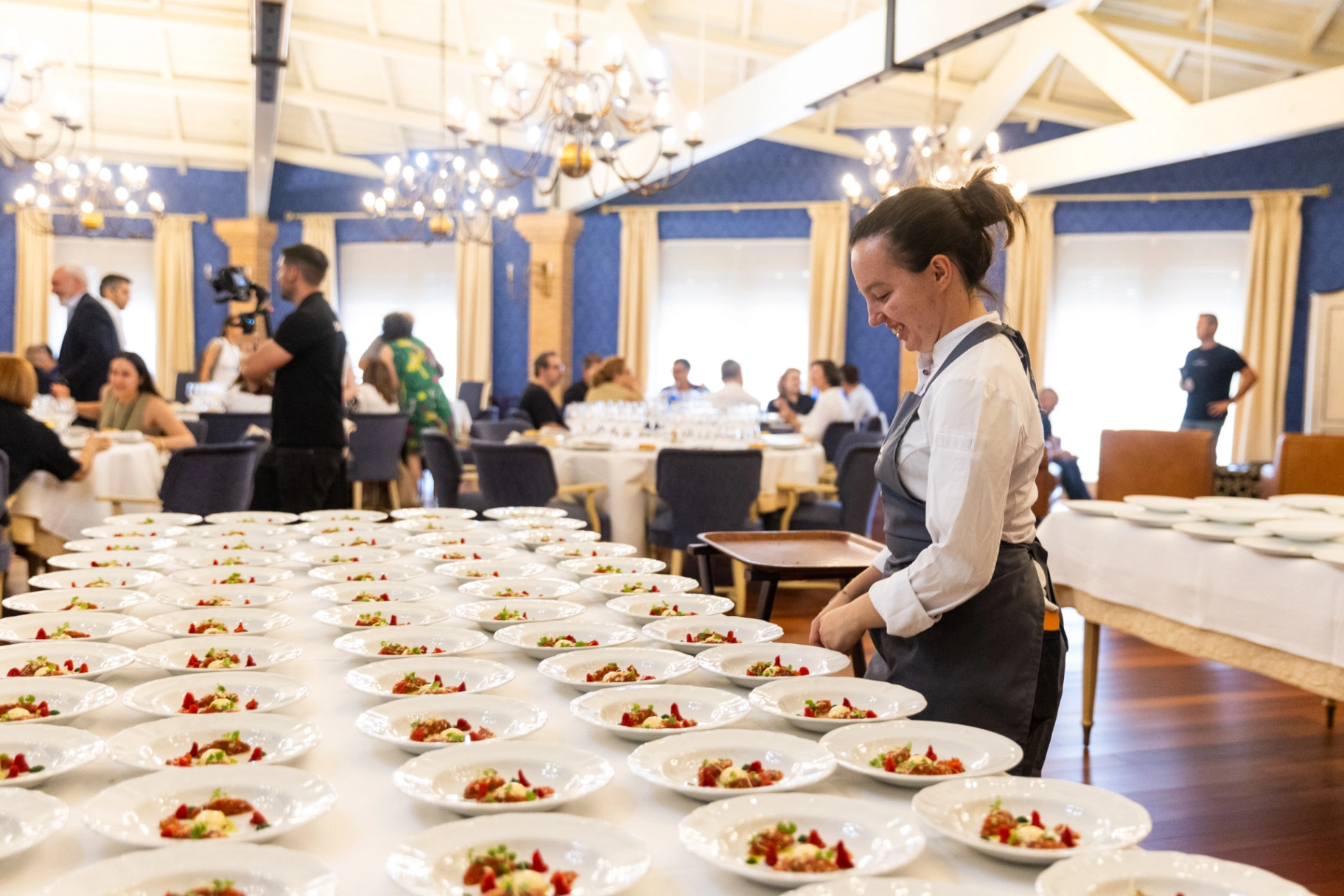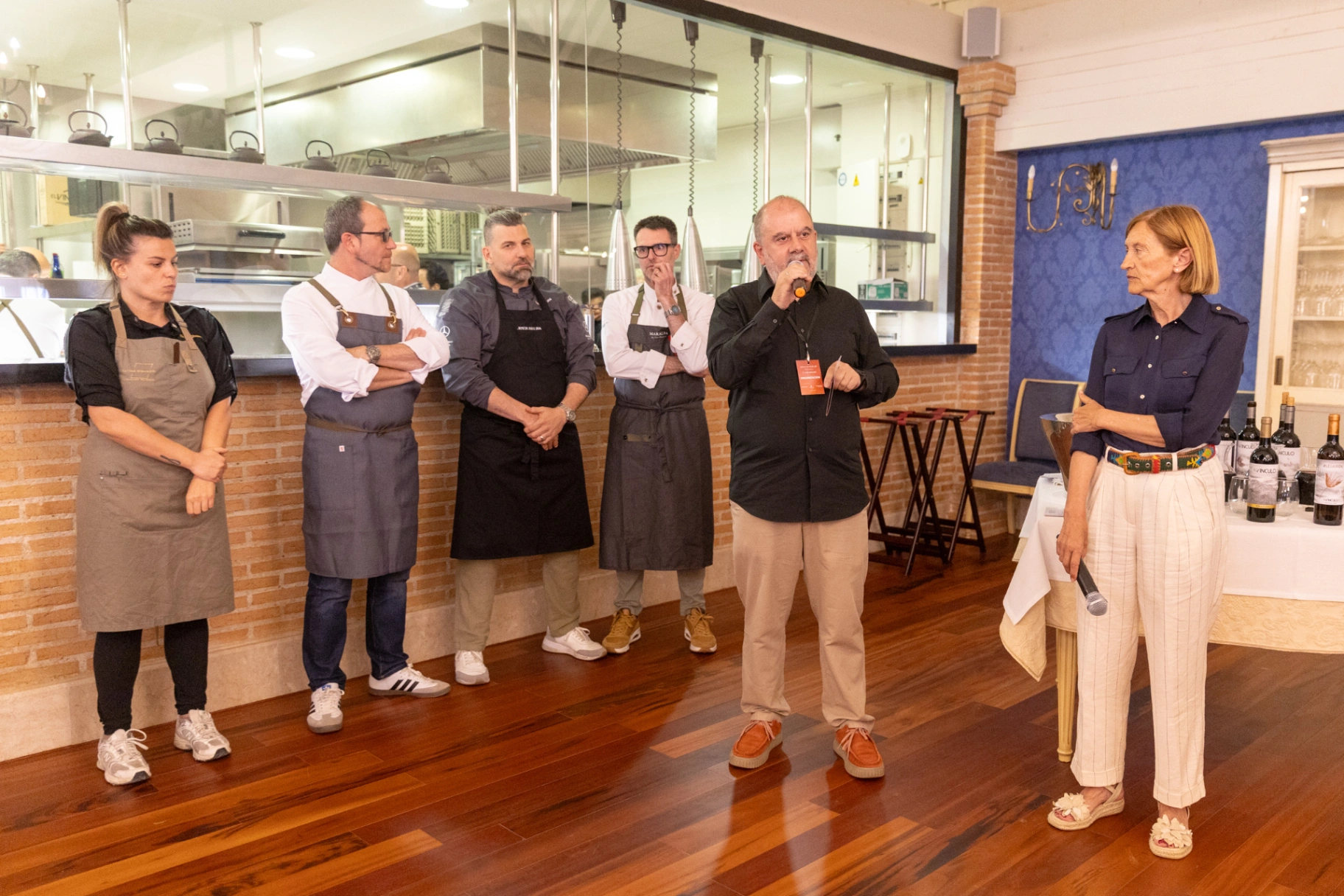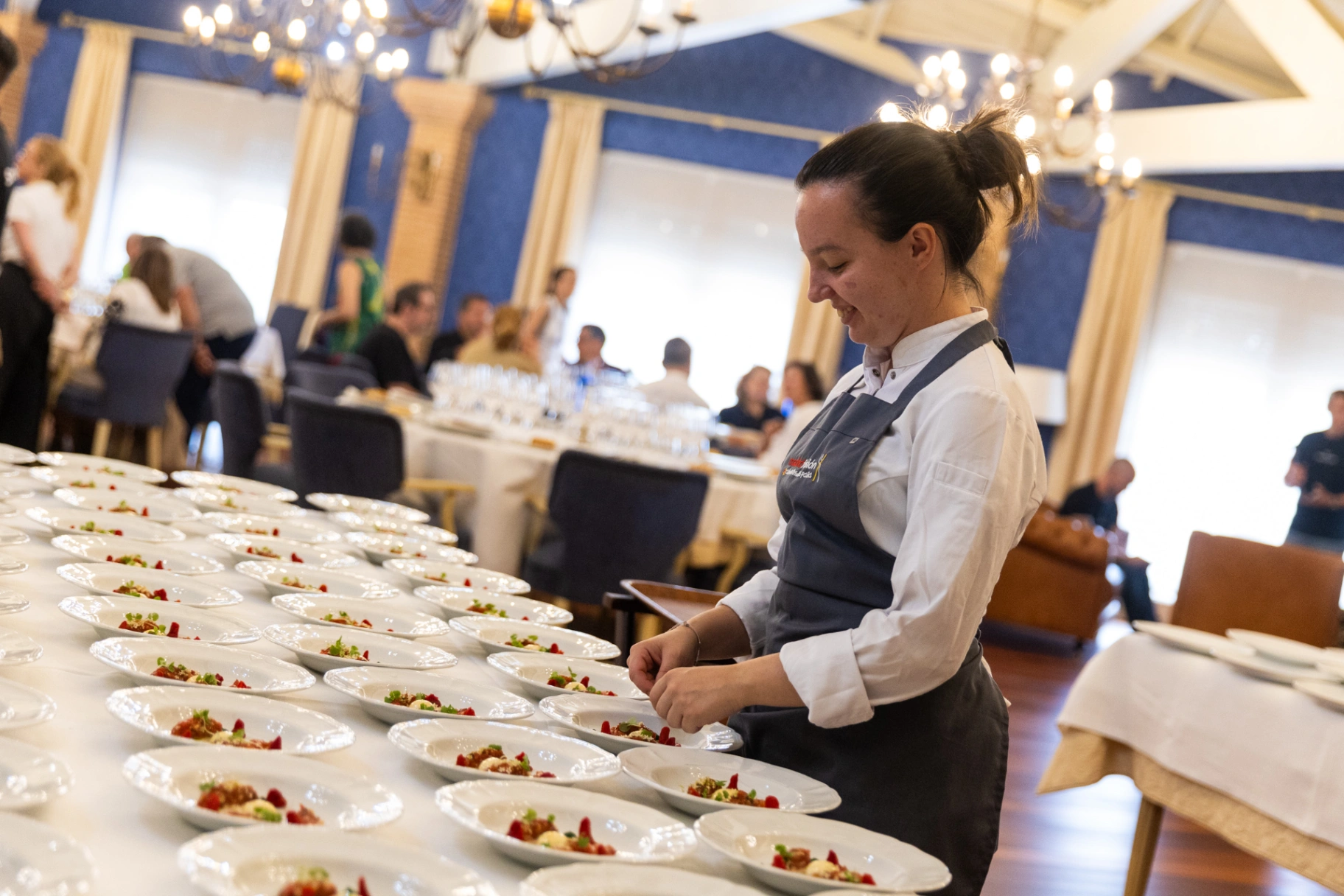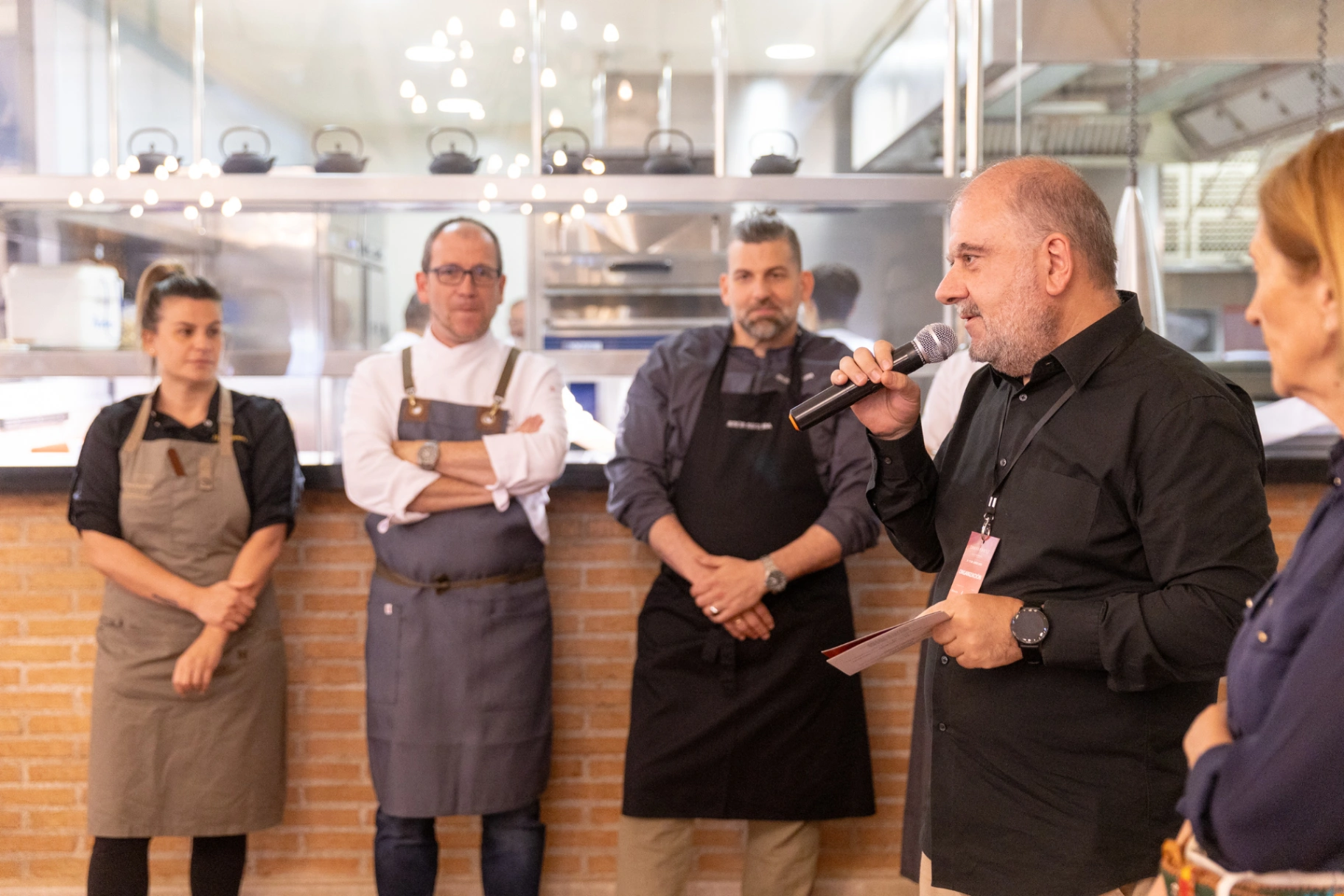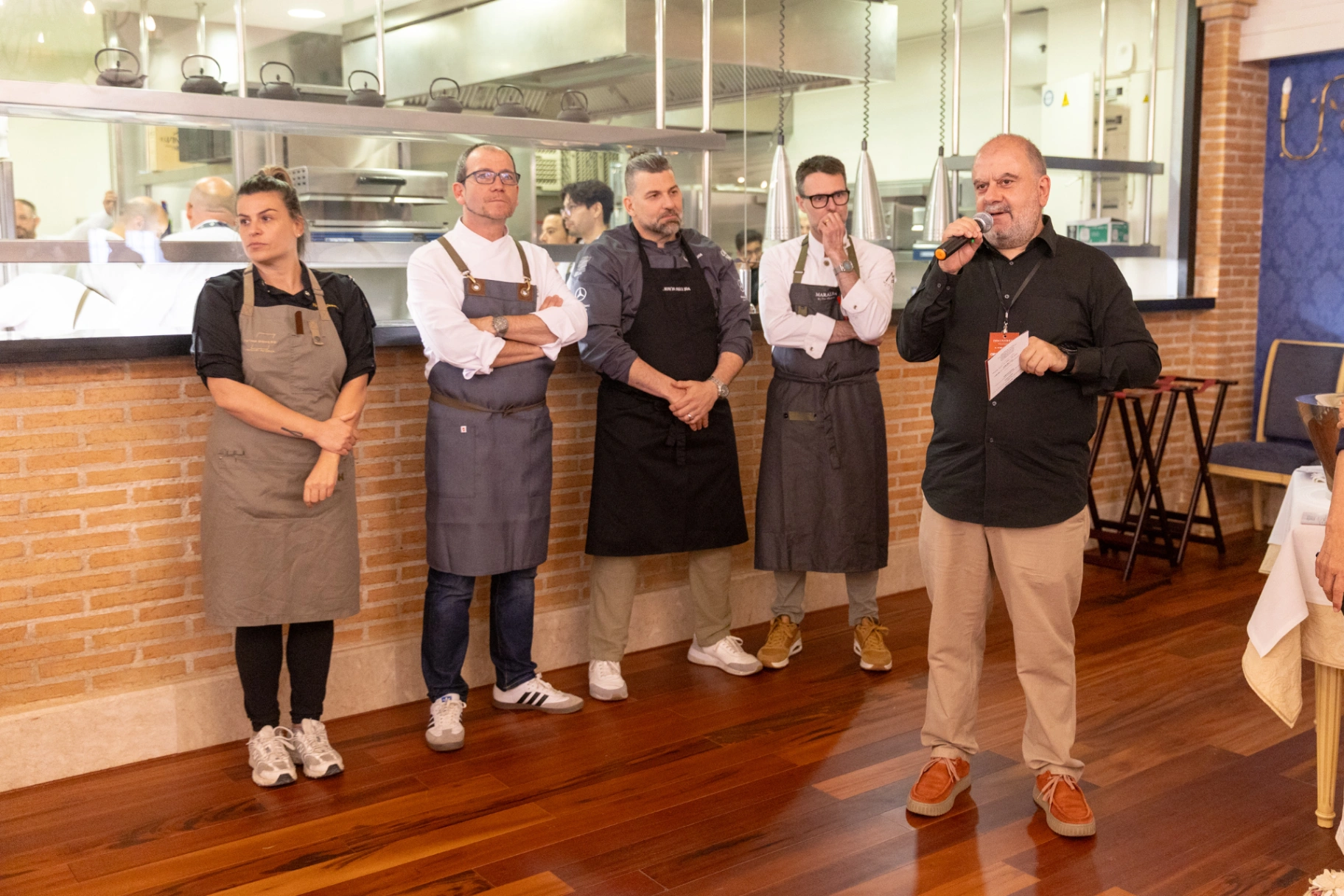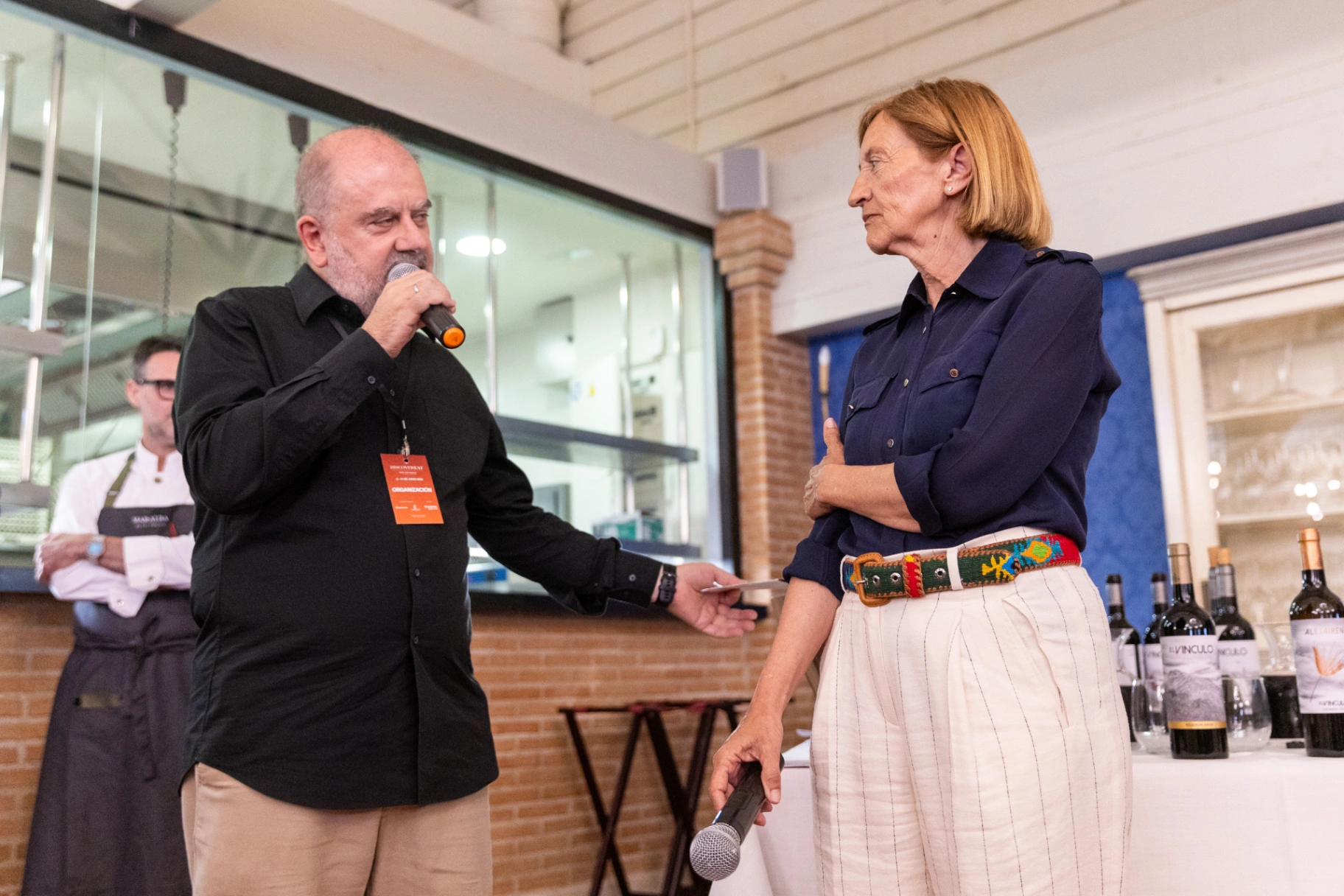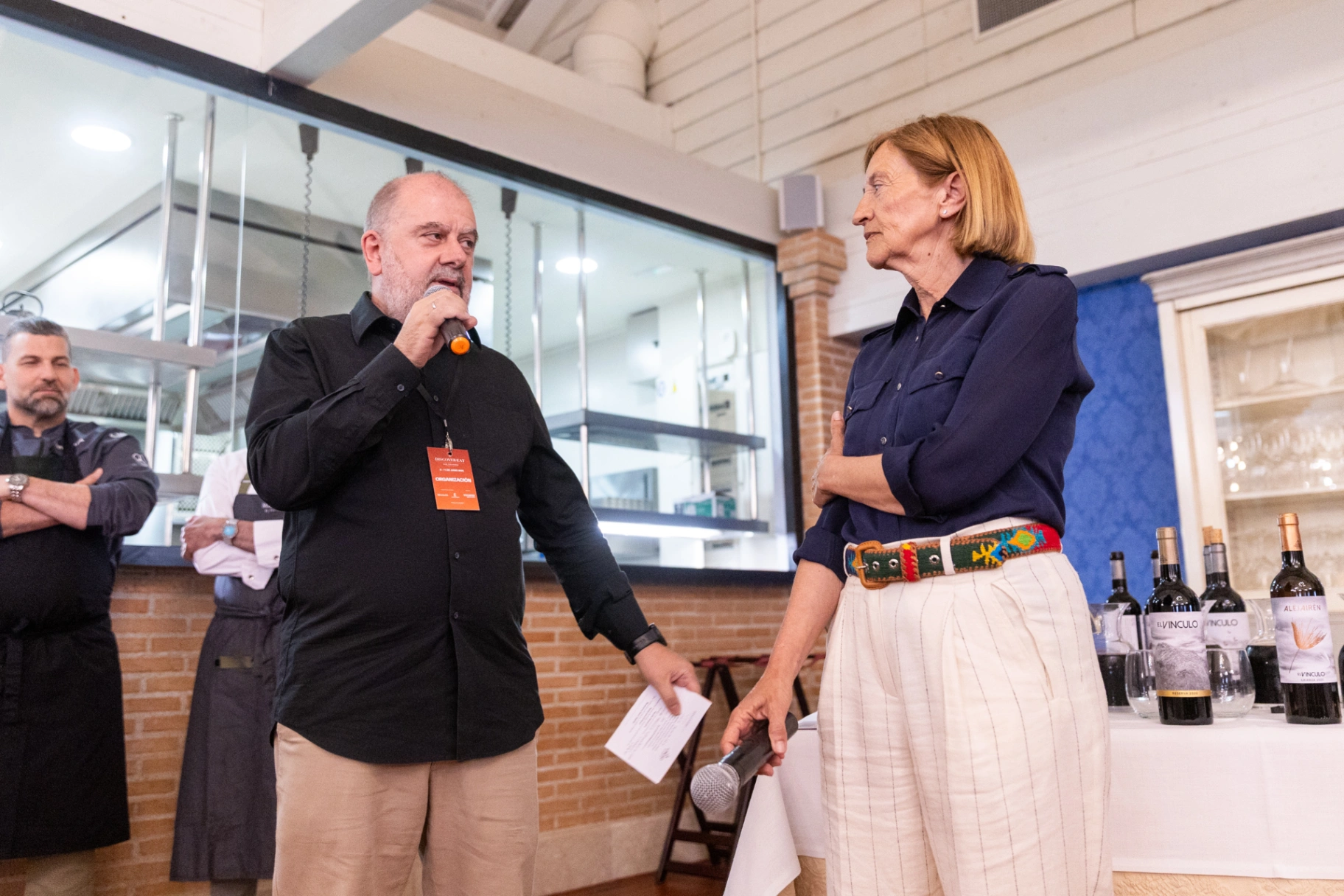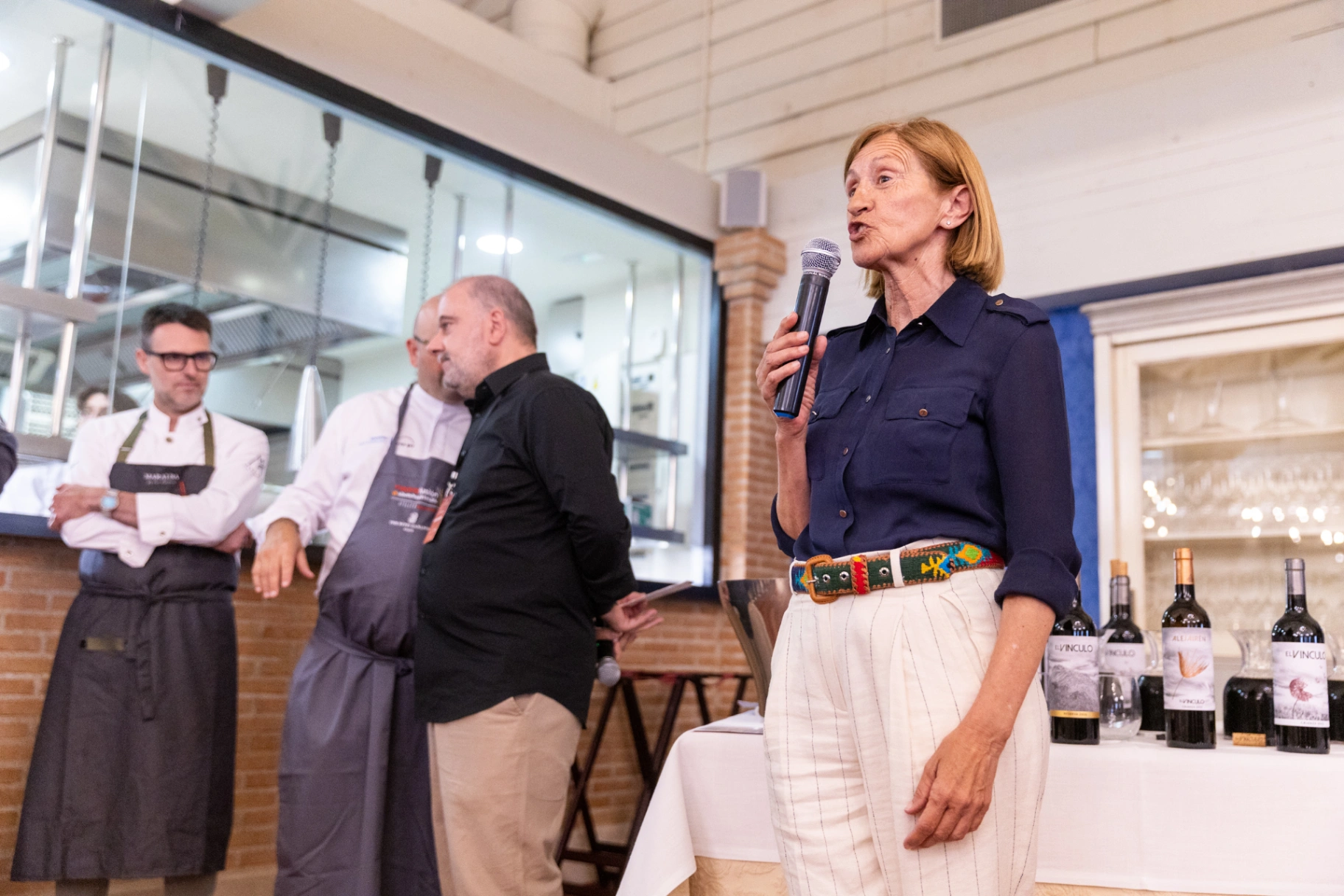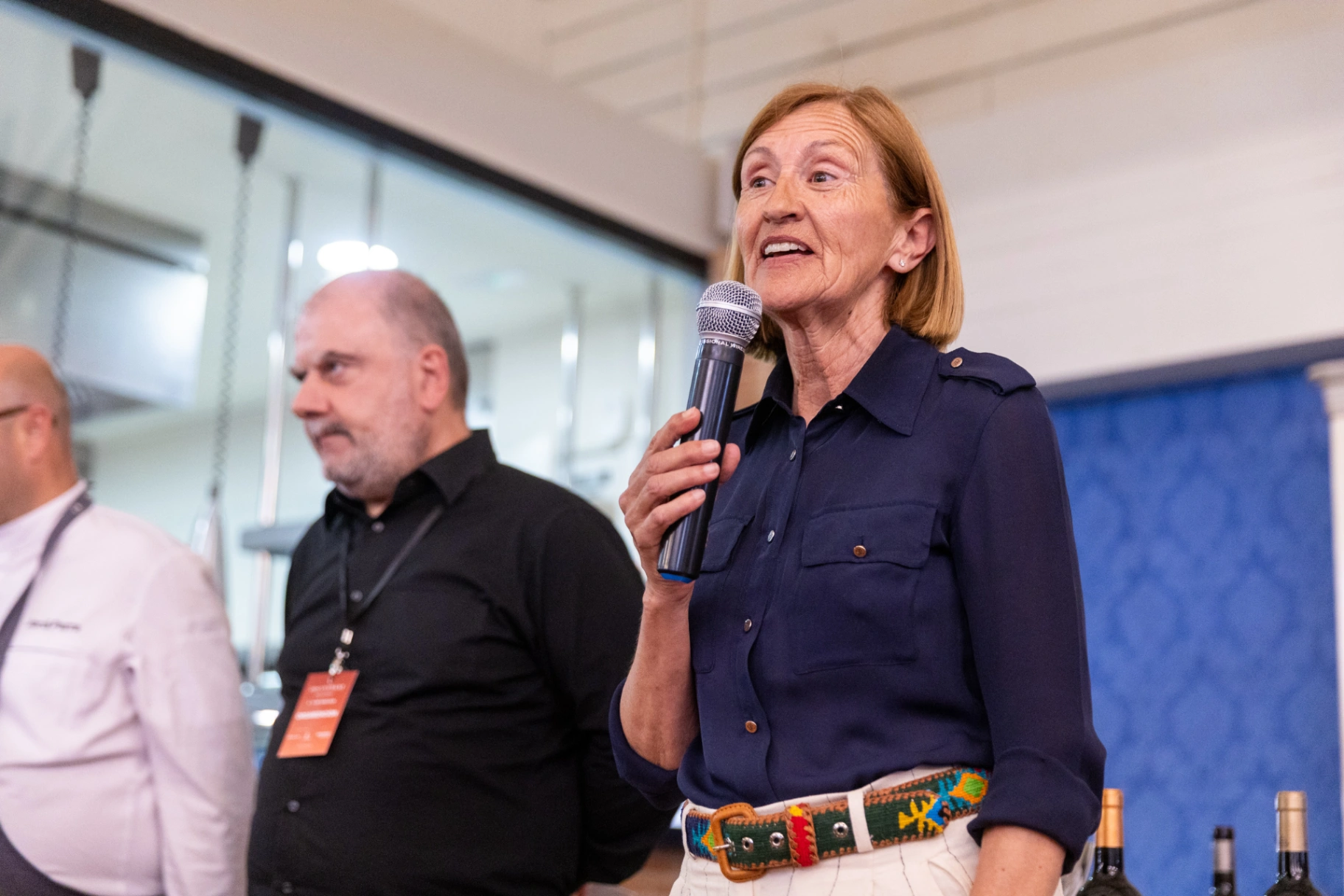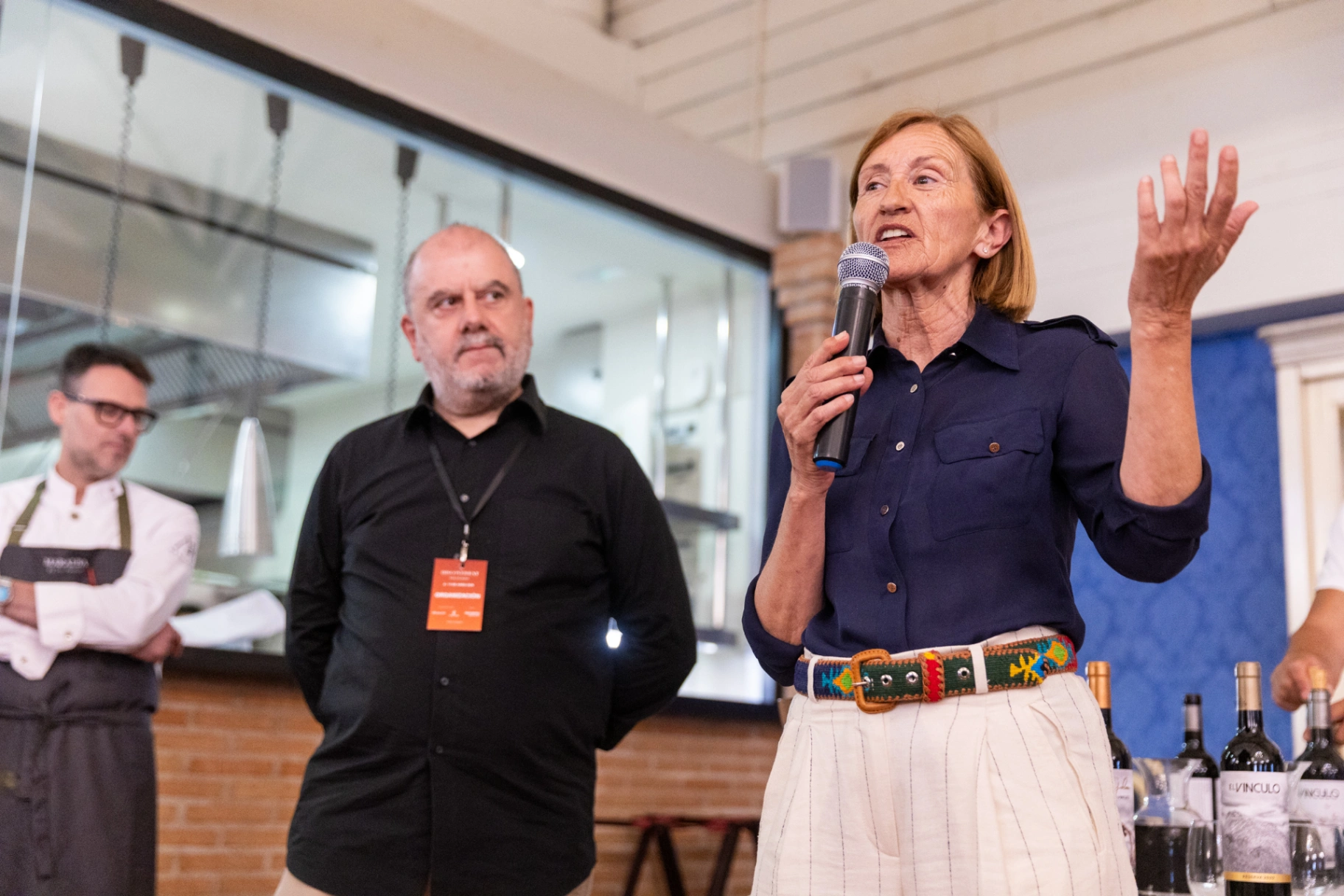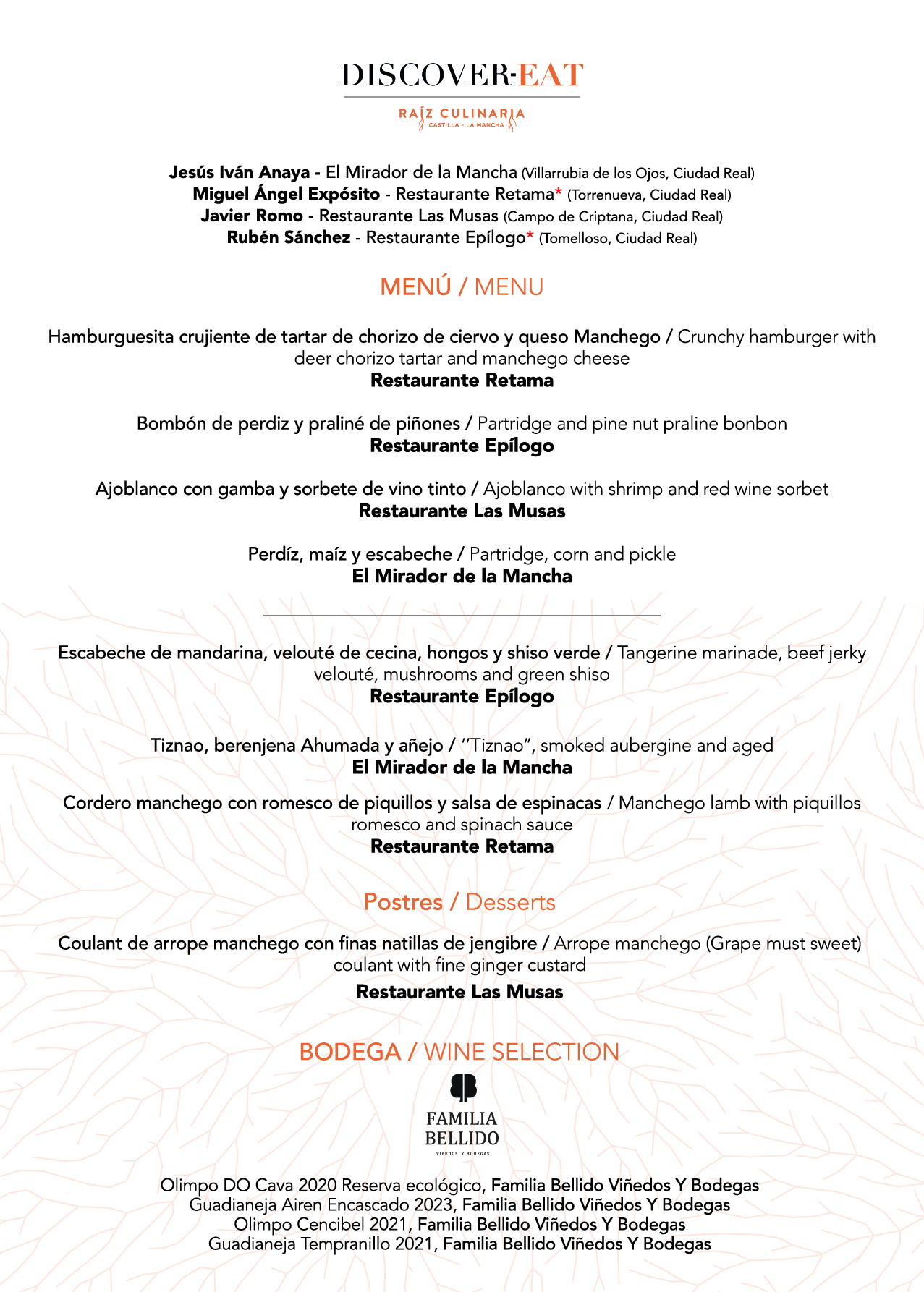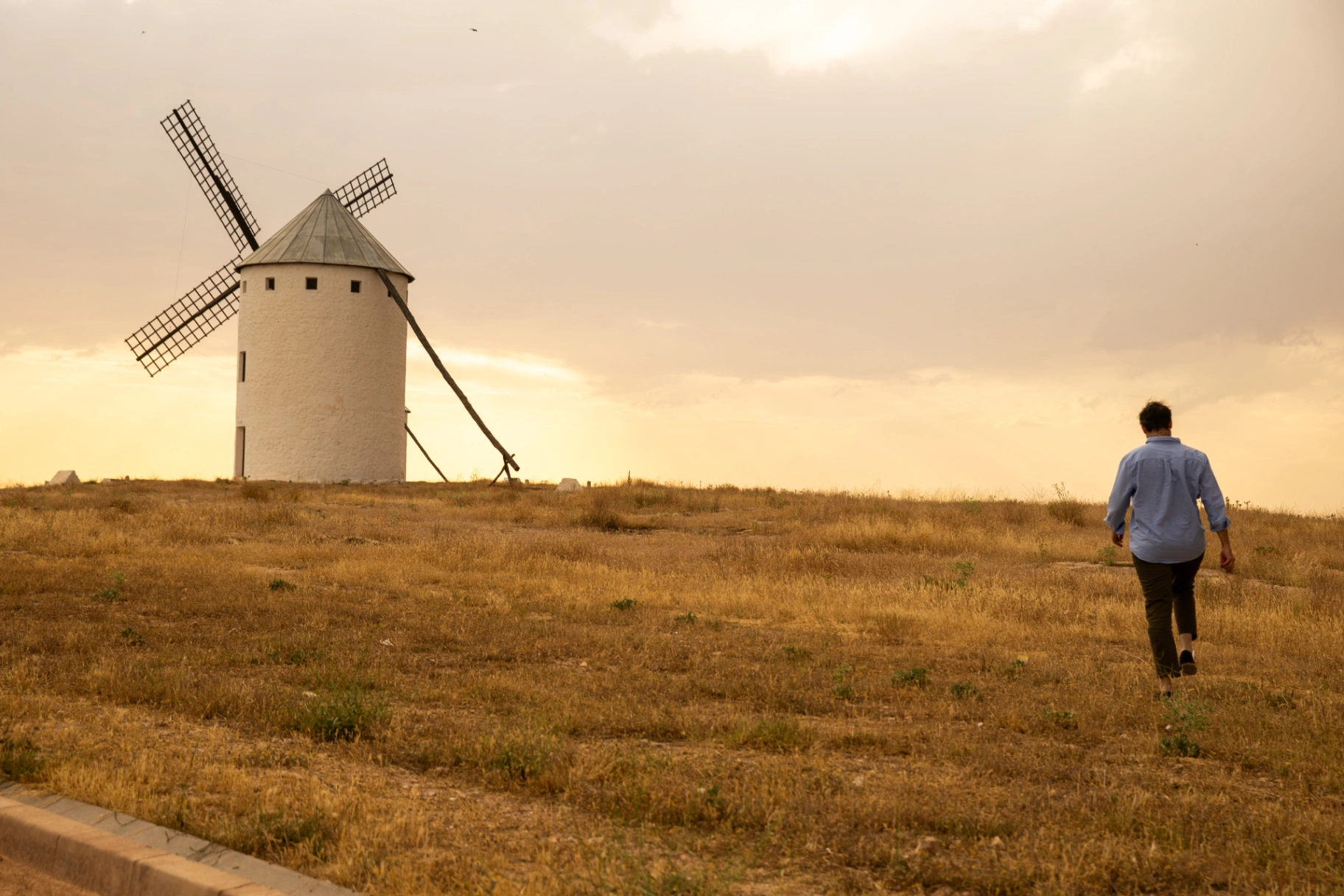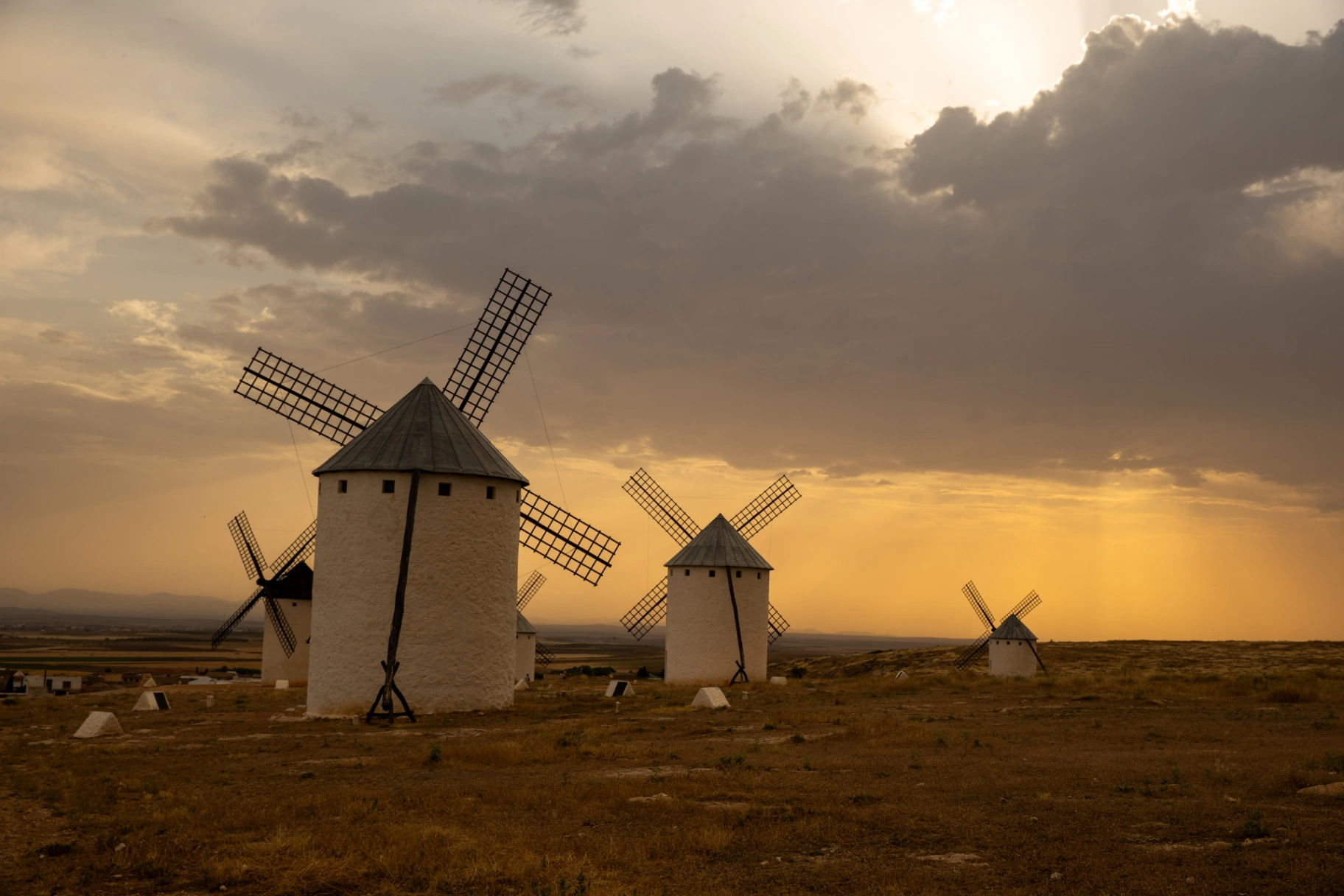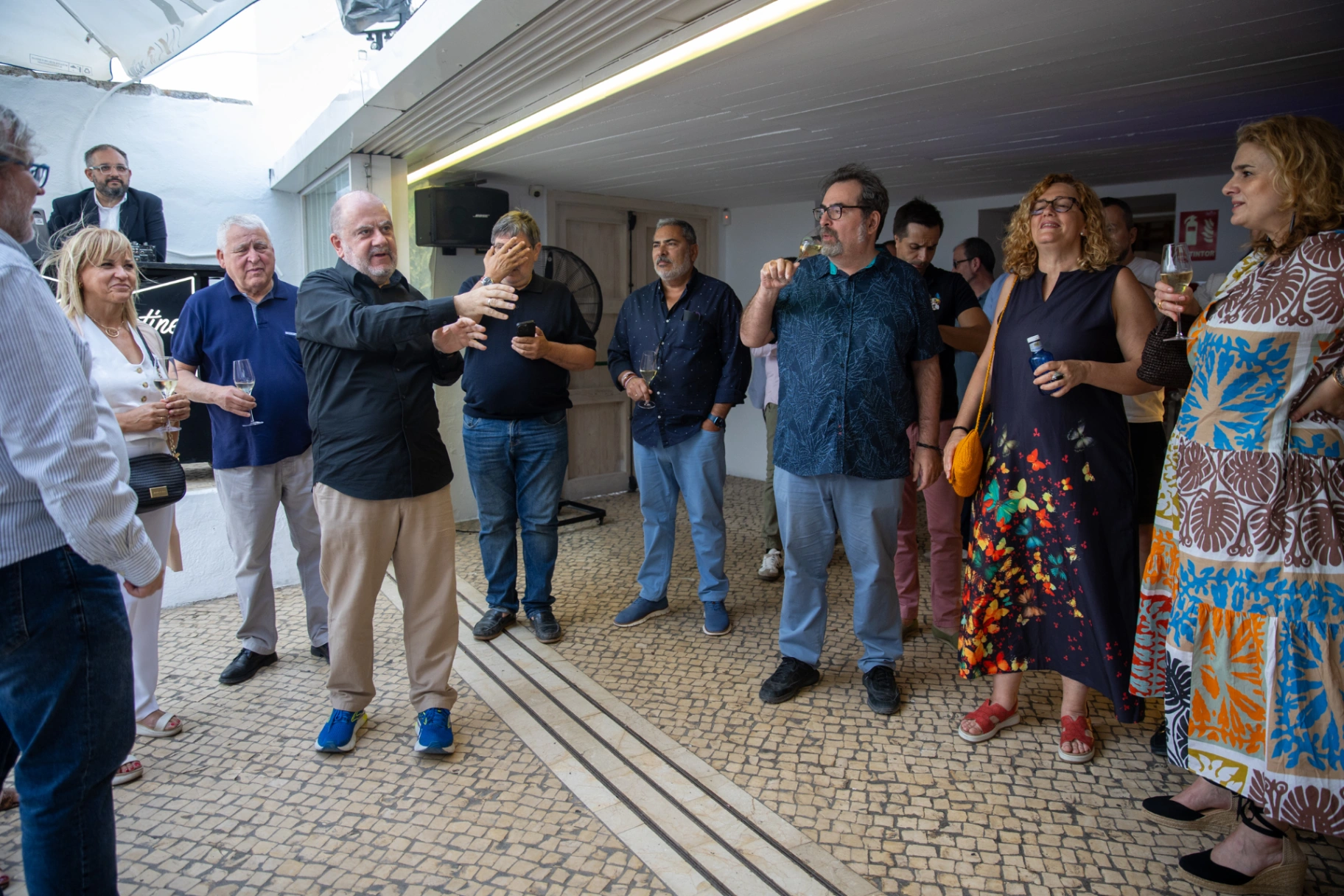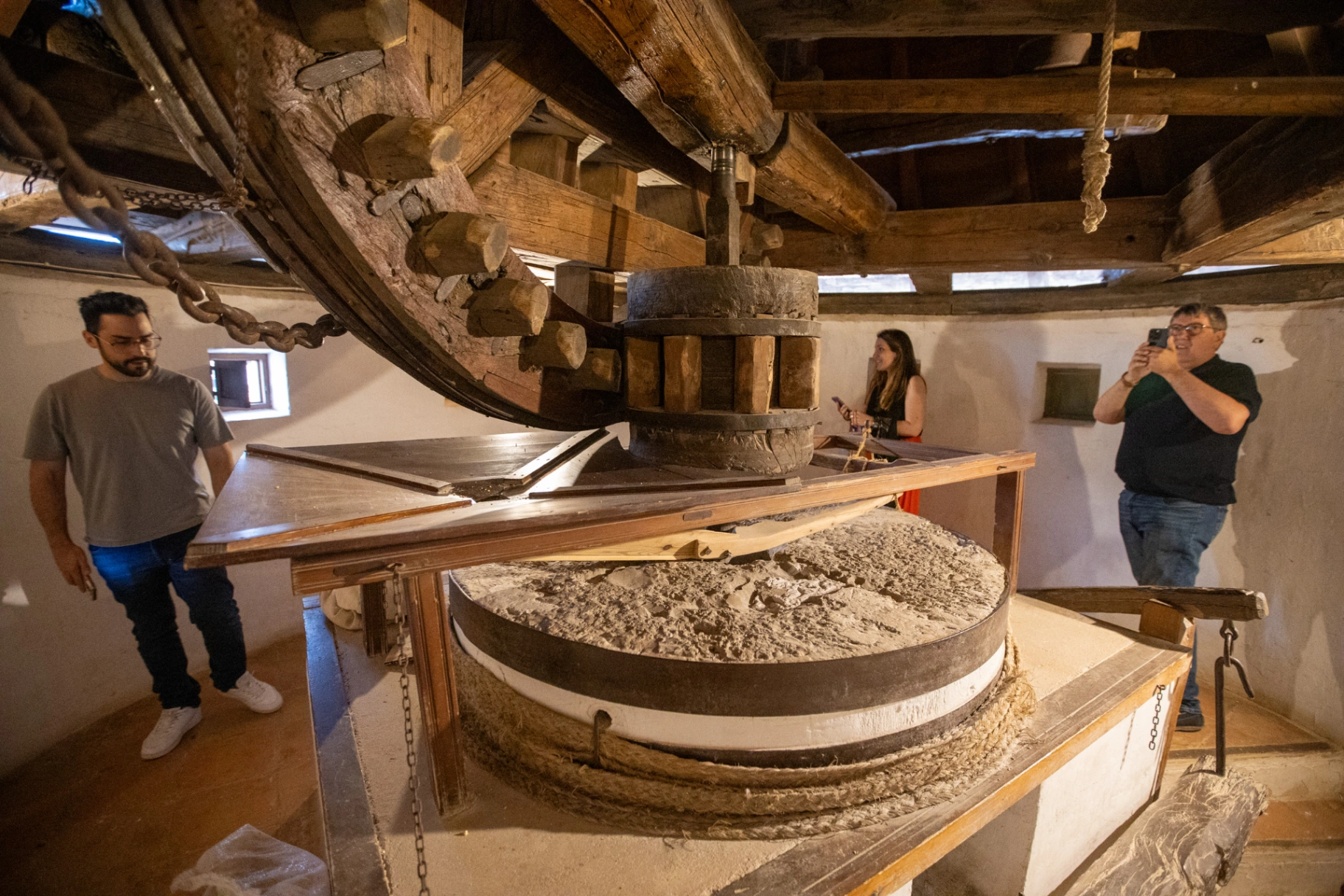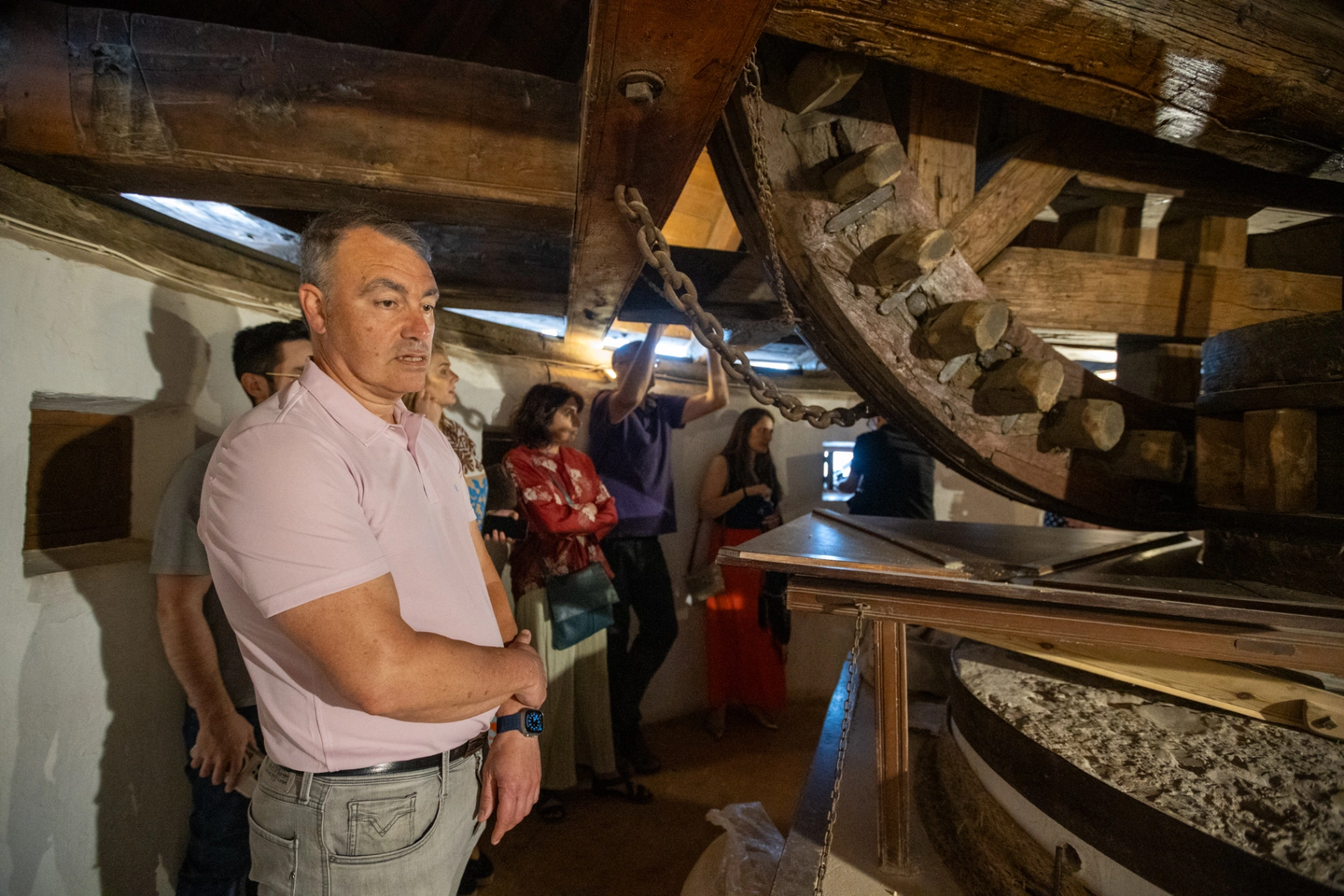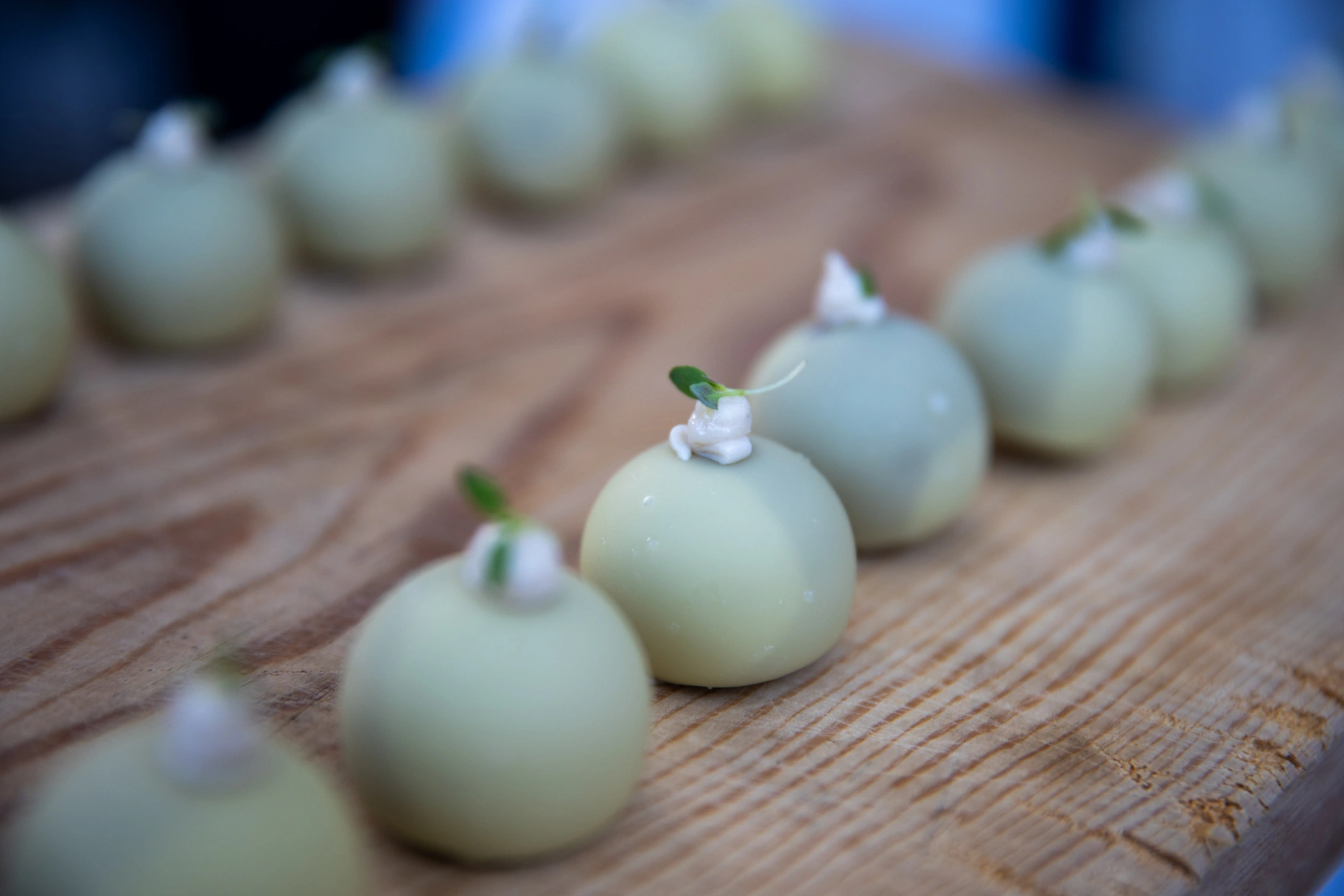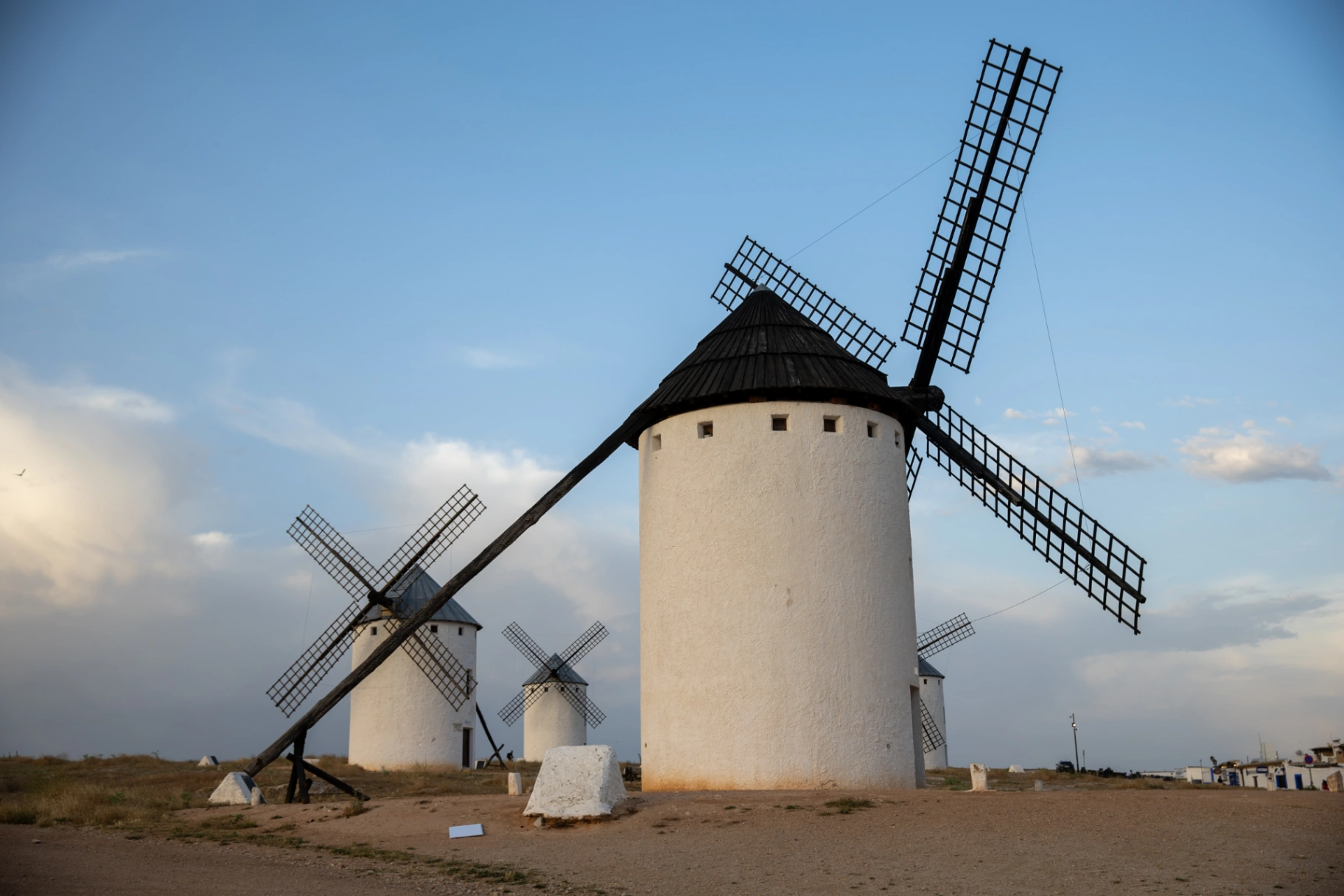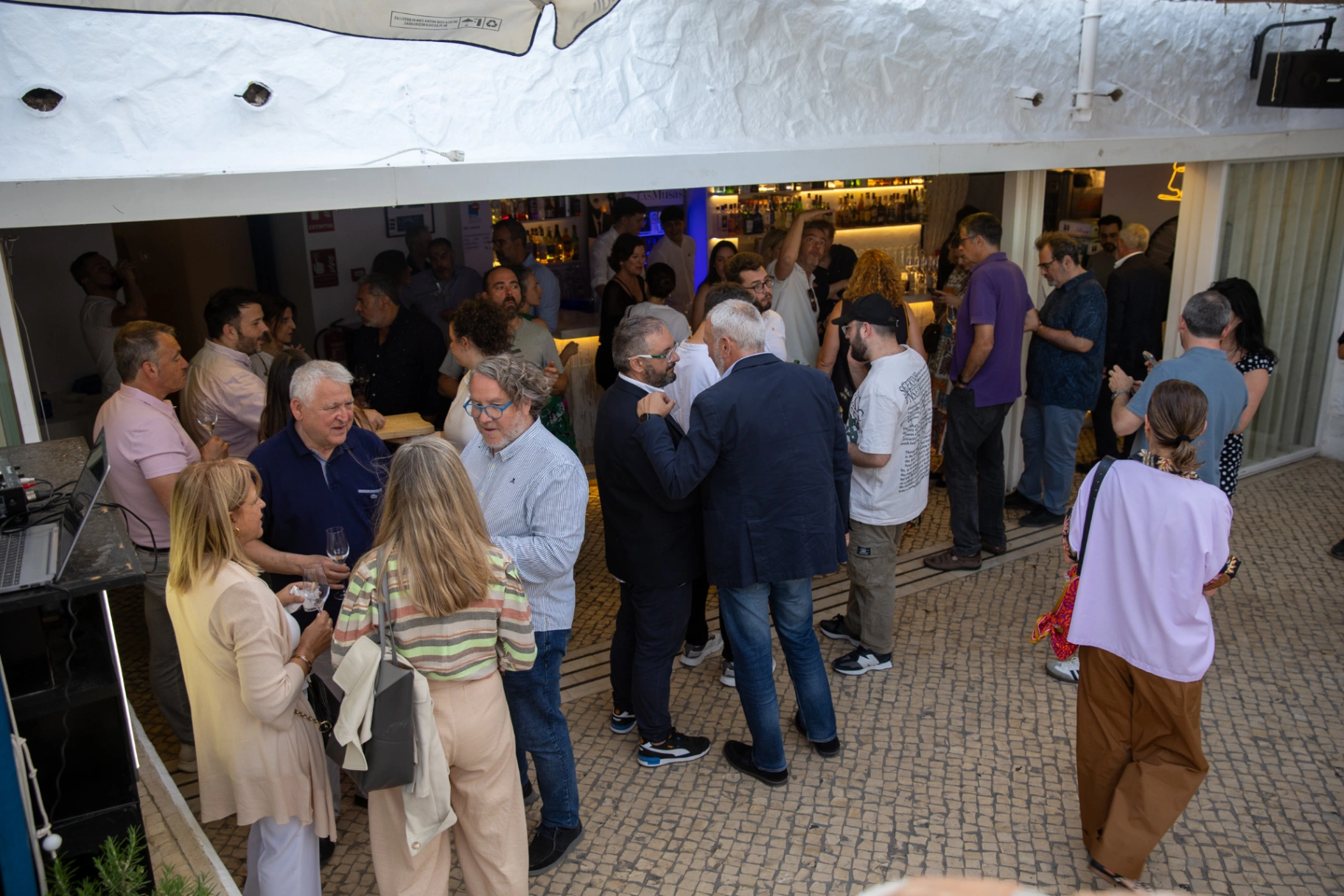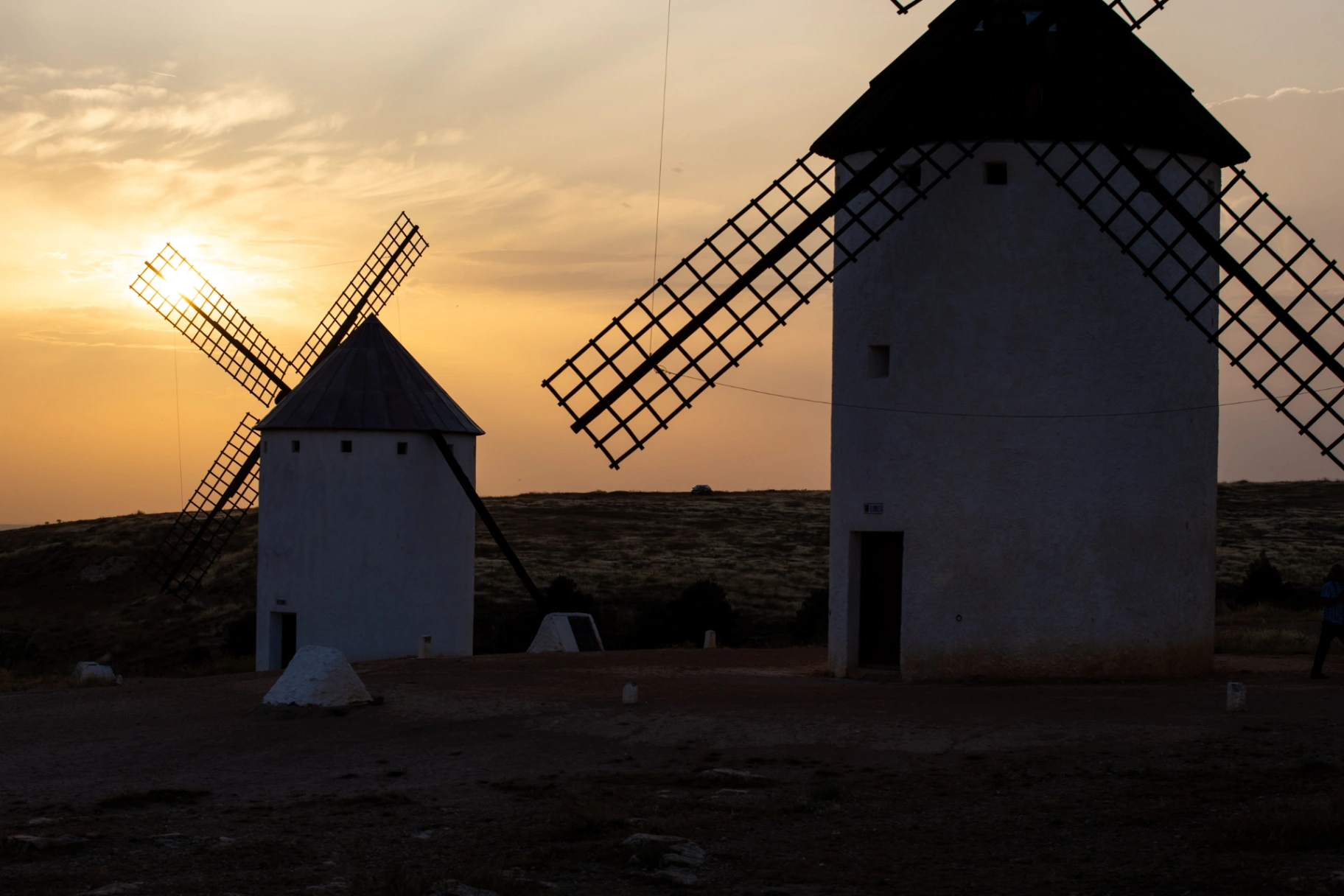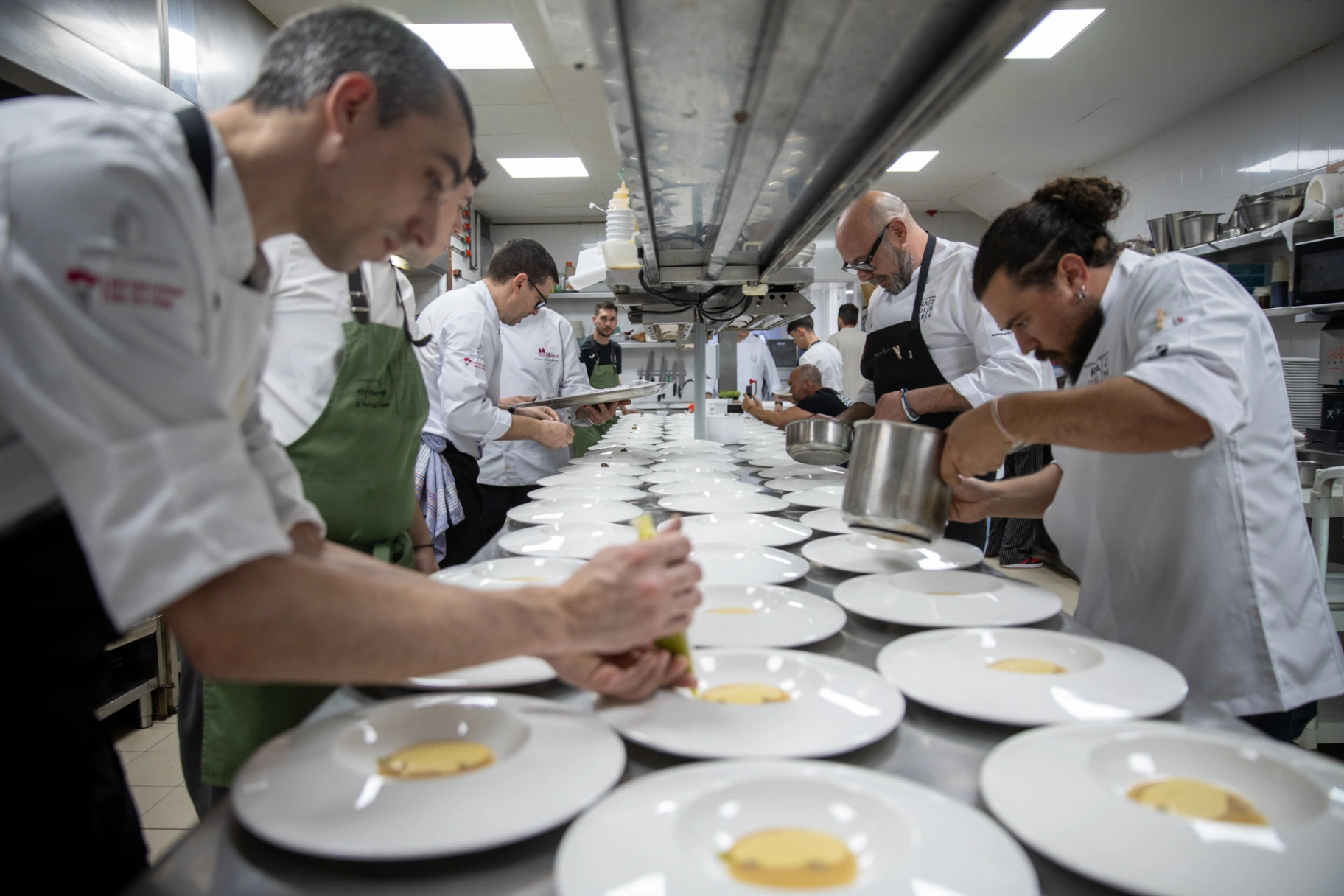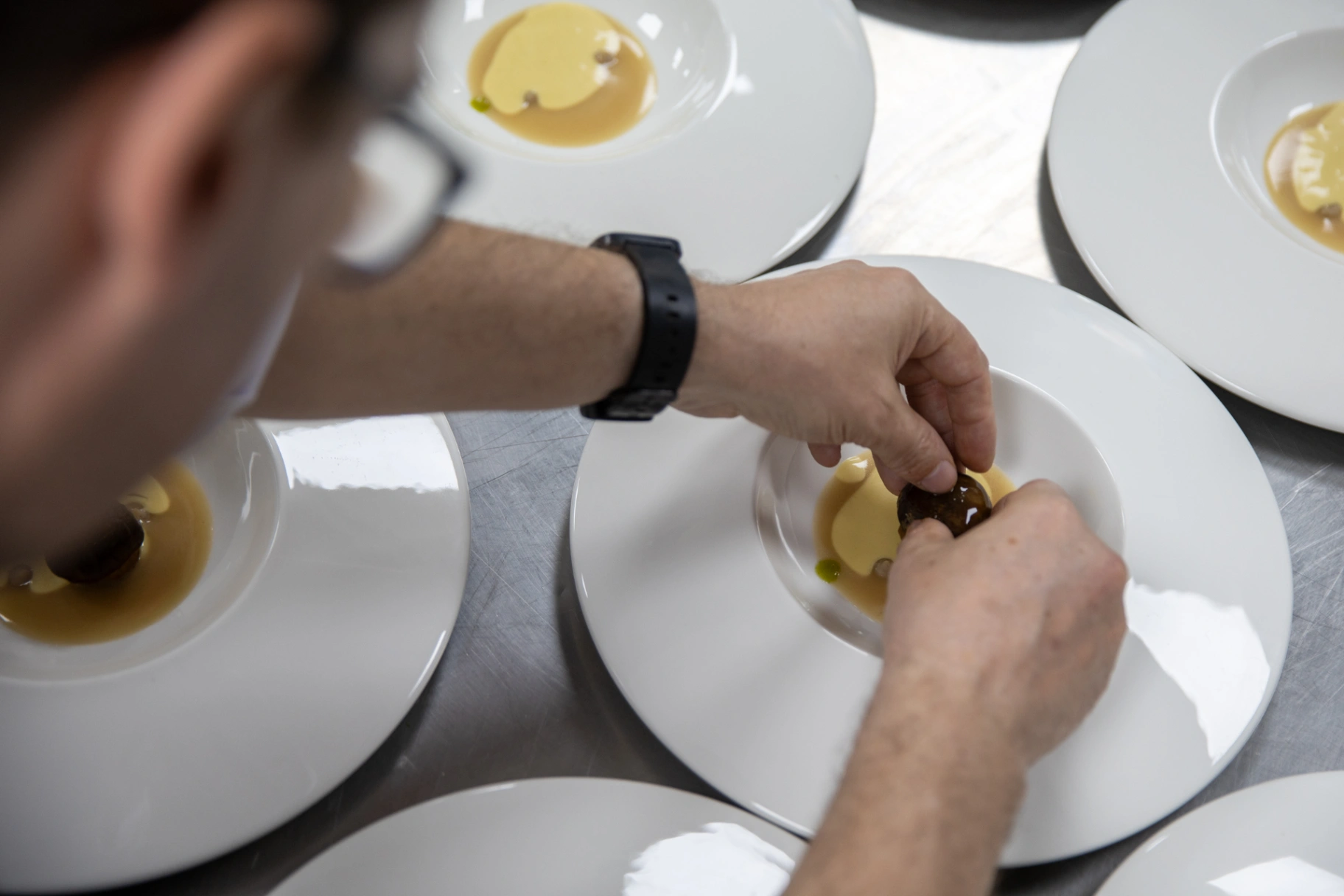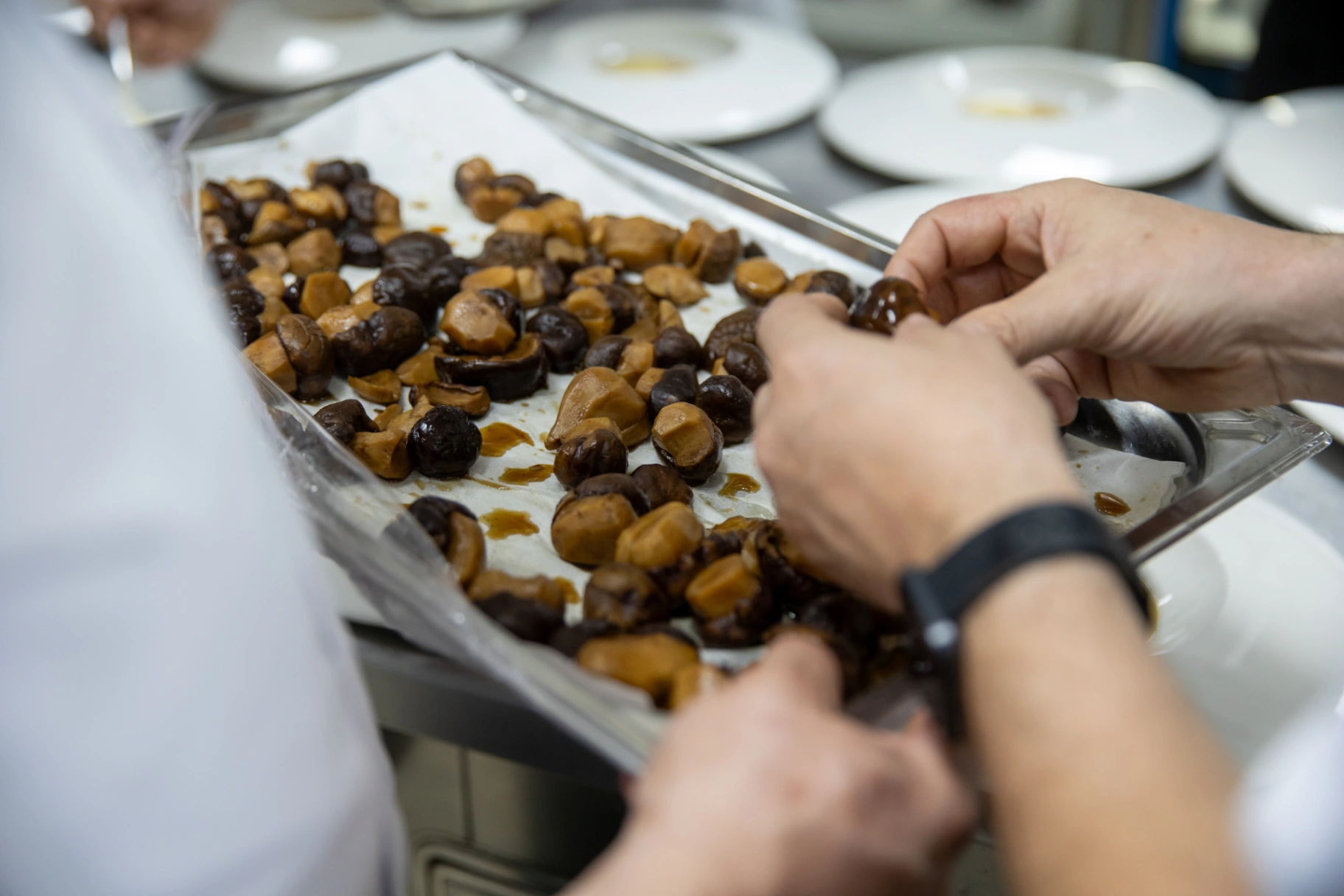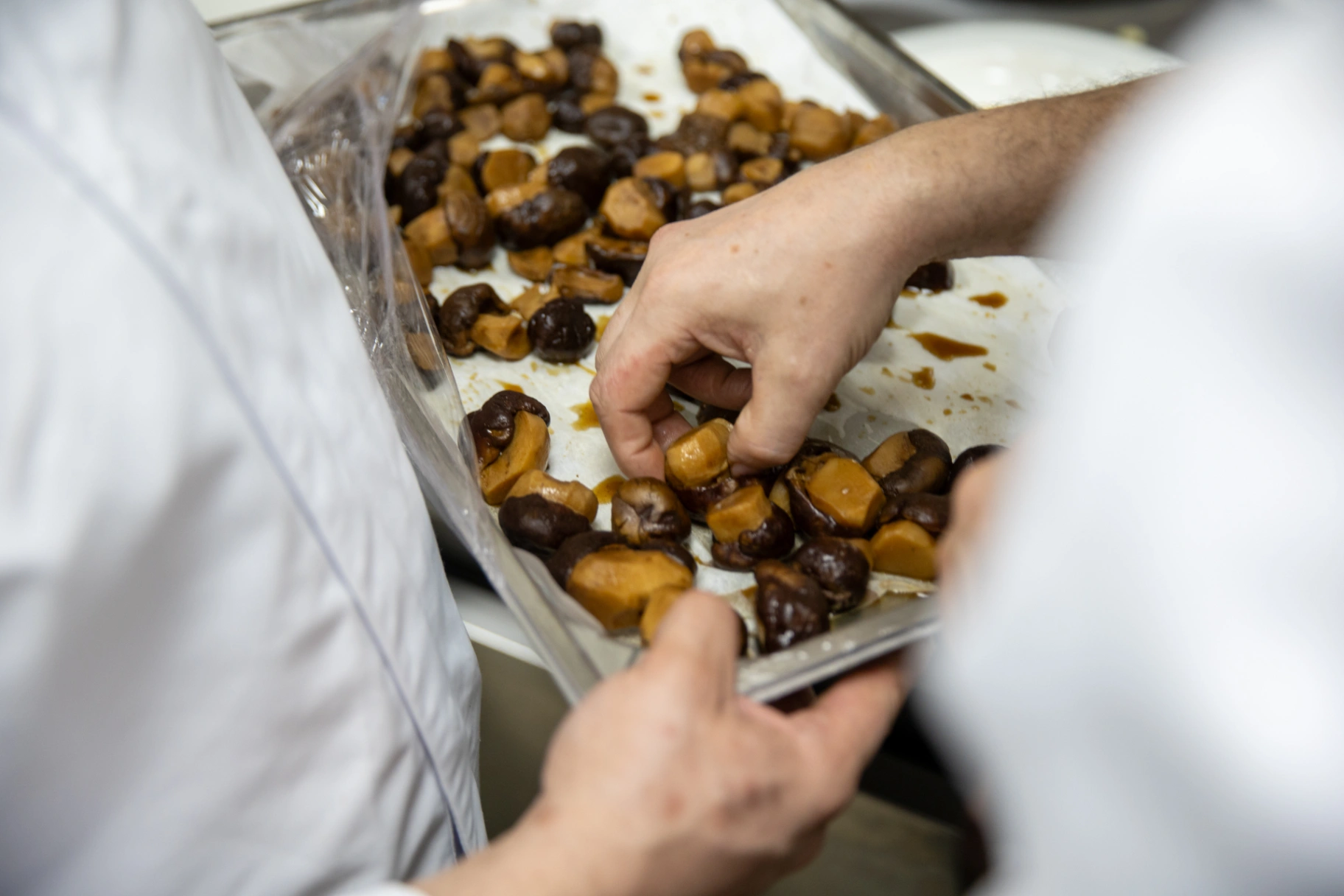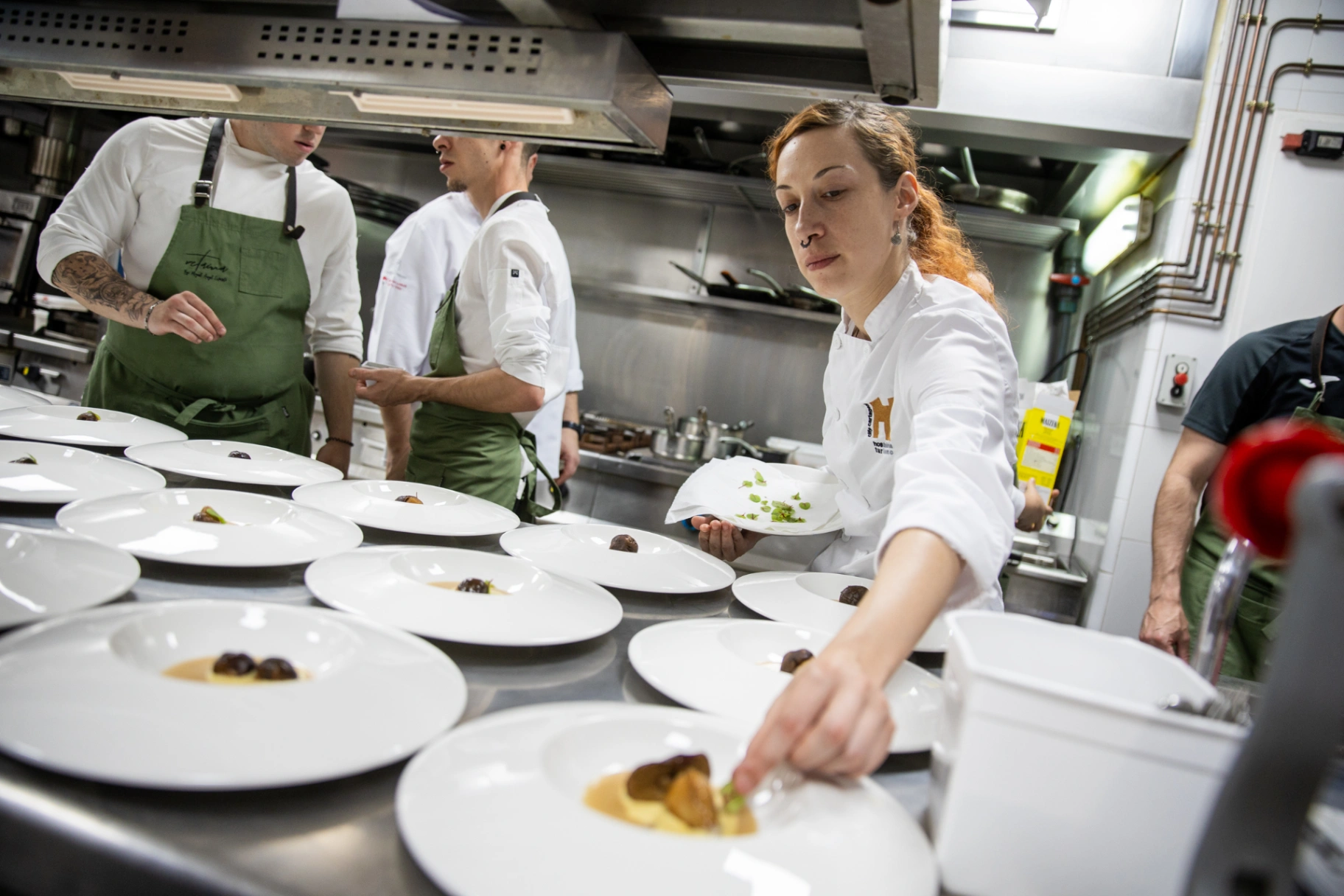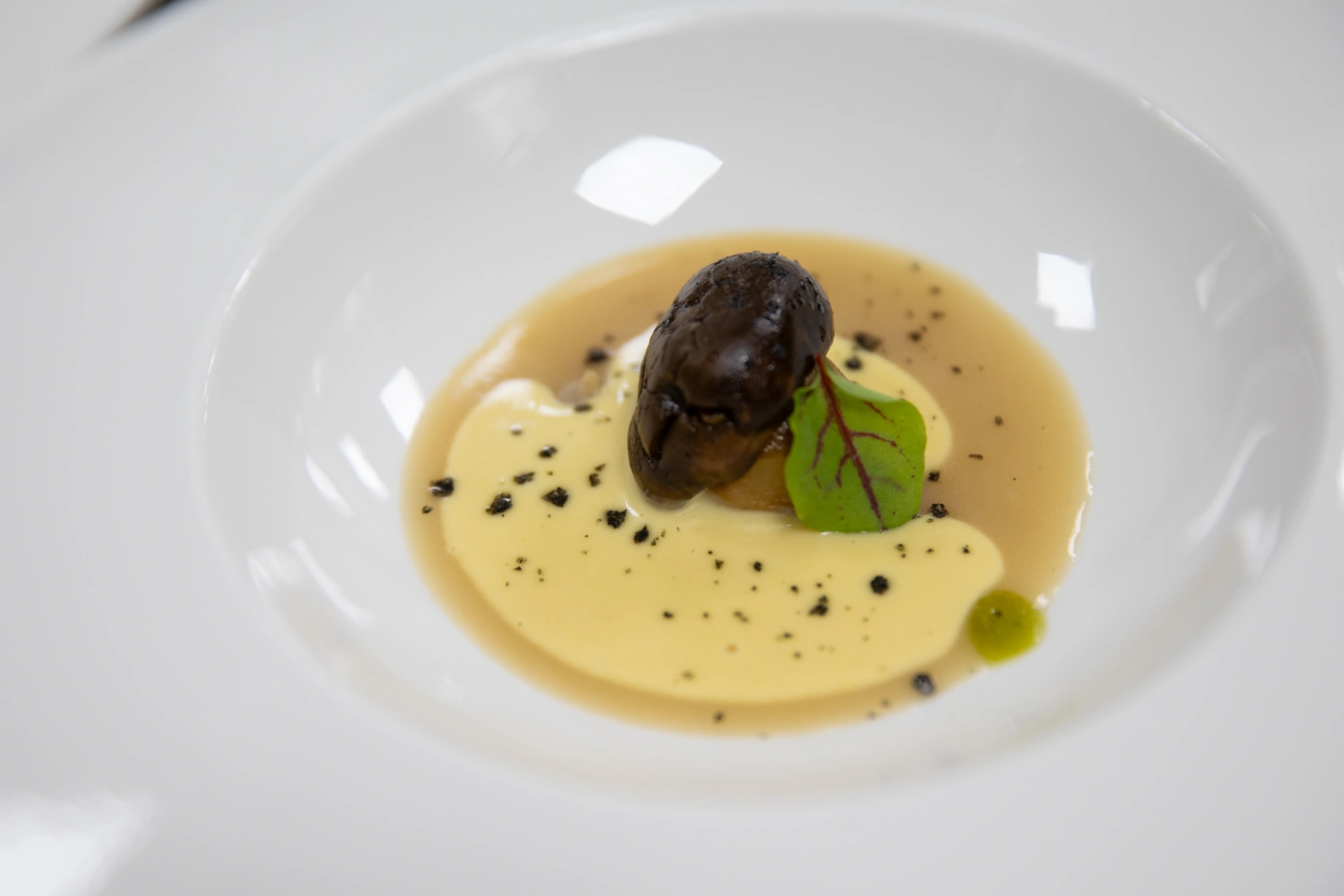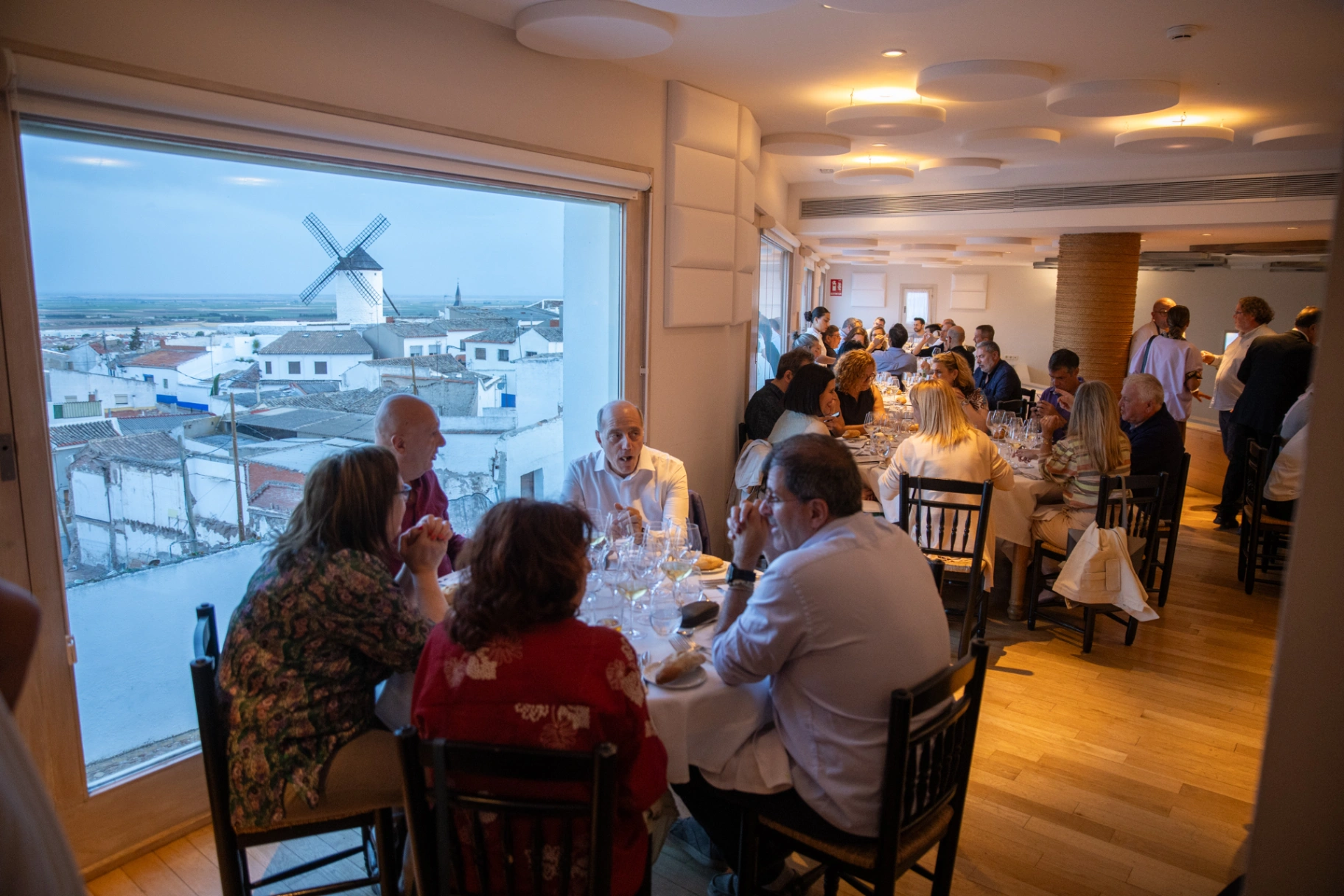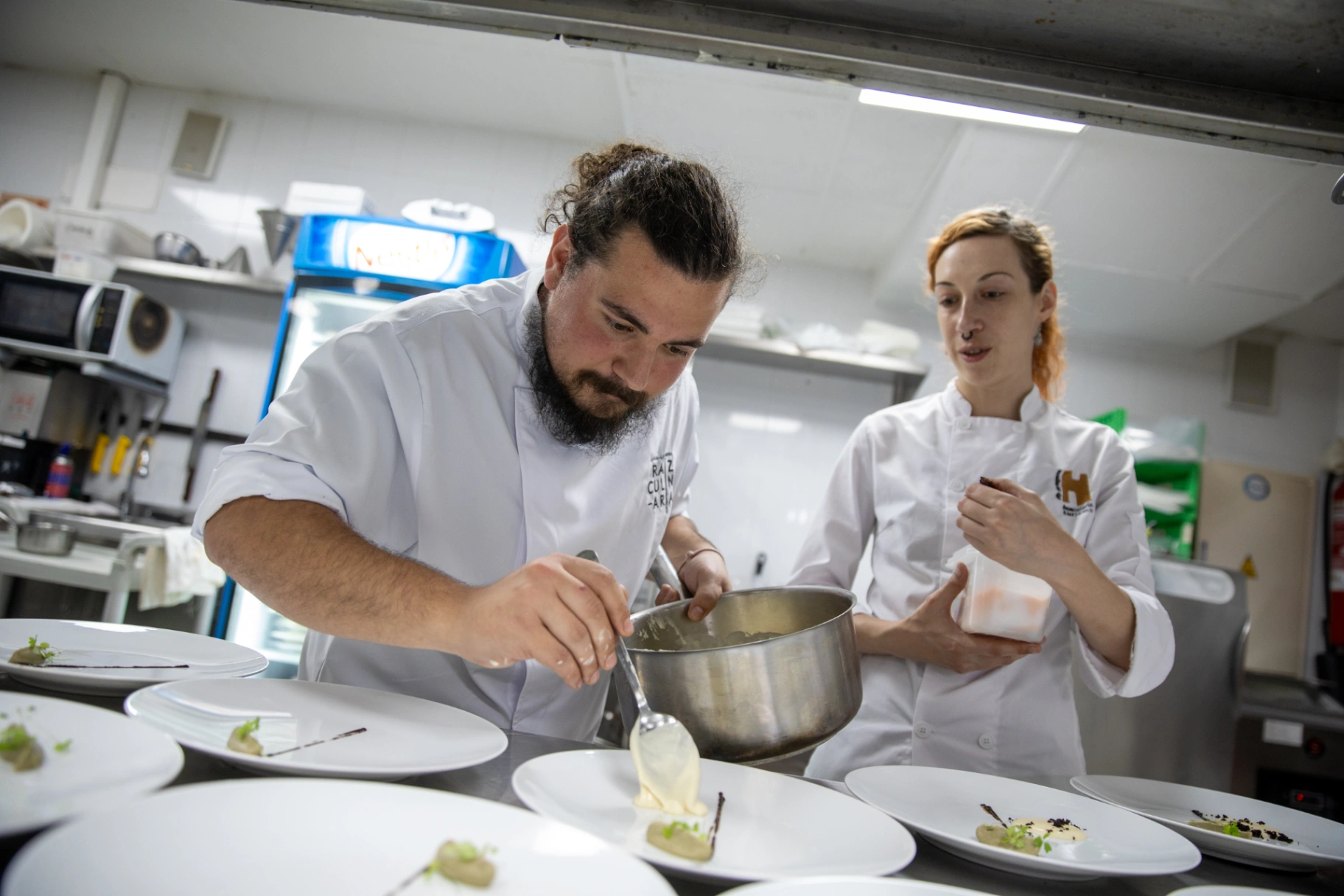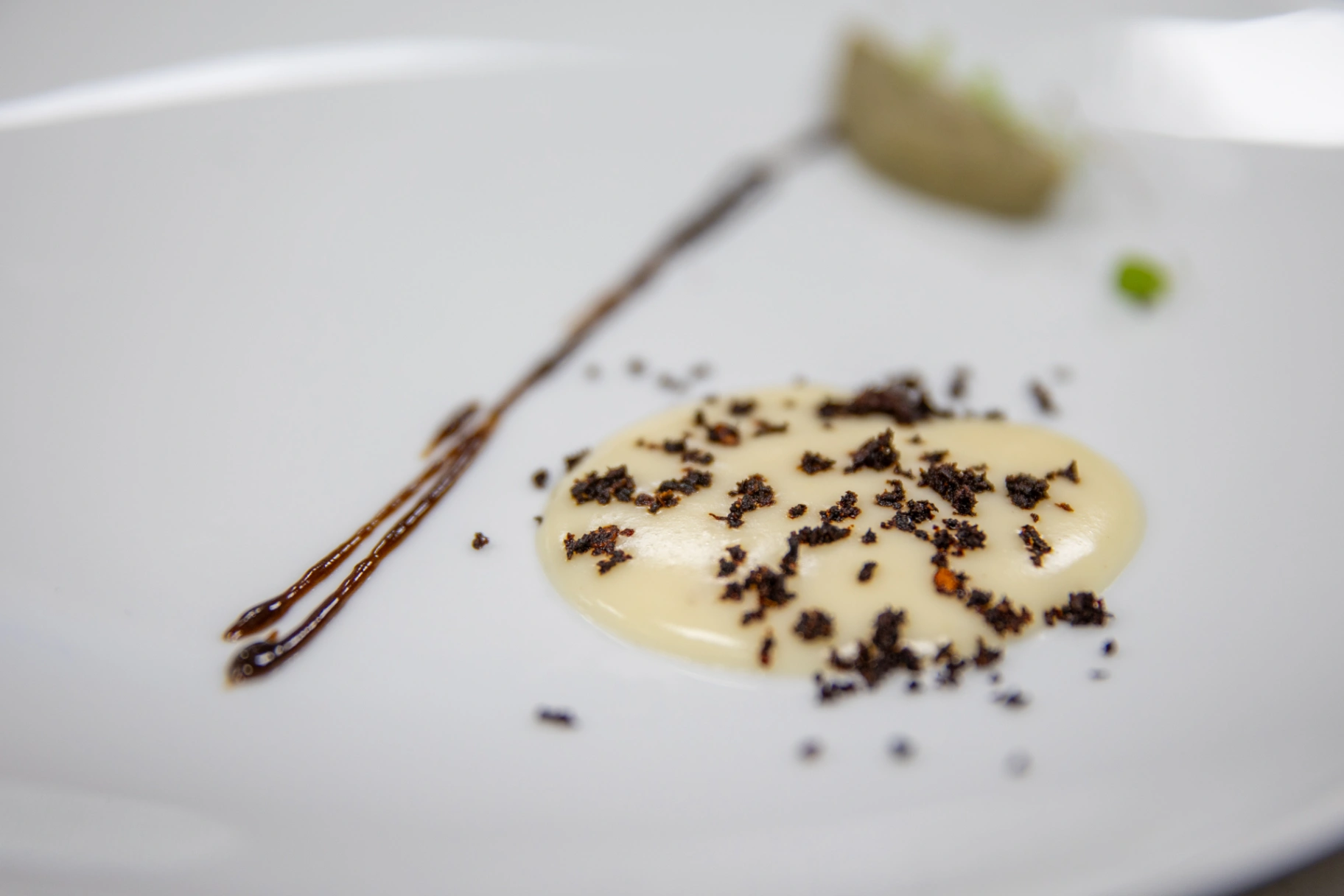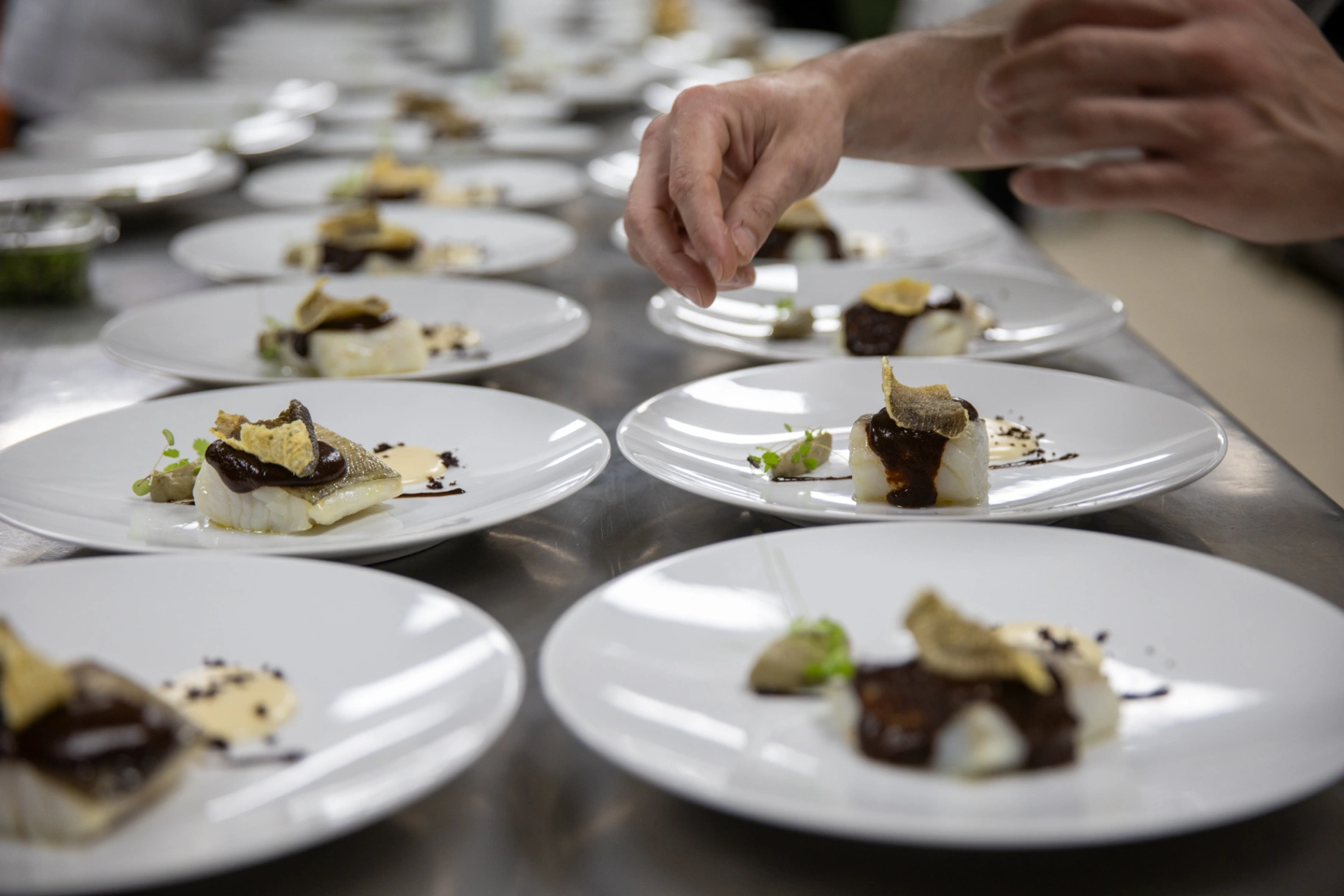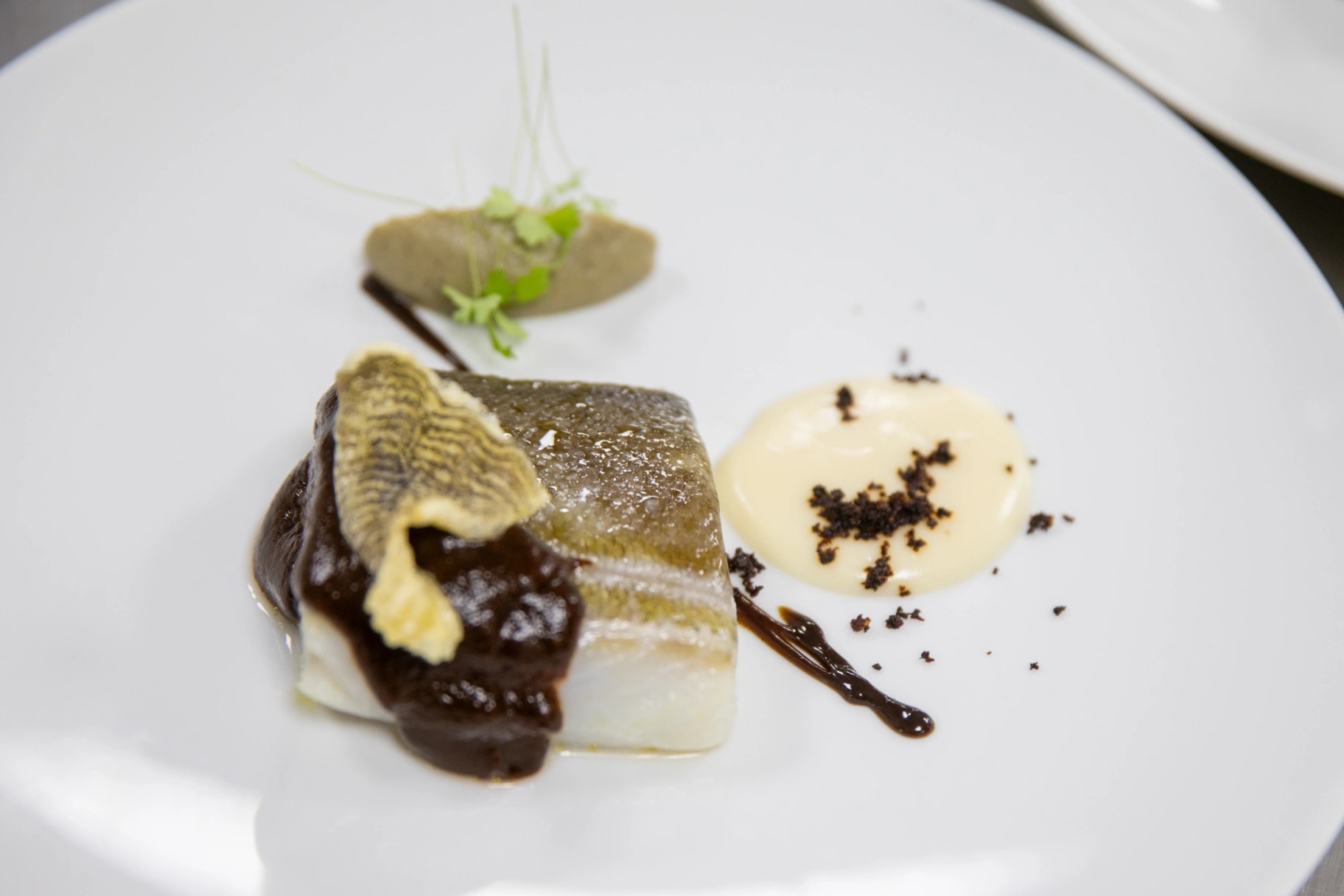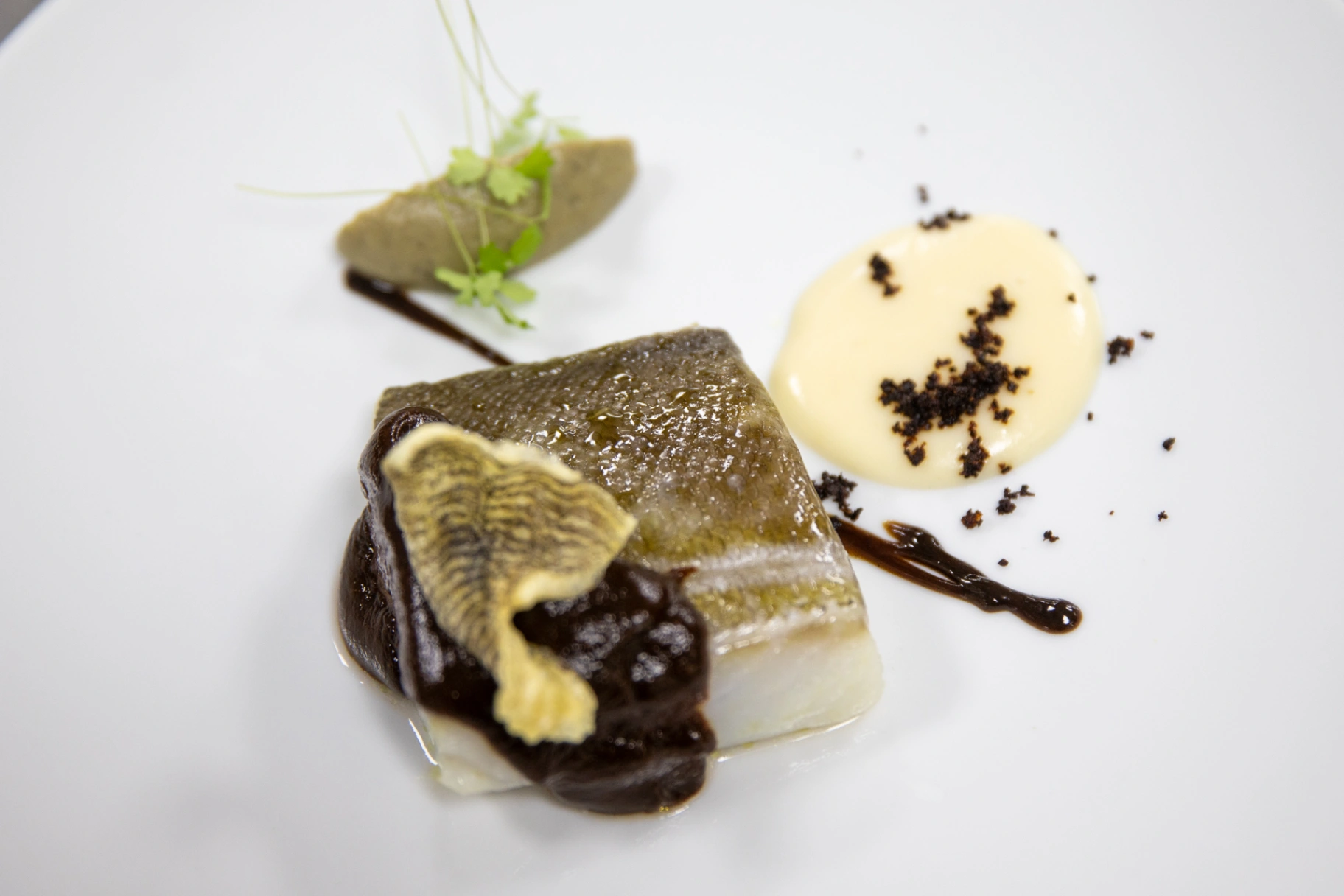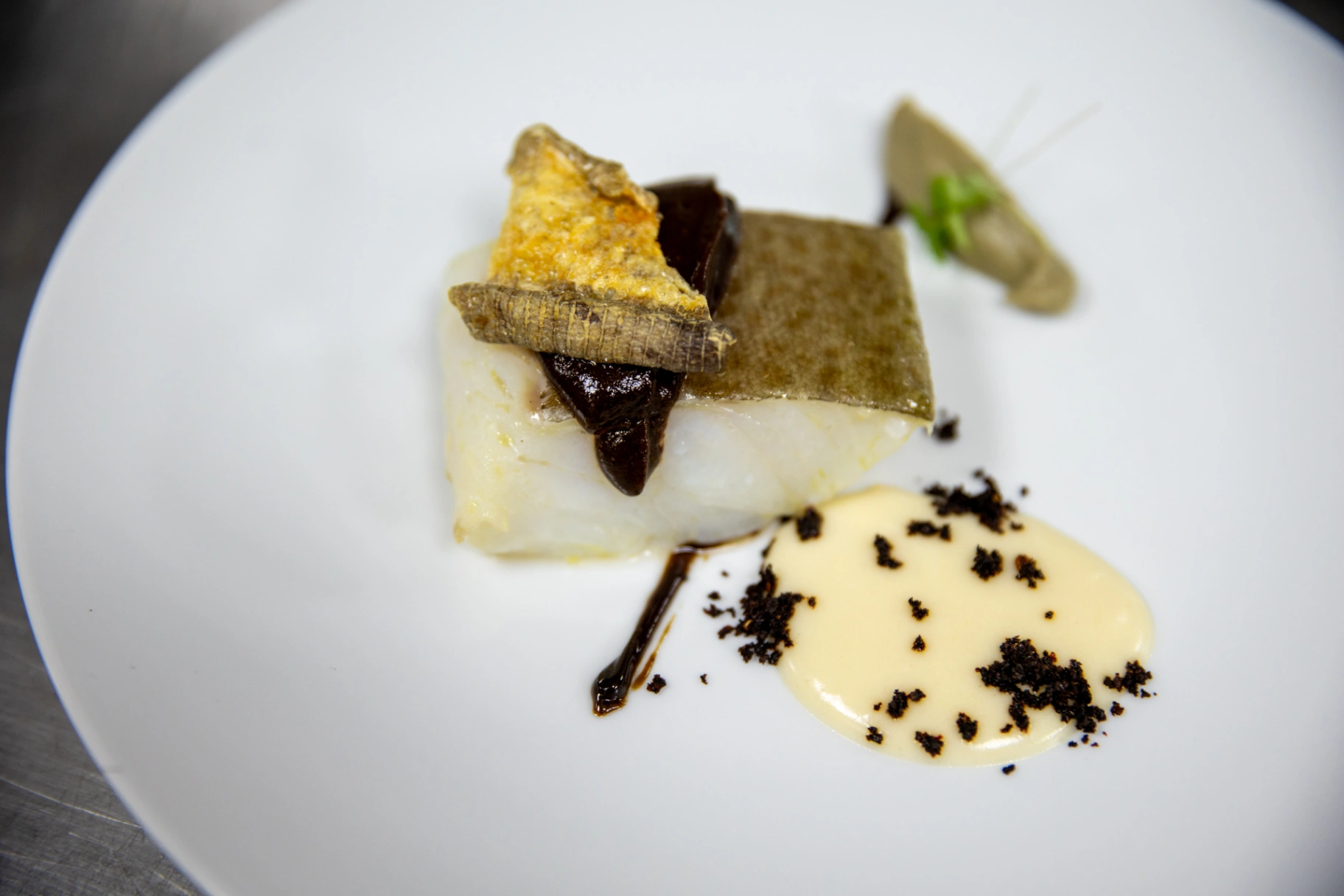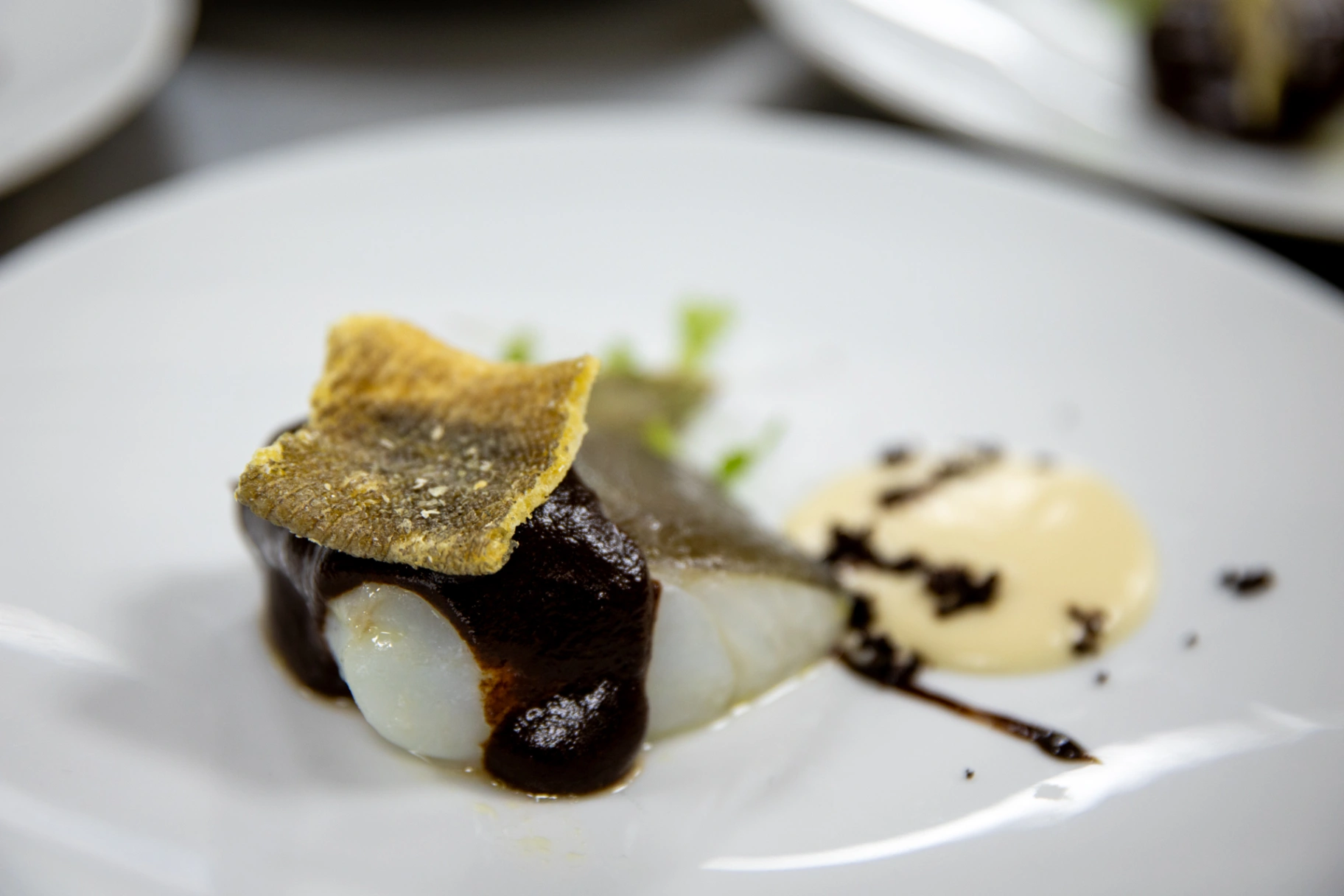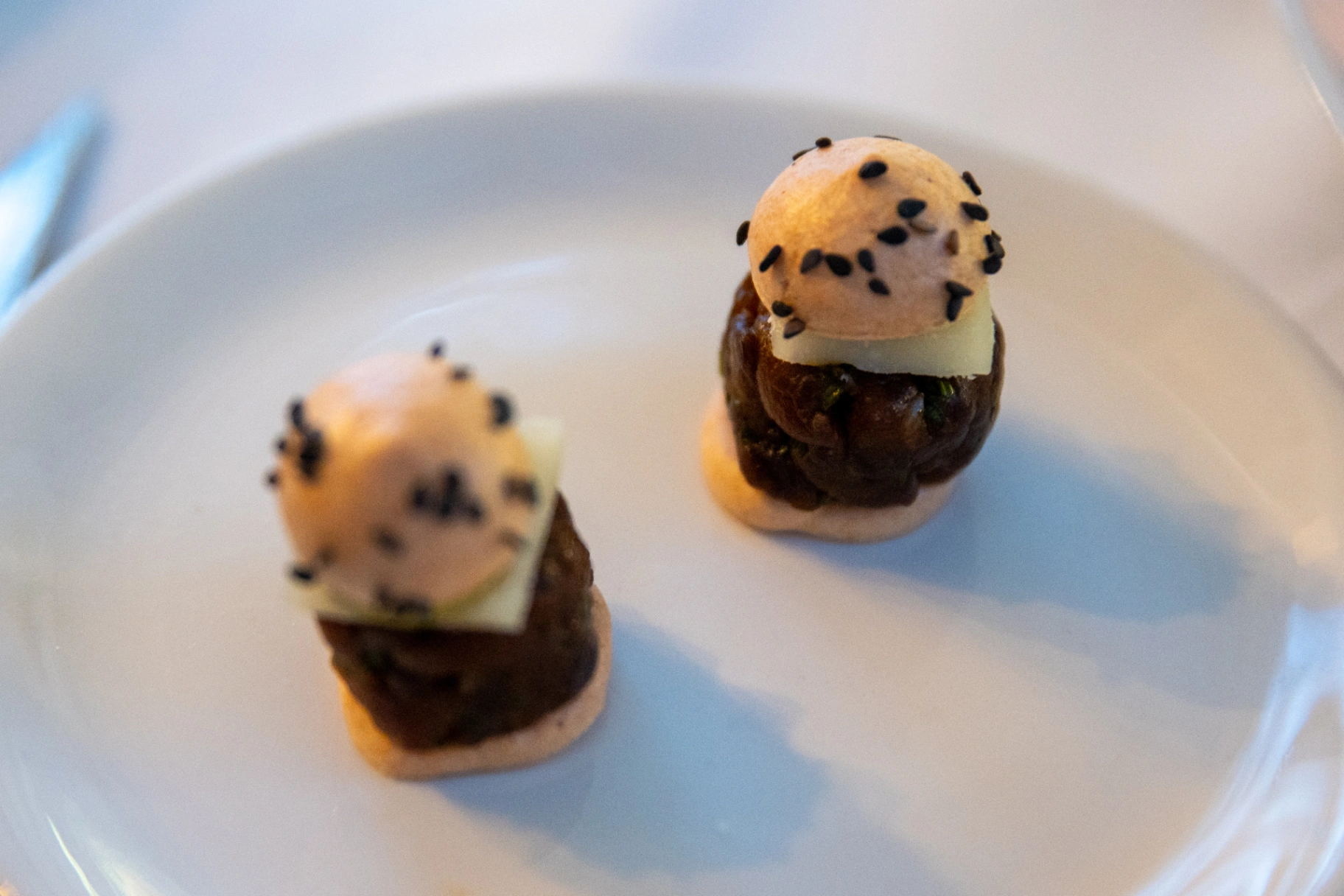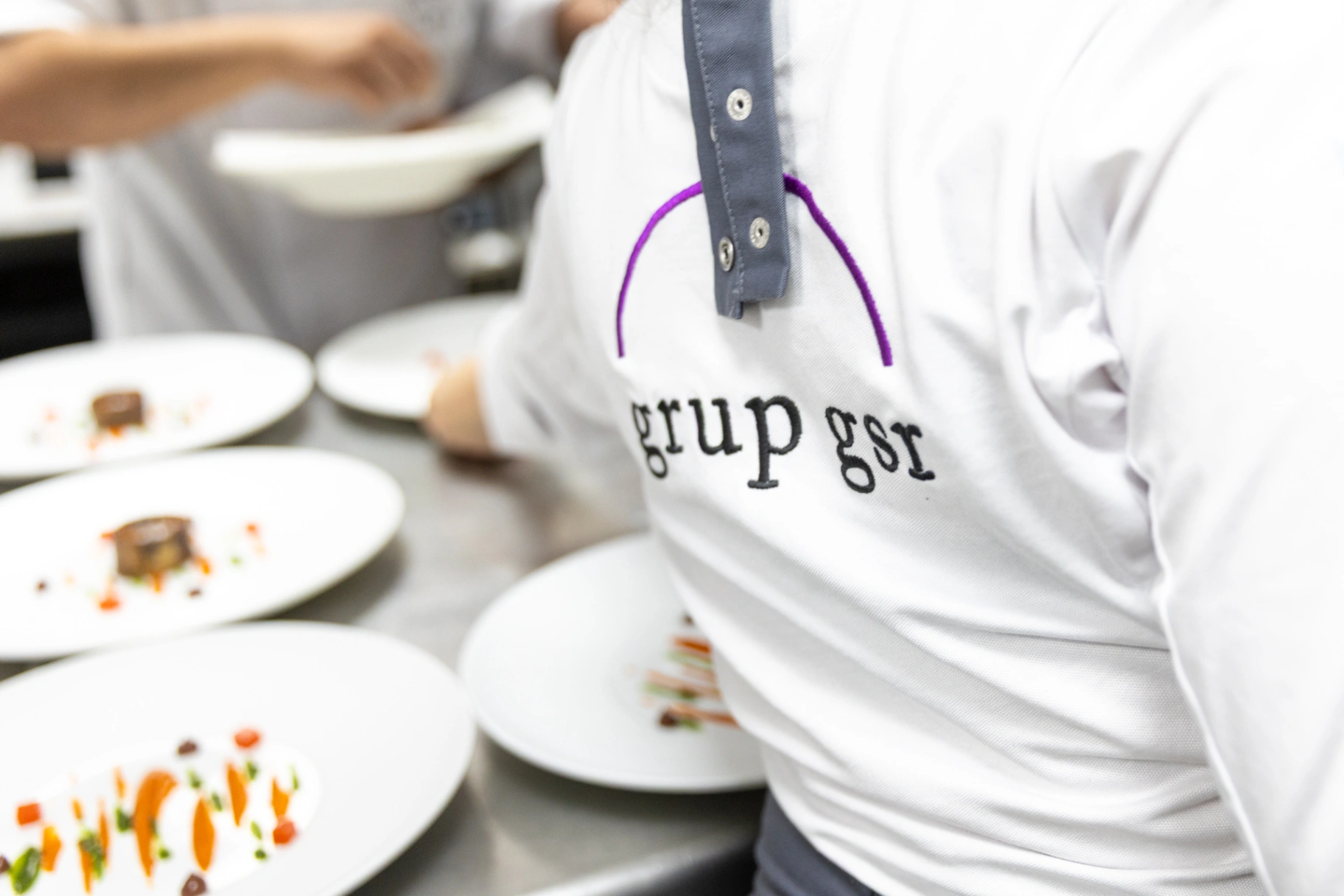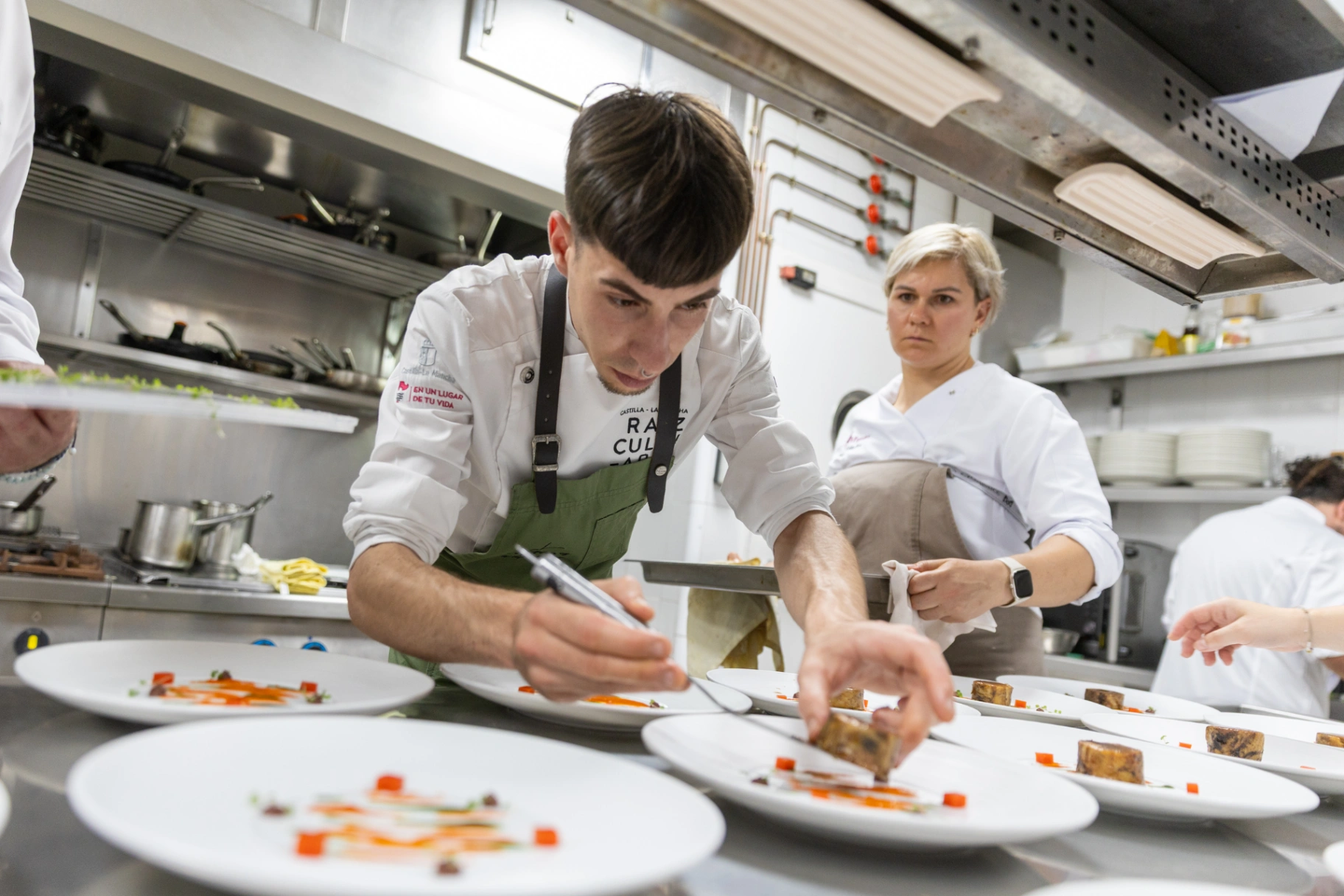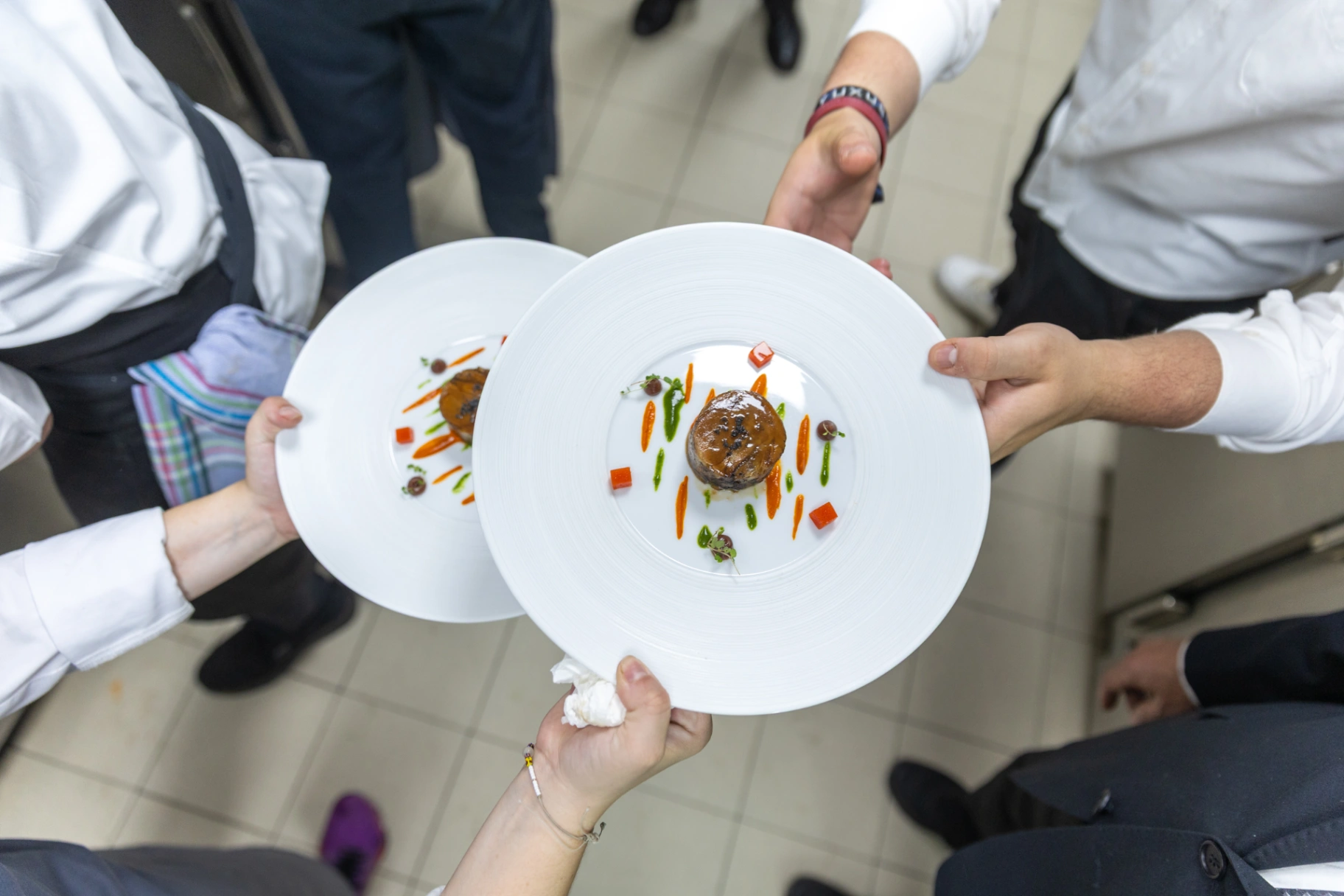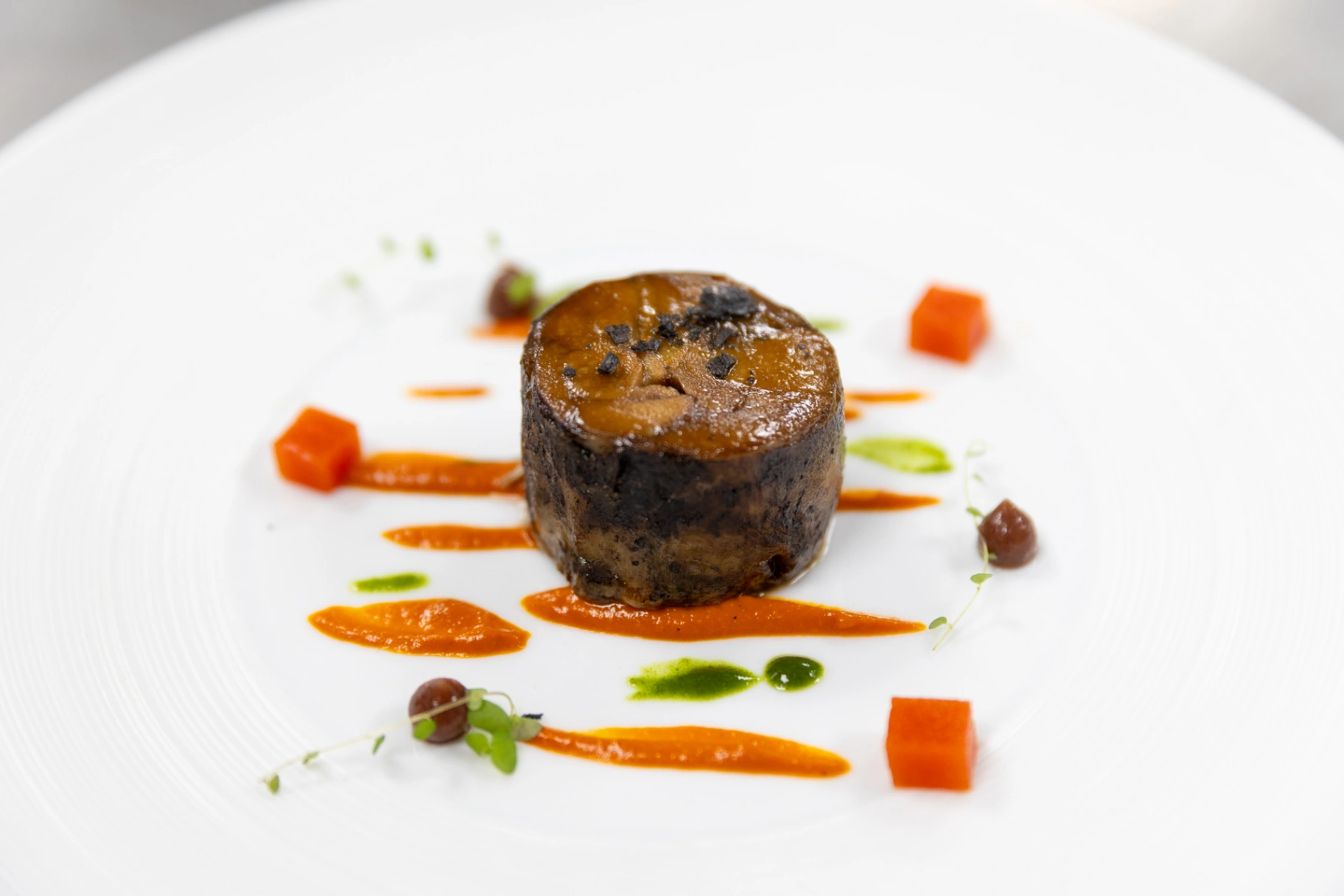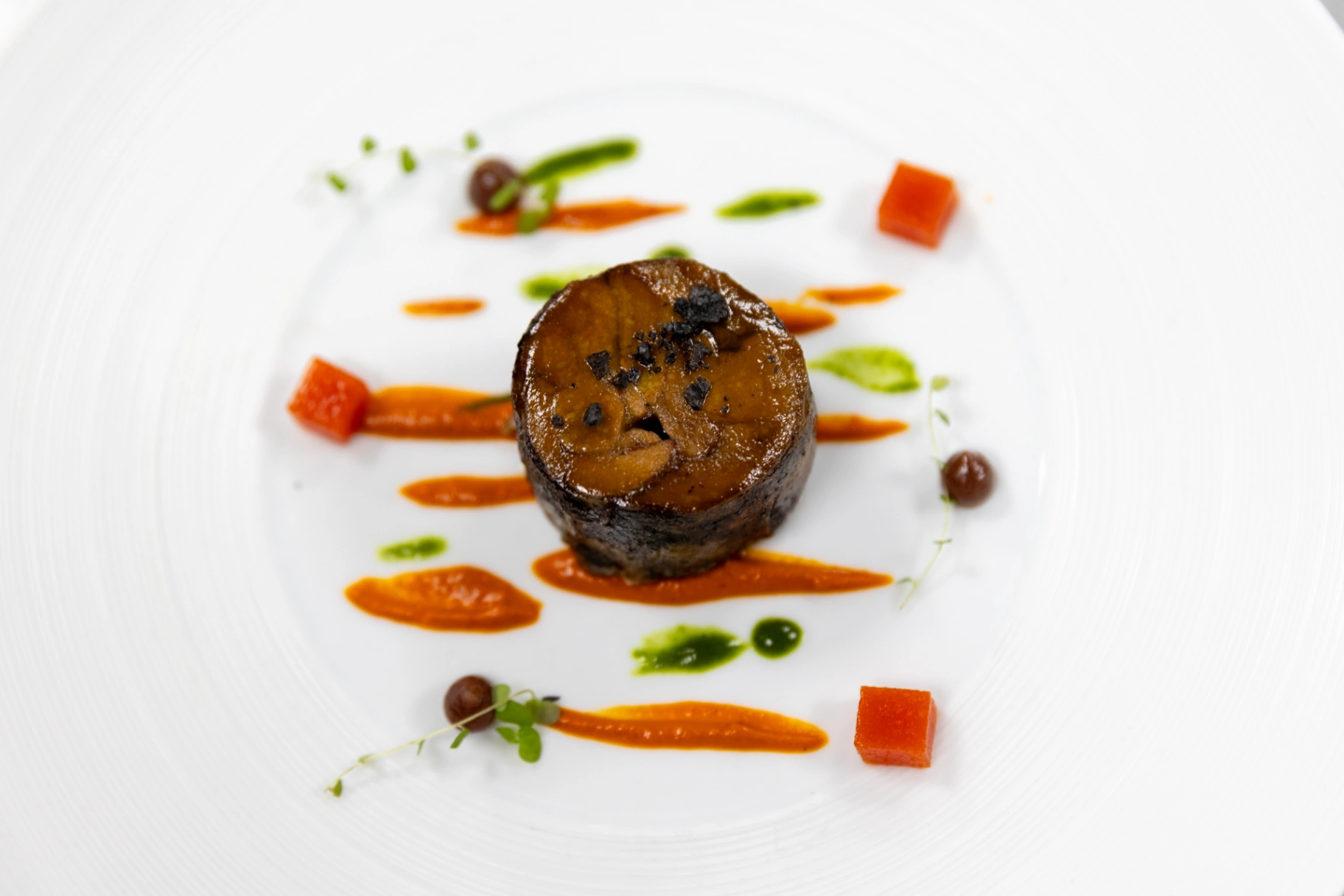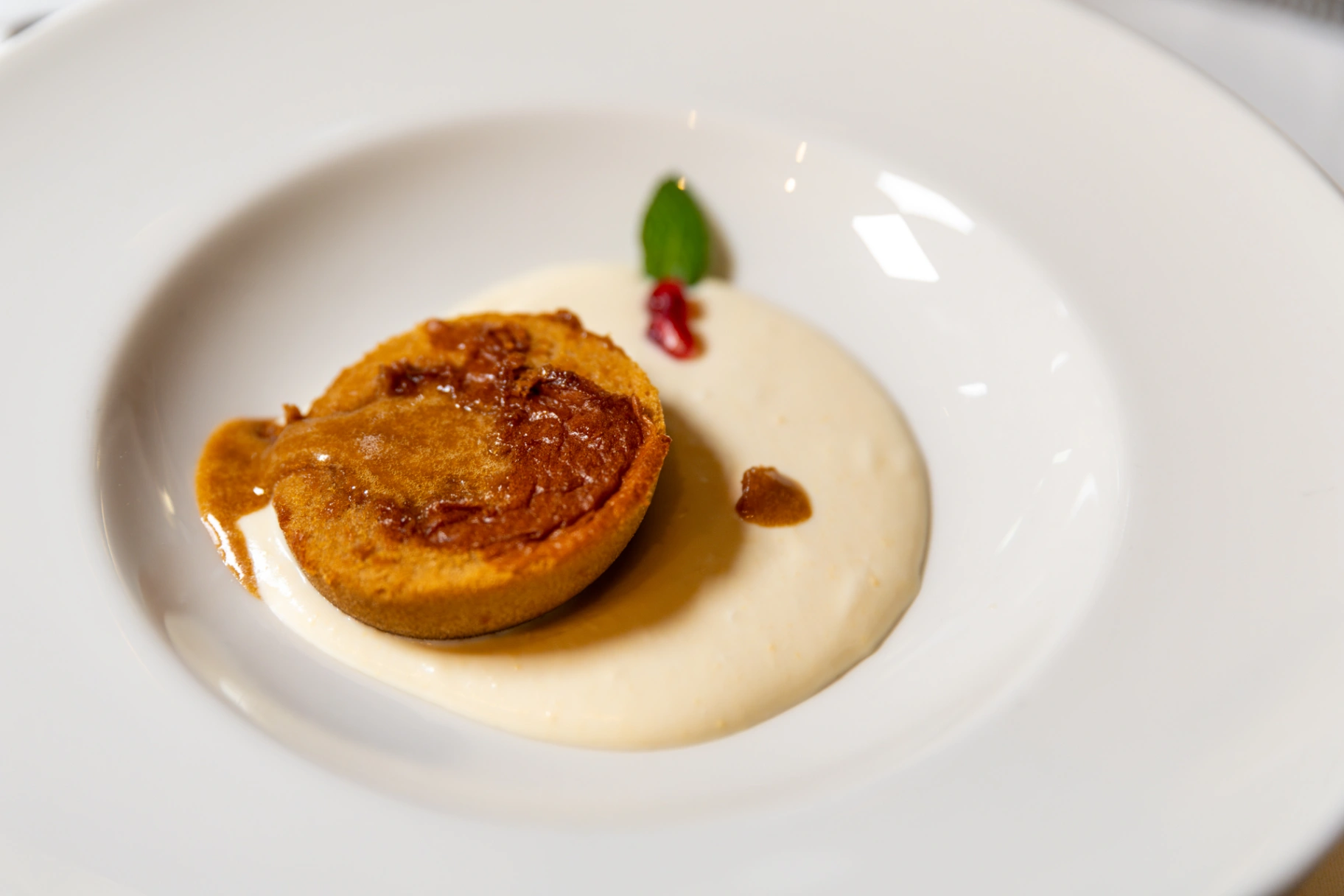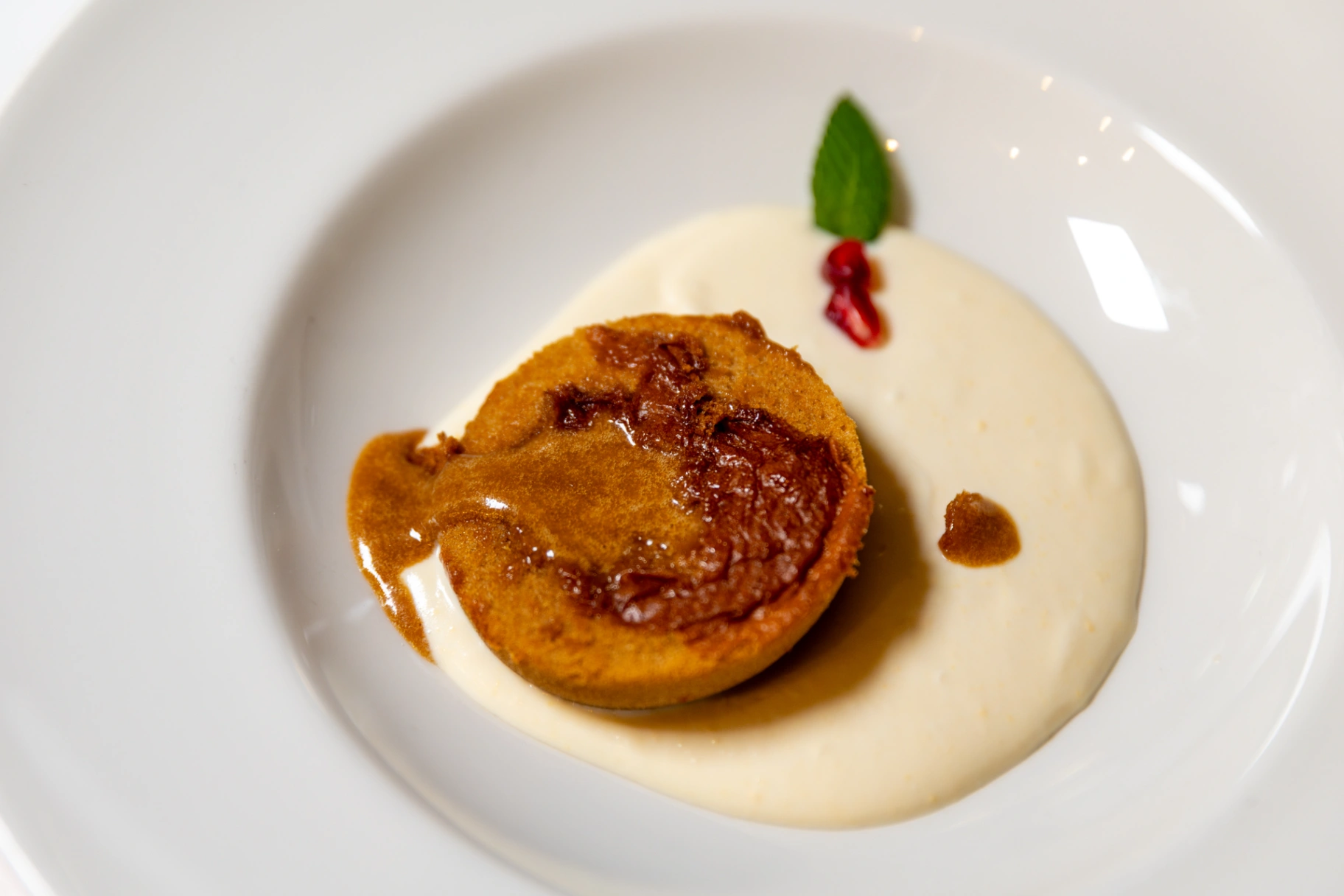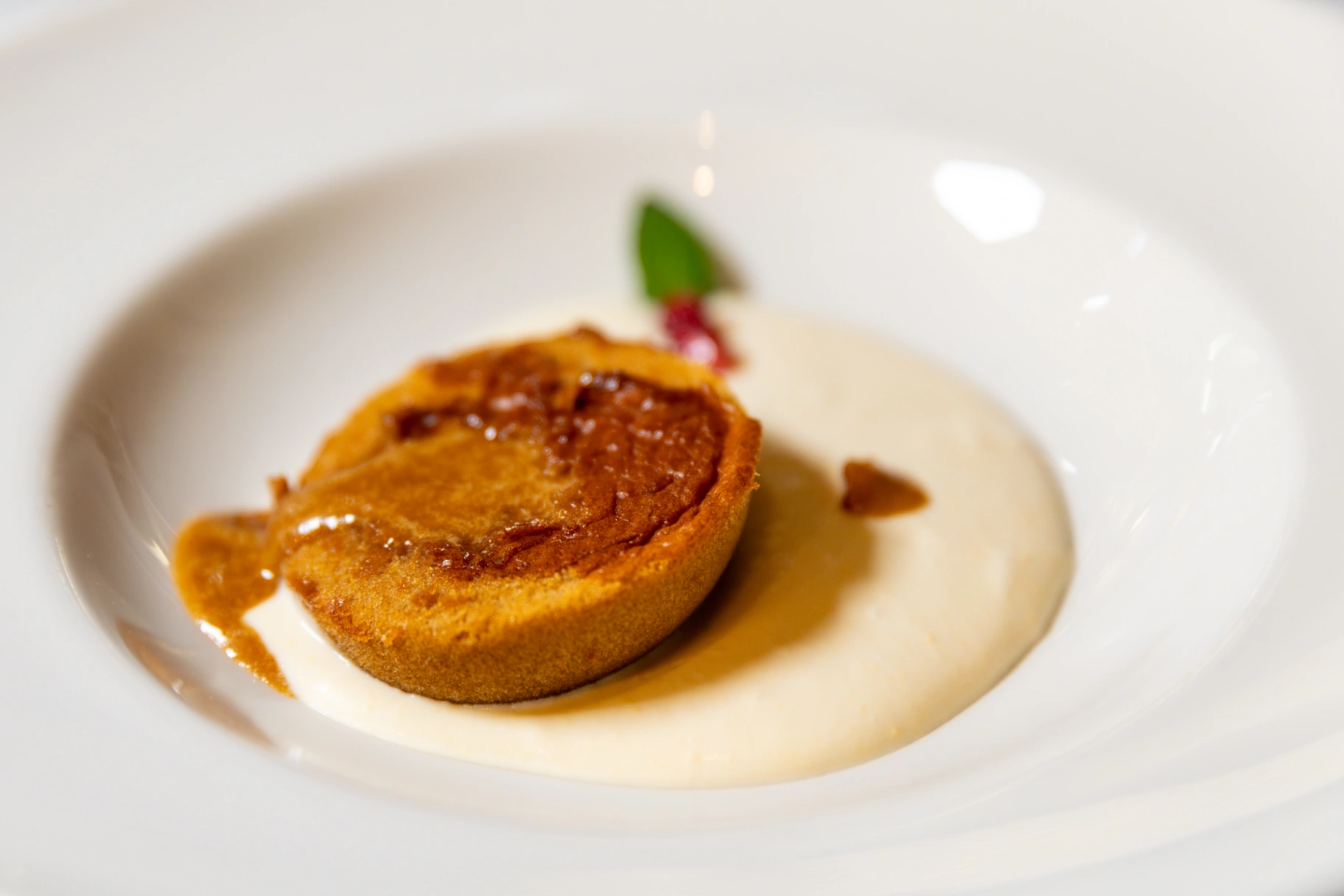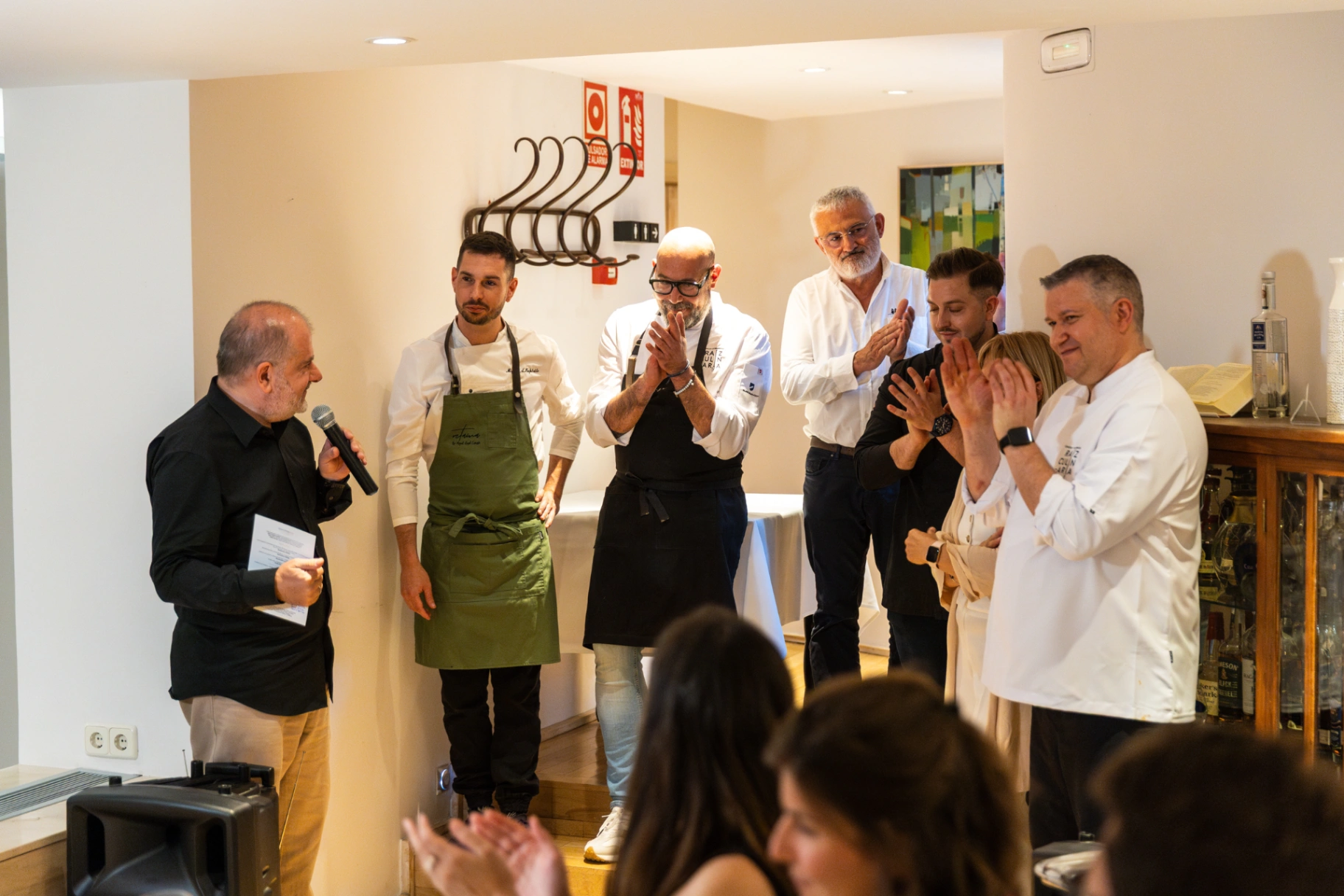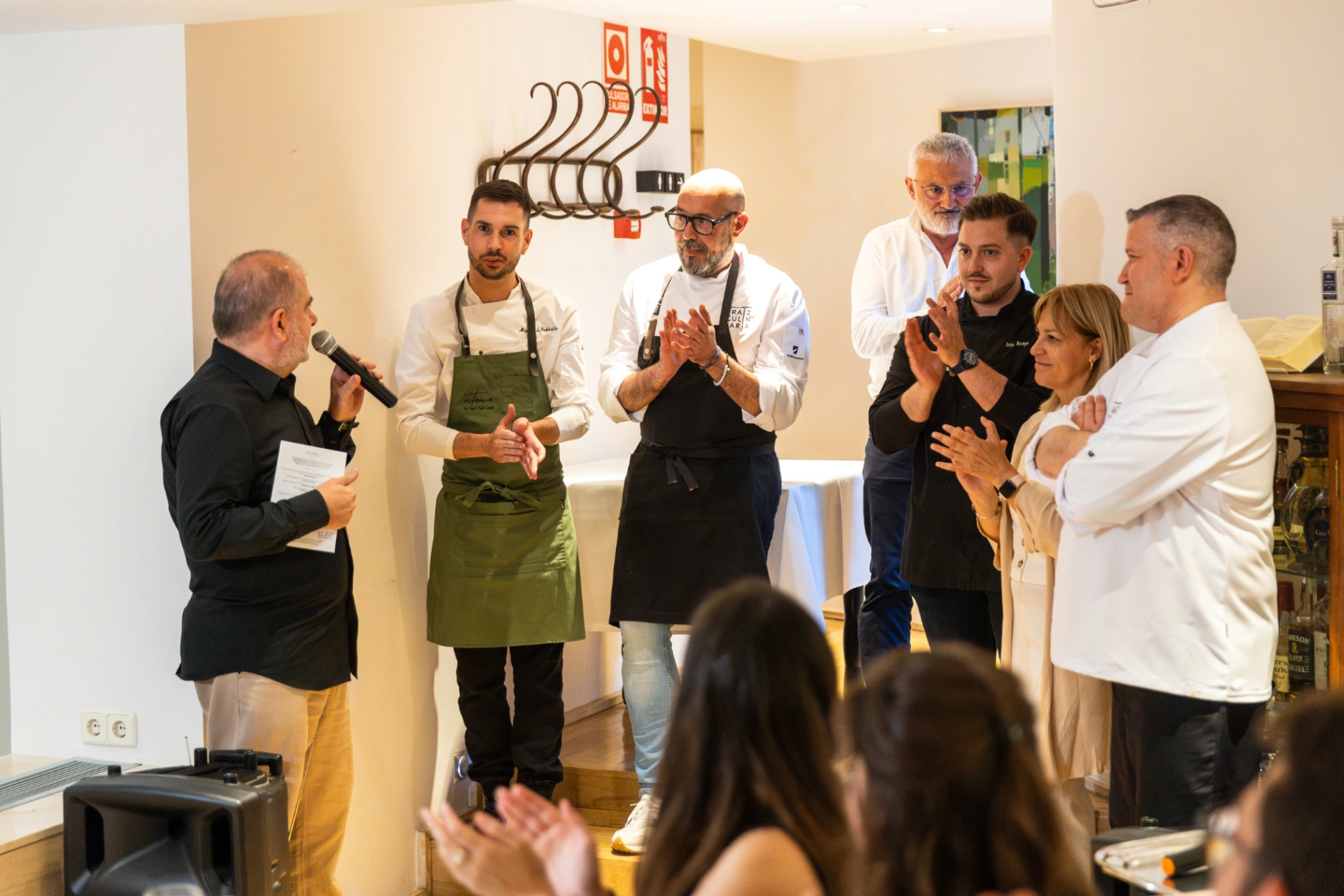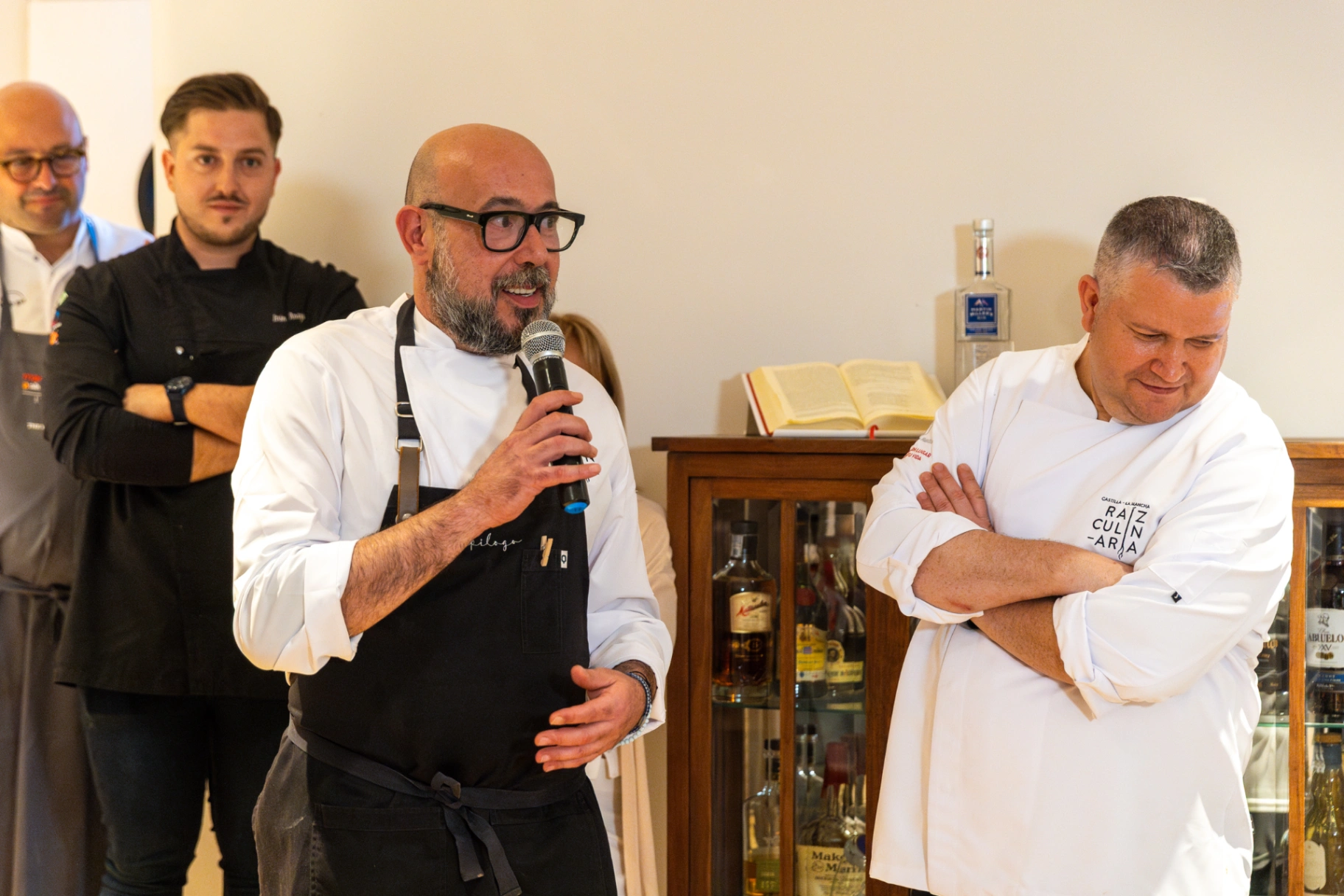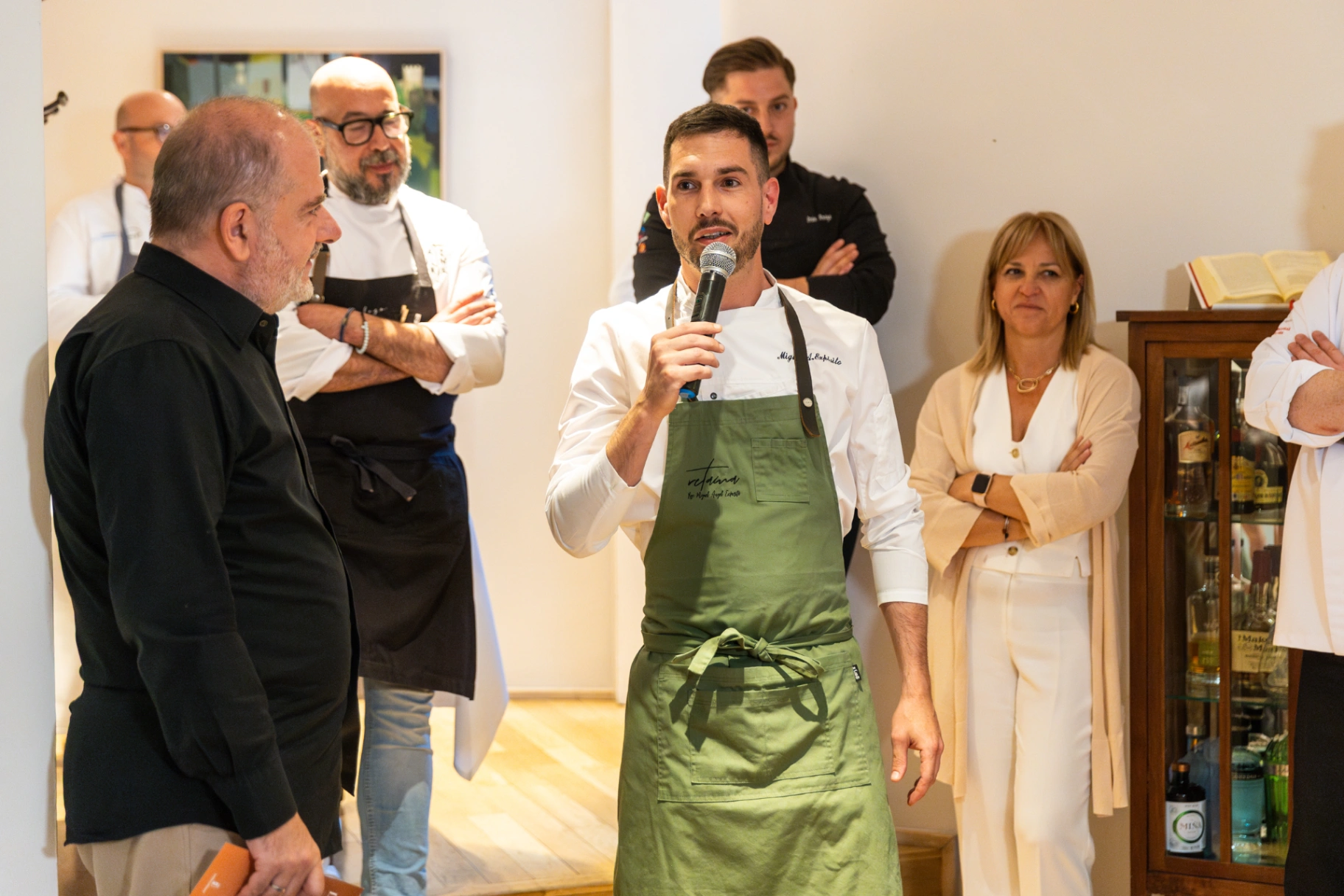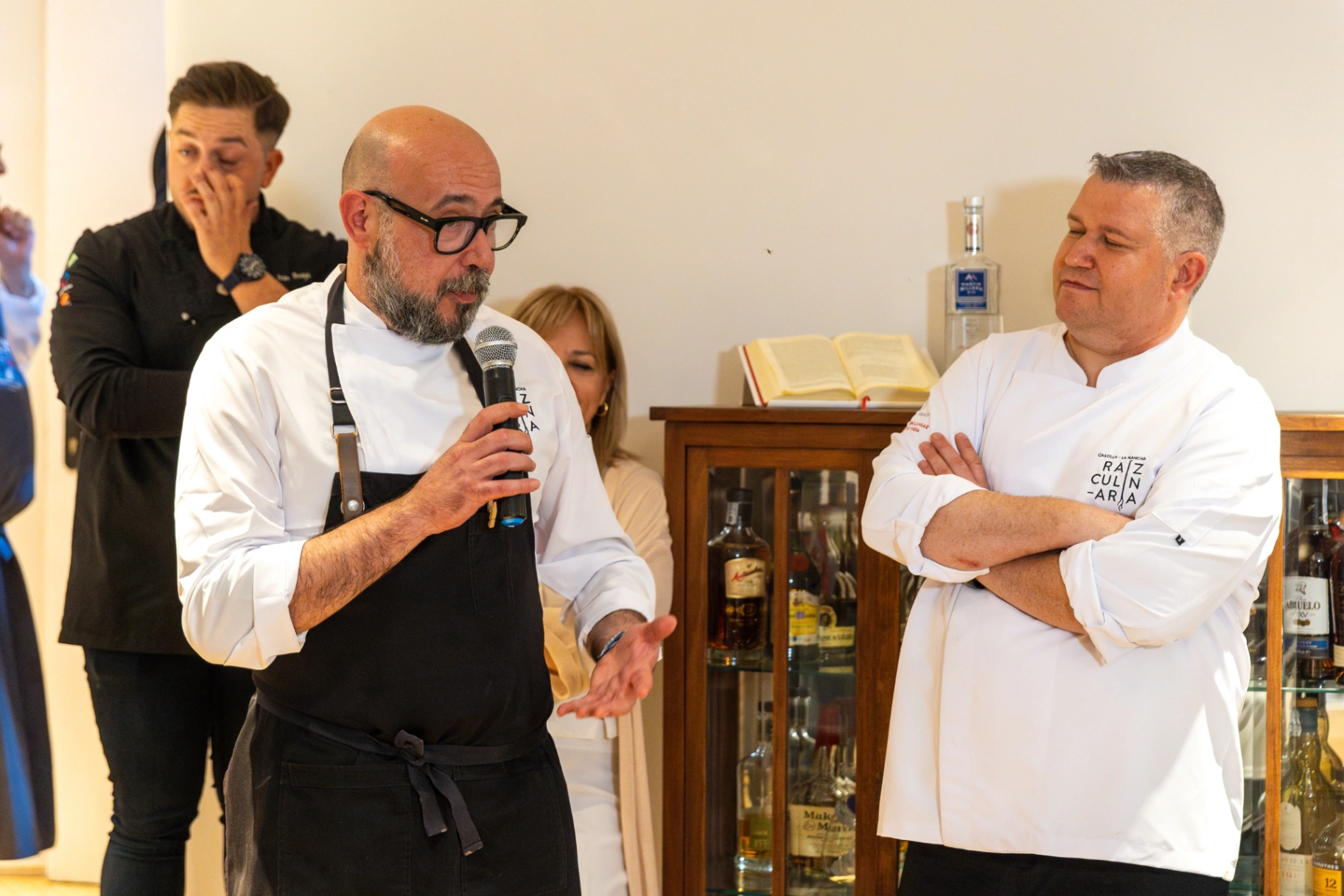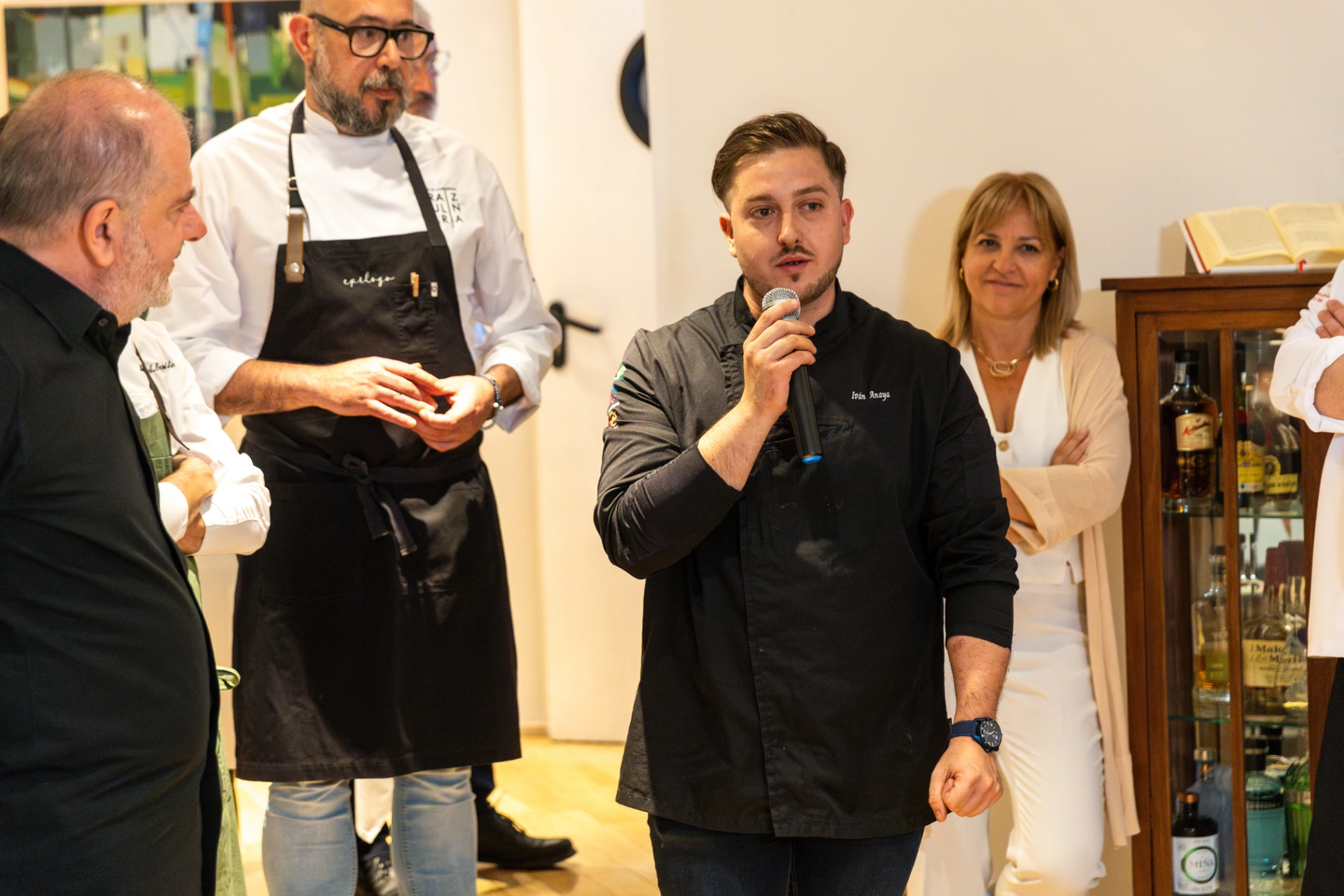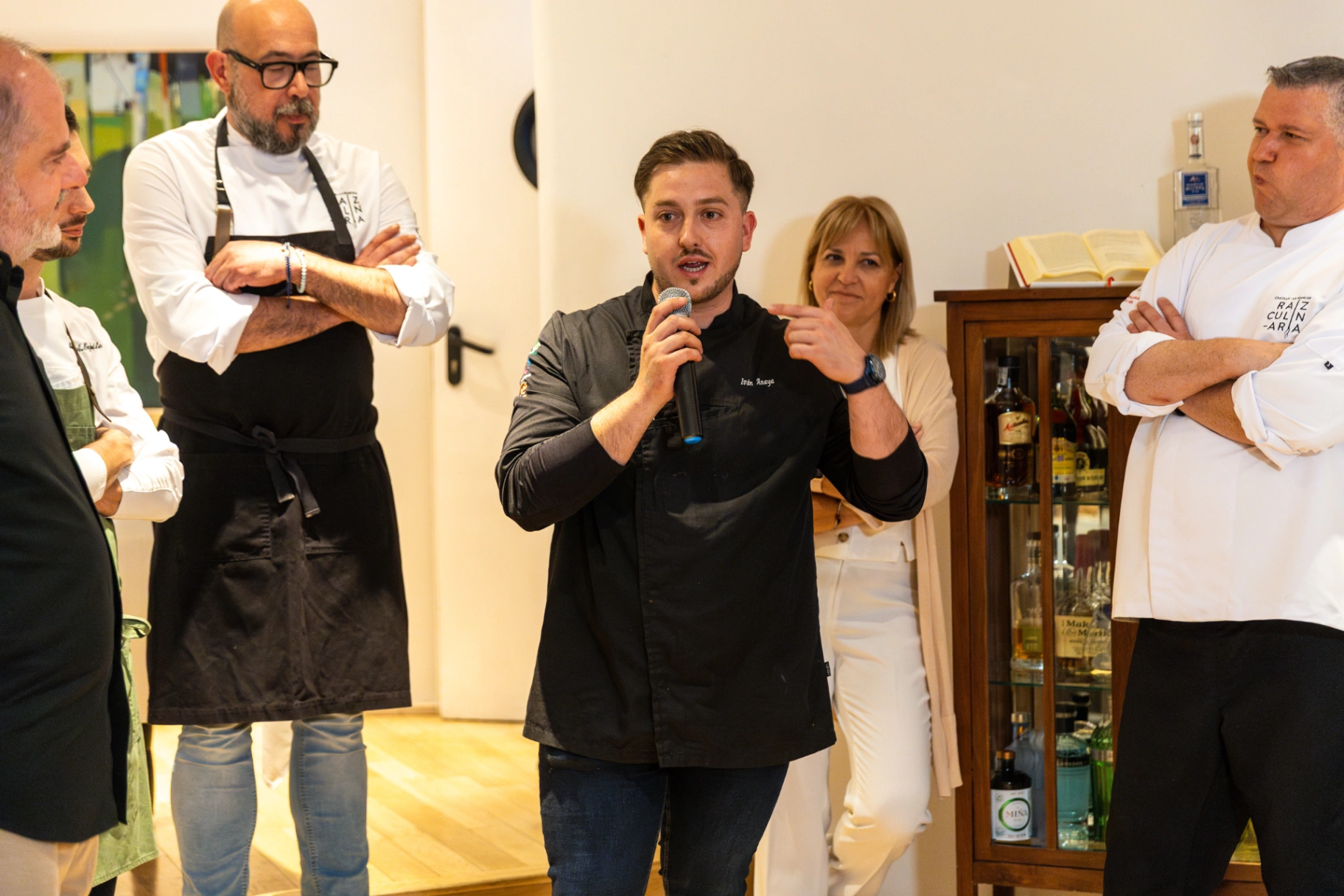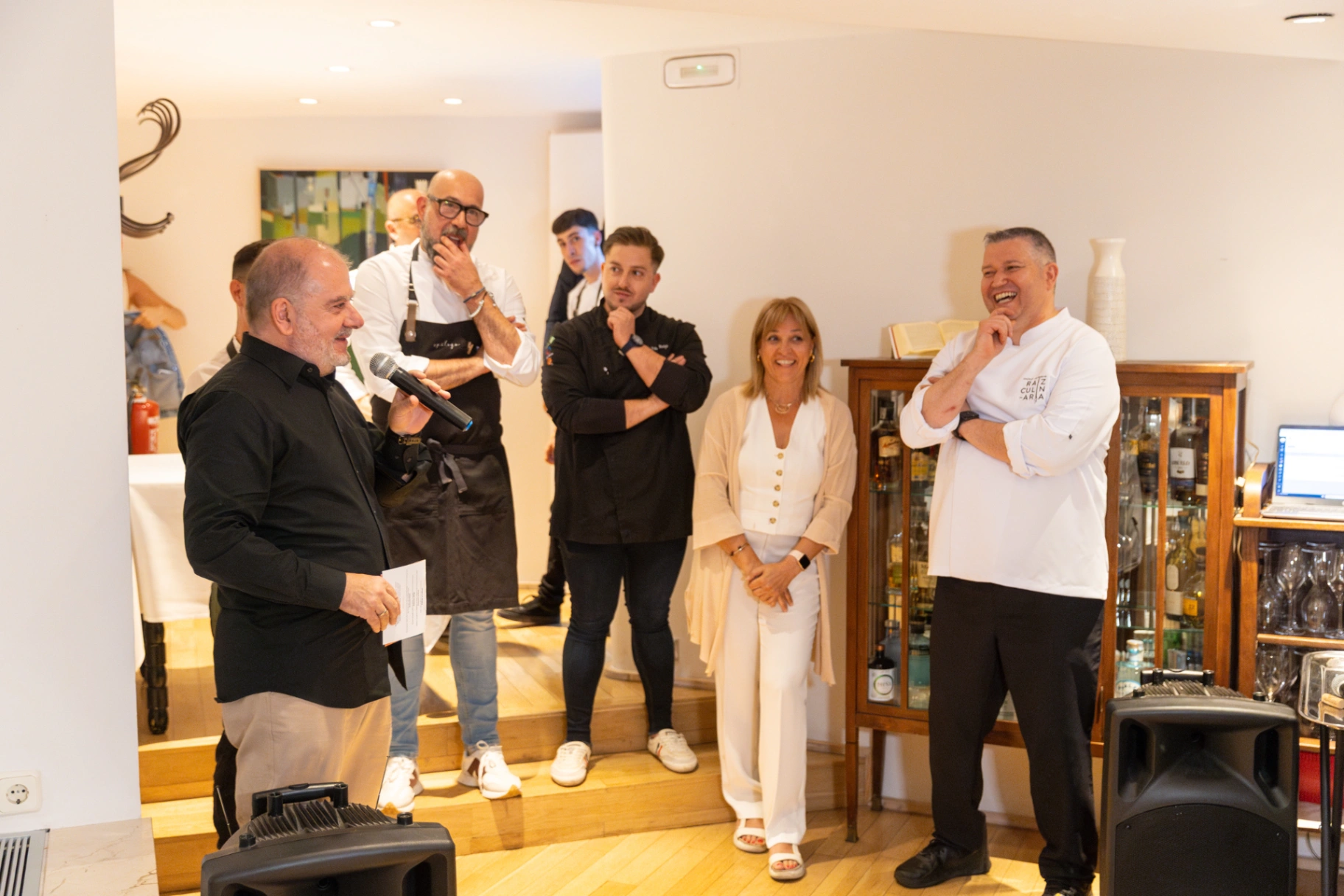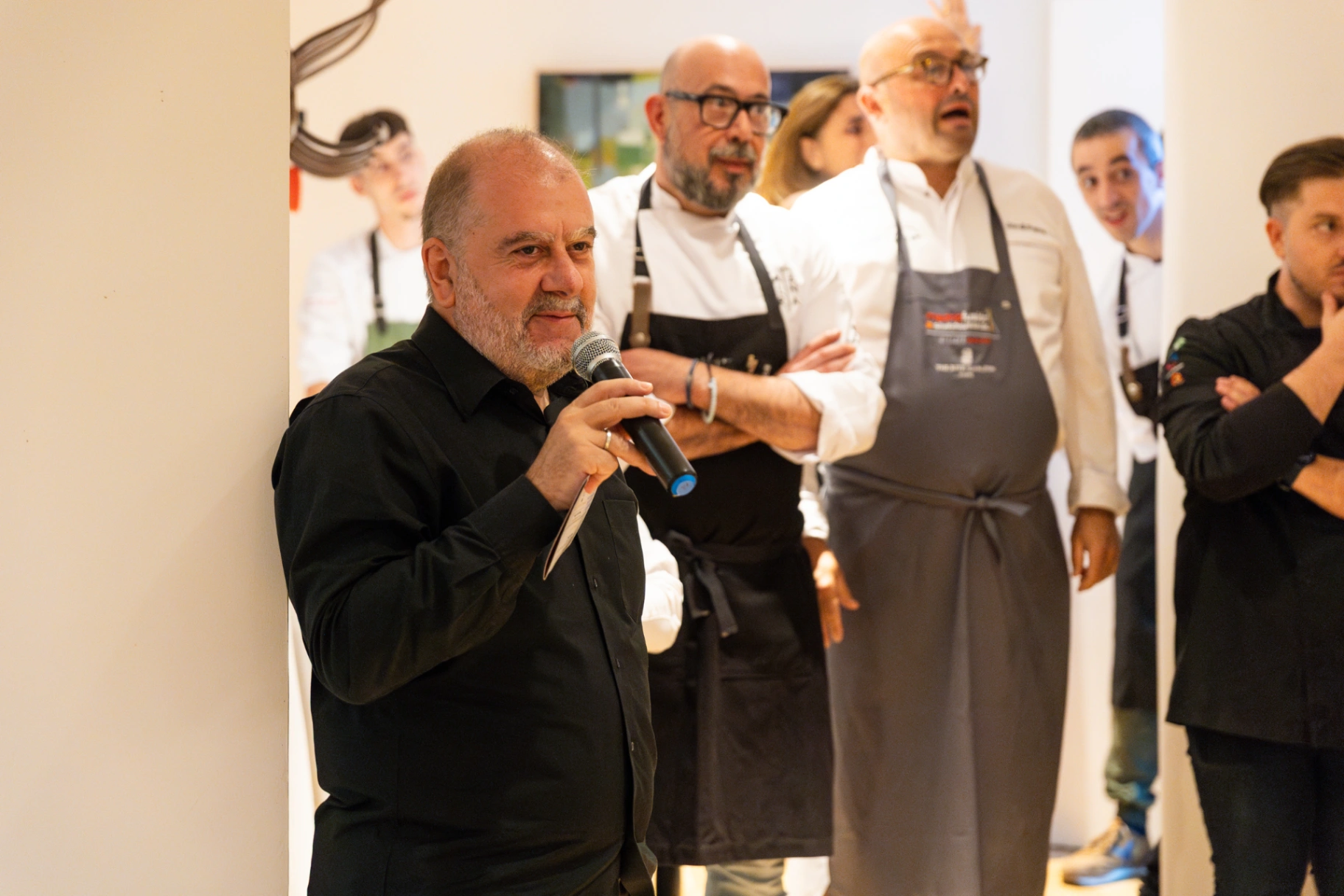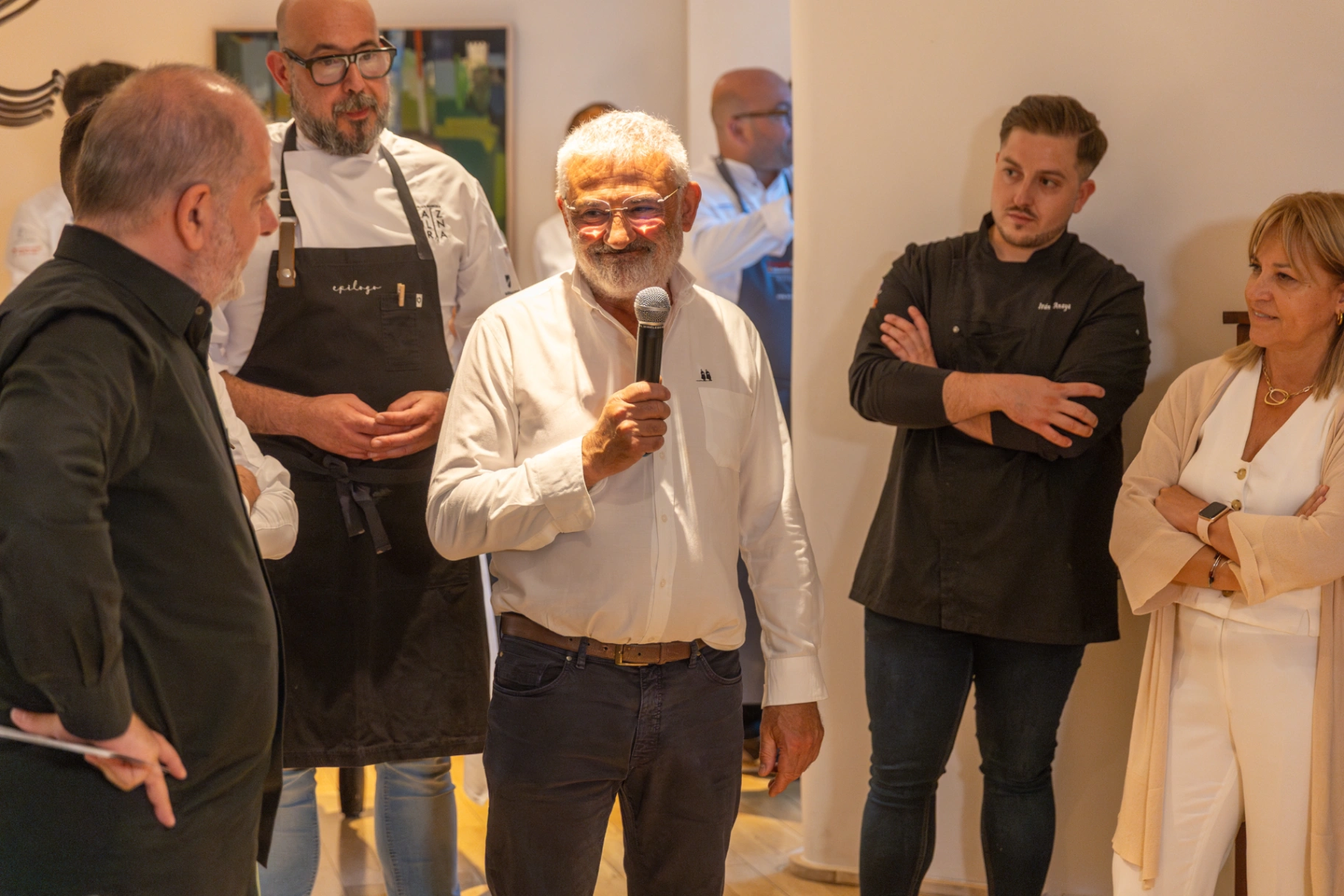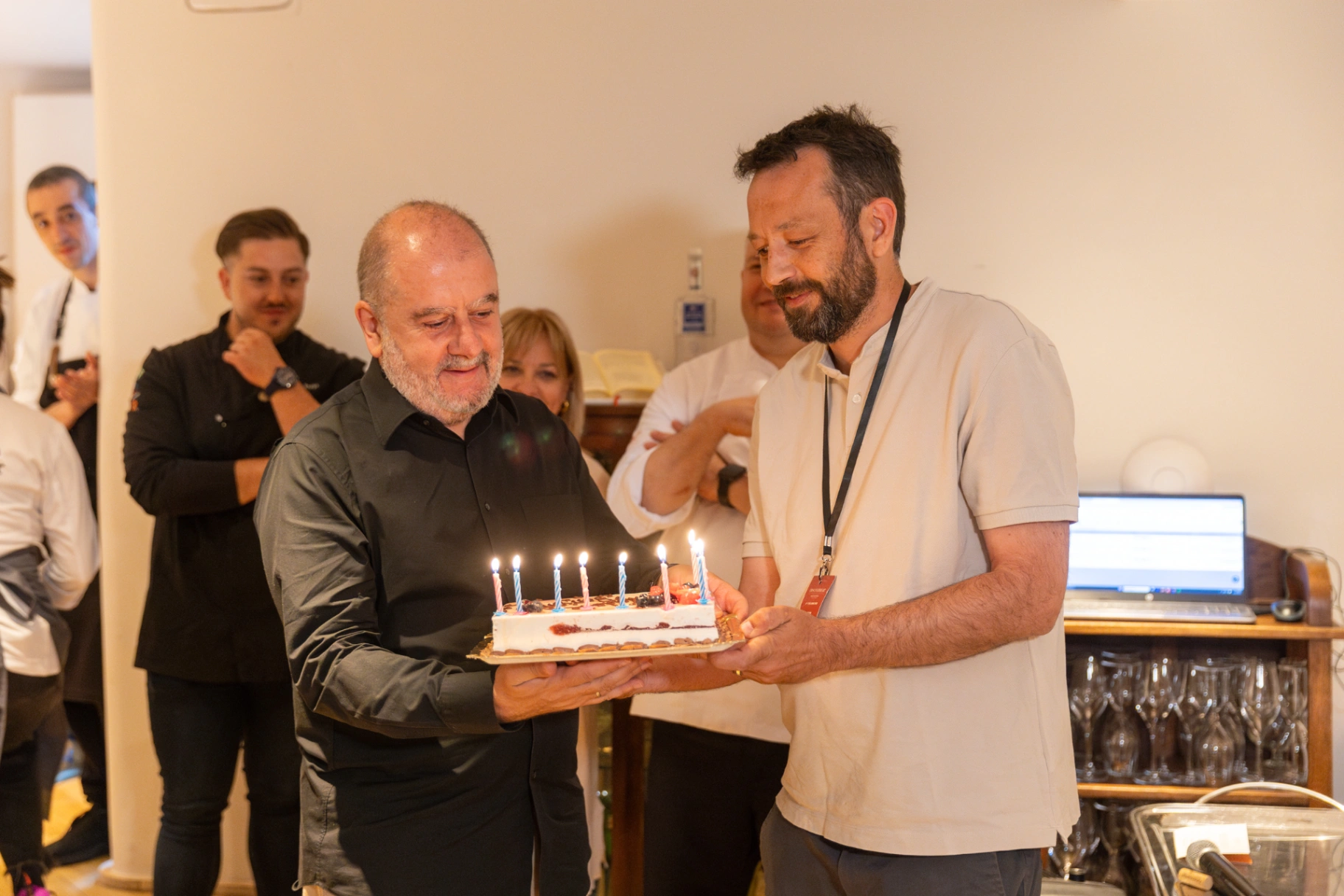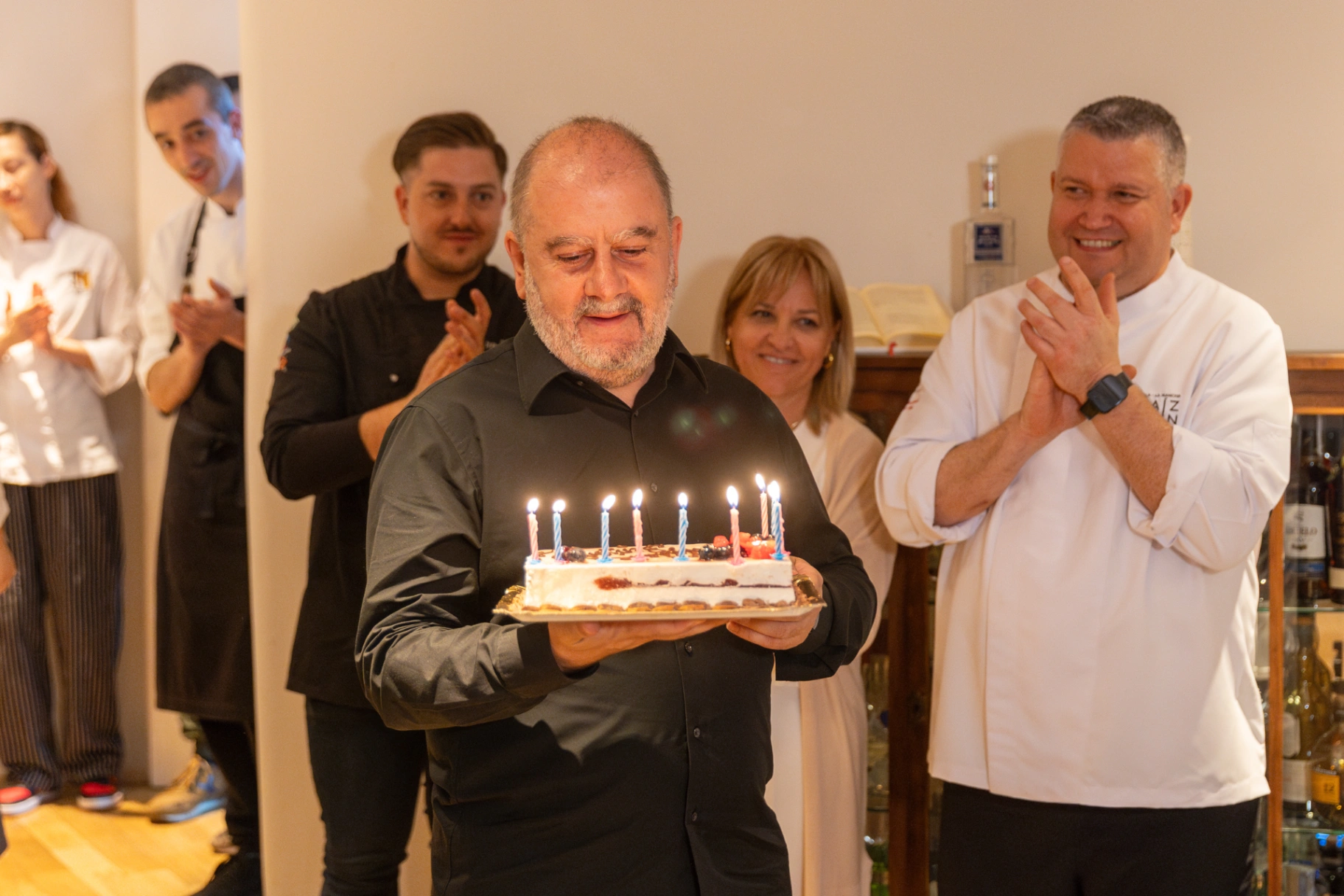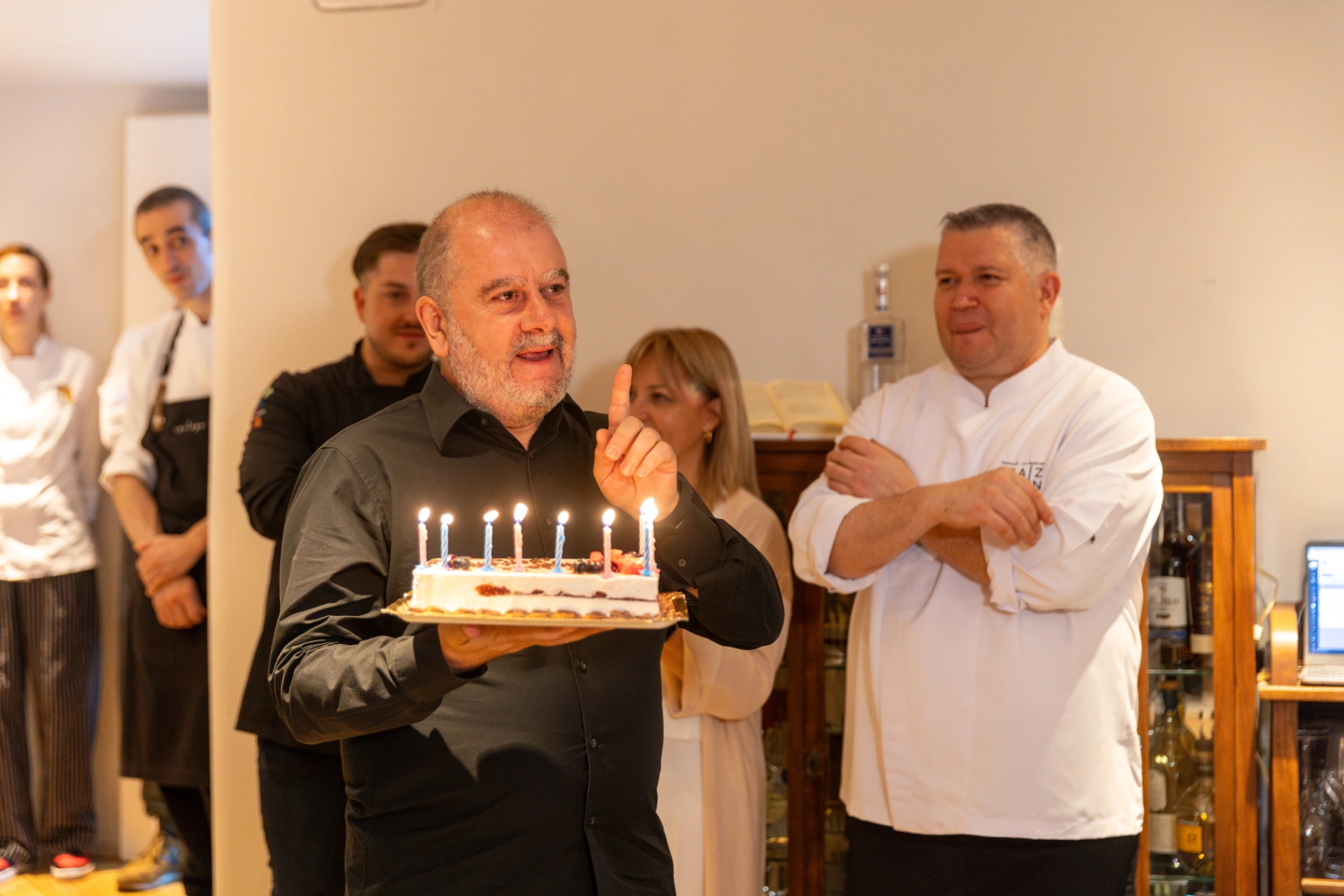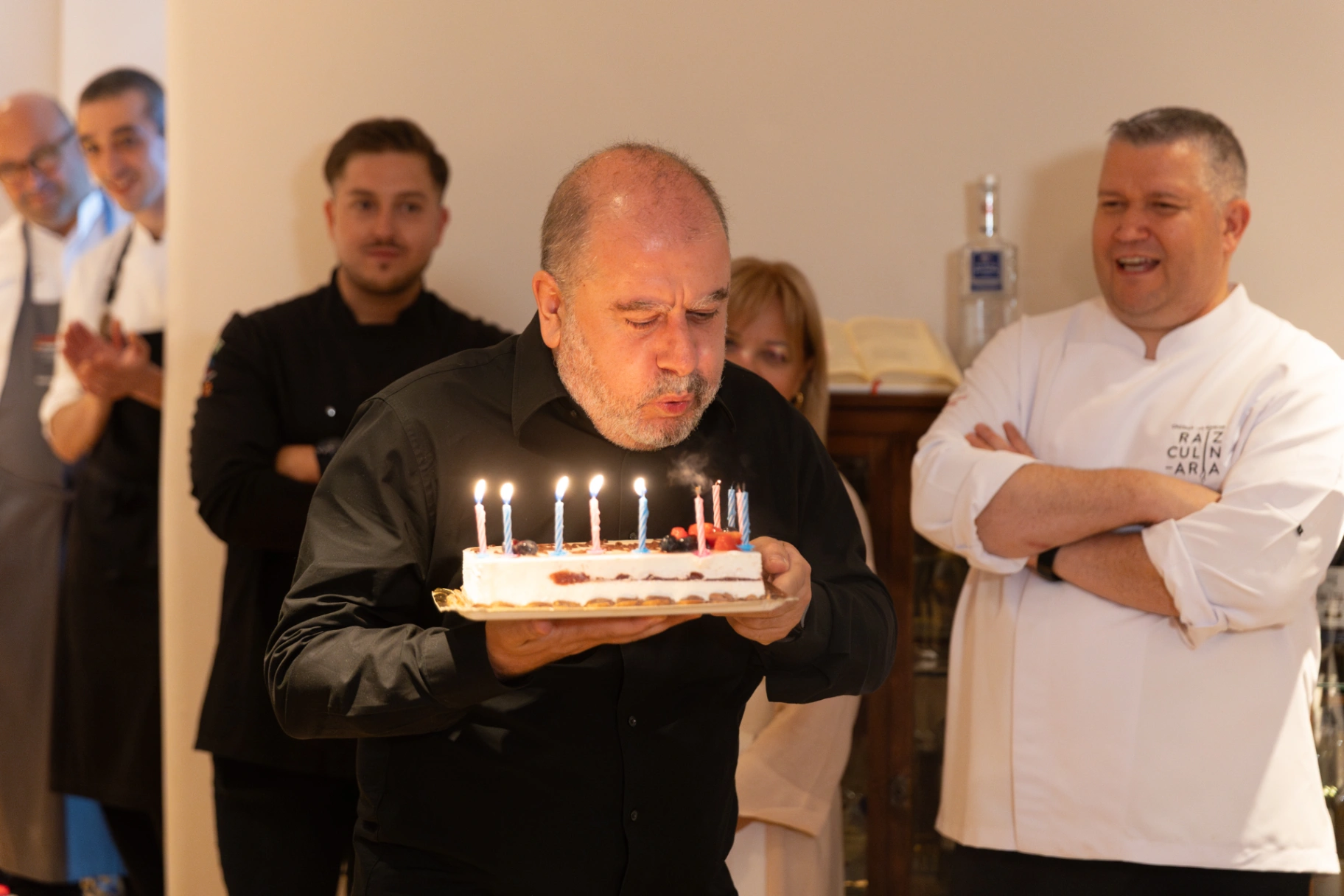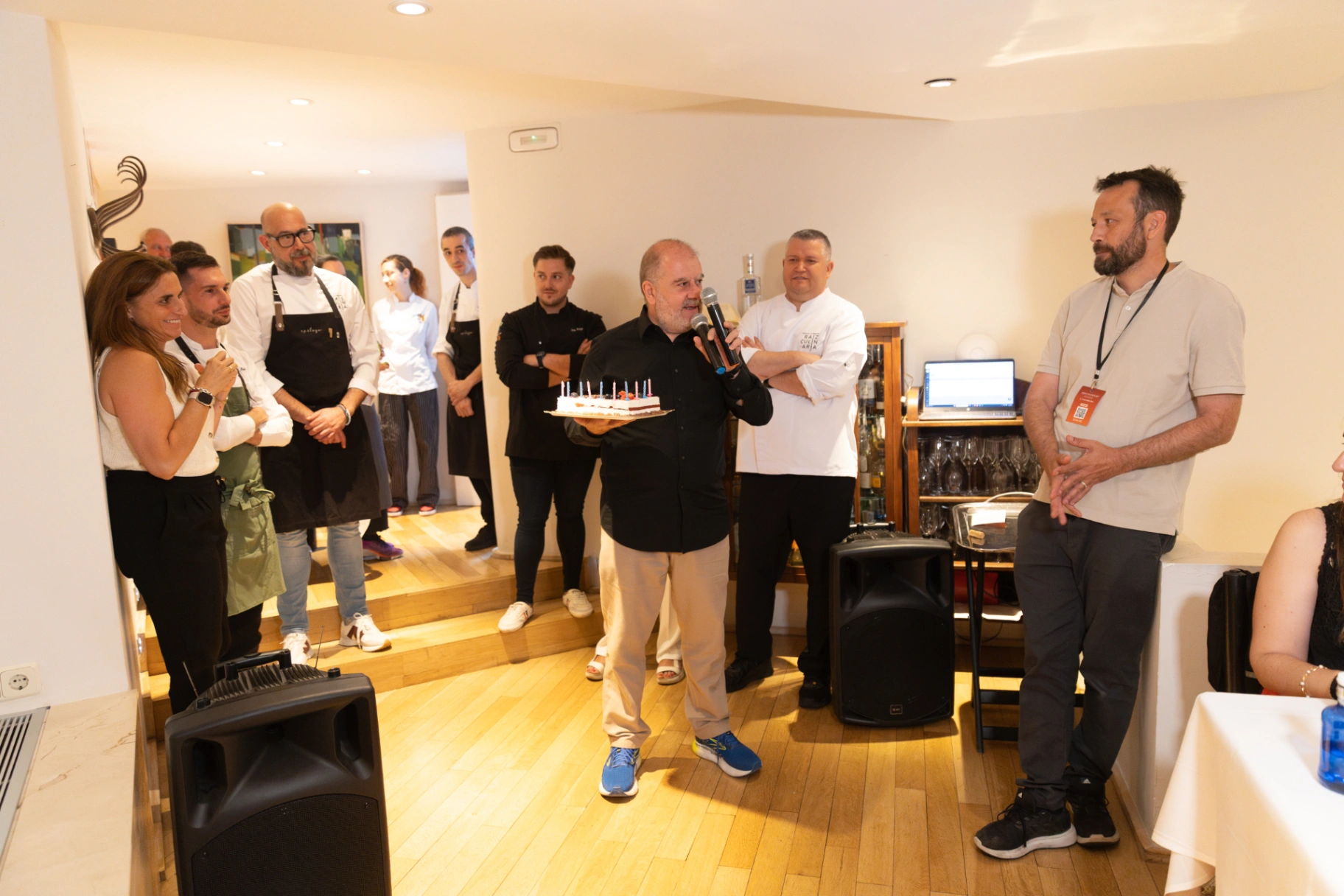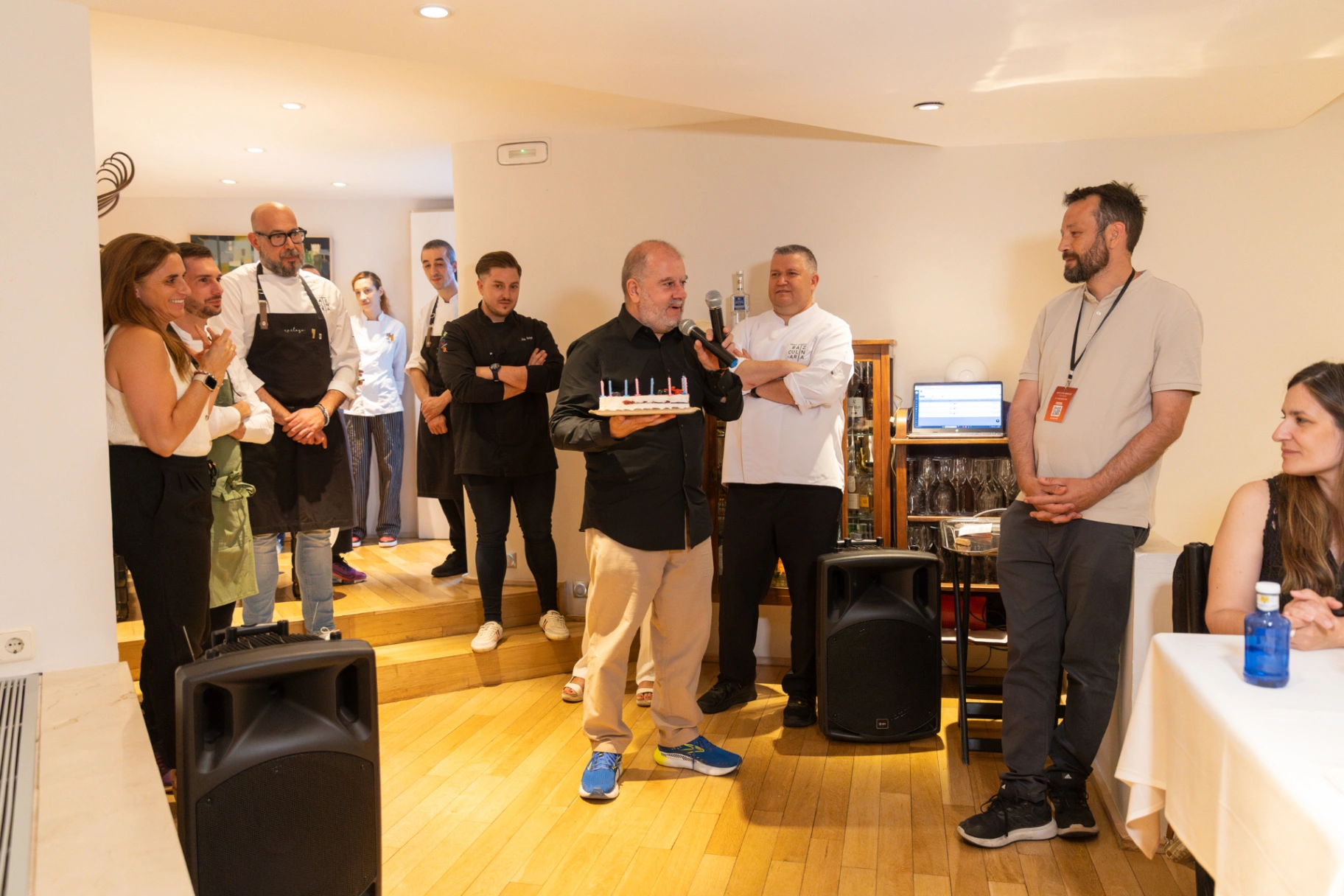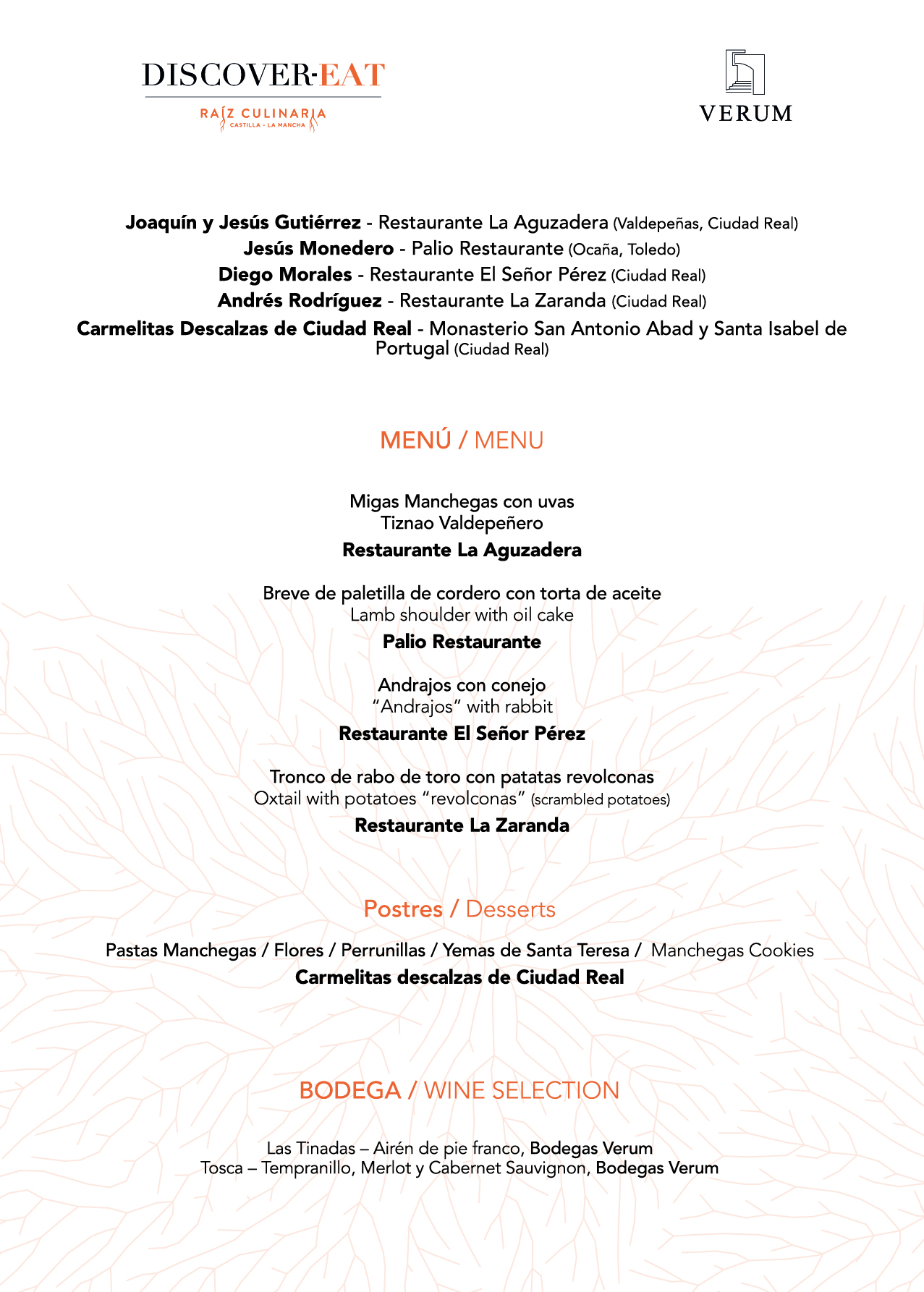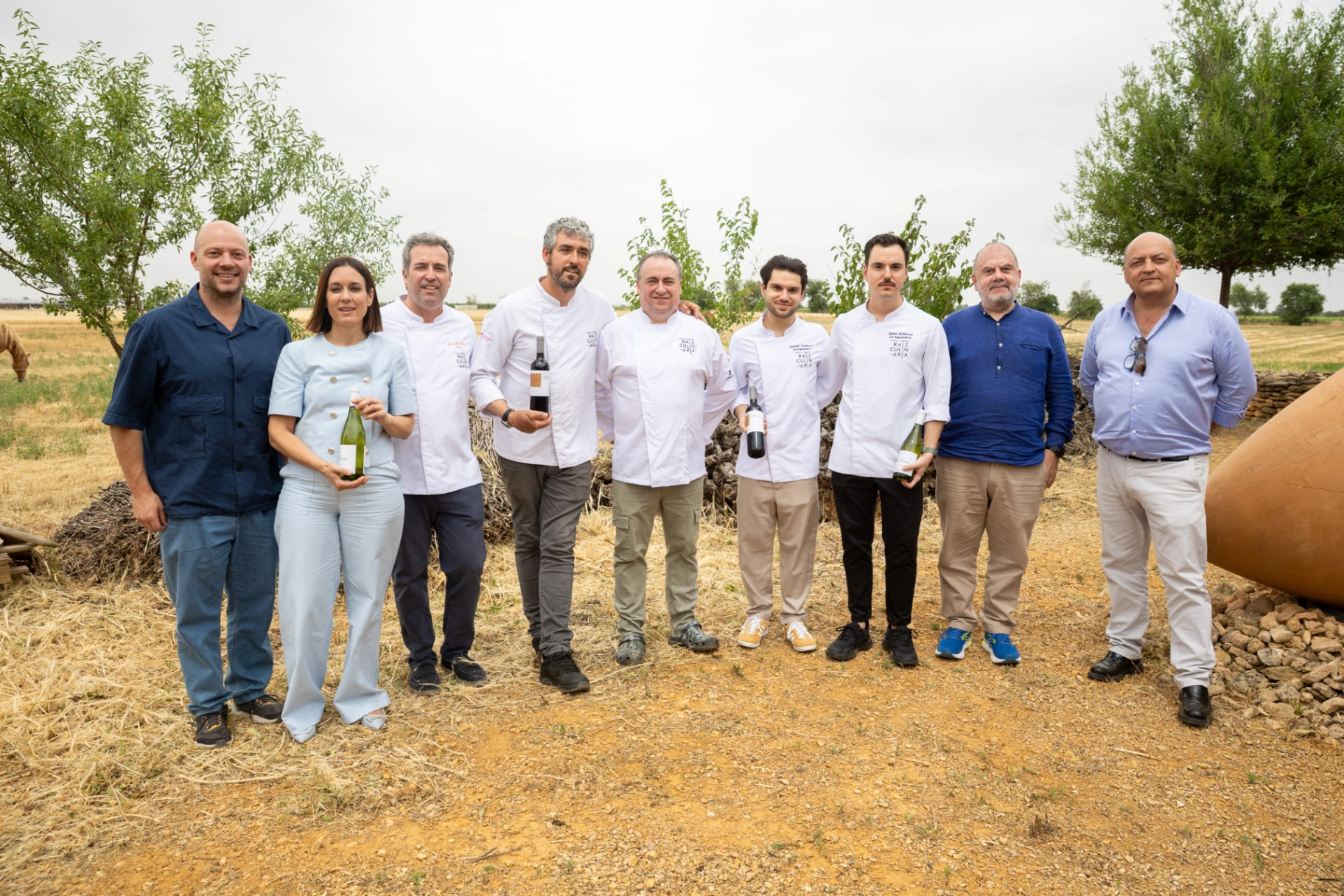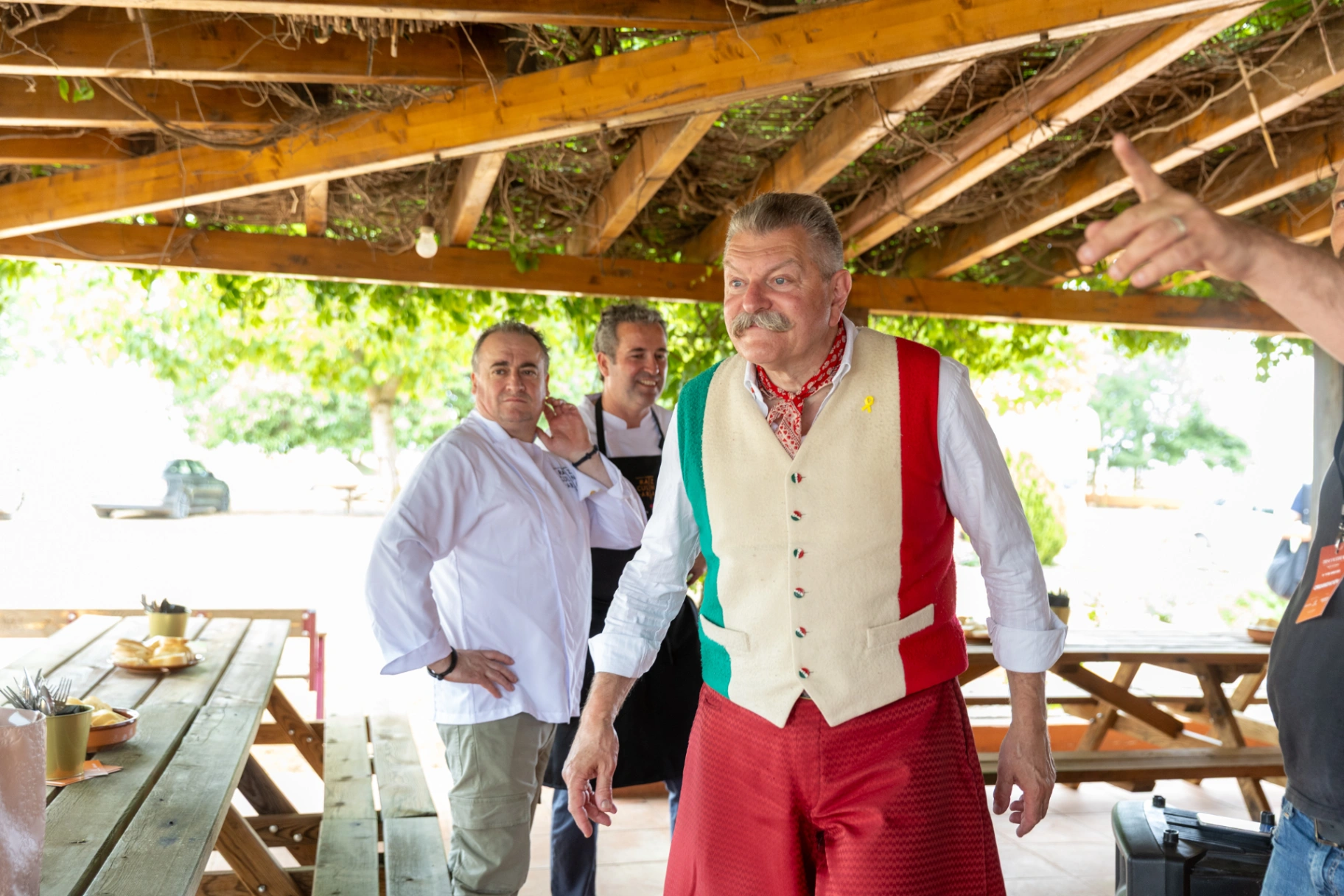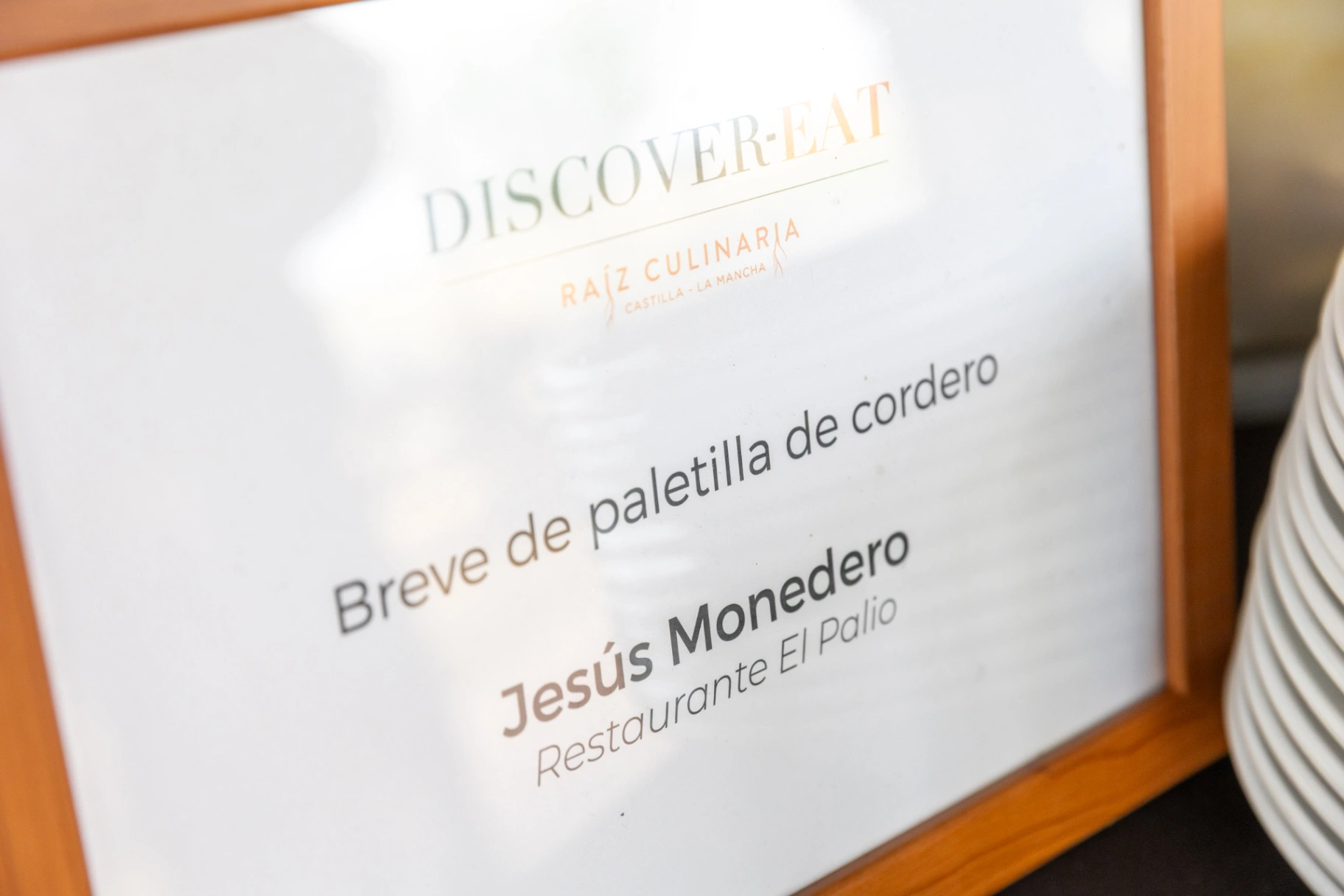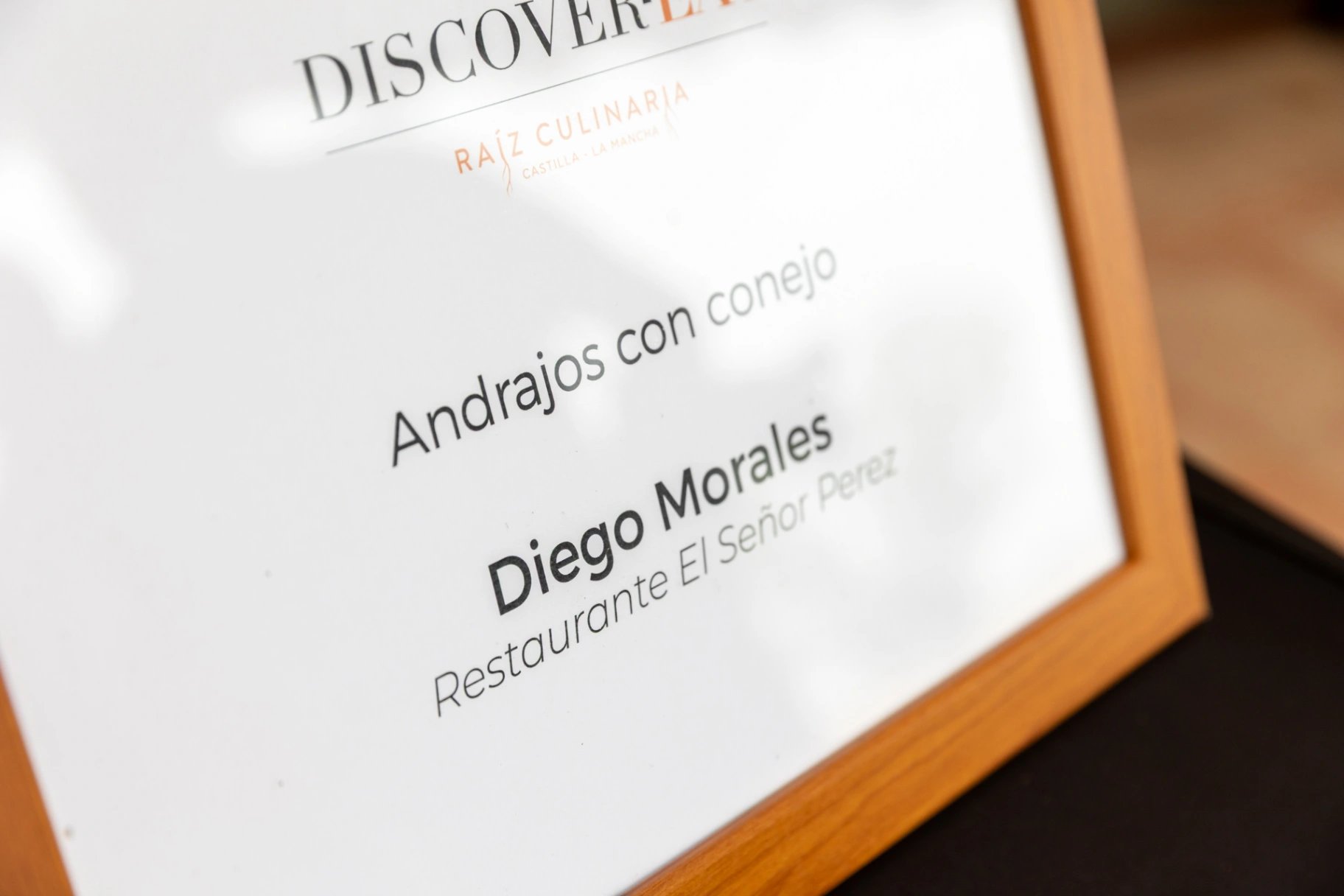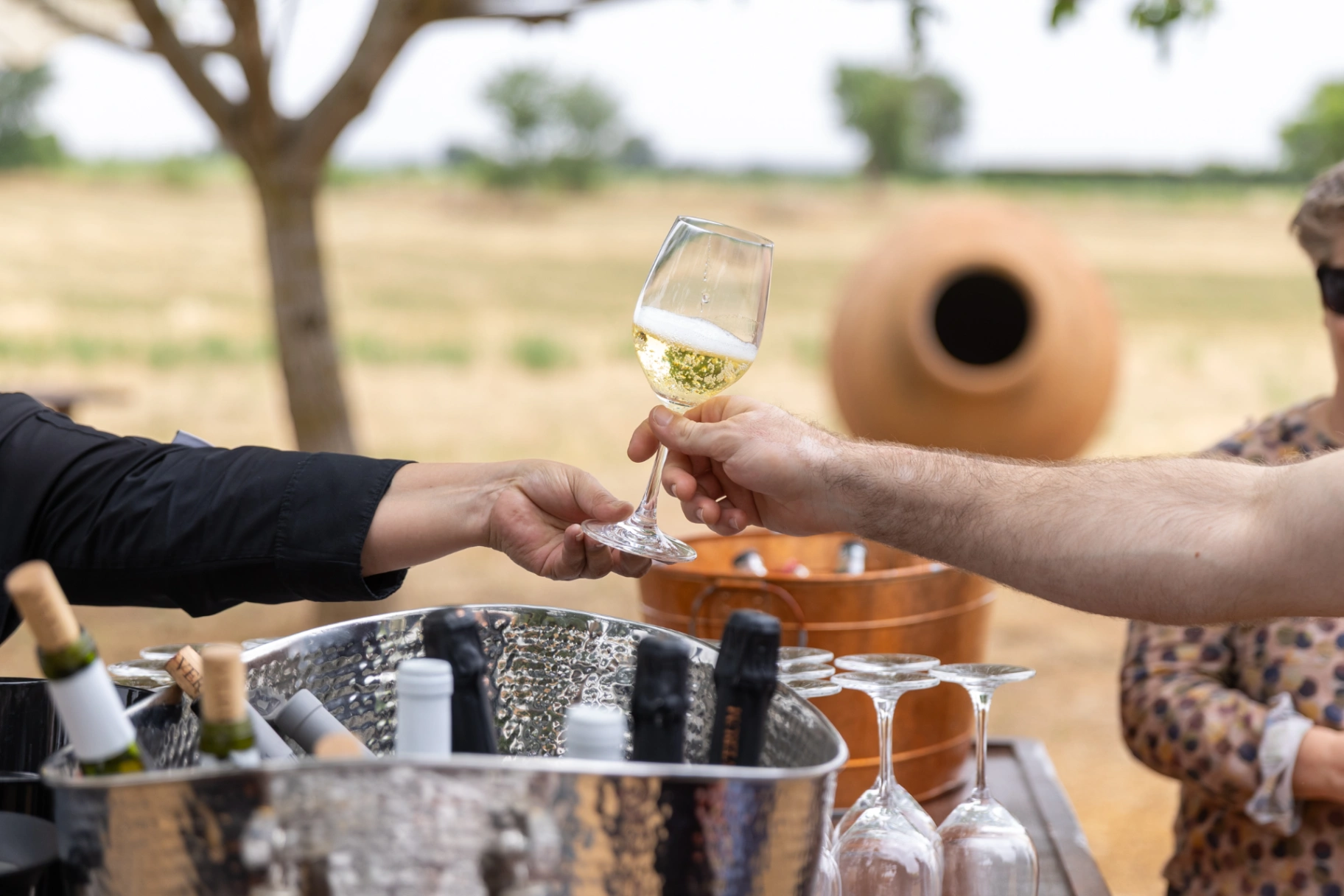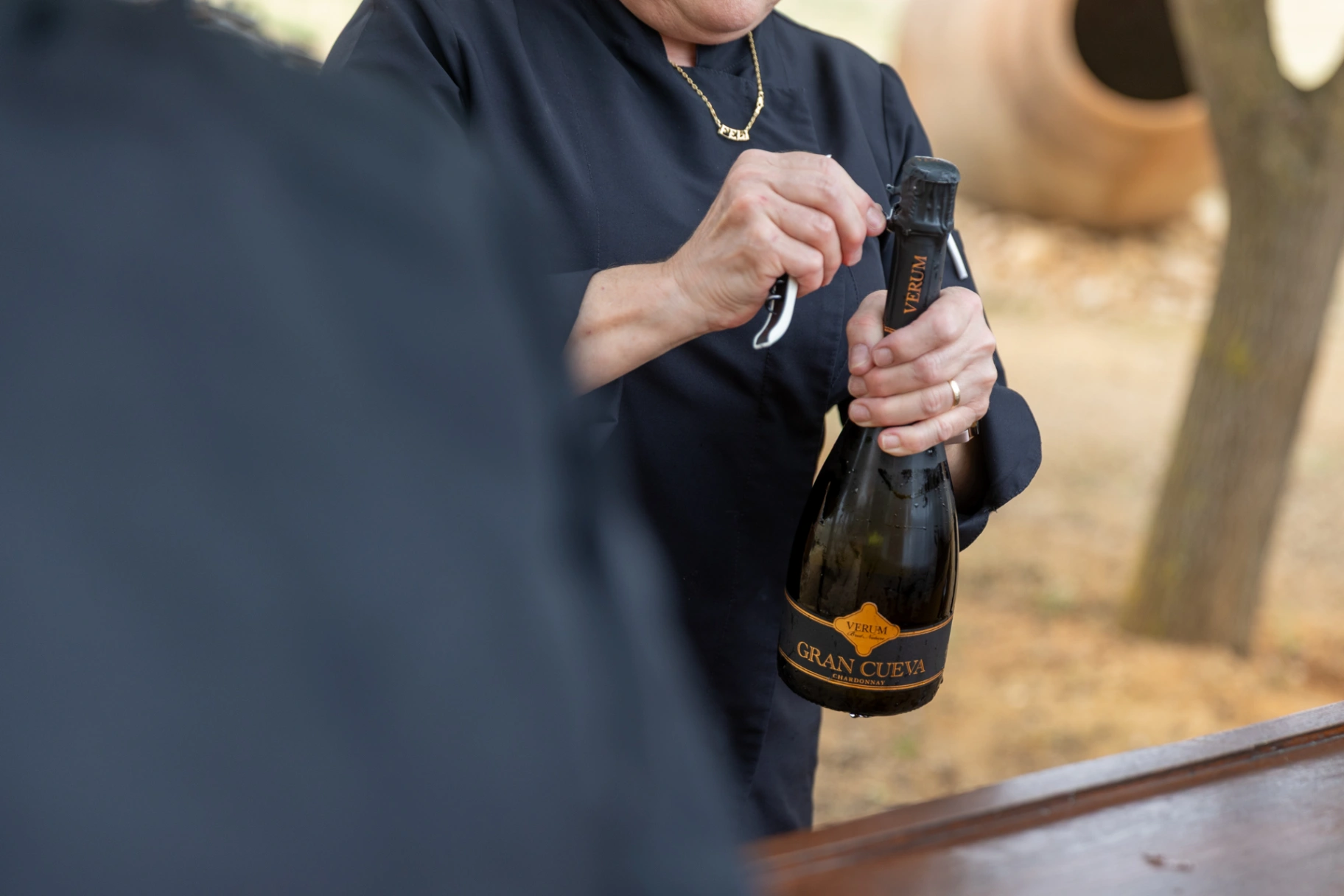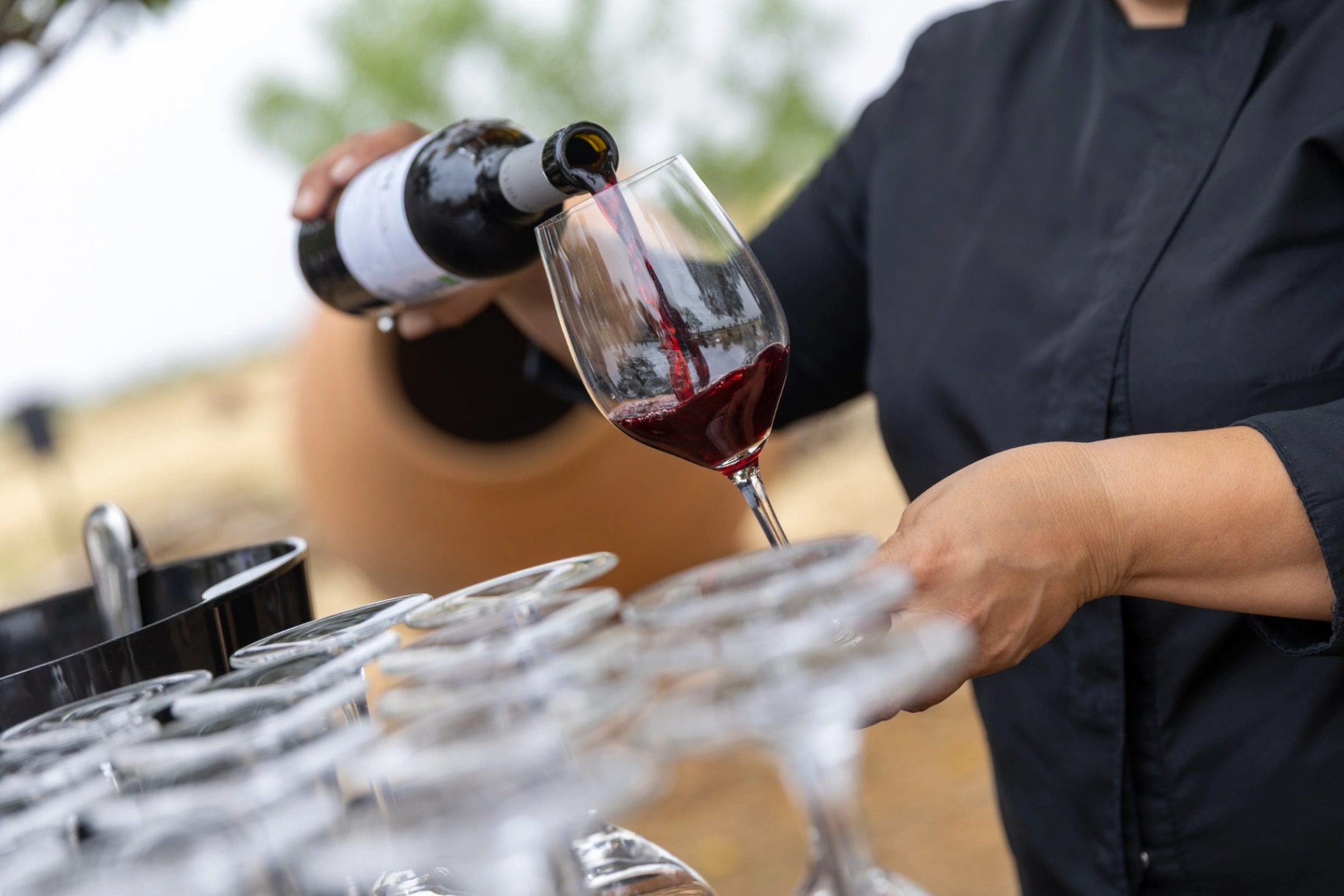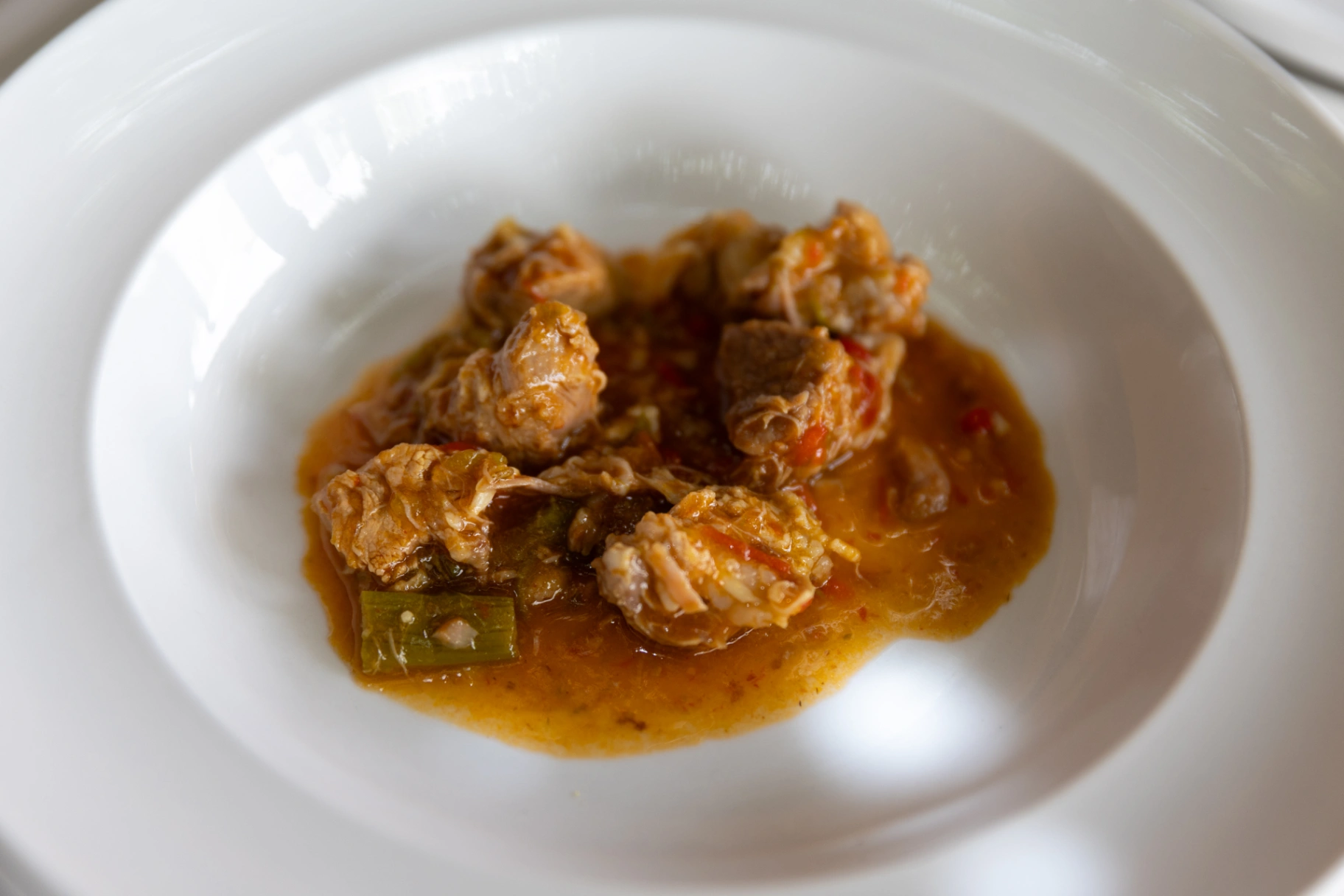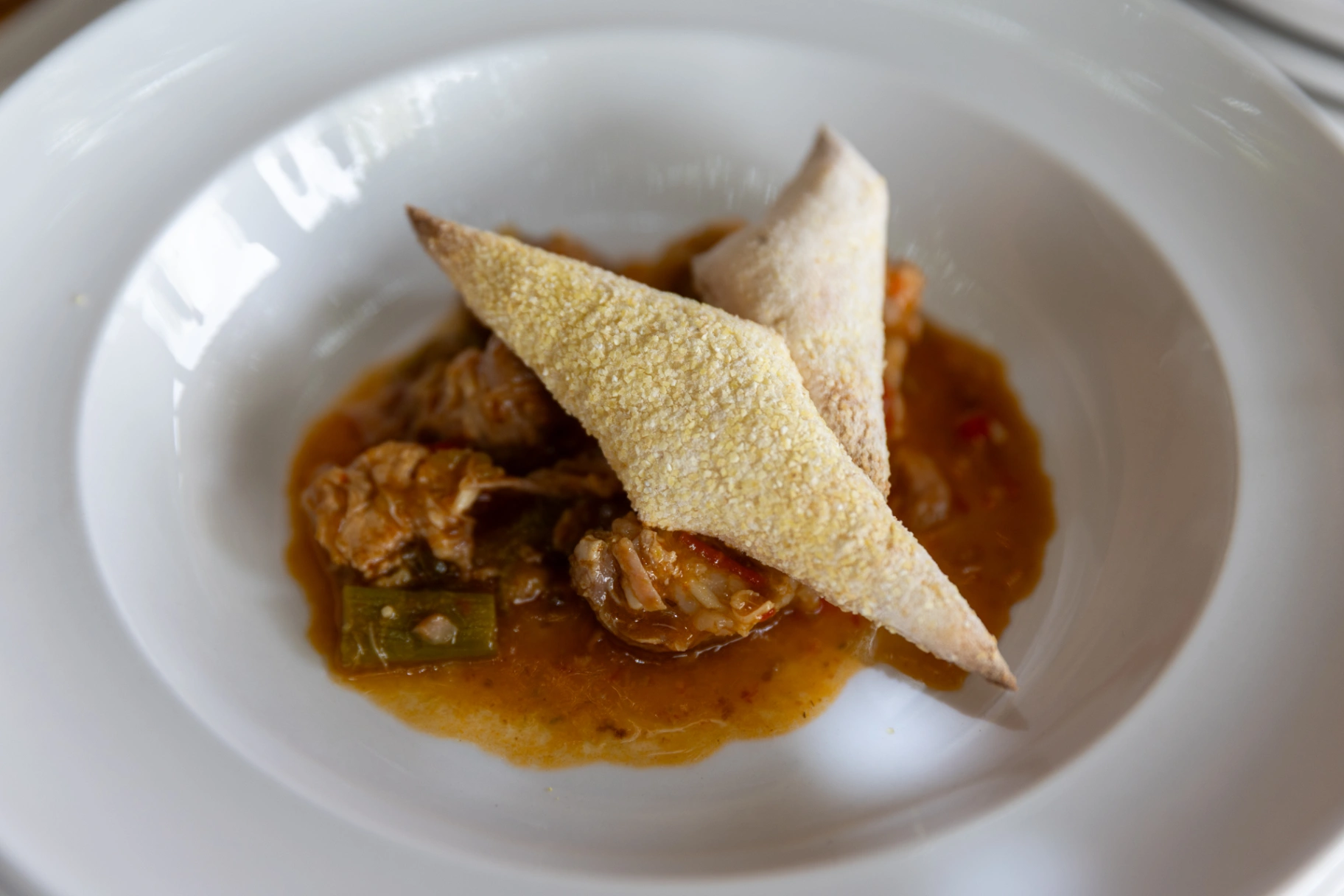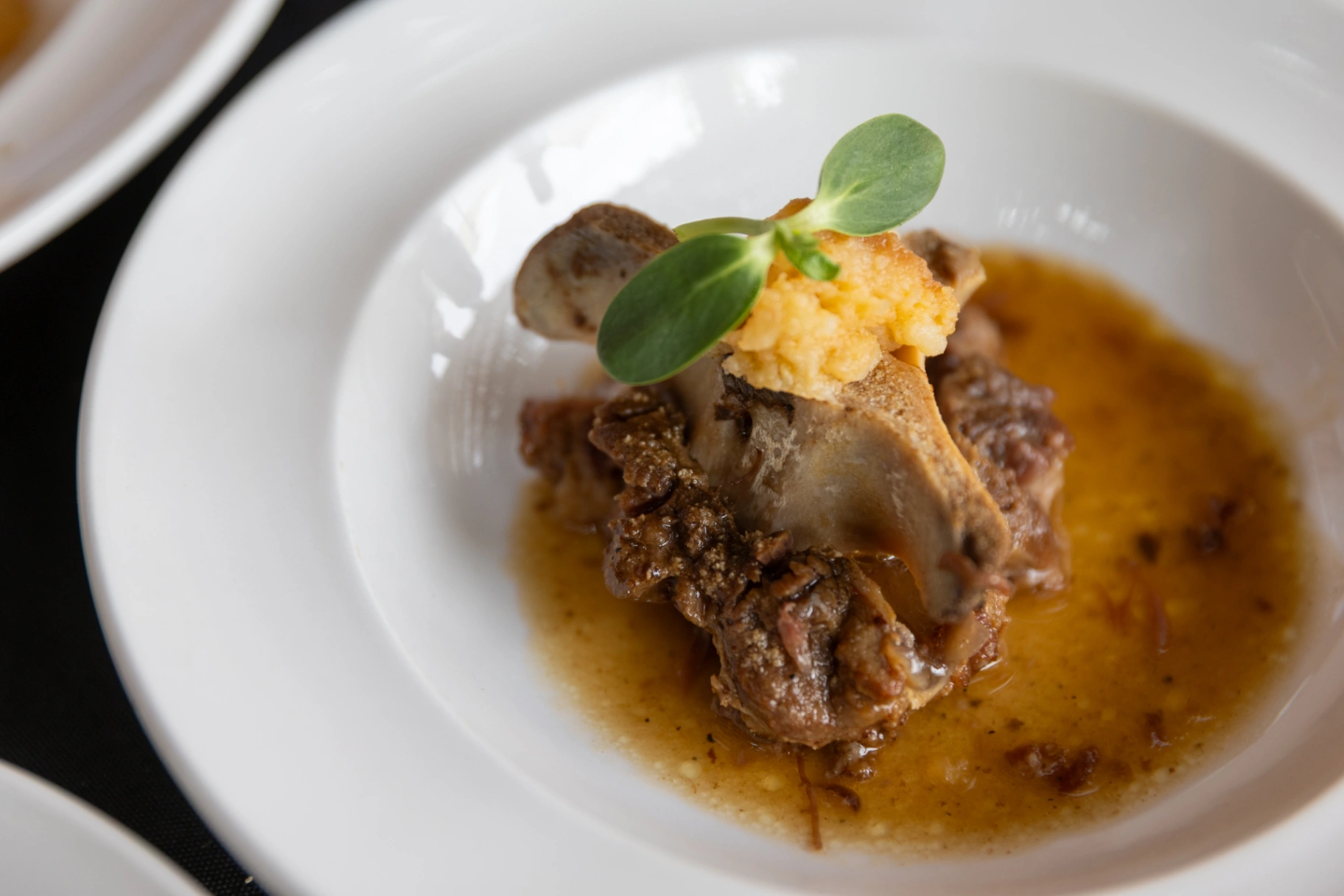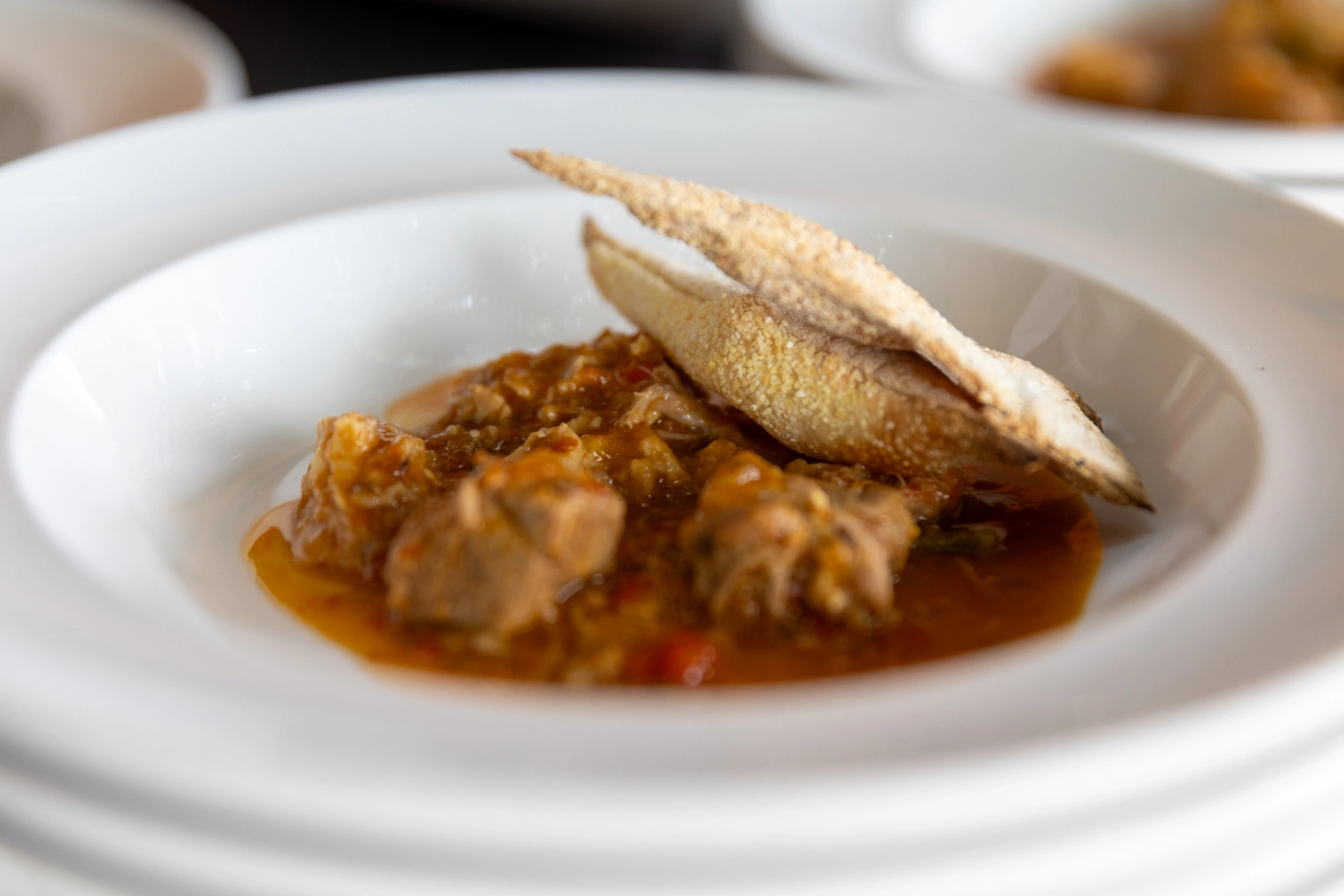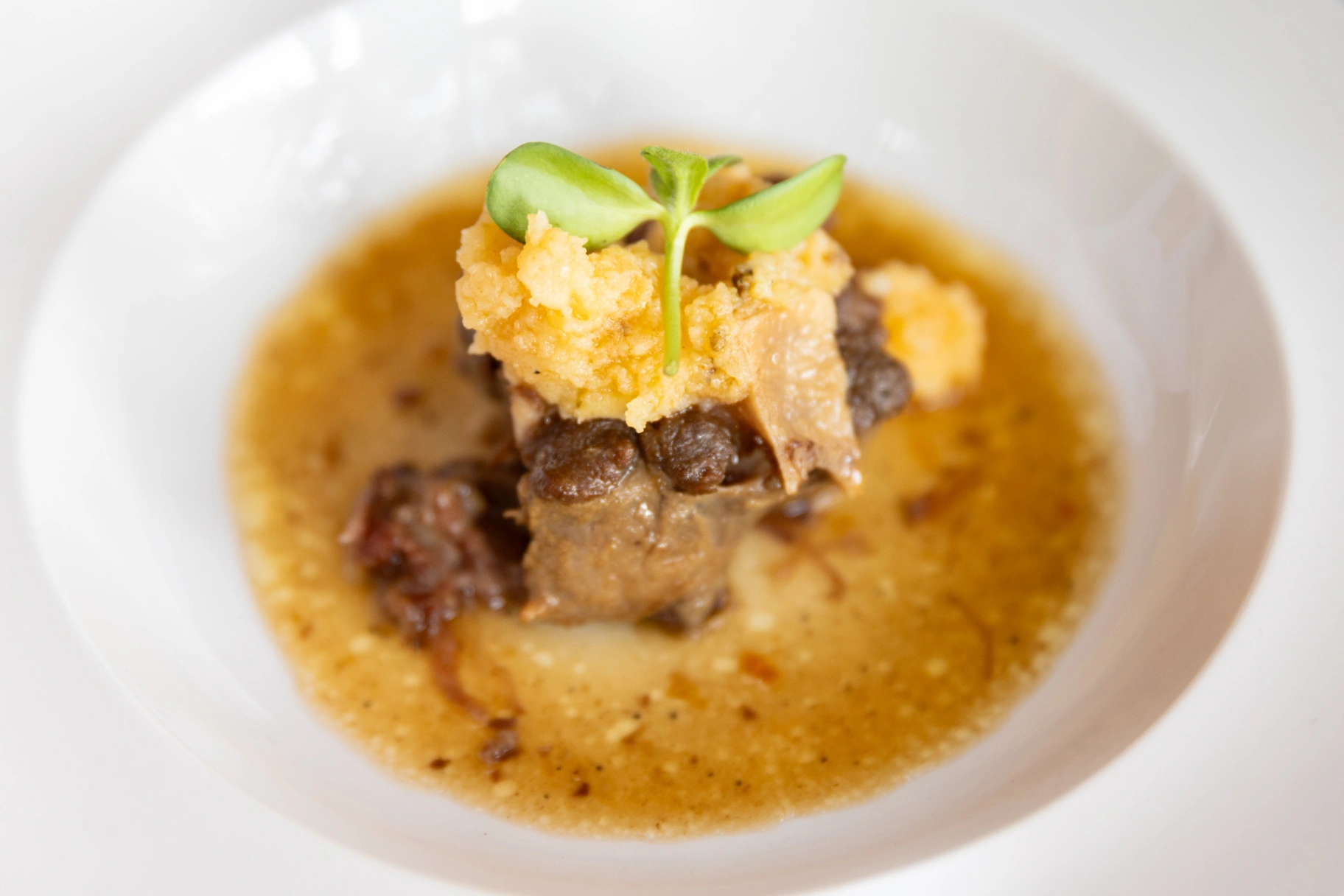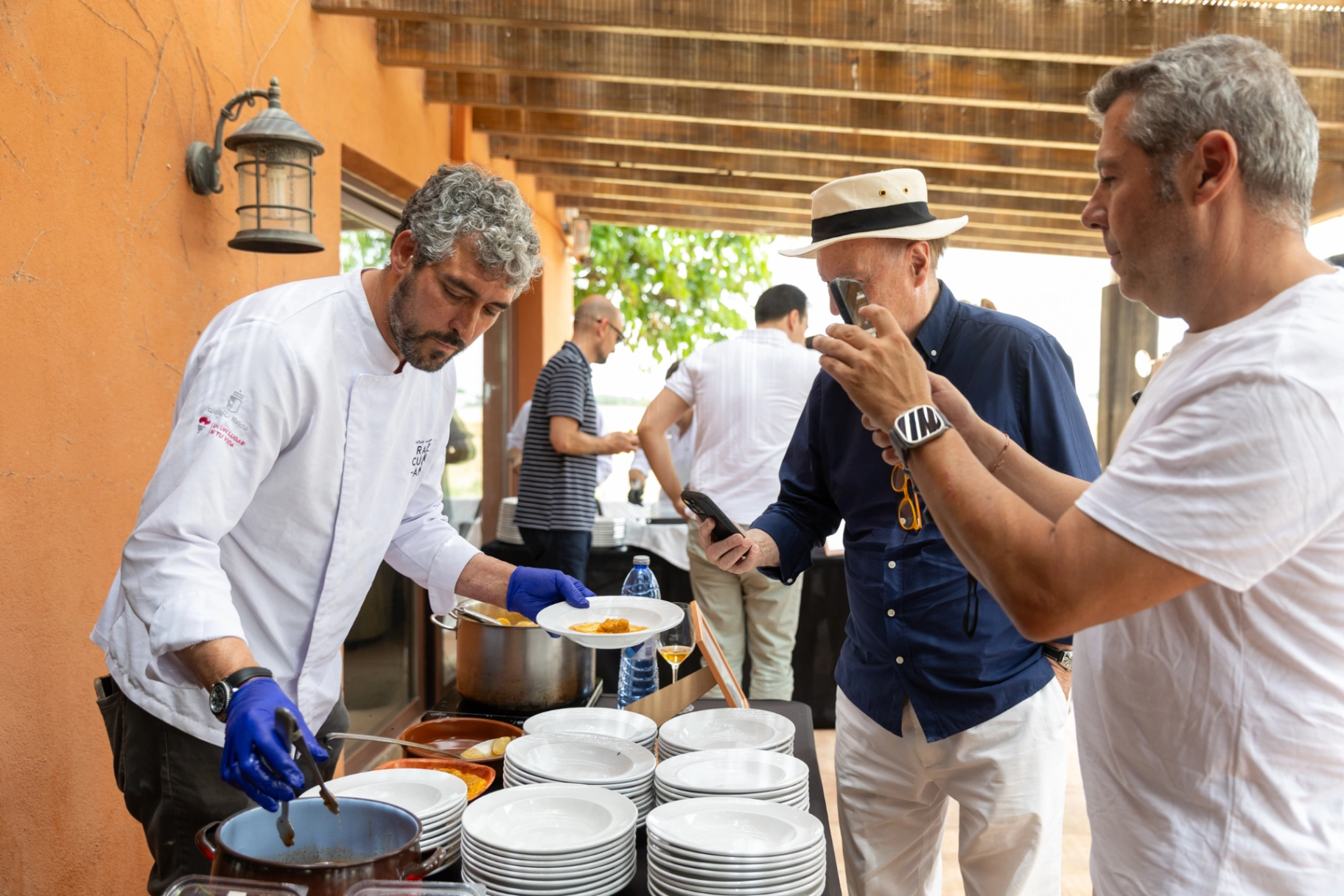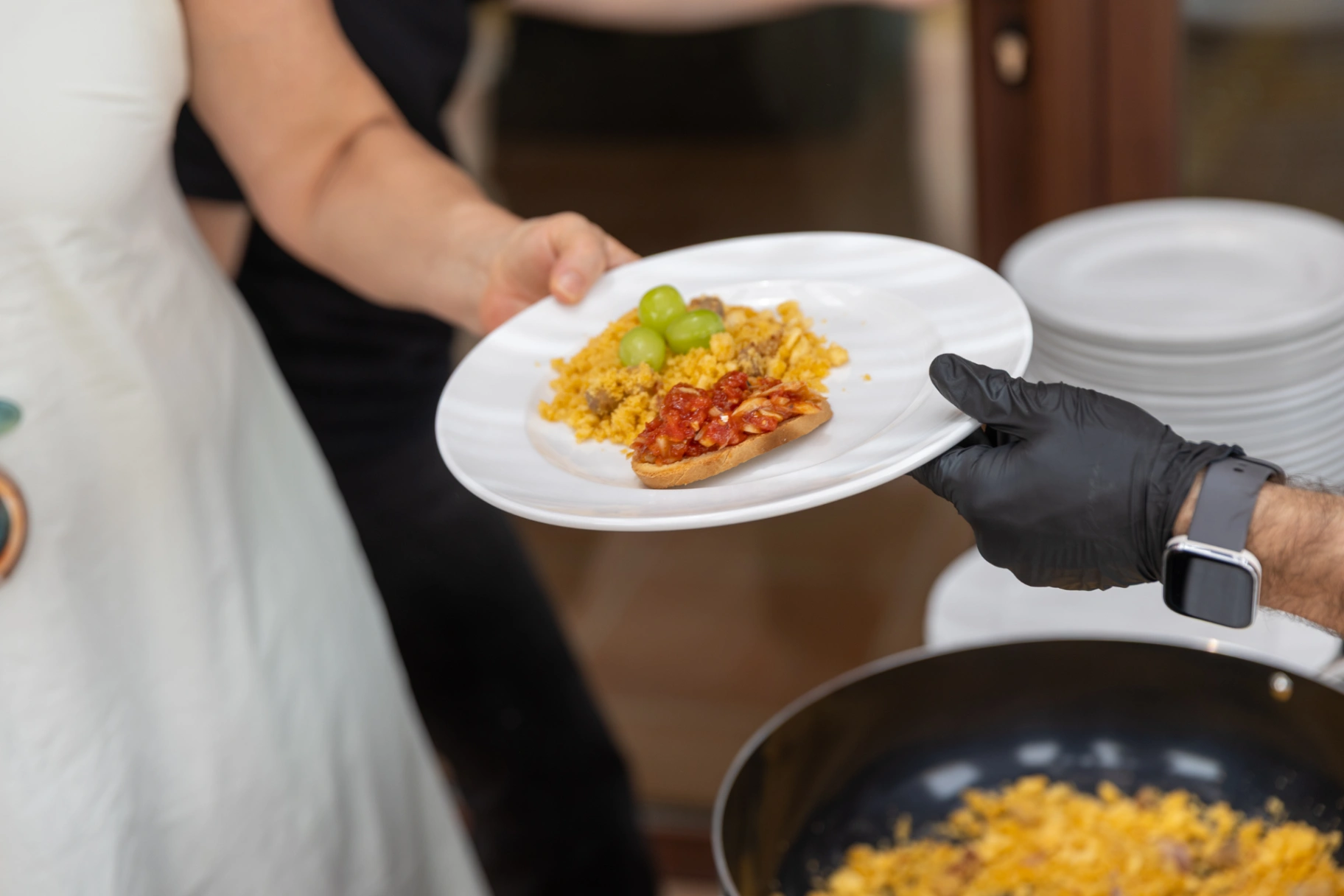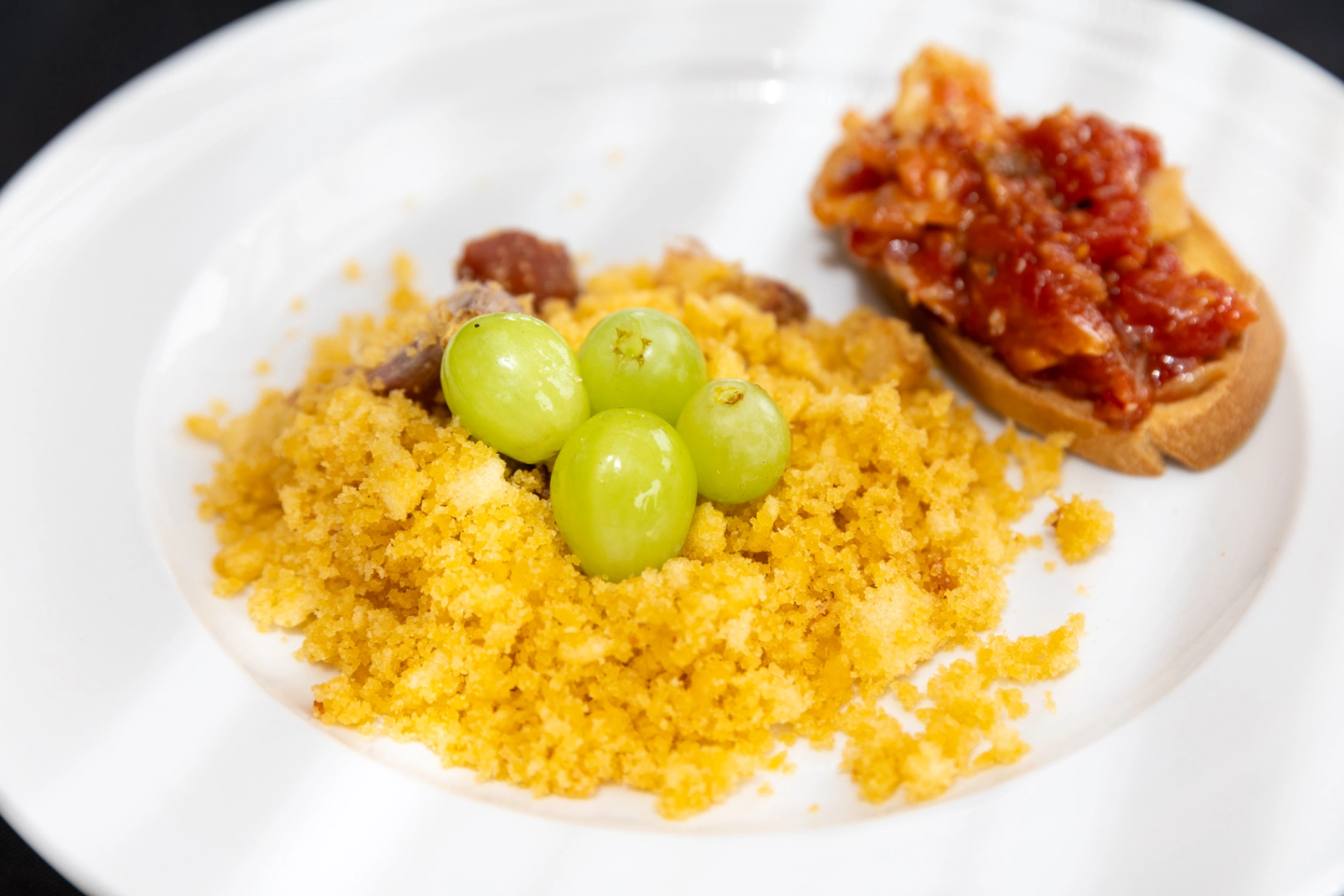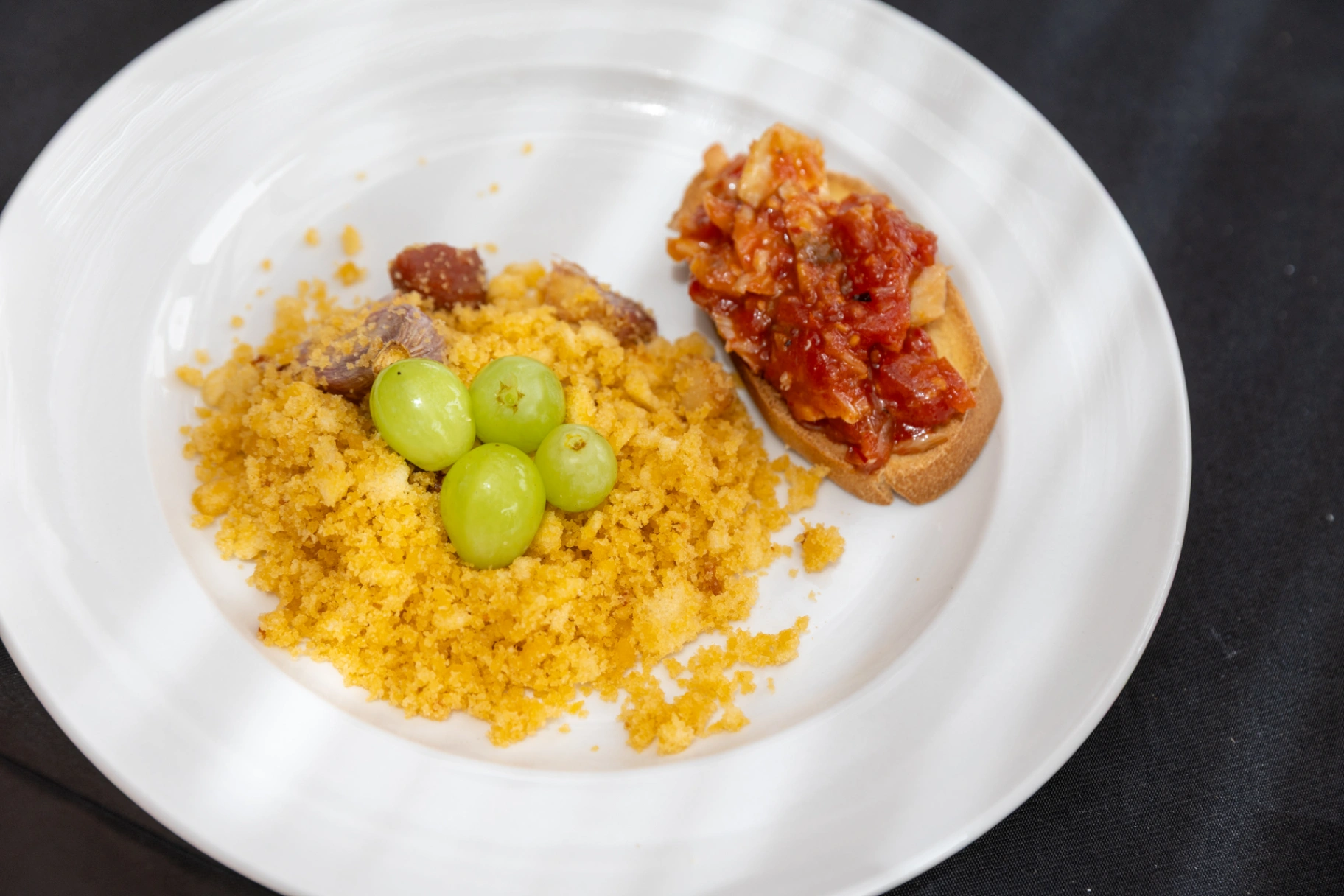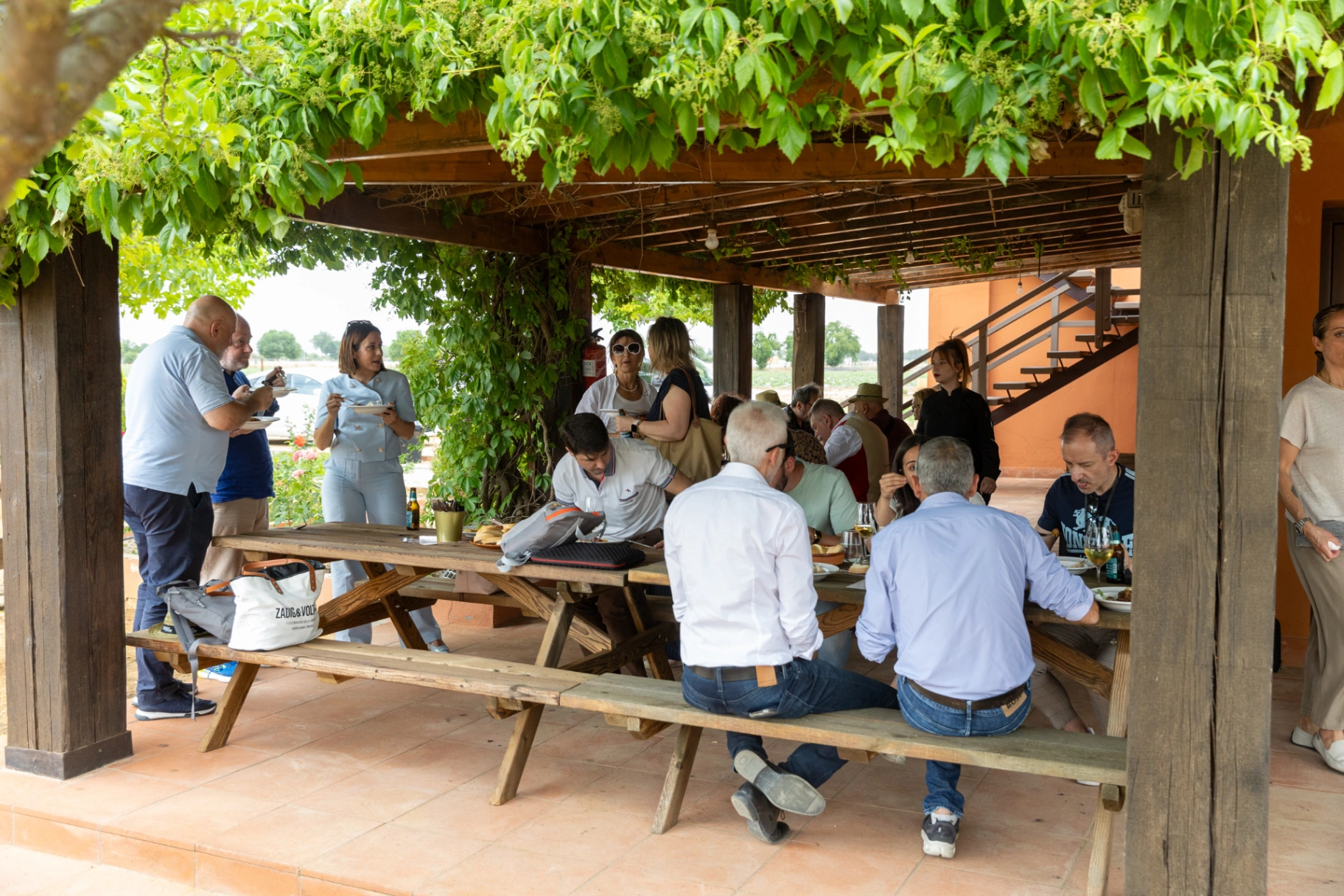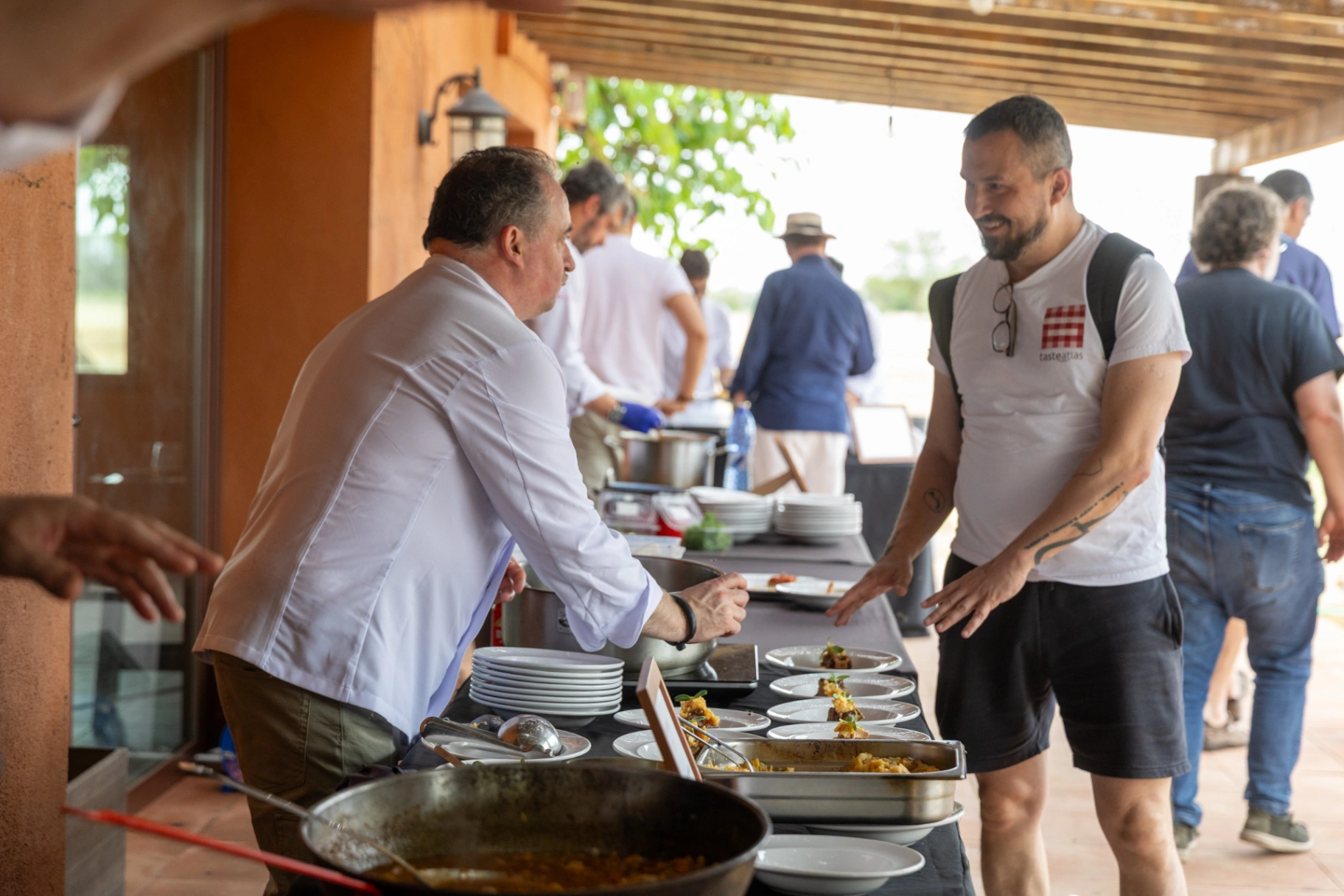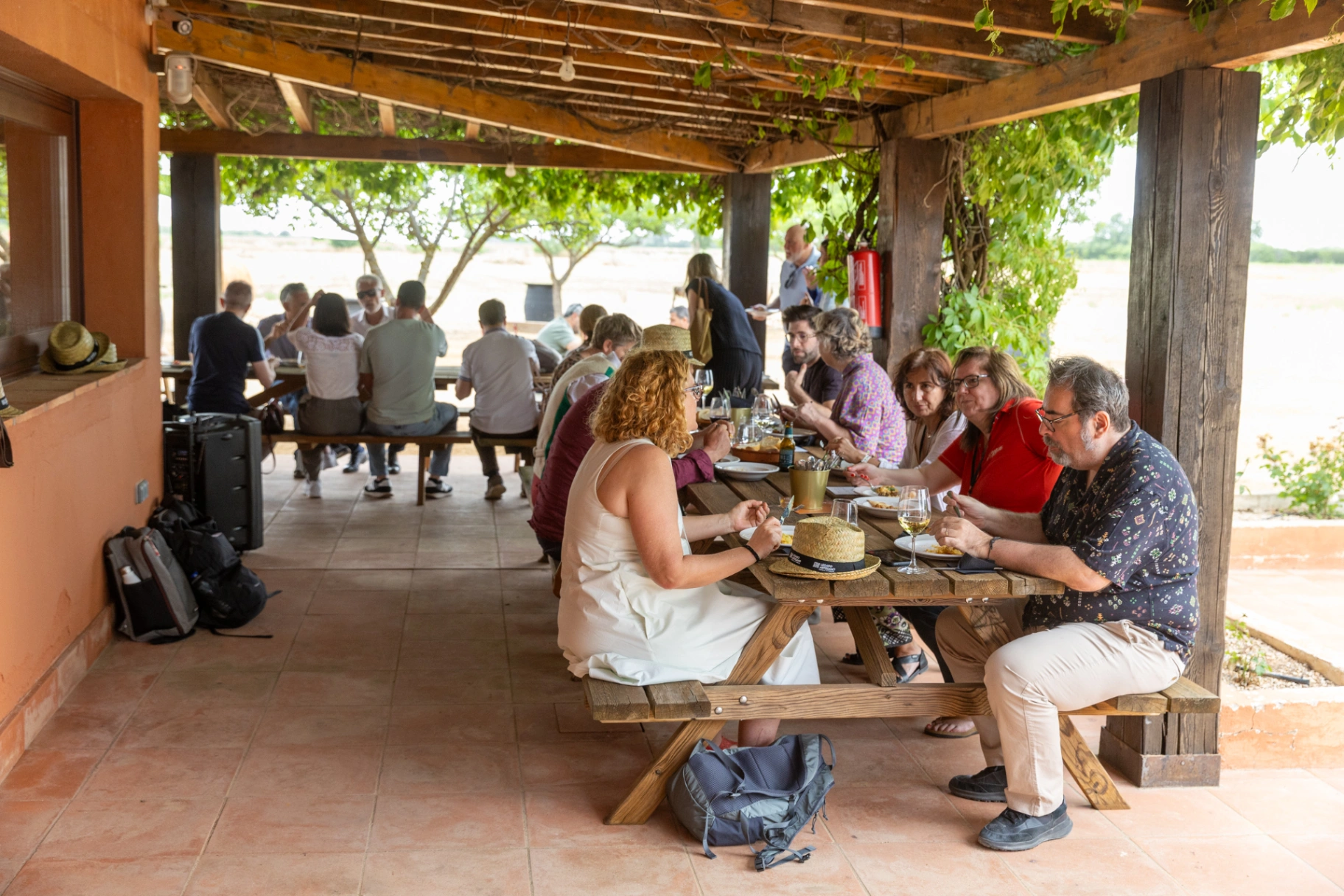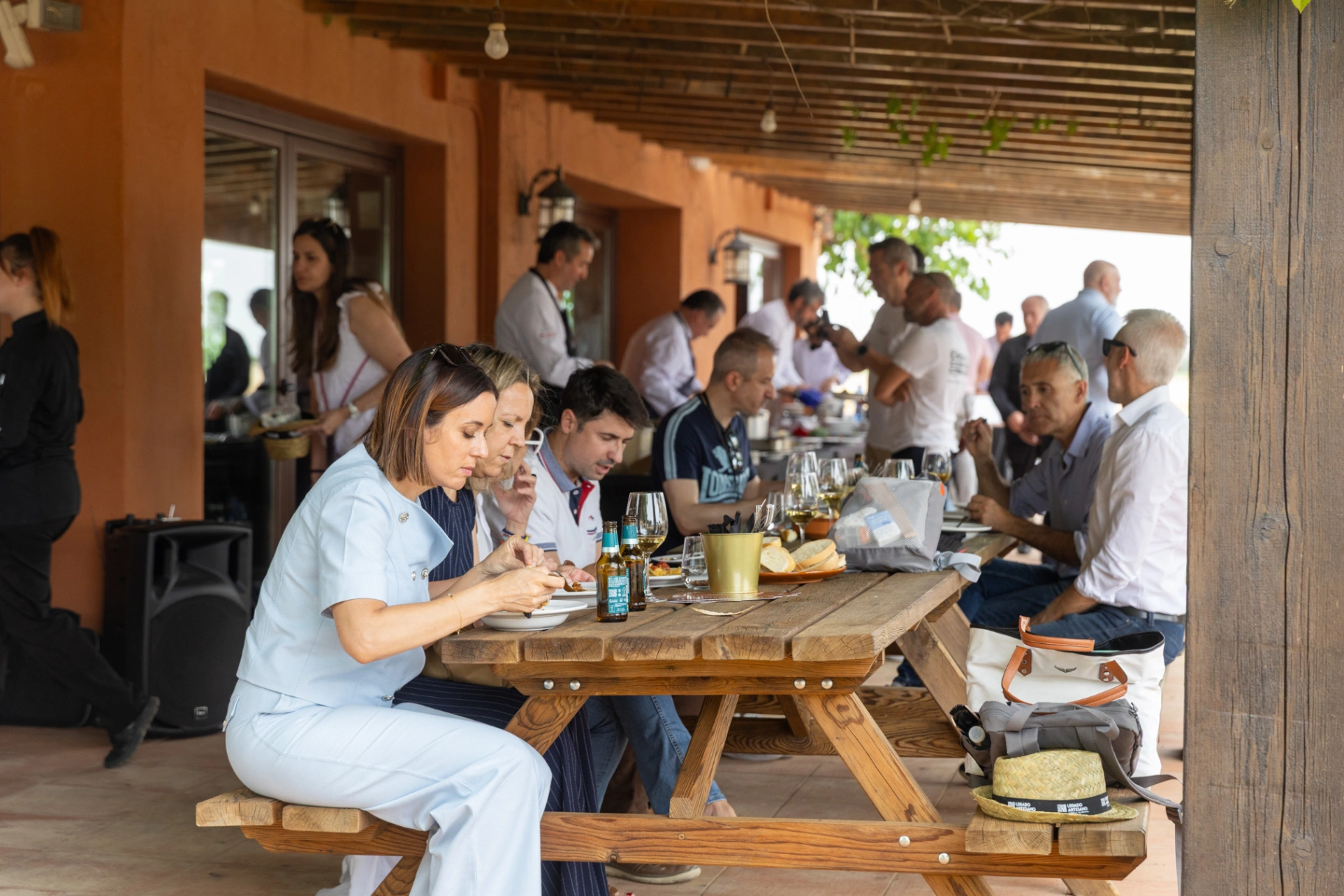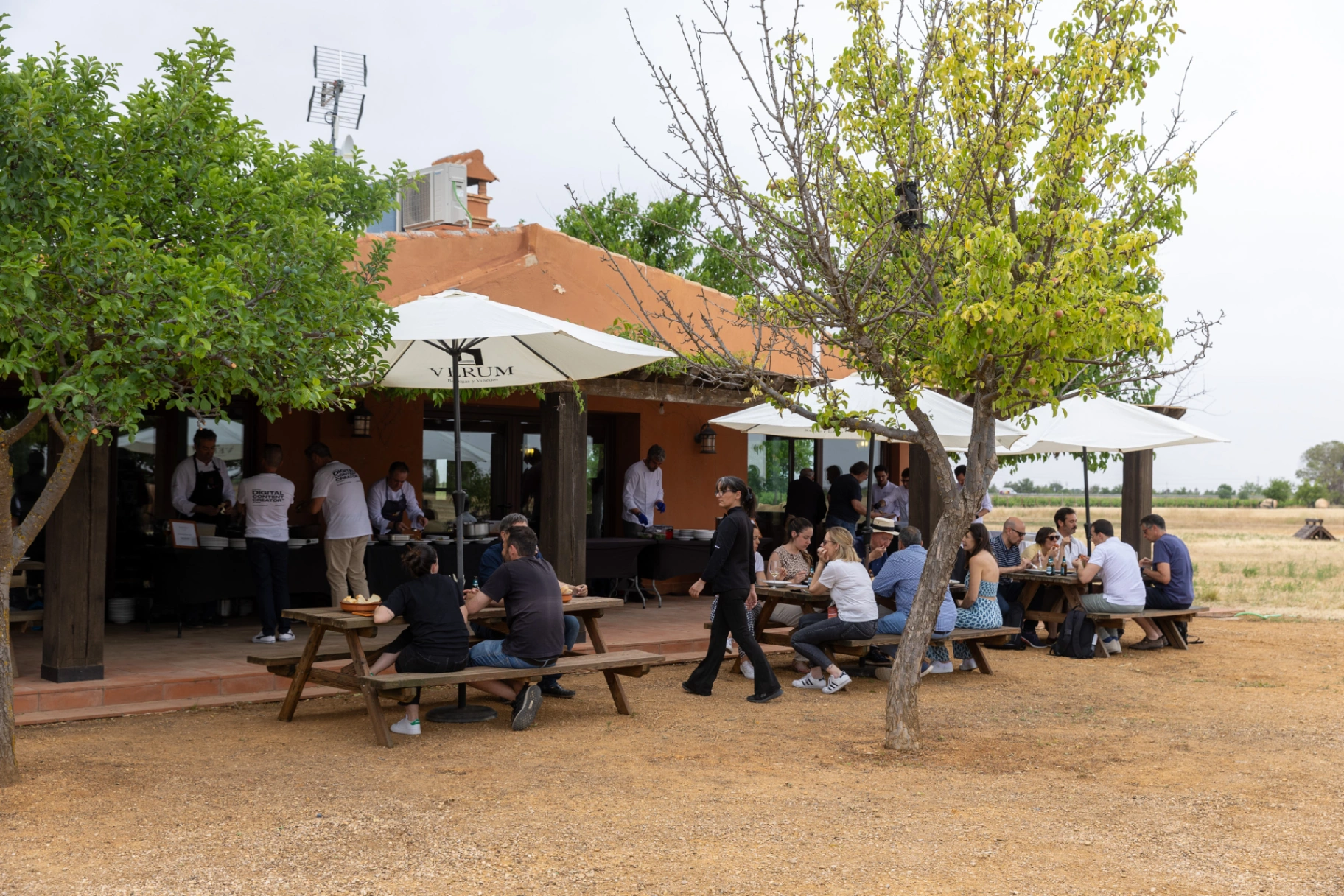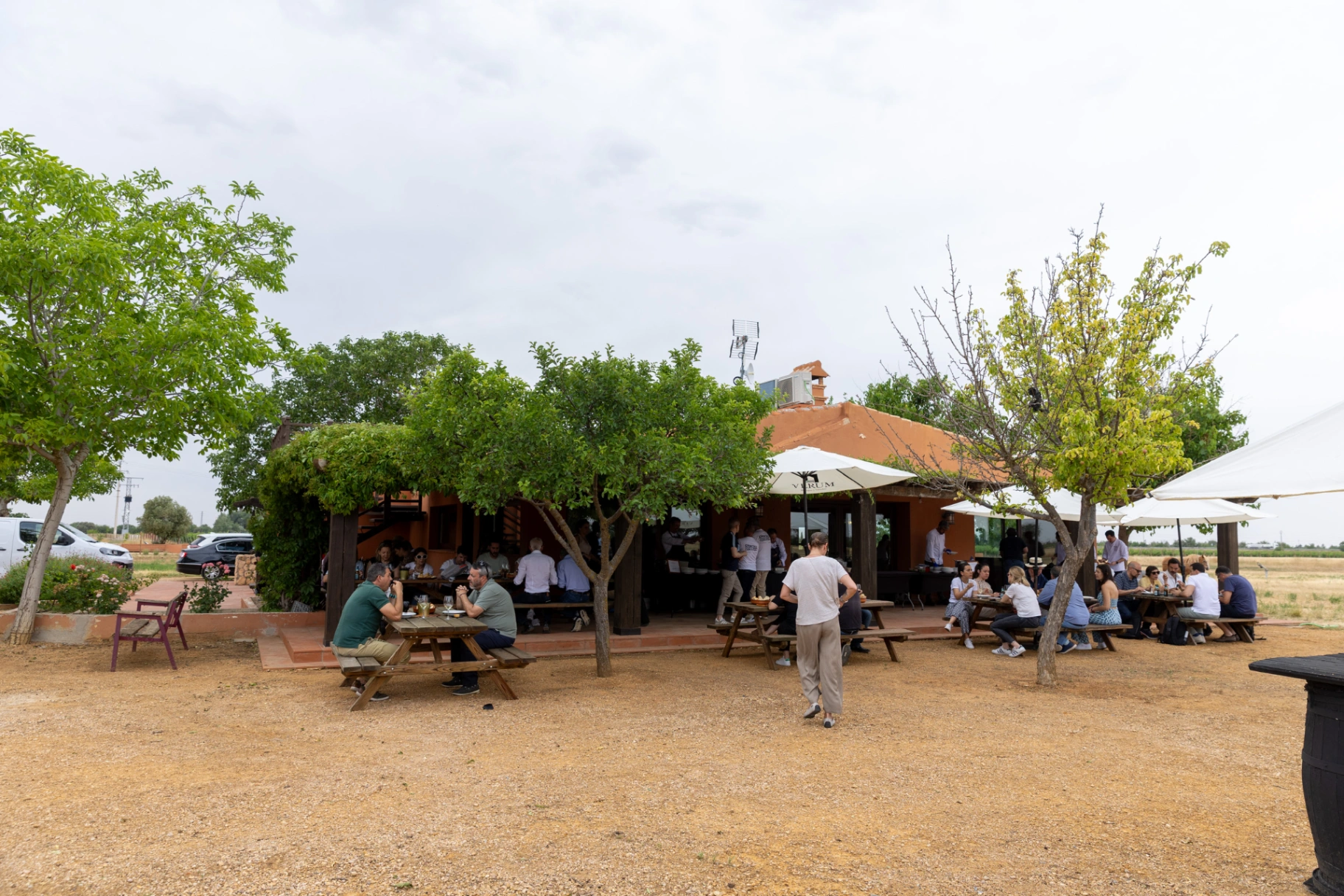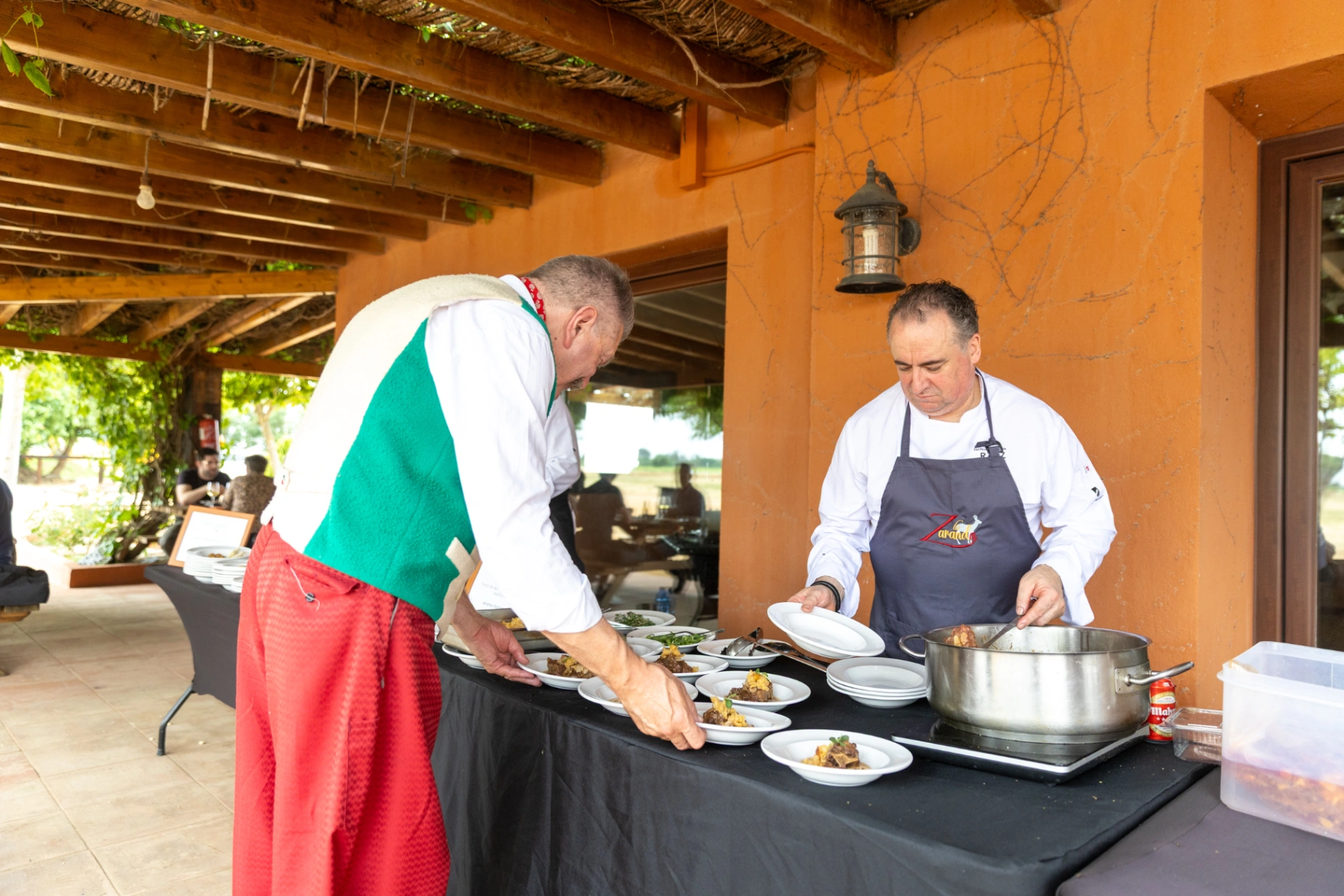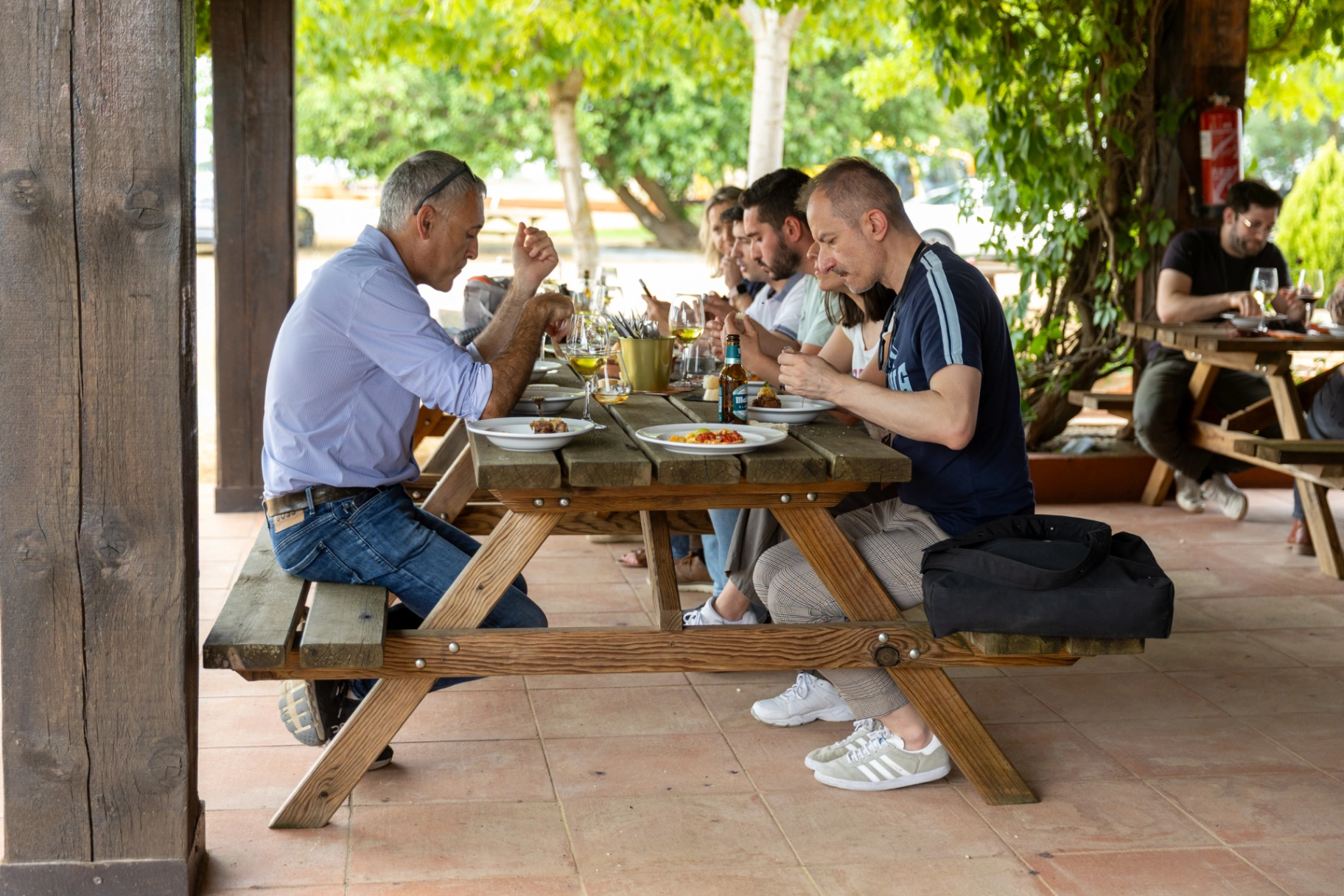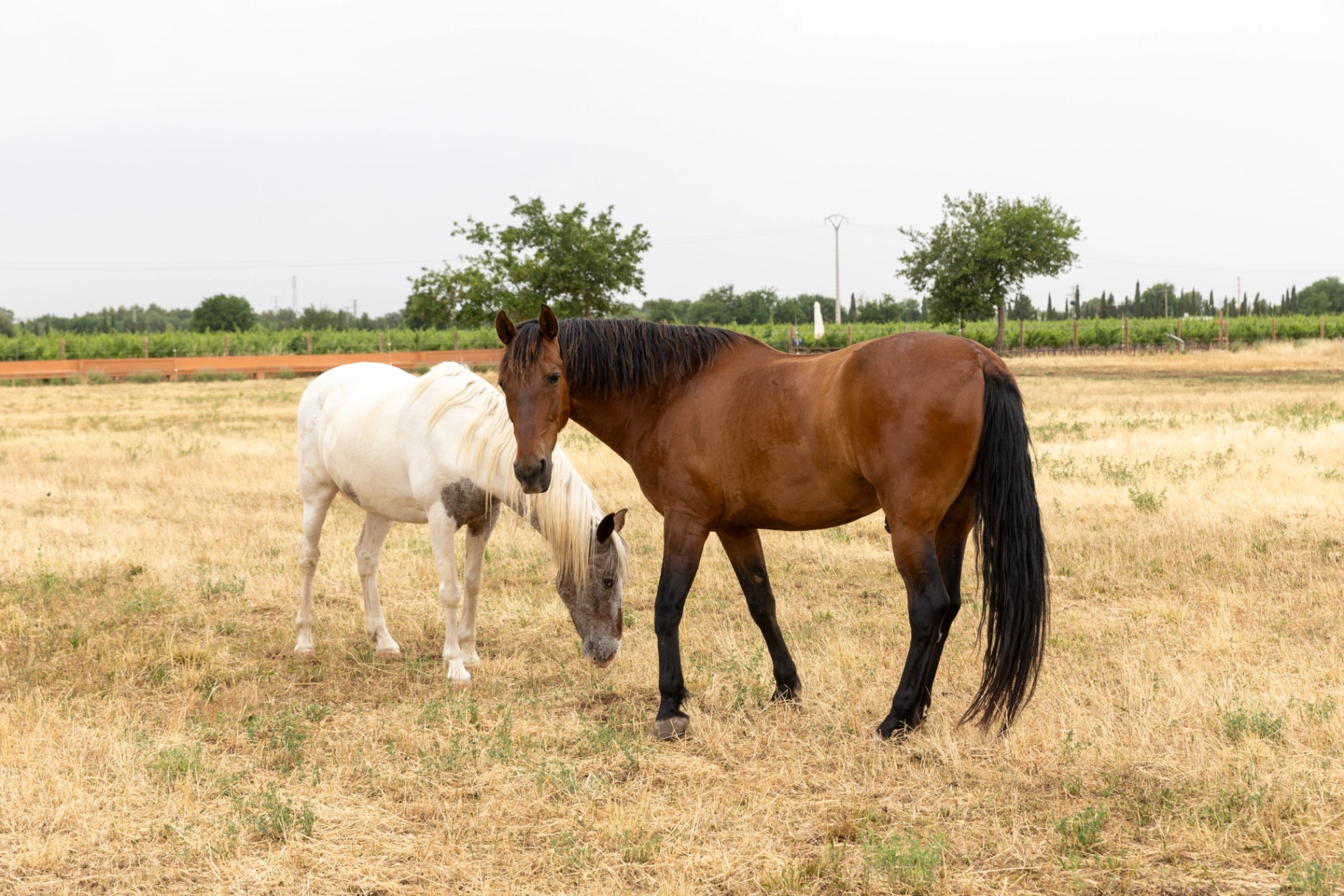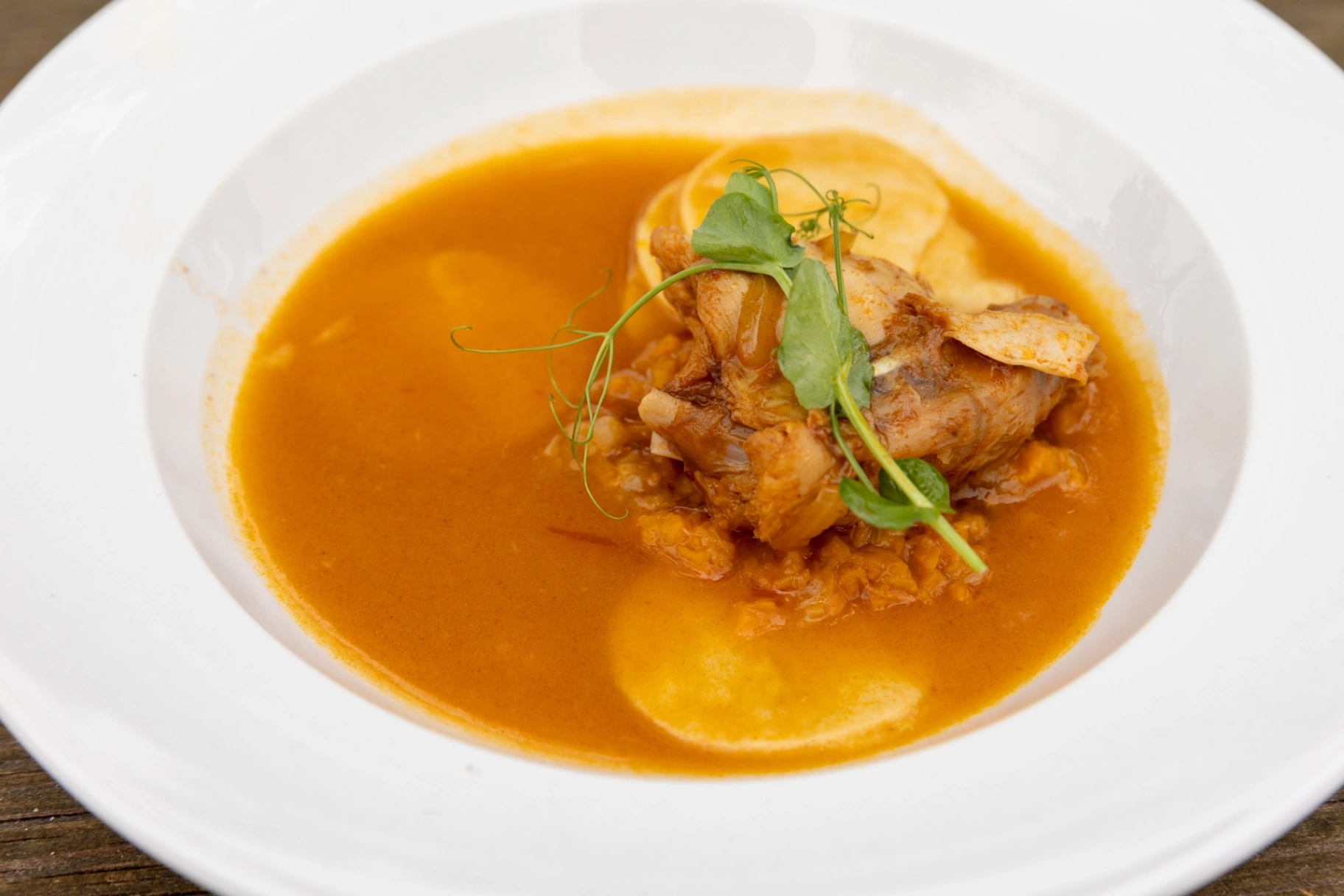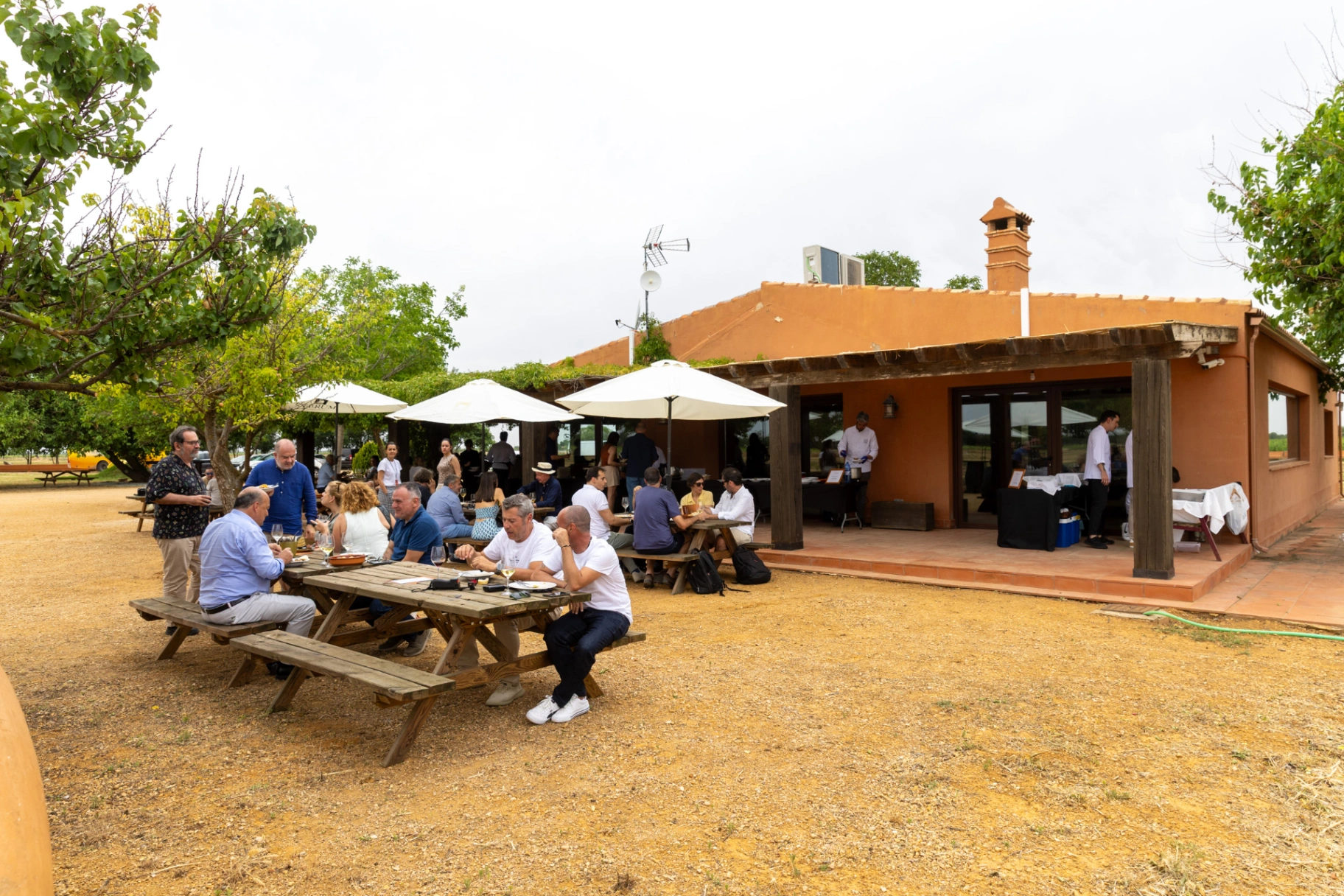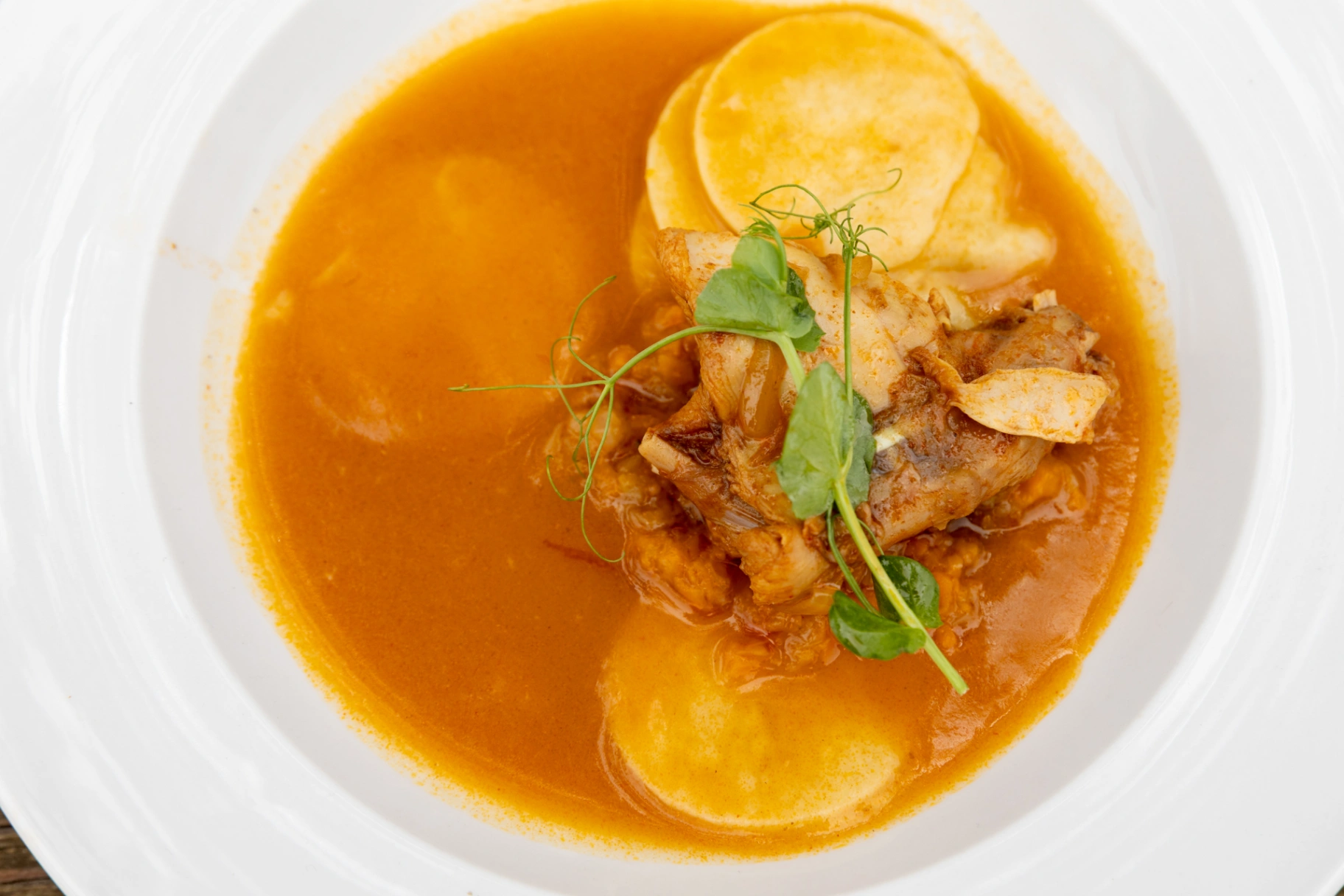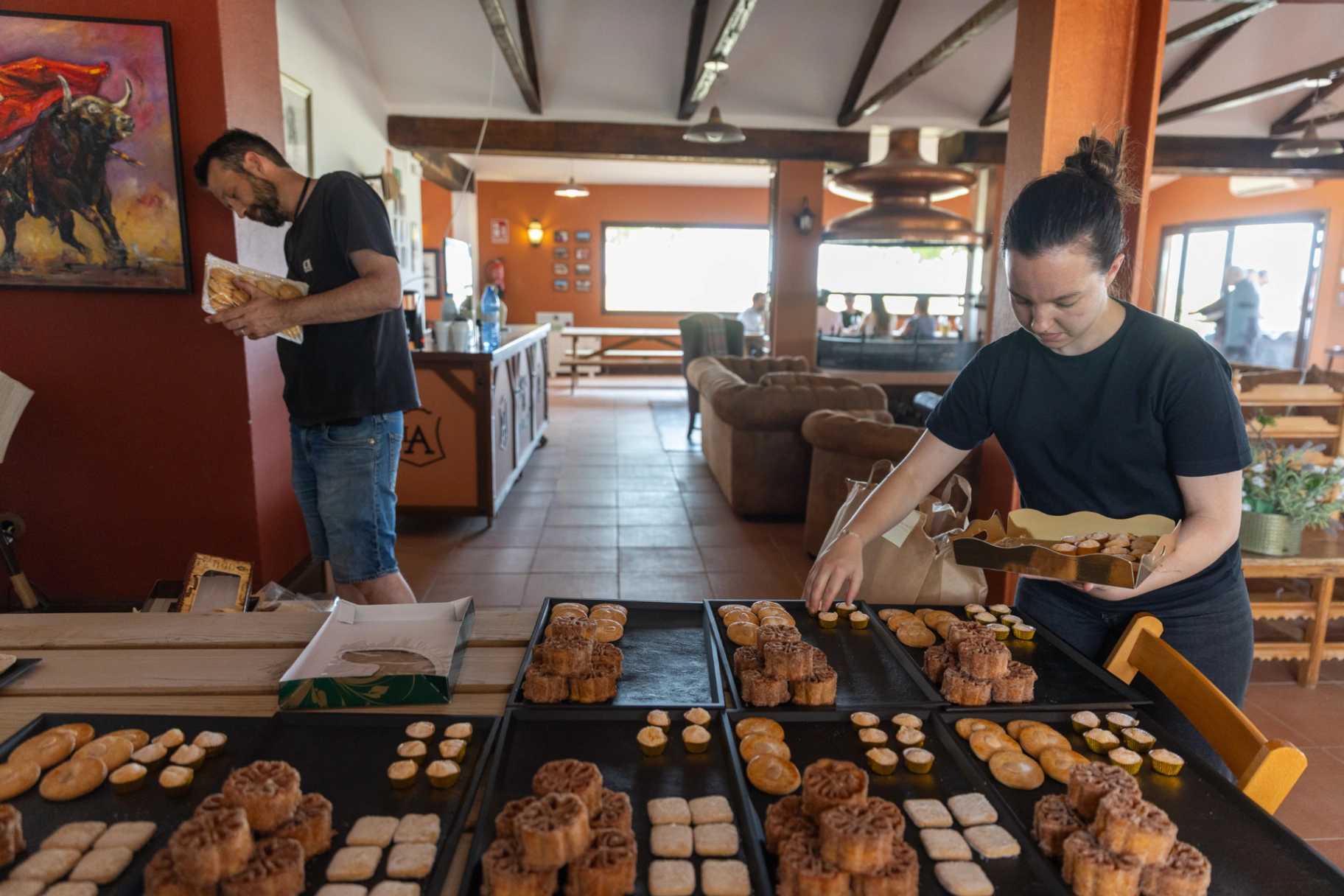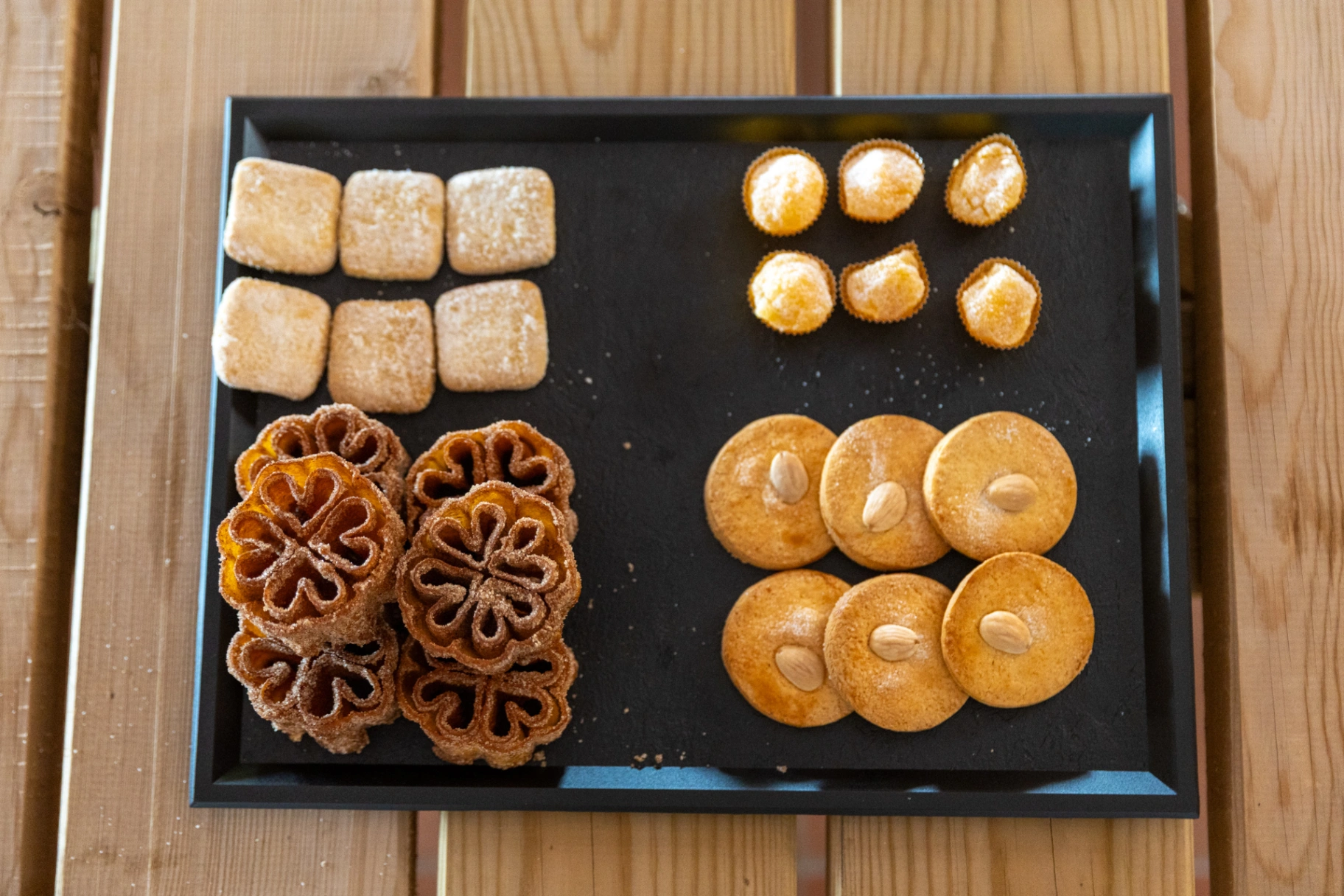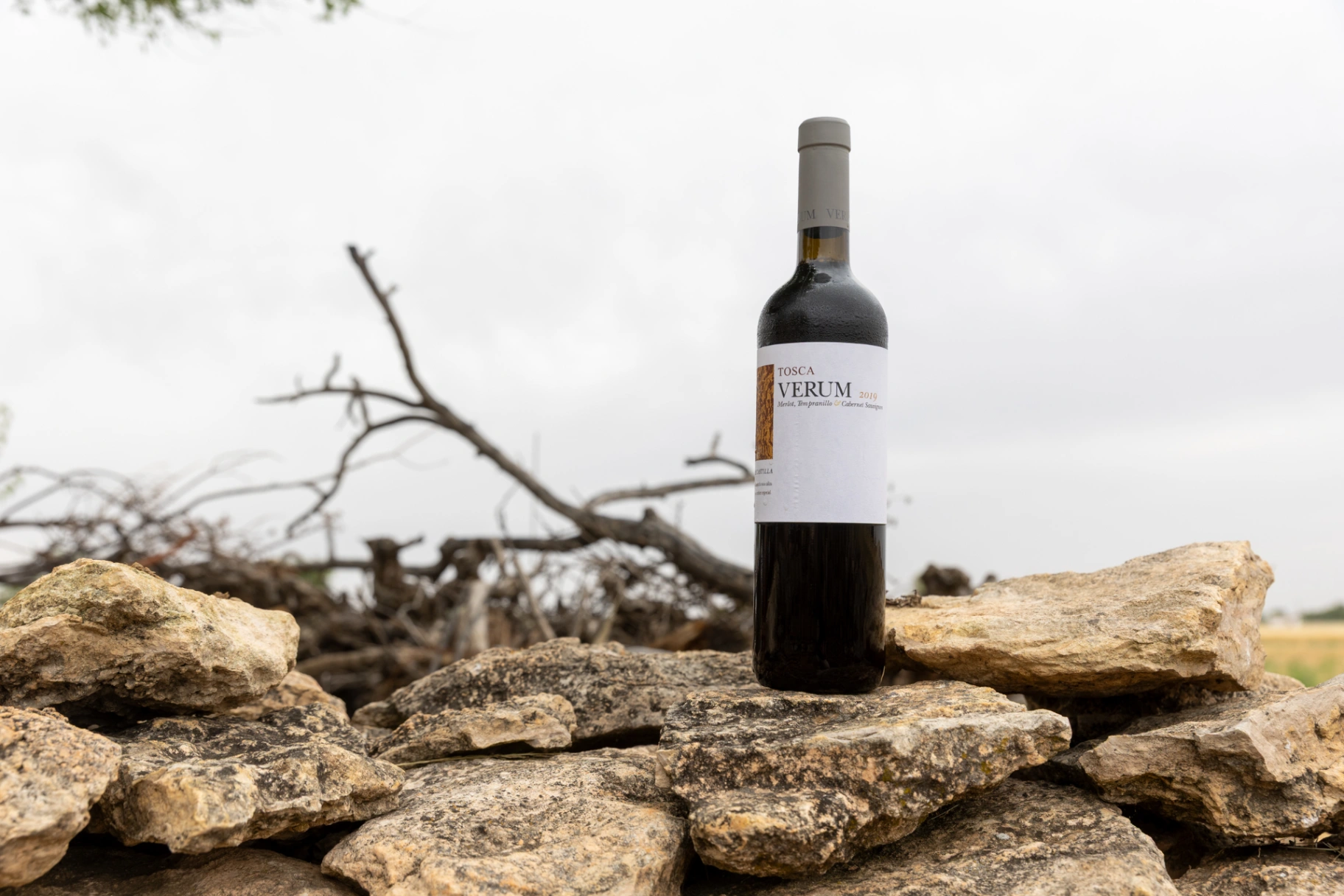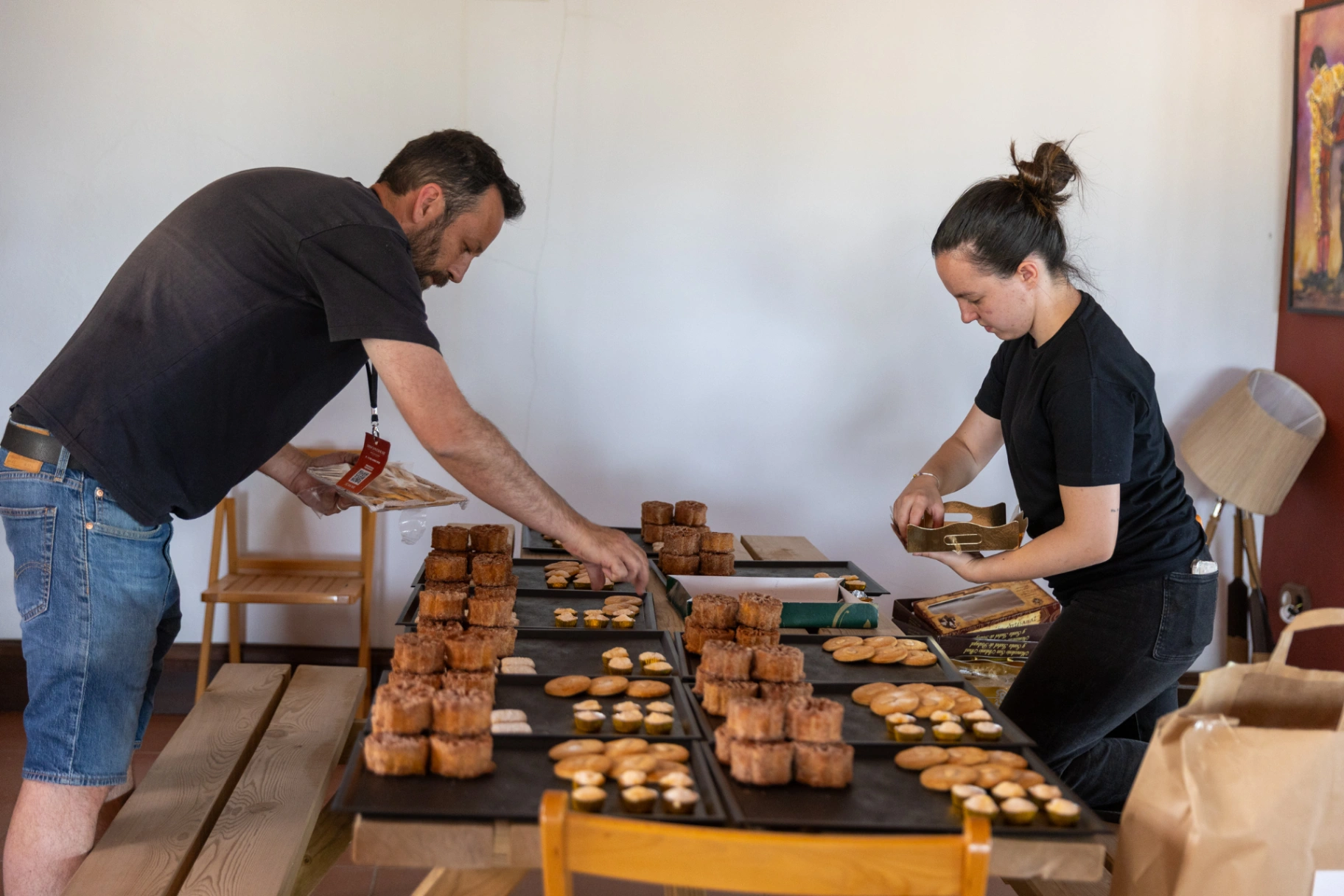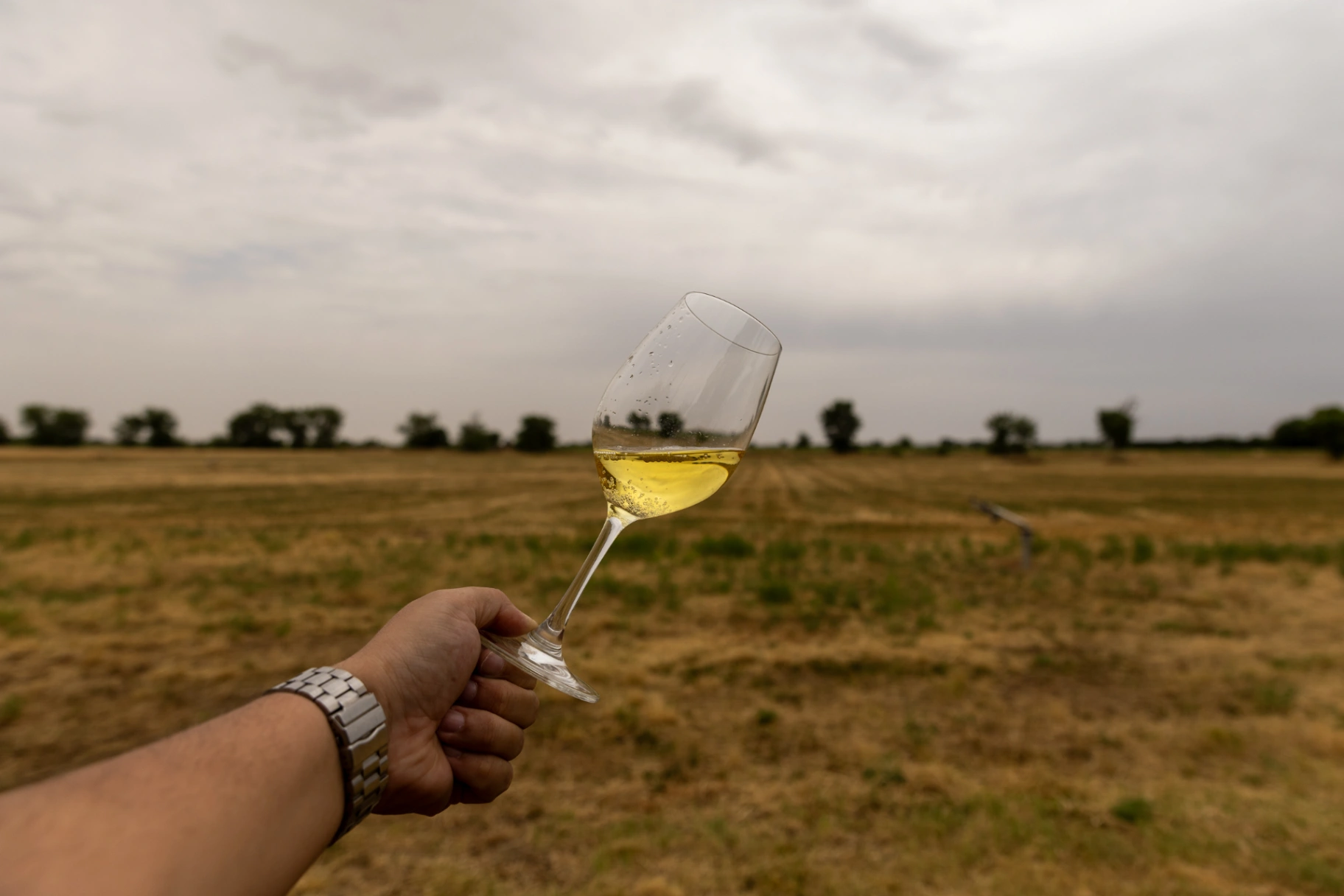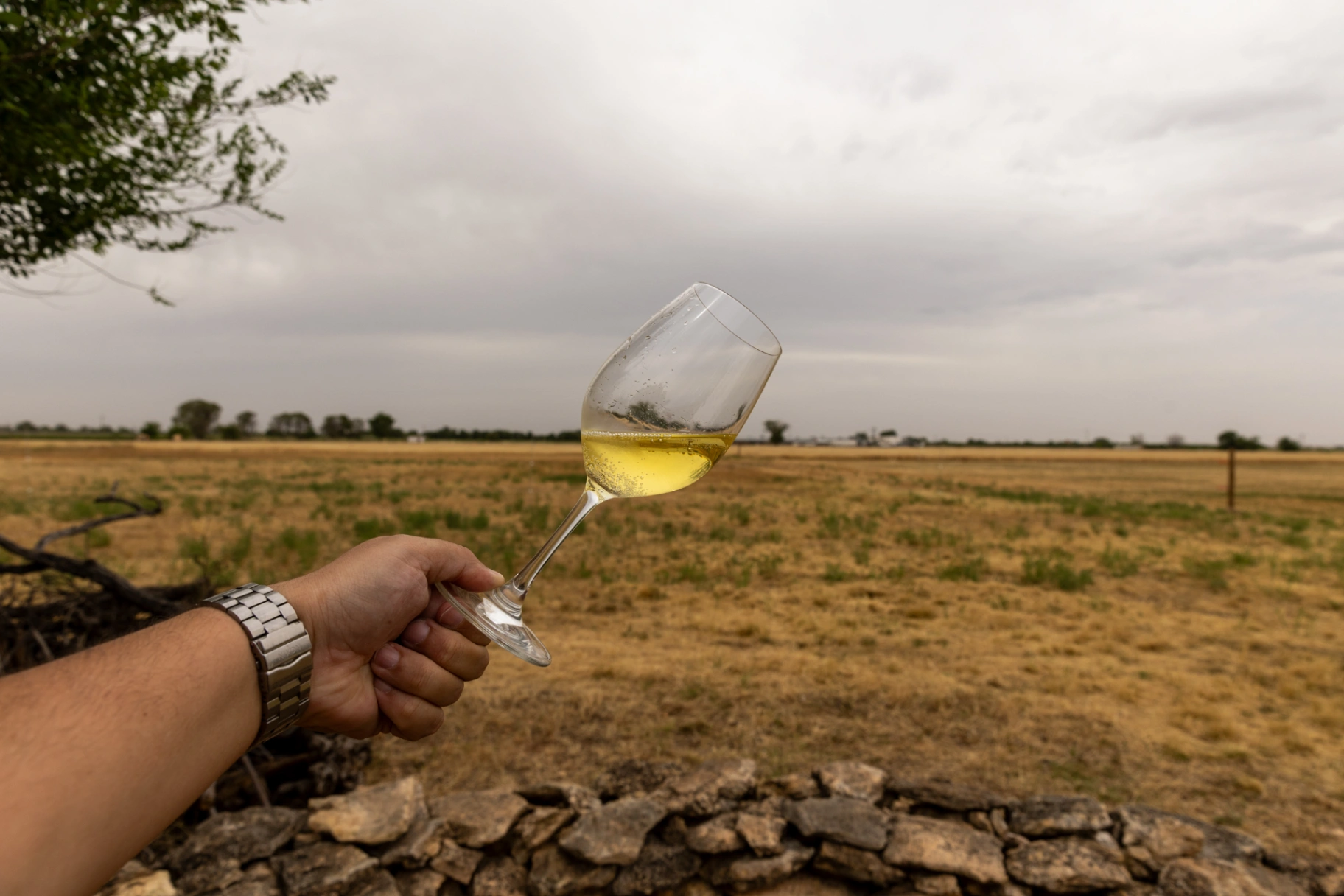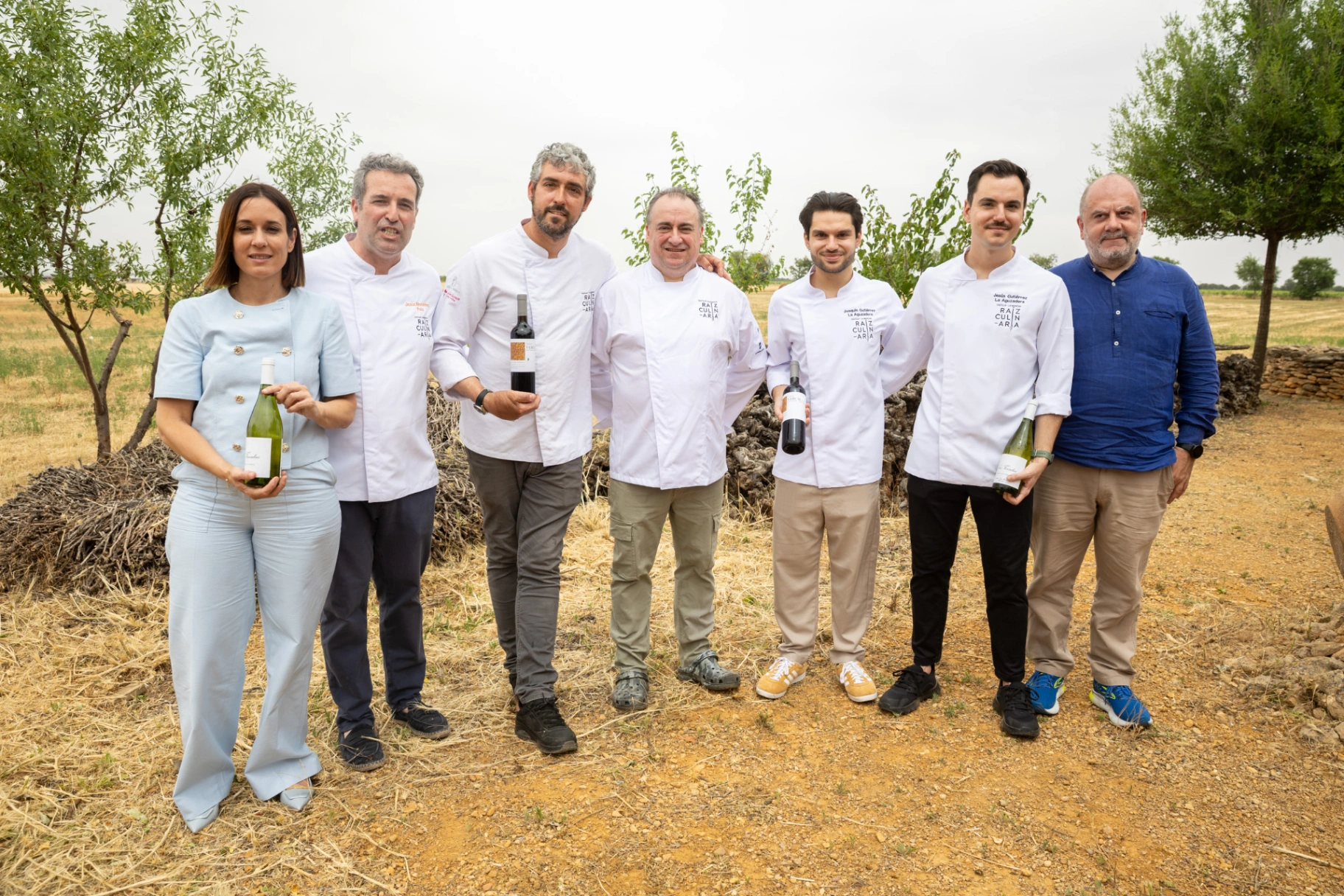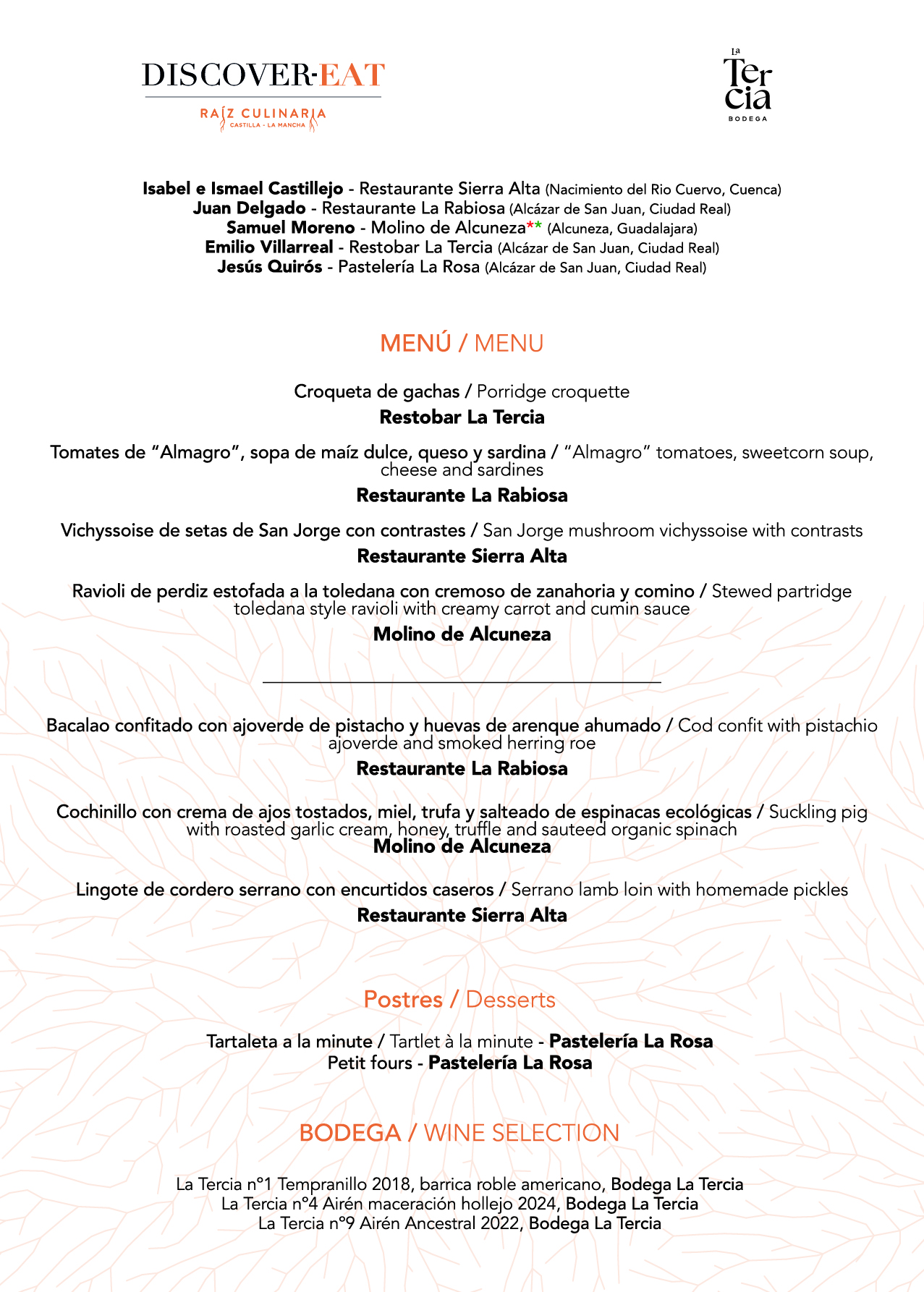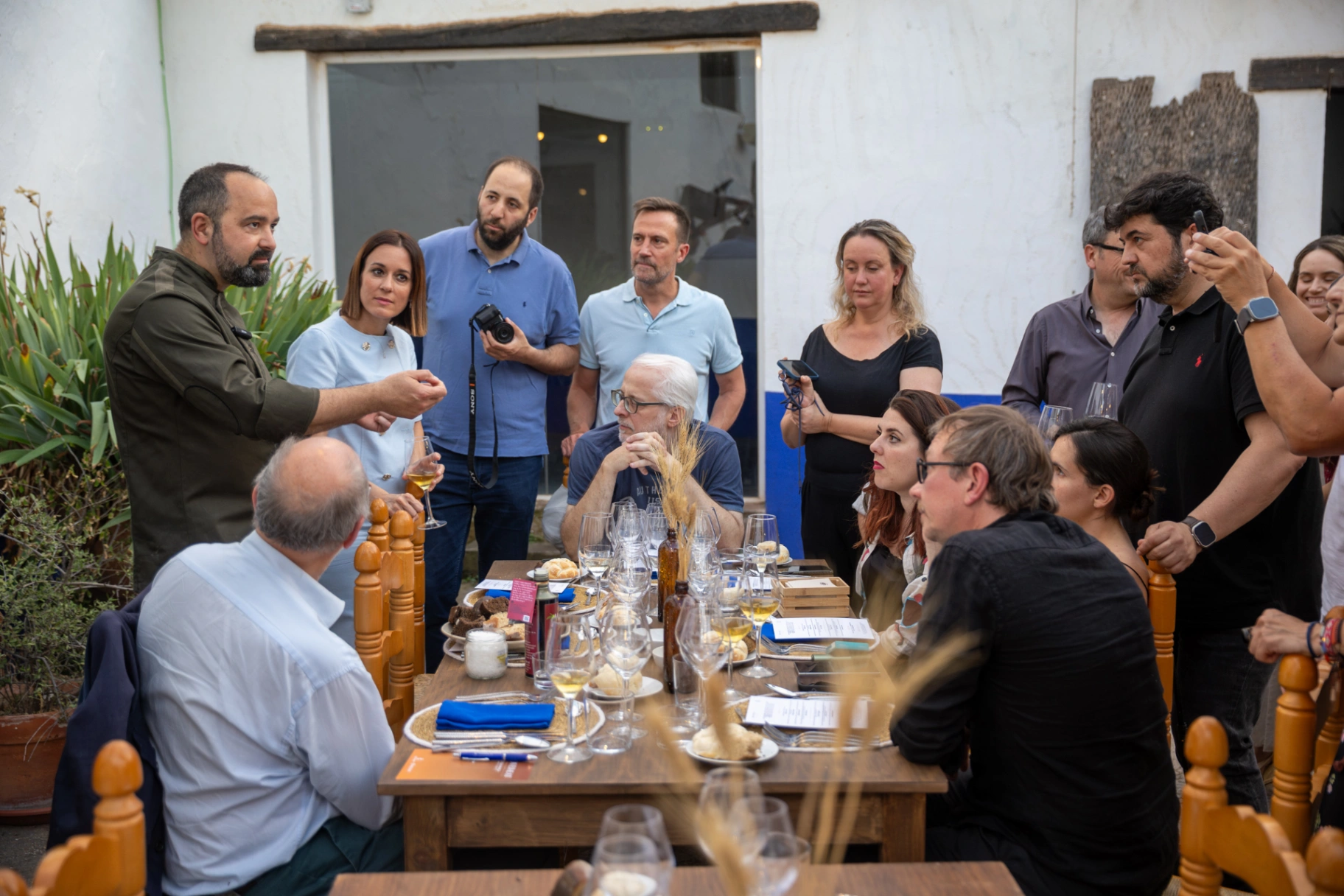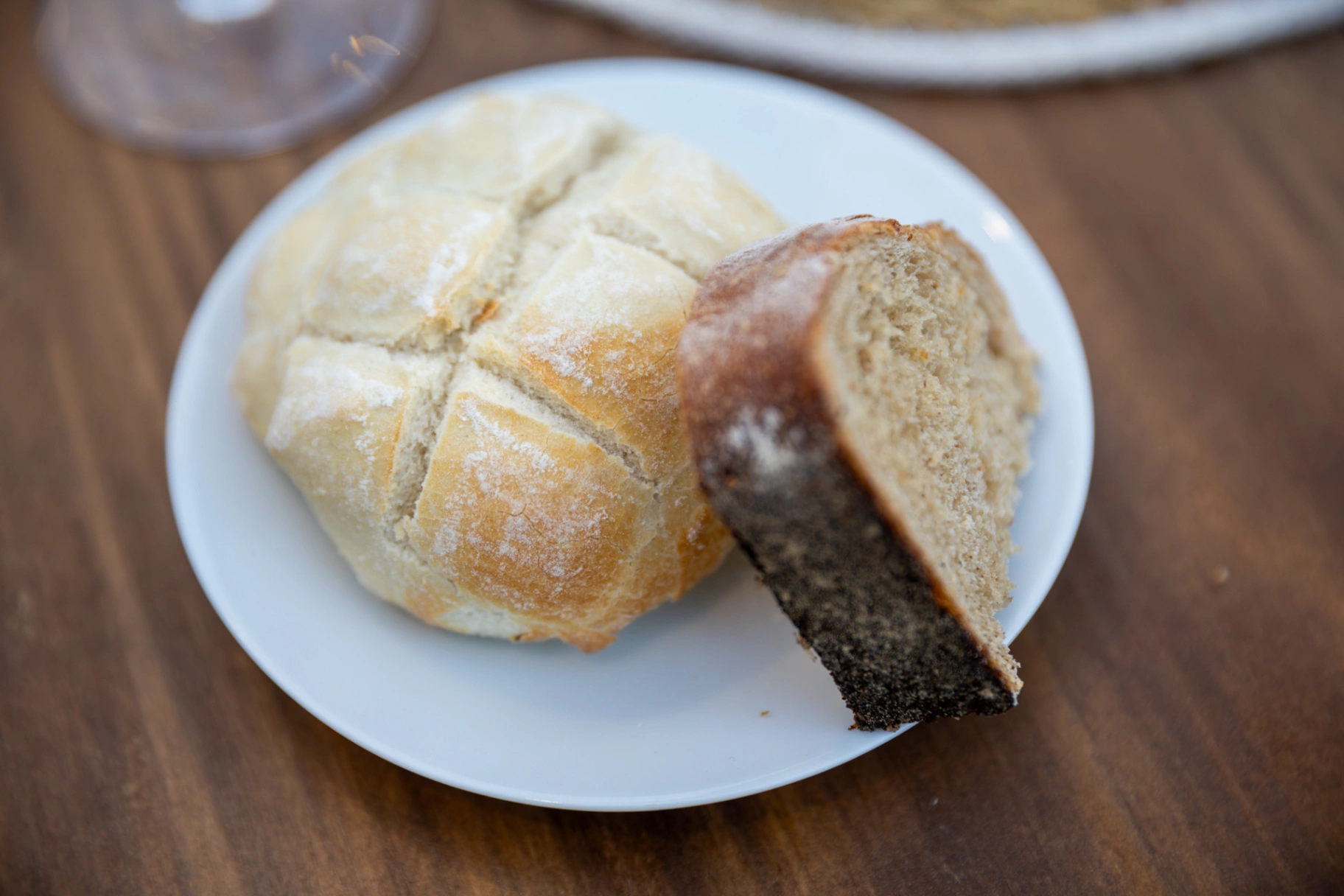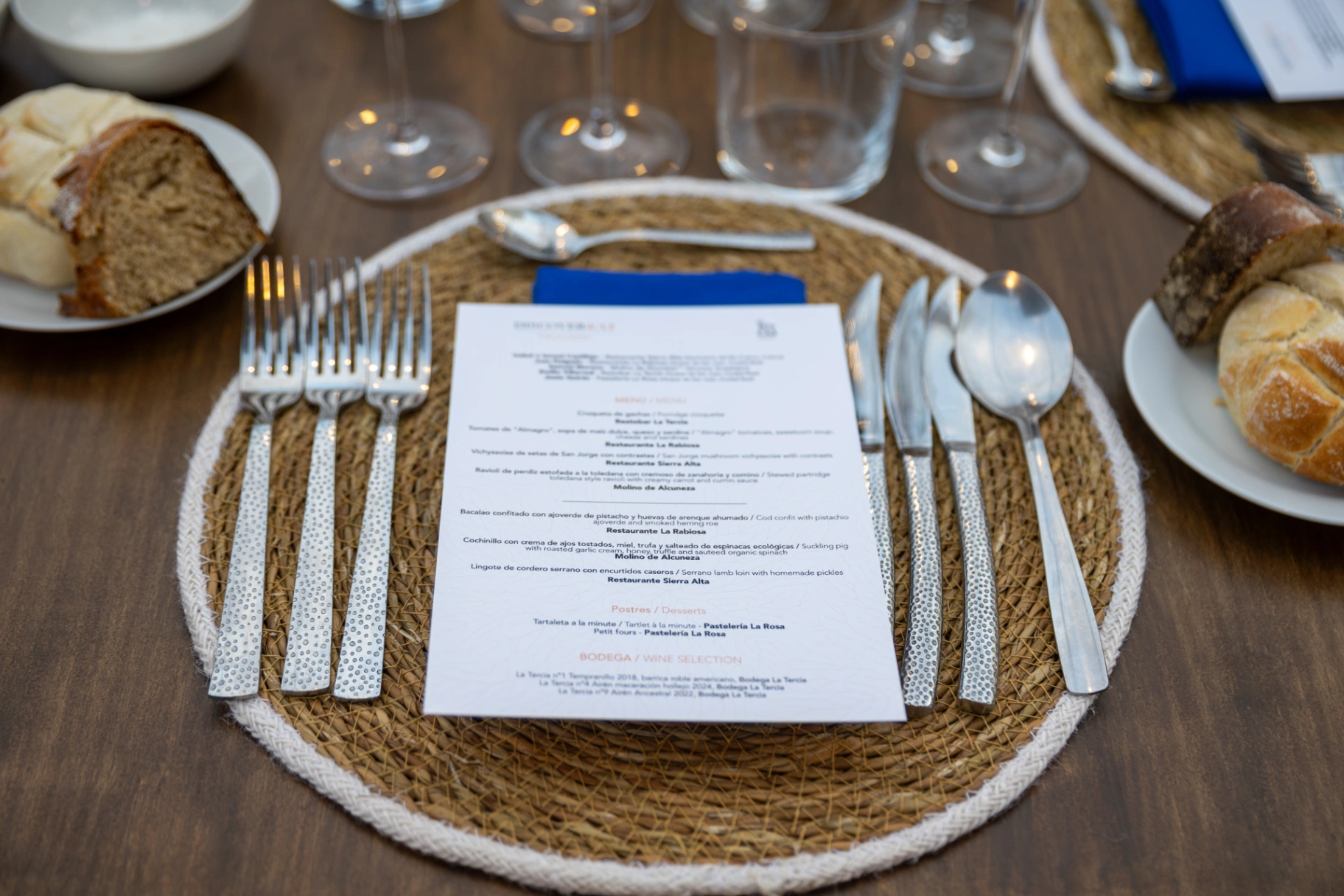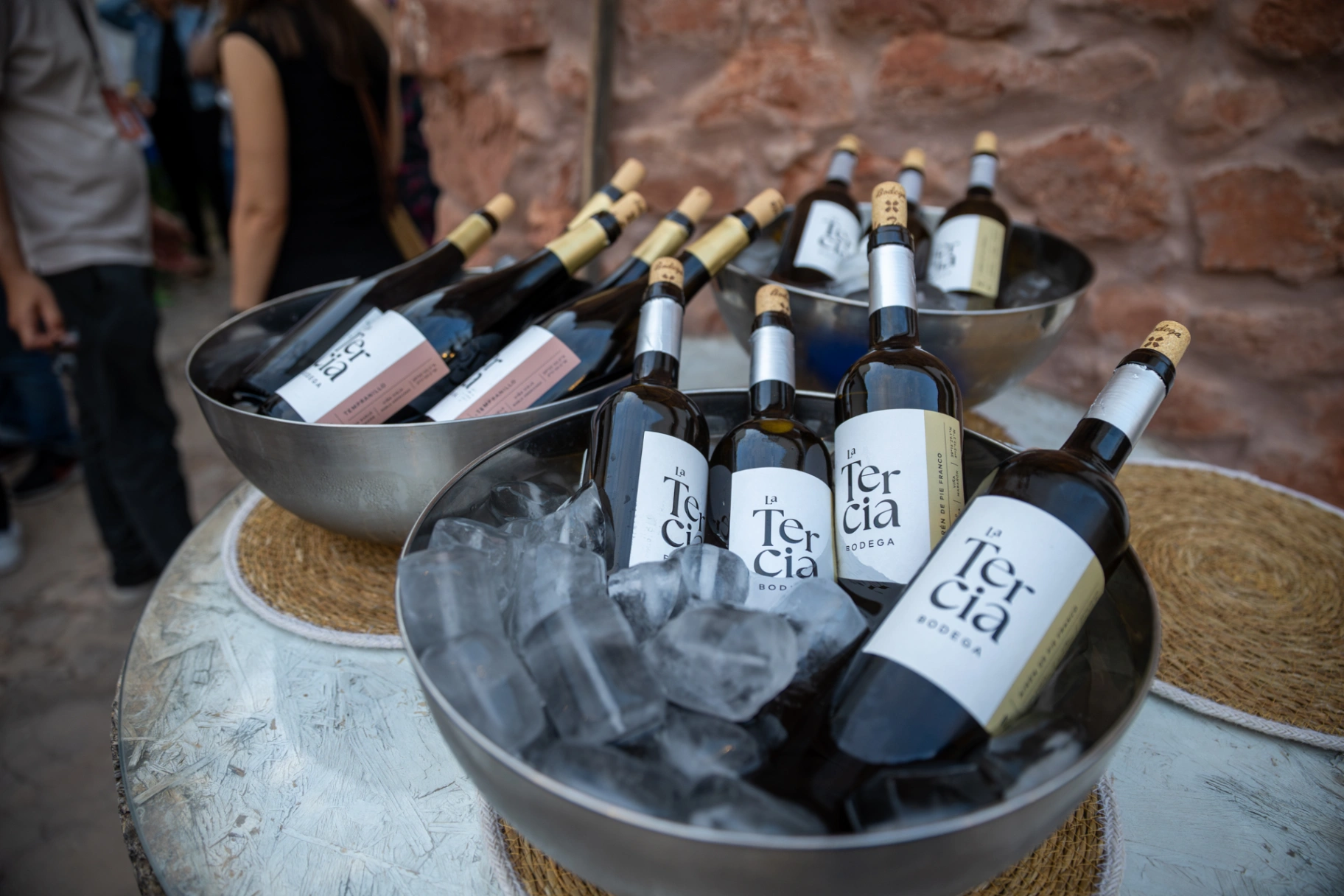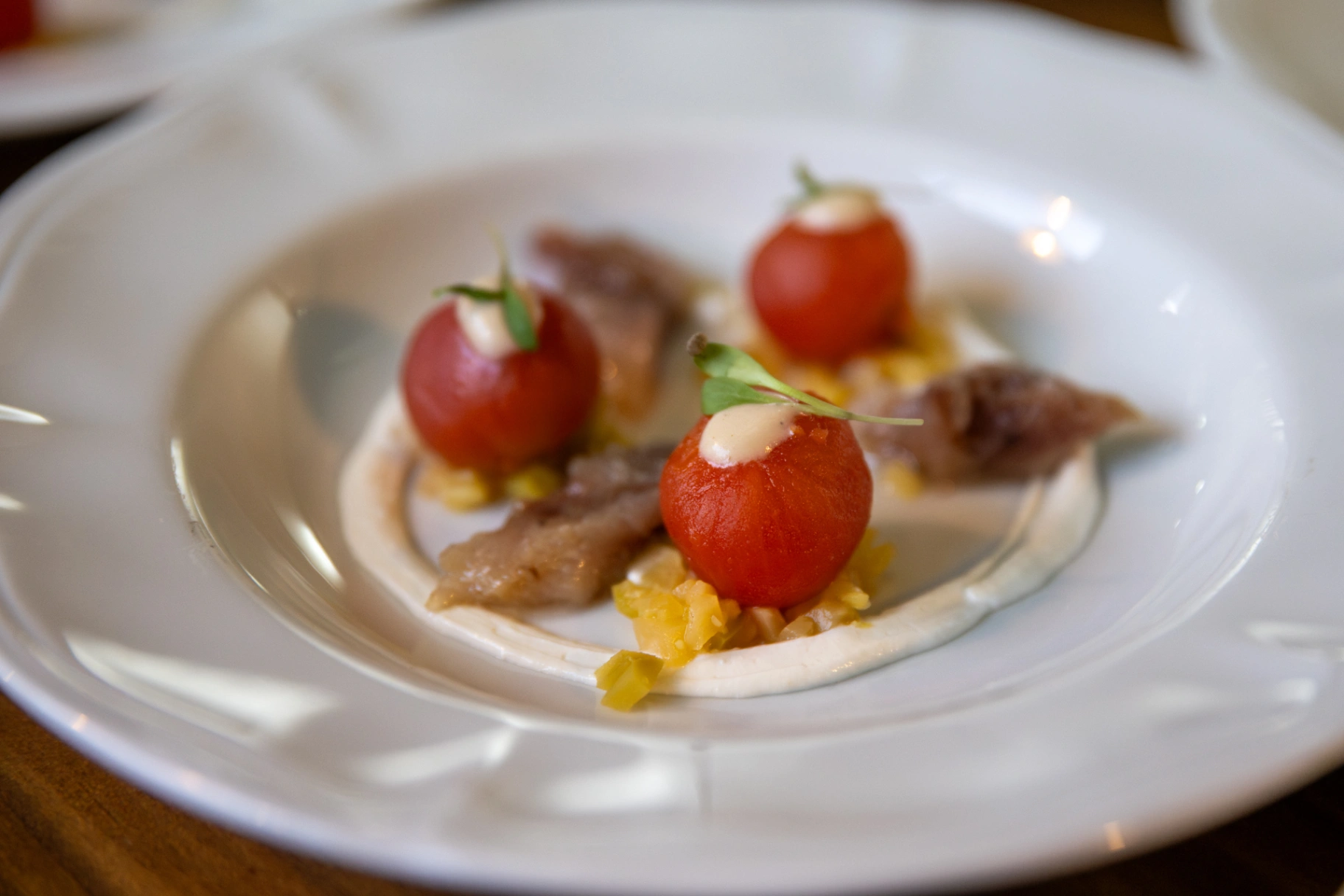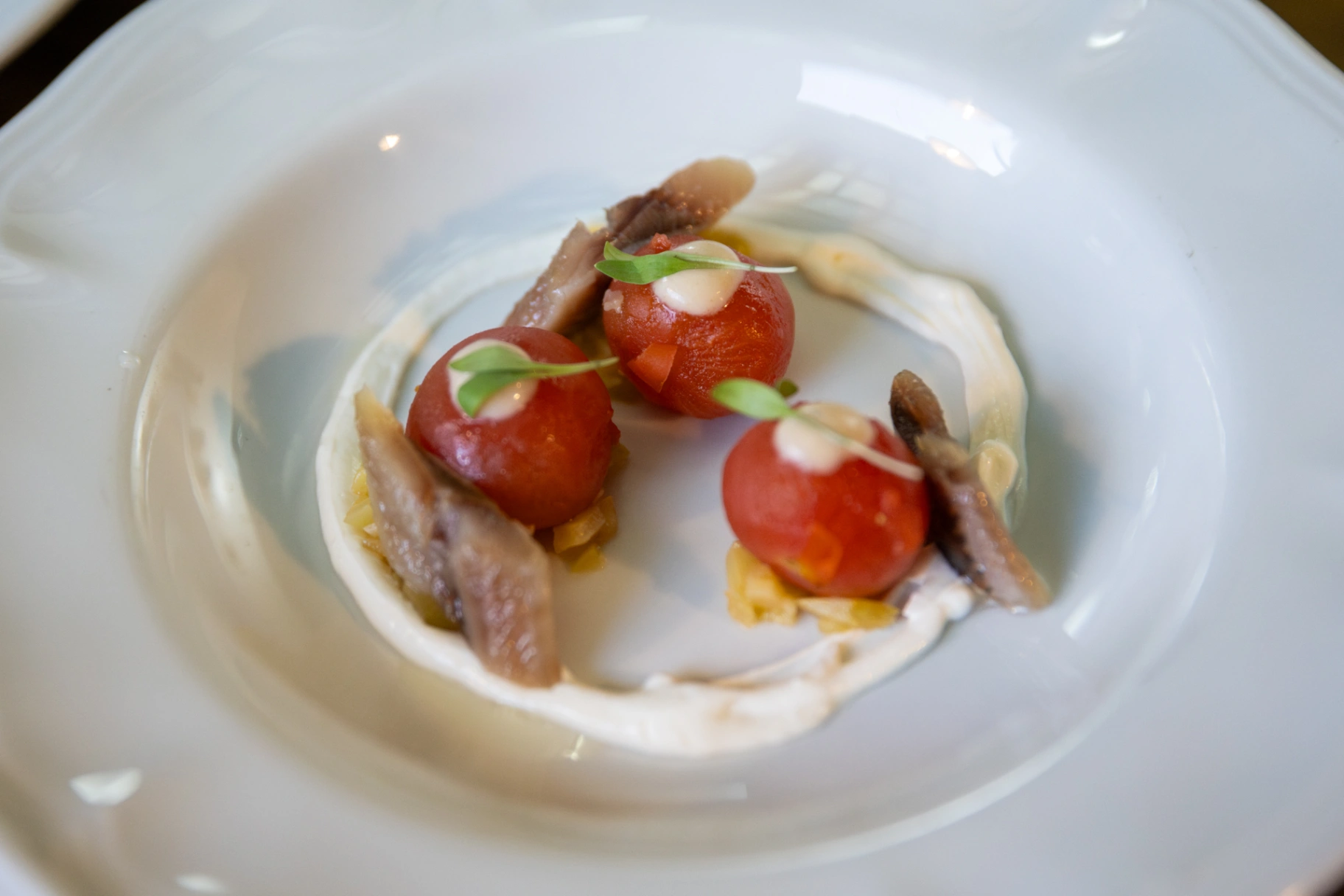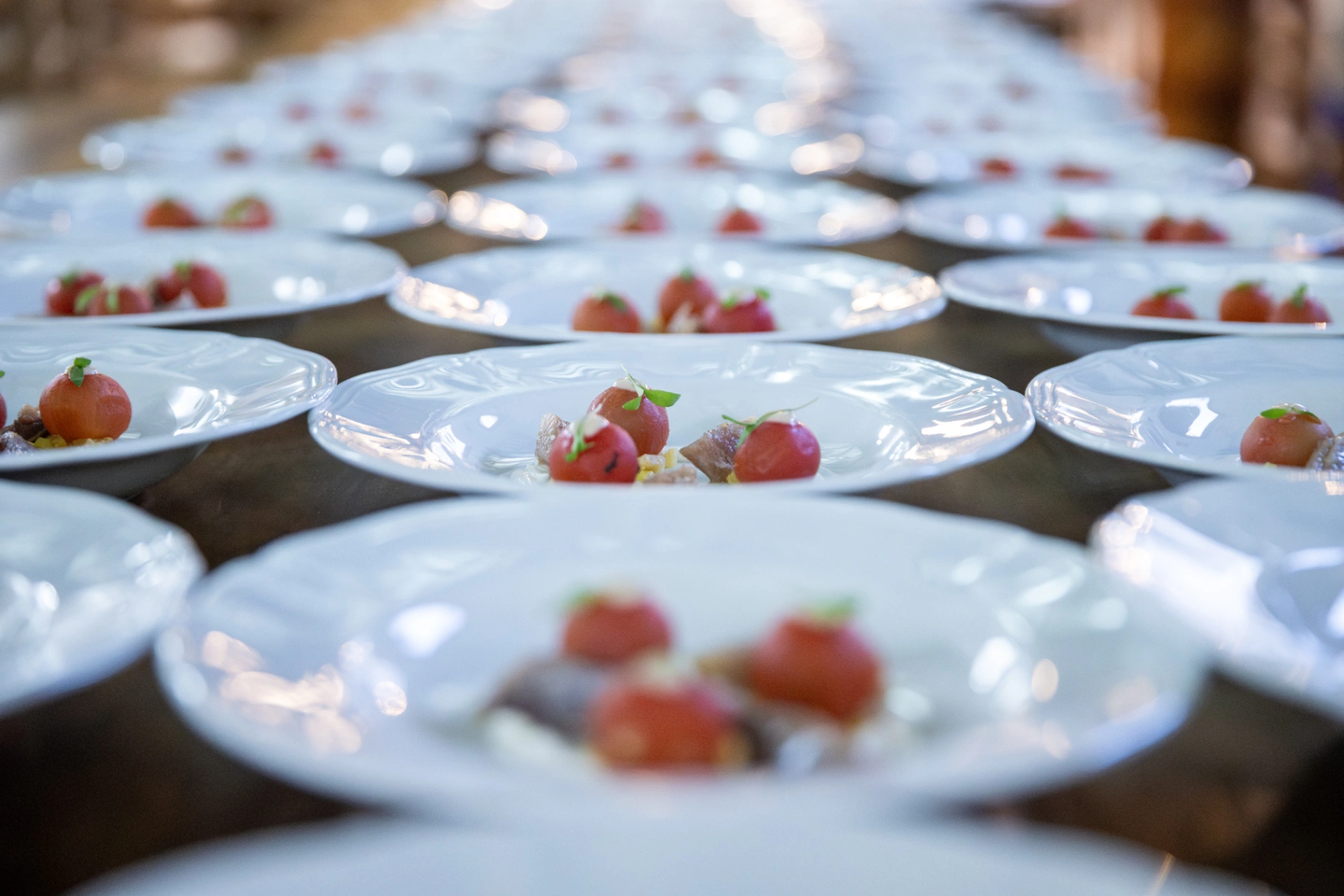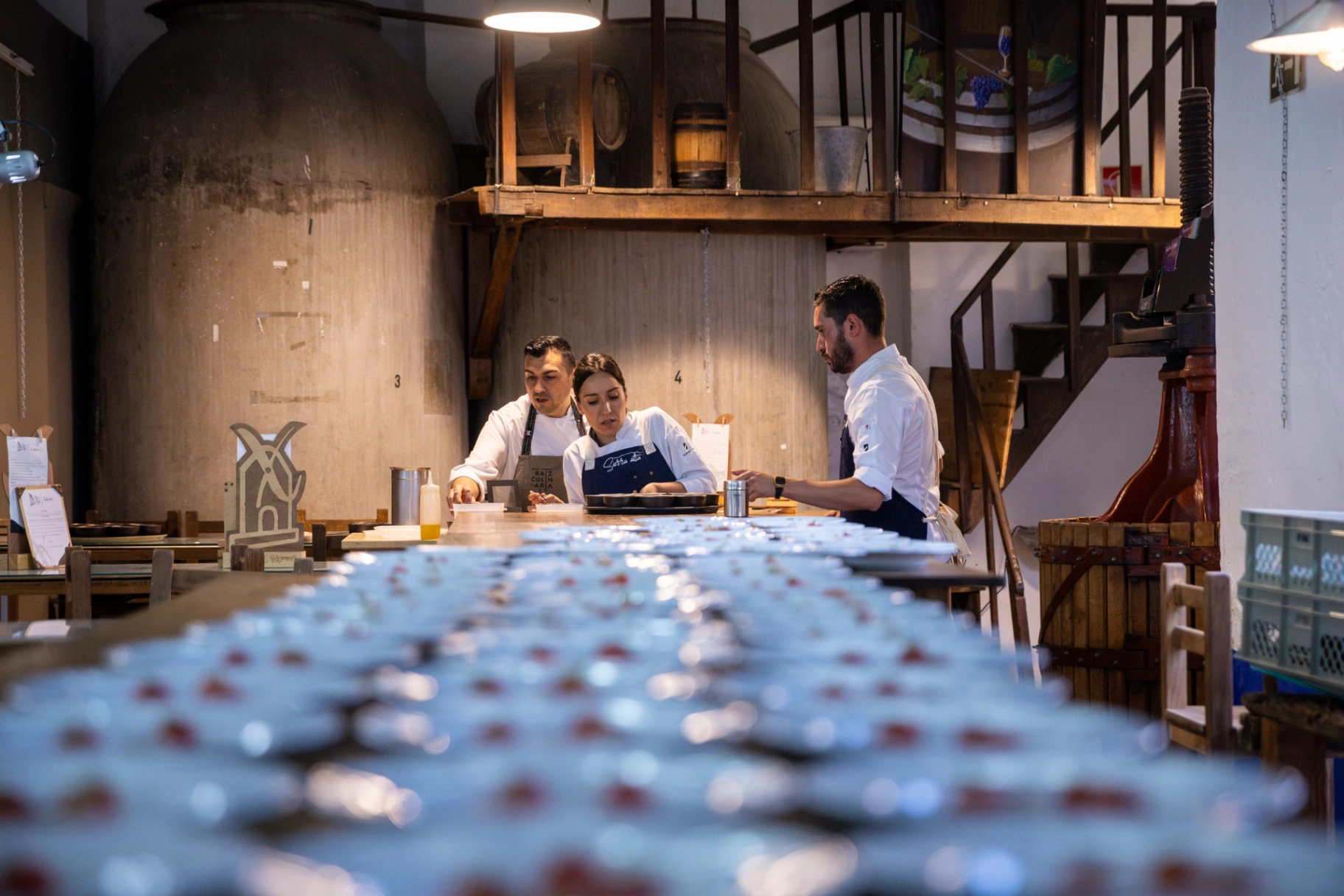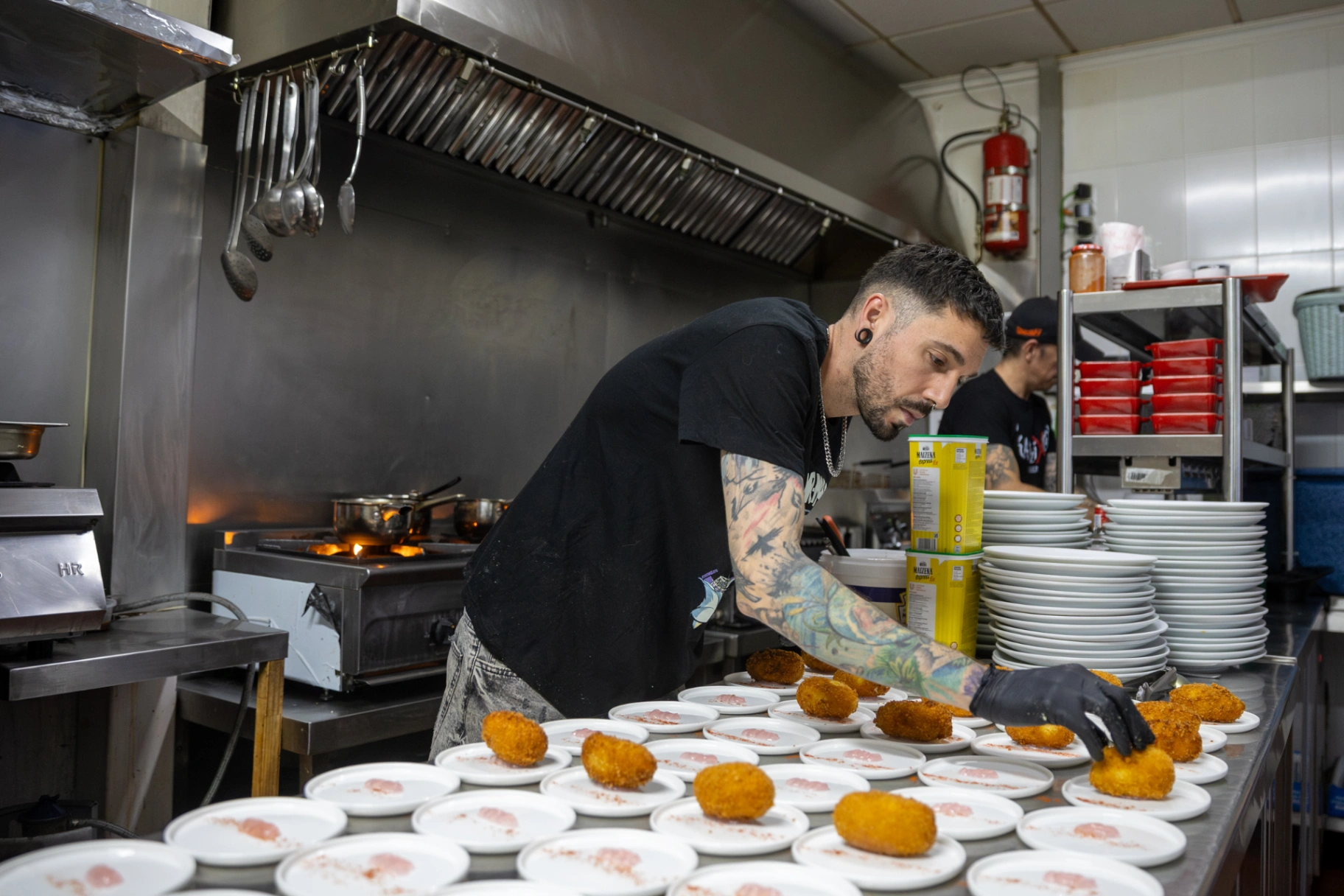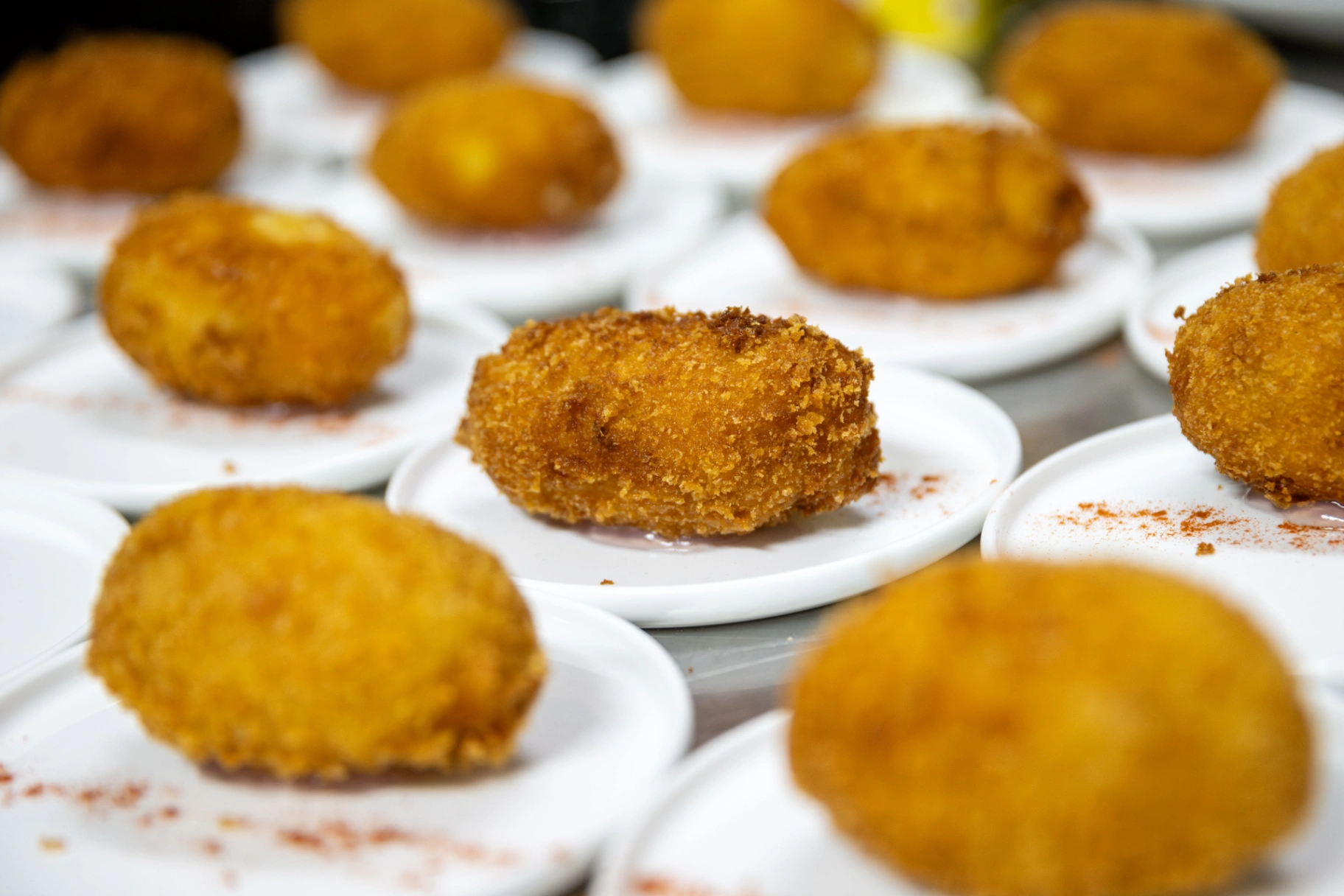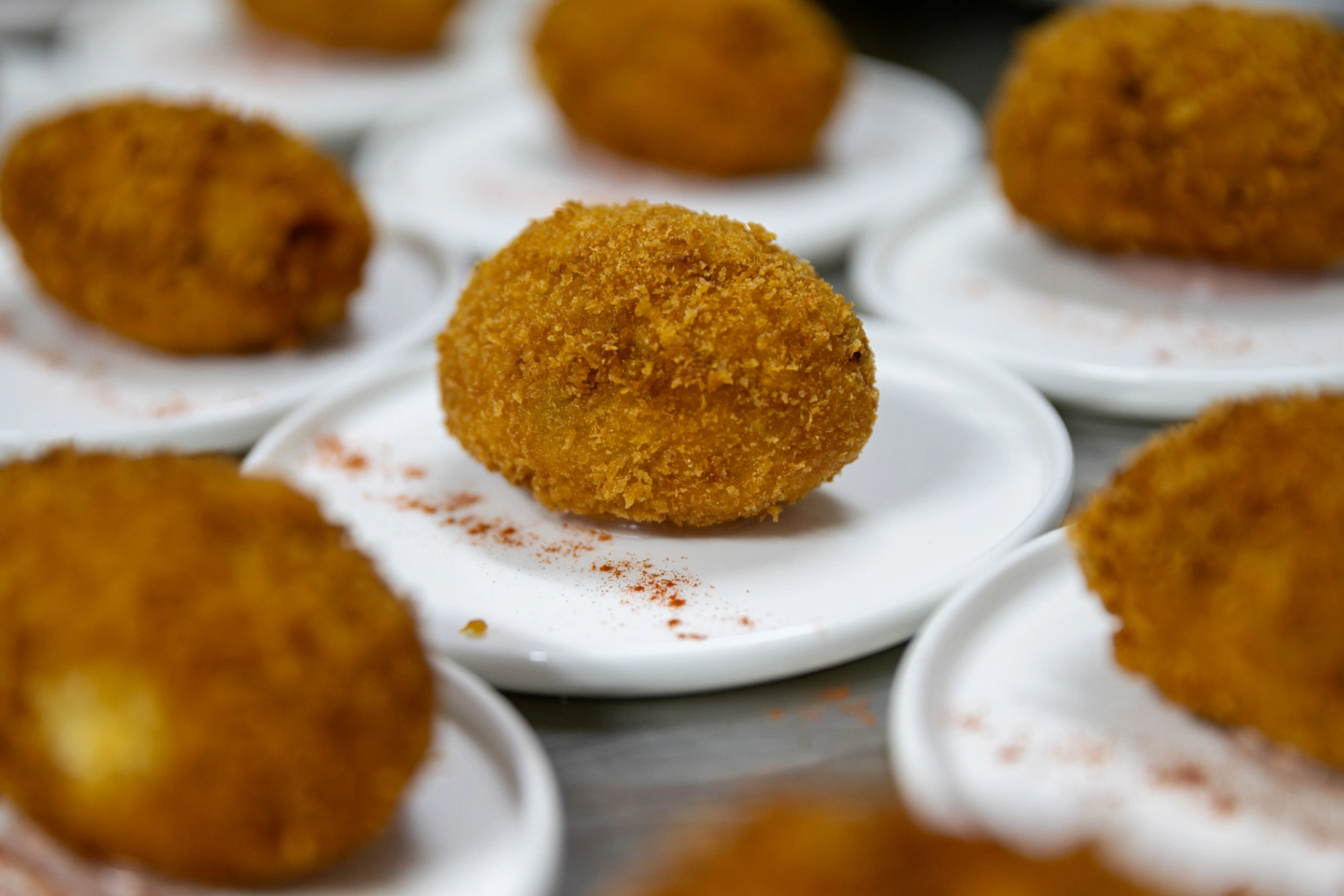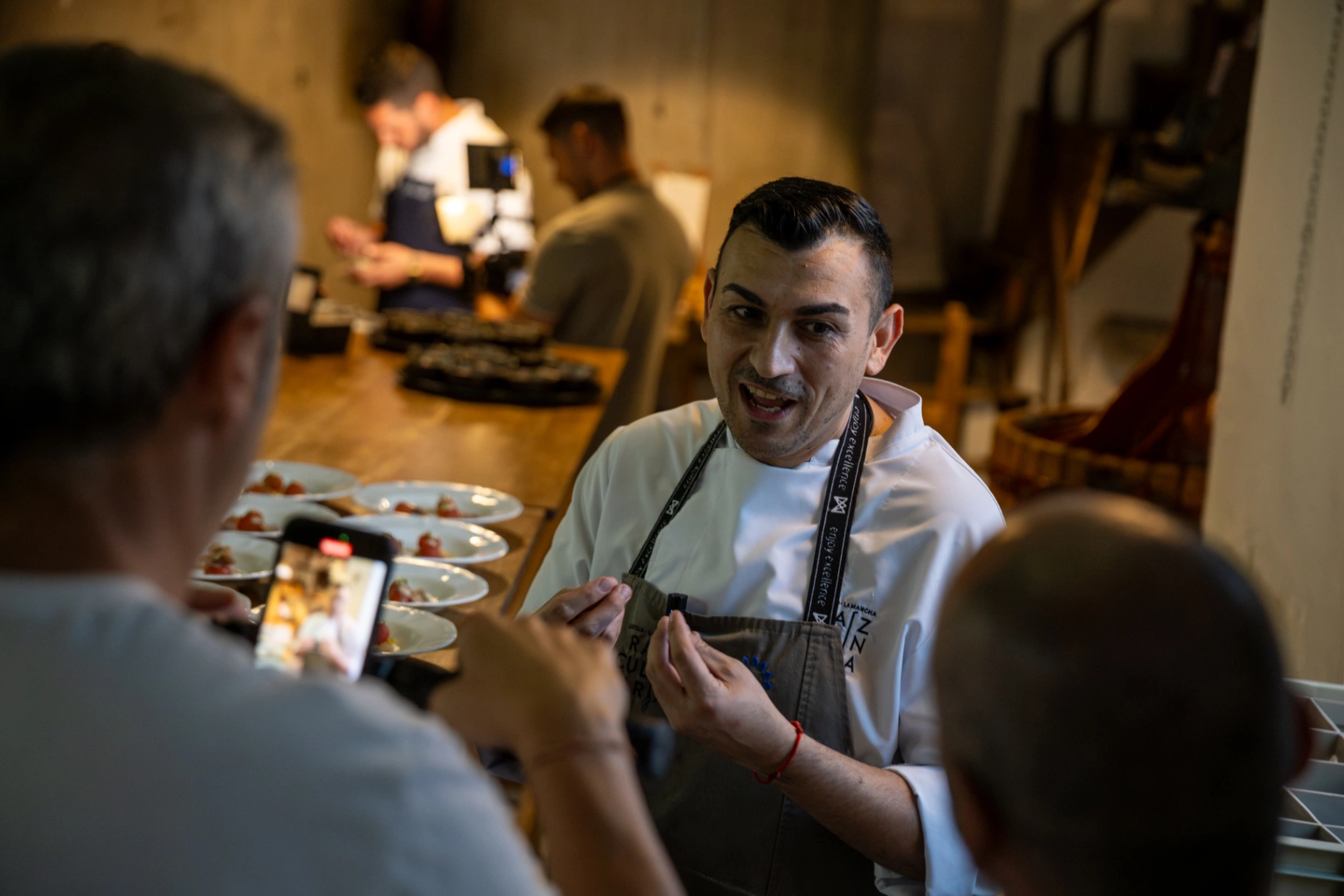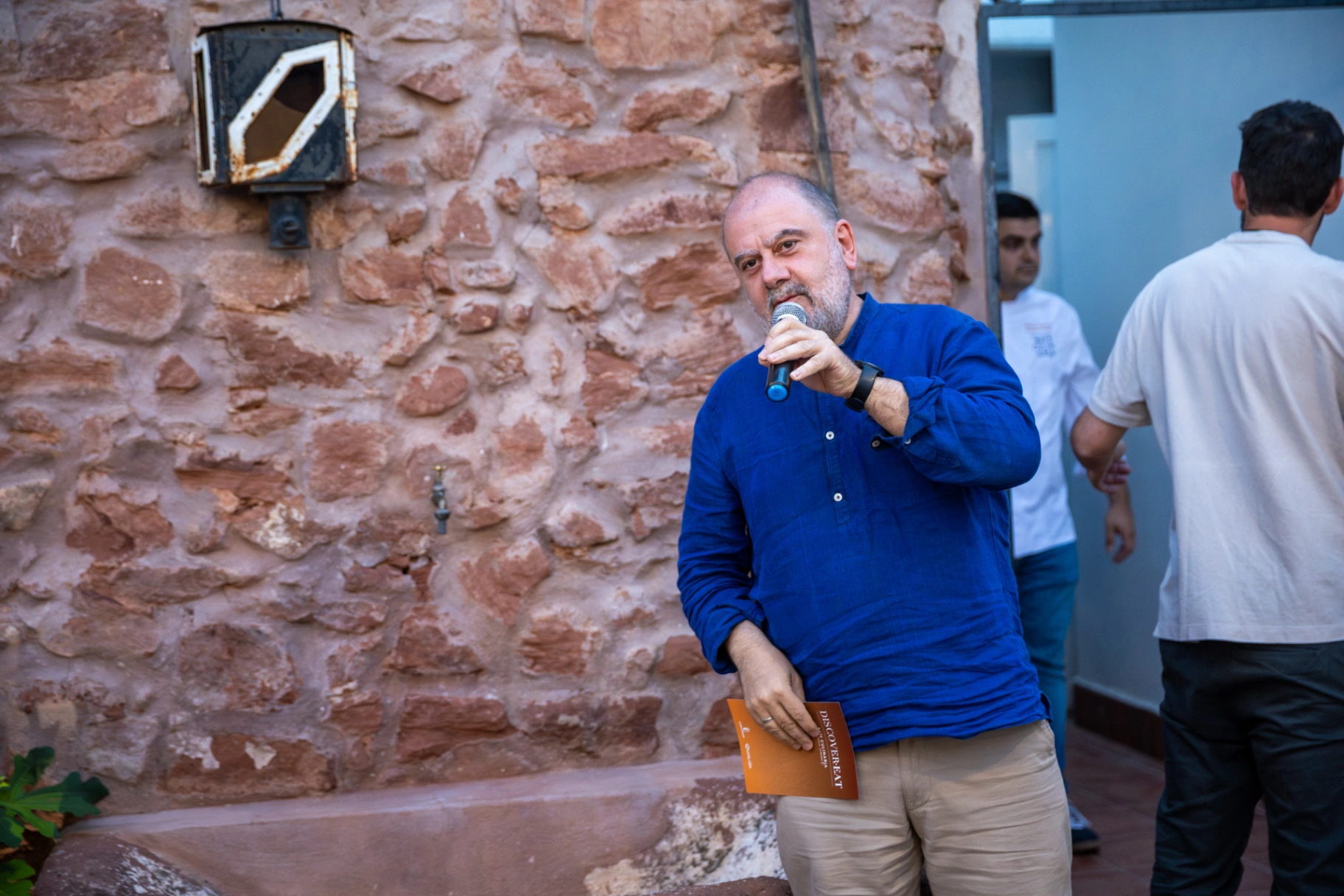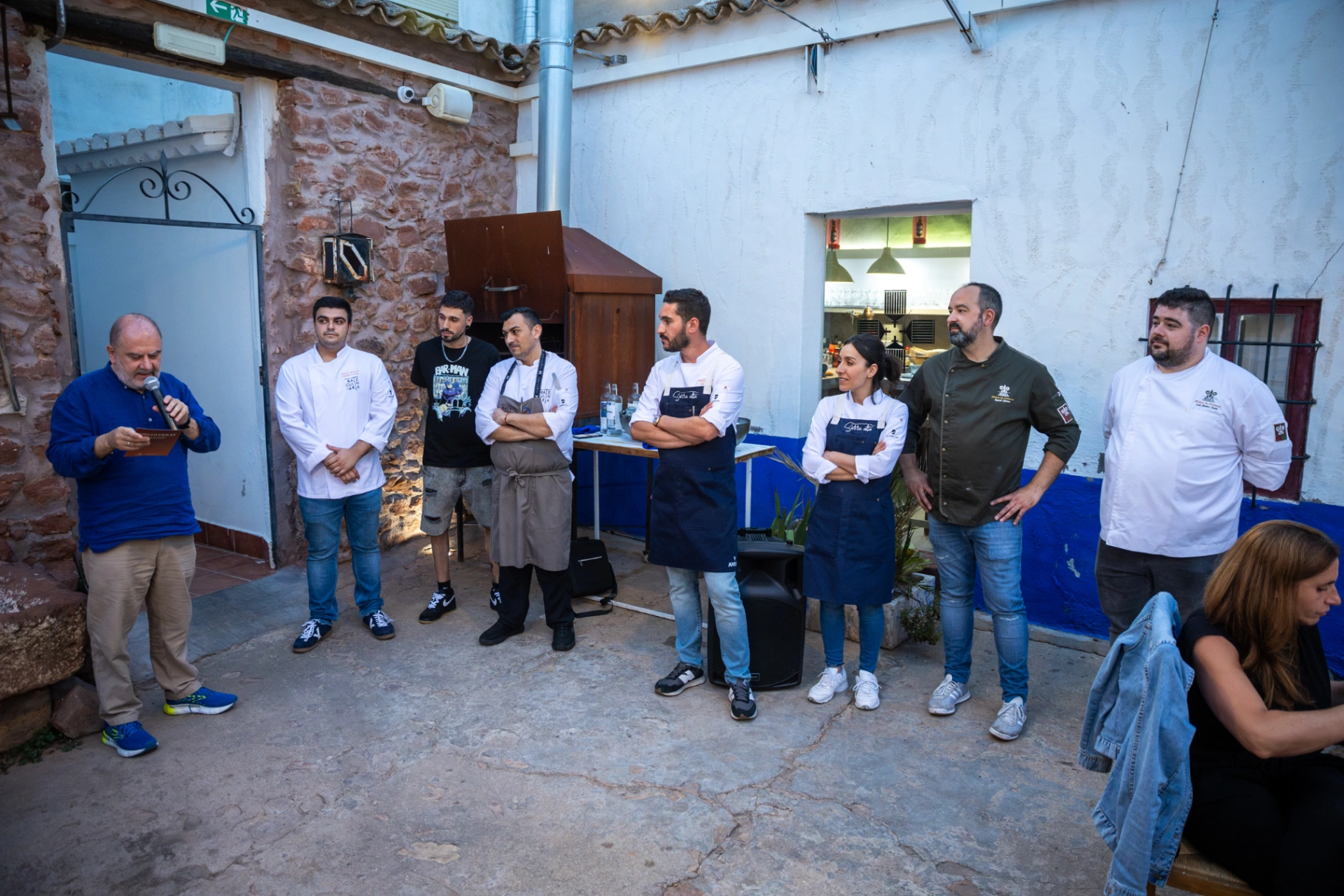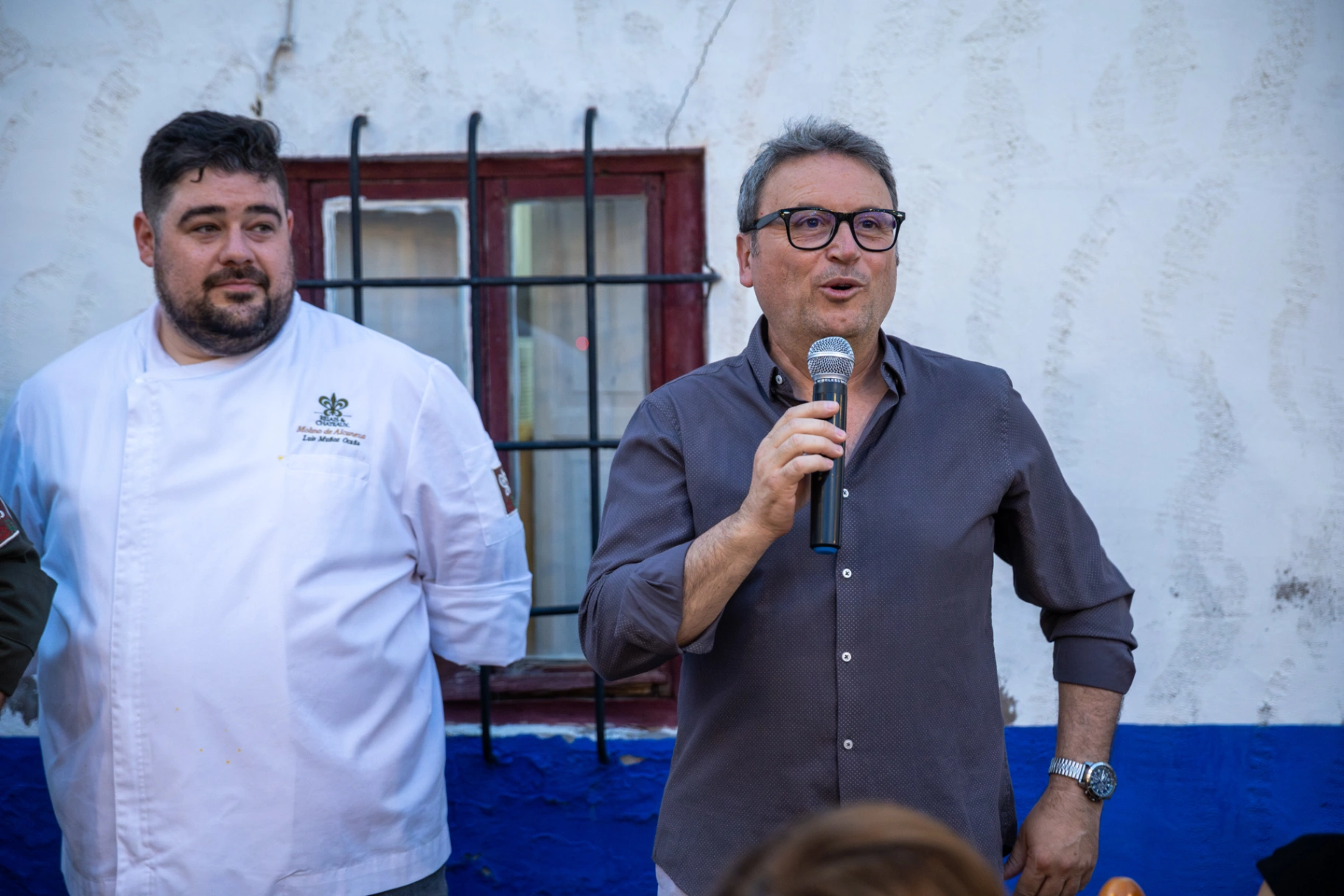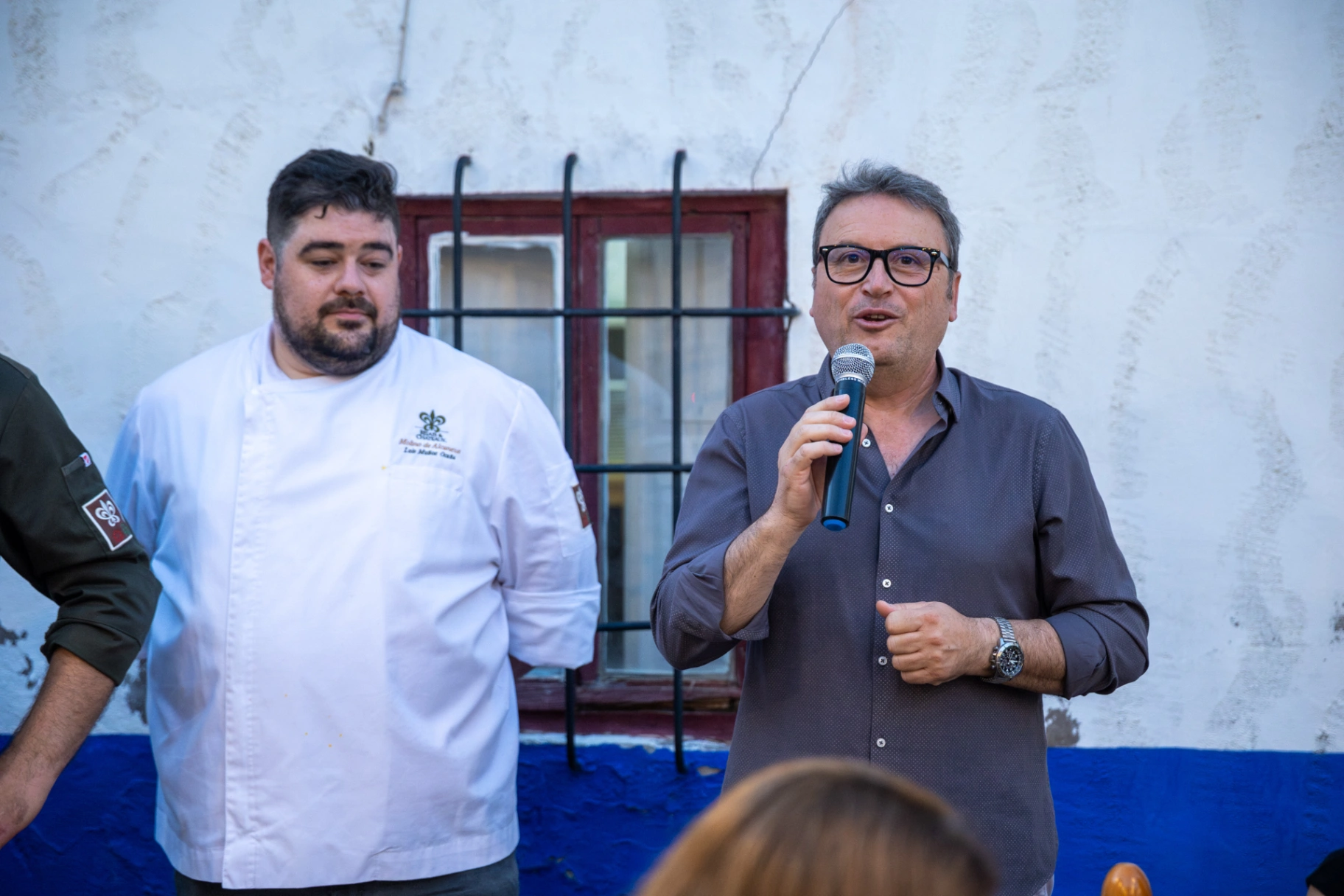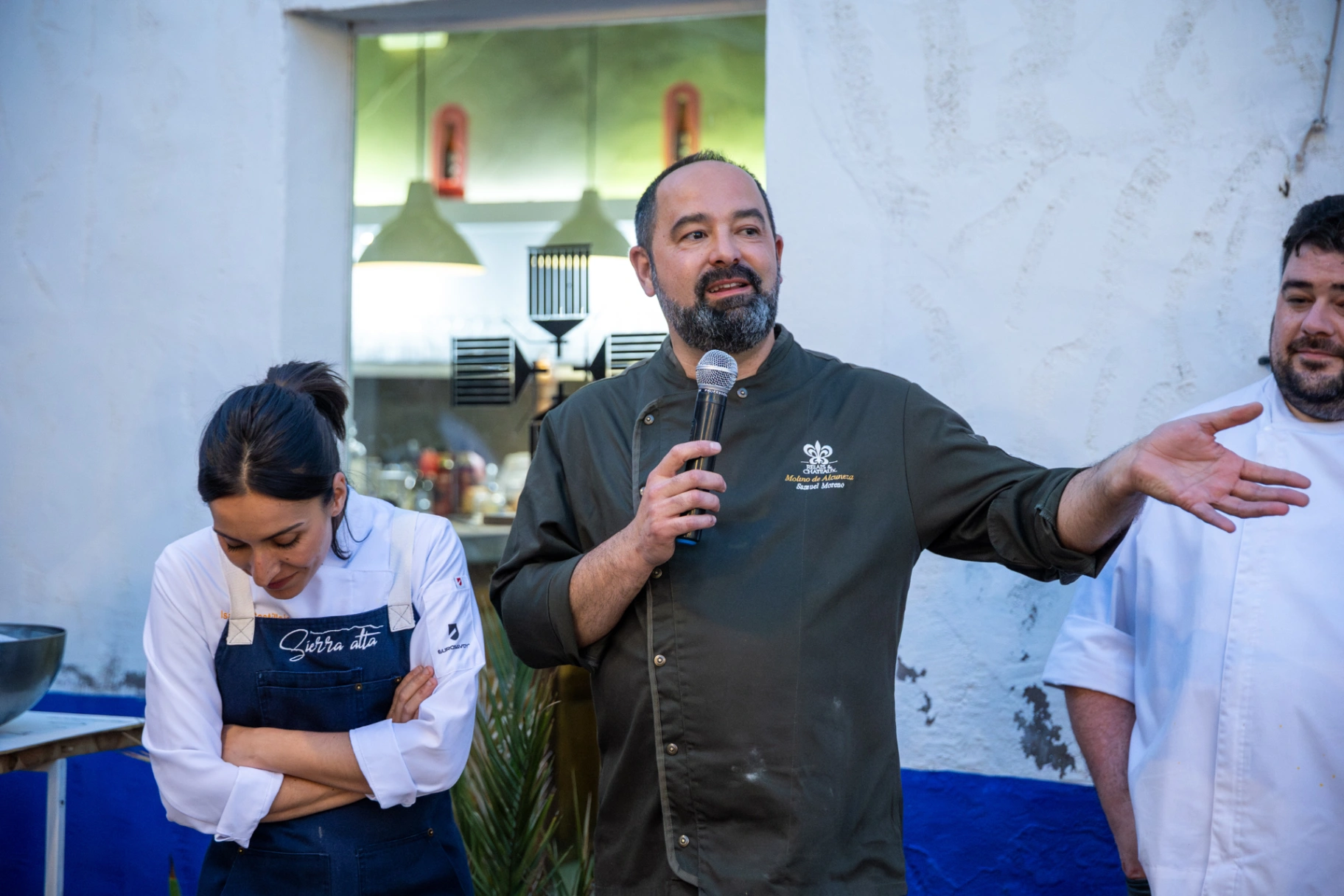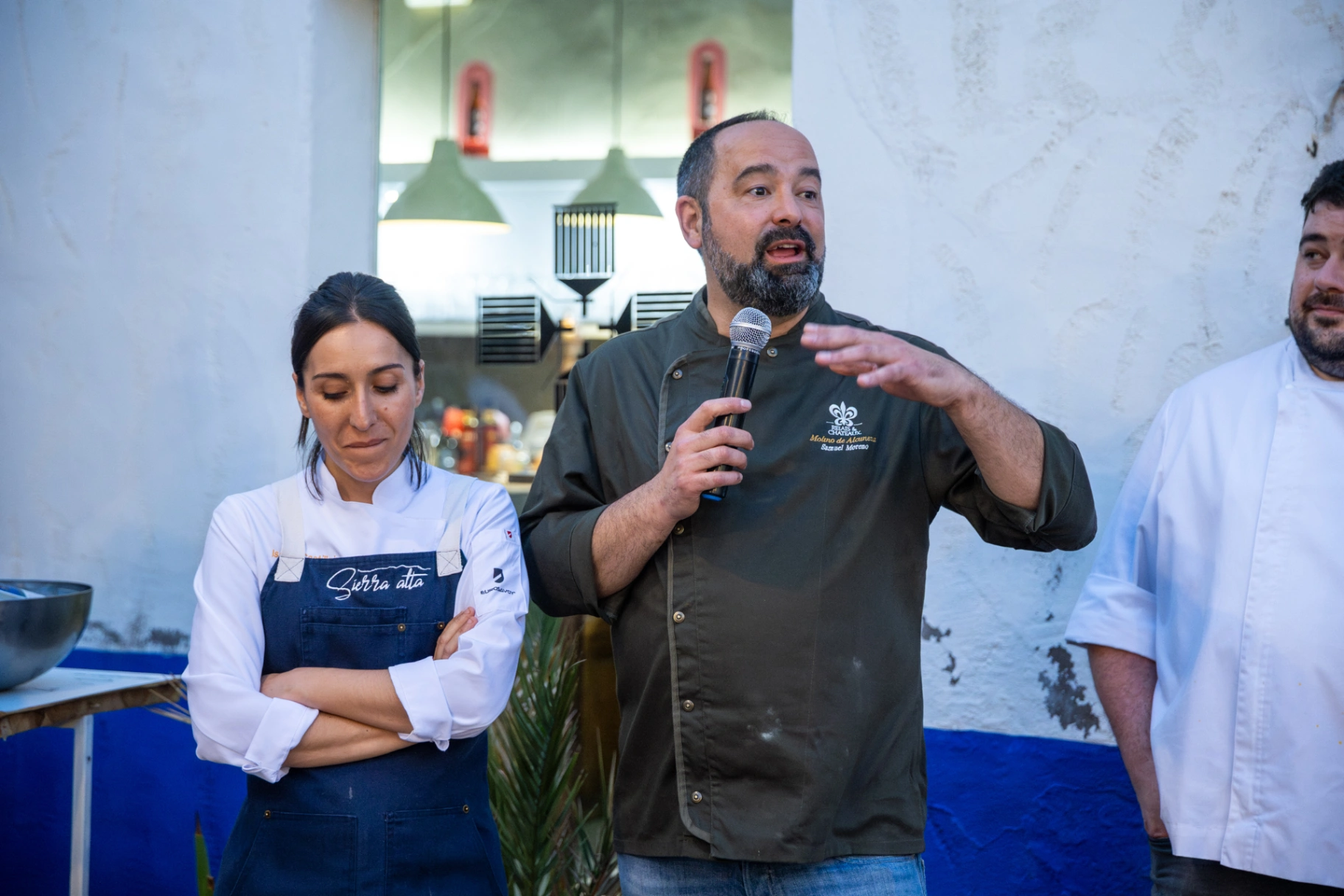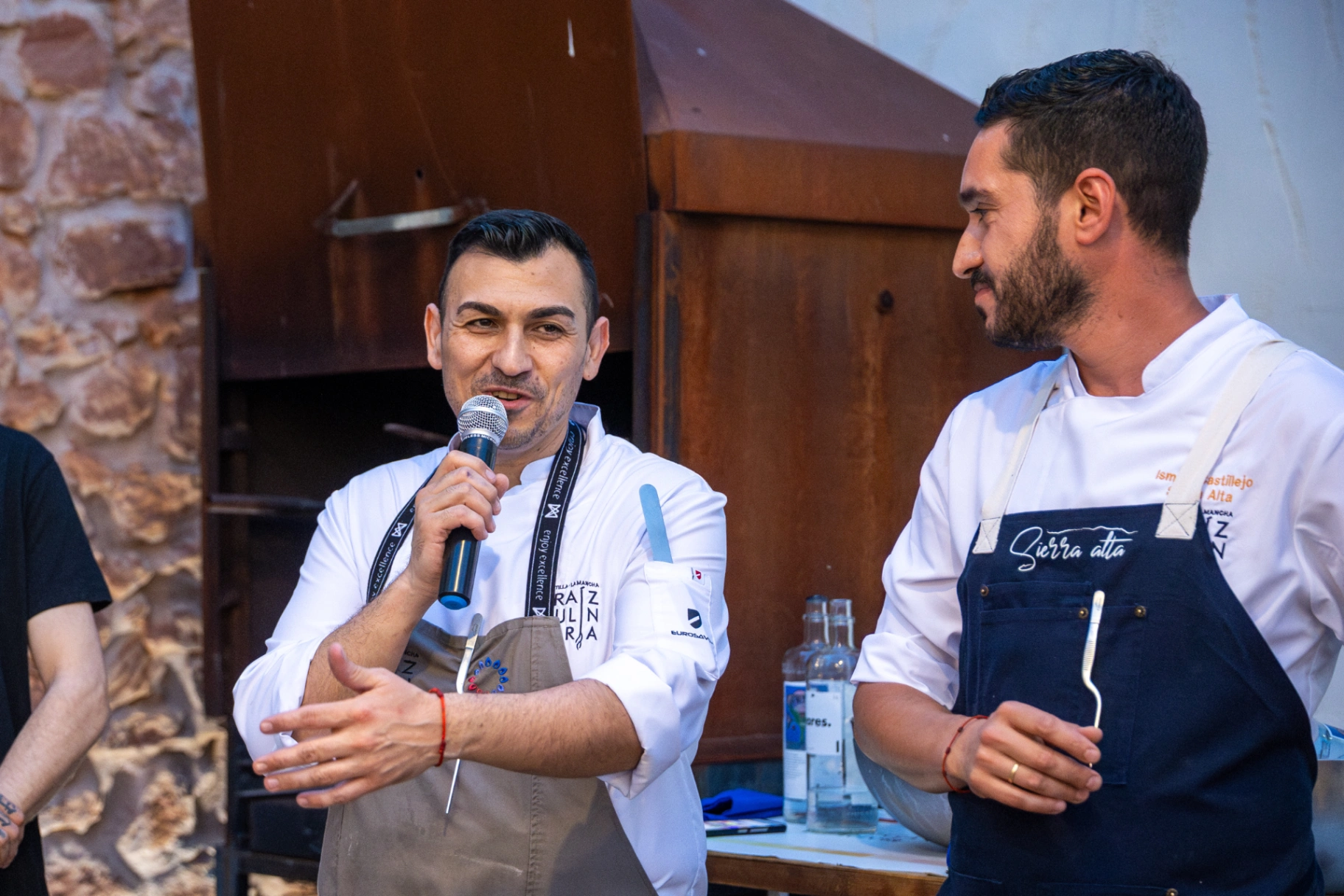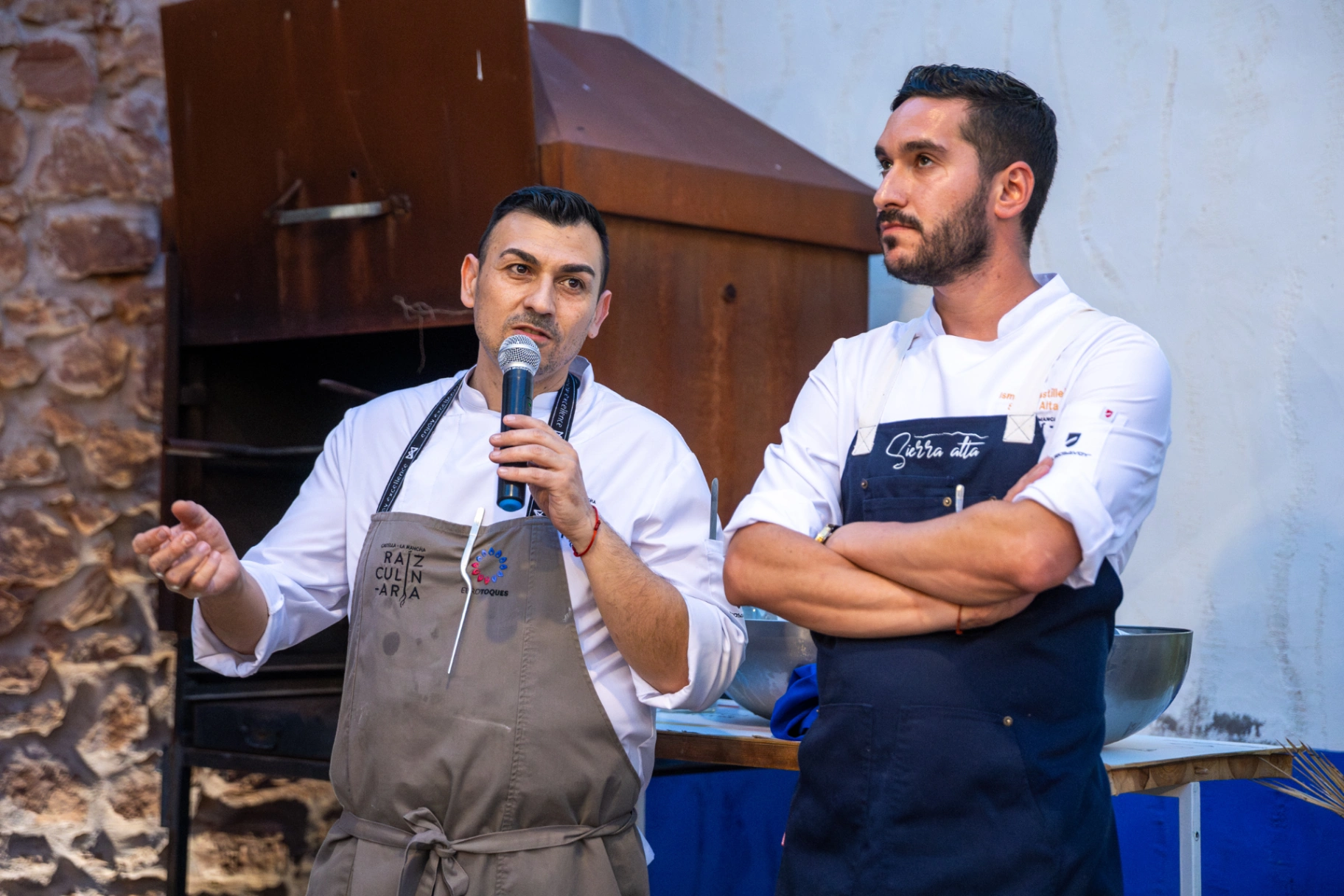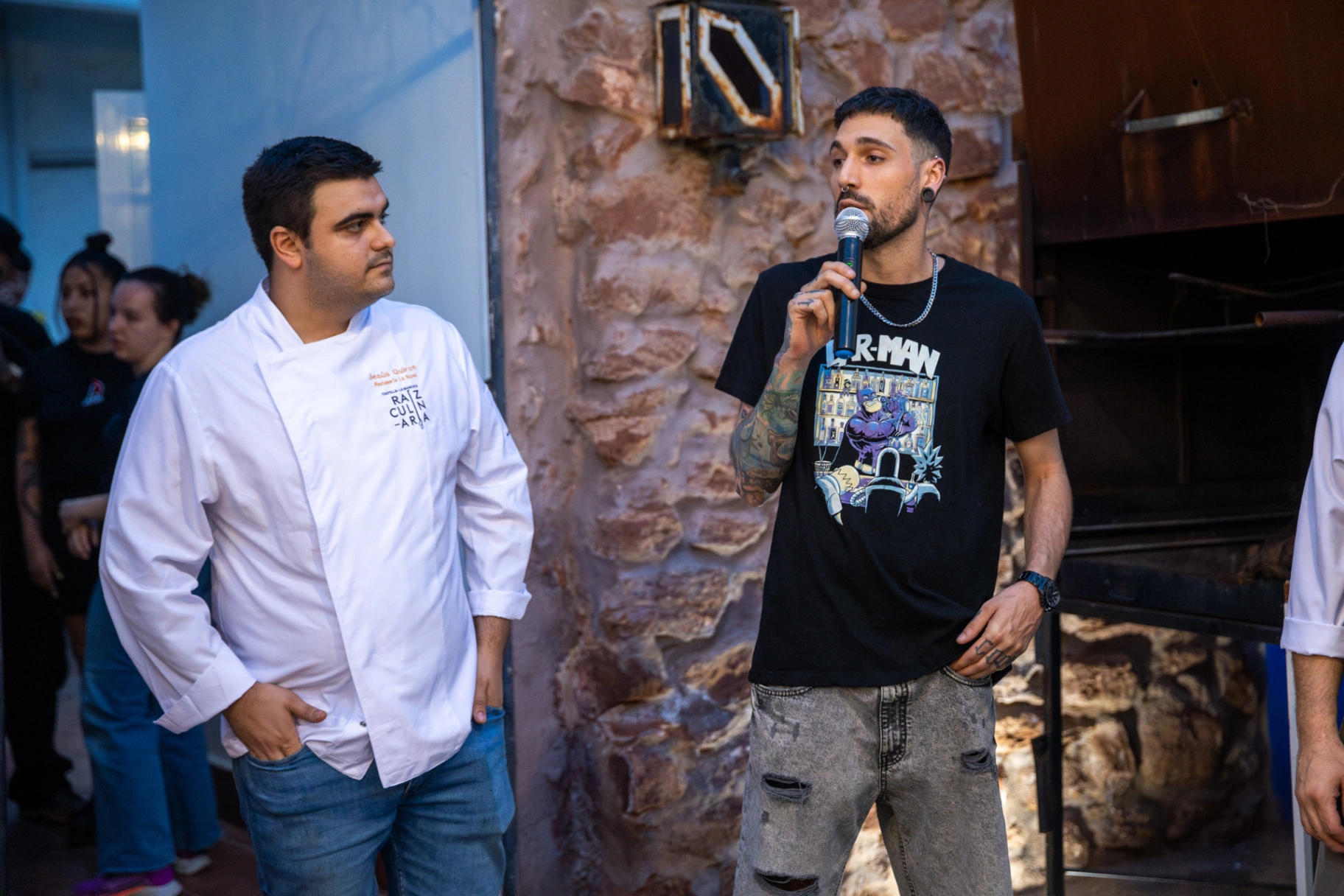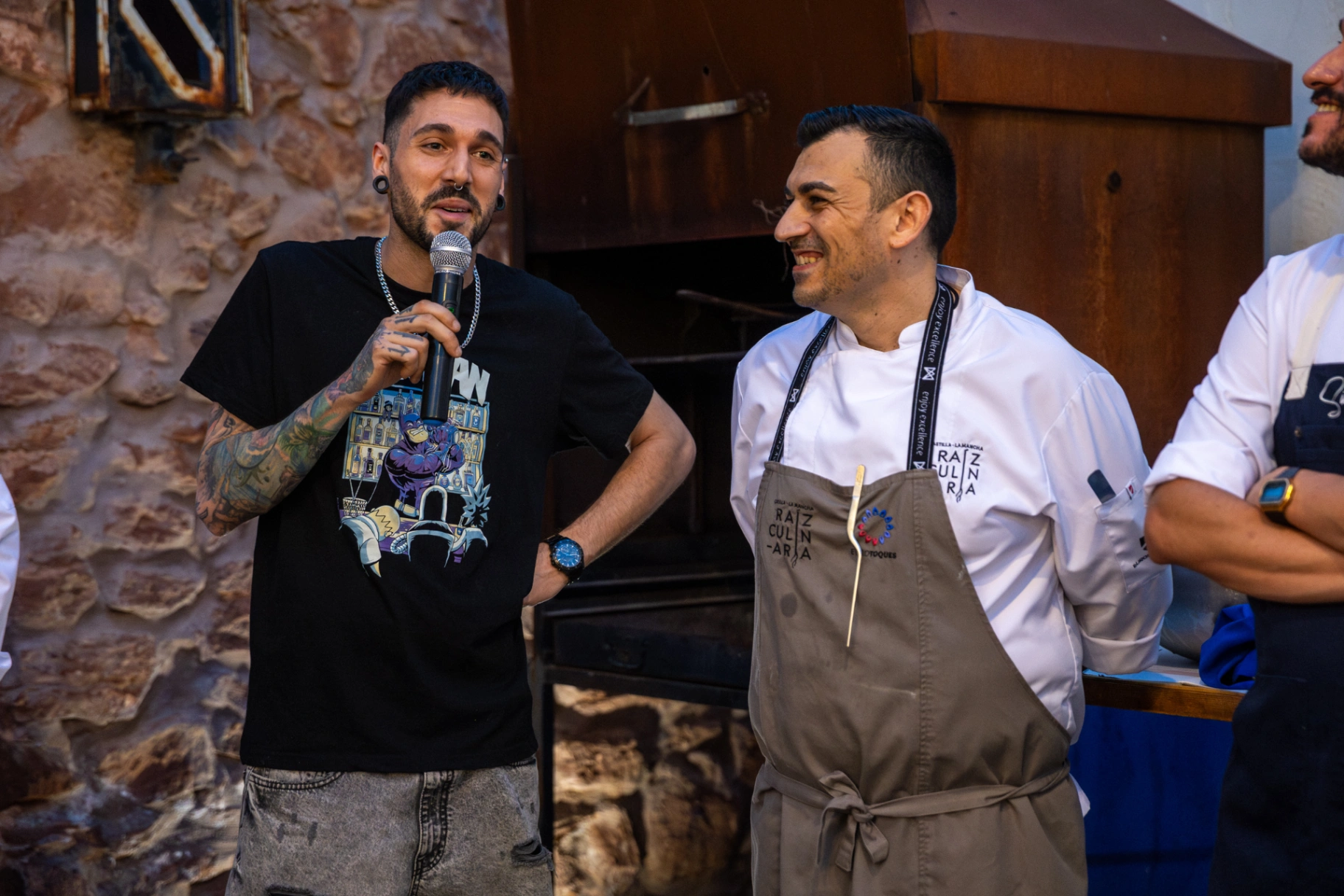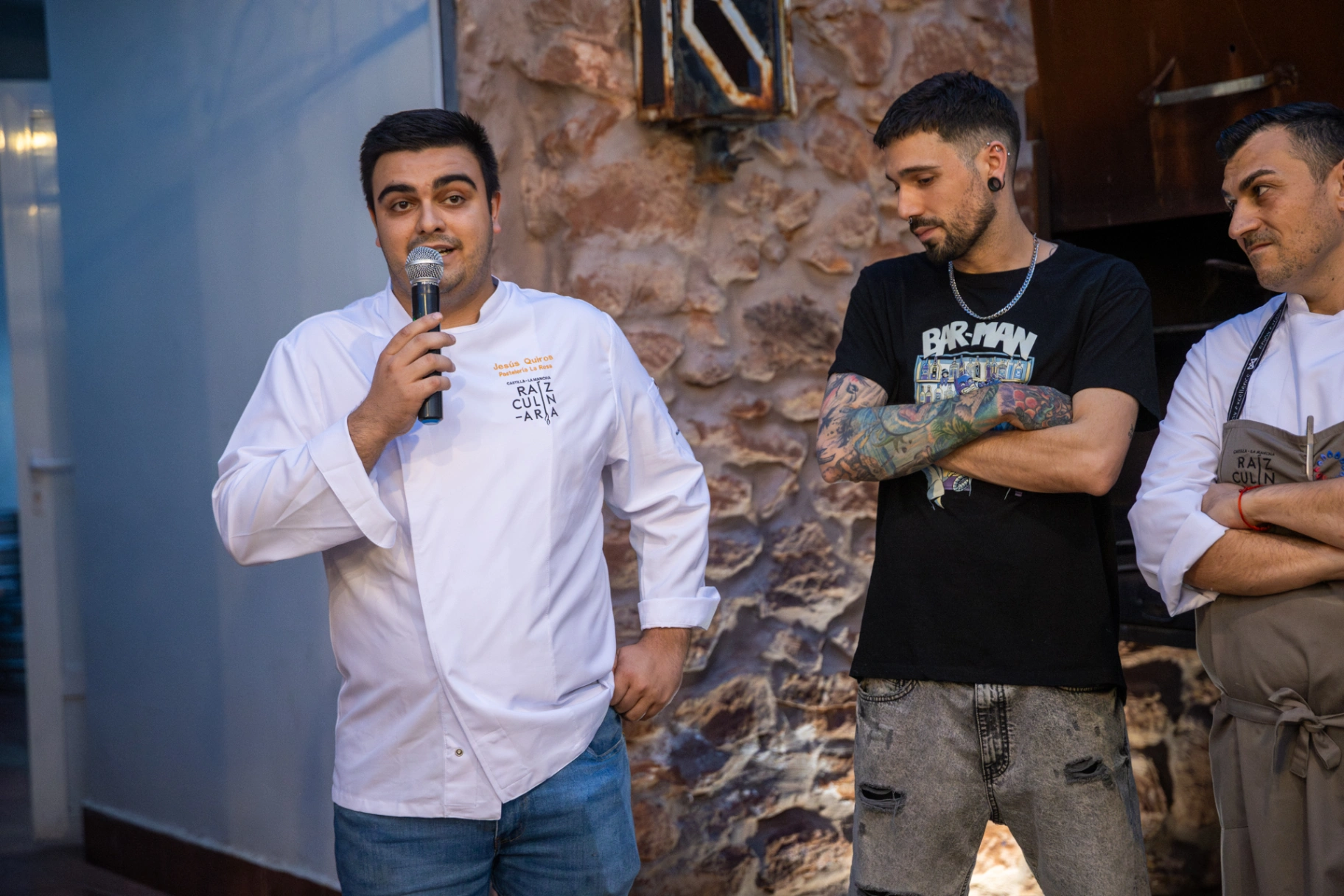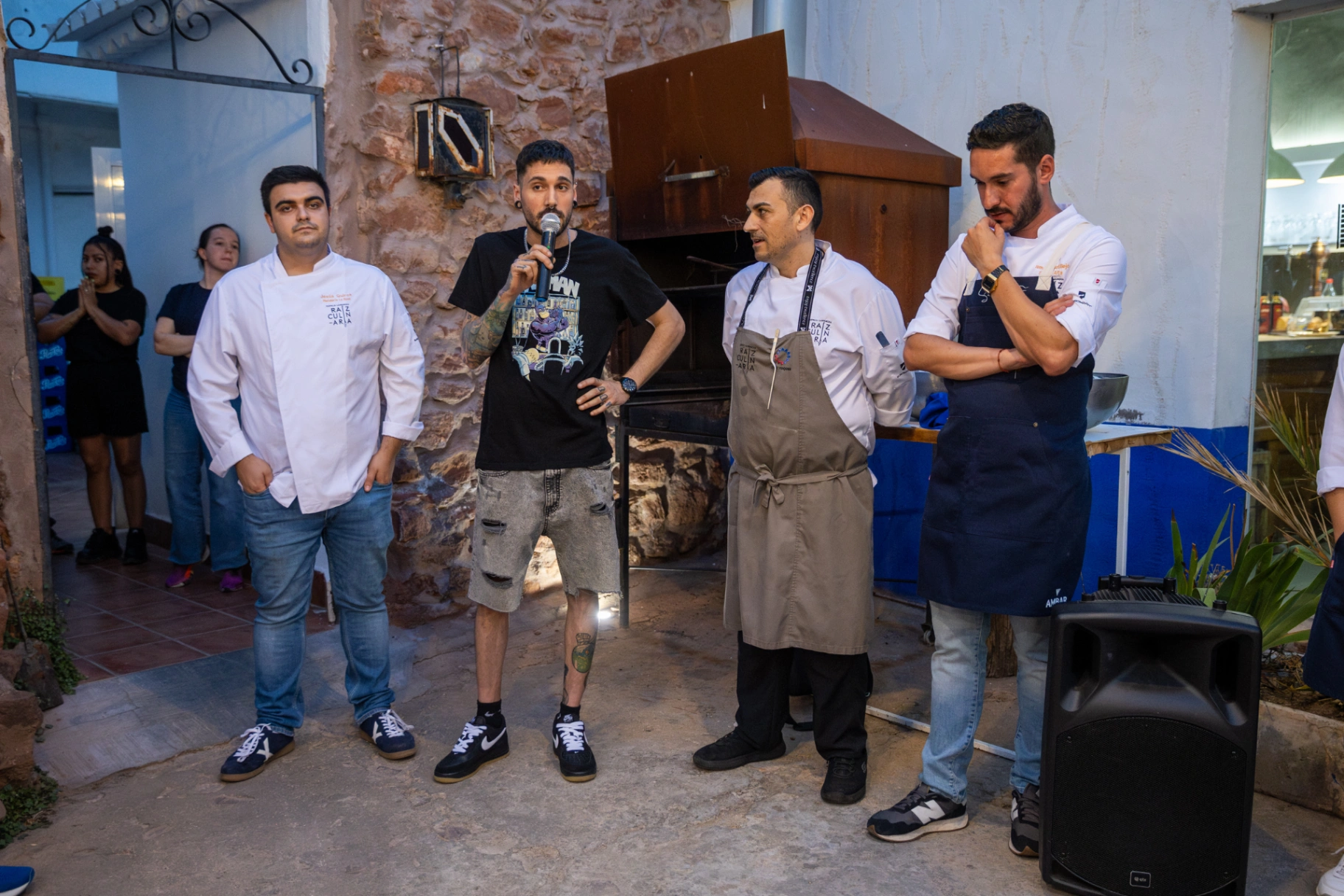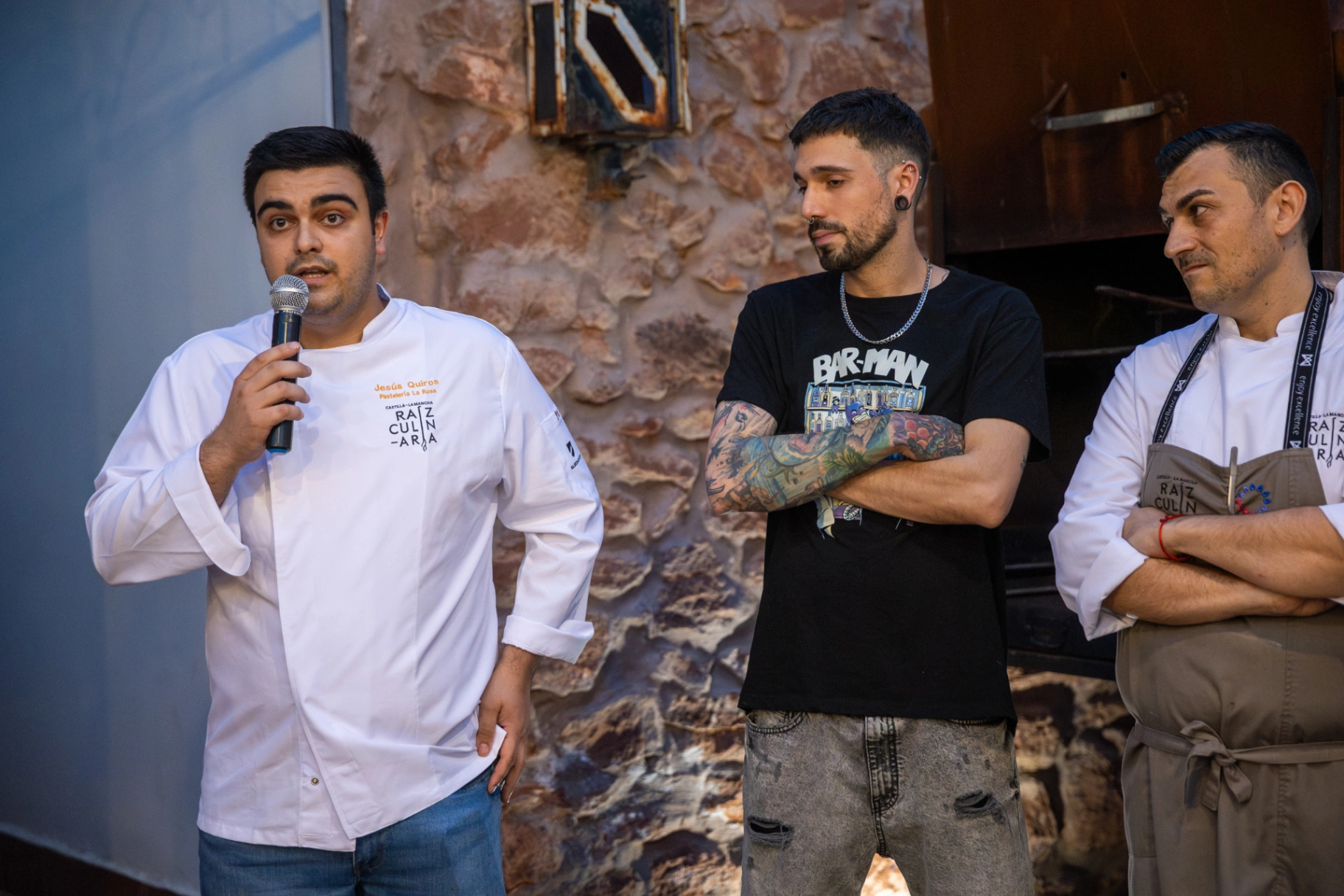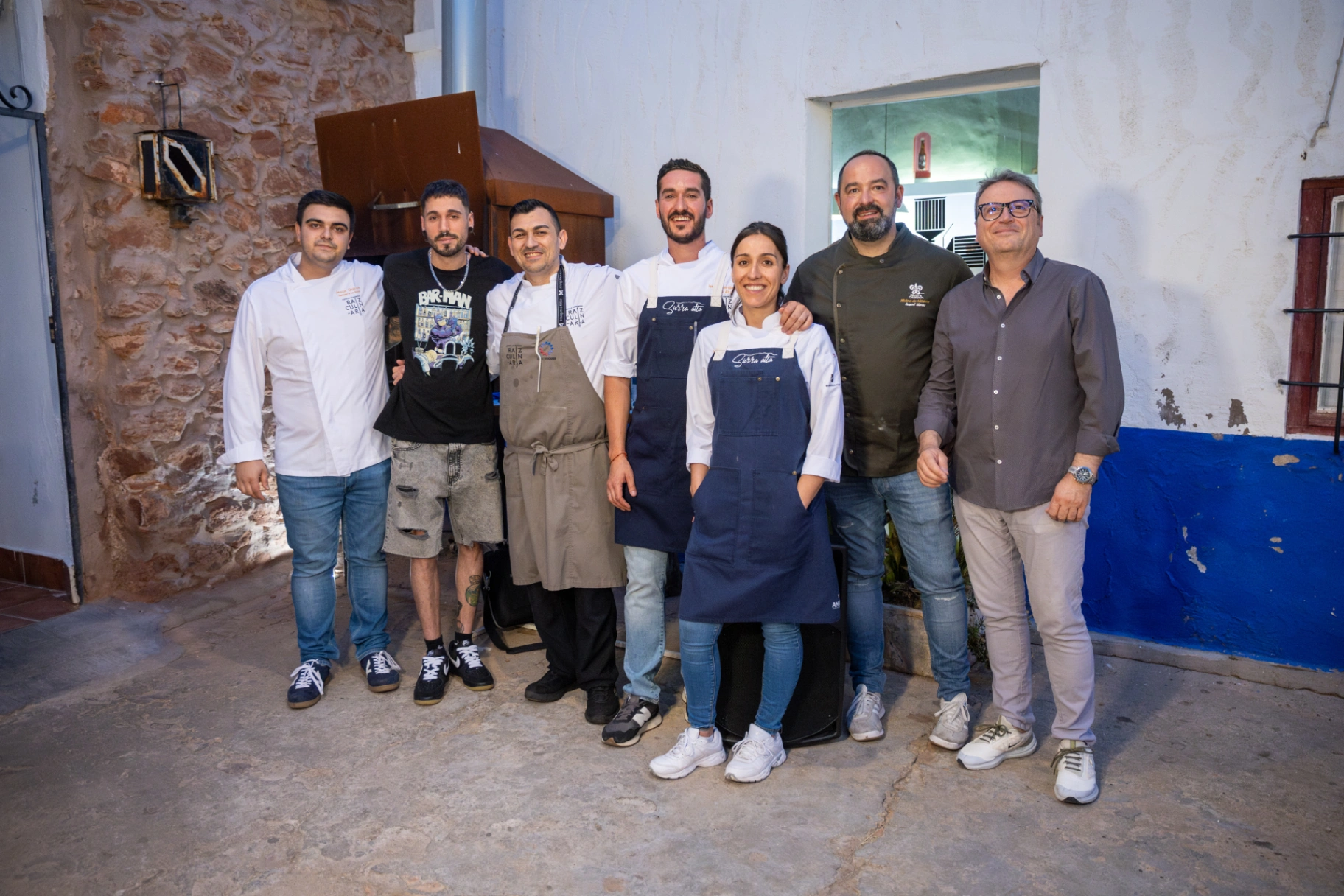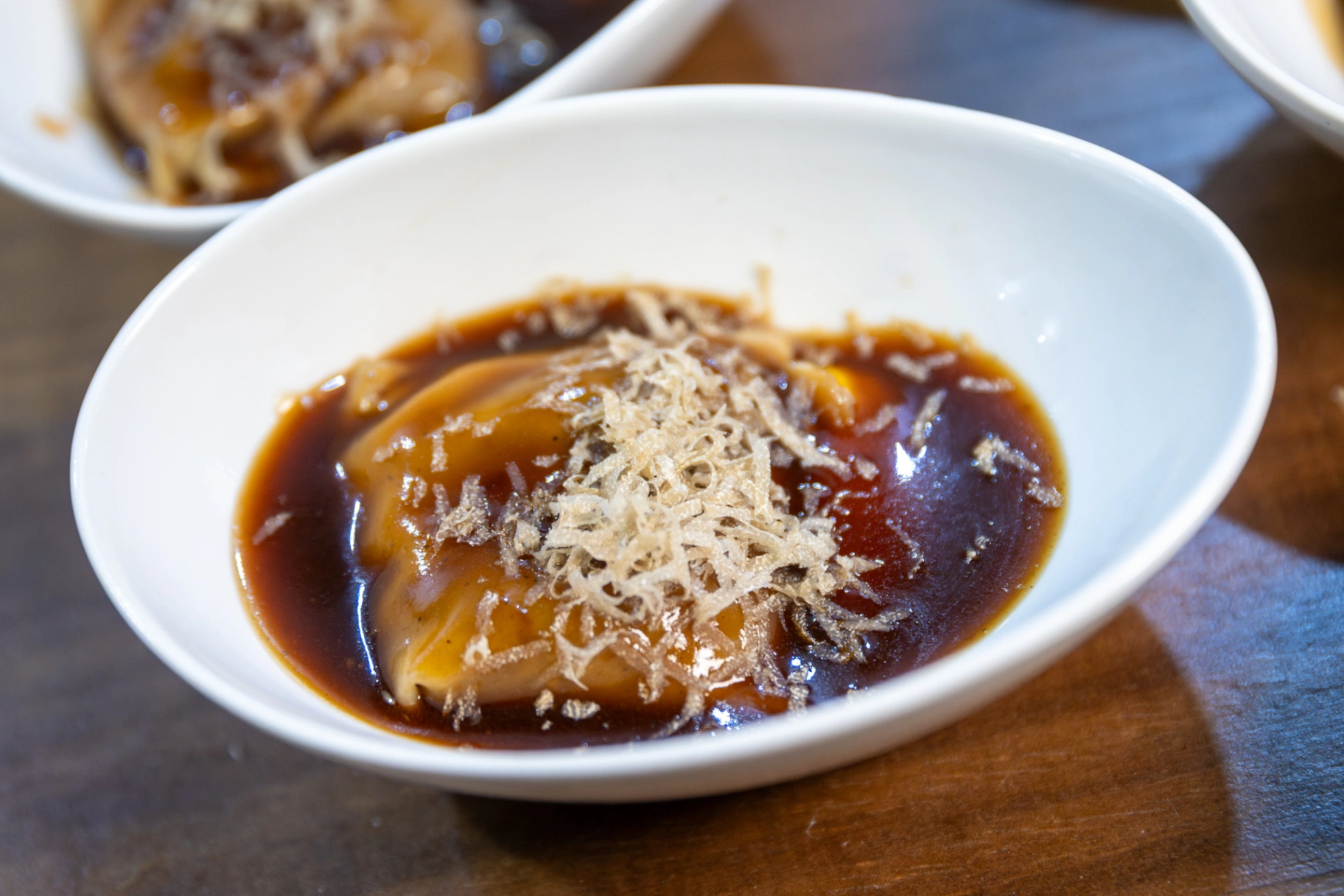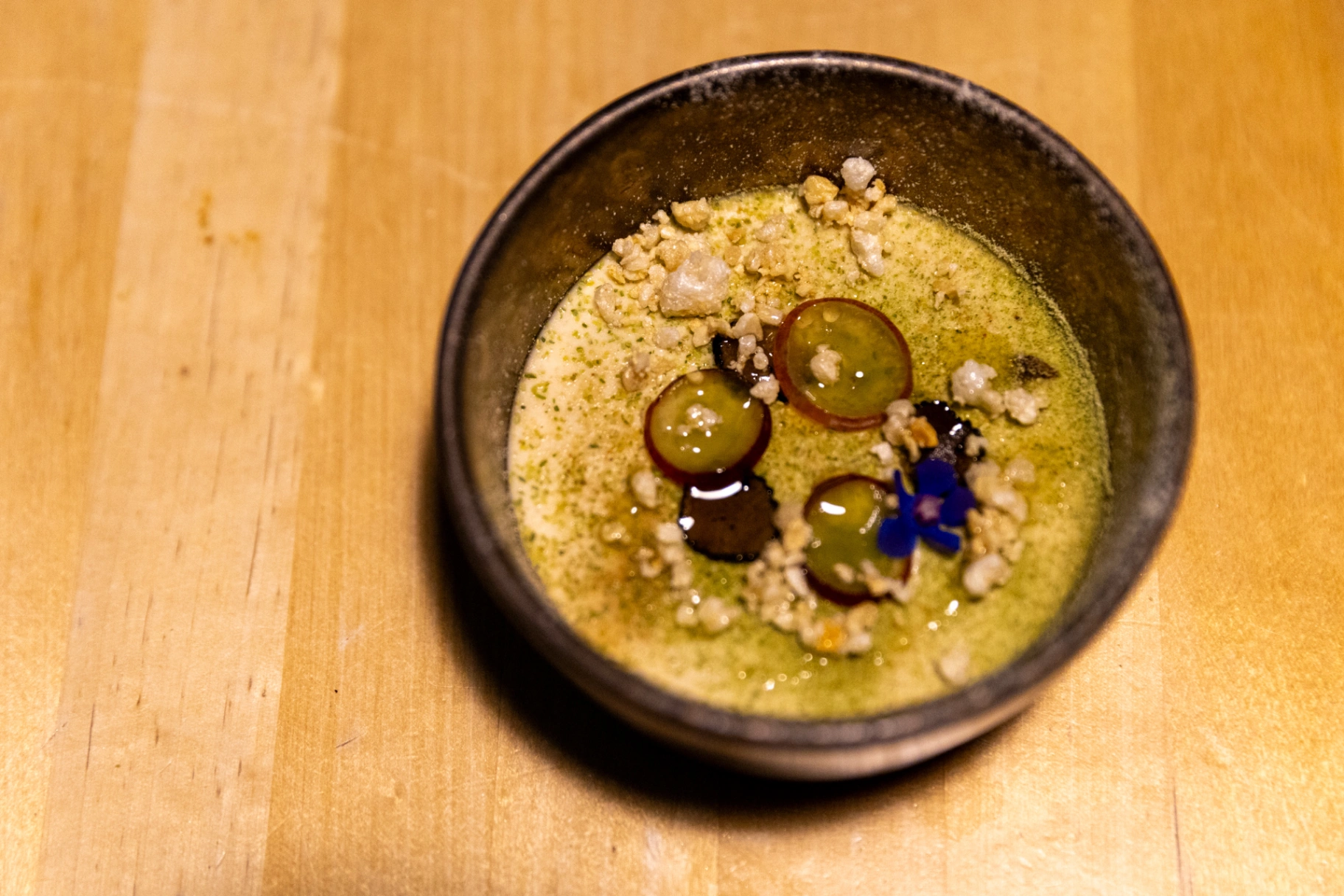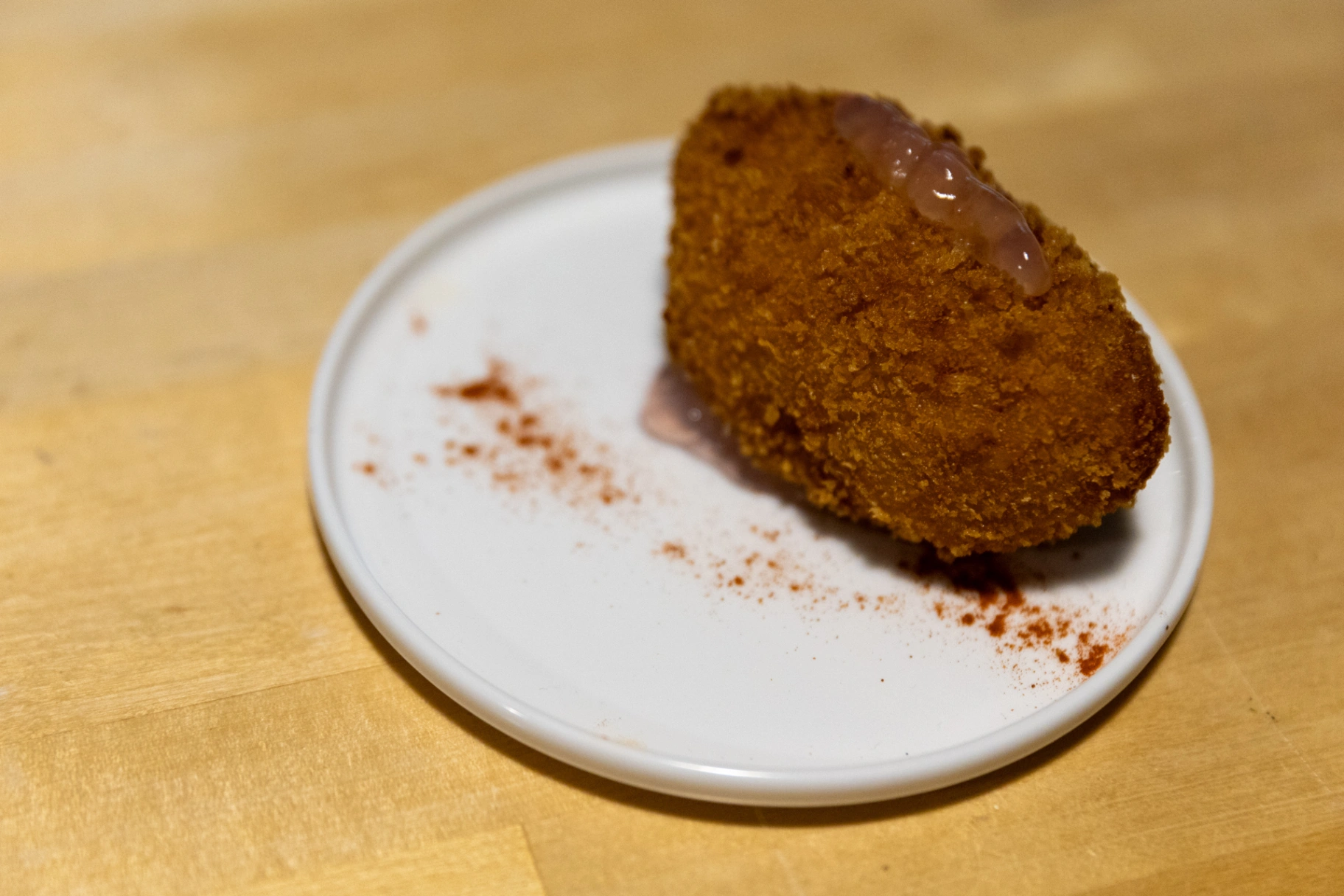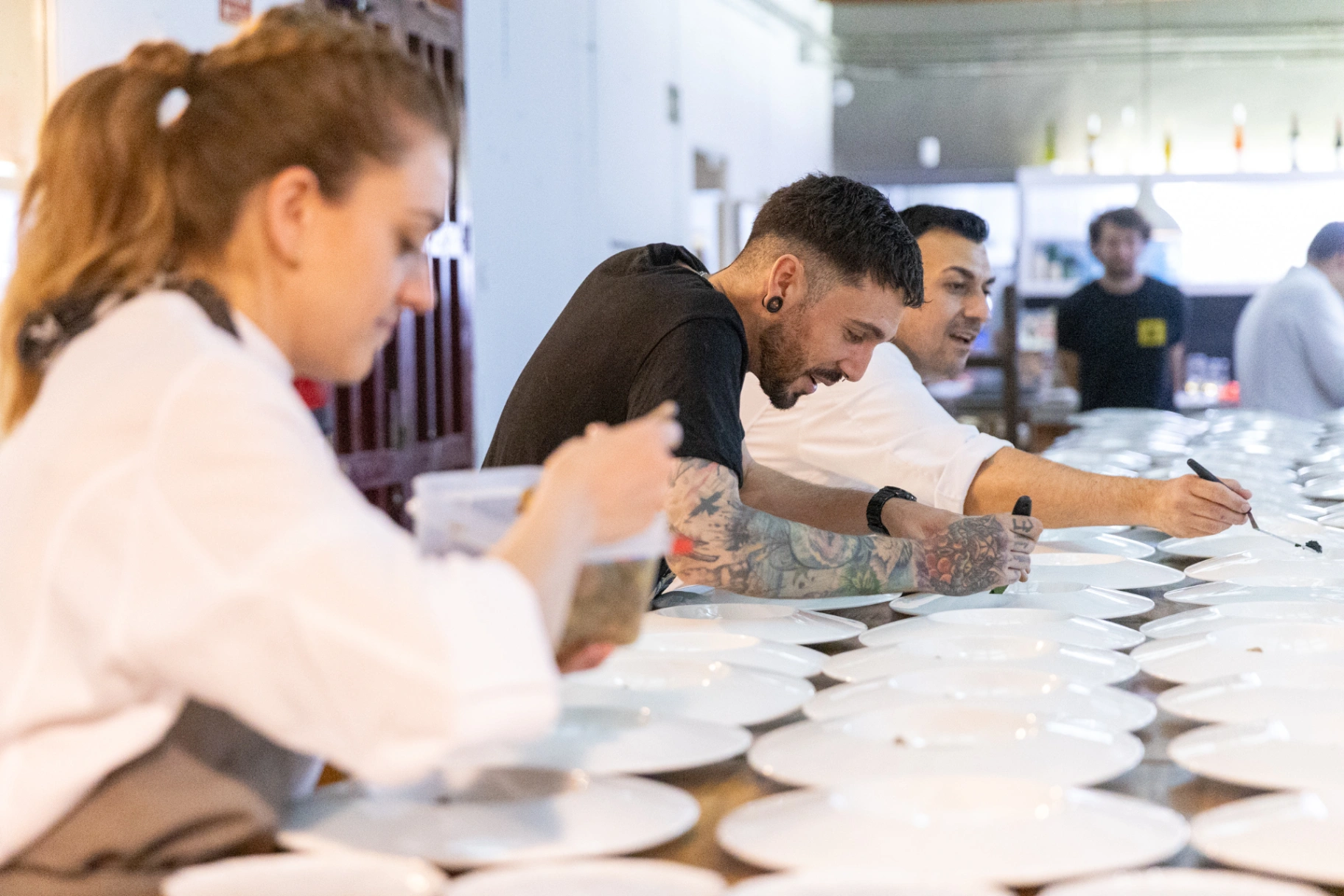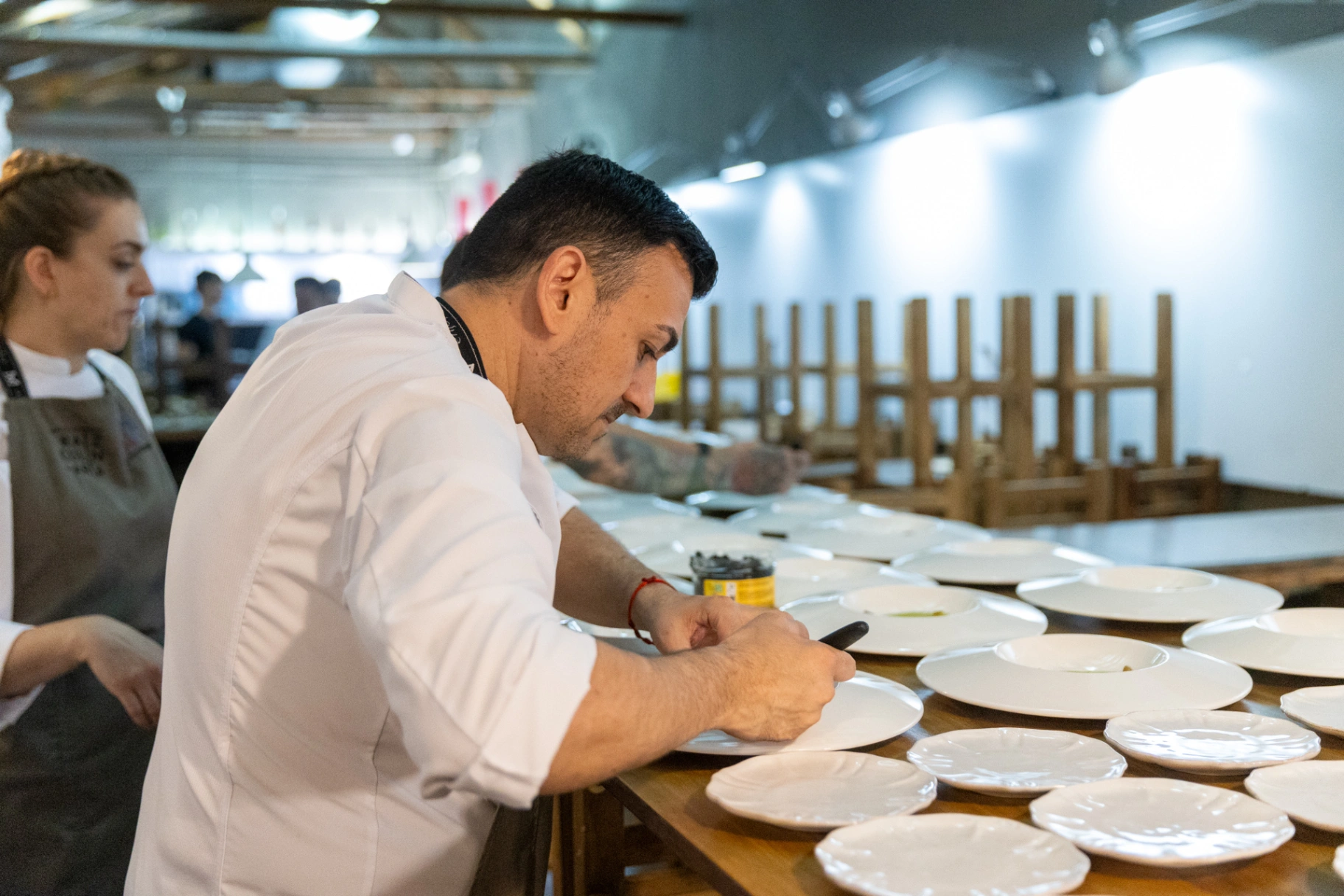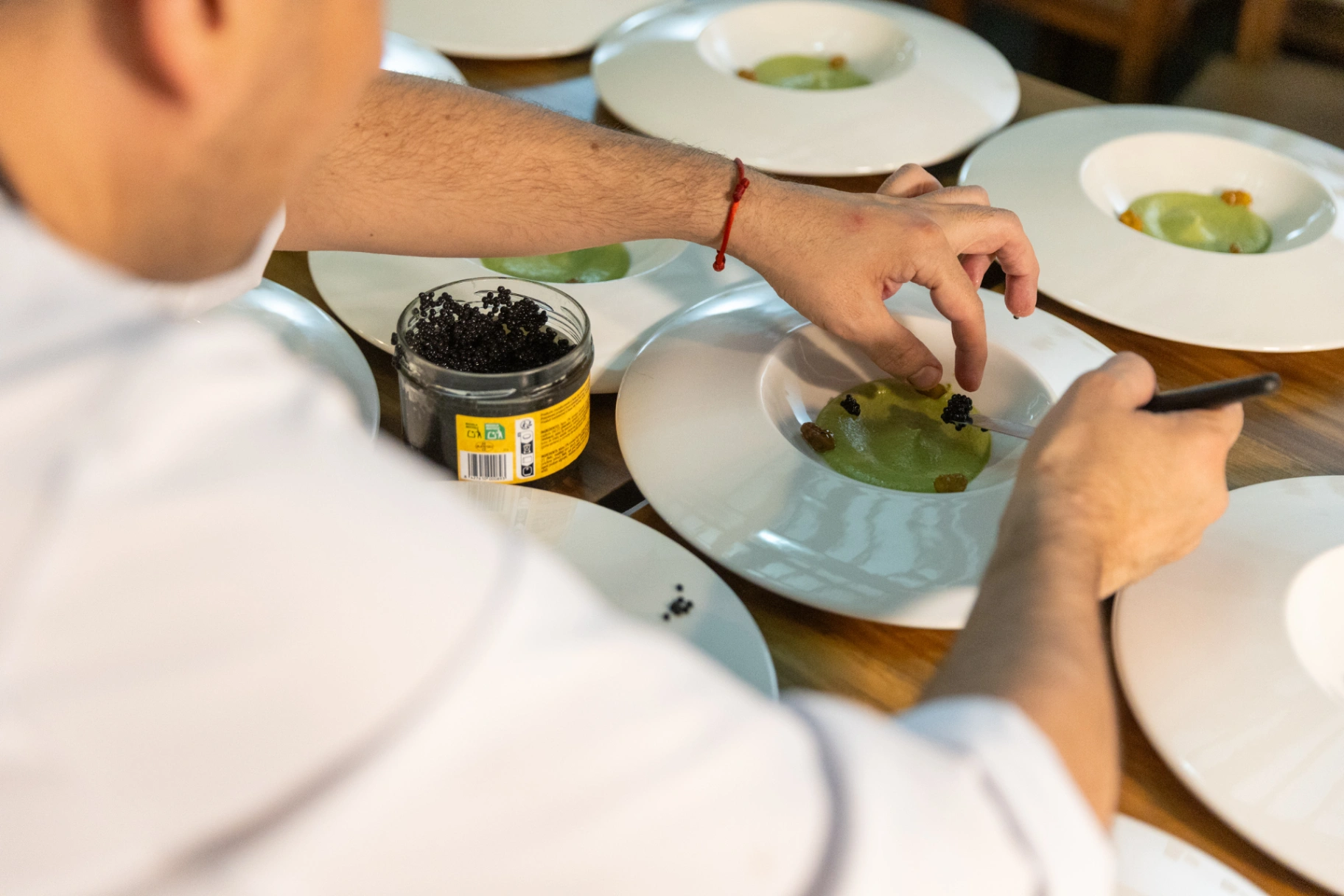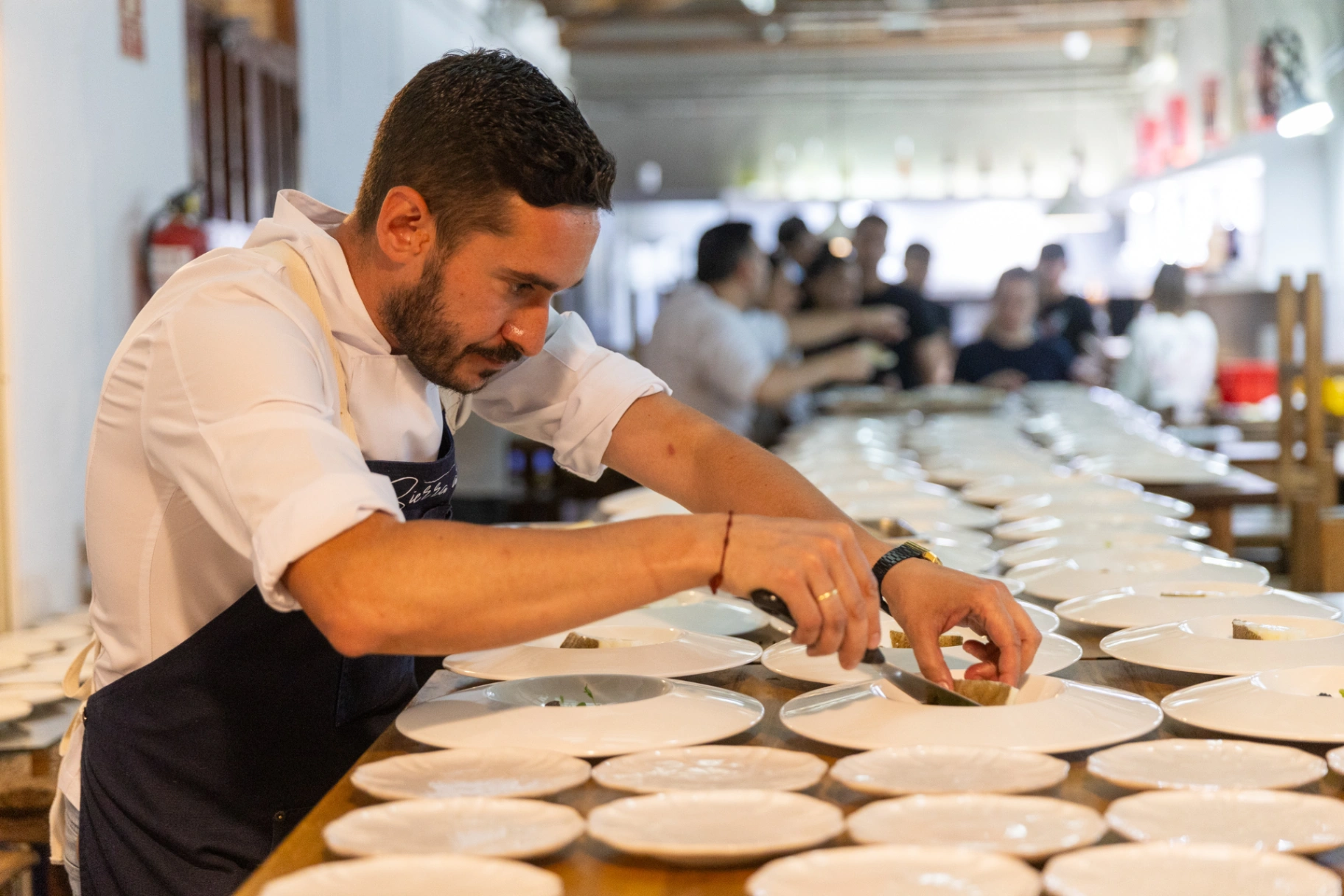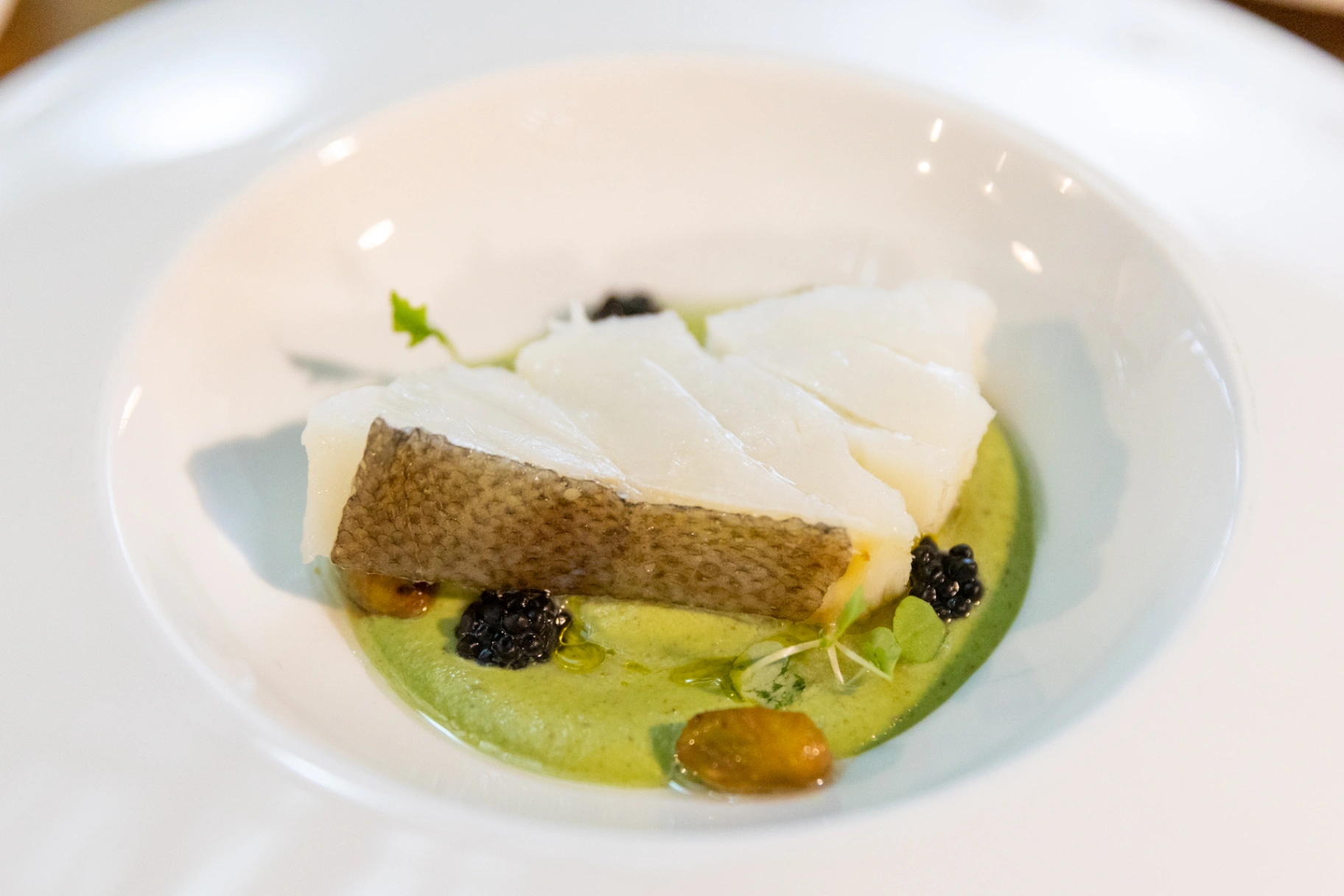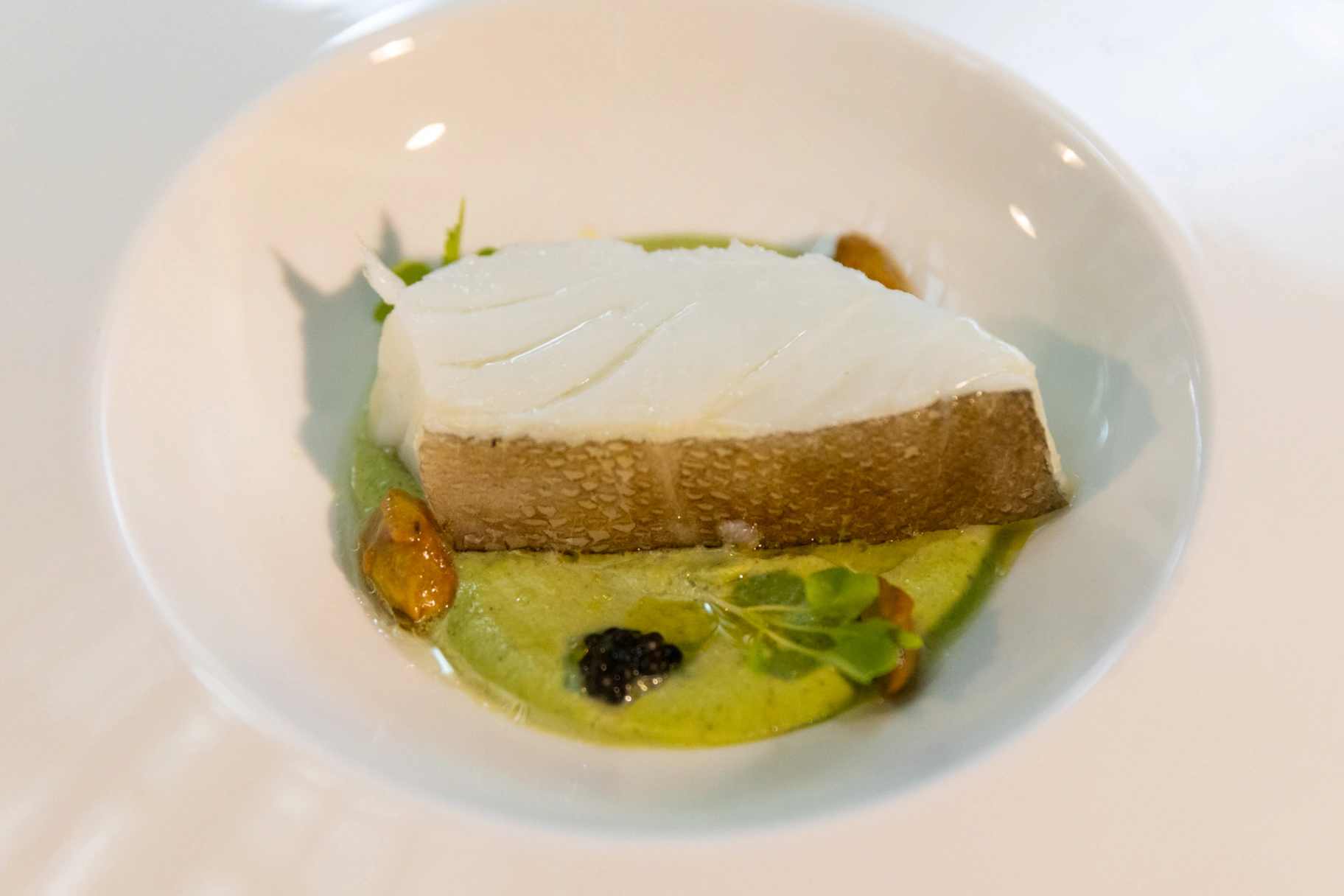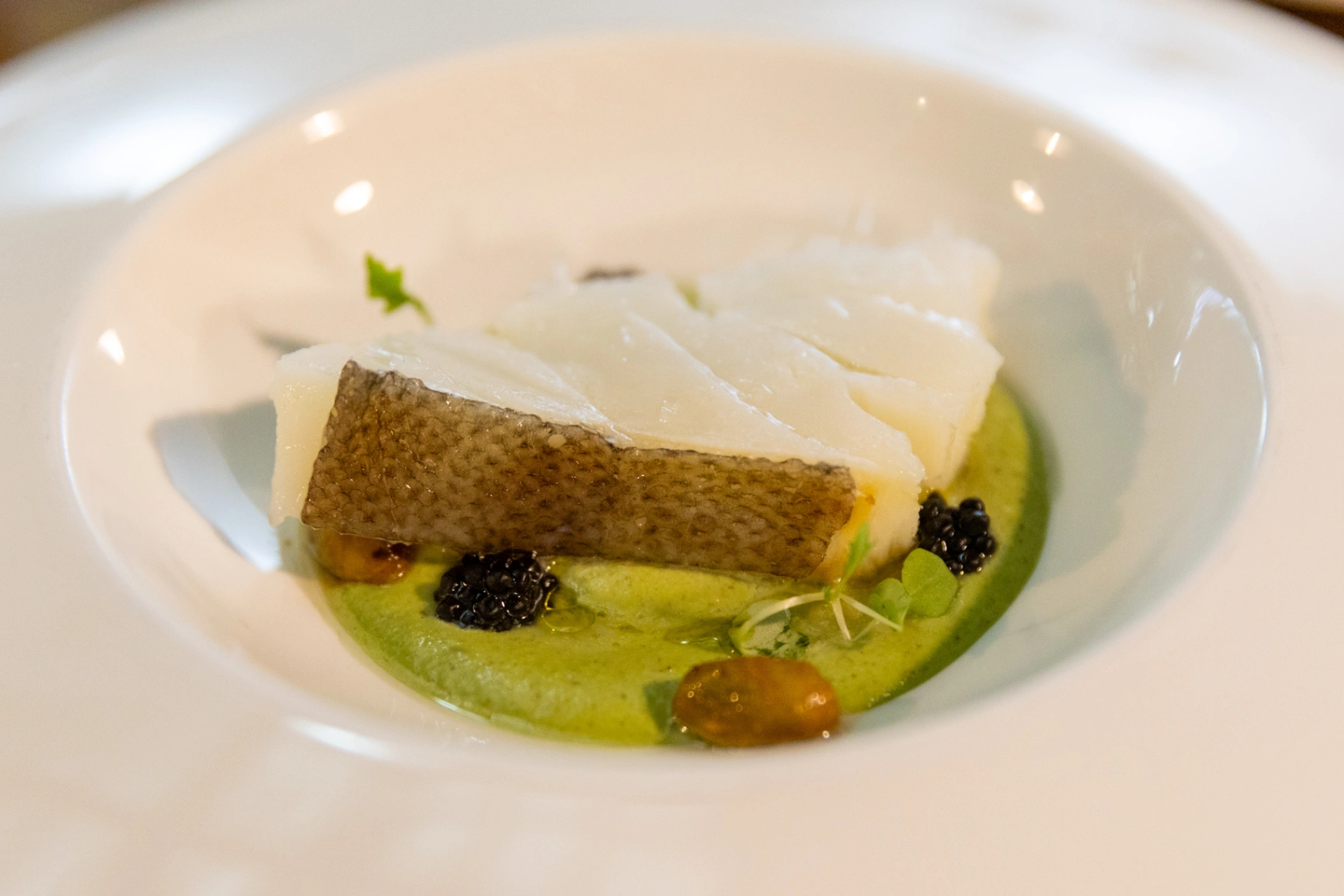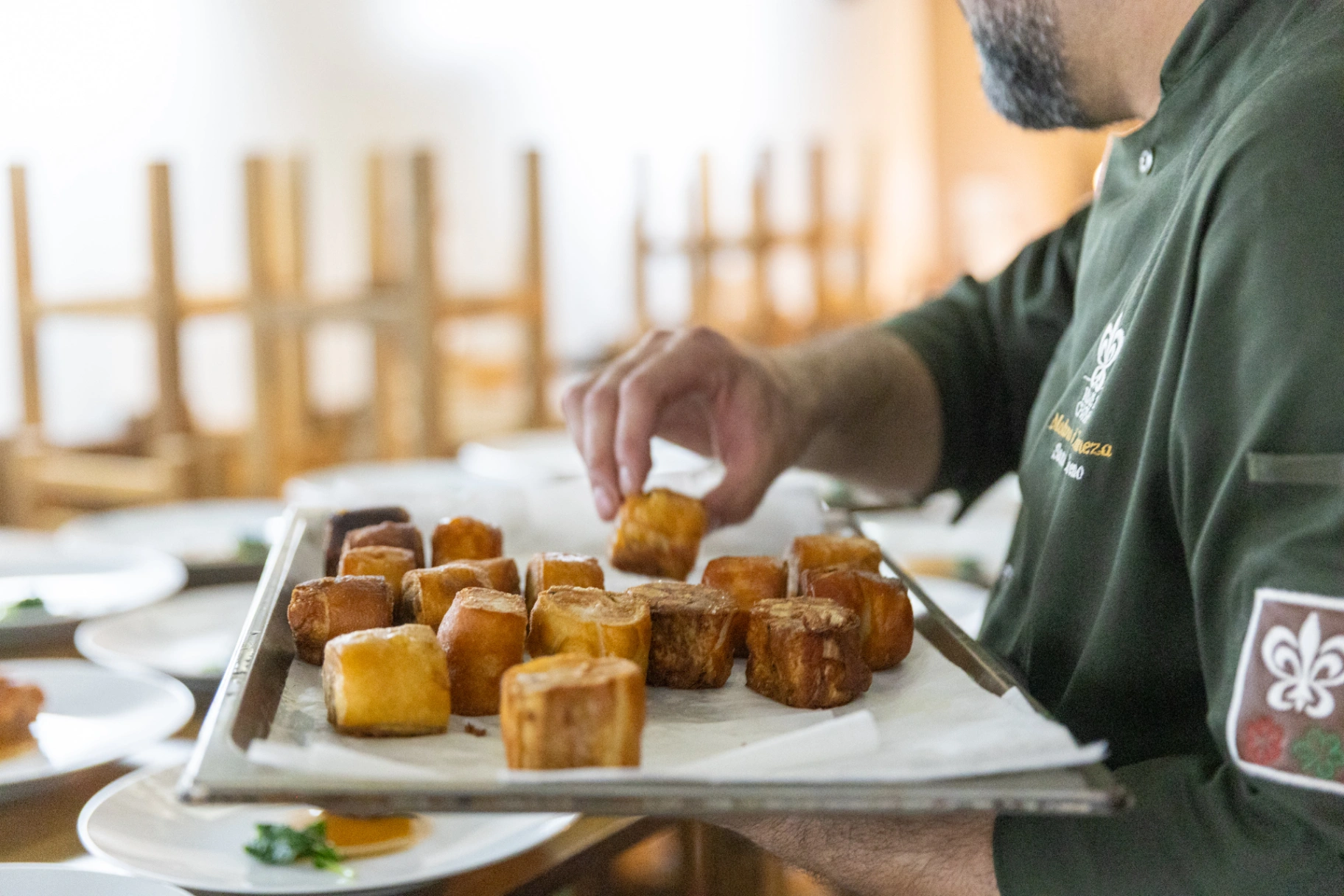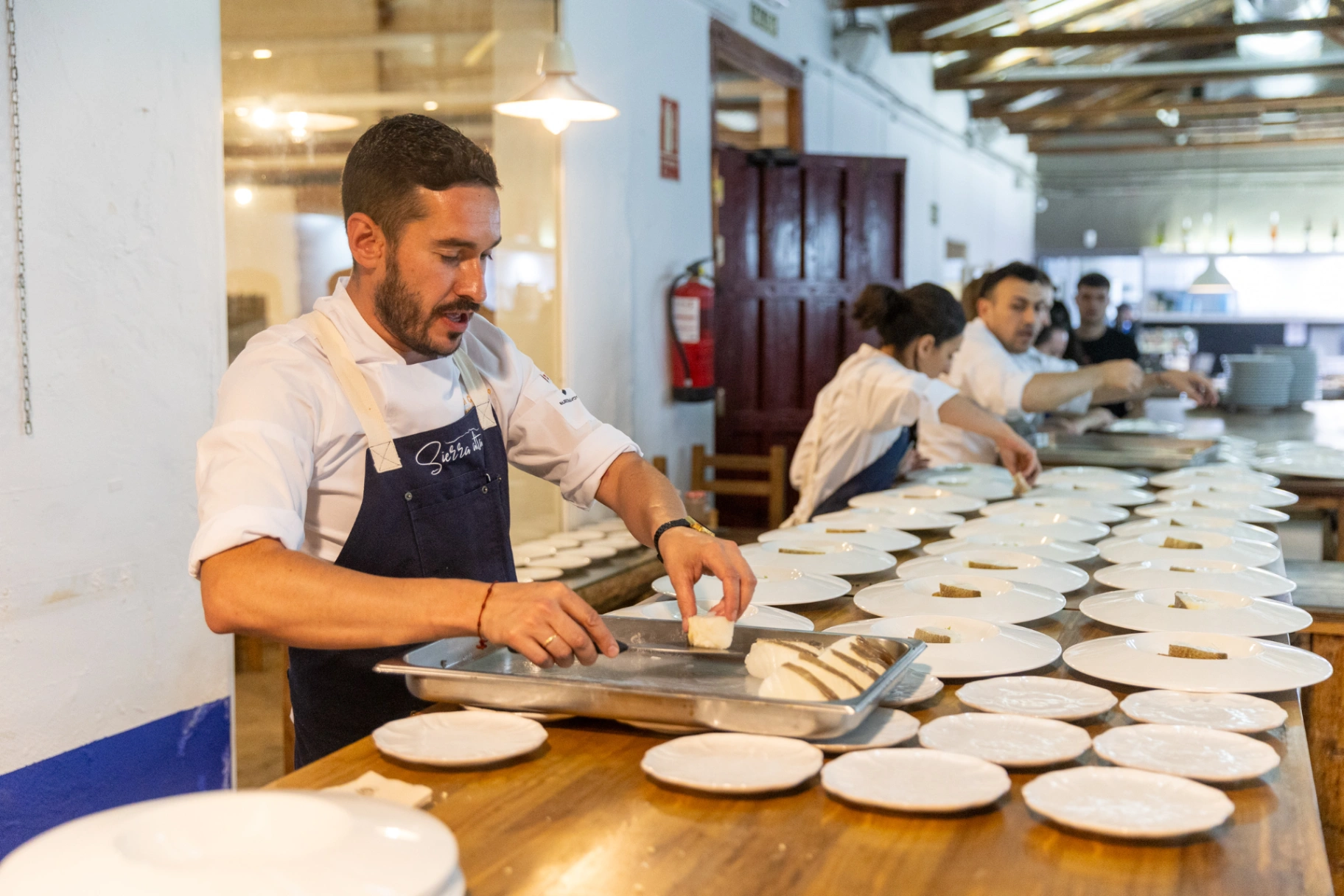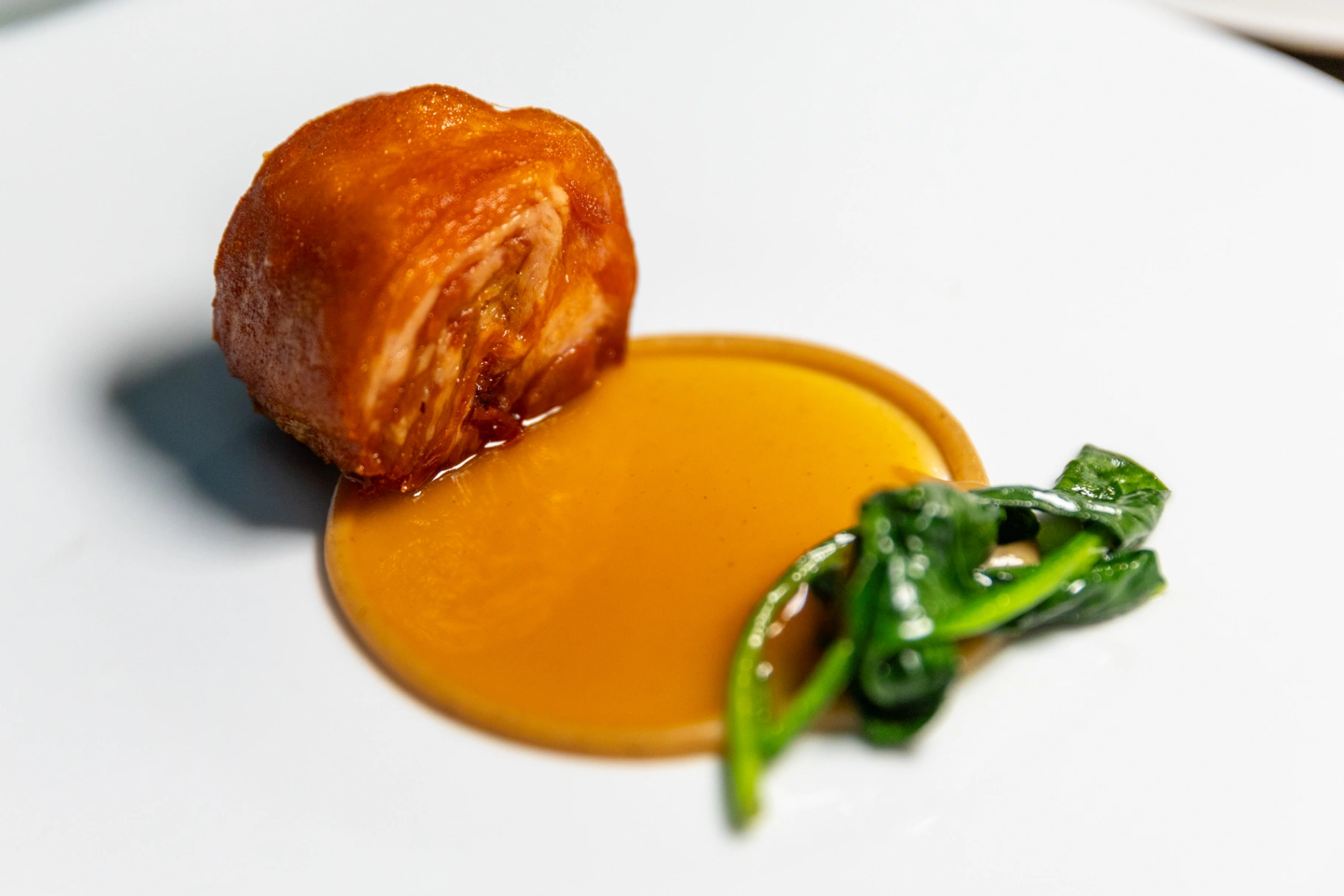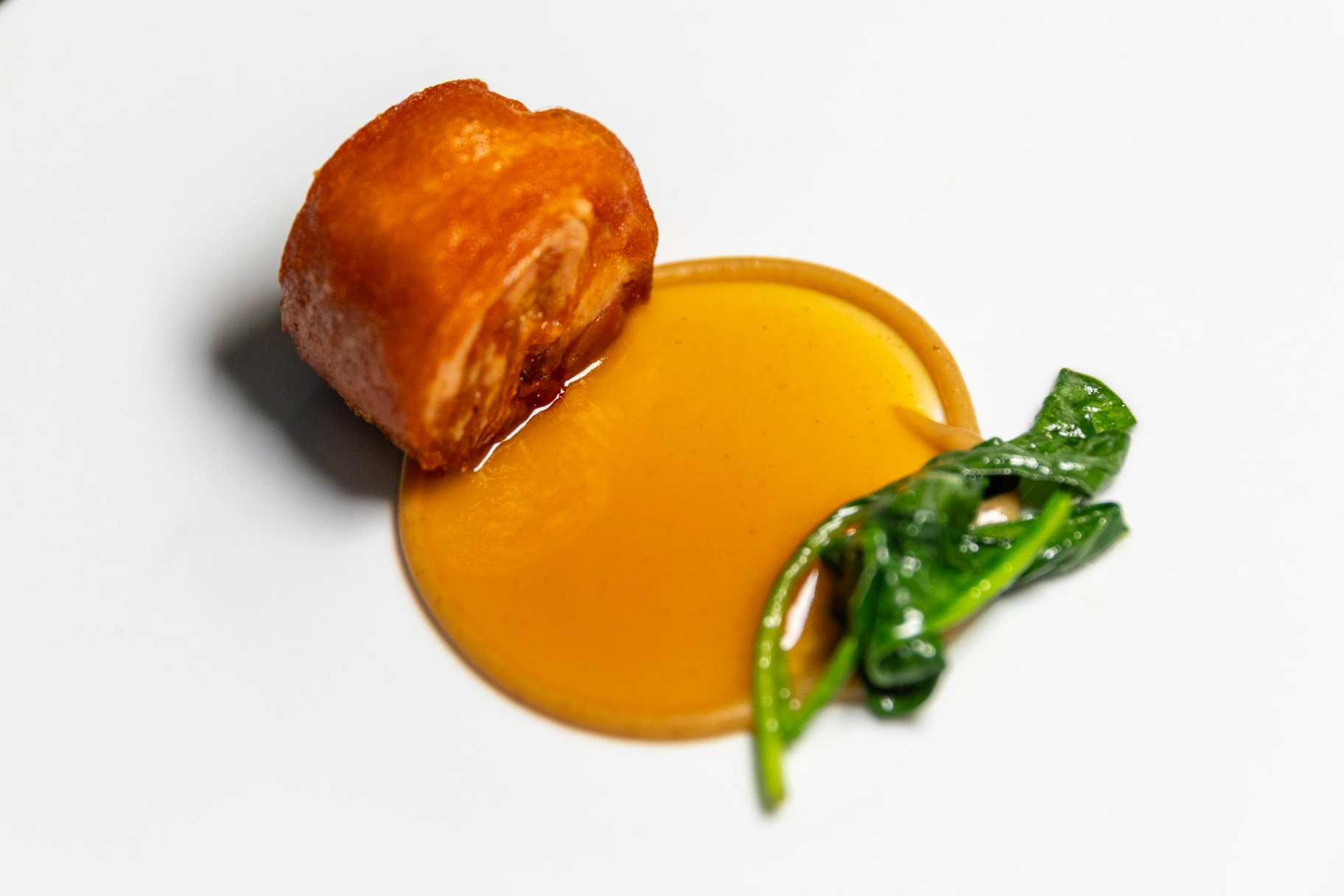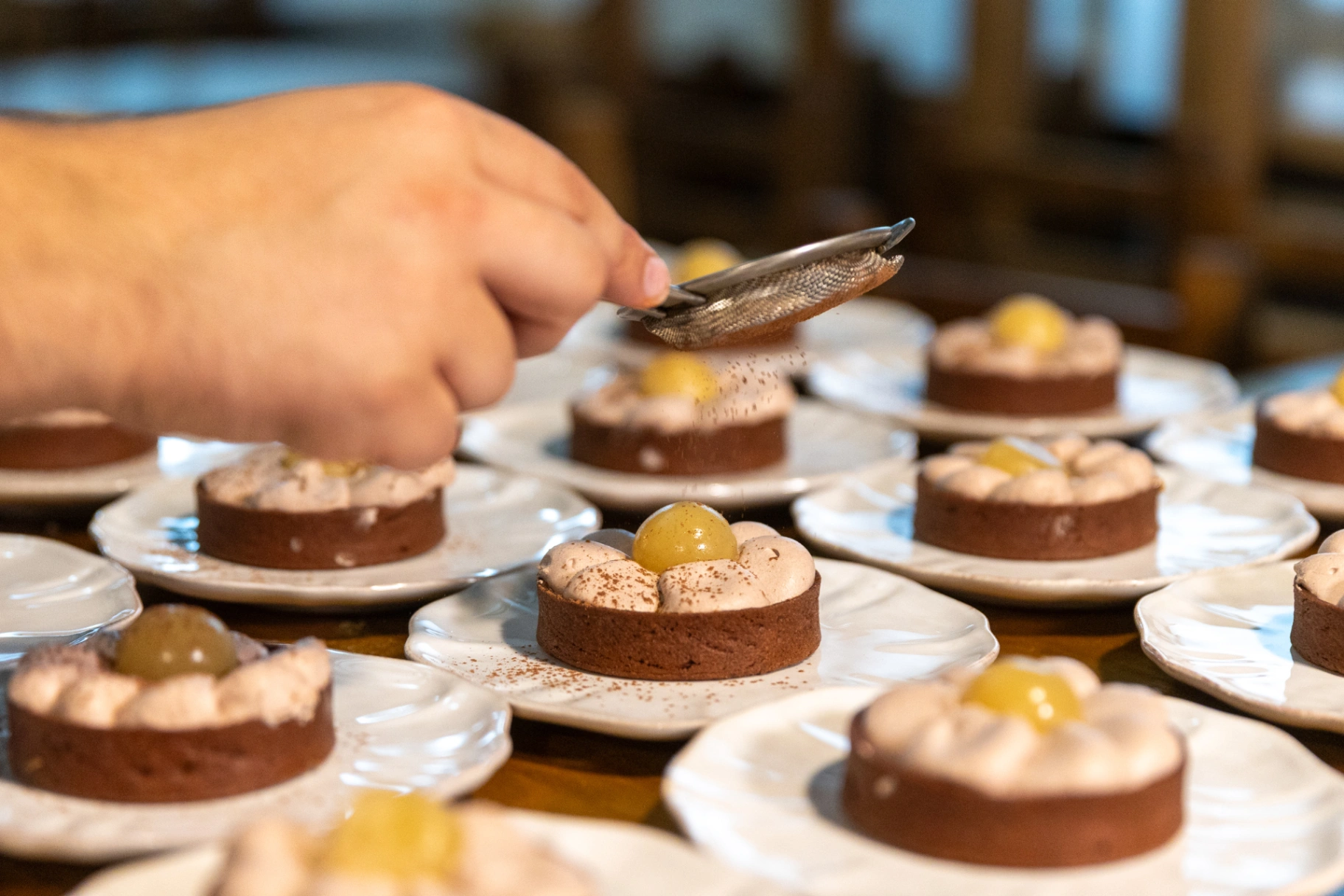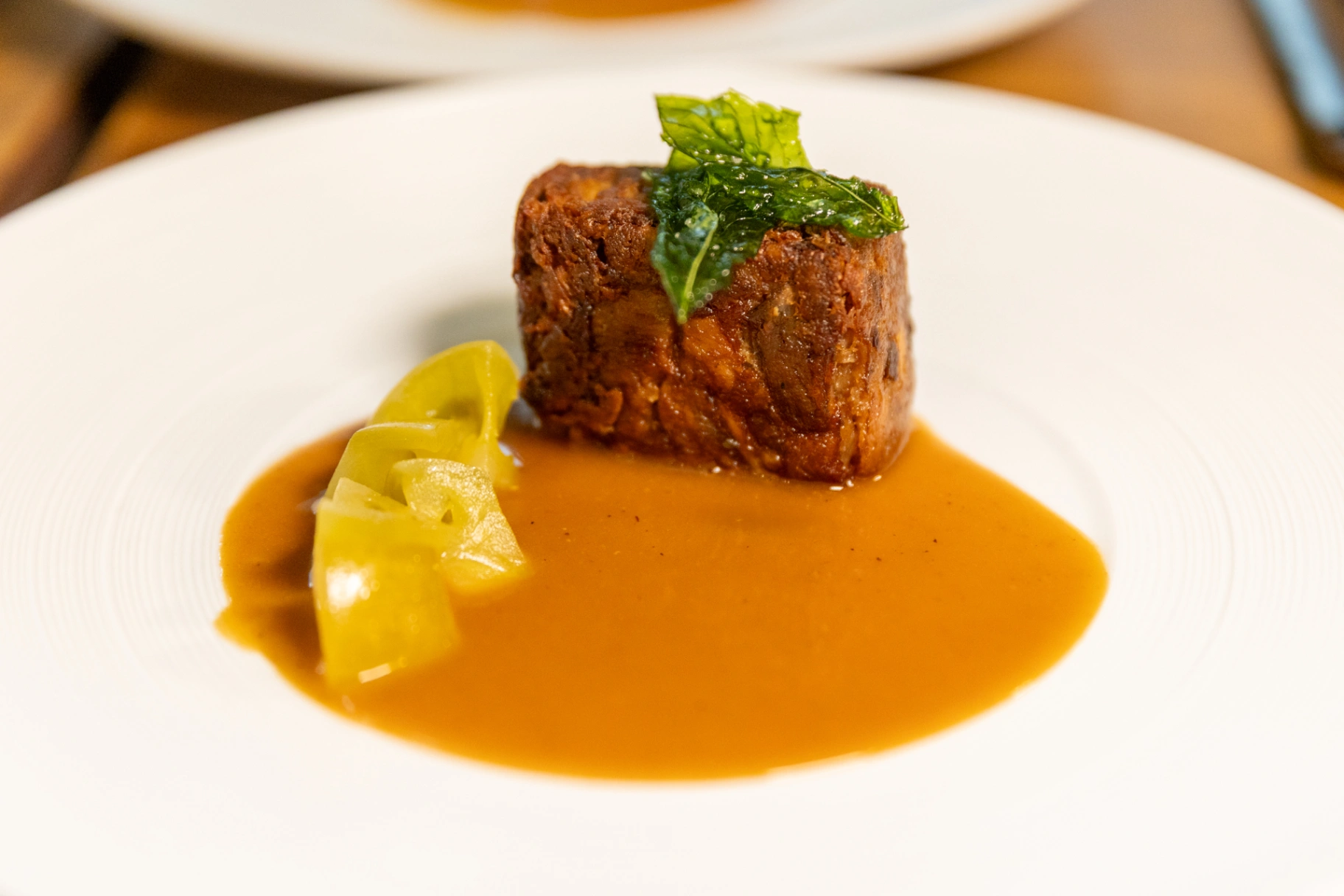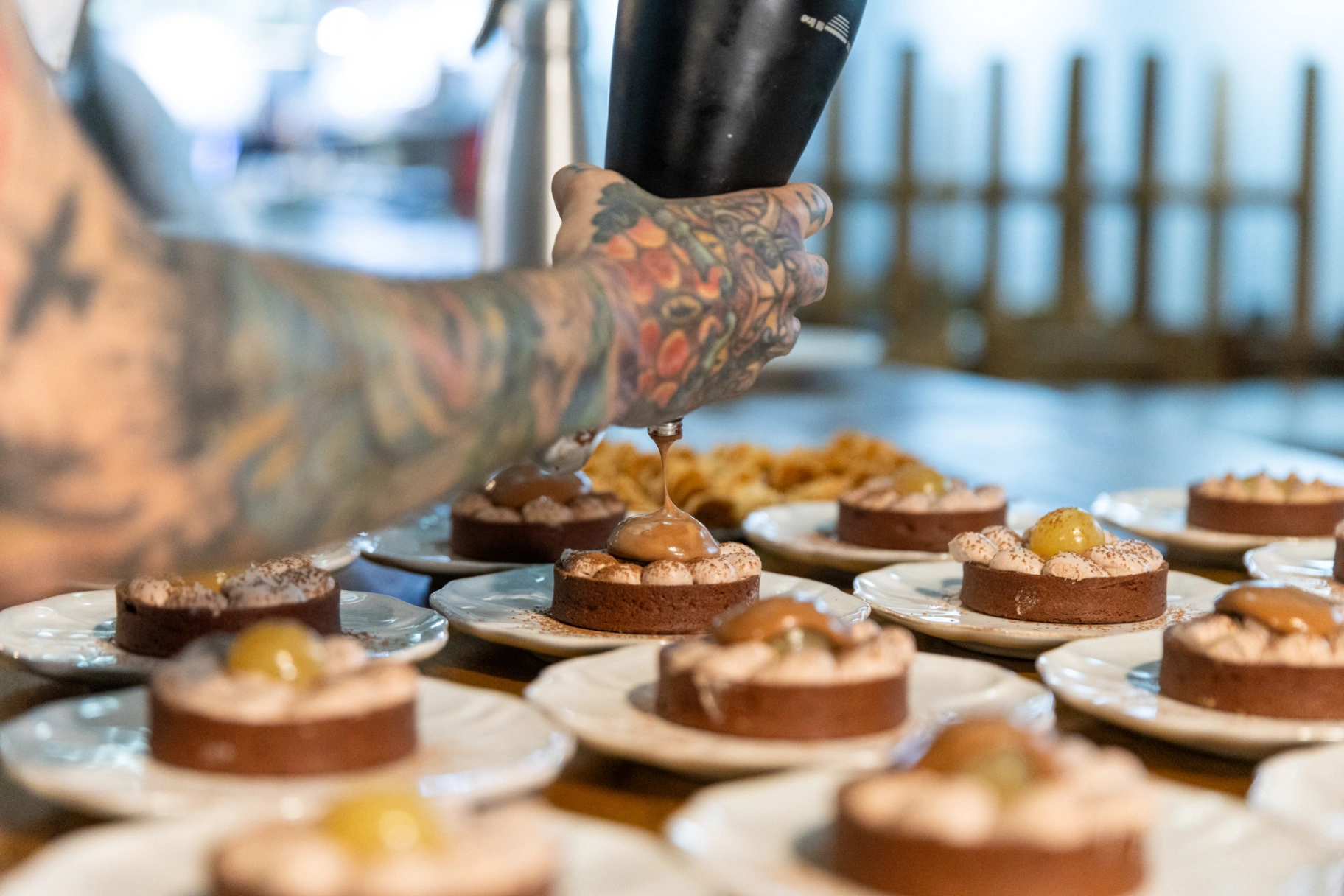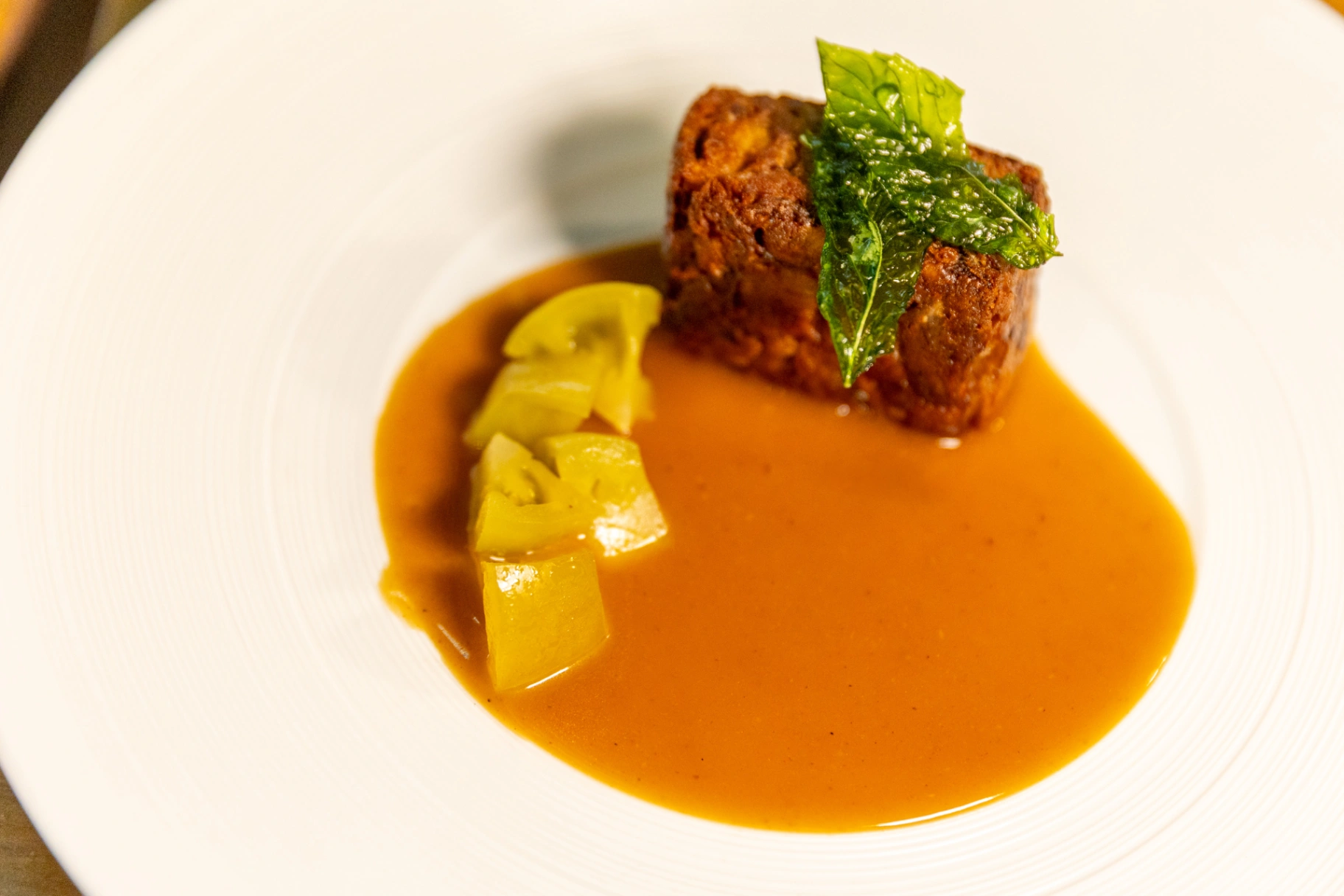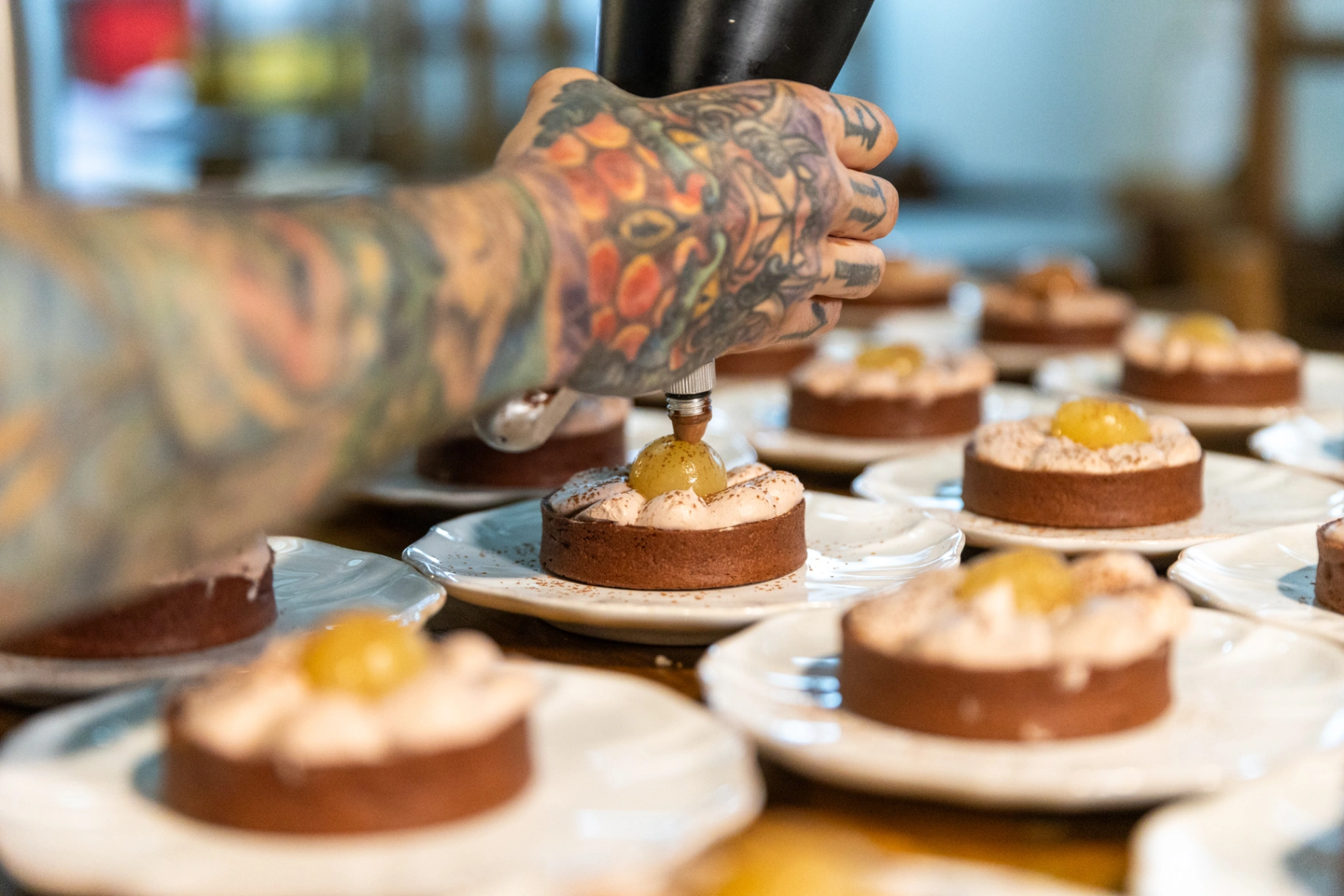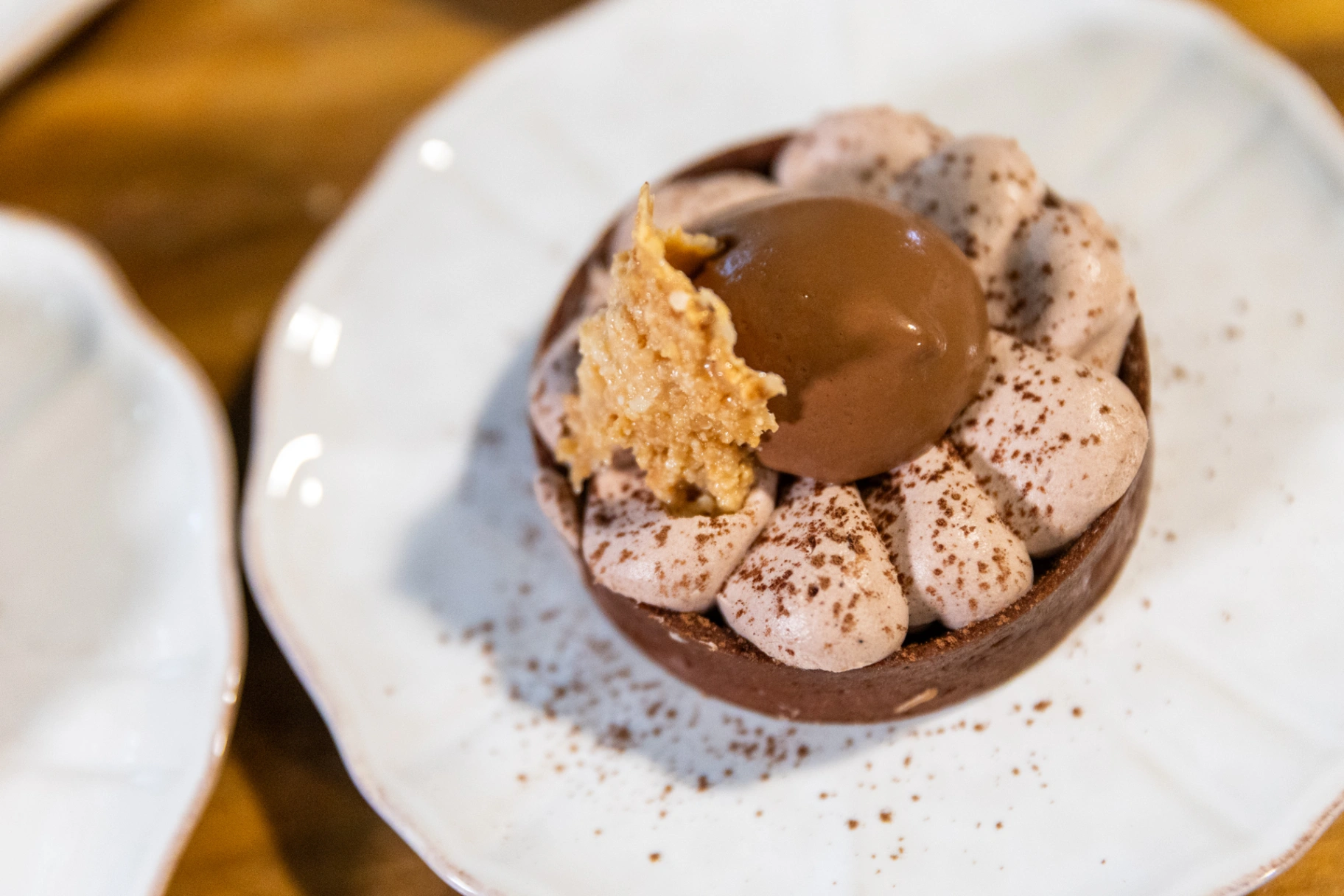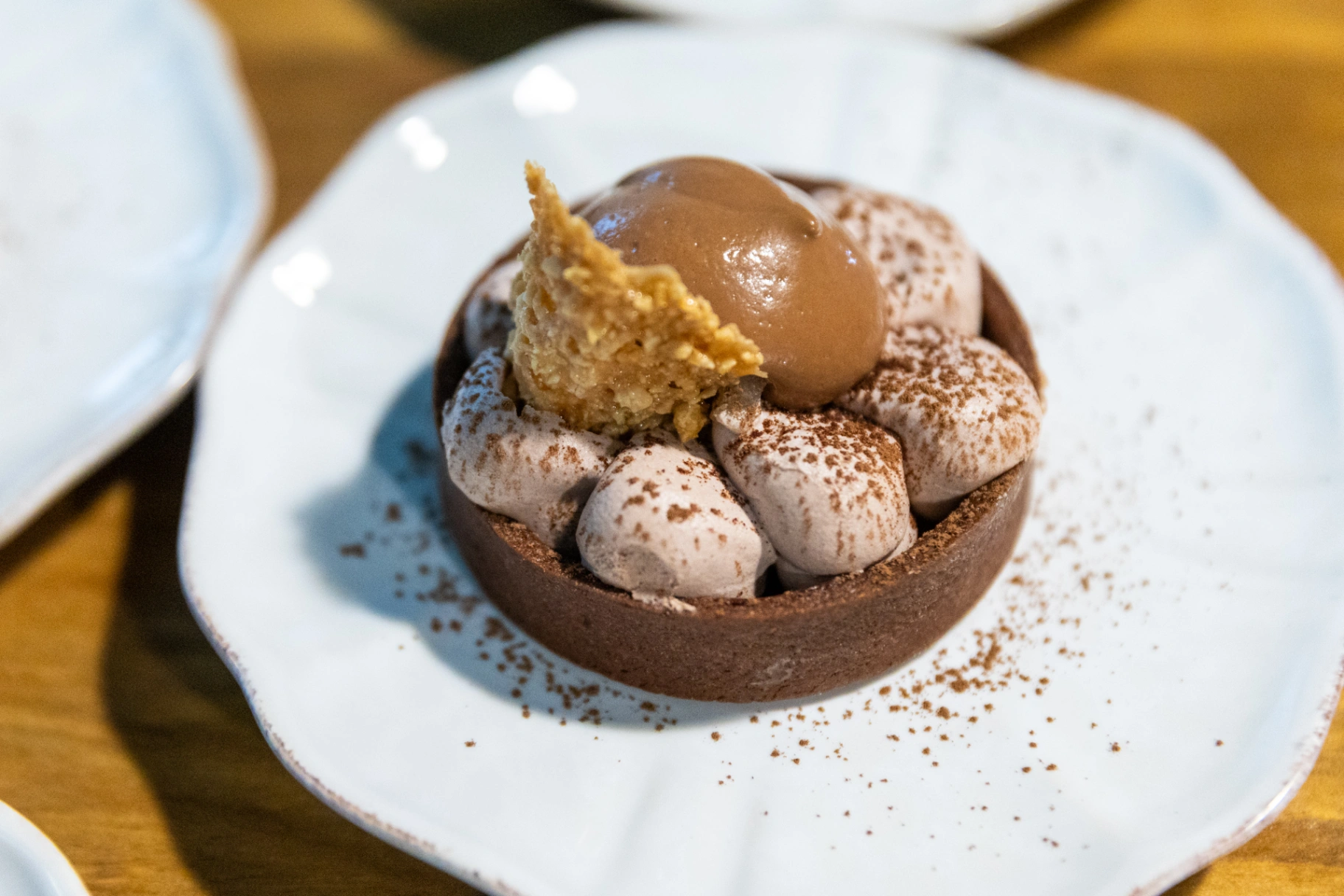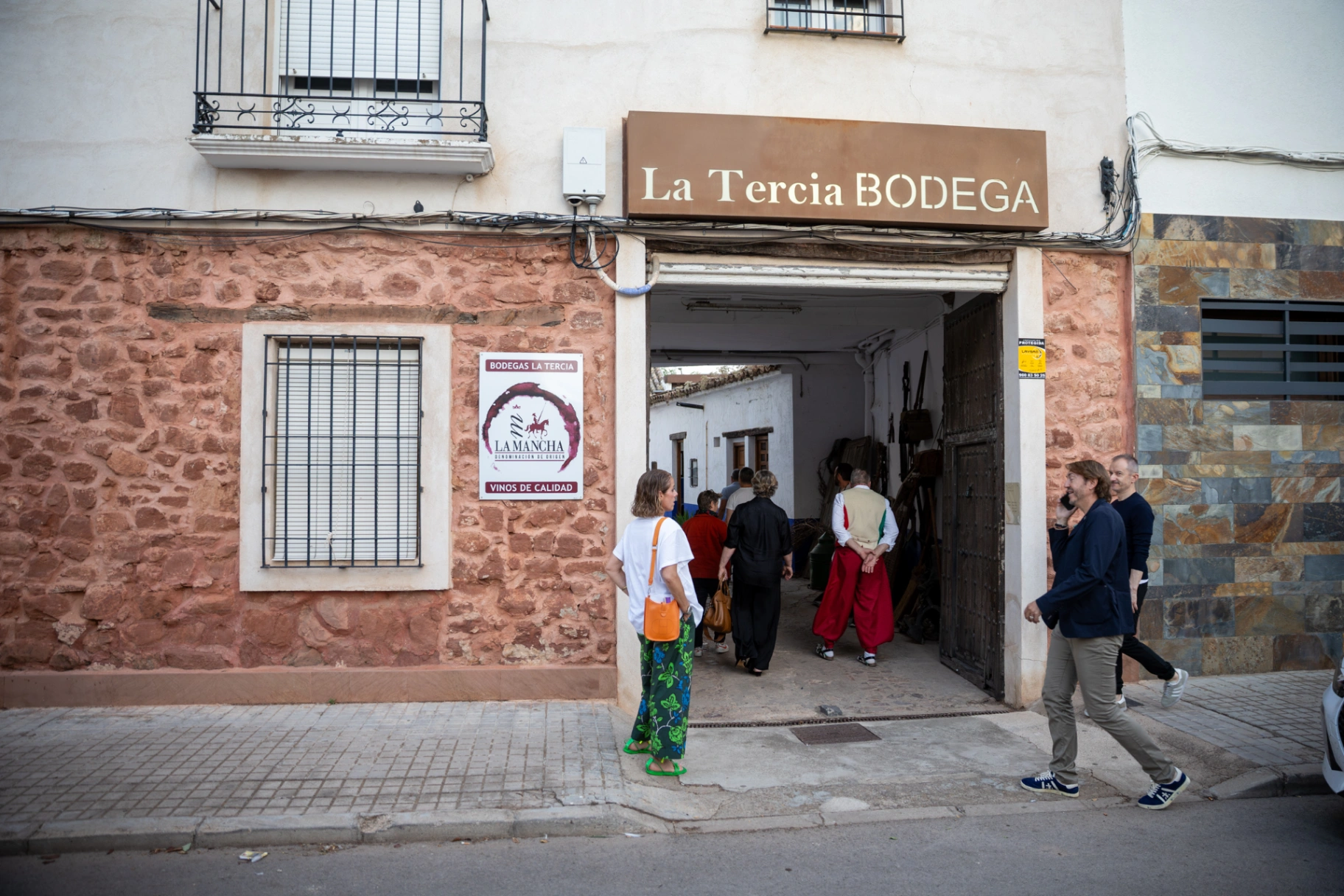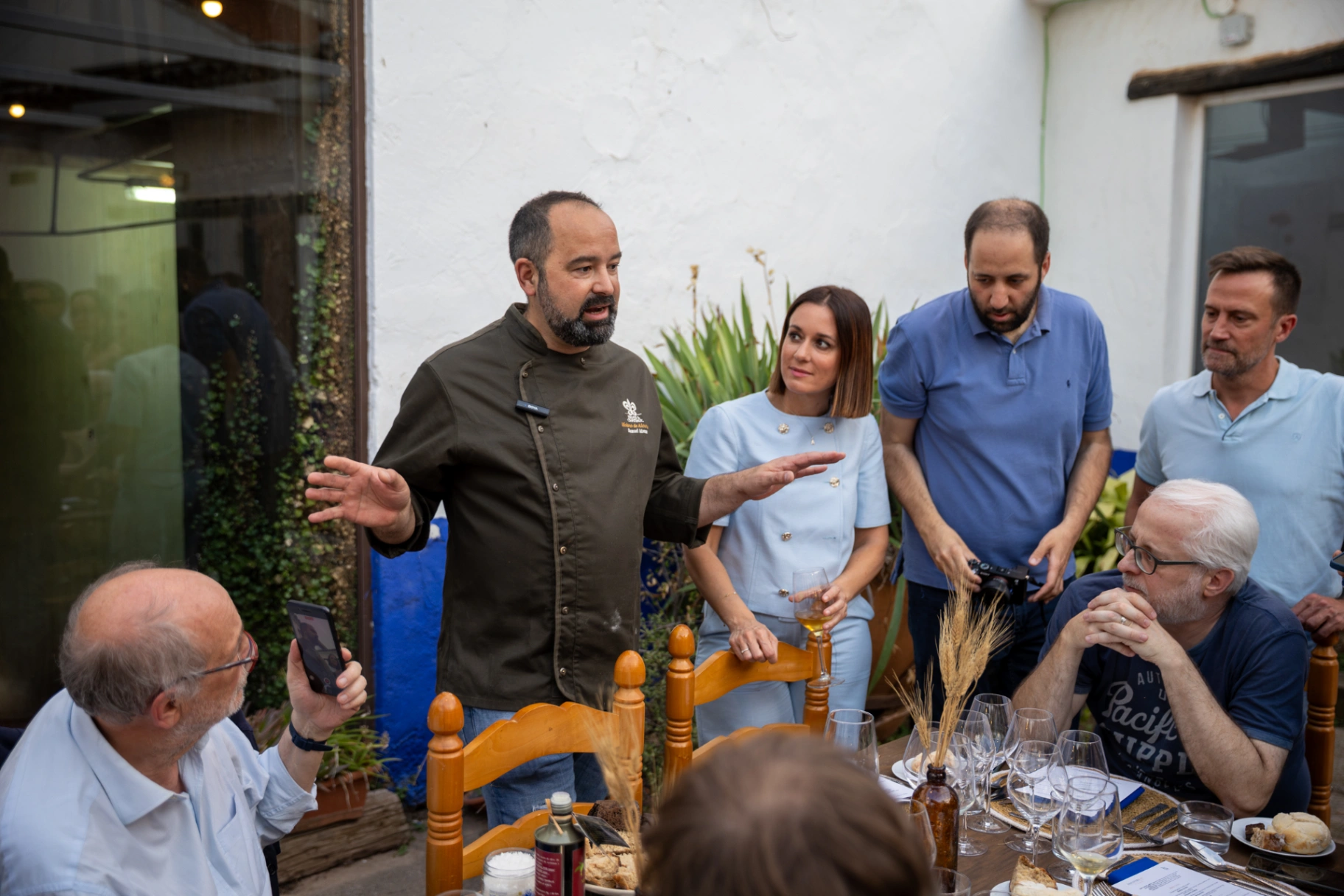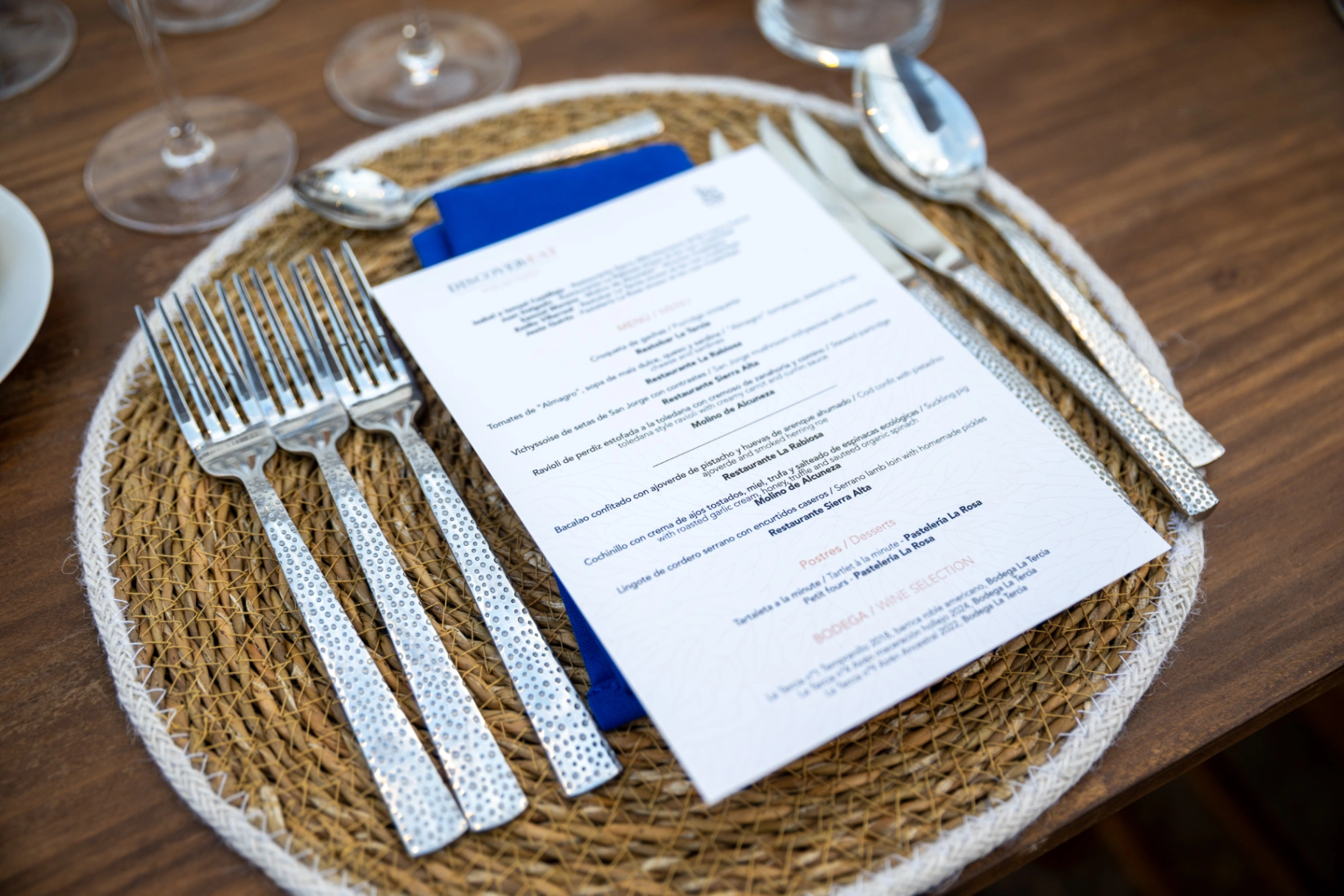
RURAL GASTRONOMY TOURISM, THE NEW LUXURY
Discover-EAT brought together chefs, producers, tourism agents and gastronomic communicators for three days in the Castilian-La Mancha lands of Campo de Criptana, Alcázar de San Juan and Herencia at the first congress on gastronomic tourism in non-urban environments. They all agree that gastronomy is no longer seen as a complement to travel, but has become its driving force. It has become the hinge that links the primary sector with tourism. And in the new luxury, a luxury that is now perceived through the senses: the aroma of earth and fresh grass from the countryside, the intense flavor of a handcrafted cured cheese, and the majestic silence of a century-old winery that evokes centuries of history and dedication.
Contents
Conferences
From "foodie" to "gastrotraveler": gastronomy, the new driver of personalized tourism
Abraham Martín, Pangea's Marketing Director, highlights how the culinary experience has become a decisive criterion for many travelers, who choose their destinations based on the local gastronomic offer. Pangea is committed to personalized tourism focused on the traveler's tastes, especially in the culinary field, promoting authentic and sustainable experiences. Martín proposes replacing the concept of “foodie” with that of “gastrotraveler”: tourists over the age of 30 who seek authenticity, quality and cultural connection in each dish. Digital tools such as Google Maps facilitate this approach, but in a saturated environment, authenticity remains the key to success.
Discover-EAT promotes rural gastronomic tourism from Campo de Criptana
The Discover-EAT congress opened its first day in the historic Pósito Real de Campo de Criptana, symbolizing the connection between gastronomy, heritage and rural tourism. The mayor of the town, Santiago Lázaro highlighted the importance of creating sustainable experiences that benefit both the visitor and the community. Benjamín Lana, general manager of Vocento Gastronomía, called for the promotion of authentic gastronomic tourism that improves life in rural areas. Patricia Franco, Minister of Economy, Business and Employment of Castilla-La Mancha, underlined the key role of local producers and the opportunity to position the region as a gastronomic reference. The inauguration concluded with a clear message: only collaboration between institutions, companies and communities can guarantee a transformative and sustainable rural tourism
Gastronomy with soul: experts call for authenticity and collaboration to boost tourism
In a round table discussion led by experts in tourism and gastronomy, such as chef Pedro Sánchez (Bagá*, Jaén), communicator Fernando Valmaseda, tourism consultant Joaquina P. Hernández and marketing expert Gustavo Bassoti, there was agreement on the need to create authentic tourism experiences based on local identity. The importance of uniting the public and private sectors, protecting local products in the face of fast food, and innovating without losing traditions was emphasized. Bassotti presented a new club of “gastronomic villages” in Spain, and Pedro Sánchez defended gastronomy with soul, linked to the territory and its small producers. The key: collaboration, narrative and commitment to quality.
Napa Valley bets on diversity and innovation to reinforce its leadership in tourism
Visit Napa Valley President and CEO Linsey Gallagher introduced the Napa Valley as a diverse destination comprised of several unique locations, from Calistoga to American Canyon. She highlighted the work of the Napa Valley Welcome Centre, which offers personalized attention and technological tools to visitors, attracting 110,000 people a year. With nearly 4 million annual visits to its website, 500,000 followers on social media and a strong communications strategy, the region receives 3.7 million visitors each year, 40% of whom stay overnight and contribute $2.5 billion to the local economy. In addition, Napa Valley celebrates a growing diversity among its tourists and a drop in the average age of visitors, consolidating itself as a competitive destination compared to other Californian regions.
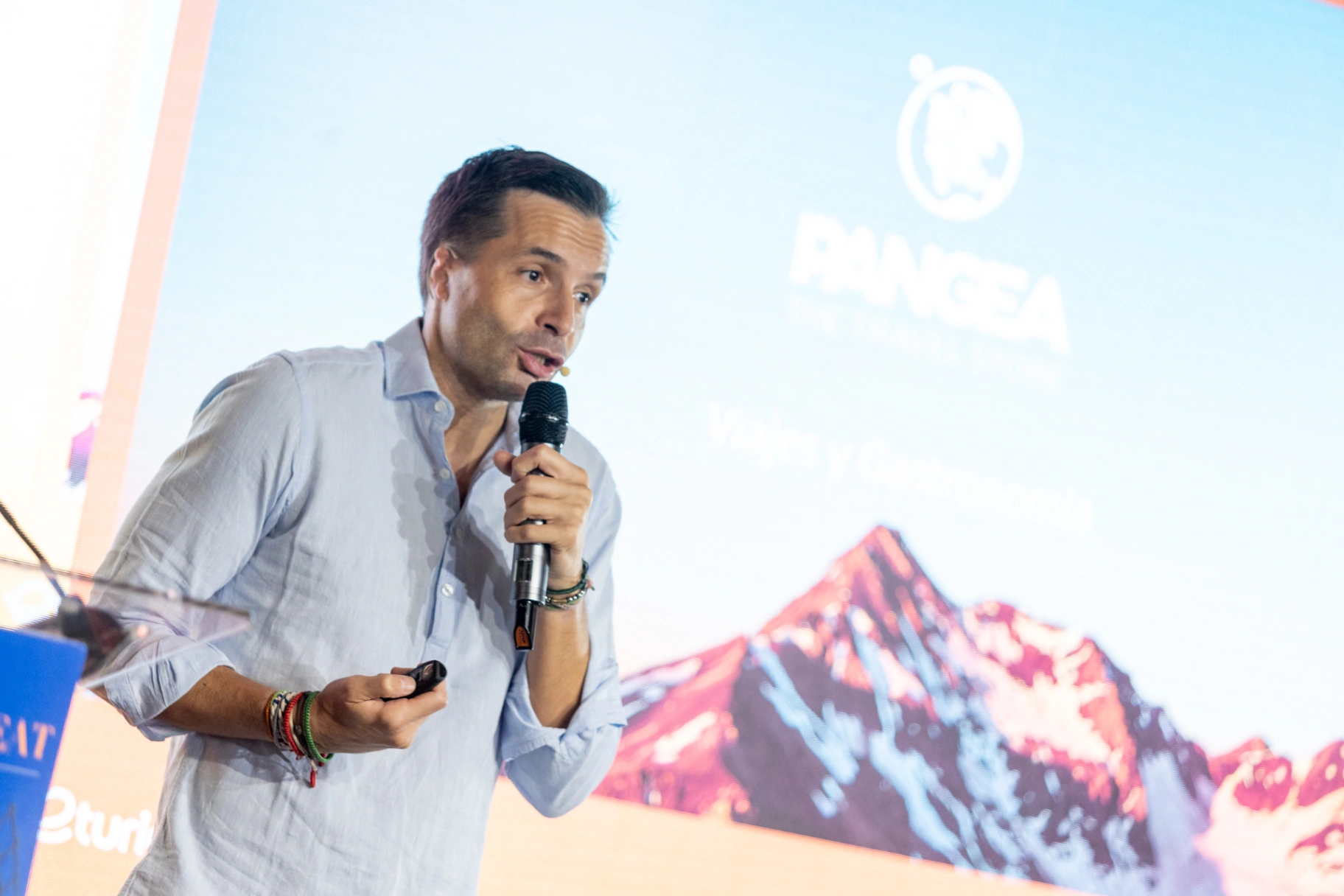

Benjamín Lana, Santiago Lázaro López, Patricia Franco Jiménez
View more photos View conference video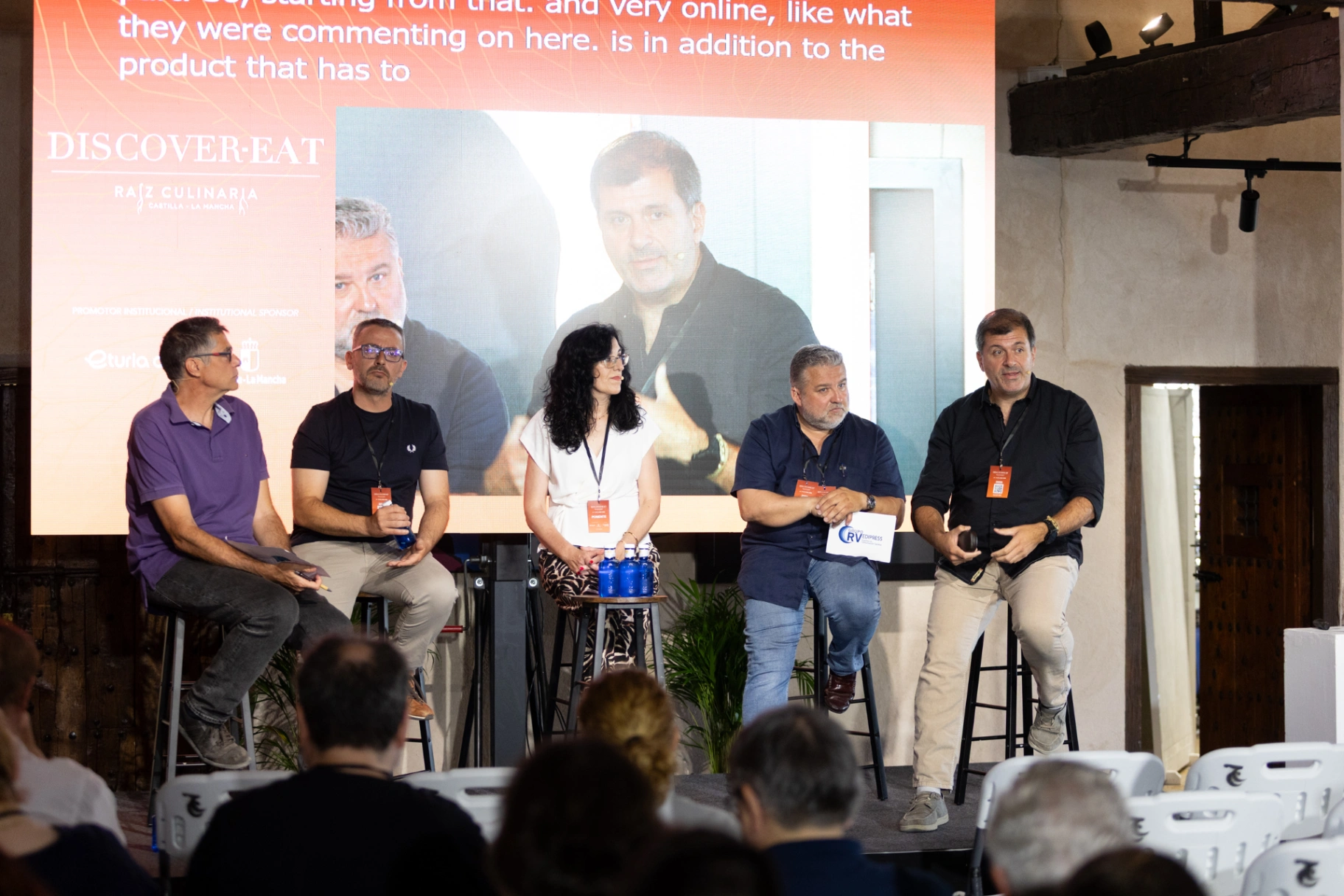
Fernando Valmaseda, Gustavo Bassotti, Pedro Sánchez, Joaquina P. Hernández
View more photos View conference video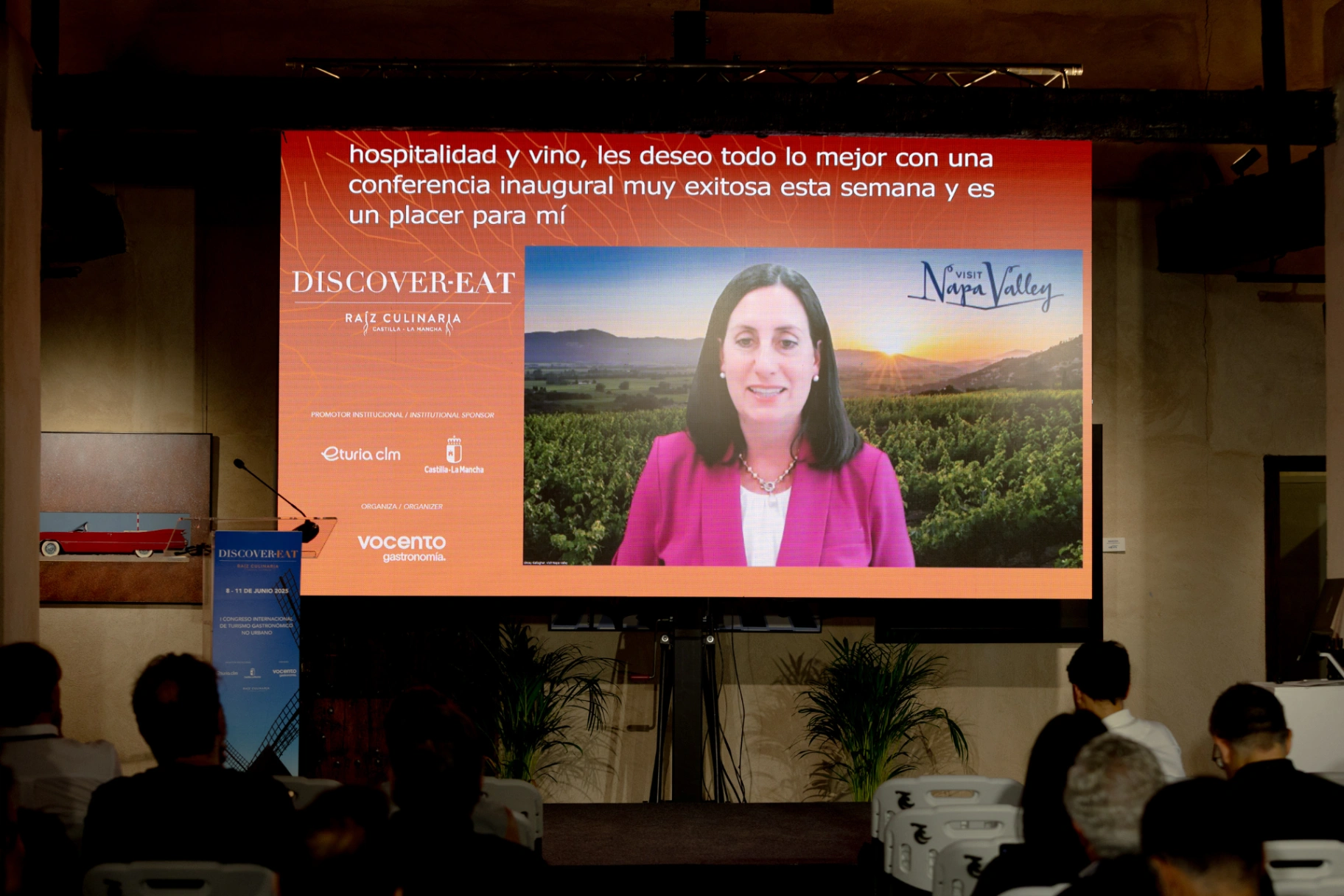
Virgilio Martínez bets on conscious haute cuisine in the Sacred Valley with a laboratory restaurant
Peruvian chef Virgilio Martínez (Central, Lima) presented his laboratory restaurant project in Peru's Sacred Valley, focused on the connection between gastronomy, territory and community. With a menu that covers the country's ecosystems - from the sea to the Amazon - and based on local products such as the 4,000 varieties of potato, his proposal seeks to rescue Andean traditions and generate positive impact. He highlighted immersive experiences such as participatory potato harvesting and a restaurant at 4,000 meters altitude that directly benefits the local community. His approach promotes authentic, sustainable haute cuisine that is deeply linked to the natural and cultural environment.
The new luxury in tourism: authenticity, time and connection to local culture
At a round table on gastronomic tourism, the speakers agreed that today's luxury is redefined as an authentic, personalized experience, connected to the environment. Pepe Simón Gámez (Dehesa Monteros) highlighted the potential of the Serranía de Ronda as a high-end destination, but pointed out the need to improve infrastructure. Enrique Valero (Abadía Retuerta) stated that true luxury is time and emotional connection in a natural environment. Lucía Toro (Nuba) stressed the importance of knowing the client to design unique experiences. Ramón Cobo (WoolDreamers) contributed the vision of sustainable craftsmanship as an essential part of cultural luxury. All agreed that the future of high-end tourism in Spain lies in preserving traditional crafts, promoting sustainability and generating experiences with their own identity.
The Tuscany is committed to sustainable, inclusive and emotionally focused tourism
In their speech, Francesco Tapinassi, general manager of the Tuscany Tourism Promotion Agency, and Clara Svanera, journalist and head of women's tourism, proposed a new approach to tourism in the region based on sustainability, inclusion and authentic experiences. Tapinassi advocated a more emotional and segmented marketing, targeting audiences such as families, women travelers and cyclists, to avoid overcrowding and diversify the offer. Svanera presented the “Benvenute” project, focused on creating safe and enriching experiences for women, with local hosts as protagonists. Both highlighted the importance of public-private collaboration to build transformative tourism that benefits both visitors and local communities.
April Cullom promotes Castilla-La Mancha as a gastronomic destination for premium tourists
April Cullom, CEO of 5 Sentidos Private Tours, highlights the appeal of Castilla-La Mancha for affluent U.S. tourists seeking authentic experiences. With more than two decades organizing exclusive tours, she defends the connection between gastronomy, culture and history as the key to boost tourism in rural areas. He proposes personalized itineraries with visits to local producers and calls for improvements in infrastructure and communication. Cullom advocates collaboration between local businesses to create a solid and memorable tourism ecosystem, with the aim of consolidating the region as an international gastronomic reference.



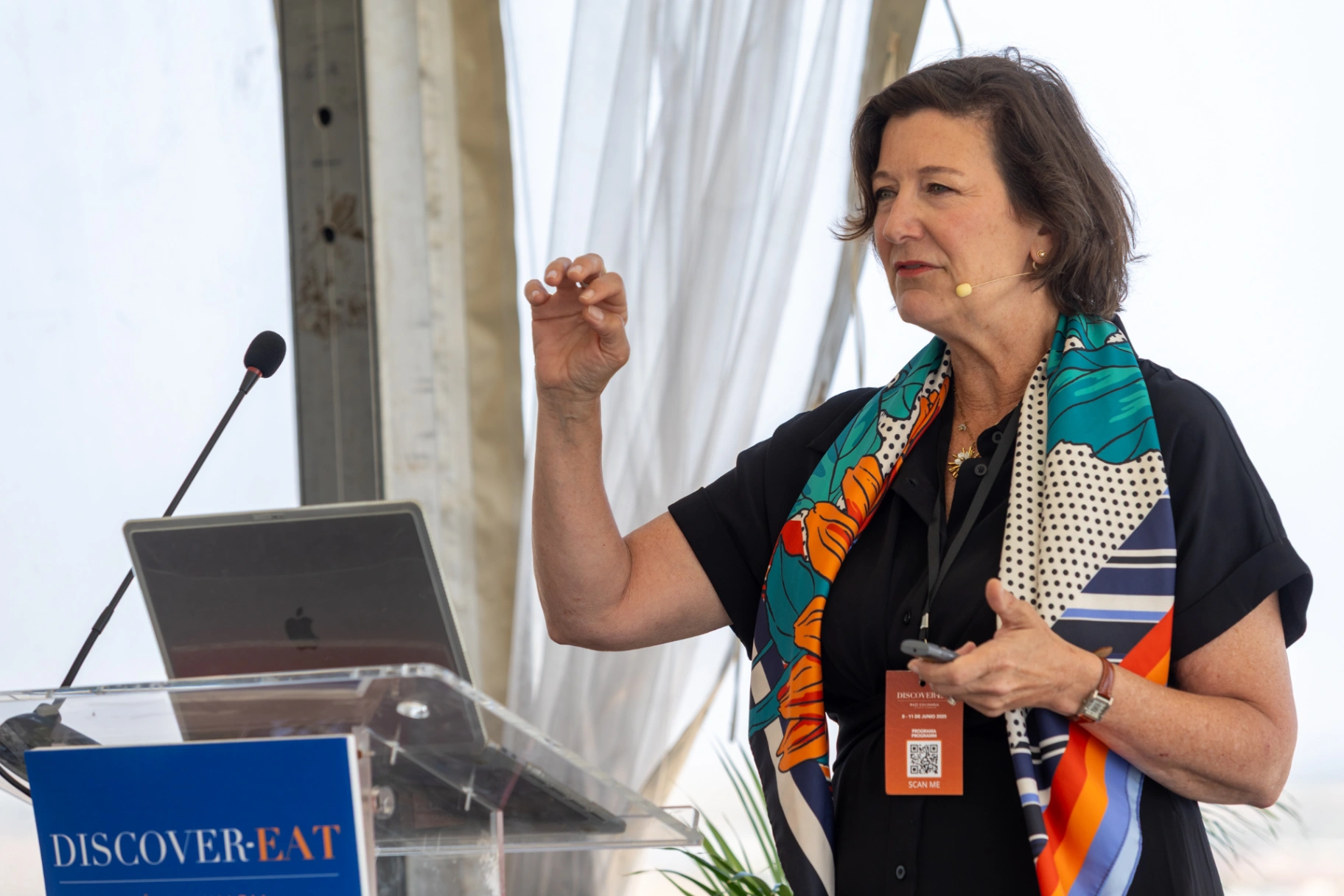
Public-private collaboration key to promoting sustainable gastronomic destinations
At a round table, the general director of Tourism, Trade and Crafts of the Junta de Castilla-La Mancha Ana Isabel Fernández Samper; tourism professor Almudena González Gutiérrez de León; Rosa, Vañó, commercial director of Castillo de Canena; and Lucie Lefèvre, local coordinator for Bordeaux of the Great Wine Capitals Global Network, agreed on the importance of collaboration between the public and private sectors to strengthen gastronomic tourism. Fernández Samper highlighted the success of the “Raíz Culinaria” brand as an example of regional identity and cooperation. González de León underscored the role of academia in forming alliances and retaining talent. Vañó described the transformation of Jaén as a gastronomic destination thanks to institutional leadership and the training of chefs. Lefèvre shared the Bordeaux model, where wine tourism has united the public and private sectors under a common structure. The speakers agreed that leadership, training and collaboration are essential to build authentic and sustainable tourism destinations.
Quality cuisine that attracts tourism and revitalizes the rural world
Chefs Enrique Pérez, Juan Carlos García, Rubén Sánchez Camacho and Carlos Teixeira shared how gastronomy of excellence has transformed their territories into tourist destinations. Pérez explained how El Doncel* in Sigüenza has deseasonalized tourism; García pointed out that Vandelvira* has increased overnight stays in Baeza; Sánchez Camacho highlighted the boost to La Mancha cuisine from Epílogo* in Tomelloso; and Teixeira showed how Herdade do Esporão* in Portugal has attracted new audiences thanks to local and sustainable products. All agreed that haute cuisine can energize rural communities and strengthen local identity.
France must reinvent its gastronomic tourism in the face of growing international competition
Elise Botiveau, ambassador of the World Food and Travel Association, offered a critical view of gastronomic tourism in France. Although the country receives more than 90 million tourists a year, only 13 million seek culinary experiences, which shows the need to rethink its promotional strategy. Botiveau highlighted France's gastronomic heritage and its use in “gastro-diplomacy”, but warned that destinations such as Mexico, Spain or Rome are gaining ground. He underlined trends such as rural and slow tourism, as well as the importance of digitalization, sustainability and cultural approach in gastronomic experiences. He also called for involving local communities and collecting data to design more effective narratives that connect food, history and territory.
Dario Cecchini transforms Panzano with ethical meat, hospitality and community spirit
In the small Tuscan village of Panzano in Chianti, Dario Cecchini has turned his family butcher's shop into an engine of social and cultural transformation. More than a traditional butcher, Cecchini promotes a philosophy based on respect for animals, the integral use of meat and conscious eating. He has opened two accessible restaurants inspired by the tradition of the “mensa antica”, where everyone is welcome. It also trains and employs local young people, revitalizing the rural economy. Its commitment to ethical gastronomy and cultural tourism has made Panzano a living example of how tradition can become the future.
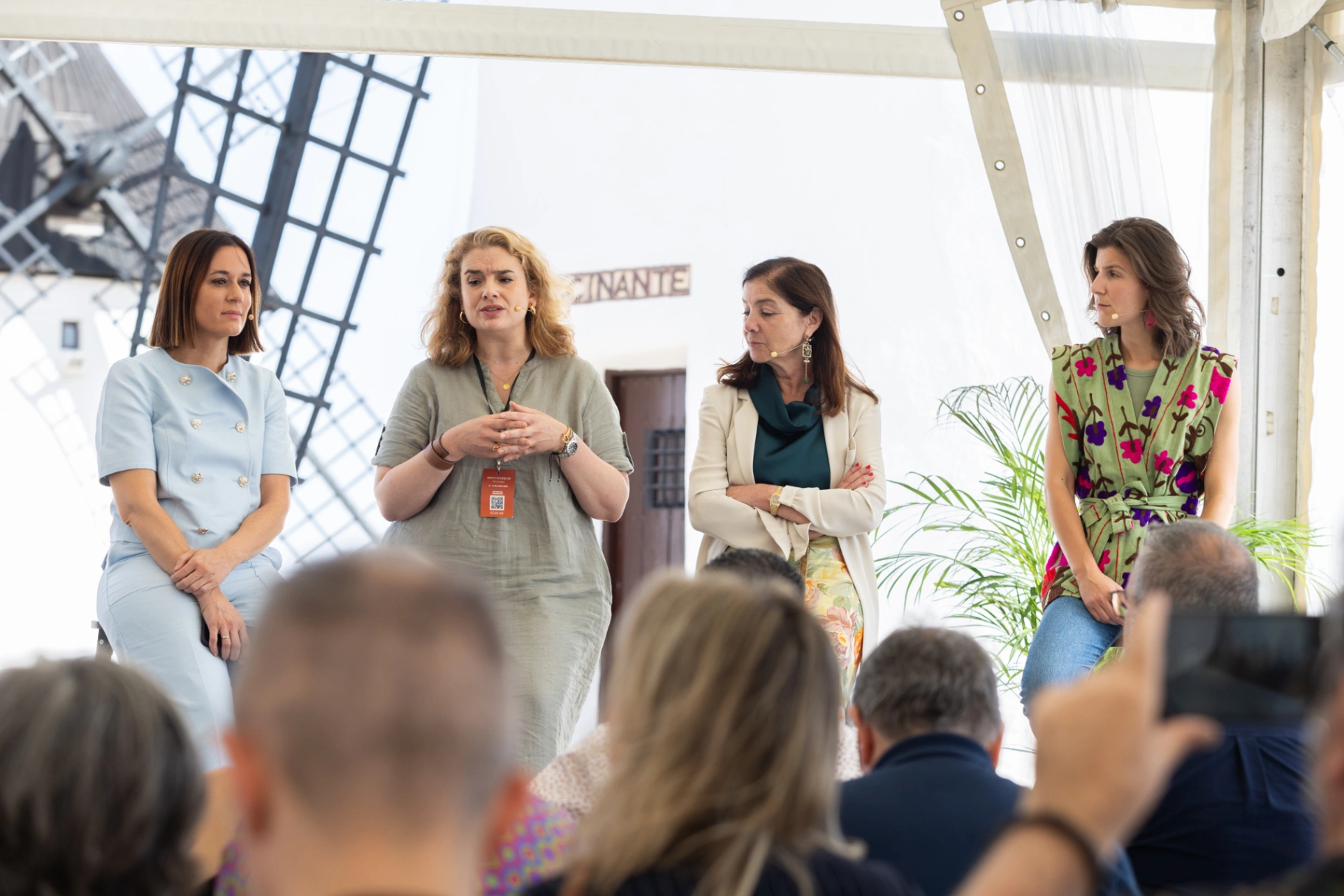
Ana Isabel Fernández Samper, Almudena González Gutiérrez de León, Rosa Vañó, Lucie Lefèvre
View more photos View conference video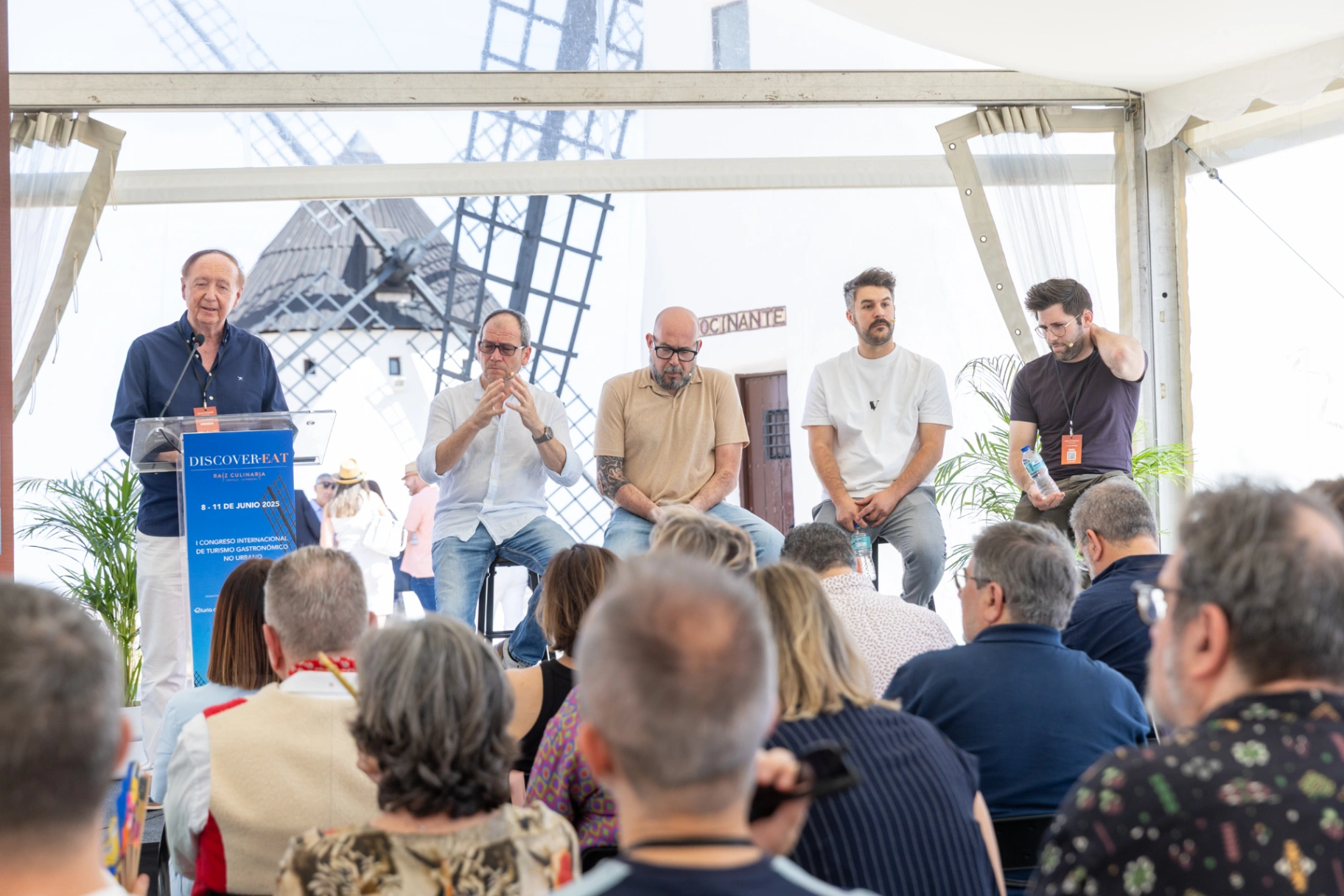
Enrique Pérez, Carlos Teixeira, Juan Carlos García, Rubén Sánchez Camacho
View more photos View conference video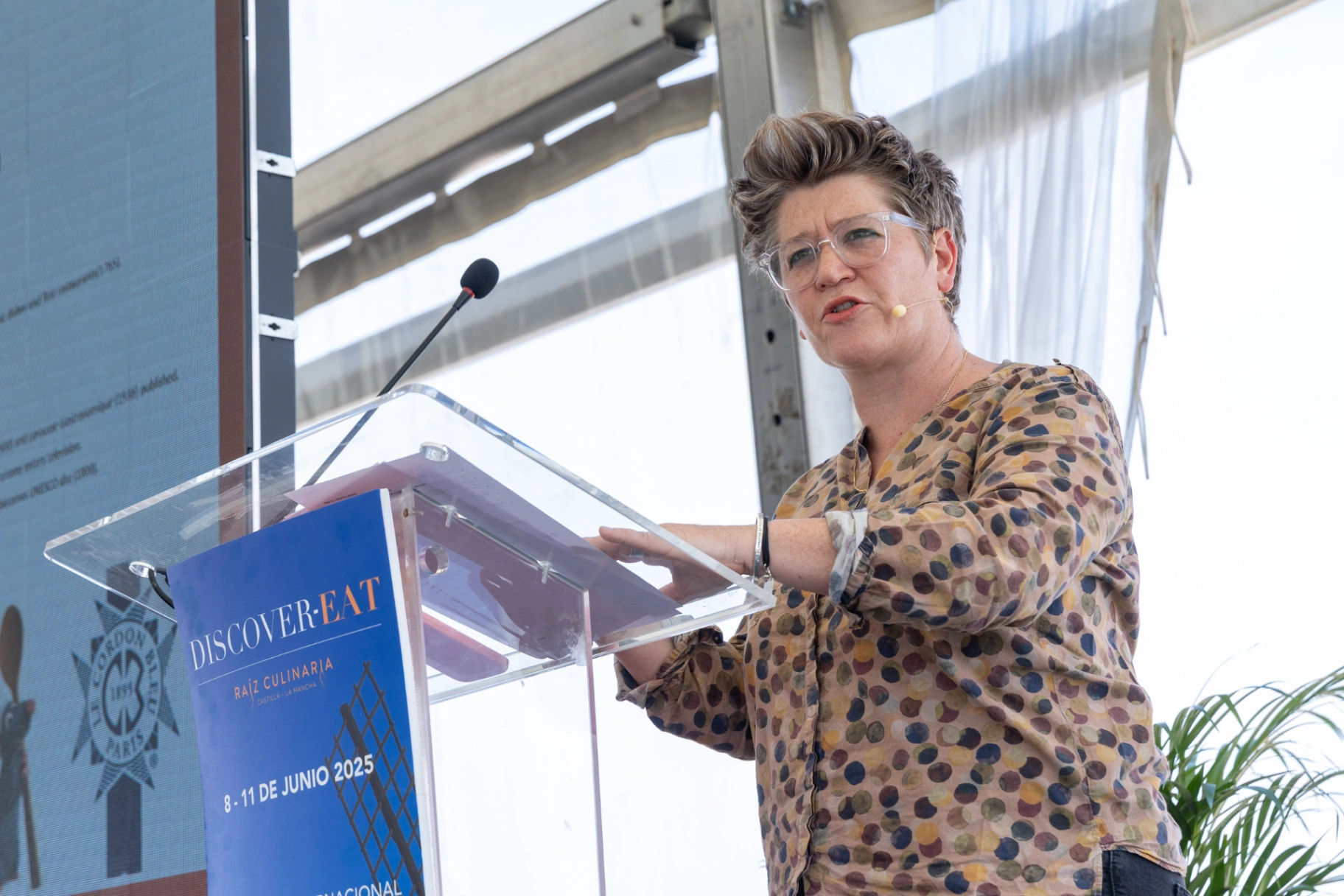

Rural gastronomy as an engine of identity and development
Chefs Nacho Manzano (Casa Marcial***, Asturias) and David Yárnoz (El Molino de Urdániz**, Navarra) shared how they transformed their family restaurants into haute cuisine references, combining tradition and creativity to position their villages on the gastronomic map. At the round table, they highlighted the economic and social impact of their projects in the rural environment, the importance of family work and loyalty to local products. They also reflected on the challenges of managing restaurants with international recognition and advocated for a sustainable gastronomic model that strengthens communities and attracts new young entrepreneurs.
Technology as a bridge between generations in rural gastronomic tourism
New technology consultant Juan Monzón presented an innovative vision of how technology can enrich rural gastronomic tourism and revitalize communities. Through a fictitious family case, he illustrated how tools such as virtual reality, artificial intelligence and personalized content can adapt the tourist experience to different profiles and ages. He proposed role-based travel dynamics - such as historian, foodie or influencer - to encourage active participation and family cohesion. Monzón stressed that the challenge is not only technological, but also communicative, and advocated intergenerational empathy to create inclusive and transformative experiences that connect tradition and future.
Wine tourism evolves towards a sustainable, cultural and territorially connected model
At a round table on the future of wine tourism, industry leaders such as Rosa Melchor, Francisco Fernández, Santiago Vivanco and Lucía Fernández Rivera agreed on the need to adapt this tourism to new demands, focusing on sustainability, innovation and links with the local environment. More personalized experiences were proposed, integrated with other products such as oil or dairy products, and boosted by tools such as virtual reality. The value of cultural heritage and community involvement were also emphasized, positioning wine tourism as a driver of rural development and social cohesion.
TasteAtlas revolutionizes gastronomic tourism with a global map of traditional cuisine
Matija Babic, founder of TasteAtlas, presented this innovative platform that claims local and traditional food as cultural heritage. With more than 15,000 catalogued dishes from around the world, TasteAtlas offers an alternative to luxury-focused gourmet guides, focusing on authenticity, popular knowledge and the culinary identity of each region. Thanks to a weighted rating system and expansion plans that include ingredient databases and product scanning, the platform seeks to empower local producers, transform the way people travel and consume, and position itself as a global reference against giants such as Michelin or TripAdvisor.
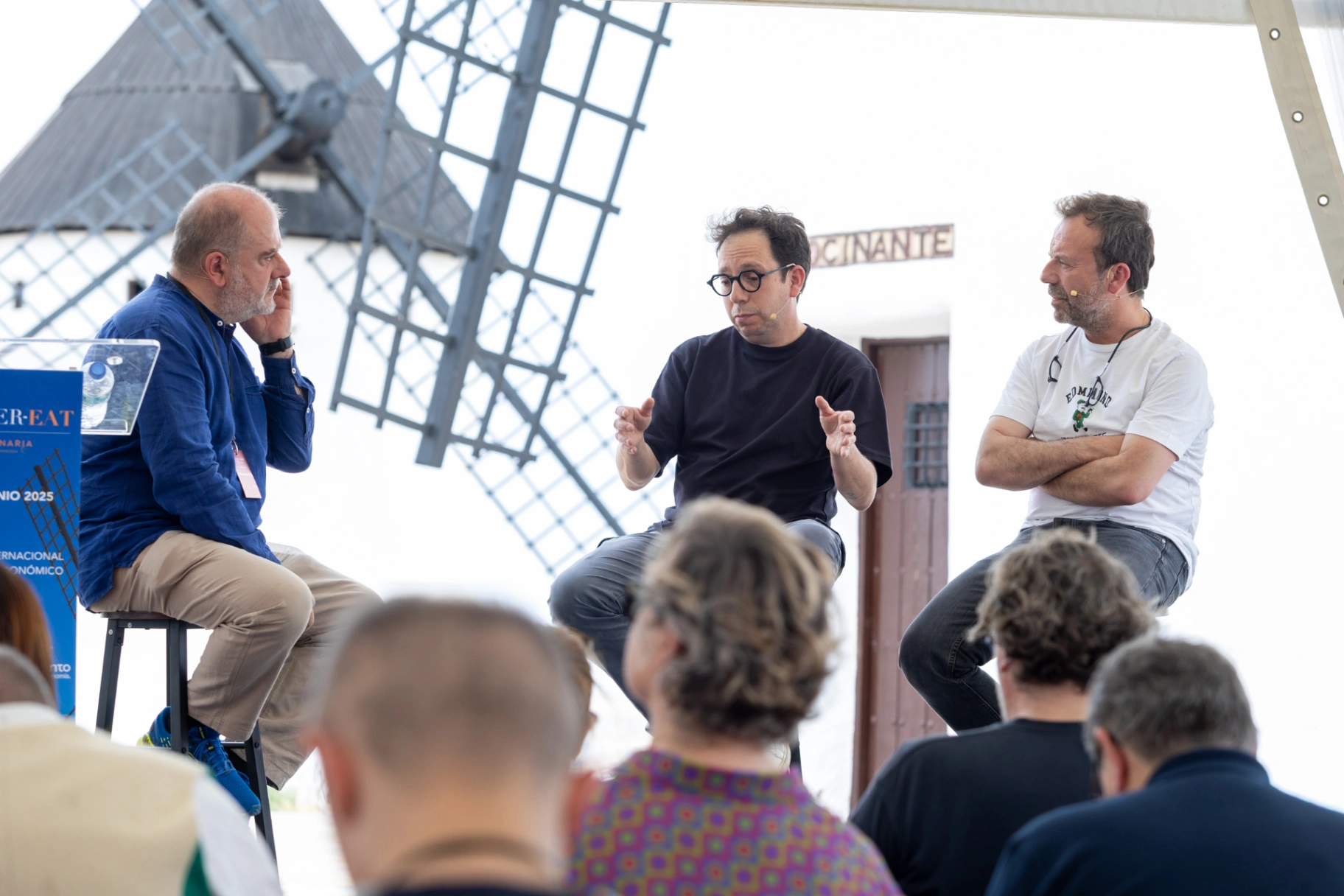


Rosa Melchor, Francisco Fernández, Santiago Vivanco, Lucía Fernández Rivera
View more photos View conference video
Tradition and technology: keys to the success of rural gastronomy
At a round table, the general director of Tourism, Trade and Crafts of the Junta de Castilla-La Mancha Ana Isabel Fernández Samper; tourism professor Almudena González Gutiérrez de León; Rosa, Vañó, commercial director of Castillo de Canena; and Lucie Lefèvre, local coordinator for Bordeaux of the Great Wine Capitals Global Network, agreed on the importance of collaboration between the public and private sectors to strengthen gastronomic tourism. Fernández Samper highlighted the success of the “Raíz Culinaria” brand as an example of regional identity and cooperation. González de León underscored the role of academia in forming alliances and retaining talent. Vañó described the transformation of Jaén as a gastronomic destination thanks to institutional leadership and the training of chefs. Lefèvre shared the Bordeaux model, where wine tourism has united the public and private sectors under a common structure. The speakers agreed that leadership, training and collaboration are essential to build authentic and sustainable tourism destinations.
The Alto Asón is positioned as a gastronomic destination with its own identity and local collaboration
On the closing day of the Discover-Eat congress, a round table brought together the president of the Mancomunidad del Alto Asón, Jesús Ramón Ochoa, and chefs David Pérez (Ronquillo) and Nacho Solana (Solana*), who analyzed how to promote this Cantabrian region as a gastronomic destination. Ochoa presented the brand “Ecos del Asón”, which unites producers and tourism stakeholders to strengthen the identity of the valley. David Pérez highlighted the culinary richness that fuses sea and mountain, while Nacho Solana underlined the connection with local producers and the value of the local product. The speakers agreed that cuisine is a strategic tool for revitalizing the rural economy, and that collaboration between the administration, chefs and the community is key.
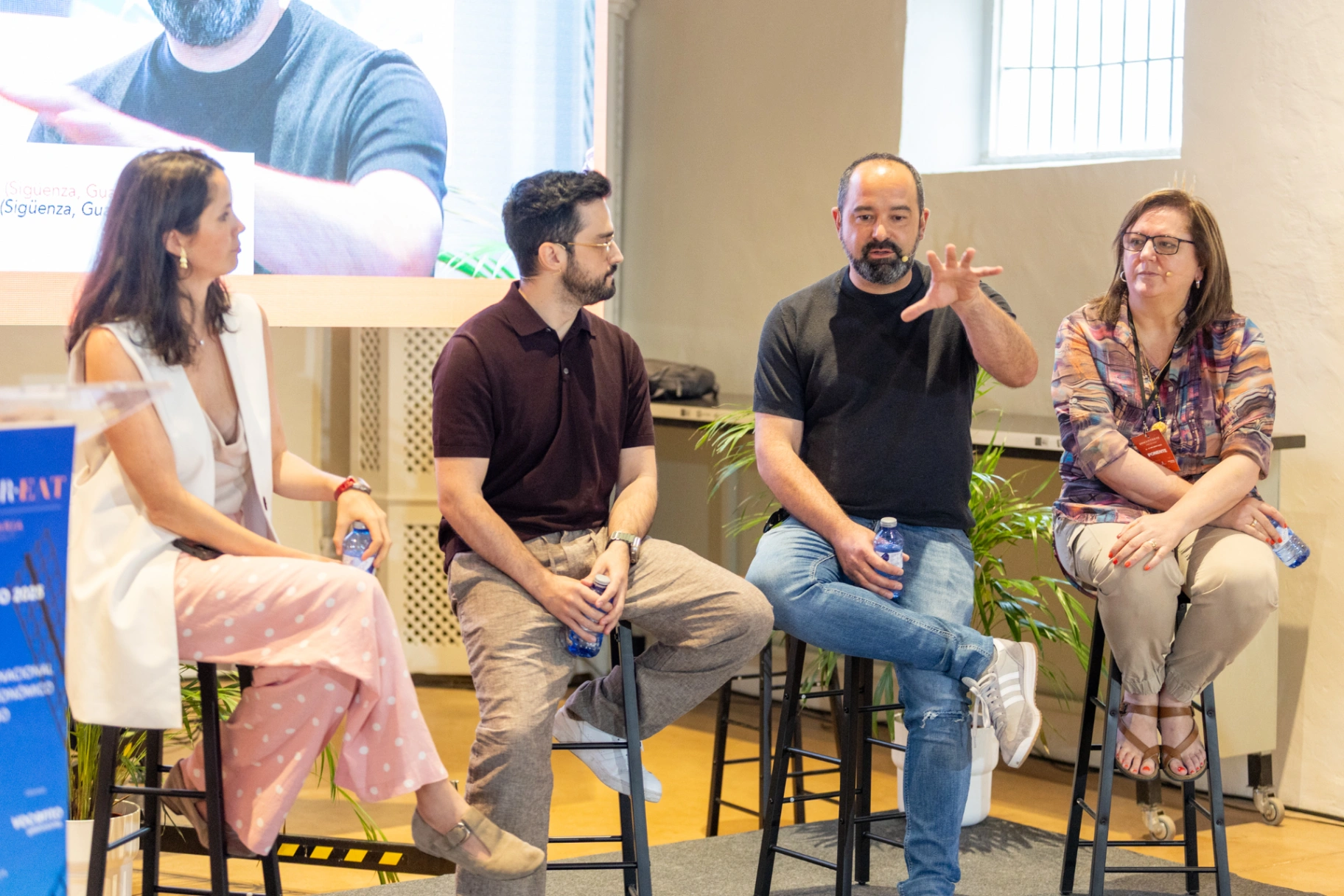
Anna Bruno, Francisco Castro, Samuel Moreno, Clara Pérez Villalón
View more photos View conference video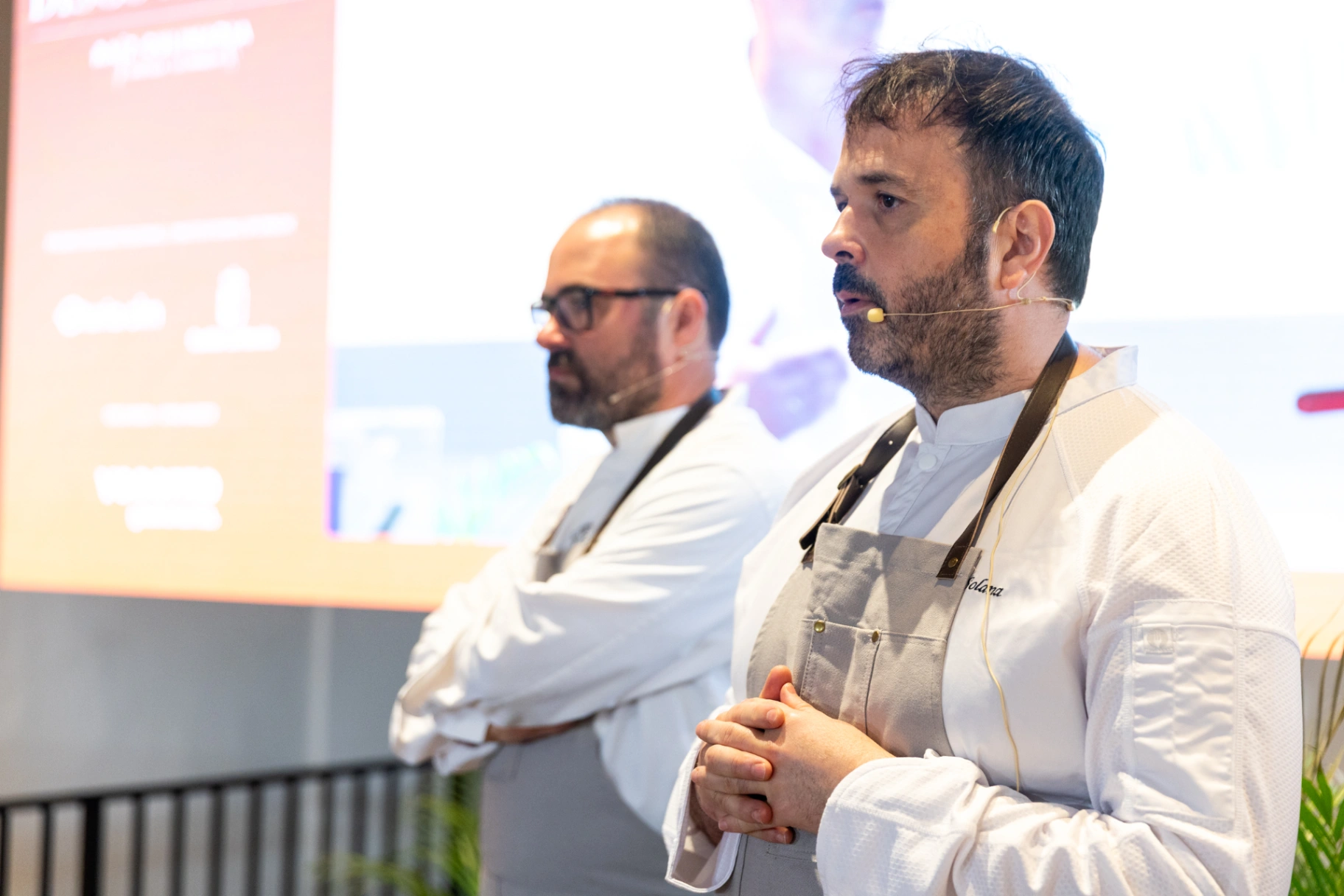
Comidas y cenas
Conclusion
The Discover-Eat 2025 congress makes it clear that rural gastronomic tourism is consolidating as an effective strategy for territorial revitalization. The key ingredients are authenticity, the design of immersive experiences and the integration of multiple agents -administrations, academia, producers, chefs and technology-. The “new luxury” is no longer in physical luxury, but in the emotional richness of a genuine experience: knowing the origin of food, contributing to local development, and enjoying unique stories. Global initiatives (Tuscany, Peru, Napa) and digital tools such as TasteAtlas are leading the way: the future lies in valuing the local, preserving it and telling it with passion.

